Interactive Map
Explore the treasures of our island through a map full of surprises.
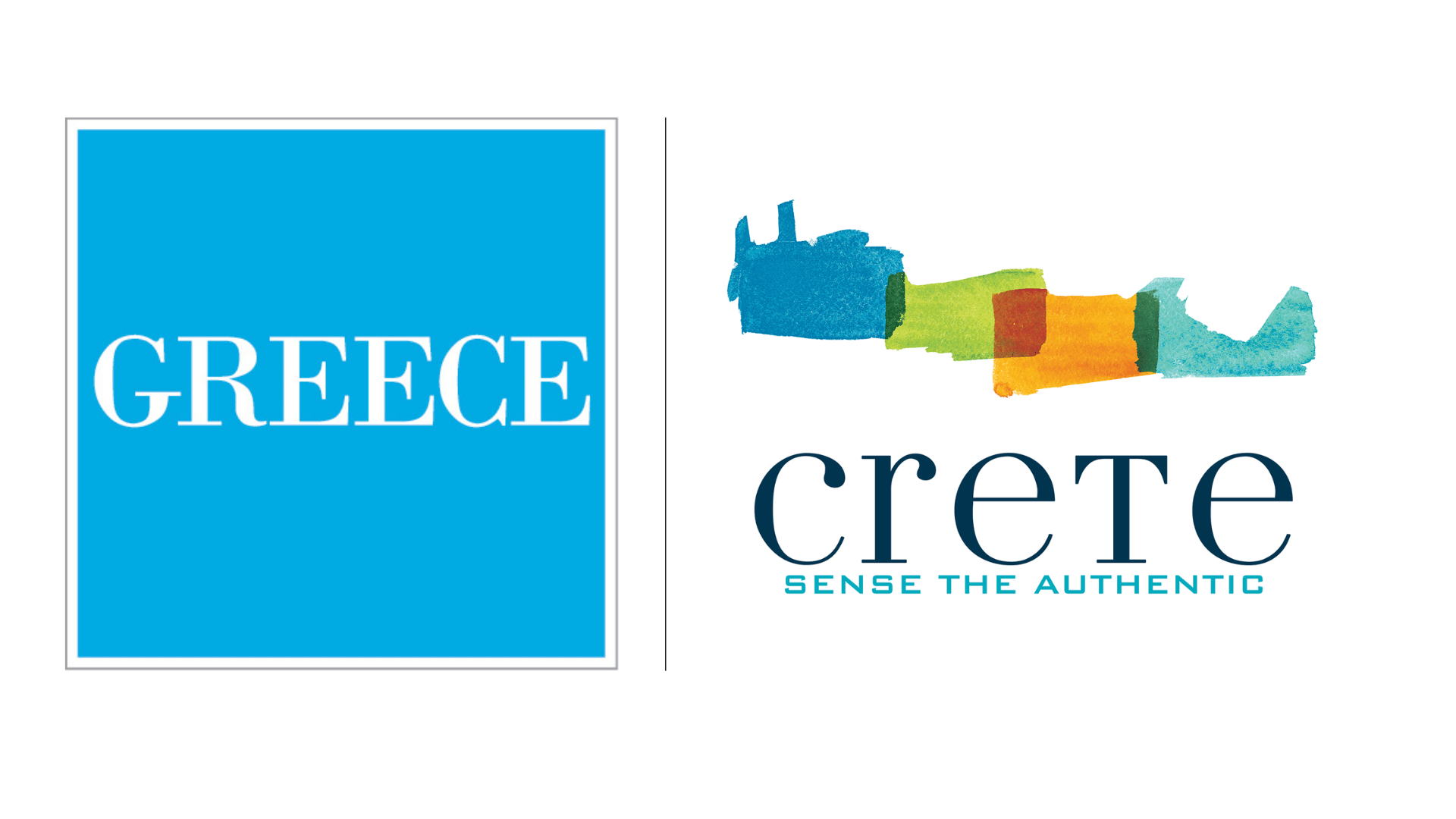
Beaches
Georgioupoli
This coastal town, connected to Chania and Rethymno, features a spacious sandy beach with clear waters and all necessary tourist amenities. Its trademark is the rocky islet with the white chapel of Agios Nikolaos, reachable via a man-made causeway.
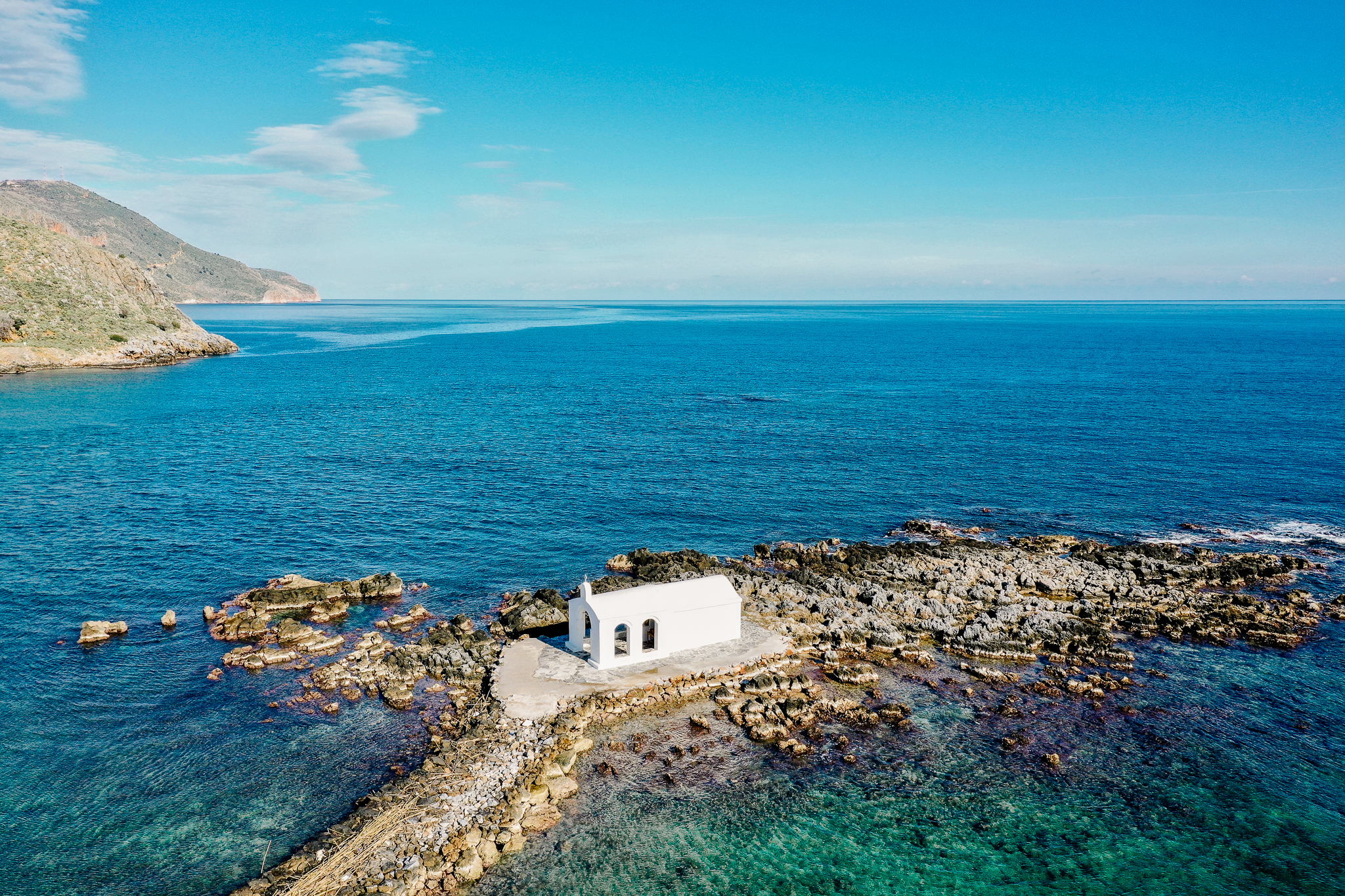
Glyka Nera
Hidden between steep cliffs, the pebbled Glyka Nera Beach is known for its stunning beauty. It is accessible by boat from Hora Sfakion. Accessible only by boat from Hora Sfakion, its unique feature is the freshwater springs that emerge beside and within the sea, providing drinkable and refreshingly cool water.
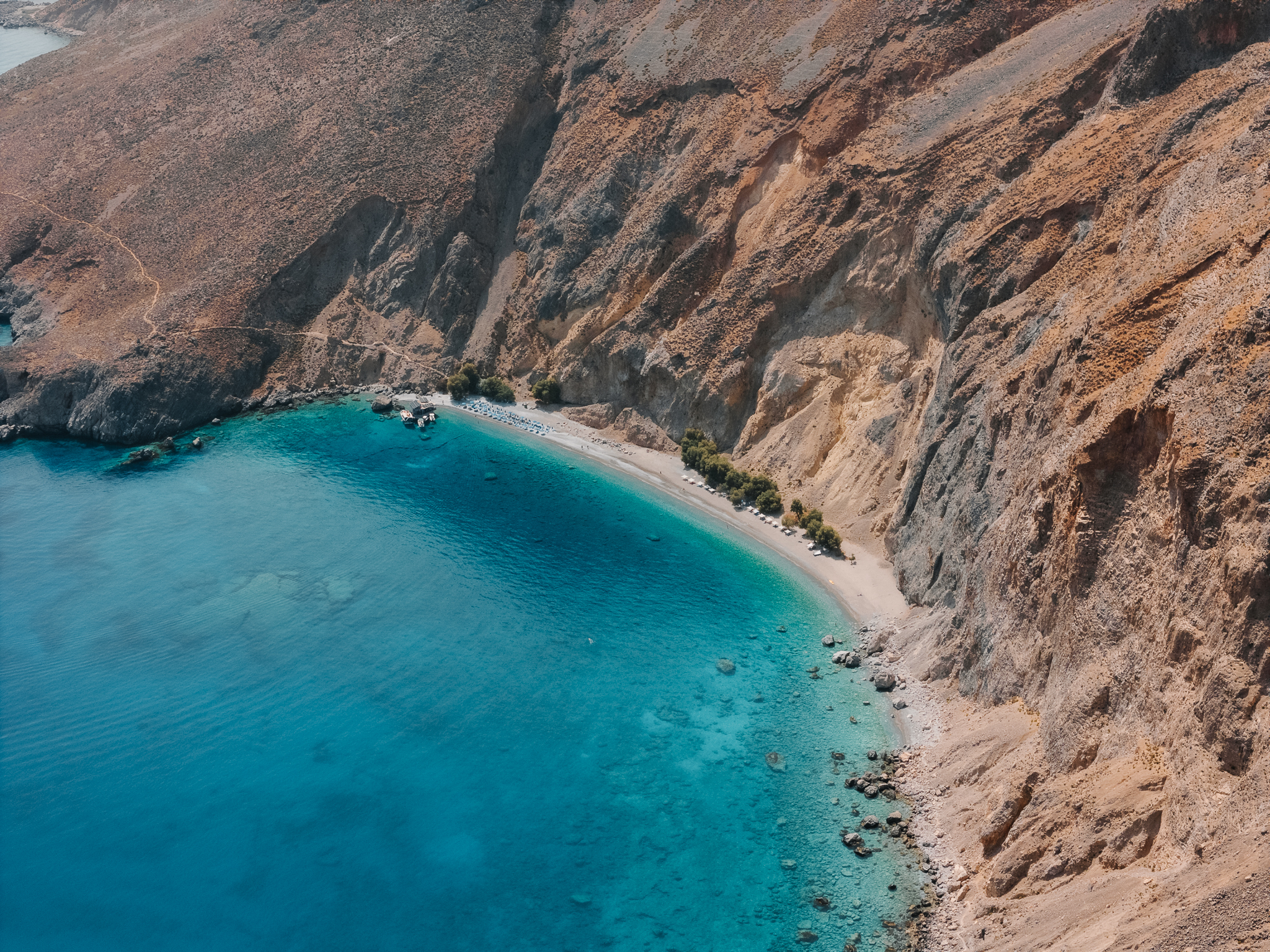
Agios Pavlos
Located between Agia Roumeli and Loutro in Sfakia, this beach is marked by the Byzantine church of Agios Pavlos, serving as its landmark. Surrounded by the pine forest of Selouda, it offers isolation and exceptional beauty. It is accessible via a path from Agia Roumeli, which forms part of the European path E4.
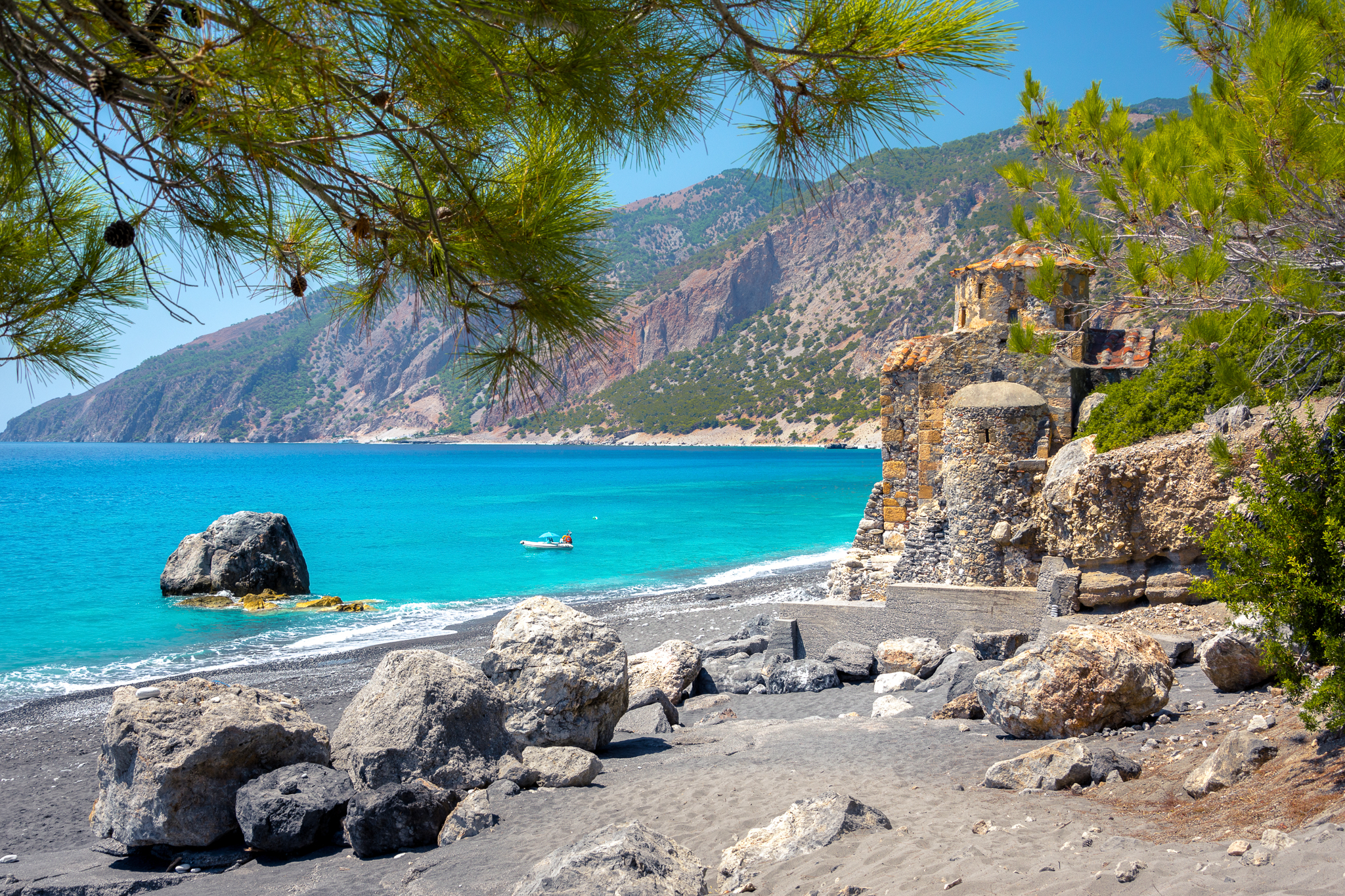
Agiannis (Gavdos)
Named after the chapel of Agios Ioannis perched on a hill overlooking the shore, this popular beach charms visitors with its expansive stretch of fine golden sand, scattered sea cedars and shallow waters, making it a beautiful destination.
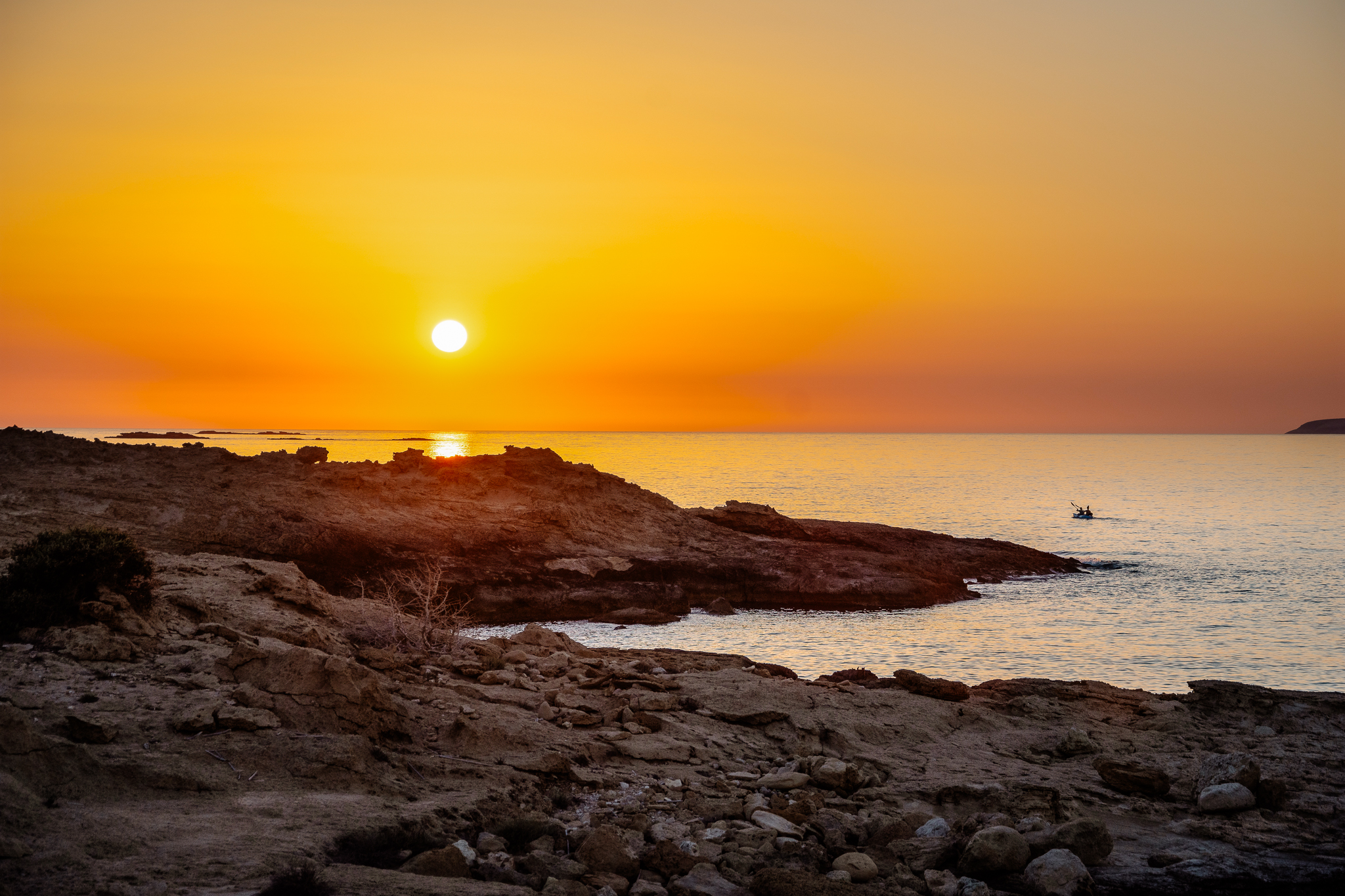
Potamos (Gavdos)
A signature beach on Gavdos Island, located at the exit of a small gorge, is accessible by a path from the village of Ampelos. Known for its crystal-clear waters and reddish sand, enriched with clay ideal for therapeutic mud treatments. Sea cedars provide natural shade, enhancing the landscape's beauty.
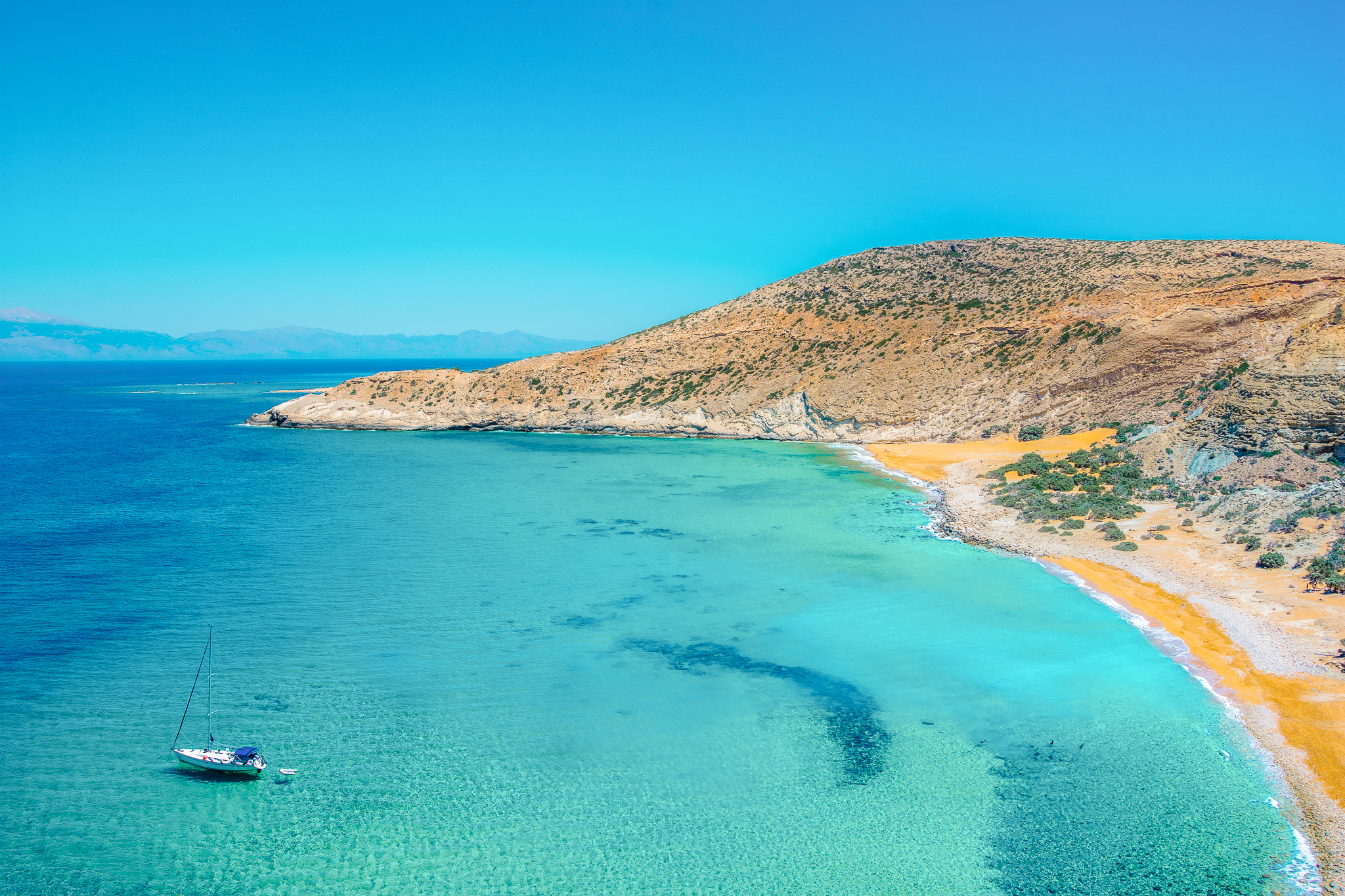
Loutro
Nestled in a sheltered bay on Cape Mouri, the quiet fishing village of Loutro has a pebbled beach with clear waters. Accessible by the European E4 trail from Sfakia or by boat from Sfakia, Sougia and Paleochora, it is an ideal spot for relaxation and exploration.
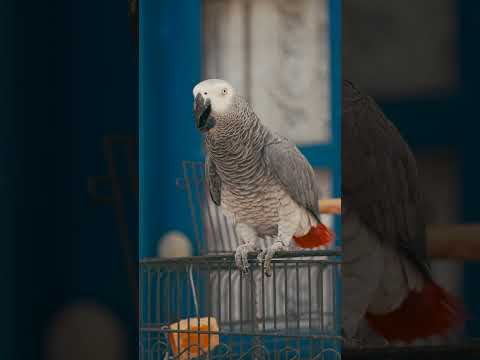
Agia Roumeli
Located at the mouth of the Samaria Gorge, this picturesque seaside village of Agia Roumeli is accessible via hiking trails or by boat from Hora Sfakion, Paleochora and Sougia. Agia Roumeli's beach features dark fine sand and deep waters, with some organized sections providing umbrellas for visitors.
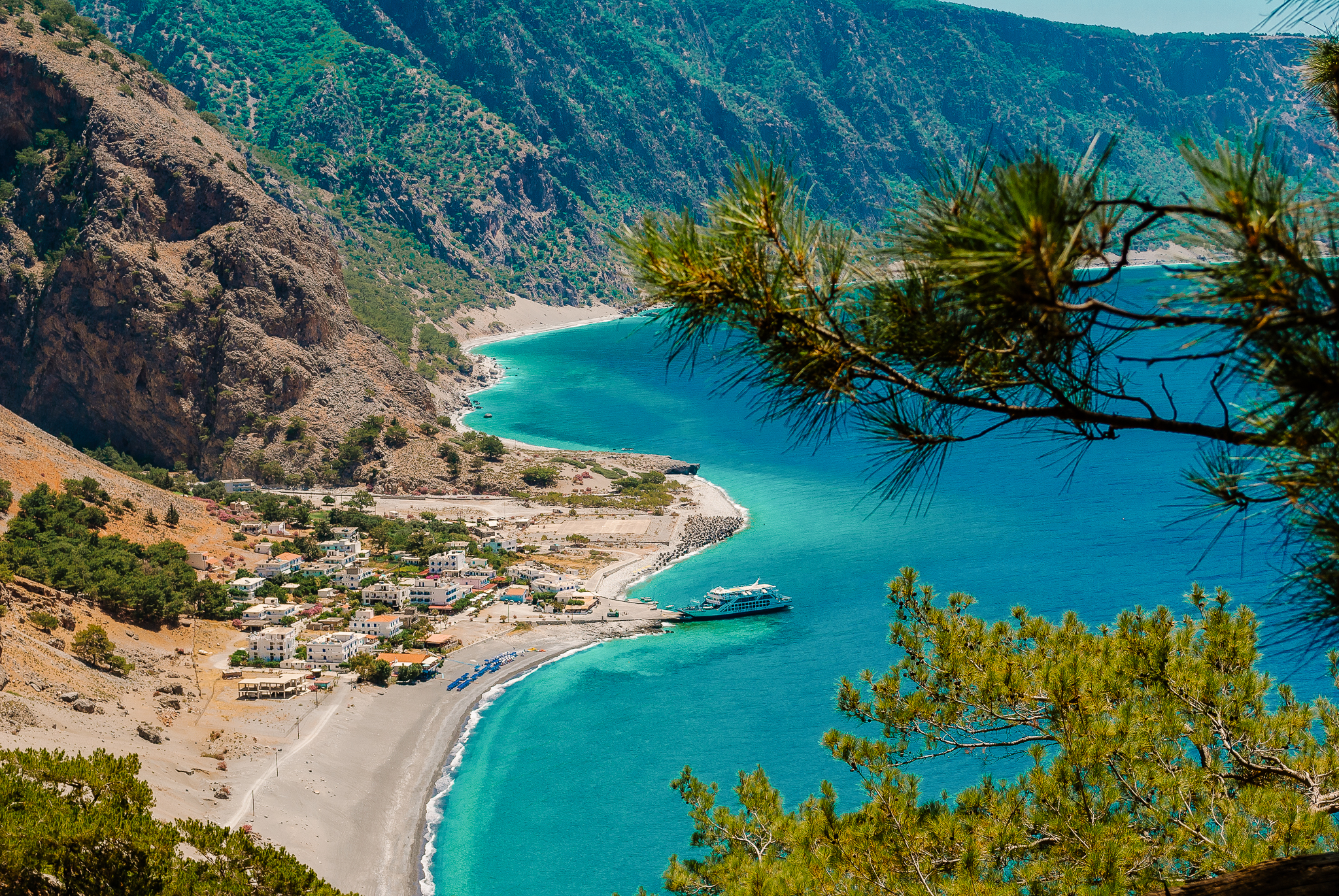
Paleochora / Pachia Ammos Paleochora / Gyaliskari
Paleochora, boasts two pristine and tranquil beaches in close proximity: Pachia Ammos and Yialiskari. Pachia Ammos features a spacious, organized area with fine sand and shallow waters. On the other hand, Gialiskari offers a secluded beach with fine pebbles and deeper waters, once a beloved spot among hippies during the 1970s.
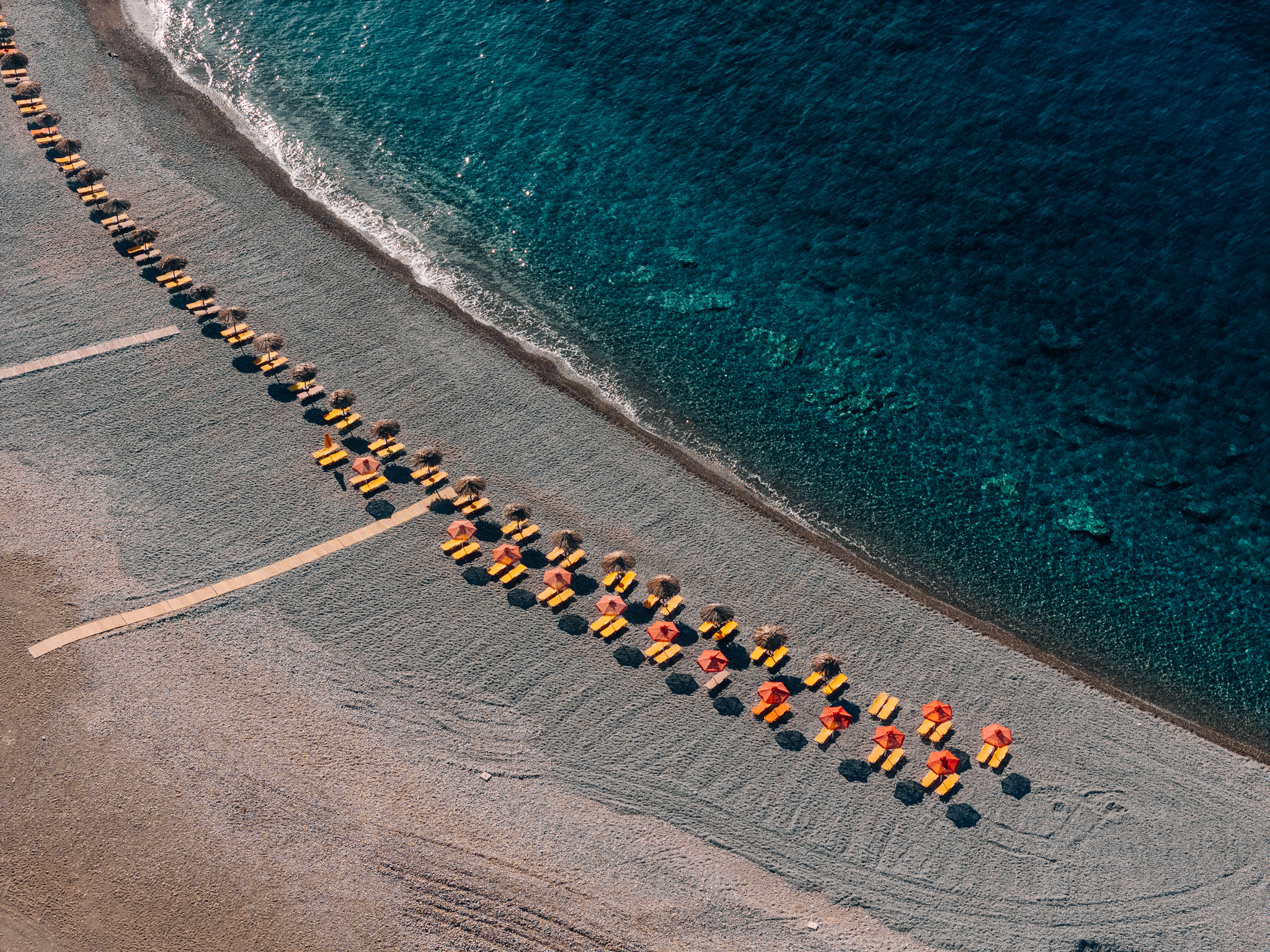
Kedrodasos
As its name implies, this secluded beach in the southwestern part of the island is covered with sea cedars, plants resembling pine trees and sand dunes, forming a scene of exceptional beauty. This protected ecosystem is known for its azure waters and white sand, offering a tranquil escape.
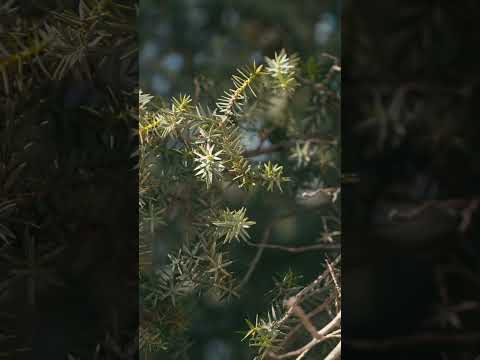
Elafonisi
Crete's southwest corner holds a remarkable gem: Elafonissi beach. Here, crystal-clear waters separate the mainland from a walkable islet, creating the illusion of a small island. The beach's sand dunes, sand lilies, turquoise waters and white sand create a picturesque setting, protected under the Natura 2000 network.
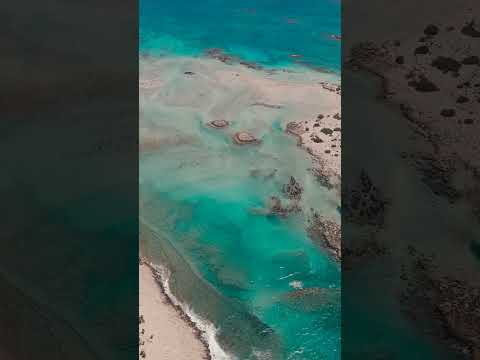
Falasarna
An enchanting sandy coastline unfolds with successive beaches, each bordered by low cliffs. The main beach, Pachia Ammos, offers organized amenities and the irresistible allure of its exotic-colored waters. With many dining and water sports options, it's no wonder this spot has become a favorite, especially for those who love sunsets that paint the sky in fiery hues.
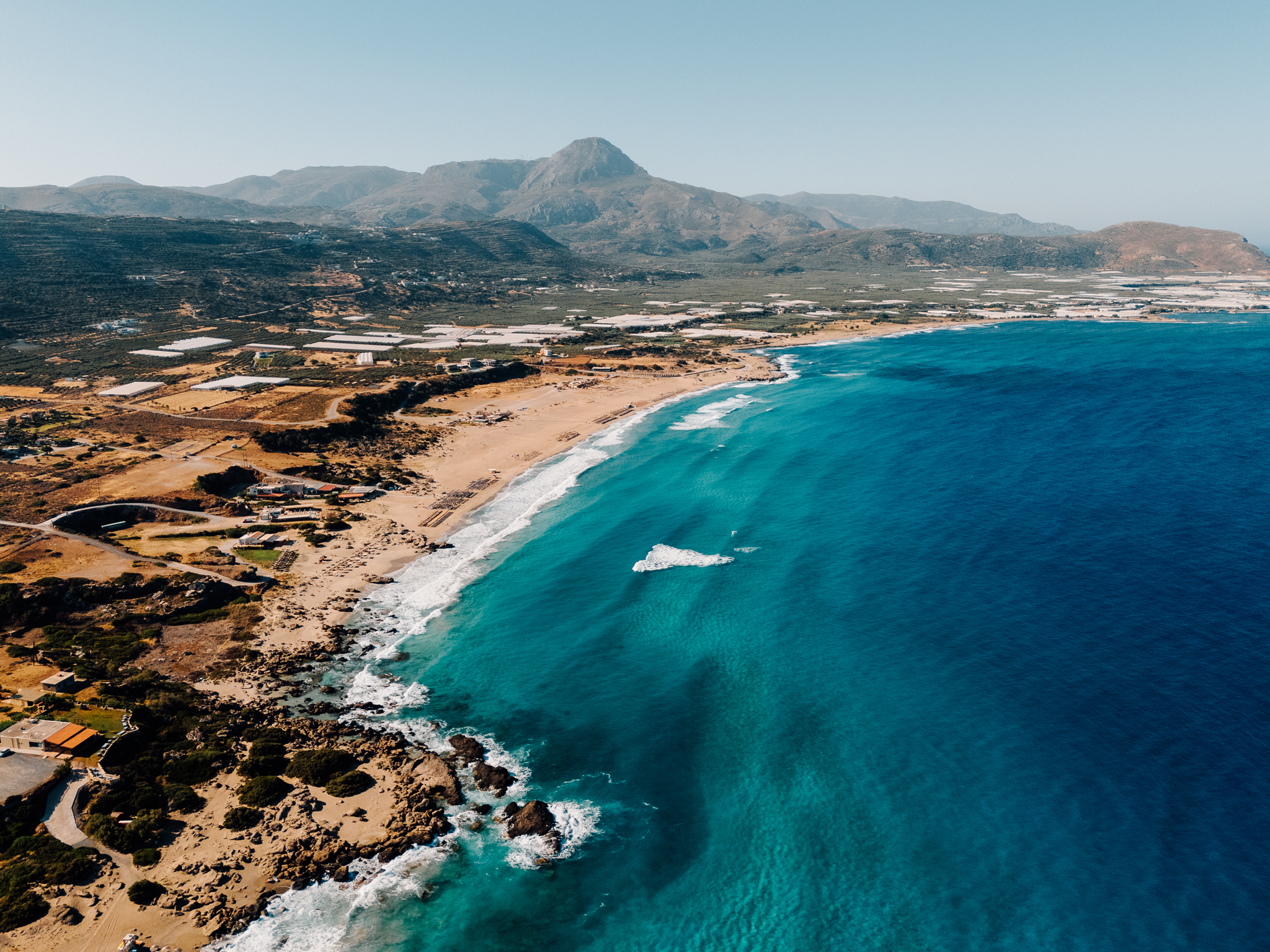
Balos
The Balos Lagoon, one of Crete's most renowned beaches, lies between the Tigani Peninsula and Gramvousa Cape, beneath Mount Geroskinos. Its white sand, often tinged pink by crushed shells and shallow turquoise waters create a stunning scene. Its inclusion in the Natura 2000 protection network highlights its ecological value and natural beauty.
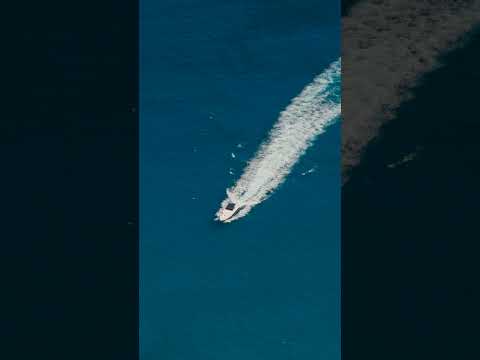
Kolymbari
To the west of Chania, the coastal village of Kolymbari (also known as Kolymvari) attracts tourists with its sandy and pebbled beach. From its quaint port, boats embark towards the Rodopou Peninsula, renowned for its rugged coastline and secluded small coves, offering tranquil settings for visitors.
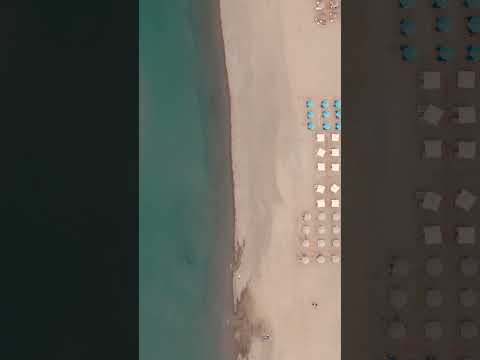
Chrysi Akti
Chrissi Akti, or Golden Beach, is named for its fine golden sand. Known for its clear waters, easy access from Chania and excellent amenities including cafes, umbrellas and water sports, it is one of the area's top beaches. A small pine forest connects it to the neighboring Agioi Apostoloi beach.
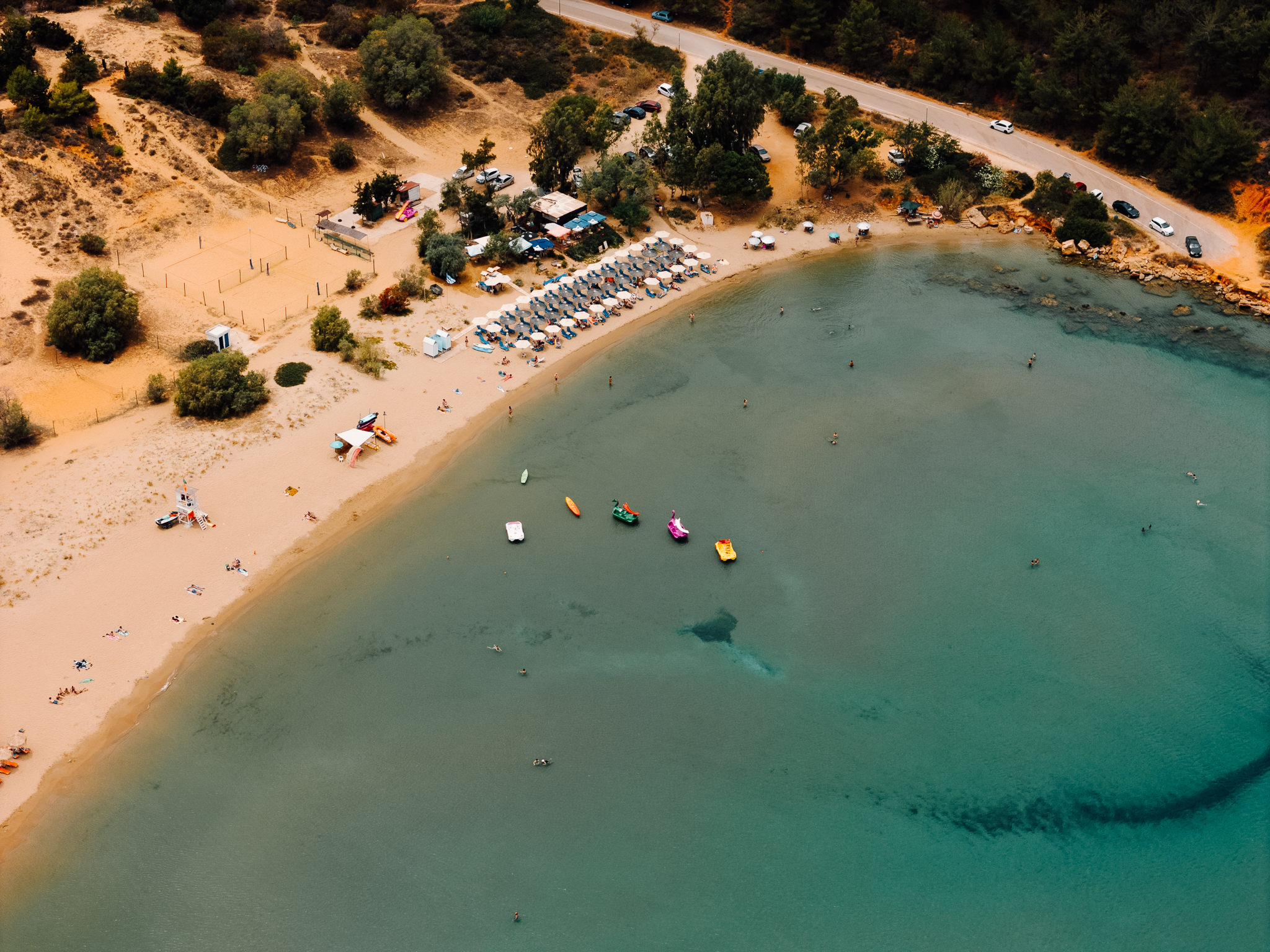
Agioi Apostoloi
This beach consists of two sandy coves with turquoise waters and a small peninsula between them, topped by the picturesque chapel of Agioi Apostoloi. This easily accessible and well-organized beach is just a short distance from the city of Chania. Visitors can reach it by public transport or even by bicycle.
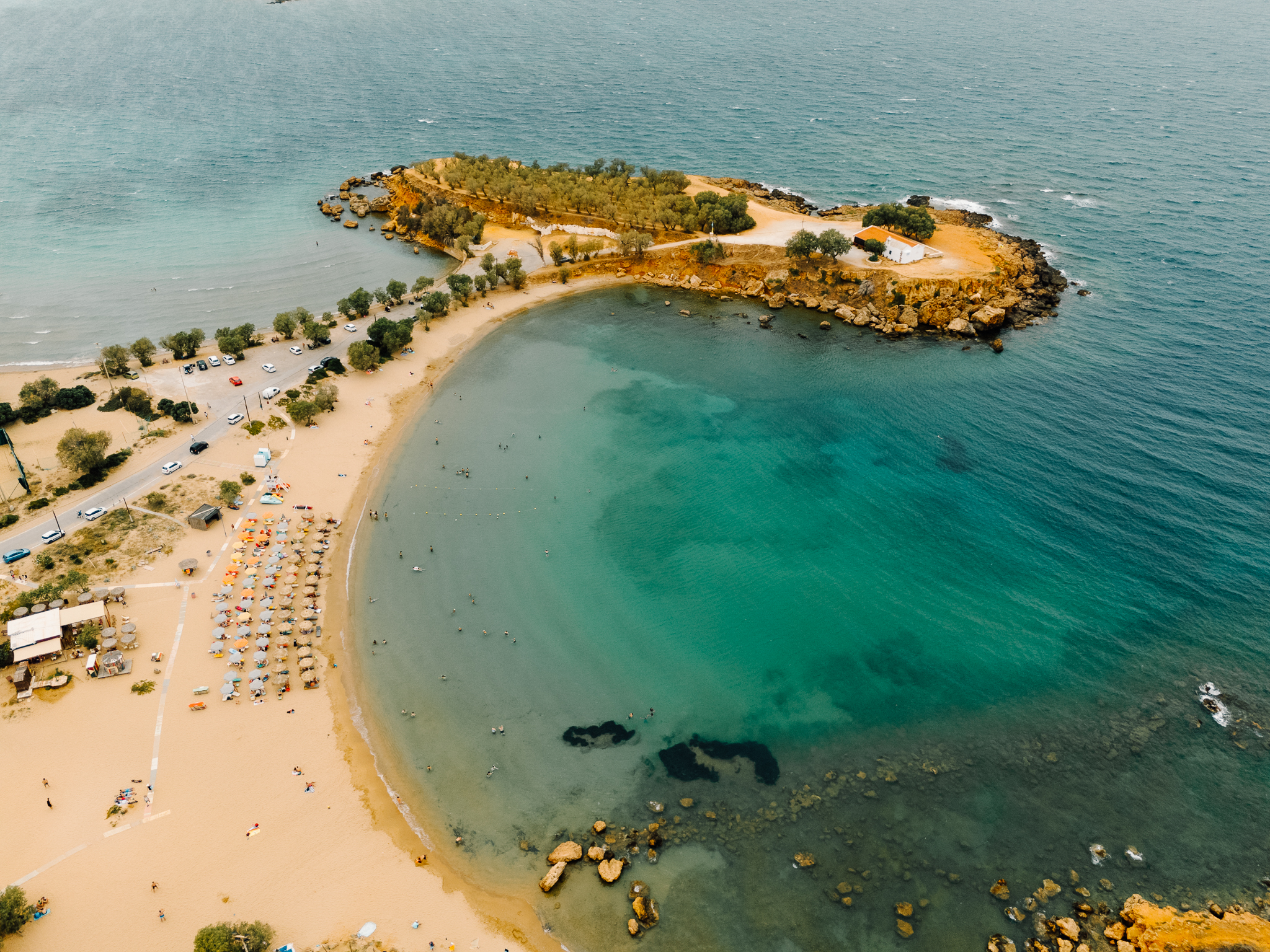
Seitan Limania
Located southeast of Chania on the Akrotiri Peninsula, Seitan Limania is a hidden gem nestled between steep, rugged cliffs. Its name, derived from the Ottoman "Cursed Ports", references the strong currents in the area. Despite its ominous name, this captivating bay attracts thousands of visitors each year.
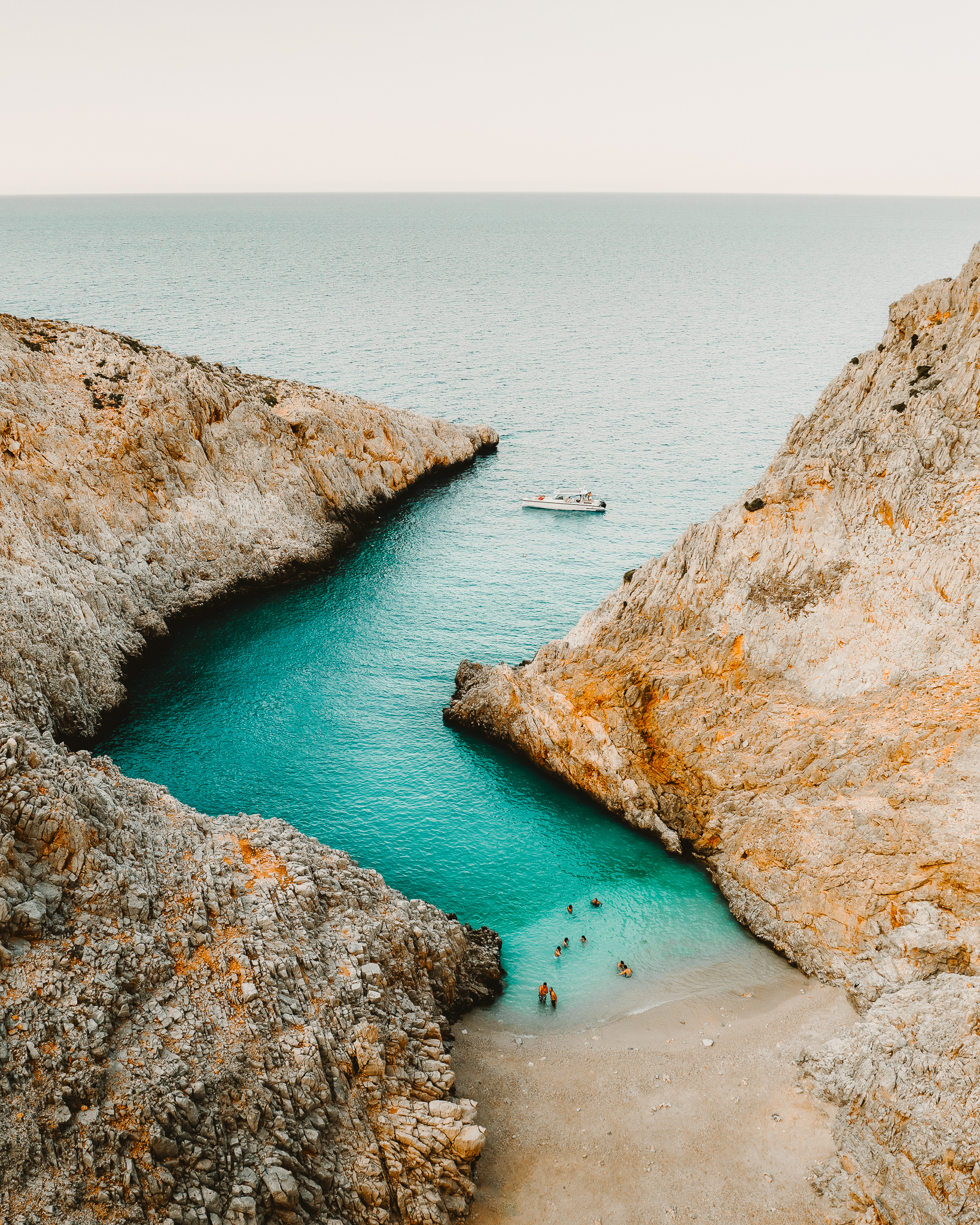
Rethymno Beach
Stretching for an impressive 12 kilometers of golden sand, Rethymno Beach strikes a perfect balance between sophisticated beachfront amenities and natural wonder. While the beach boasts 12 Blue Flag awards and all the expected luxuries—from sleek beach bars to water sports—its most captivating feature is its role as a nesting ground for protected Caretta-Caretta sea turtles, whose cordoned-off nesting sites add an element of ecological gravitas to this Cretan coastal gem.
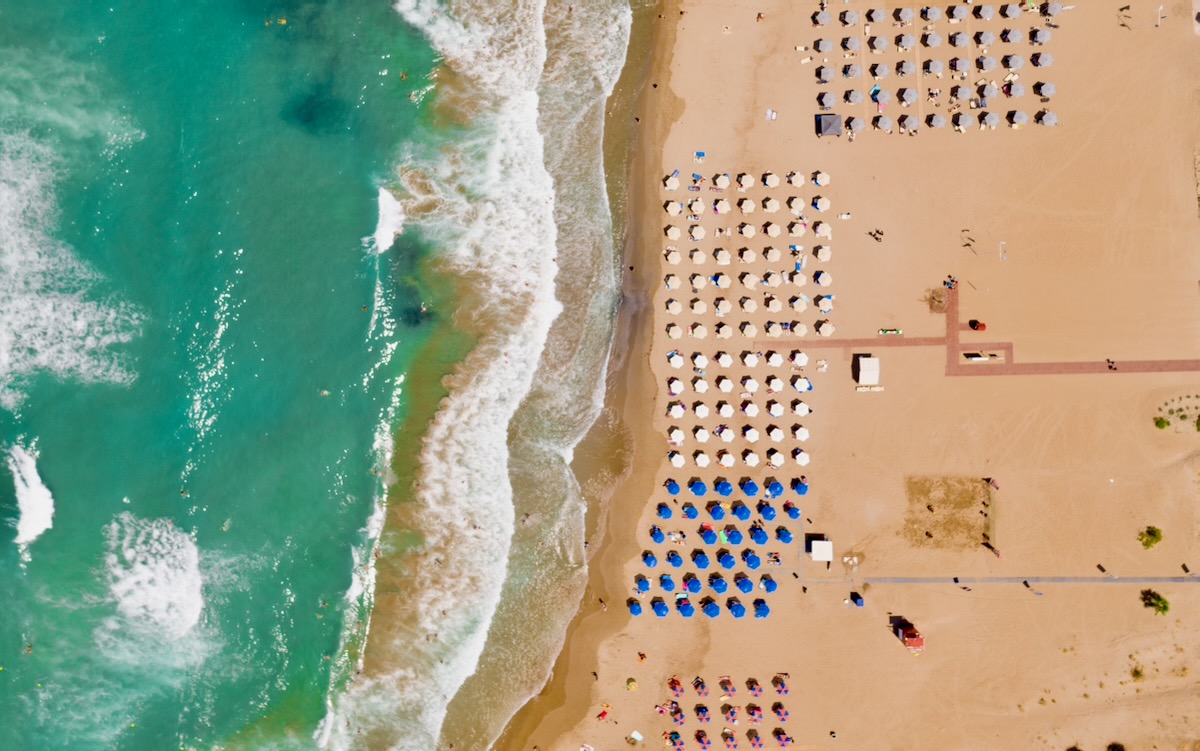
Rodakino
Korakas or Rodakino Beach is at the mouth of a river that flows through the Rodakino Gorge. Despite being organized, the beach maintains its natural beauty, featuring fine grey pebbles, blue waters and uniquely shaped rocks. The nearby village of Rodakino is said to be named after a peach tree that thrived unexpectedly in the area's dry climate.
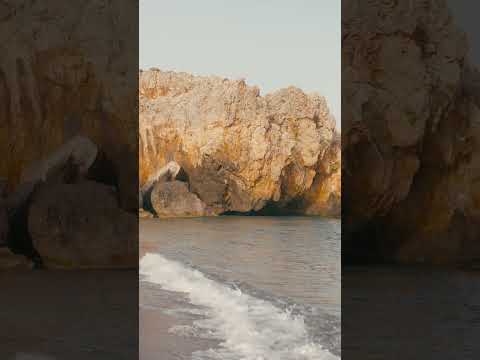
Geropotamos
At the mouth of the Geropotamos River, a sandy and well-equipped beach shares the same name. The surrounding area is significant for its ecosystem, providing shelter for birds and animals, including the rare Mediterranean seal species.
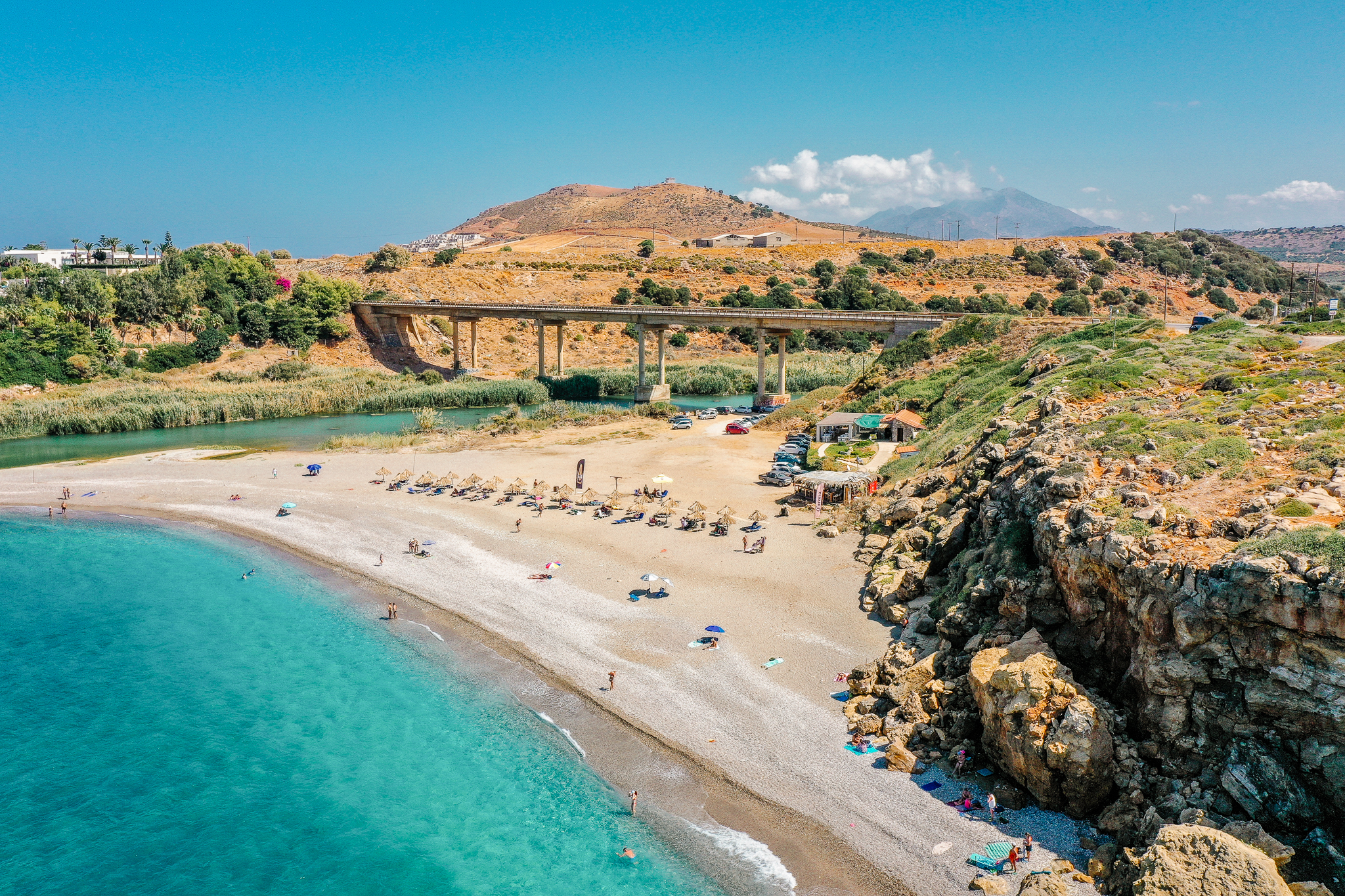
Spilies
At the end of a small bay, protected under rough vertical cliffs, is a secluded and quiet beach with pebbles and crystal-clear waters. The beach is notable for its rock formations and caves, providing shelter for the rare Mediterranean monk seal.
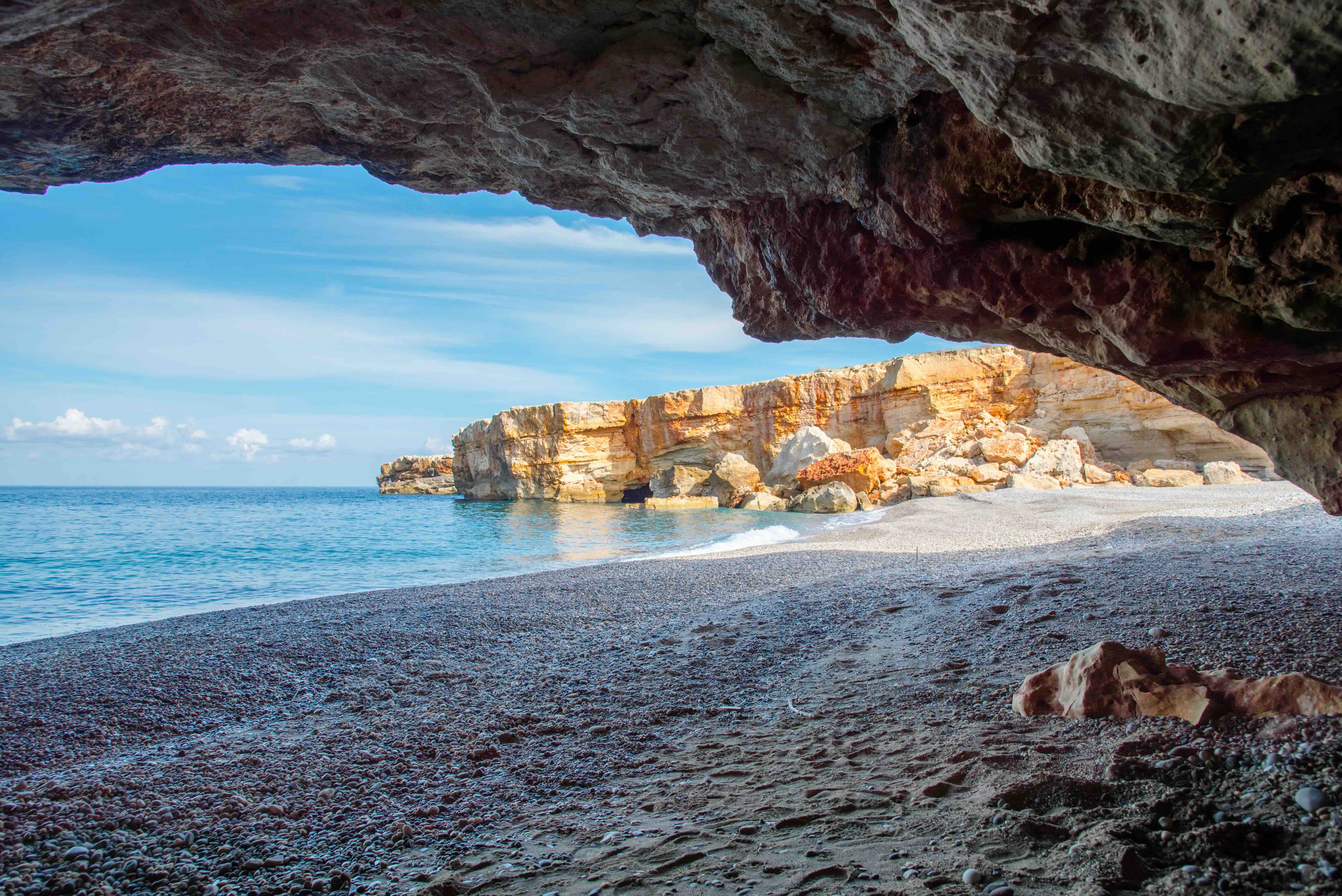
Katevati
Next to Glaros Beach is Katevati Beach, it is unorganized and it is characterized by its large pebbles. This secluded beach offers a quiet retreat, with views overlooking the Talaia Mountains, which extend from Psiloritis to the north.
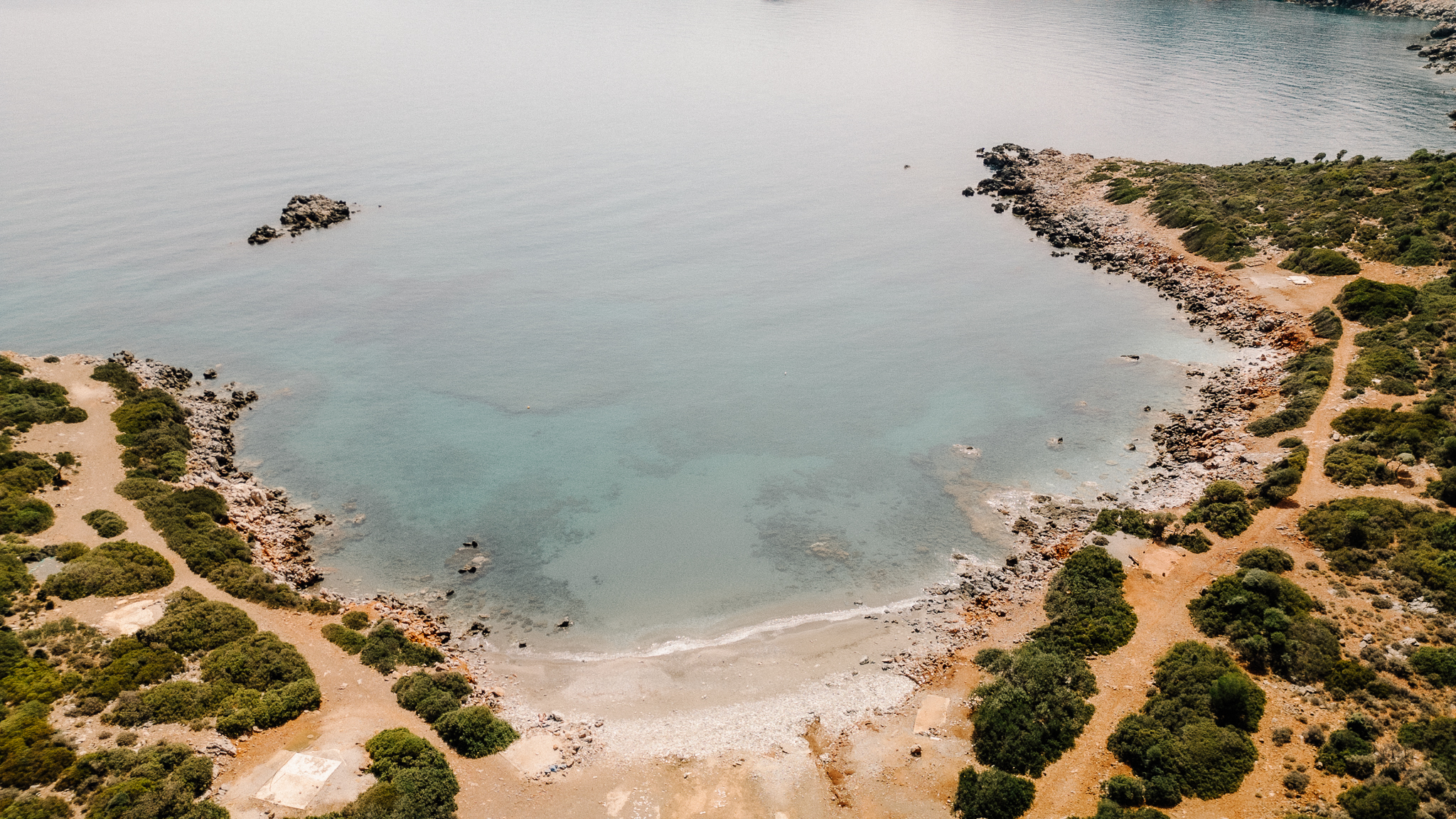
Glaros
Between Rethymnon and Heraklion lies a small peninsula where the islet of Glaros is situated. The islet is separated from a secluded beach of the same name by a narrow channel on the western side of the peninsula. This isolated beach can be reached via a pathway, offering a tranquil and private retreat for visitors.
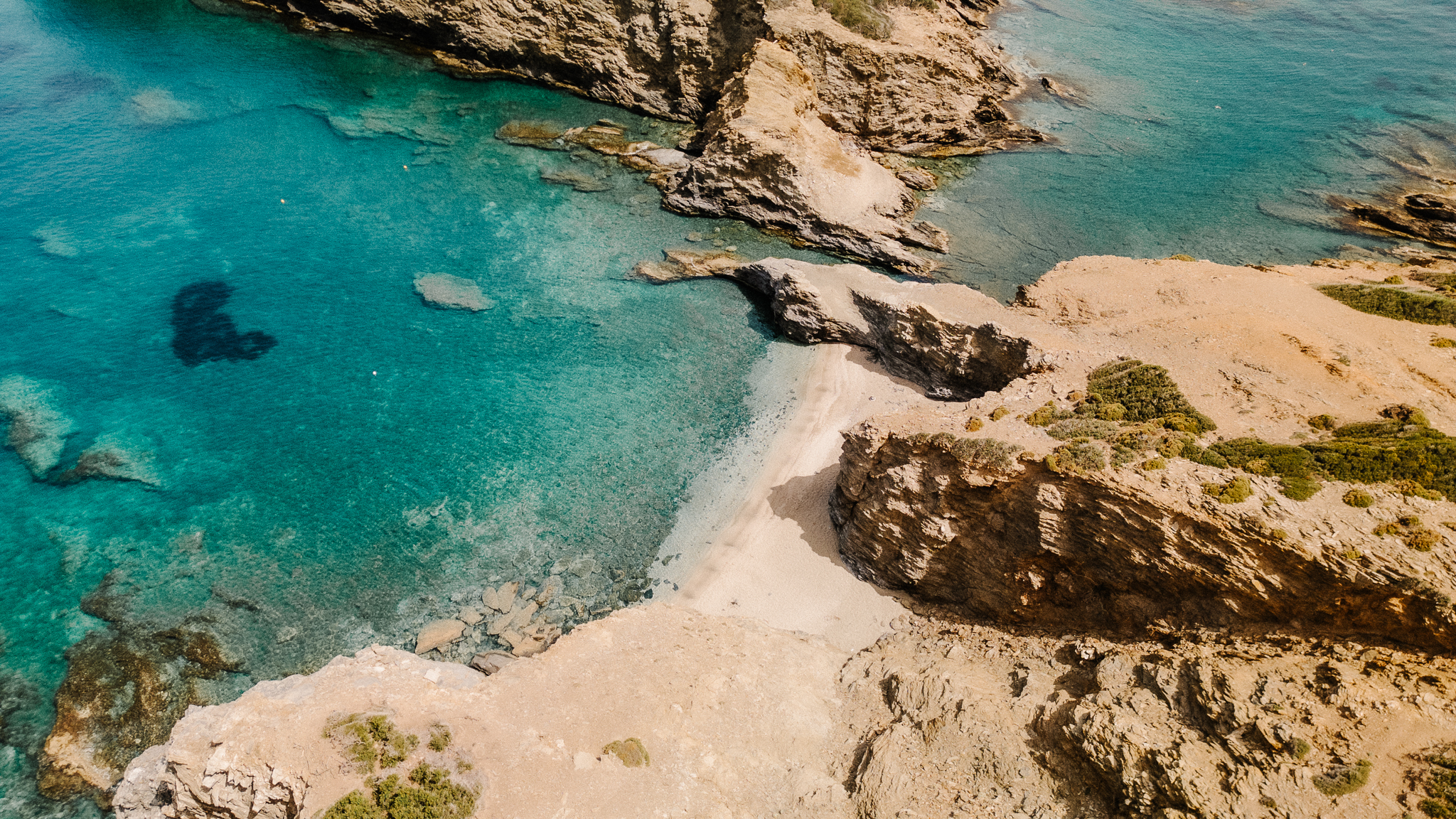
Episkopi
West of Rethymnon, nestled in a fertile plain adorned with olive groves, lies Episkopi Beach. This expansive and well-equipped sandy beach boasts shallow waters, making it ideal for families. It is bordered to the west by the Mousela River and to the east by the river that flows through the Petre Gorge. The village of Episkopi, from which the beach takes its name, is conveniently located nearby, adding to the charm of this coastal destination.

Ligres
Ligres is a large, quiet and unorganized beach known for its coarse sand and deep waters. The beach's uniqueness stems from its geological formations, erosion patterns and the imposing red rock that is its trademark. Walking along the coast offers visitors a chance to admire the natural beauty of the area.
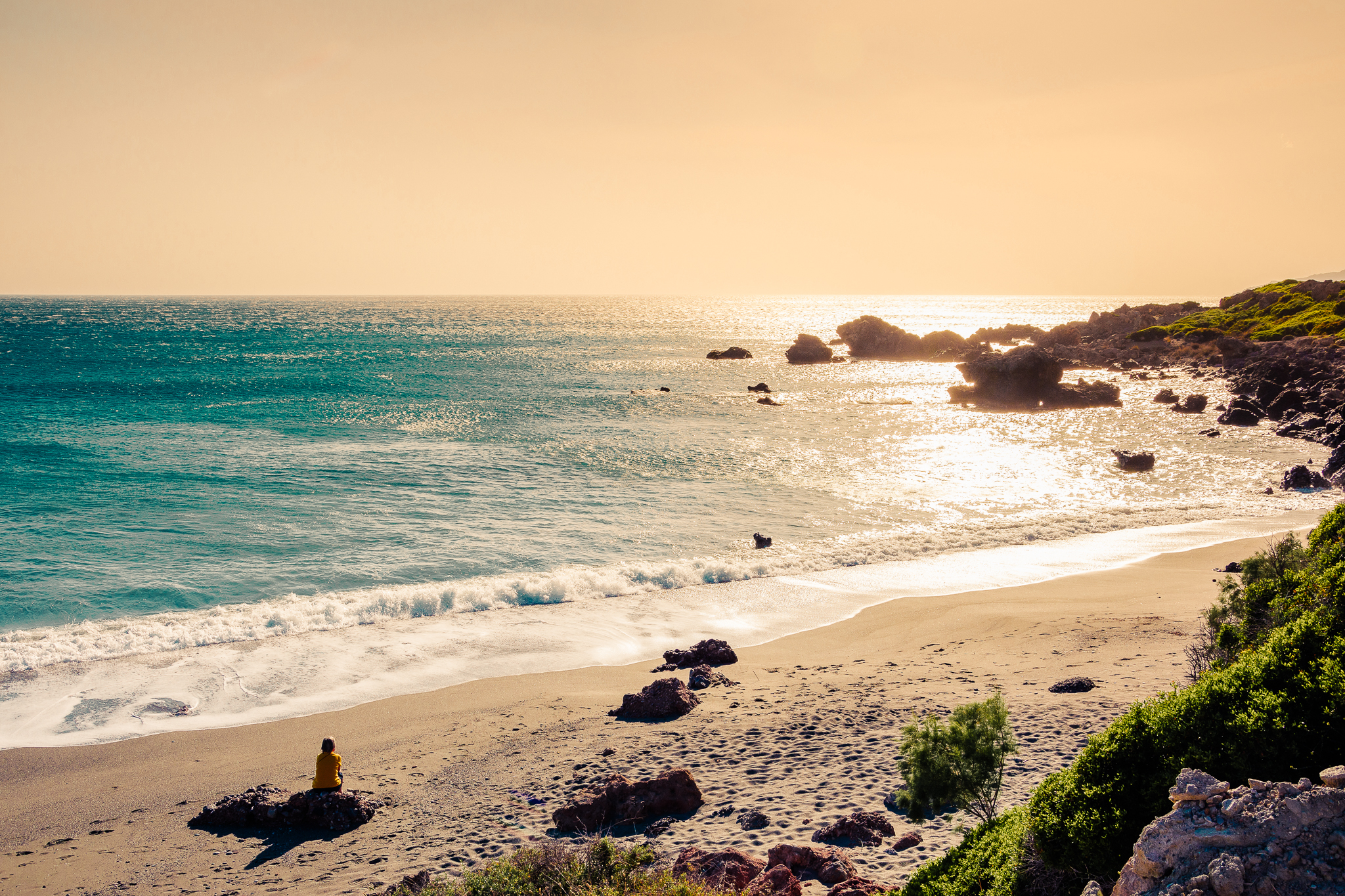
Souda
At the mouth of the Phoenix River, in a lush green valley, lies Souda Beach with its coarse sand. Along the river, near its sea outlet, grows the characteristic Cretan palm tree, adding to the scenic beauty of the landscape.
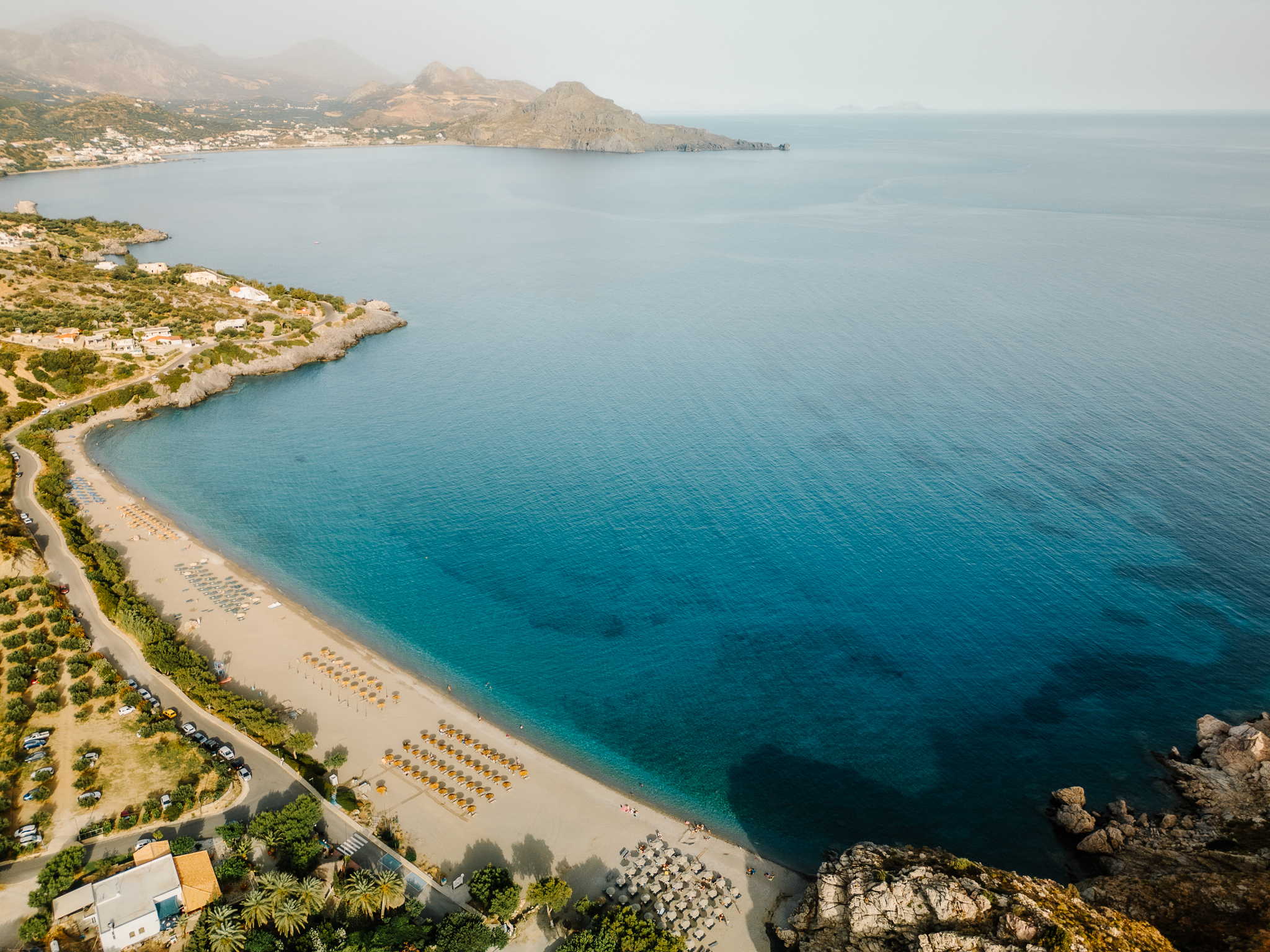
Sxoinaria
Near Plakias, there is a beach renowned for its distinctive grey-colored sand. Schinaria Beach is known for its turquoise waters and clear visibility over its rocky seabed. The richness of its seabed makes it a popular spot for local diving schools, highlighting its significance for underwater exploration.
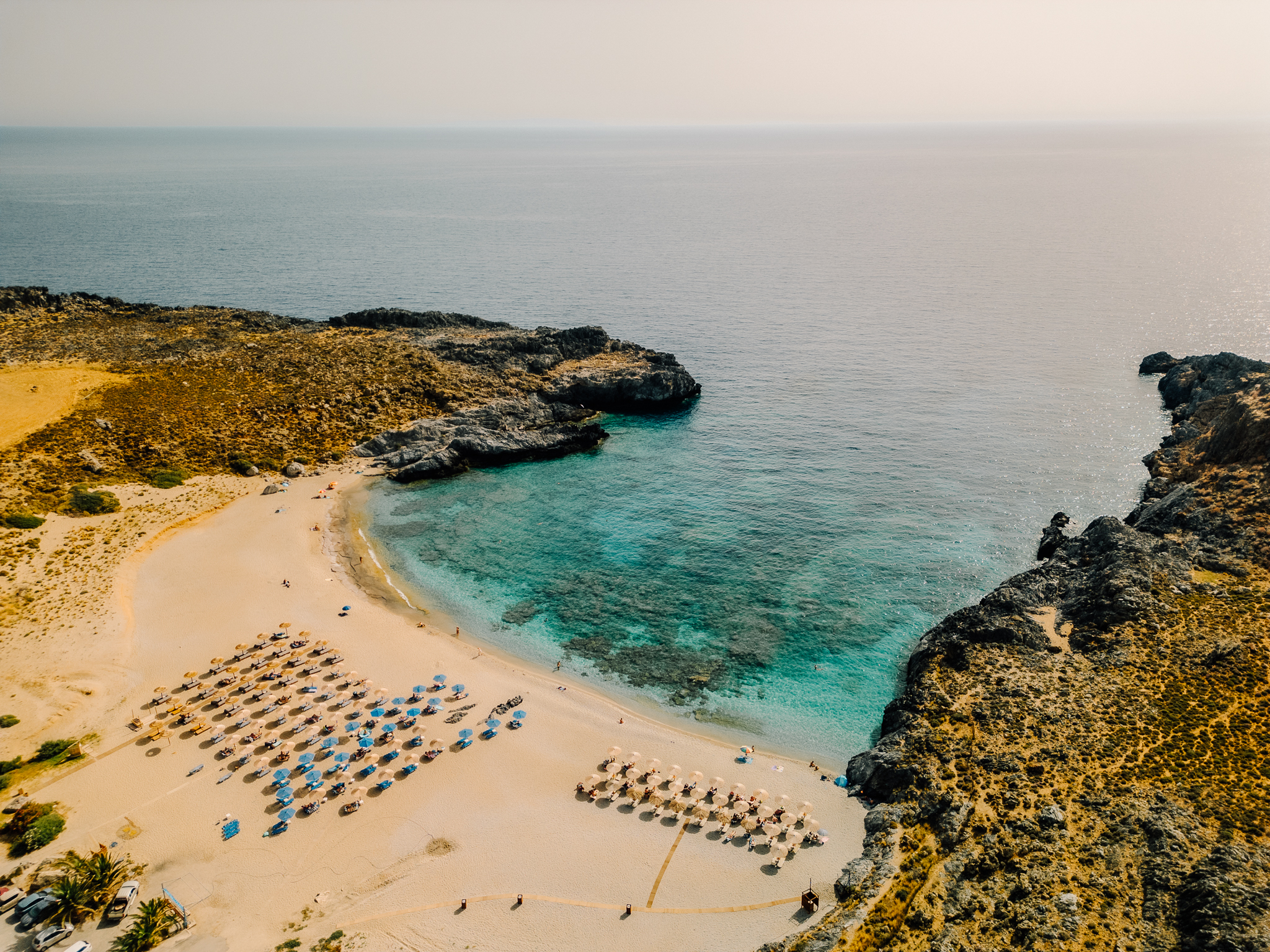
Ammoudi
This cluster of three successive beaches, interspersed with impressive rock formations, is known as Ammoudi. Megalo Ammoudi greets visitors with its large slab and white sand edges, offering a well-organized beach experience. Next in line is Kleisidi, a serene sandy beach enclosed by rocks. Finally, Mikro Ammoudi (or Ammoudaki) stands out for its turquoise waters and fine white sand, completing this picturesque coastal trio.
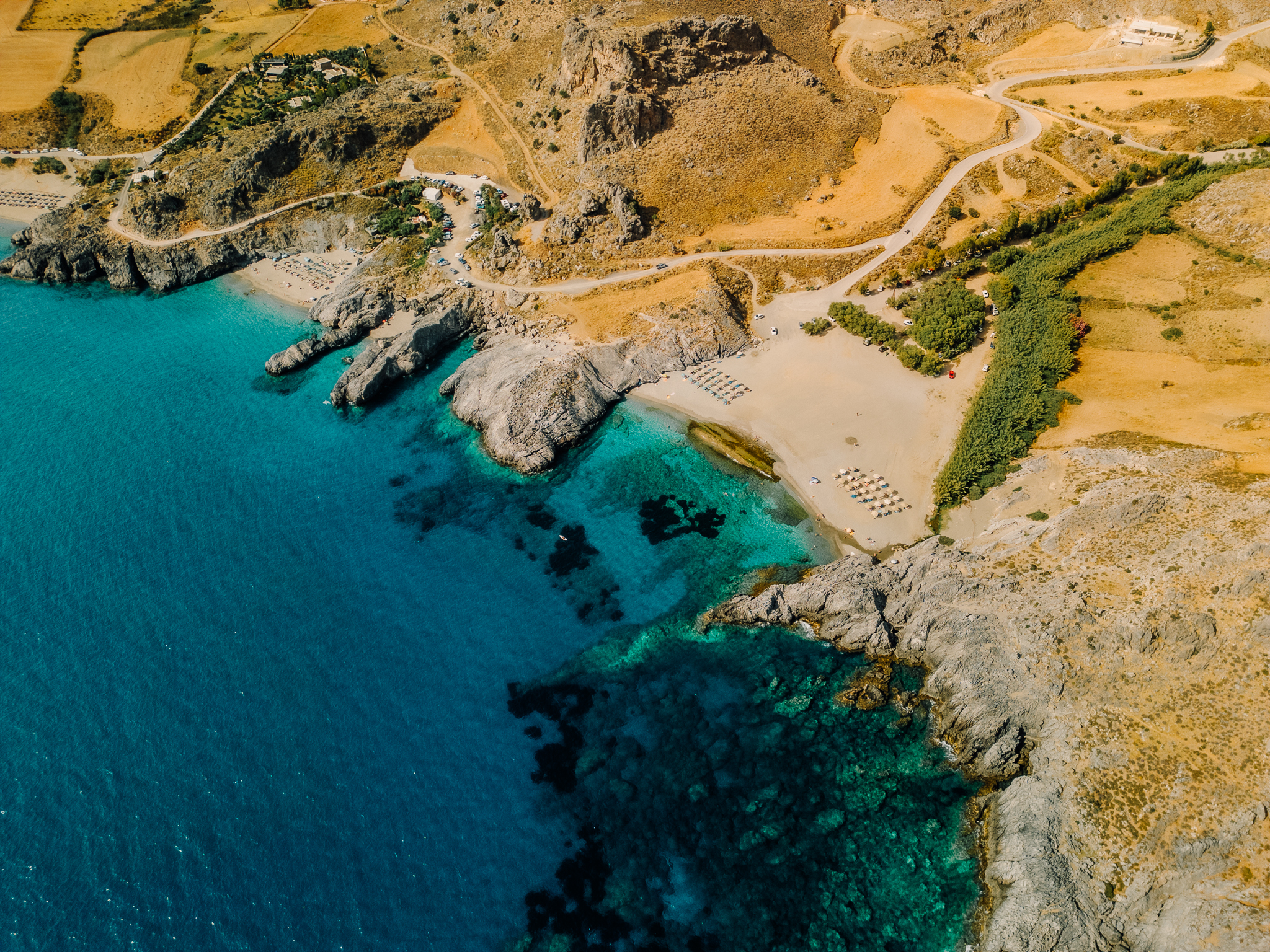
Livadi
Livadi Beach is the first of four consecutive bays nestled in the seaside tourist destination of Bali. It features a spacious sandy shoreline that is well-equipped with various facilities, making it a popular choice for visitors.
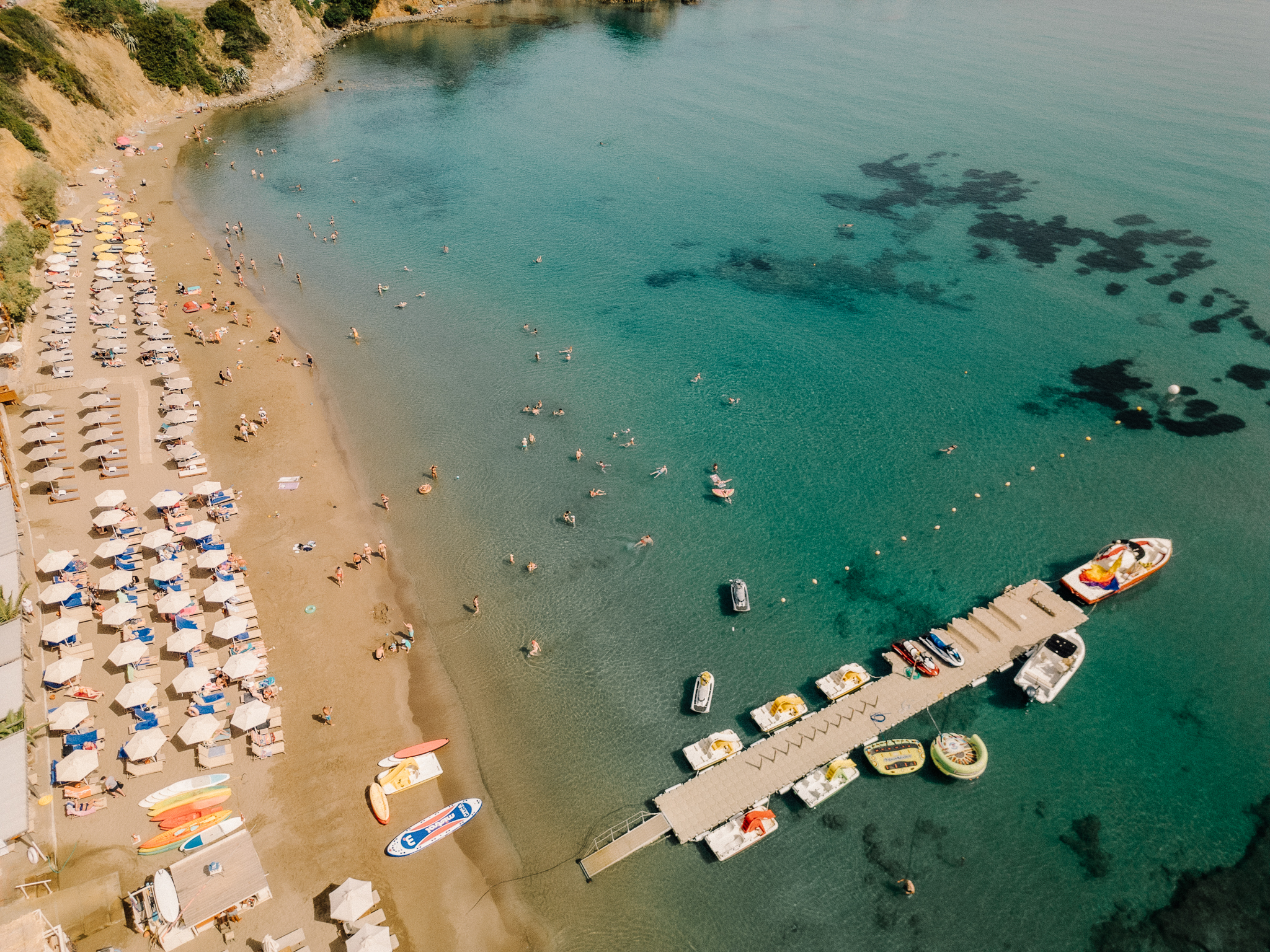
Plakias
On the plain where the Kotsifos River flows, you'll find the small settlement of Plakias, boasting a long sandy beach stretching along its coast. This area is well-known for its tourist amenities and serves as a starting point for hiking trails leading to the Kotsifos and Kourtaliotis gorges.
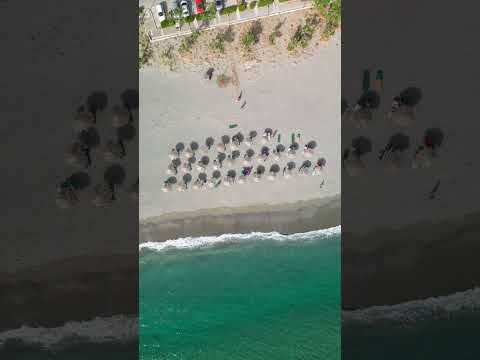
Triopetra
Named after three characteristic rock formations at the end of a small peninsula, Triopetra consists of two beaches separated by the peninsula. Located at the foot of Mount Siderotas, near the village of Akoumia, it is easily accessible by car.
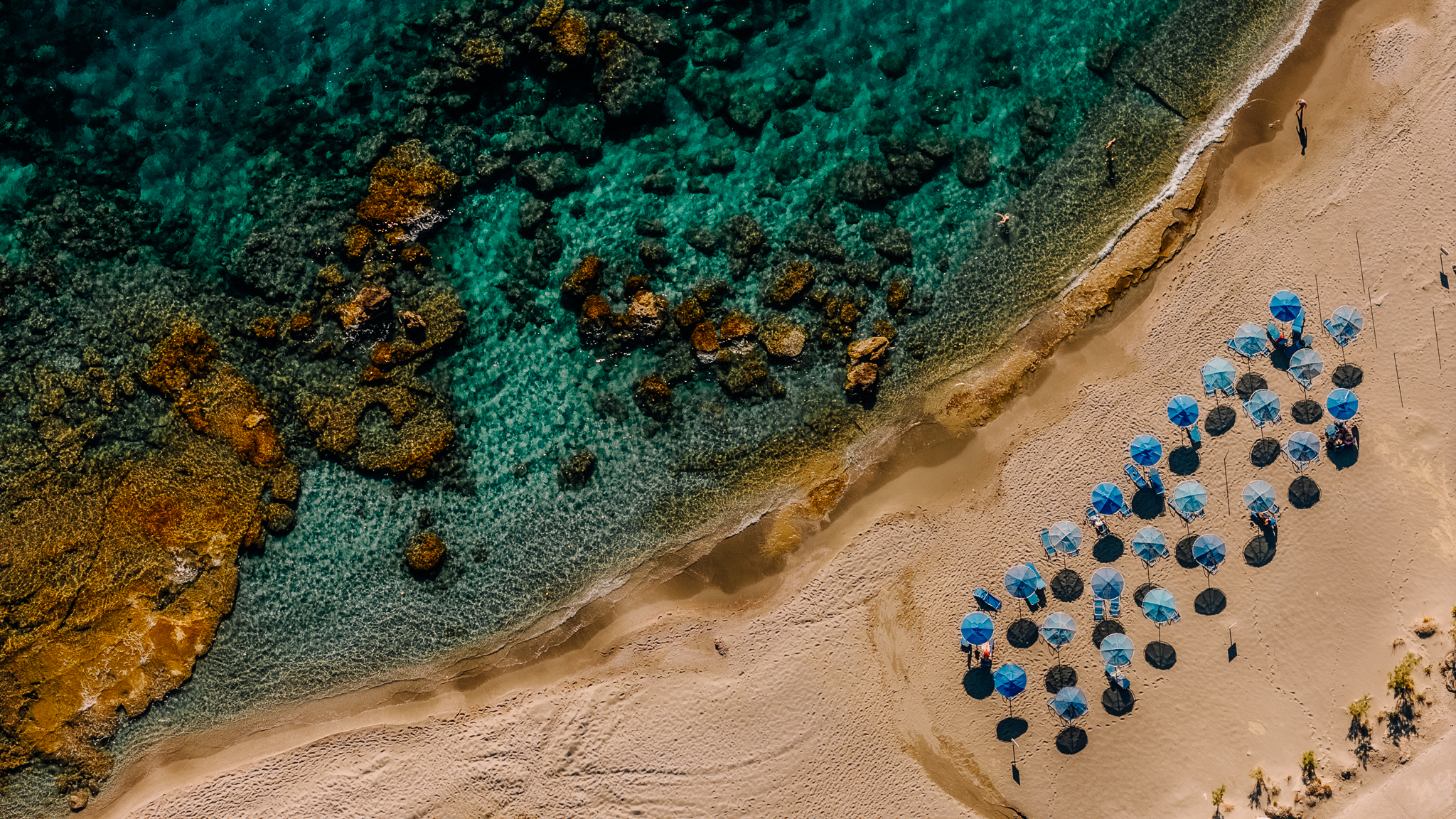
Karavostasi
Karavostasi is a small, picturesque bay near the popular seaside village of Bali. Its sheltered position, sandy beach and turquoise waters make it a unique destination, accented by distinctive small rocks. To the west of the beach, swimmers can explore caves that are reachable by swimming.
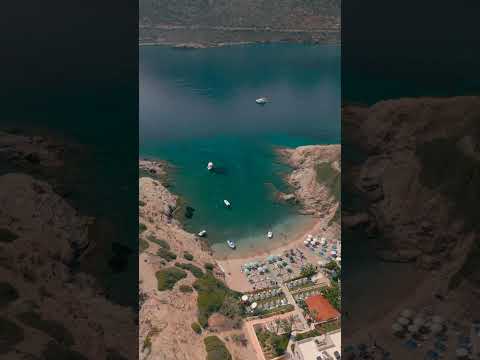
Preveli
In the southern part of the island, where the Megas Potamos River flows through the Kourtaliotis Gorge, lies the magnificent Preveli Beach. This iconic spot features palm trees, steep cliffs and cool, crystal-clear waters. A small lake forms at the river's mouth, bordered by an impressive palm forest. Accessible via a scenic trail showcasing the landscape's wild beauty, the beach can also be reached by boat from Agia Galini and Plakias.
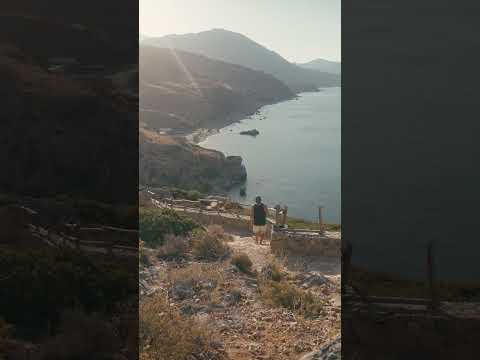
Koutsounari Long Beach
Stretching for 5 km, the Long Beach of Agios Ioannis is one of the longest beaches in Crete. It lies in front of the small village of Koutsounari. With its grayish sand, this long beach offers tourist facilities but remains calm and peaceful for most of its length.
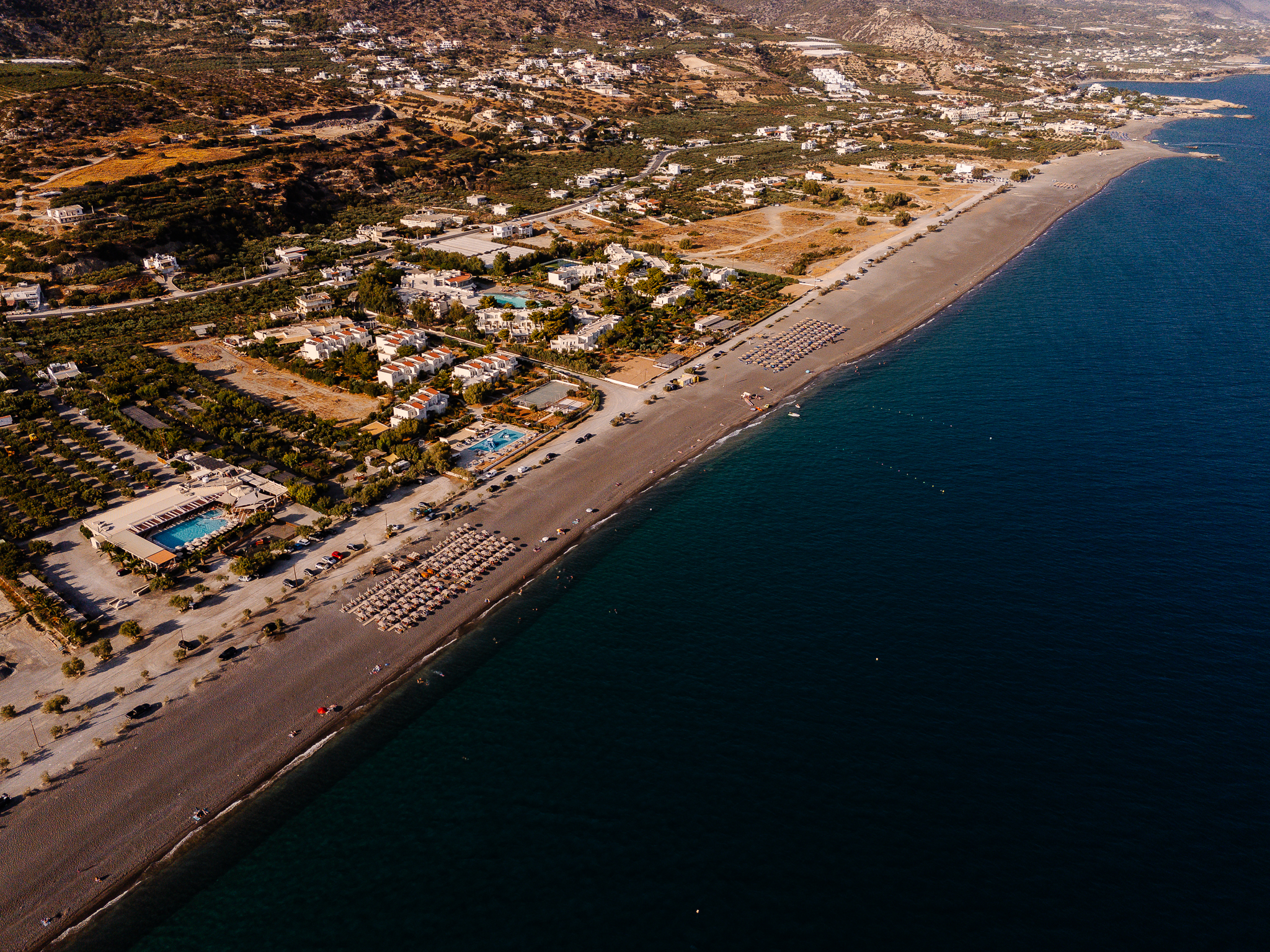
Voulisma
Voulisma beach features a stunning white sandy shore that gives the sea a tropical blue color. This beach has shallow waters. Voulisma is popular and well-organized. Above Voulisma rises the steep hill of Vrokastro, where ruins of a Minoan city have been discovered. In nearby locations, there are equally beautiful but less organized beaches.
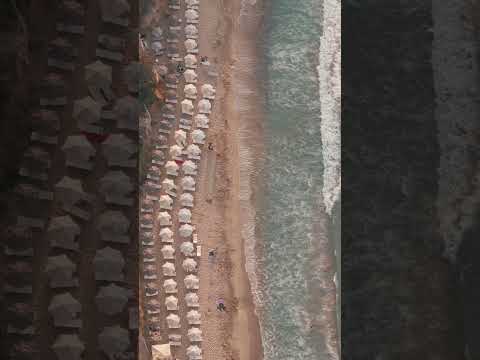
Kolokytha
The Spinalonga or Kolokytha Peninsula lies opposite Elounda, where the sheltered Kolokytha Beach can be found. The beach offers serene views of the nearby islet and is accessible via the Canal of Poros from the Elounda Salt Flats. Visitors can drive to the Church of Agios Loukas and then follow the path to the secluded Kolokytha Beach with its white sand and blue waters. The beach remains unorganized.
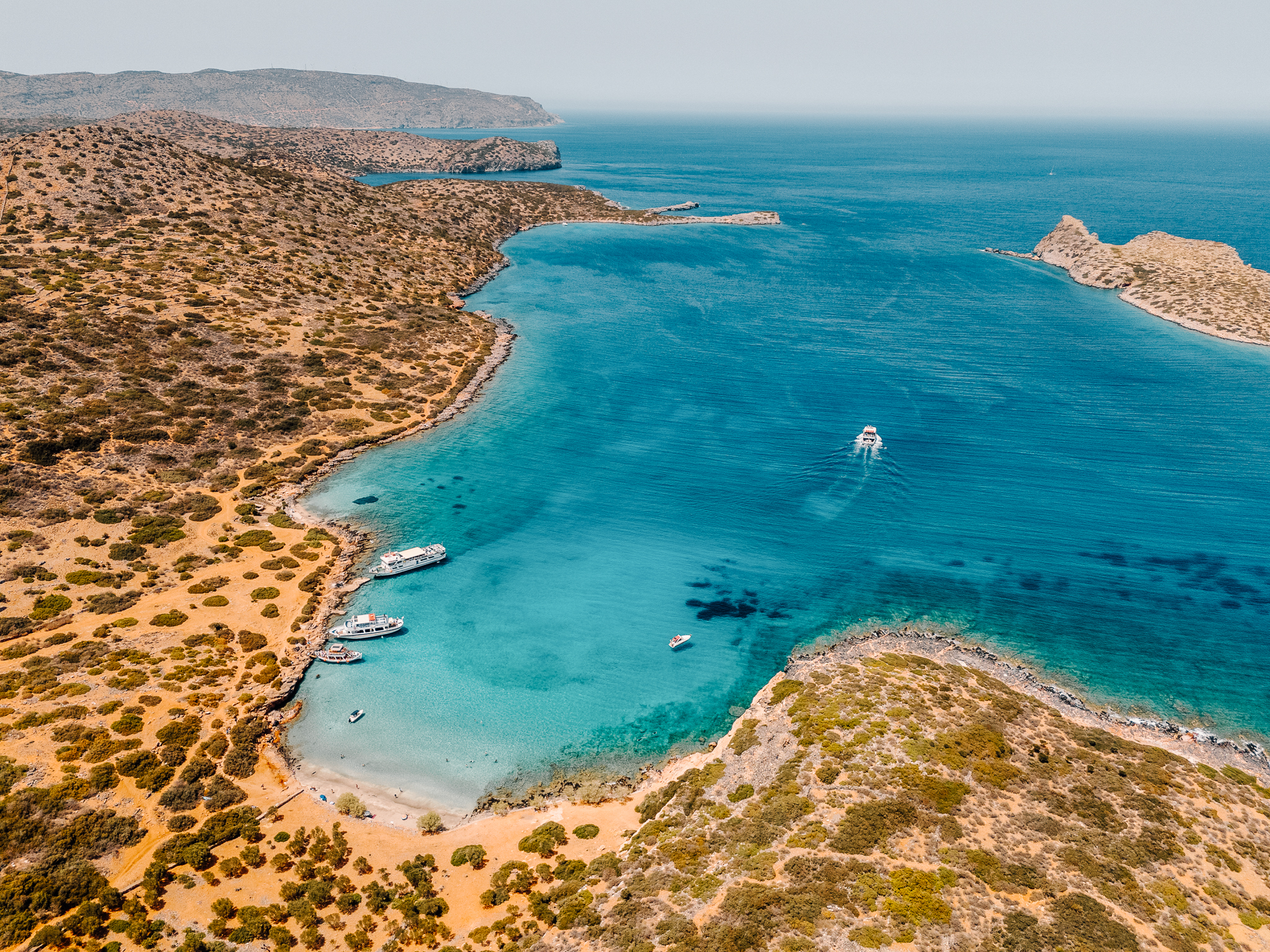
Almyros
Almyros Beach is situated at the mouth of the Almyros River and surrounded by reeds, palm trees and eucalyptus. This extensive and well-organized beach is one of the most popular choices in the area, featuring shallow blue waters.
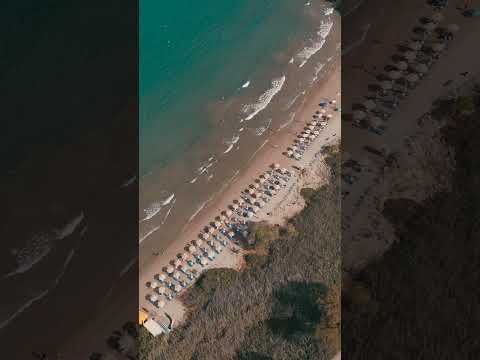
Xerokampos
Xerokampos Beach is set in a secluded location characterized by an arid landscape of bare mountains and low bushy vegetation, situated in front of the settlement of the same name. Nearby, the beaches of Alona, Alatsolimni and Amatou combine the wild coastal scenery with the tranquility of the sea. Xerokampos beach offers shallow blue waters, fine sand while some sunbeds are available.
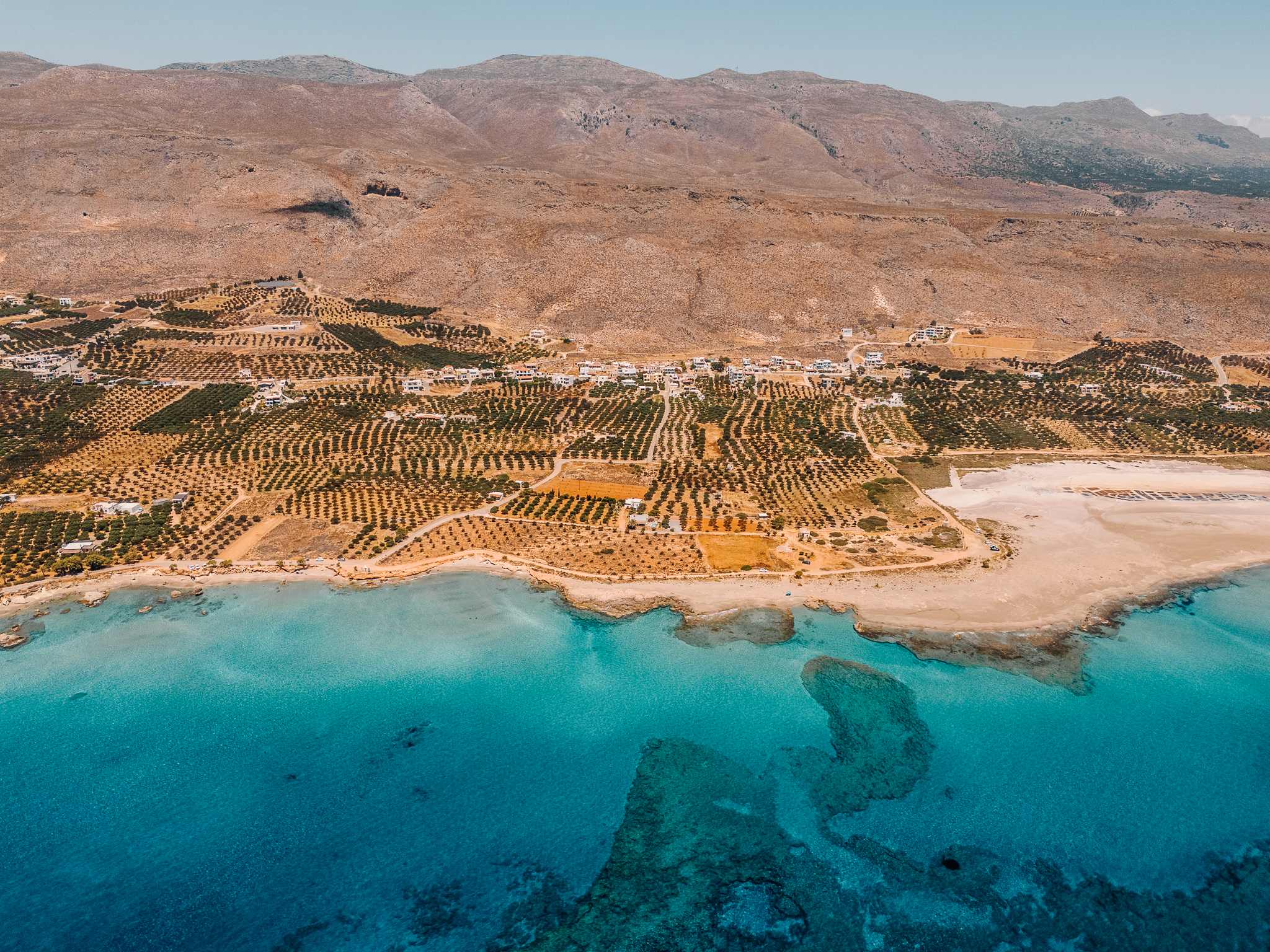
Makry Gialos
Makry Gialos ("Long Beach") features golden sand and shallow waters. Family-friendly and easily accessible, the area offers plenty of tourist facilities.
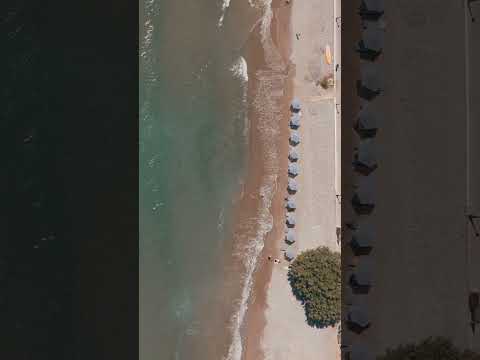
Koutsouras
Koutsouras features a pebbled beach with calm waters in a secluded location in front of the village. The area's remarkable natural environment includes a pine forest on the slopes of the nearby Thrypti and Ornos mountains and the Red Butterfly Gorge.
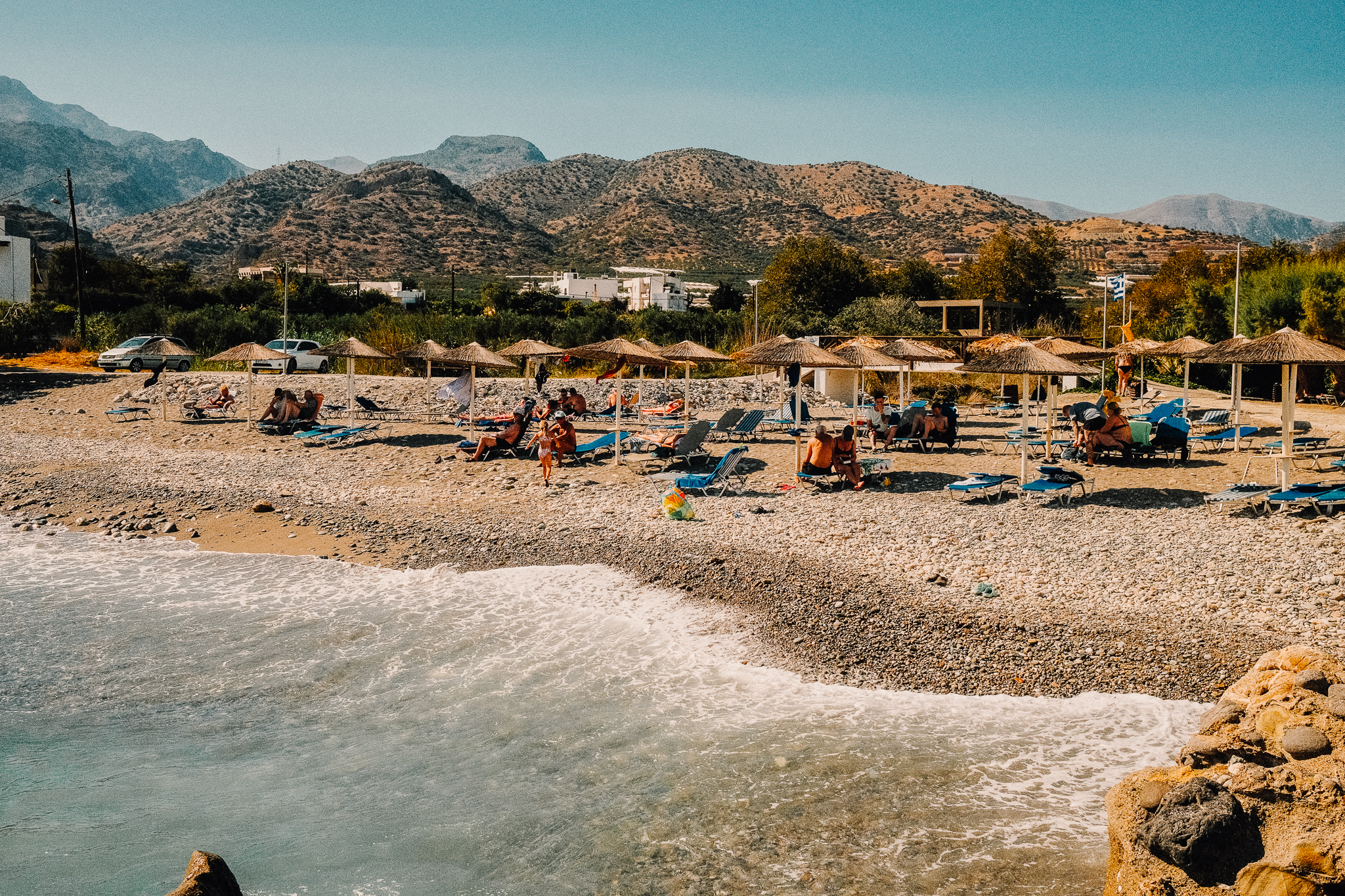
Kato Zakros
At the exit of the impressive yet awe-inspiring Gorge of the Dead lies a plain of olive groves, where the seaside village of Kato Zakros and its quiet beach are located. The fertile soil, nourished by springs and abundant water, has favored settlement in the area since ancient times. The beach is surrounded by archaeological sites and marked hiking trails. The beach features fine pebbles and turquoise waters. Sunbeds are available for visitors.
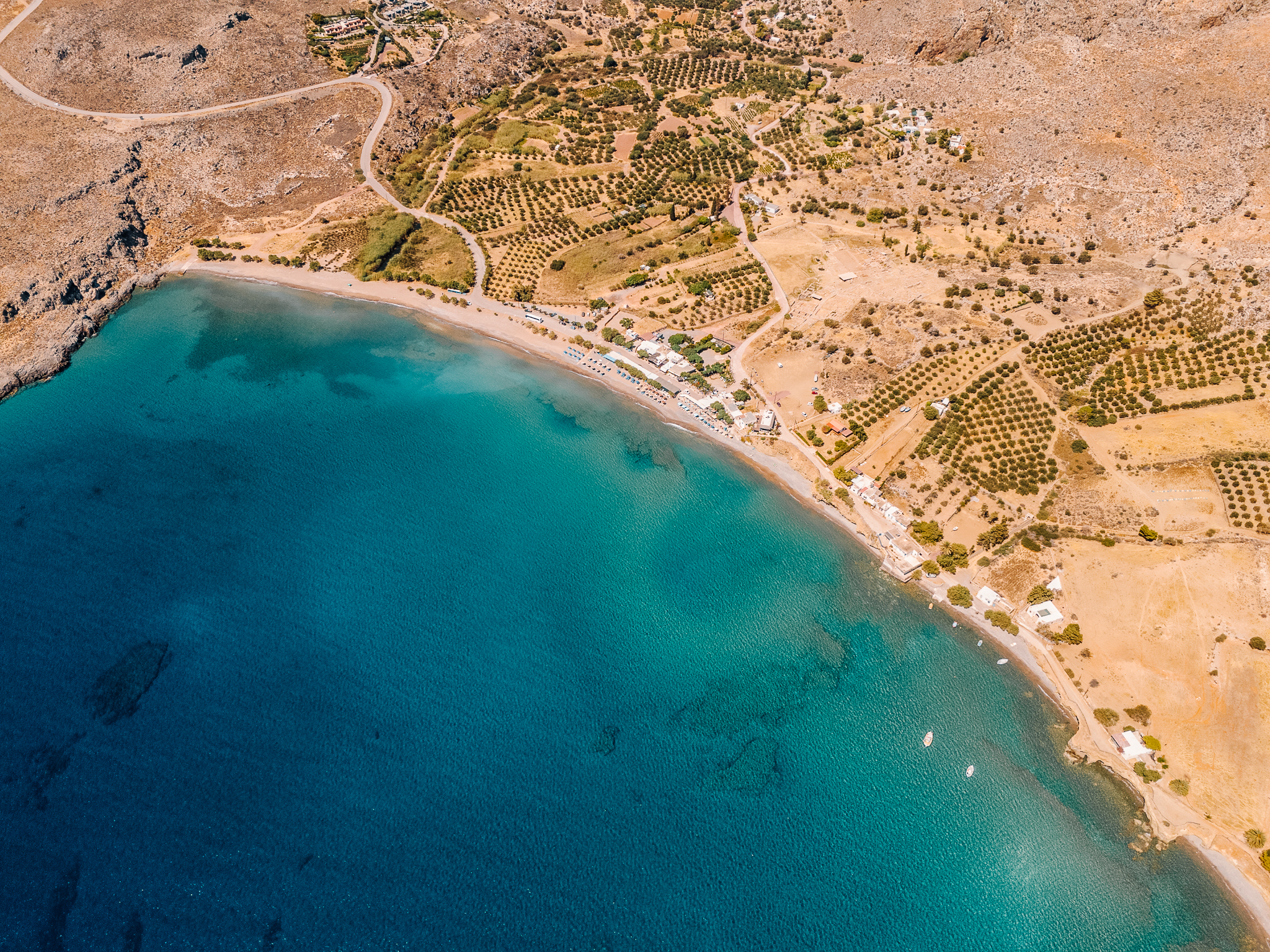
Itanos
Next to the palm forest of Vai, three successive deserted but impressive sandy beaches exist, known as Itanos or Erimoupoli. The remains of the ancient city of Itanos reveal a long history of human presence in the area. The beaches have fine sand and deep blue waters, though they are not organized.
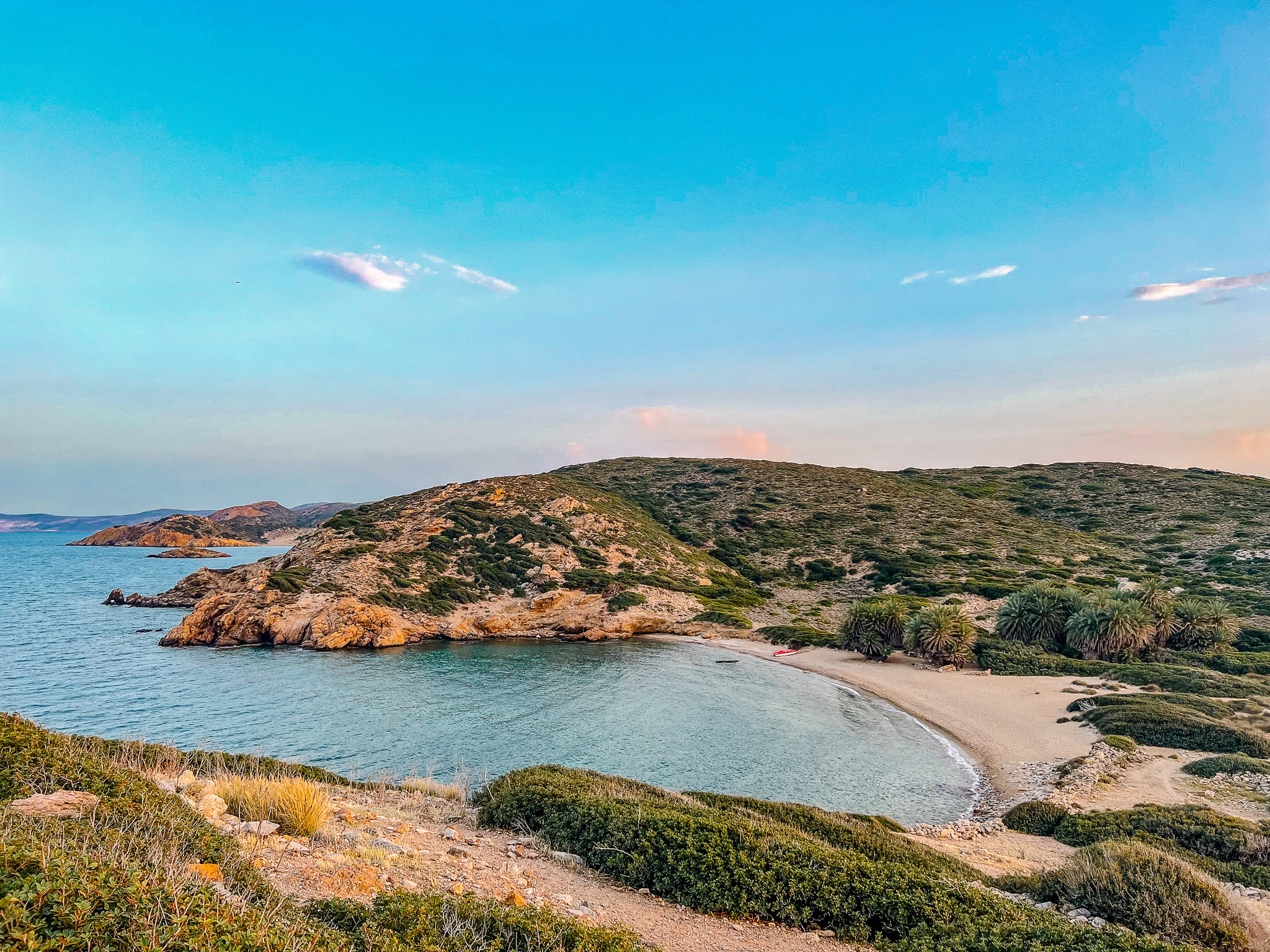
Goudouras
Goudouras is a tranquil beach located in a traditional village of the same name. It is nestled at the end of a fertile plain surrounded by the imposing Sitia Mountains. Two gorges converge here: the inaccessible Agios Antonios Gorge and the Goudouras Gorge. The sea is usually calm, with pebbles and turquoise waters. It is not an organized beach, but there are sunbeds on a small part of it.
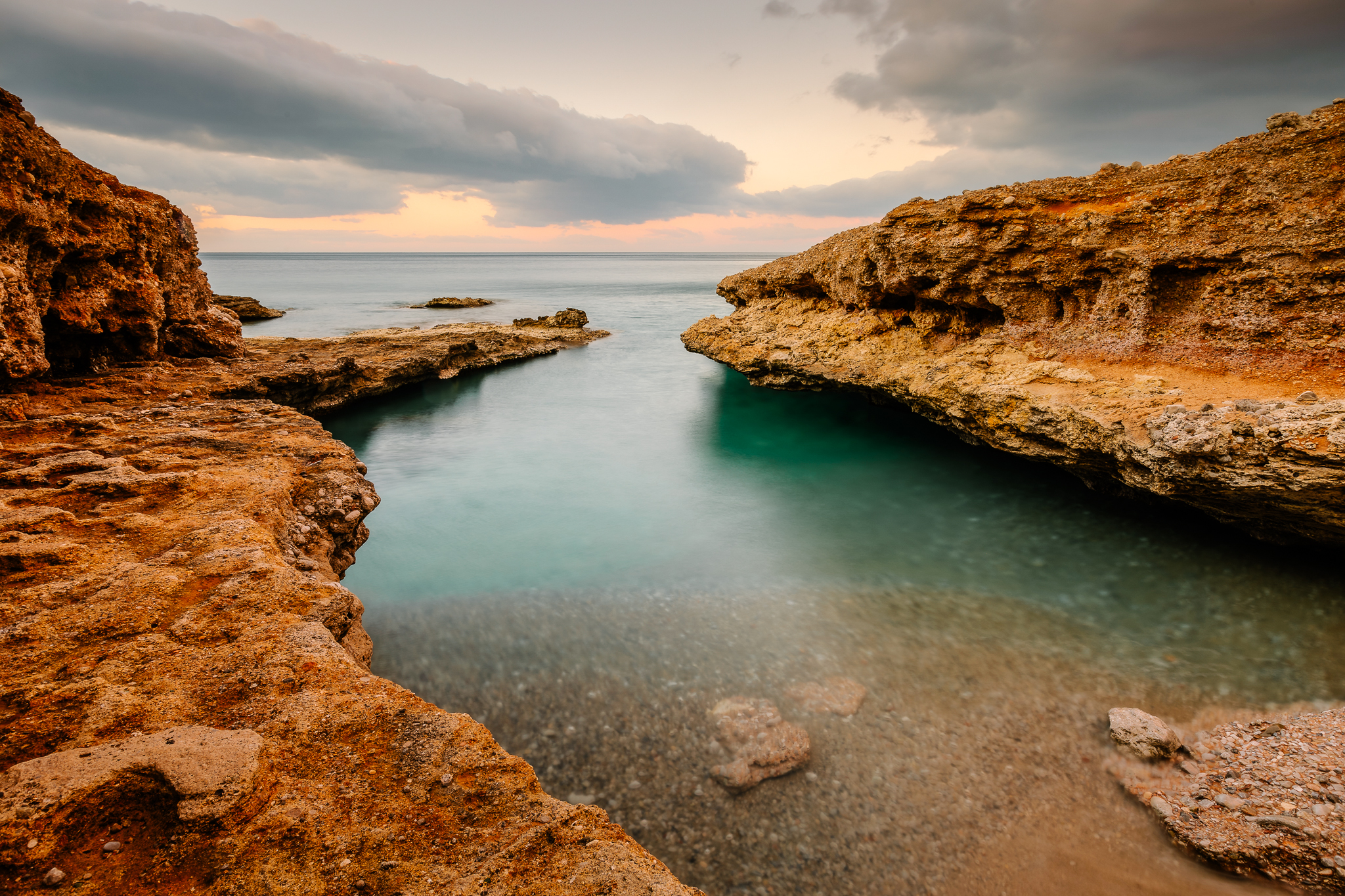
Vai
In the northeastern part of Crete lies the renowned Vai Beach, notable for hosting the largest palm forest in Crete with endemic Cretan palm trees (Phoenix theophrastii). The 250-acre palm forest surrounds the organized Vai Beach, whose name in the local dialect means "palm". Vai features shallow turquoise-green waters.
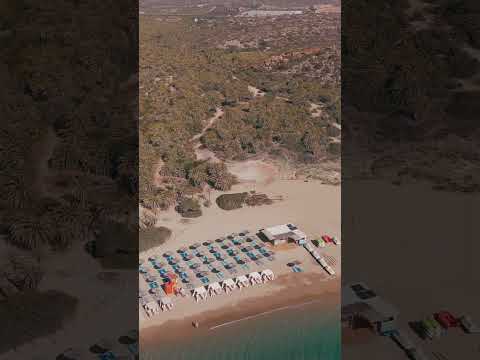
Achlia
Achlia beach, nestled in a small bay, has dark coarse sand and crystal-clear waters. The beach is also known as “Galini” (“Serenity”) because of its calm waters. While swimming, the visitor can enjoy the view of the surrounding mountains, covered with pine trees. The beach is family friendly. There is a taverna and sunbeds.
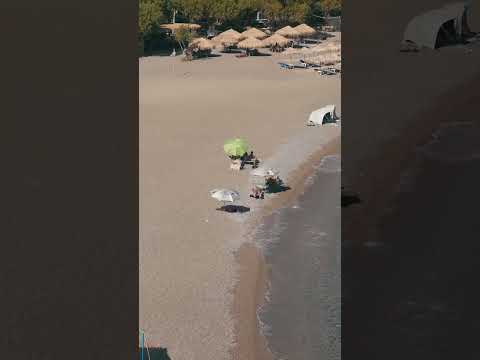
Koufonisi
To the south of Lassithi, in the Libyan Sea, lies Koufonissi or Lefki Island. It remains uninhabited today but shows traces of ancient Minoan habitation. It boasts impressive beaches bordered by limestone cliffs, cedar forests, dunes and salt marshes. This unique natural landscape is recognized and protected within the Natura 2000 network.
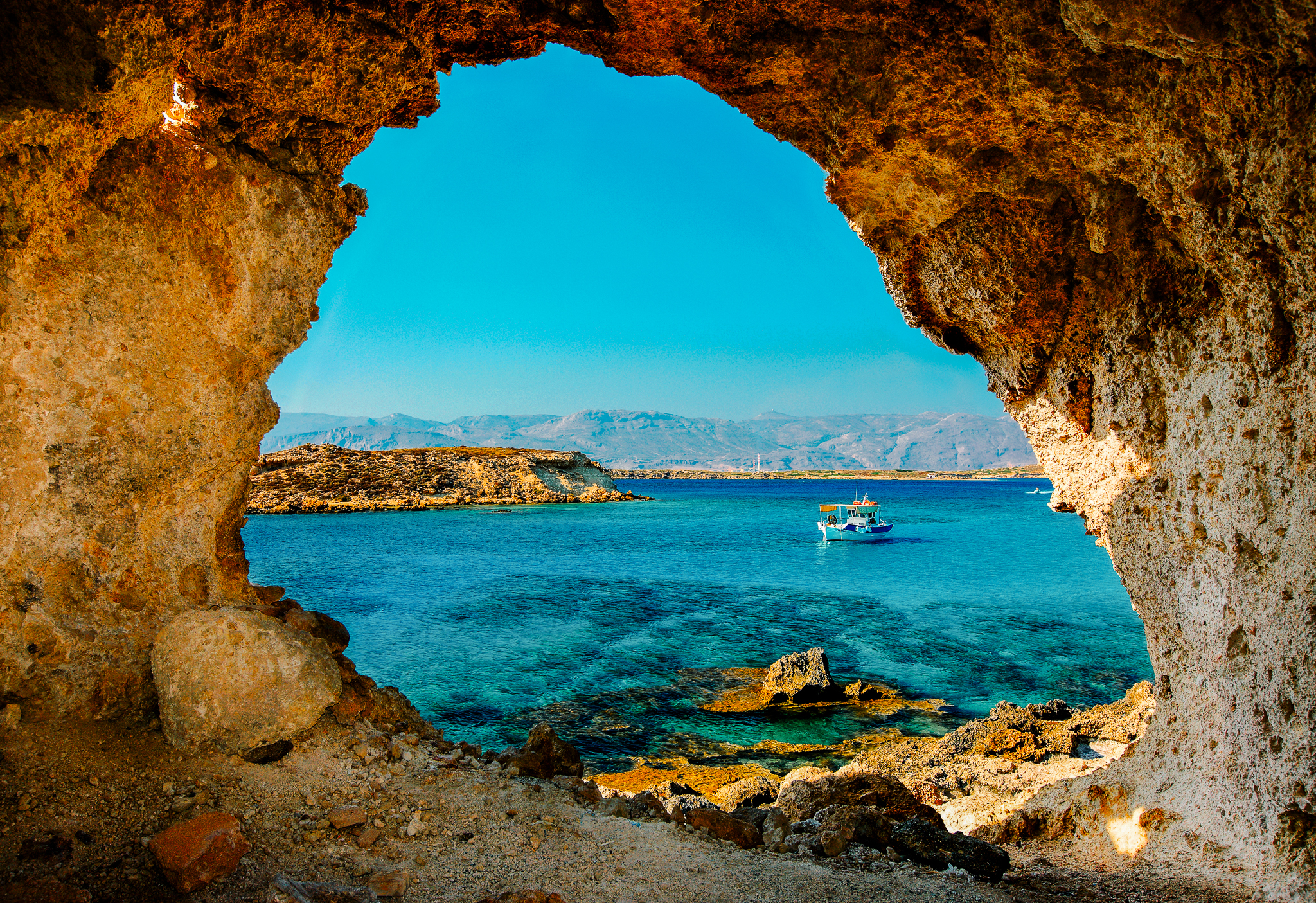
Chrissi Island / Gaidouronisi
Across from Ierapetra lies Chrissi Island, also known as Gaidouronisi. It is renowned for its stunning beaches with turquoise waters and lush palm juniper vegetation. The island derives its name from the golden sand that lines its shores. Legend has it that Cretans from nearby coasts once left their old donkeys on Gaidouronisi, contributing to its second name. Chrissi is protected within the European Natura 2000 program as an "area of outstanding natural beauty." For this reason, none of the island's beaches are organized.
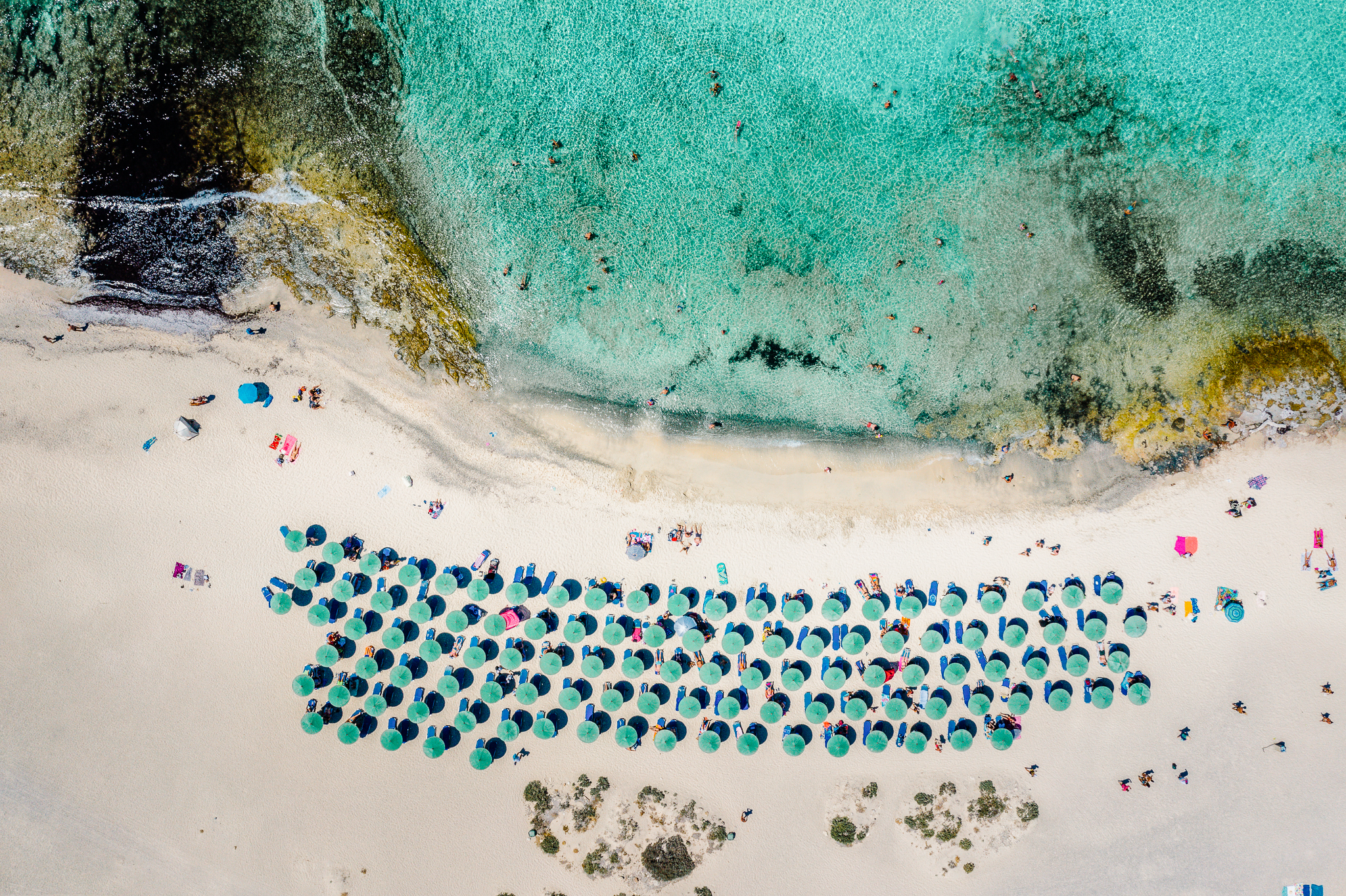
Agia Fotia
Agia Fotia Beach is located 12 kilometers east of Ierapetra. It refers to a picturesque bay with fine pebbles and deep blue waters surrounded by rocky formations at the mouth of a stream. Despite its remote and tranquil setting, there is a taverna and some sunbeds available during summer time.
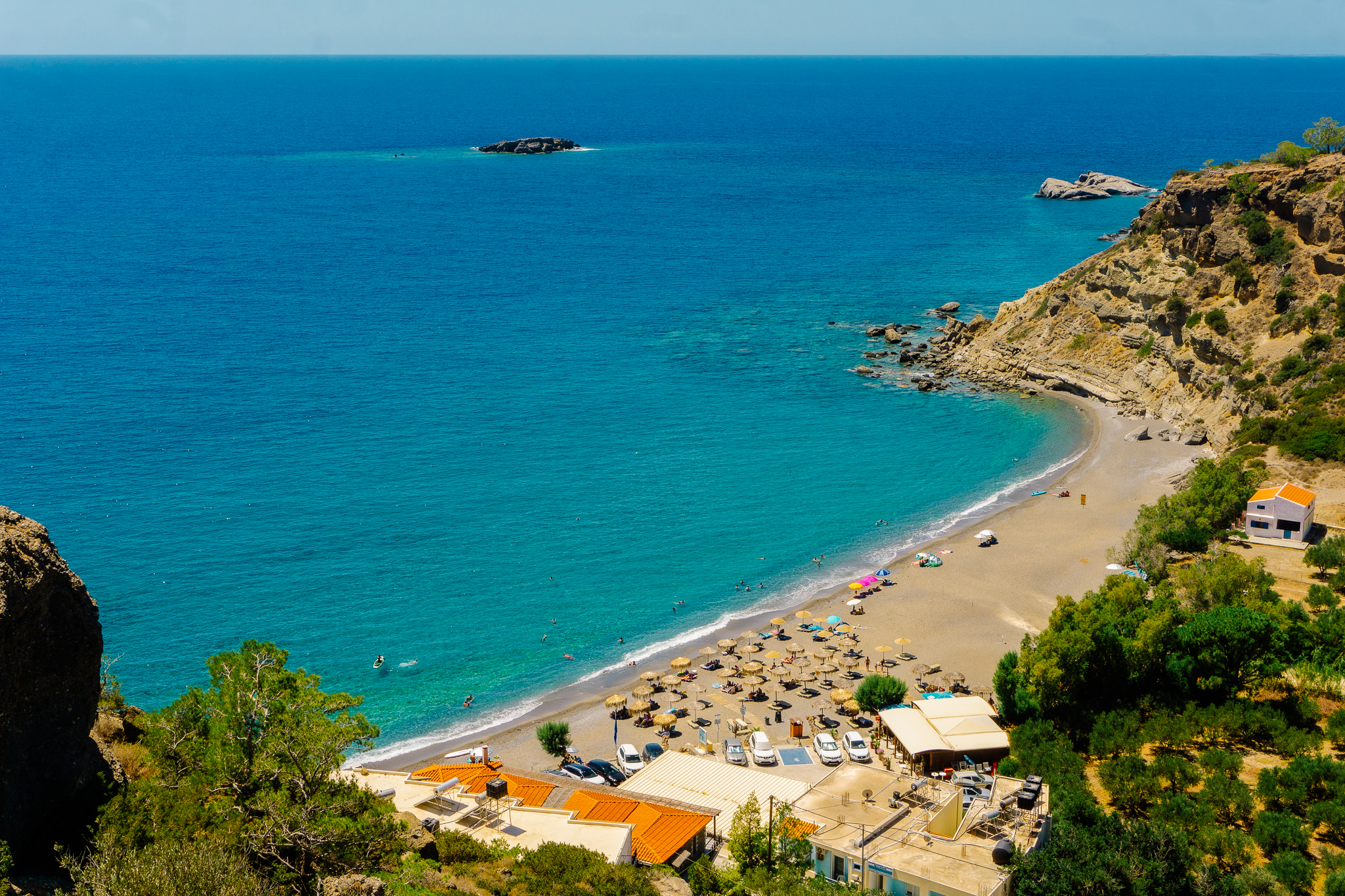
Diskos
In the southern settlement of Diskos, also known as Dytikos, a long, pebble-strewn beach unfolds against the backdrop of the Asterousia Mountains. The beach is famed for its peaceful atmosphere and breathtaking sunsets, as the sun dips behind the rugged peaks, casting golden light over the serene waters.
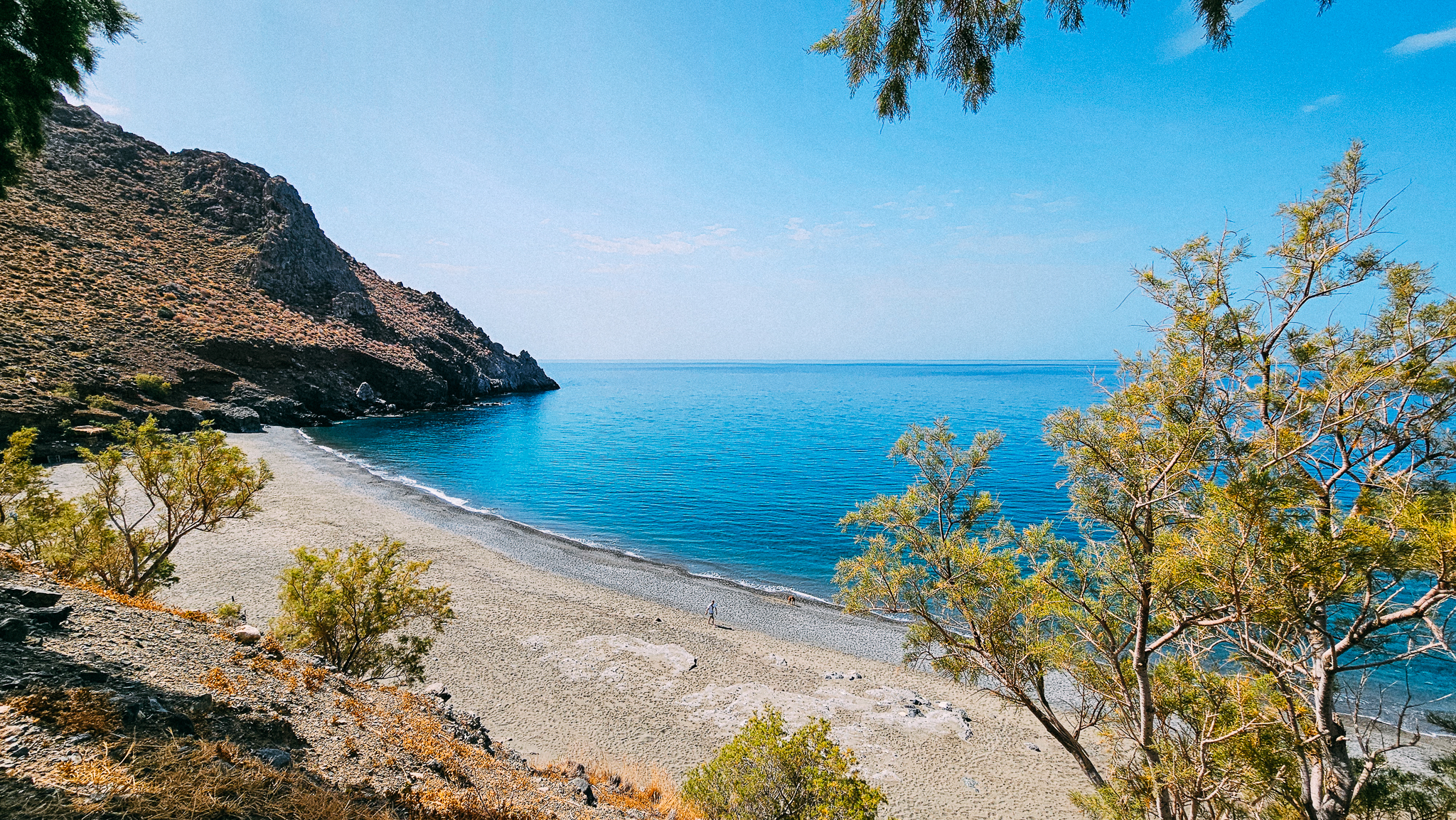
Listis
For those seeking adventure, Listis Beach is a hidden treasure accessible via a scenic downhill path. A towering cliff known as the Rock of Listis presides over this secluded stretch of sand, which is renowned for its crystal-clear, shallow waters. Far from the crowds, Listis offers a serene escape into Crete’s rugged coastal beauty.
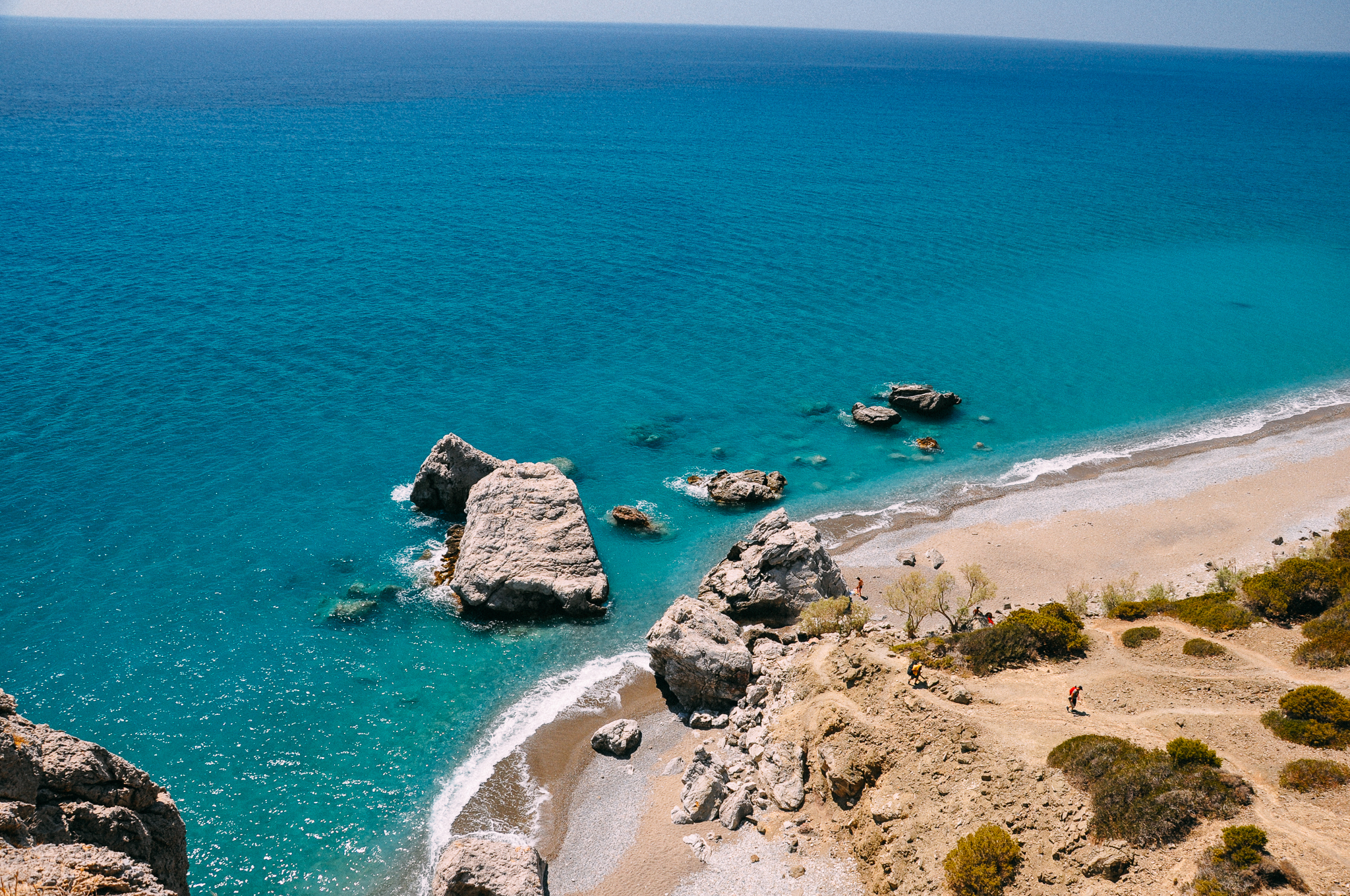
Kommos
Kommos Beach, located in the heart of Messara Bay and within walking distance of Matala, is a serene escape known for its fine sand, turquoise waters and natural beauty. Framed by tamarisk trees and sand dunes, this tranquil spot also holds archaeological significance, with ruins nearby. Two small islands, the Paximadia, add to the enchanting view, particularly during sunset, when the beach transforms into one of the most romantic spots on the island.
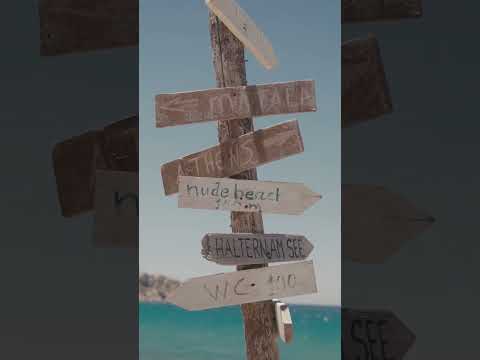
Tsoutsouras
At the mouth of the Mindris and Tsoutsouros gorges lies the charming seaside village of Tsoutsouras, home to two sheltered bays with a mix of fine pebbles and sand. The coastline is punctuated by unique caves, offering a sense of mystery and adventure. To the west, the imposing Asterousia Mountains rise dramatically, completing the scenic beauty of this tranquil retreat.
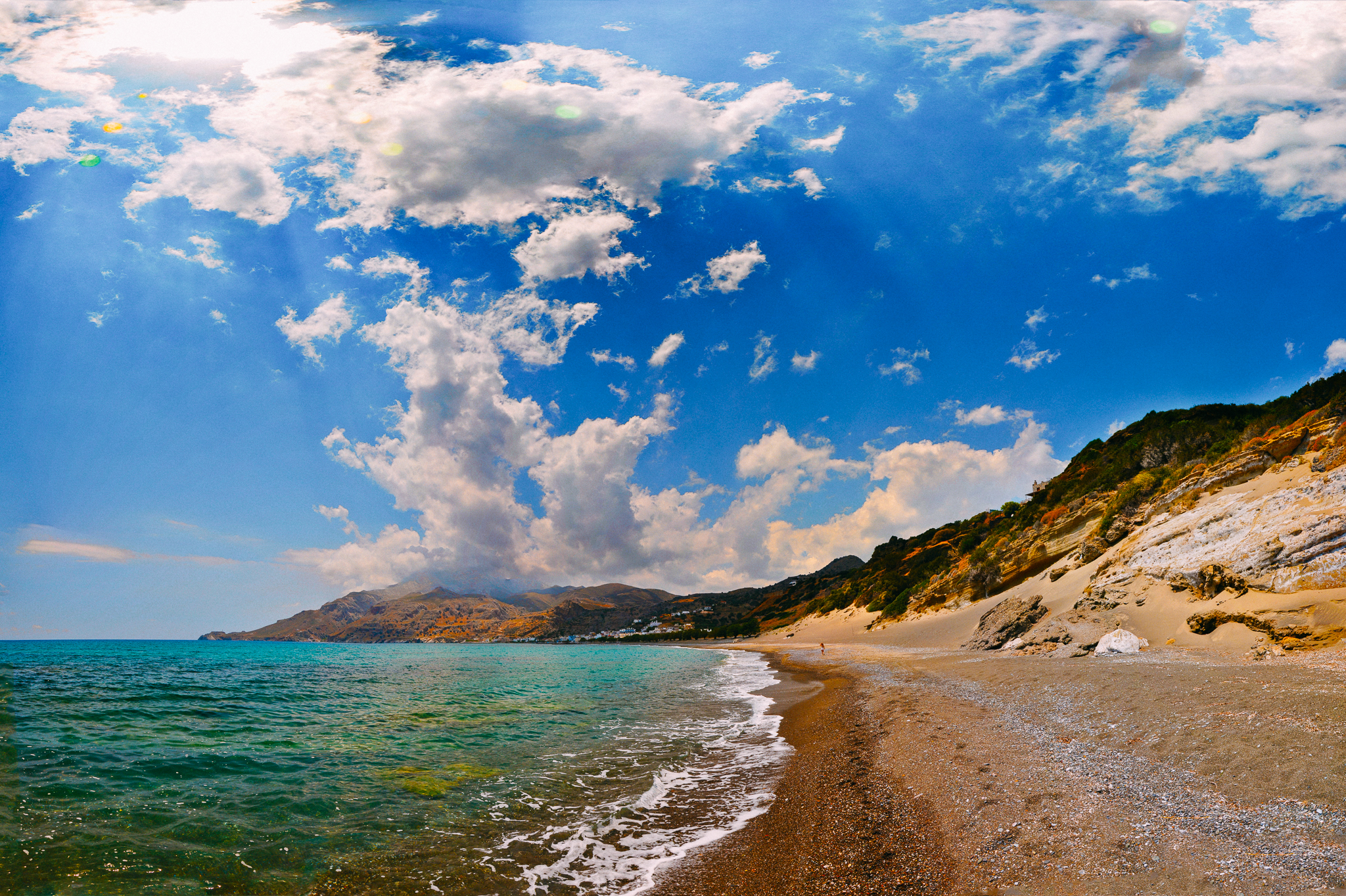
Stalida
Nestled between the lively resorts of Malia and Hersonissos, Stalida is a golden sandy haven that offers a vibrant yet relaxed atmosphere. The beach is well-organized, with plenty of facilities for families and adventurers alike. Keep an eye out for the unique Cretan palm trees swaying gently at the water’s edge, adding a tropical touch to the landscape. For those craving tradition, a nearby path leads from the beach to the picturesque mountain village of Mochos, where time seems to stand still.
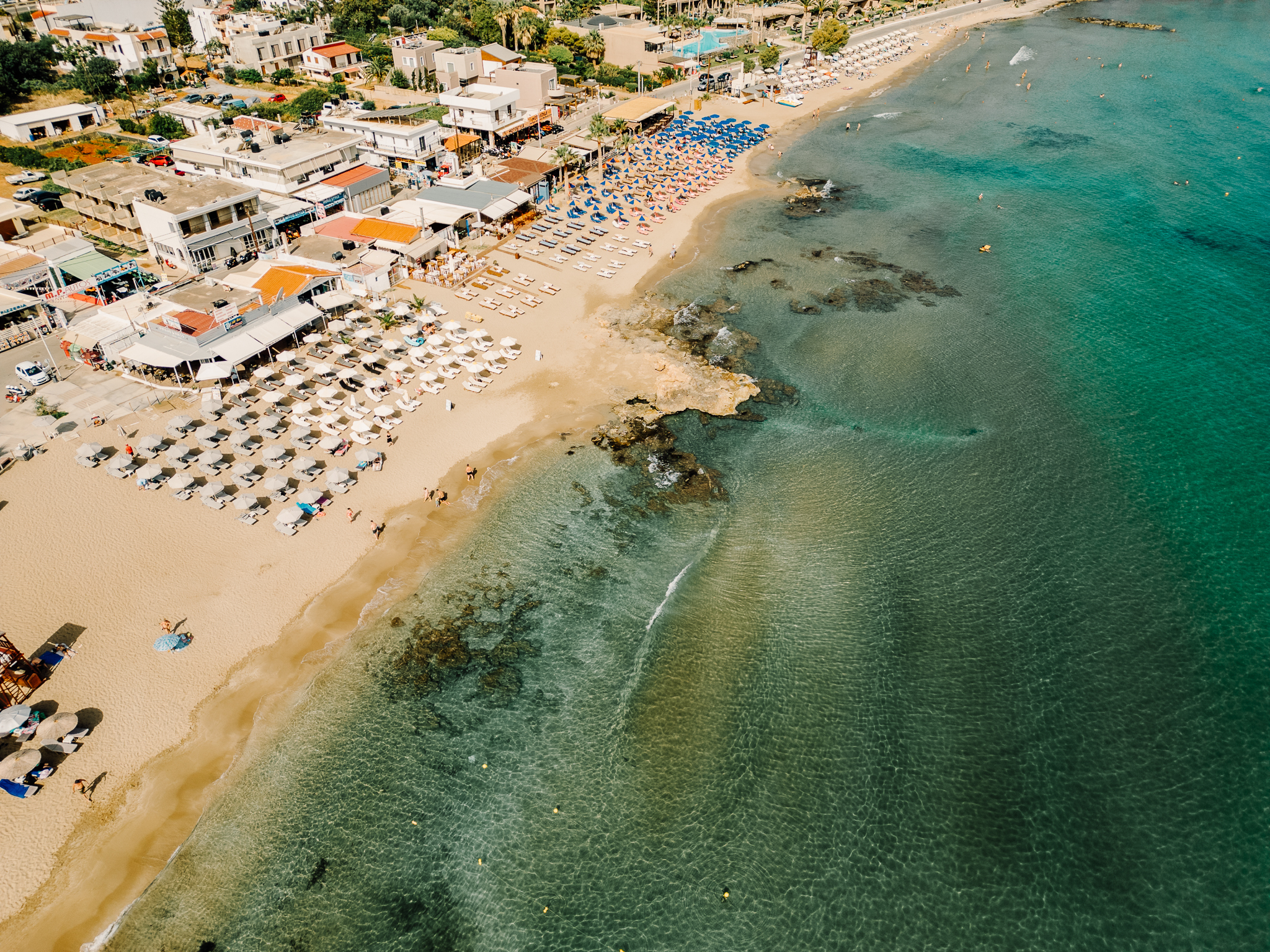
Gouves
Gouves Beach is a long, sandy stretch with shallow, crystal-clear waters, located at the edge of the fertile plain that shares its name. Just a short distance from Heraklion, Gouves is a well-organized beach with a wealth of tourist amenities, making it a favorite for families and visitors looking to enjoy Crete’s coastal charm without venturing far from urban conveniences.
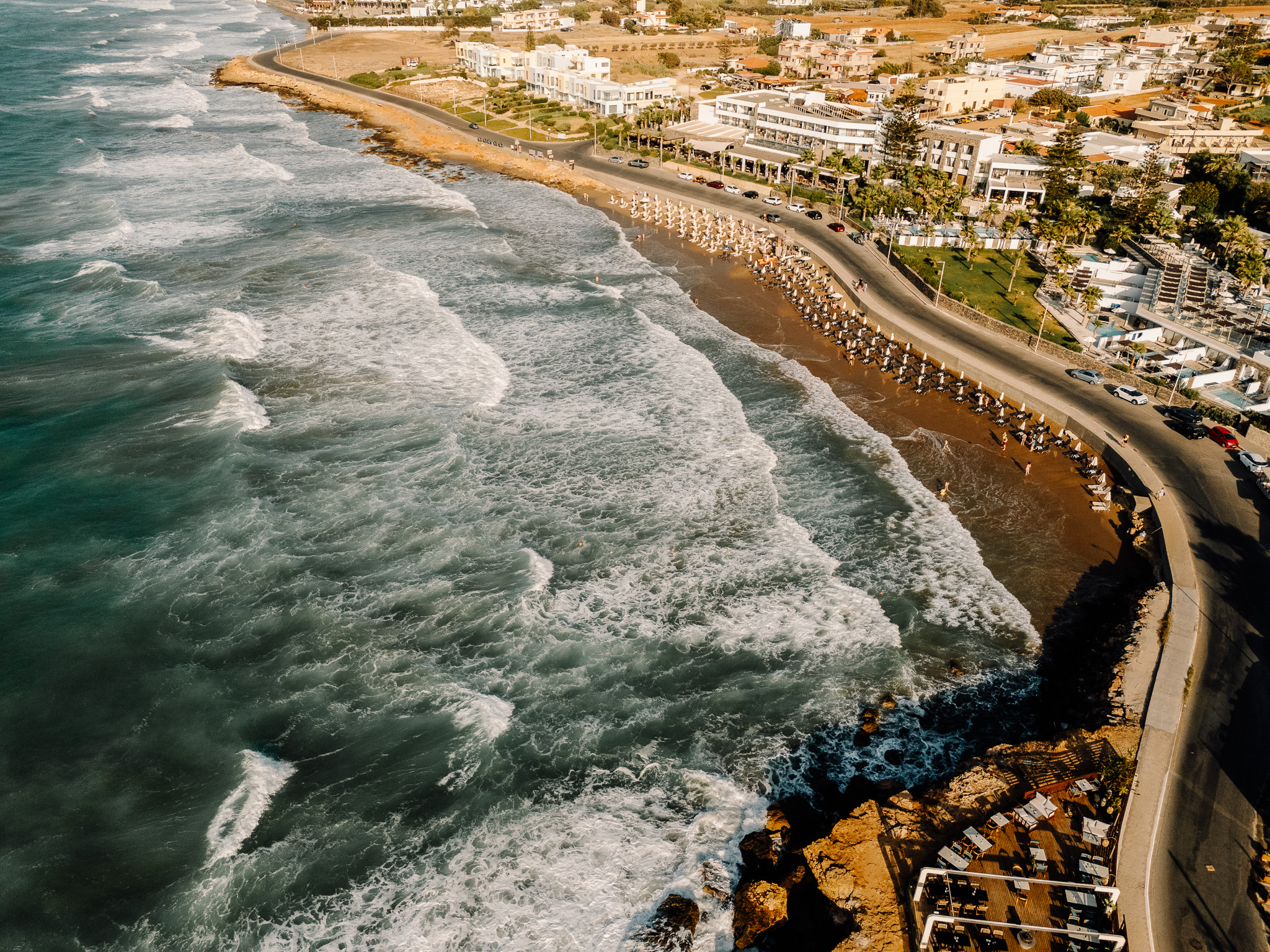
Koudoumas
Koudoumas Beach is a hidden gem on Crete’s southern coast, offering a secluded haven of pebbles and deep blue waters. Surrounded by caves along the rugged coastline, the beach is situated at the base of Mount Kofina, the highest peak of the Asterousia Mountains. Overlooking it all is the historic Monastery of Koudoumas, which marks the end of the scenic Koudoumas Gorge, adding a spiritual touch to this natural paradise.
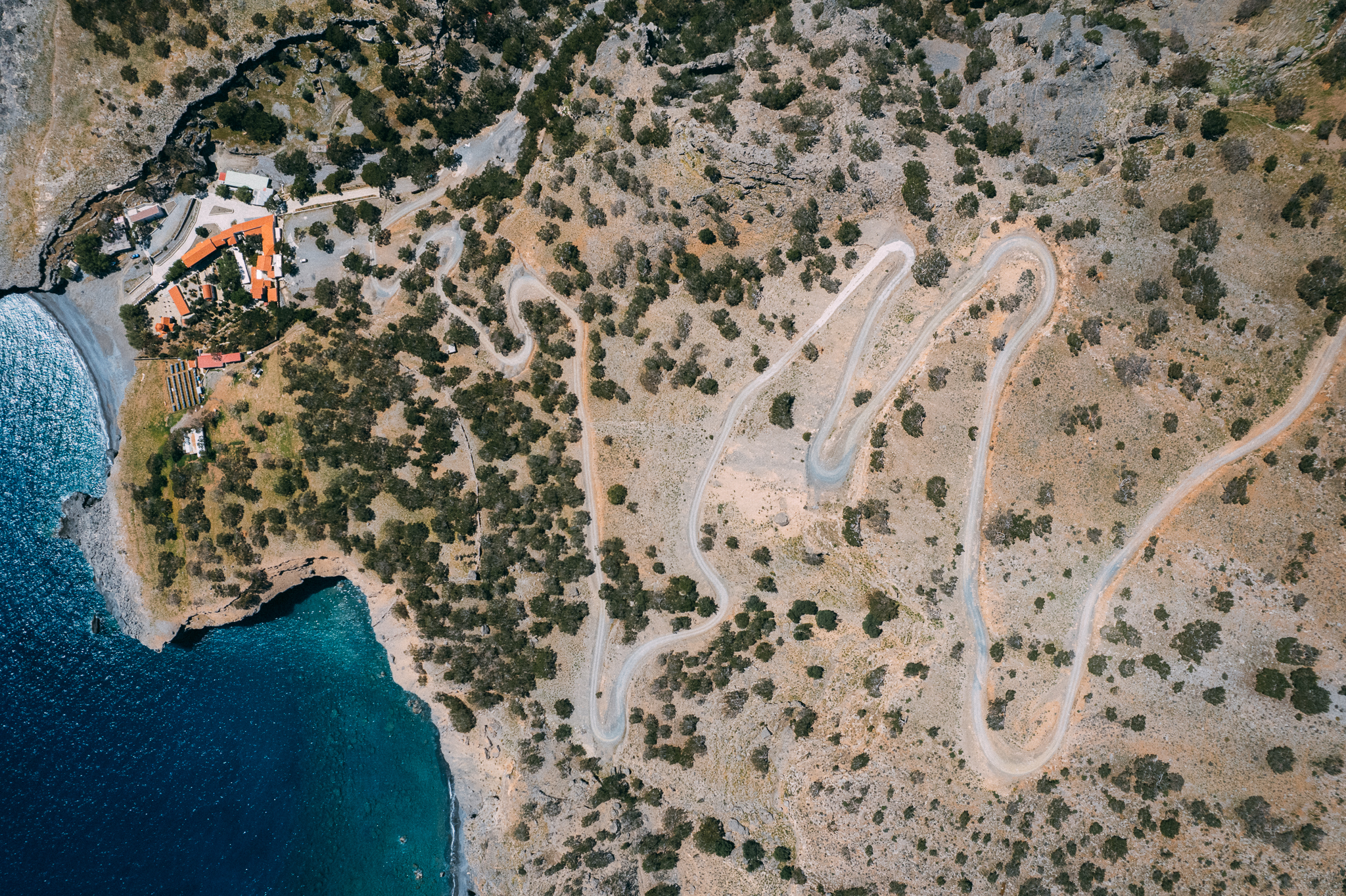
Kali Limenes
At the southern edge of the Asterousia Mountains lies a string of serene beaches collectively known as Kali Limenes. The first is the pebbly Makria Ammos, followed by the sandy expanse of Psili Ammos. Opposite the coast lies the island of Mikronisi, also known as Agios Pavlos, adding a touch of mystique to this tranquil, sun-drenched retreat.
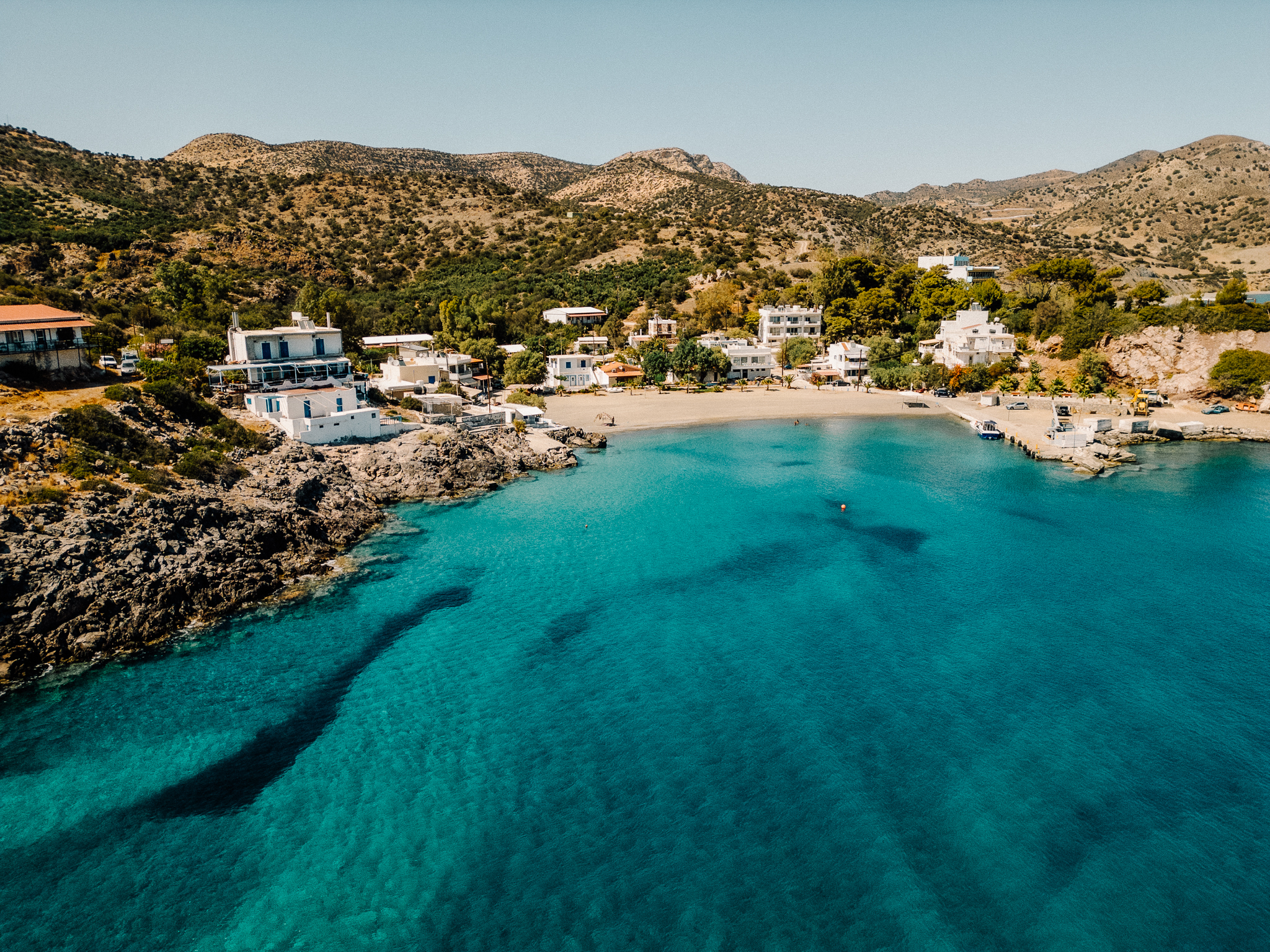
Amnisos
Once the bustling port of the ancient Minoan city of Knossos, Amnisos today is a stunning sandy beach with crystal-clear waters. Its historical significance is matched by its natural beauty, with the archaeological site of ancient Amnissos just a short stroll away. A distinctive island visible from the shore adds to the picturesque setting, making Amnisos a captivating destination for history lovers and beachgoers alike.
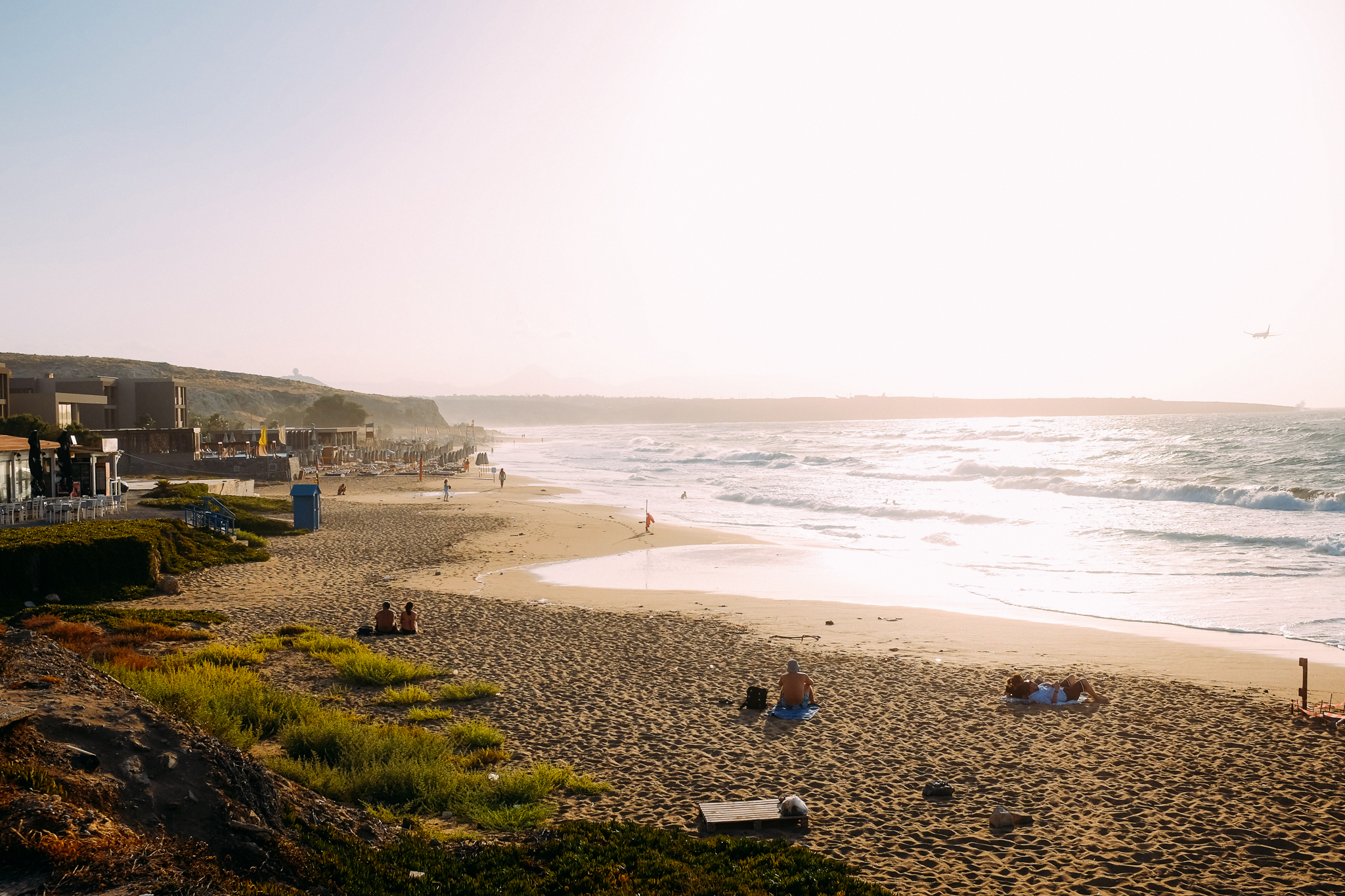
Ammoudara
Ammoudara, aptly named for its vast stretch of golden sand, is one of Heraklion’s most popular beaches. Located just a short distance from the city, this easily accessible beach boasts clear waters and excellent facilities, including water sports for the adventurous. Flanked by the Amyros and Xiropotamos rivers, Ammoudara offers a perfect blend of relaxation and recreation, making it a favorite among locals and tourists alike.
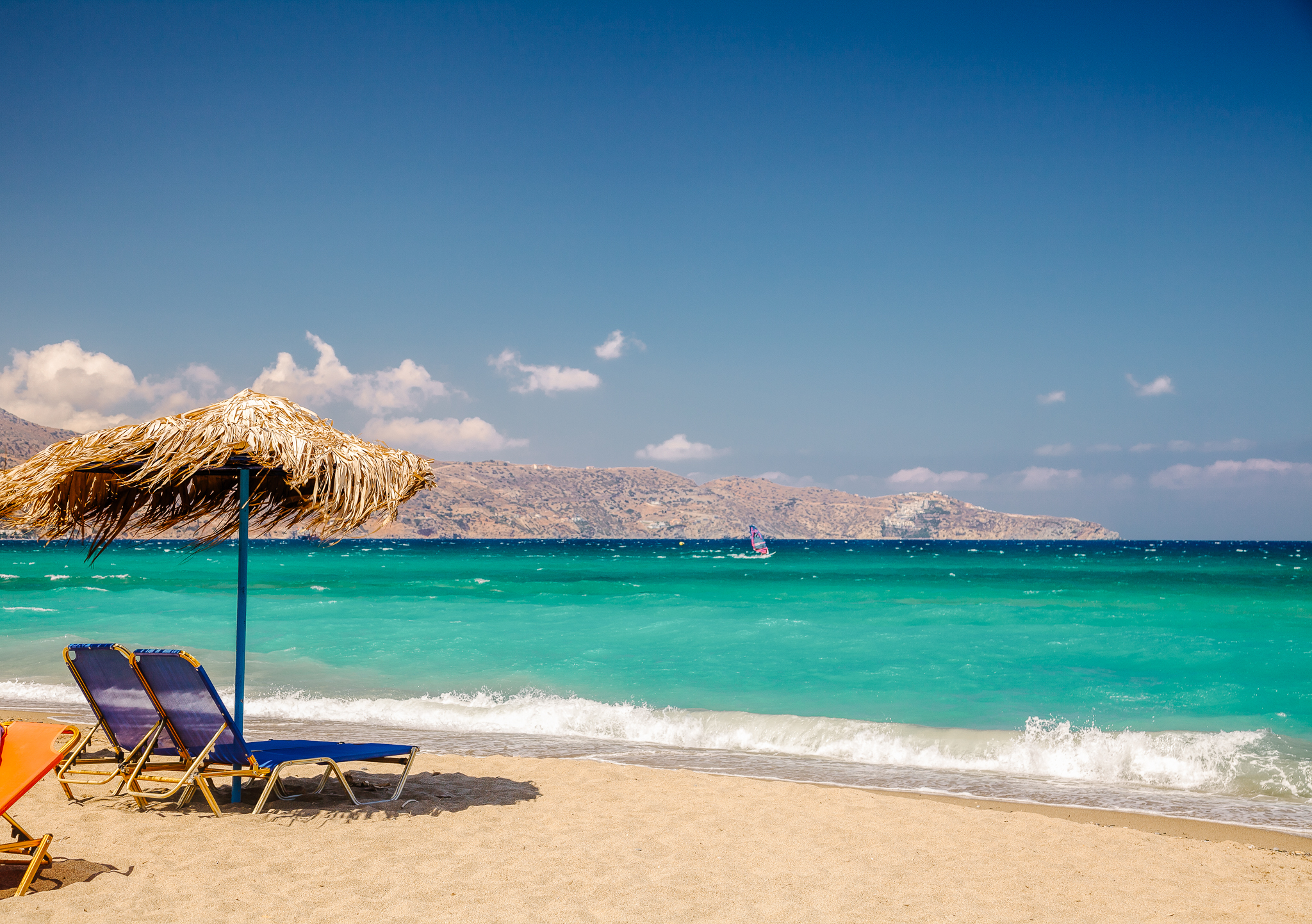
Matala
Matala Beach is one of Crete’s most iconic destinations, located at the southwest edge of the fertile Mesara Valley. Its soft, golden sands are framed by distinctive limestone cliffs carved with ancient caves, which became a haven for free-spirited hippies during the 1960s and 1970s. Today, Matala is a vibrant tourist hotspot, offering a unique blend of natural beauty, historical intrigue and a nostalgic bohemian vibe.
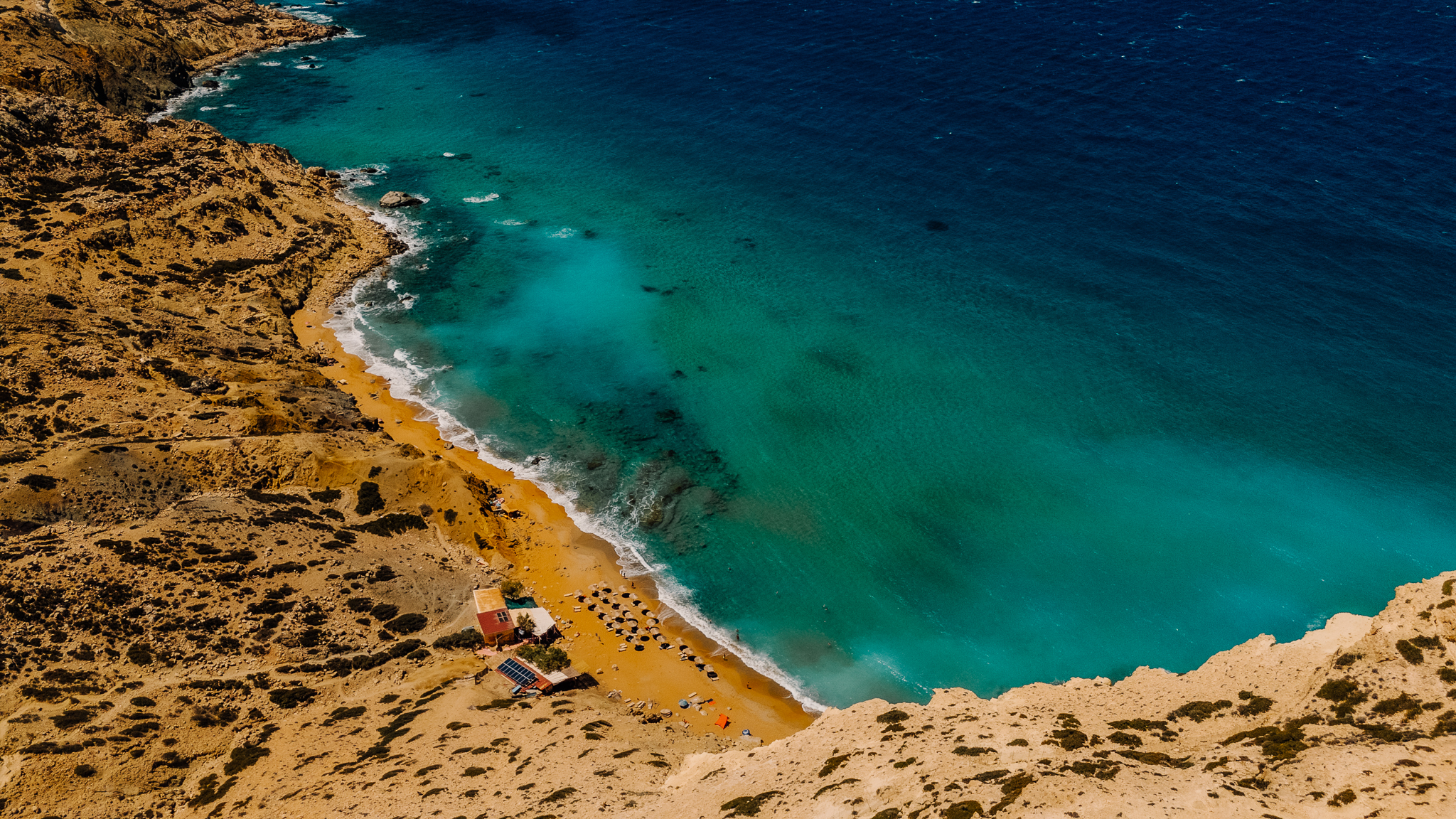
Lentas
Lentas is a tranquil seaside village that enchants visitors with its quiet beach, nestled between two dramatic capes. Towering above the village is the majestic Vigla Peak of the Asterousia Mountains, offering a striking backdrop to the serene coastal setting. History whispers through the area, as remnants of an ancient Roman-period town lie close to the coast, enriching the experience of this unspoiled retreat.
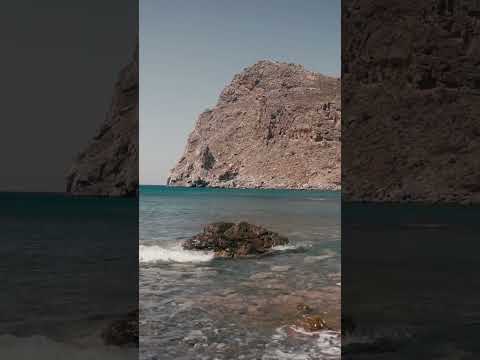
Agia Pelagia
Agia Pelagia is a popular coastal resort located 23 kilometers northwest of Heraklion. The village is built amphitheatrically around a sheltered bay with crystal-clear waters and a sandy beach. It was named after the small church of Agia Pelagia (Saint Pelagia) located in the area. From a small fishing village in the 1960s, it has evolved into a modern tourist destination with numerous tavernas, cafes and hotels, while maintaining its traditional charm. The main beach is ideal for families, while the area is excellent for water sports and diving.
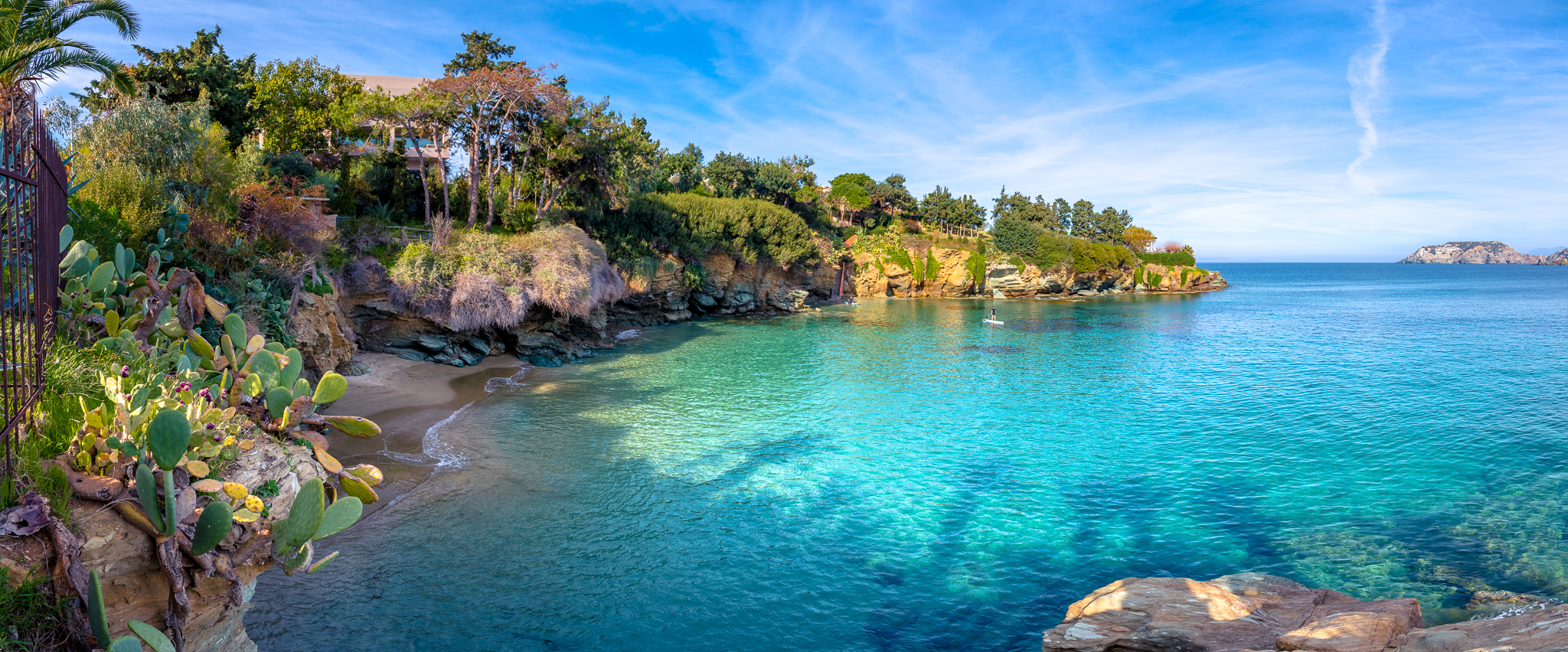
Potamos (Malia)
Potamos Beach, the crown jewel of the seaside town of Malia, is a sprawling sandy paradise. As the largest and most well-organized beach in the area, it offers ample space for sunbathing and water activities. Nearby, history buffs can explore the archaeological site of the ancient Minoan palace of Malia, while nature enthusiasts can visit the Valtos marsh, a serene sanctuary for native bird species. Potamos seamlessly combines natural beauty, history and modern amenities for an unforgettable coastal escape.
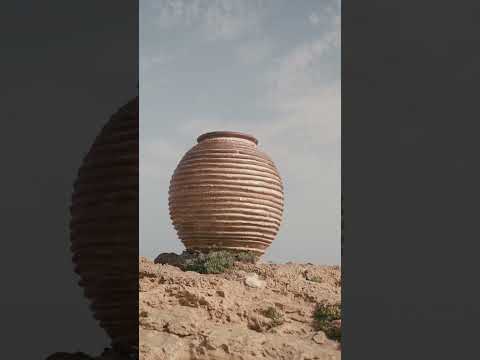
Limanakia (Hersonissos)
The "Limanakia of Hersonissos," a series of charming, sheltered beaches, stretch from the iconic Sarandaris Cape to the bustling tourist harbor of Hersonissos. These beaches offer something for every kind of traveler, from easily accessible, sandy and well-organized stretches perfect for families to secluded, narrow and rocky coves ideal for those seeking solitude. The crystal-clear waters and scenic surroundings make Limanakia a must-visit destination for beach lovers exploring Heraklion’s coastline.
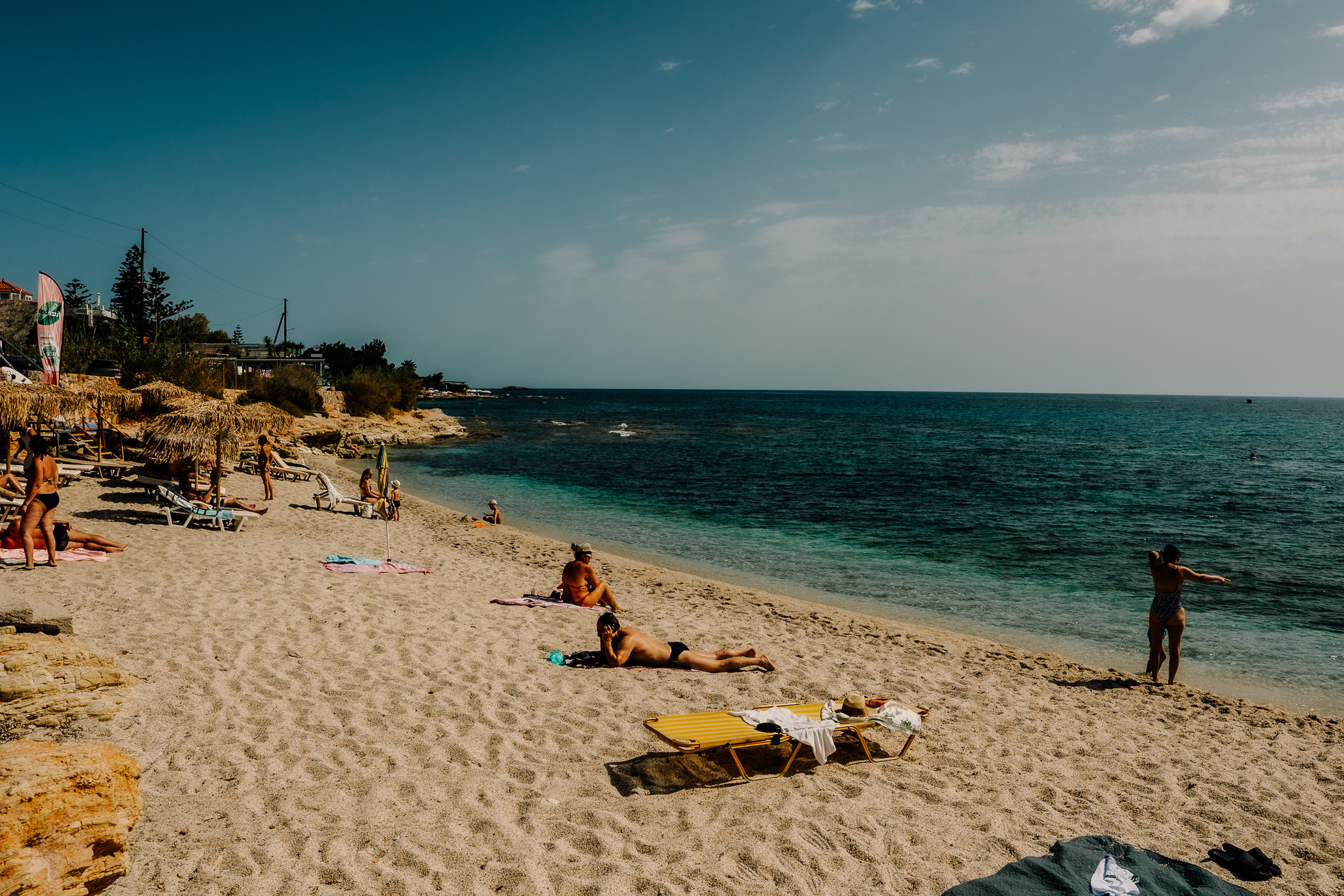
Towns and Villages
Gavdos
Gavdos, the southernmost tip of Europe, is a small island with sparse permanent residents and minimal tourist facilities, offering an unparalleled sense of tranquility and freedom. Its untouched and rugged beauty is evident in its hiking trails and serene, stunning beaches. Notable spots include Karave beach and port, Korfos, Lakkoudi, Tripiti, Sarakiniko, Agiannis, Lavrakas, Pyrgos and Potamos. Ferry services connect Gavdos with the ports of Paleochora, Sougia and Chora Sfakion, enhancing its appeal as a remote yet captivating destination.
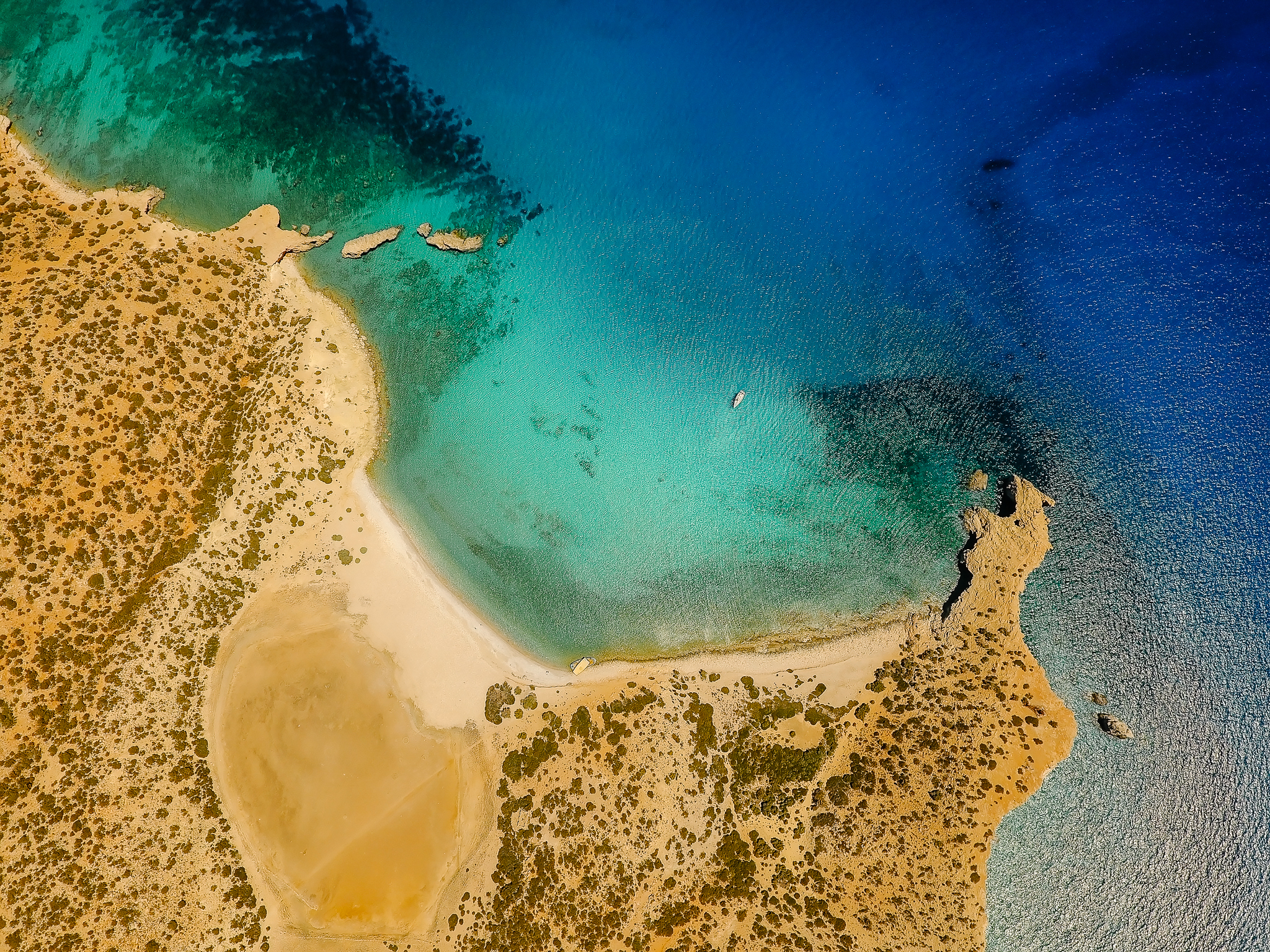
Askifou Plateau
Askifou comprises four small villages (Ammoudari, Kares, Goni and Petres) on the Askifou Plateau. They have limited facilities but are popular due to their advantageous location within the White Mountains Natural Park. Near Goni are the ruins of two Turkish castles and from Ammoudari, a trail leads to the Tavri Refuge, part of the E4 trail.
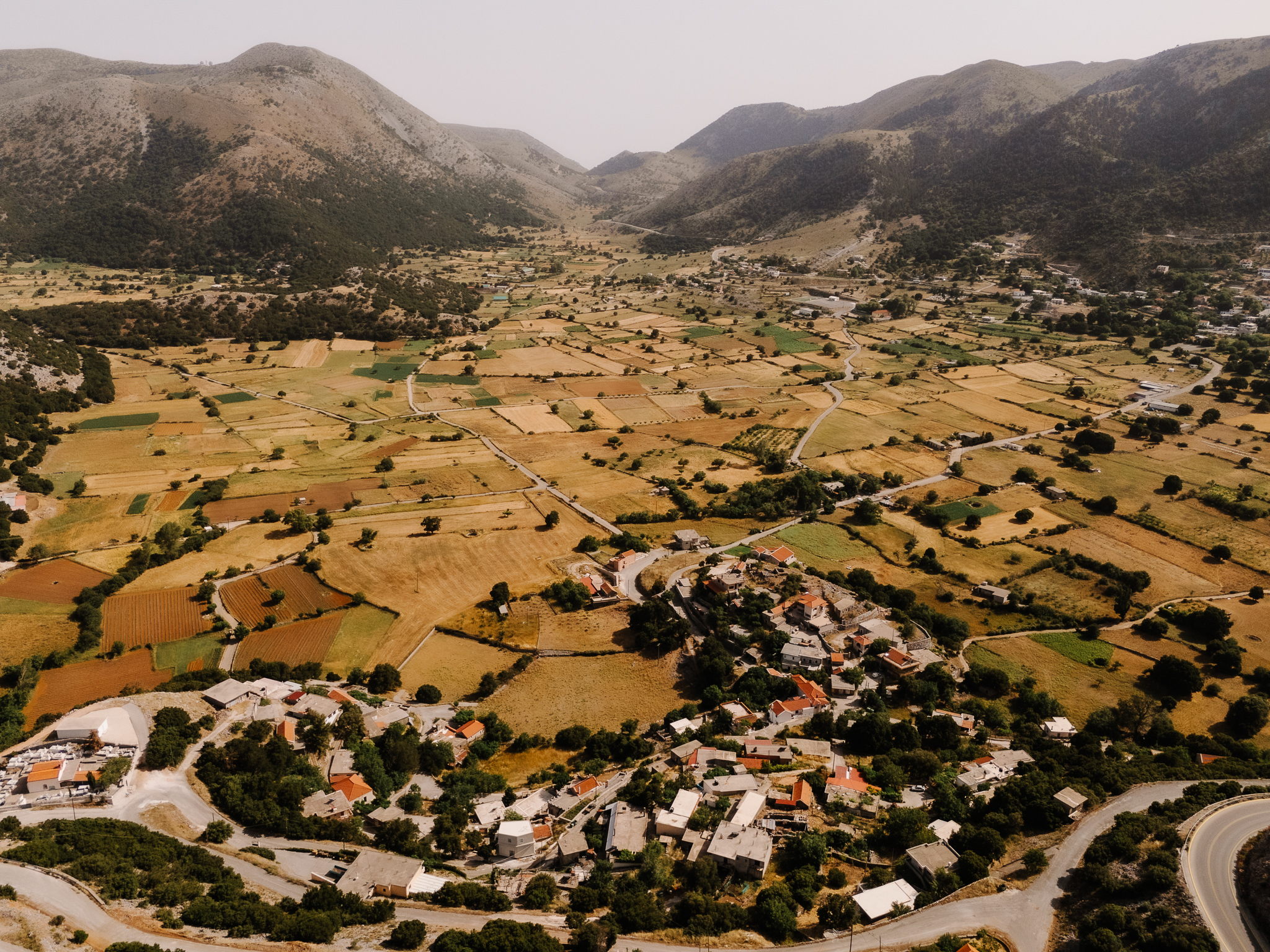
Chora Sfakia
The small coastal village of Hora Sfakion, despite its remote location, enjoys renown among travelers. It offers tourist amenities and boats departing from its harbor connect to various destinations such as Agia Roumeli, the endpoint of the Samaria Gorge hike, as well as to Loutro, Gavdos, Paleochora and Sougia. Nearby, visitors can discover tranquil pebbled beaches perfect for relaxation.
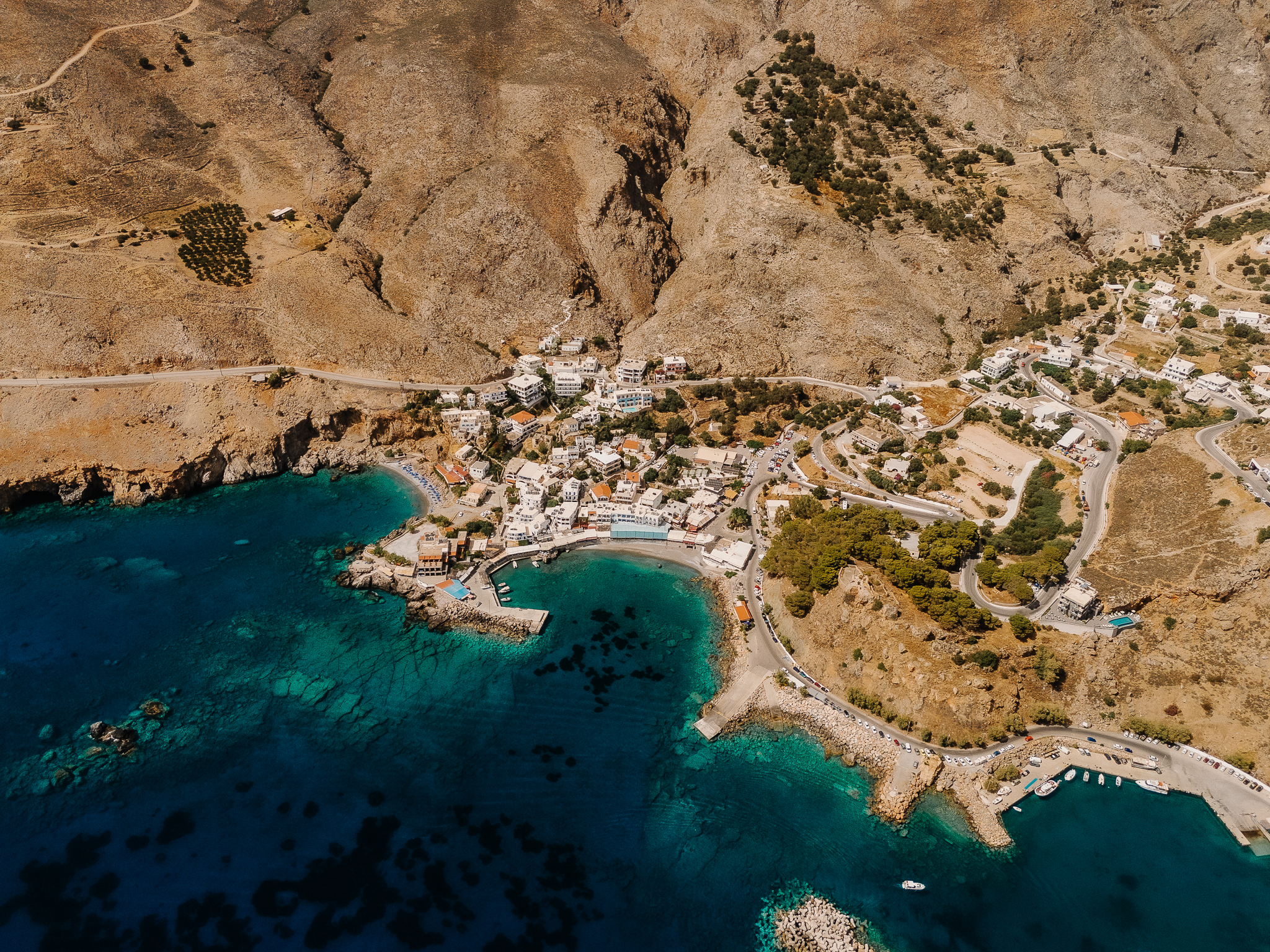
Vrises
Vryses is a picturesque, small village nestled in a distinctive natural environment where two rivers, Boutakas and Vrysianos, converge. The village features a significant landmark in the form of a large bridge constructed in 1942, alongside a recreation park. Notably, Vryses is also home to the Hellenistic Kamara, a single-arched bridge recognized as one of Greece's oldest historic sites.
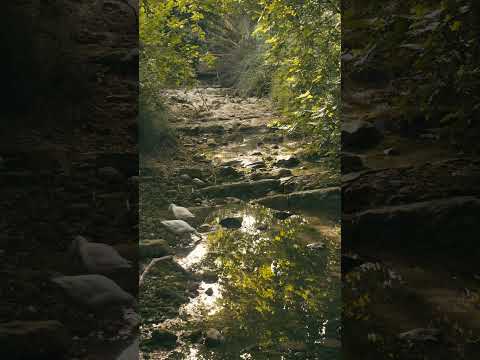
Vamos
Located semi-mountainously at the foot of the White Mountains, Vamos was likely settled in the 8th century and flourished in the 19th century, preserving its traditional architecture. It attracts tourists eager to explore its history, tradition, natural landscape and agricultural production.
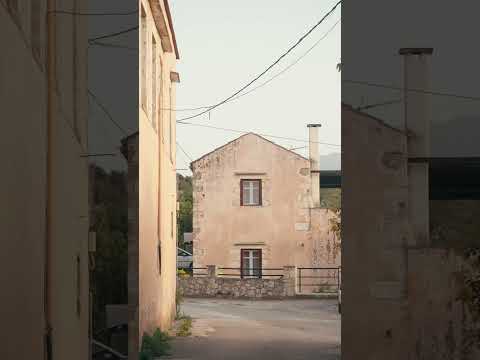
Paleiochora
In southern Crete, Paleochora is a serene, picturesque village on the site of an ancient city. Spanning 11 km along the Libyan Sea, it is ideal for relaxation and is known for its olive oil and vegetable production—boats from its port travel to Sougia, Agia Roumeli, Loutro, Hora Sfakion and Gavdos.
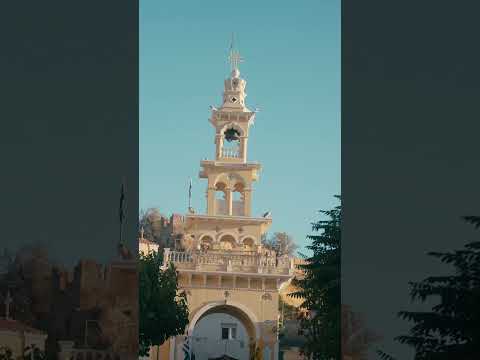
Voukolies
This picturesque village, near the Tavronitis River valley, is known for its fertile land, supporting agriculture, livestock and trade. Its notable monument is the mid-19th-century Ottoman tower.
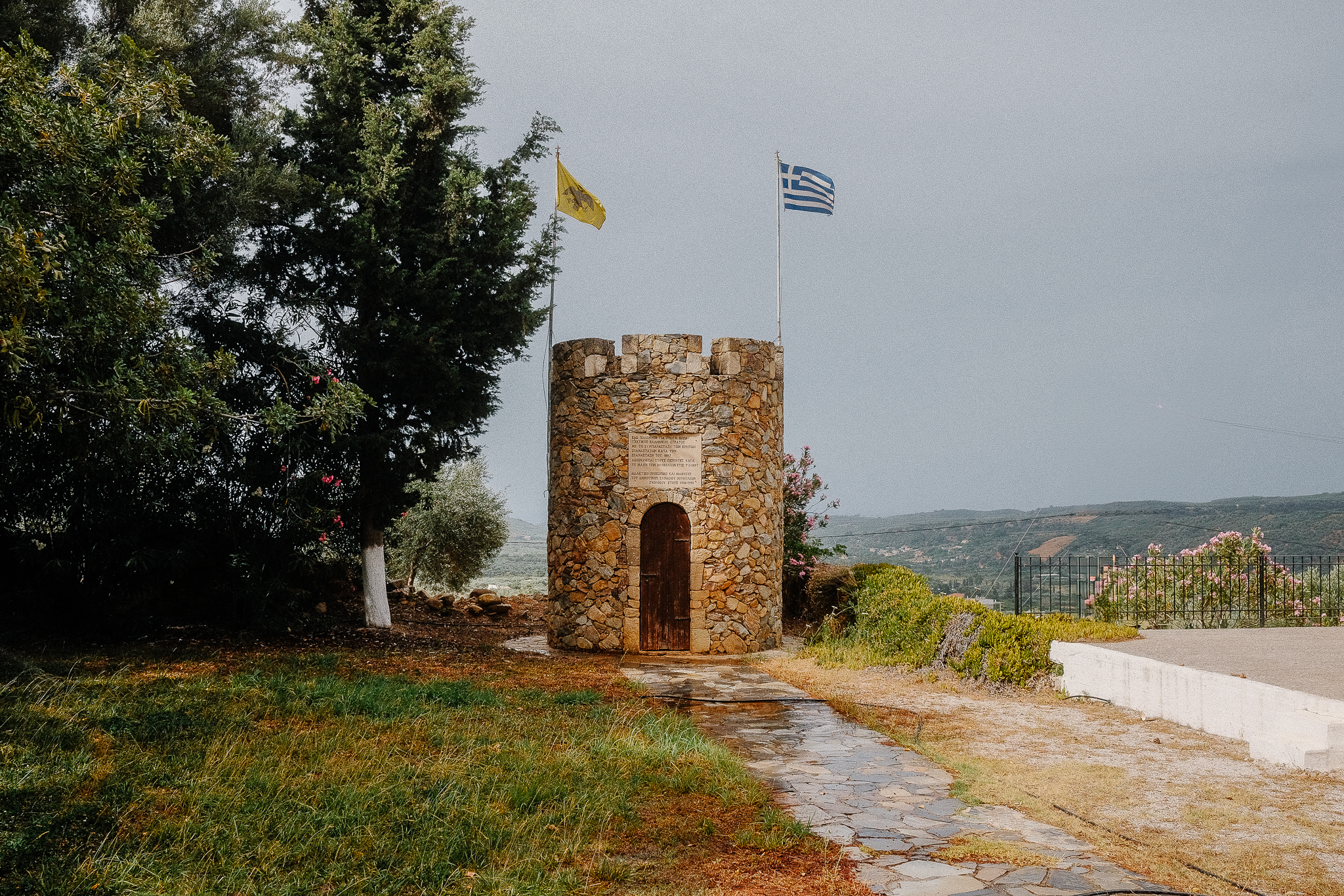
Milia
At 550 meters altitude, Milia is a small mountain village near Kissamos in western Crete. Inhabited since the 15th century, it is hidden in dense vegetation of chestnut, oak, arbutus and olive trees. Abandoned until the 1990s, a tourism initiative transformed it into an alternative eco-tourism destination.
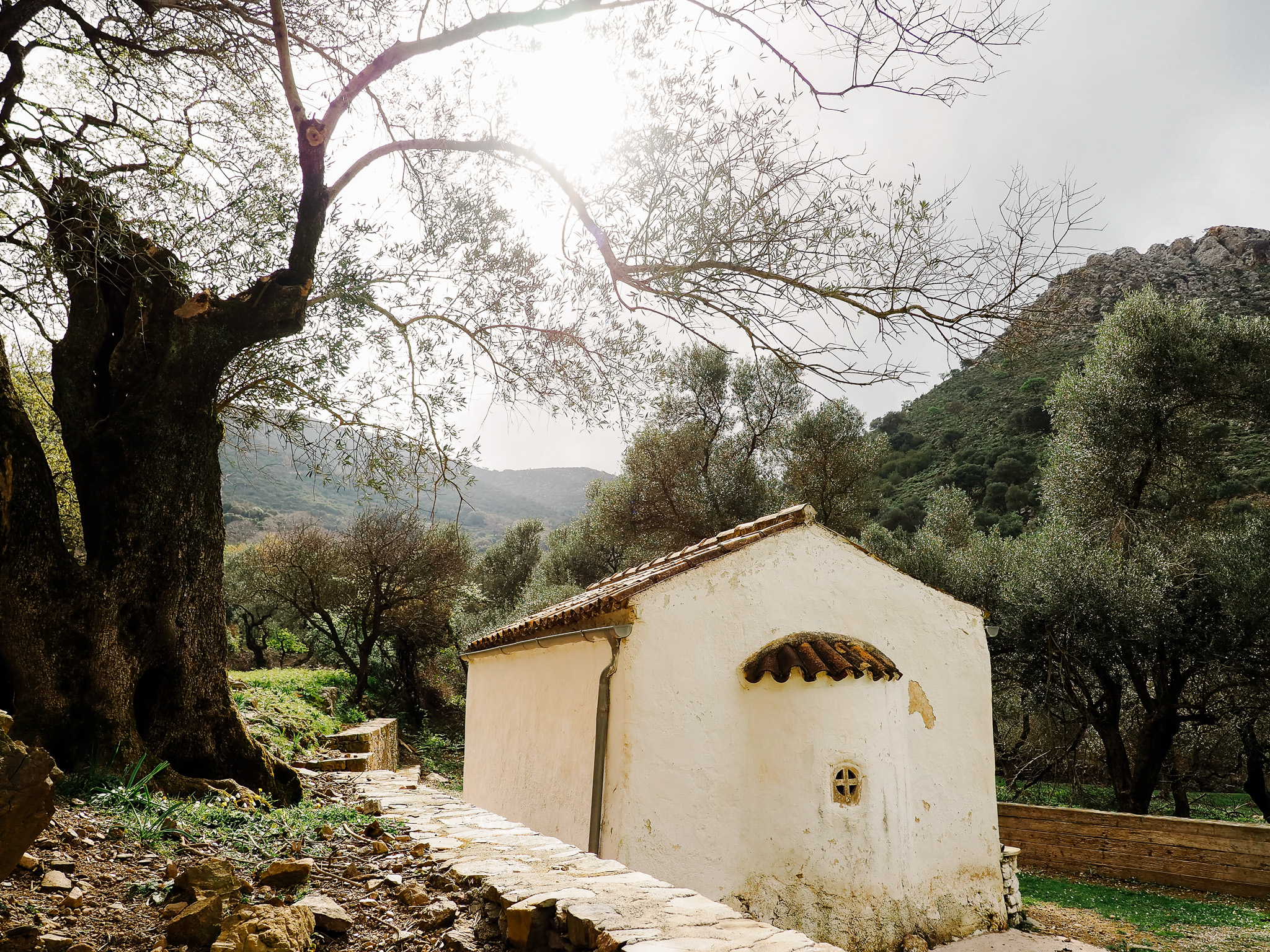
Kissamos
At Crete's northwestern tip lies the picturesque seaside town of Kissamos. Boats depart from its port to Gramvousa Island and Balos Lagoon and there is a connection to Kythira. Named after the Venetian fortress Castel Chissamo, the area's long history includes olive oil and wine production. It is strategically located near famous beaches.
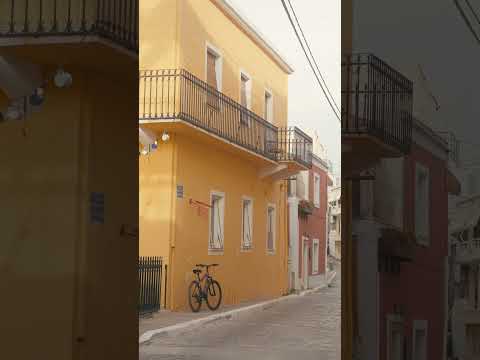
Theriso
Theriso is a historic village near Chania, nestled at the foot of the White Mountains within the lush Theriso Gorge. Its challenging terrain made it a stronghold with significant revolutionary activity. The 1905 revolution led by Eleftherios Venizelos sought Crete's union with Greece, marking its historical importance.
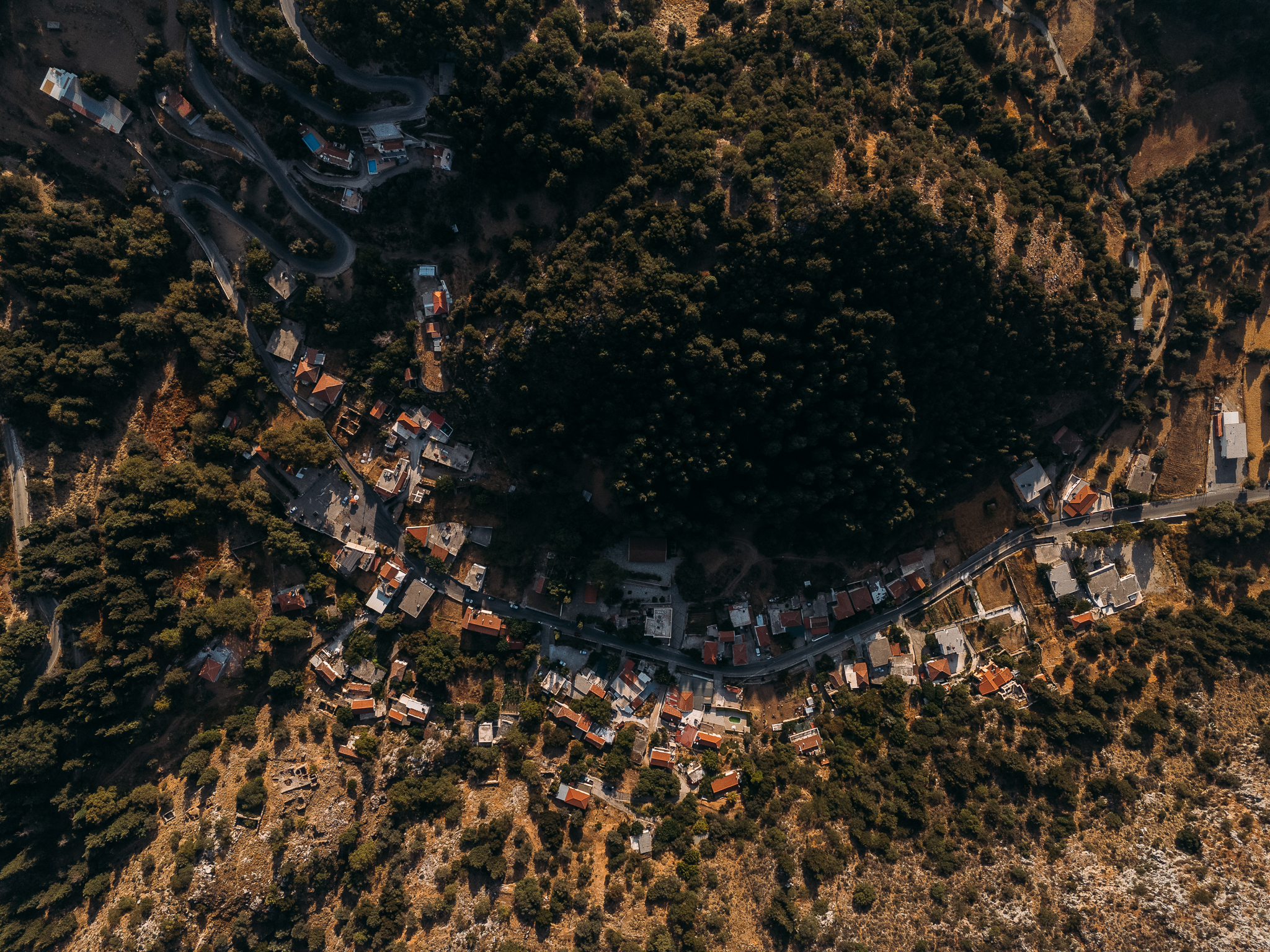
Chania
Chania, Crete's second-largest and highly popular city, has been inhabited for over 5,000 years. Evidence of various cultures (Minoan, Hellenistic, Venetian, Ottoman and Modern) attest to its rich heritage. Settlement began in the Proto-Minoan period (3650 BC), with later conquerors shaping the city's architectural structure, making it a significant and beloved tourist destination.
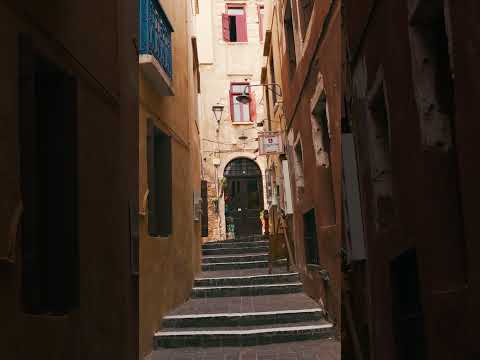
Spili
Perched amphitheatrically on the western slopes of Mount Kedros, in the heart of Rethymno region, Spili is a traditional mountain village that serves as the seat of the Holy Metropolis of Lampi, Syvritos and Sfakia. The village is renowned for its central square, shaded by ancient plane trees and adorned with its crown jewel: an impressive fountain featuring 25 lion-head spouts continuously streaming fresh water. Historic watermills dot the landscape, adding to the village's timeless charm. Spili serves as a gateway to outdoor adventures, offering access to the E4 hiking trail "Spili-Gerakari" and the dramatic Kourtaliotiko Gorge, which leads to the exotic Palm Forest of Preveli.
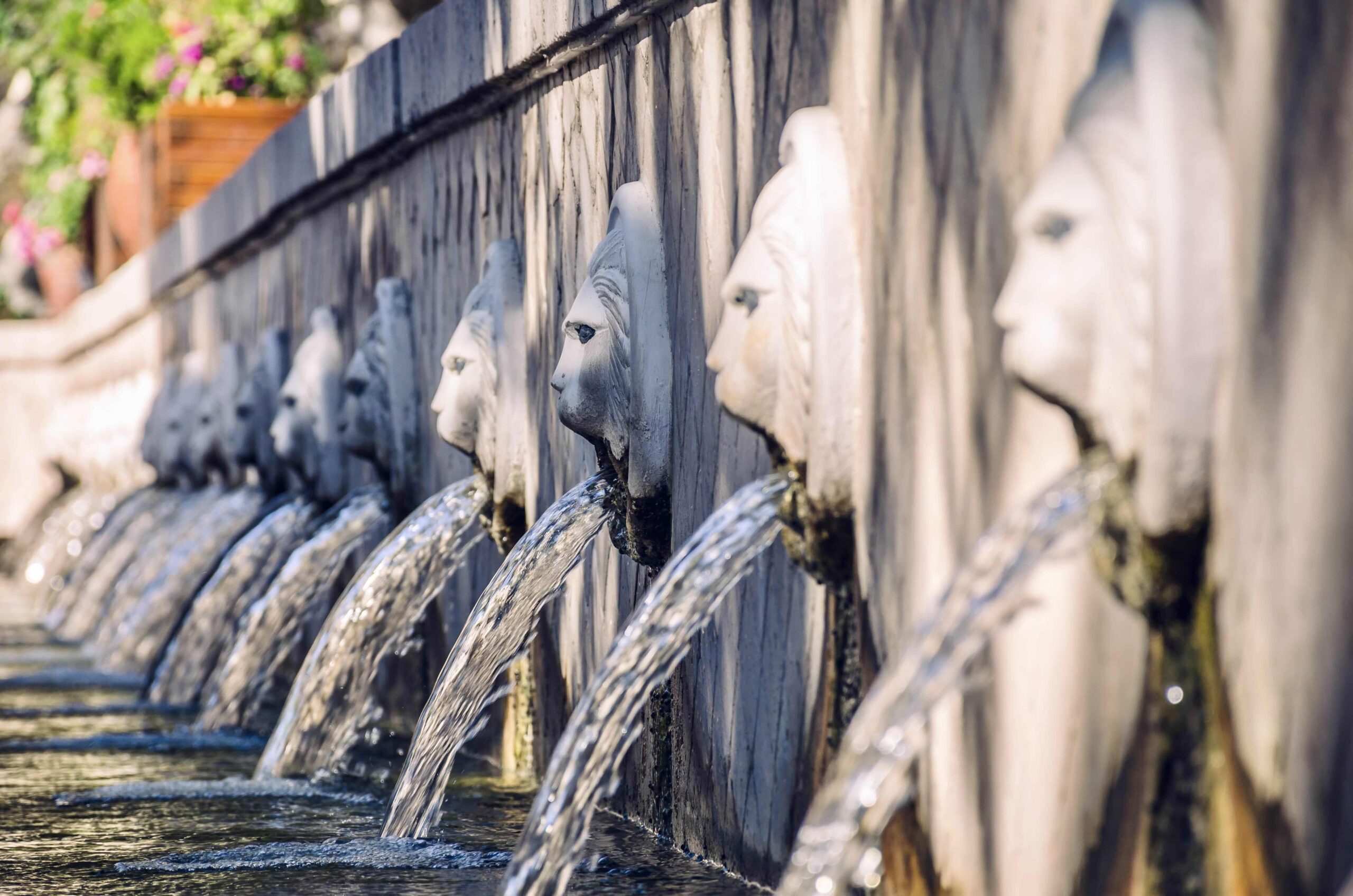
Axos
Perched at an altitude of 580 meters above the springs of Mylopotamos, the mountain village of Axos boasts a rich history of settlement and holds substantial archaeological significance. It is renowned for the breathtaking natural landscape, enhanced by the majestic presence of Psiloritis mountain.
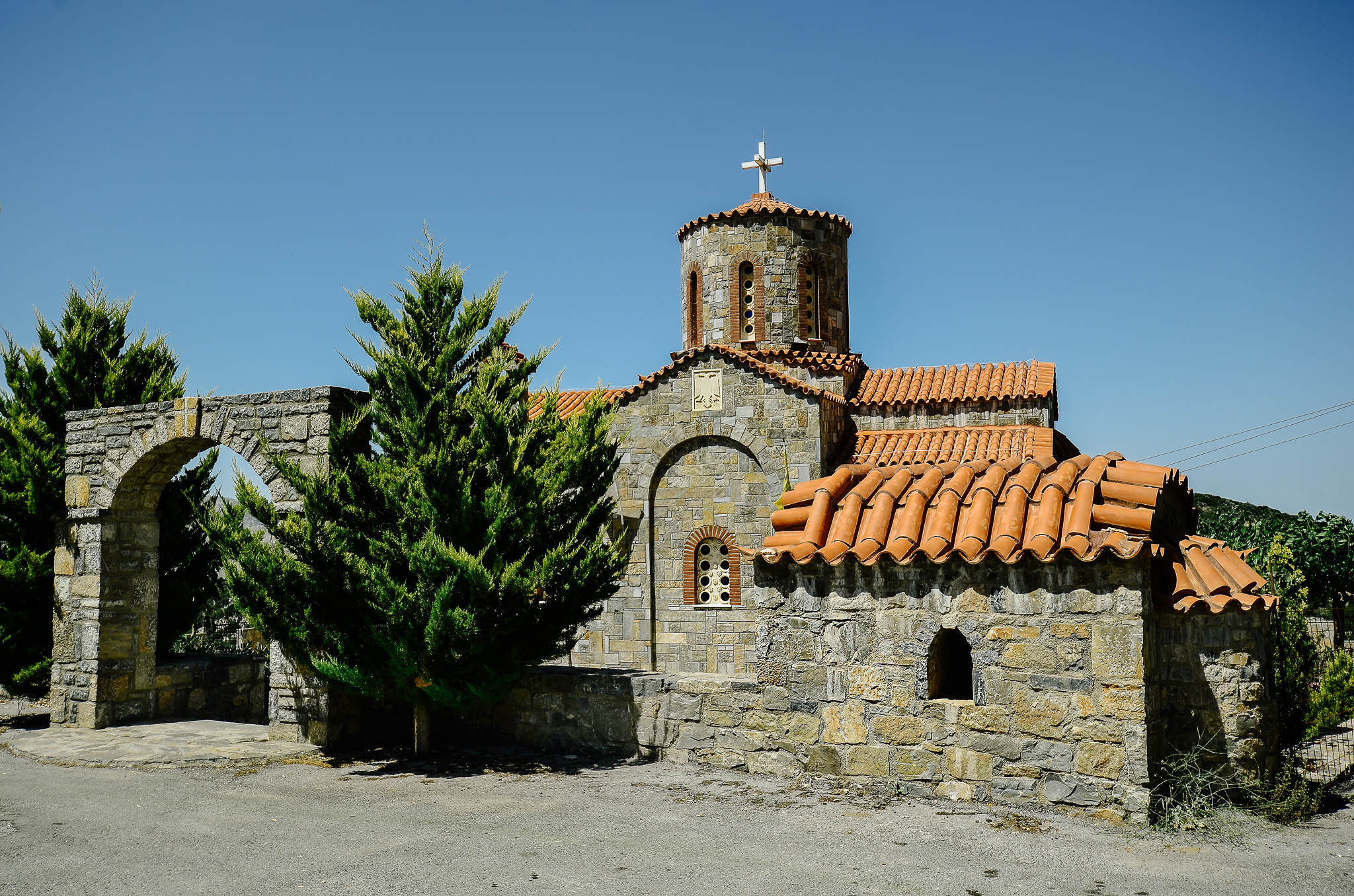
Plakias
A small coastal village experiences significant tourist activity, thanks to its convenient access to prominent local attractions such as the renowned Preveli Beach, as well as the Kotsifos and Kourtaliotis gorges.
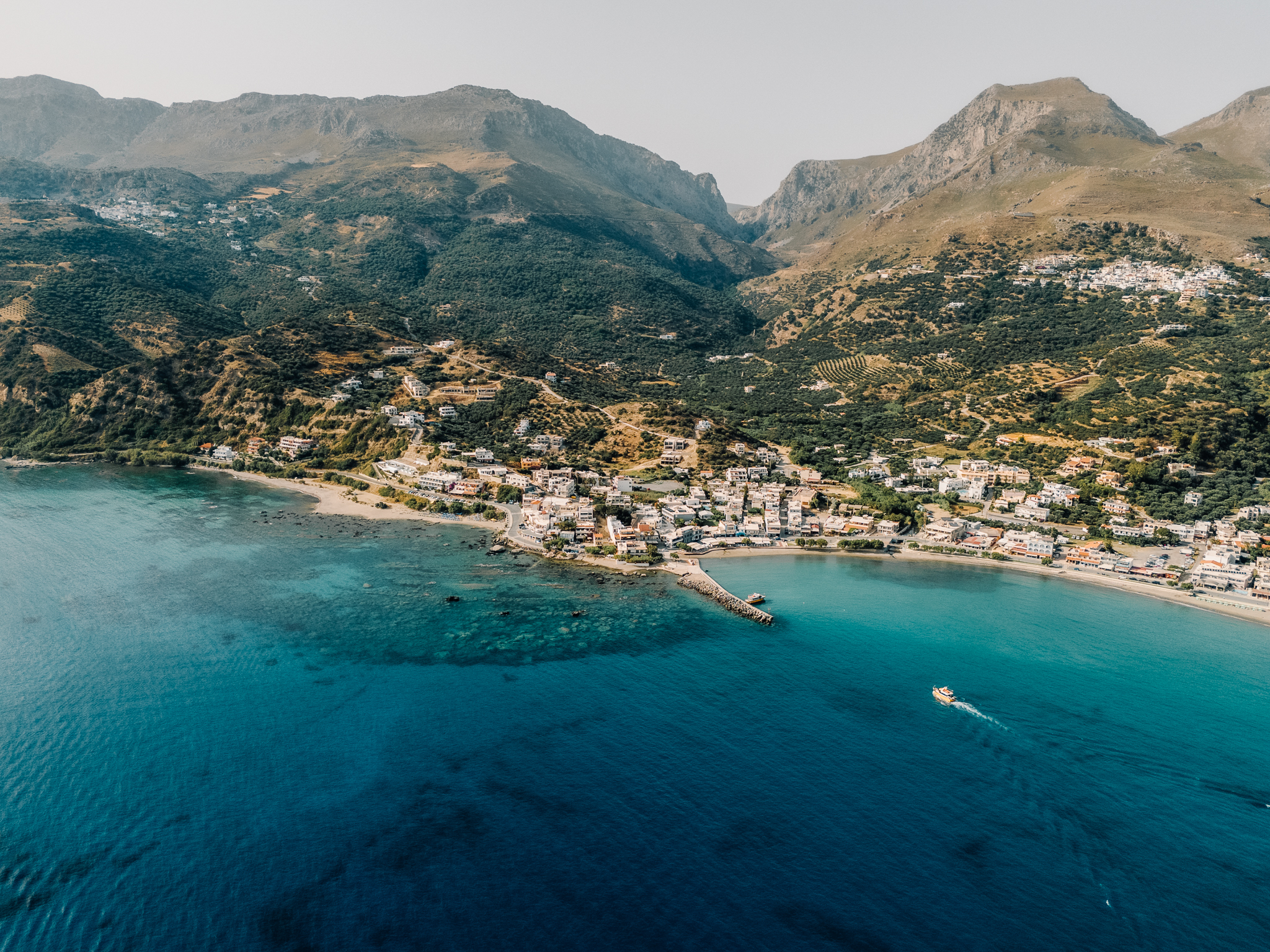
Arkadi
Nestled near the historic Arkadi Monastery in Rethymno, the village of Arkadi is a hidden gem of Cretan authenticity. Its traditional architecture and charming alleyways offer a glimpse into genuine island life. Arkadi's serene atmosphere, coupled with its rich historical legacy, makes it a compelling destination for those seeking to experience Crete's true essence away from the tourist crowds.
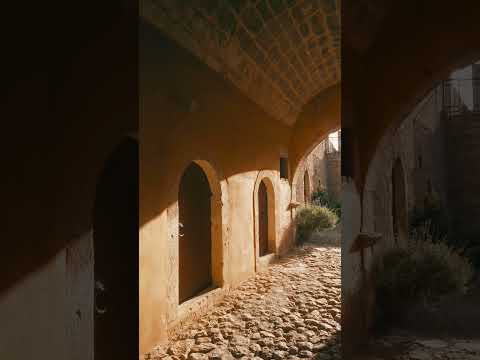
Amari
Between Mount Kedros and Psiloritis, at an altitude of 500 meters, the Amari Valley forms. Its location is crucial as it connects northern Rethymno to its southern part. Many settlements are located here and it is easily accessible to natural attractions like the Patsos Gorge.
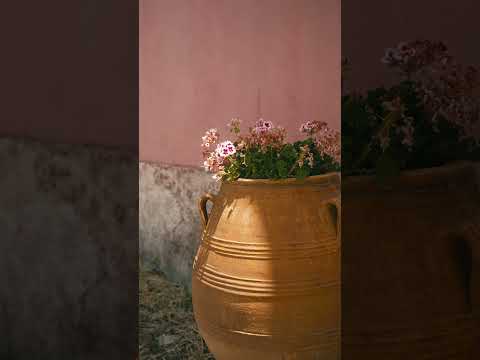
Patsos
Nestled at the foot of Mount Soros, Patsos is a quaint, picturesque village enveloped in lush vegetation. Inhabited since the Early Minoan Age (circa 3000 BC), it boasts a rich historical heritage. Patsos is also renowned for its proximity to the Agios Antonios Gorge and is cherished for the warmth and hospitality of its residents.
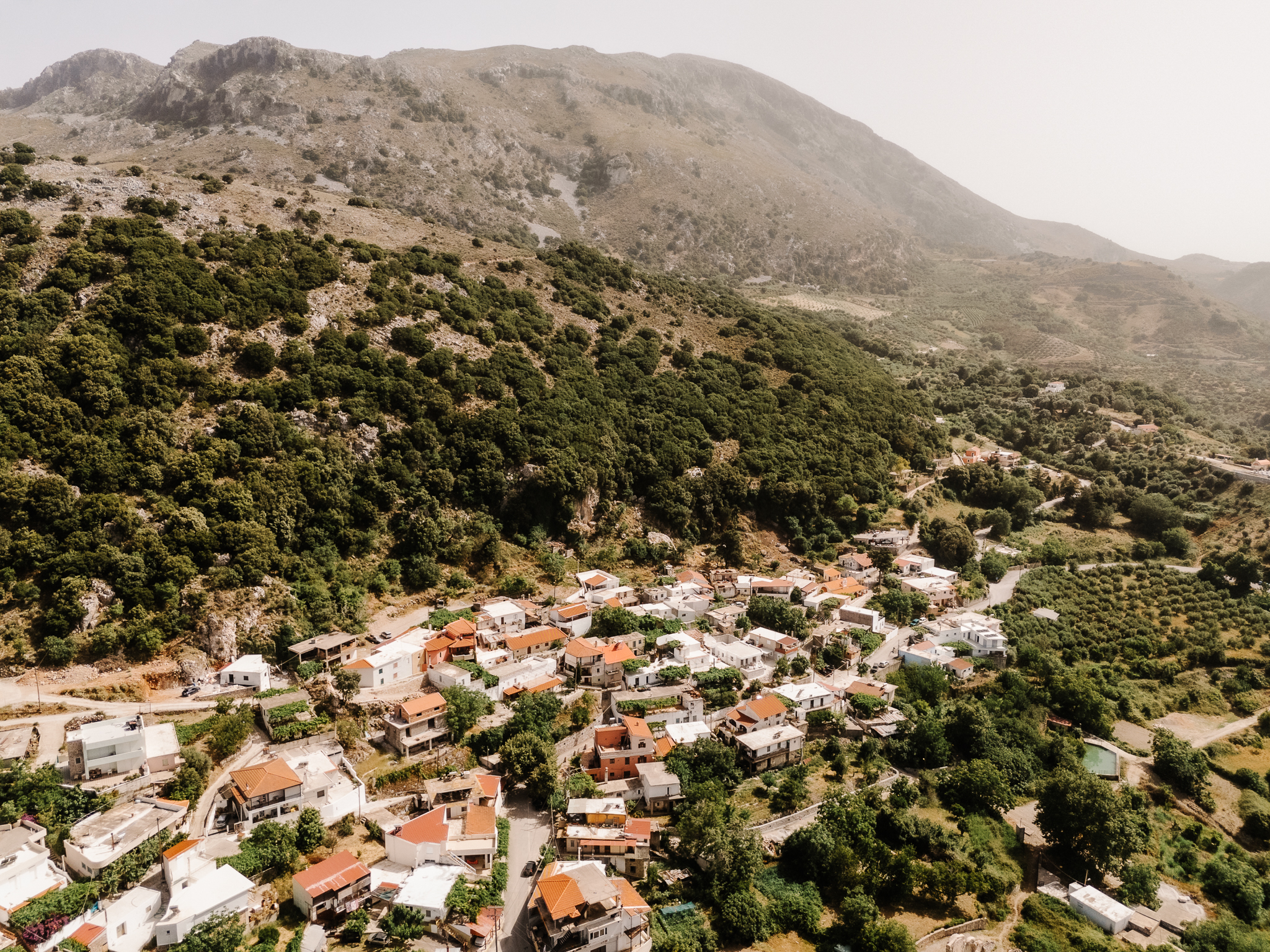
Agia Galini
The seaside village of Agia Galini, situated at the mouth of the Platis River, offers stunning views of the Psiloritis slopes. Renowned for its natural beauty, it is a popular tourist destination with convenient maritime connections to nearby beaches such as Agios Georgios, Agios Pavlos and Preveli.
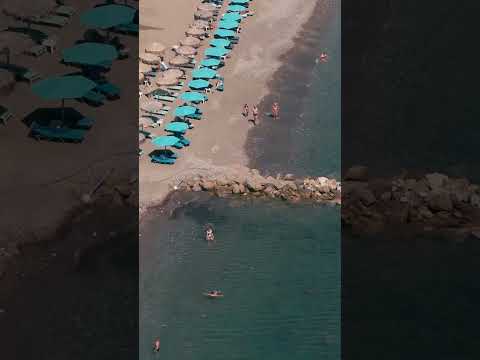
Arkadi, Rethymno, Greece
The traditional settlement of Kapsalians, constructed in the 17th century as part of the Arkadi Monastery, stands as a prime example of Cretan architecture. Despite being abandoned in the latter half of the 20th century, its architectural integrity remains remarkably preserved. In recent years, the introduction of modern tourist infrastructure has revitalized the settlement, breathing new life into its historical charm.
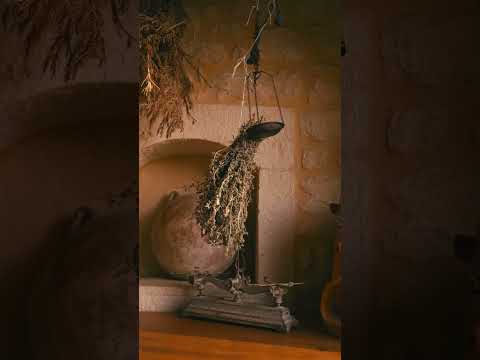
Eleftherna
Nestled at the foothills of Psiloritis is the village of Eleftherna, celebrated not only for its stunning natural surroundings but also for the archaeological site of Ancient Eleftherna. This ancient city, established around the 9th century BC, thrived due to its strategic location and remains notable today for its significant archaeological discoveries.
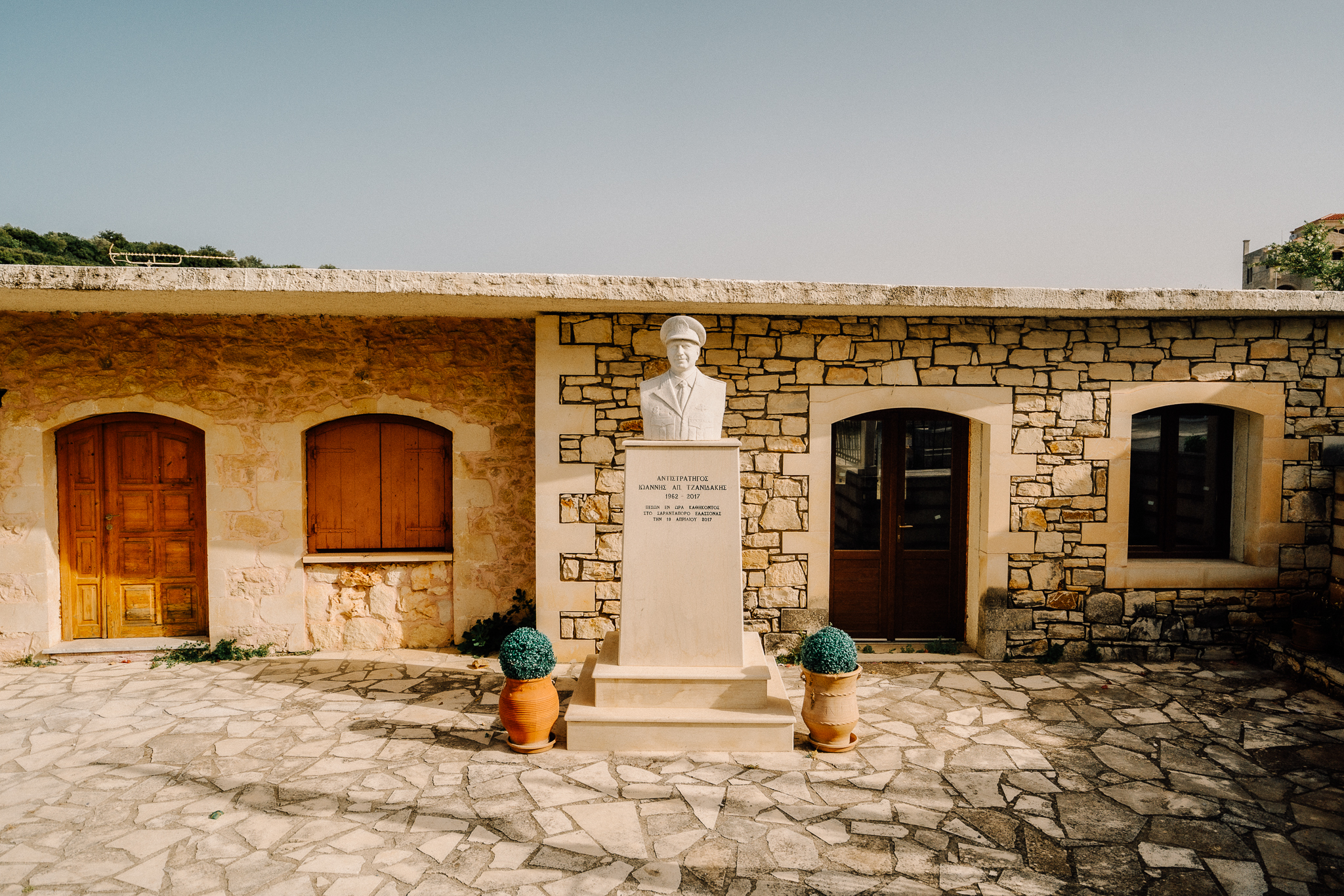
Anogia
Located on the slopes of Psiloritis, the sizable village of Anogeia is famed for its hospitable residents who diligently uphold Cretan traditions. These include the distinctive Cretan attire featuring the salvari (breeches), a vest adorned with a wide belt and the sariki (headscarf).
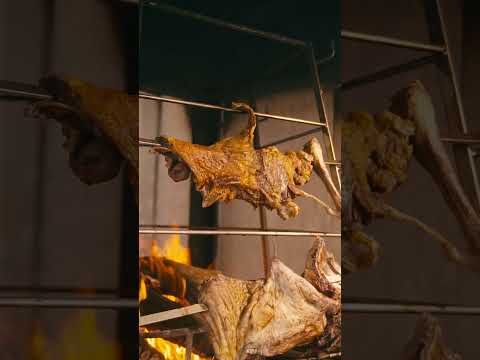
Margarites
A short distance from the city of Rethymnon lies a picturesque village renowned for its ceramics, making it one of the largest pottery centers of its time. Having flourished during the medieval years, it still preserves elements of Venetian architecture to this day.
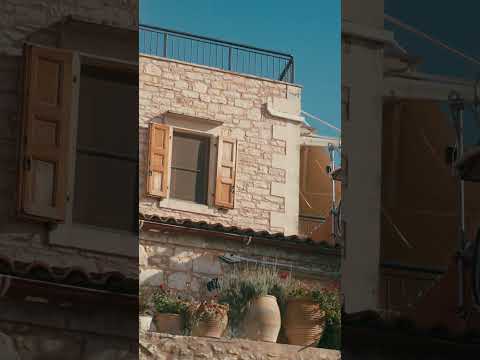
Rethymno
The third largest city in Crete showcases its rich historical heritage in the picturesque alleys of its old quarter. Visitors can admire the well-preserved medieval architecture, the Venetian Loggia, the Rimondi Fountain and the small Venetian harbor with its iconic lighthouse. Another notable landmark is the Fortezza Fortress, which majestically overlooks the old town from Palikastro Hill.
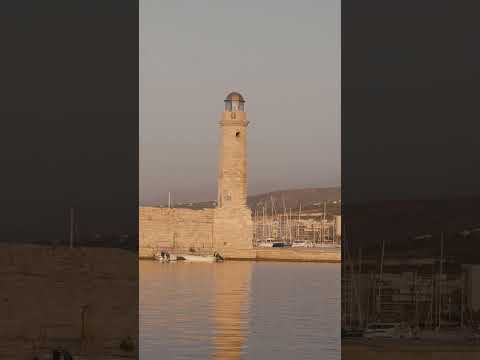
Sitia
Sitia is a seaside town in eastern Crete, well-equipped with tourist infrastructure, serving as a base for exploring impressive beaches and natural sights. Noteworthy attractions include the Kazarma Fortress, the Archaeological Museum and the Folk Museum of Sitia.
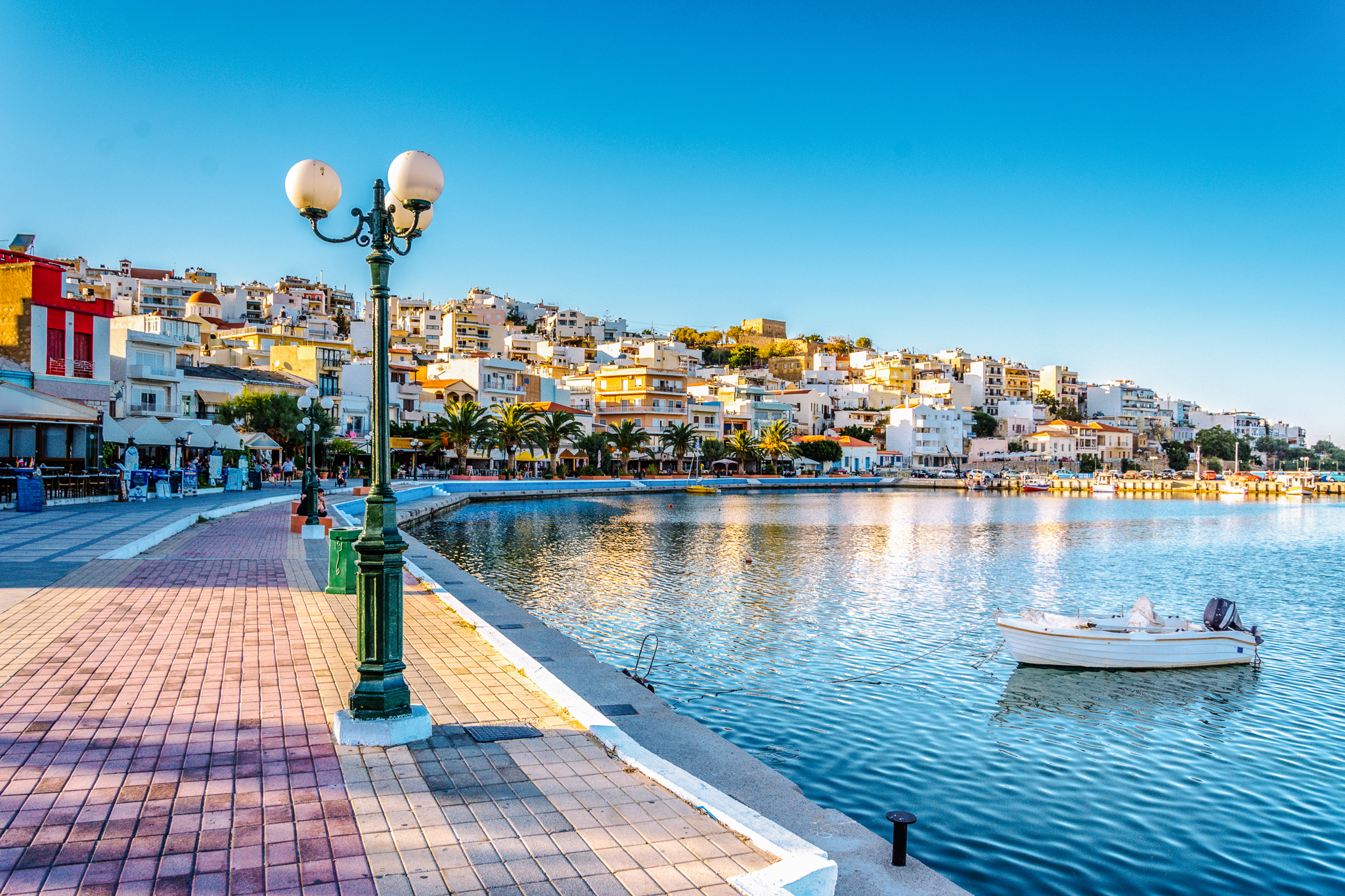
Etia
The traditional settlement of Etia flourished during Venetian rule but is uninhabited today. Its historical heritage is evident in surviving monuments, the most important being the Venetian mansion De Mezzo, an imposing three-story rectangular building constructed at the end of the 15th century.
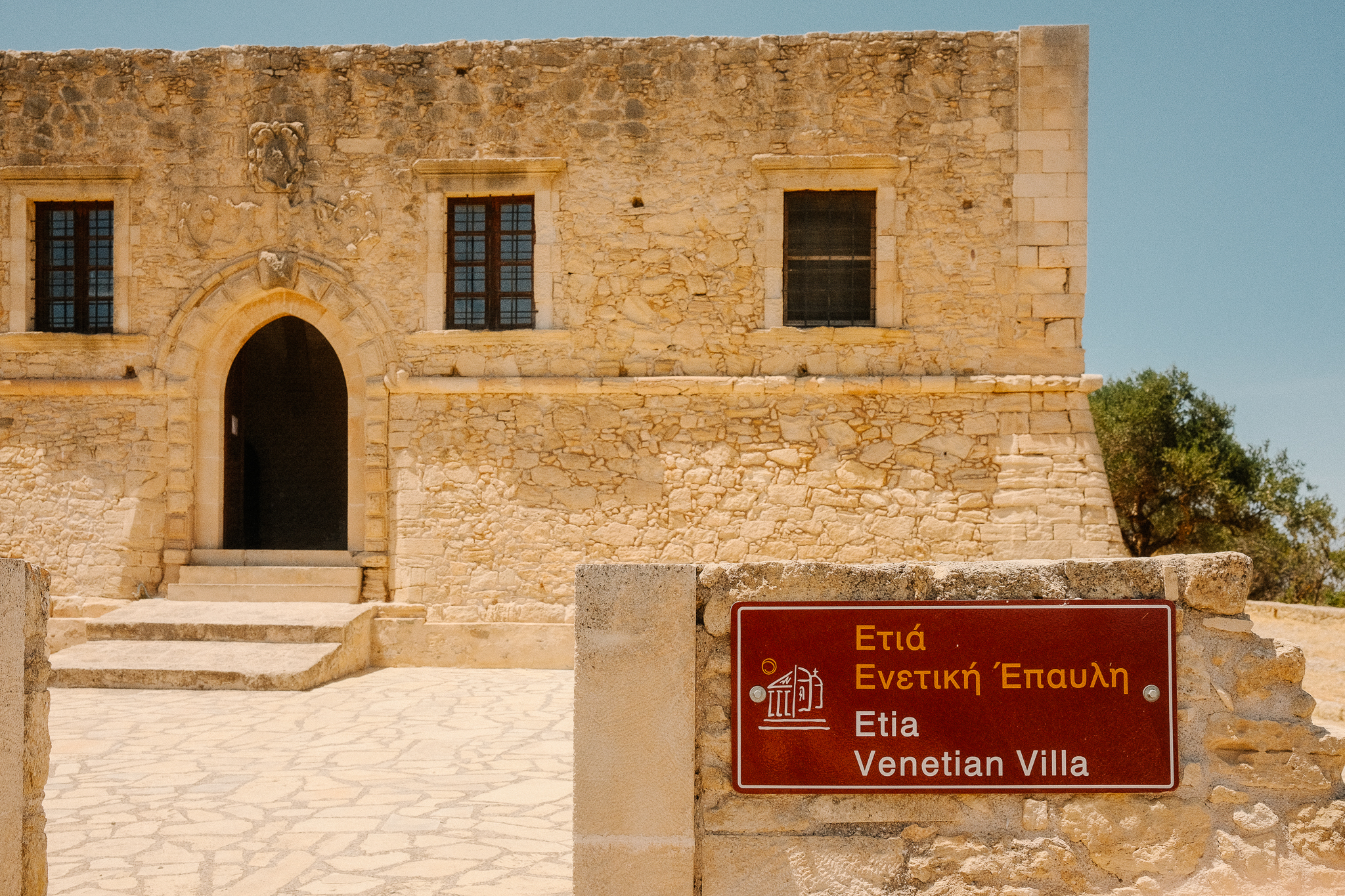
Kritsa
Kritsa is a traditional village built amphitheatrically at the foot of Kastello Mountain. Human presence has been continuous since the Minoan period, as evidenced by excavated settlement ruins. The village developed significantly during the Middle Ages and retains elements of its architectural tradition. Today, the village remains vibrant. Visitors can stroll through its narrow, cobblestone streets and immerse themselves in Cretan life and history.
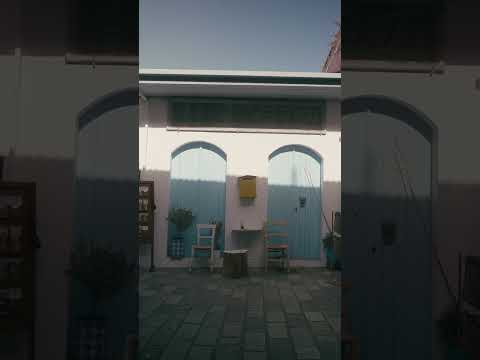
Tzermiado
Located on the Lassithi plateau, the small village of Tzermiado, or Tzermiadon, shows traces of habitation from the Neolithic era. Today, its residents primarily engage in agriculture, especially potato cultivation.

Exo Potami
Exo Potami is situated on a verdant hillside at an altitude of 850 meters. True to its name, several small rivers run through the area, contributing to the fertile soil.
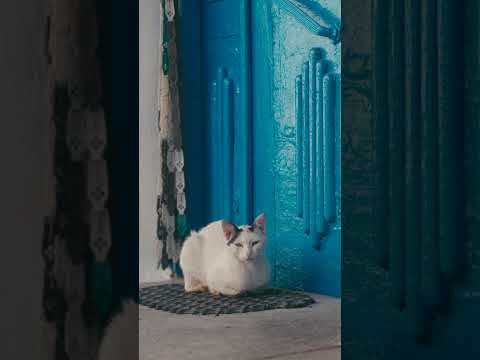
Chametoulo
Chametoulo is a mountain village built on a small plateau, now semi-abandoned. Archaeological finds confirm continuous habitation from antiquity. Notable monuments include an ancient fountain and the church of Agios Georgios with its characteristic carved wooden iconostasis.
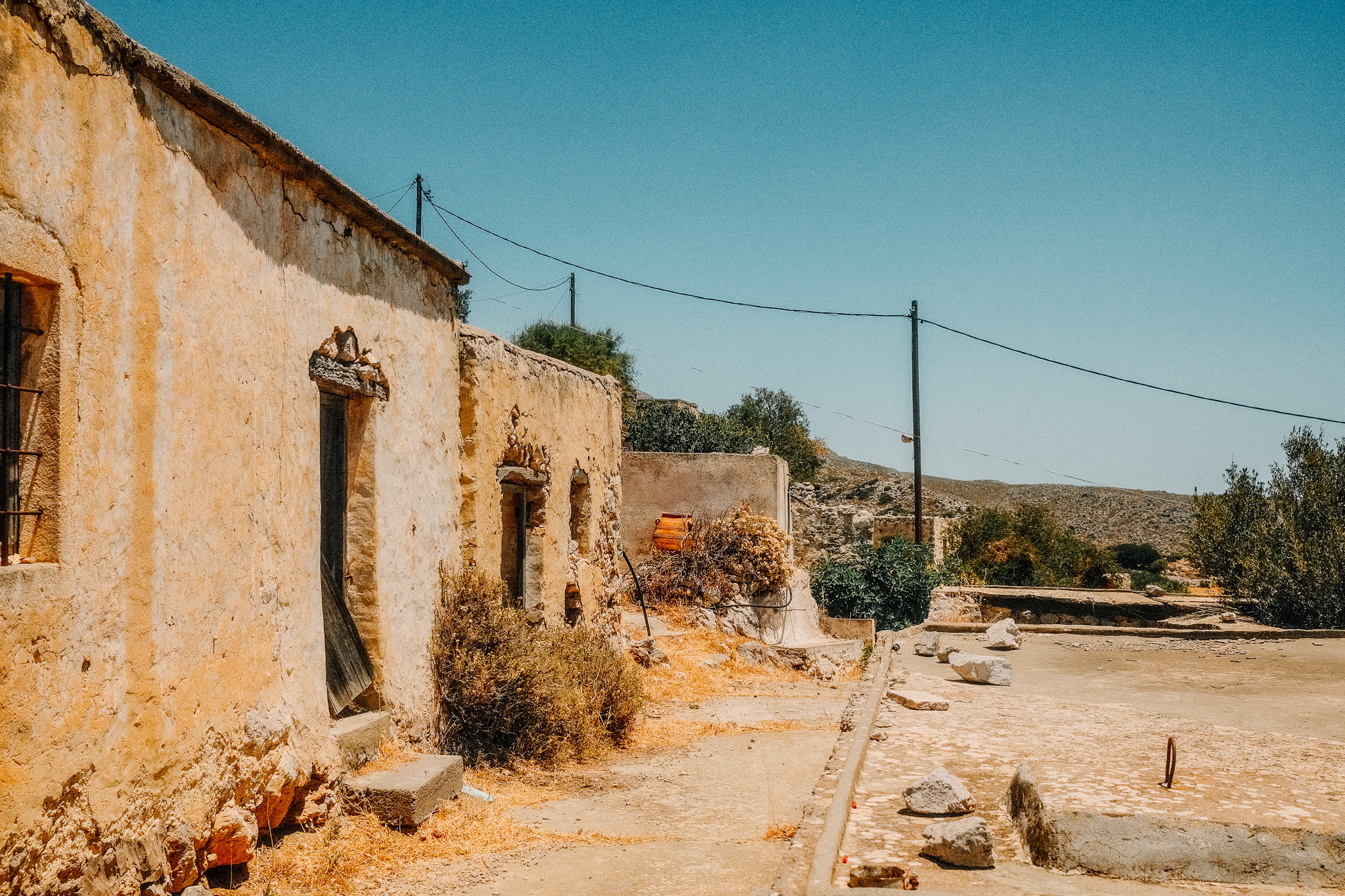
Voila
The now-ruined village of Voila used to be a medieval settlement on the plateau of Ziros. A standout feature is an Ottoman tower, built around 1740 AD as a residence for a local landowner. The village appears to have been abandoned before 1828 AD.
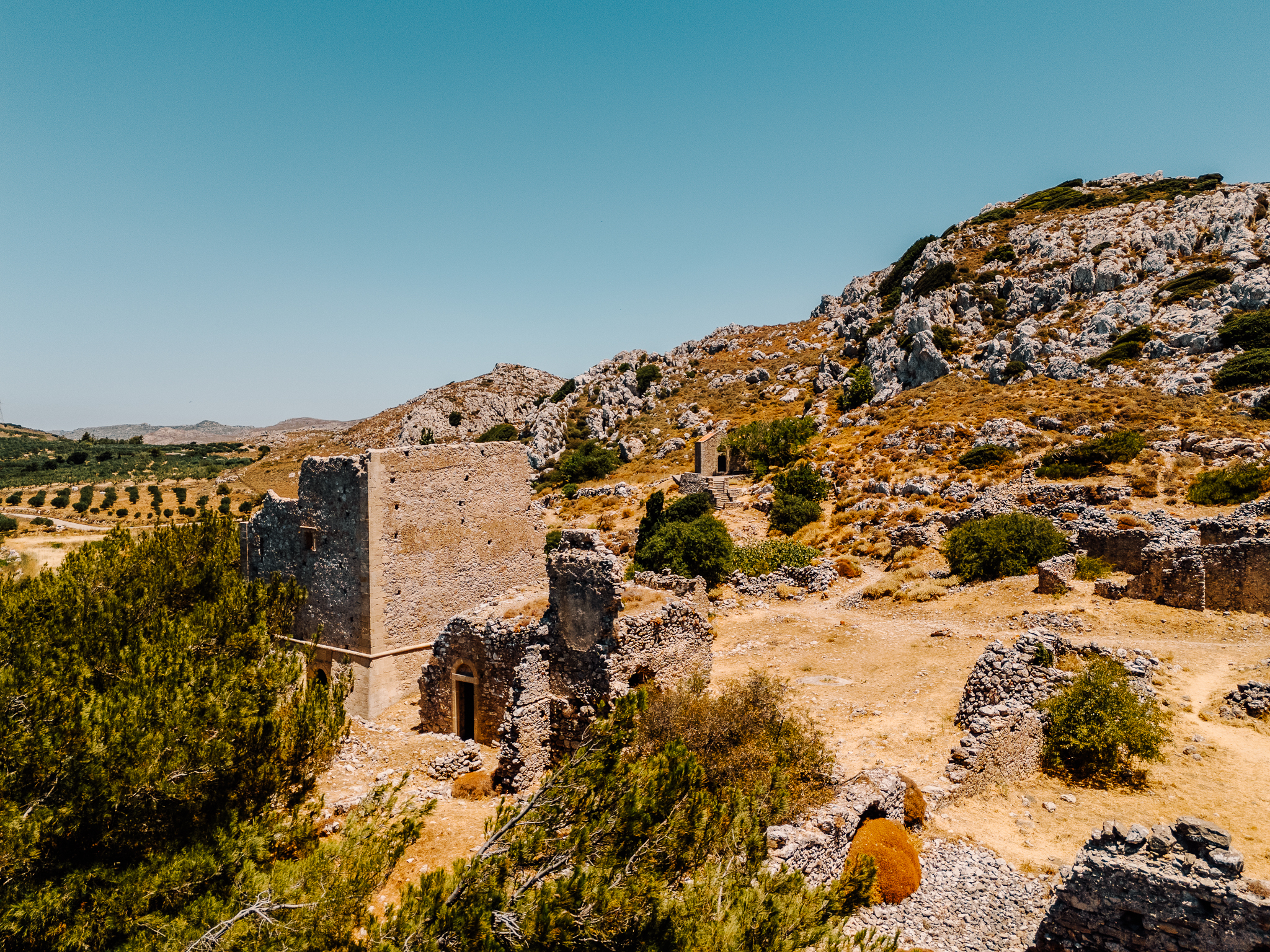
Kalamafka
The village of Kalamafka, one of the most historic villages of Ierapetra, has a settlement history dating back to antiquity. Built at an altitude of 500 meters, it is surrounded by wild, bare rocks. The natural environment includes the Kalamafkiano River, the impressive Chavgas Gorge and the massive rock of Kastelos.
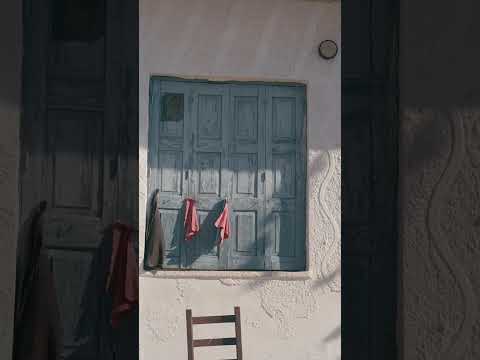
Ierapetra
Ierapetra is the southernmost town in Europe and the sunniest in Greece. The town is home to many notable monuments, such as the Kales Fortress, the Mosque and Napoleon's House. It is renowned for its sandy beaches with crystal-clear turquoise waters. The island of Chrissi, with its exotic beaches and the rare cedar forest, is the jewel of Ierapetra.
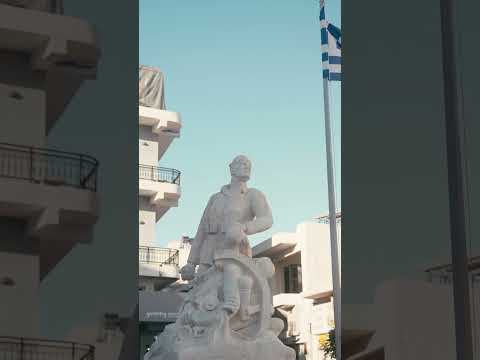
Neapoli
Neapoli is located 15 kilometers west of Agios Nikolaos and is a vibrant part of Crete's history. Built in a lush valley with dense olive groves, the town preserves its historical heritage from both the Venetian and Ottoman periods through traditional architecture and monuments.
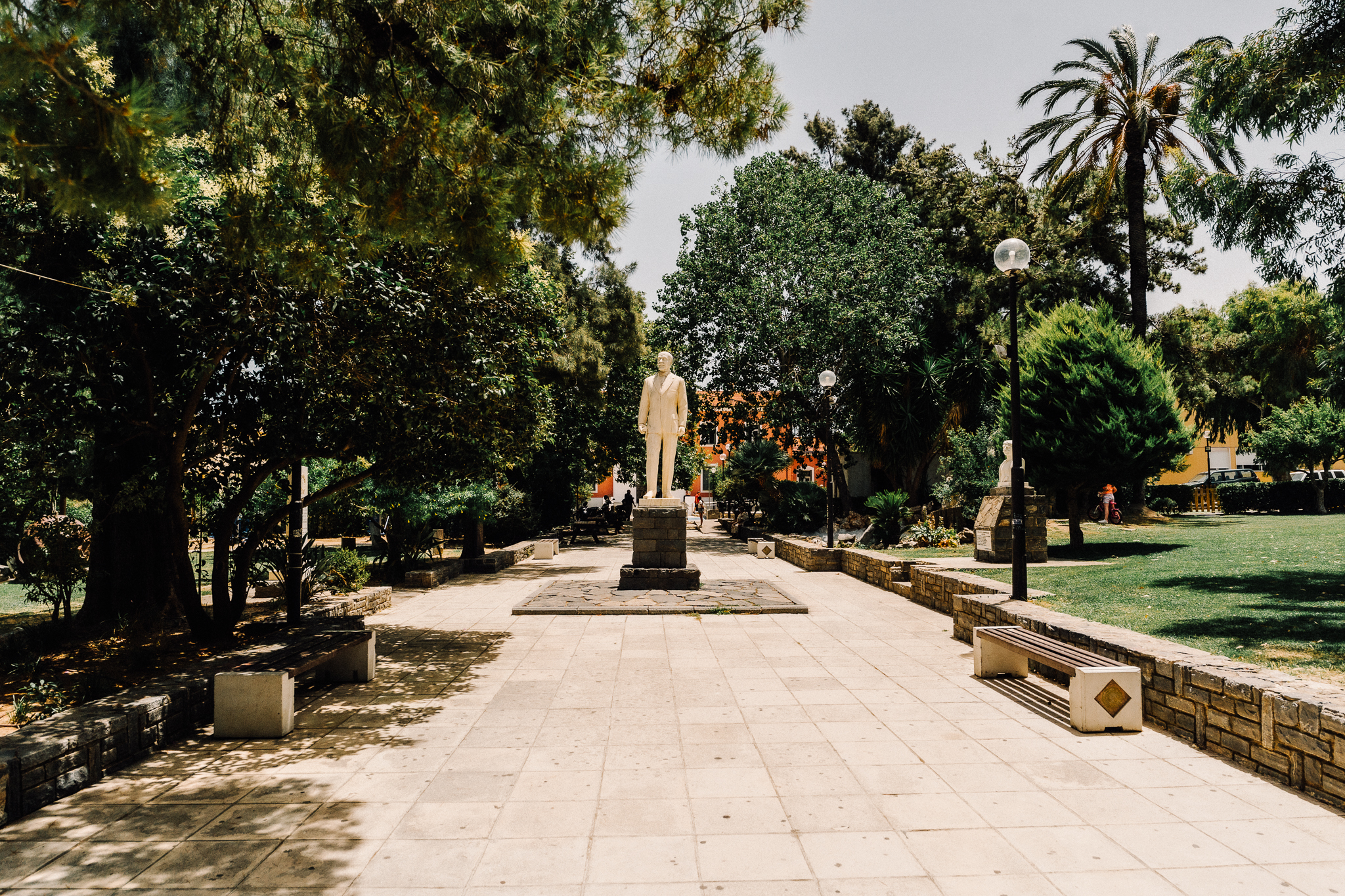
Agios Nikolaos
Agios Nikolaos, the capital of Lassithi, rises on Mirabello Gulf’s western shore. Famous for its picturesque Lake Voulismeni which is steeped in local legends, the town is a renowned tourist destination surrounded by notable attractions, beautiful beaches and luxury resorts.
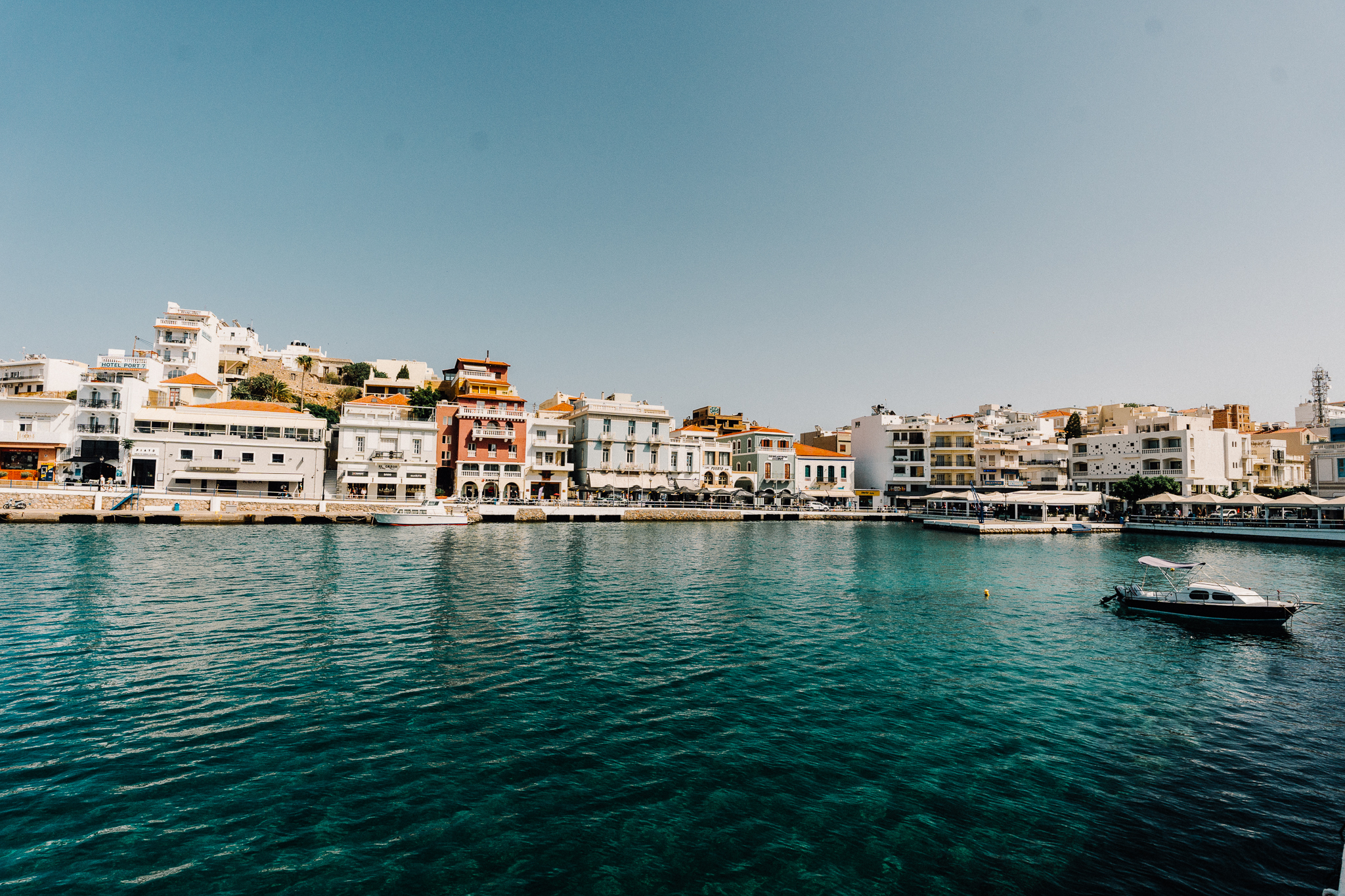
Harakas
Tucked into the foothills of the Asterousia Mountains, Harakas is a village where history and legend converge. Established during the Venetian era in the 13th century, Harakas takes its name from the dramatic cliff formation known as Haraki, atop which the remnants of a medieval castle stand guard. Its narrow streets wind through whitewashed houses, while its heritage as a fortress settlement adds an air of mystery to this tranquil corner of Crete.
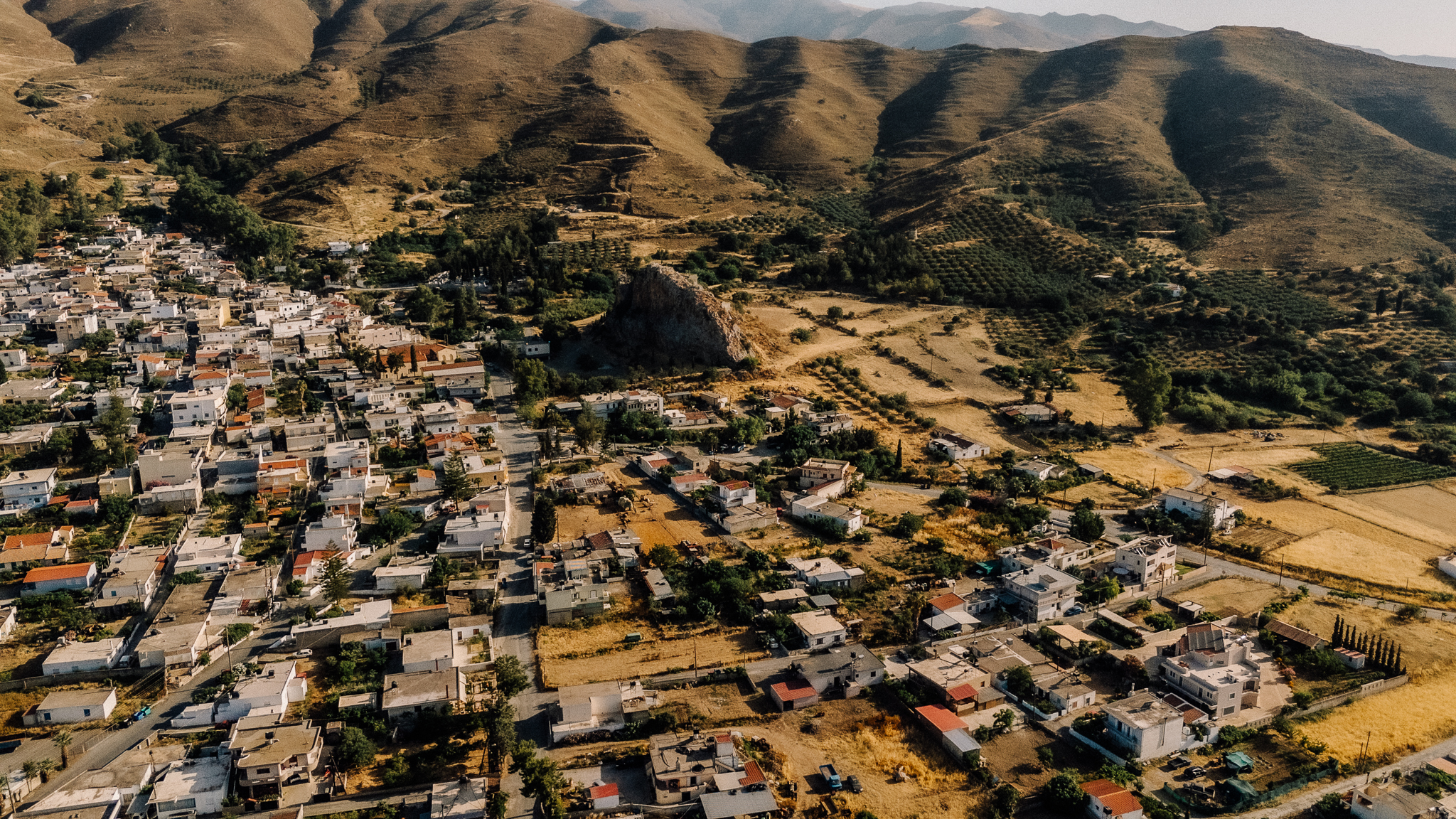
Episkopi Pediados
Perched on an amphitheatrical hillside, Episkopi Pediados exudes an air of timeless elegance. Its name, meaning “episcopal seat,” reflects its storied past as a spiritual and cultural hub dating back to the 10th century. The village is home to the exquisite Panagia Kera-Limniotissa church, an 11th-century masterpiece of Byzantine architecture. With its stunning views, historic charm and peaceful ambiance, Episkopi Pediados offers a serene retreat steeped in Crete’s ecclesiastical history.
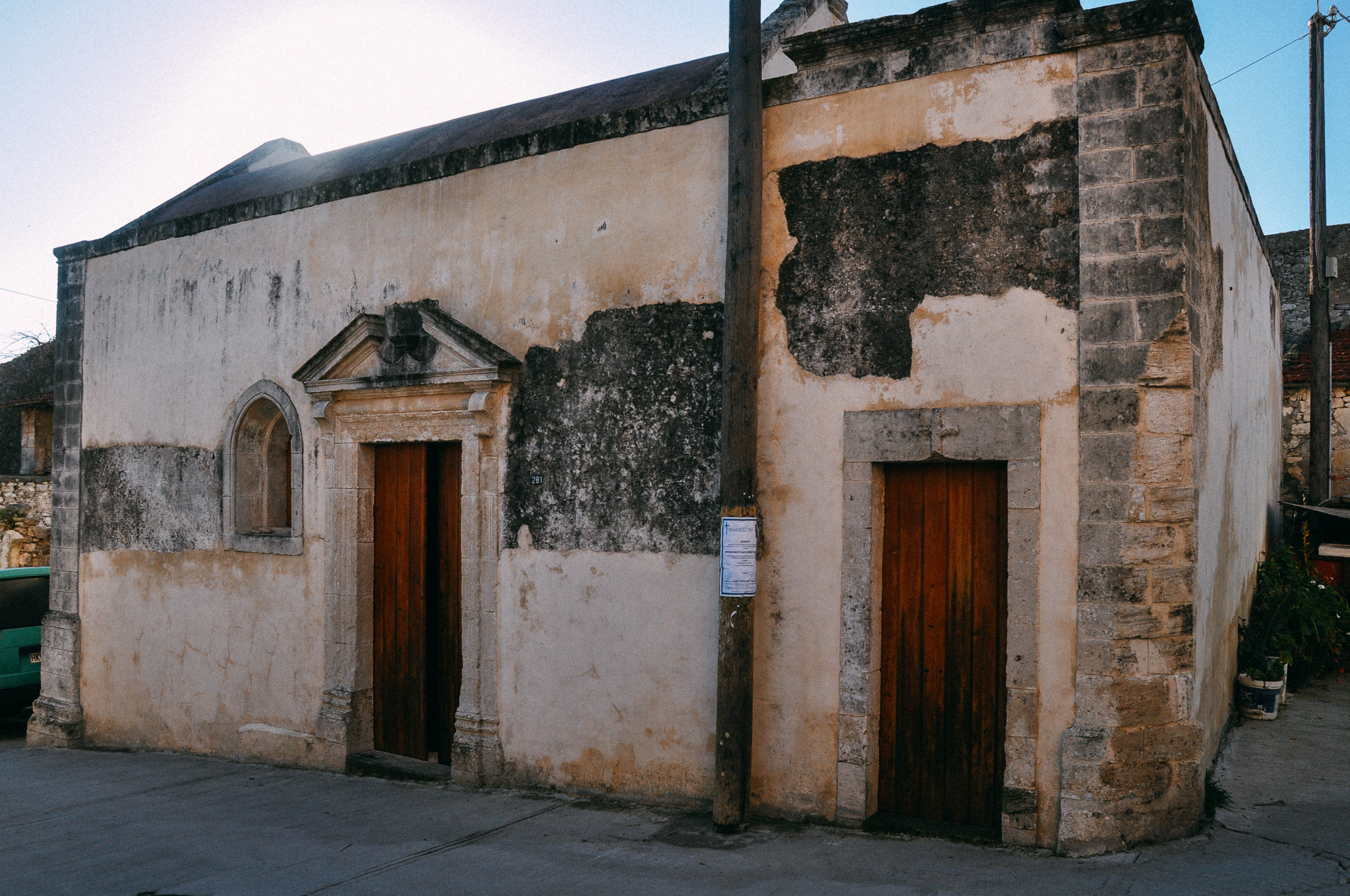
Thrapsano
A village with a legacy as enduring as the clay it molds, Thrapsano is the heart of Crete’s pottery tradition. Known for its master artisans who have honed their craft over centuries, the village is a living museum of ceramics. Wander through its workshops to see potters shaping intricate designs or join a pottery class to create your own masterpiece. The name Thrapsano itself may stem from "thrapsala," the broken pots found in kilns—an enduring reminder of the artistry that defines this vibrant community.
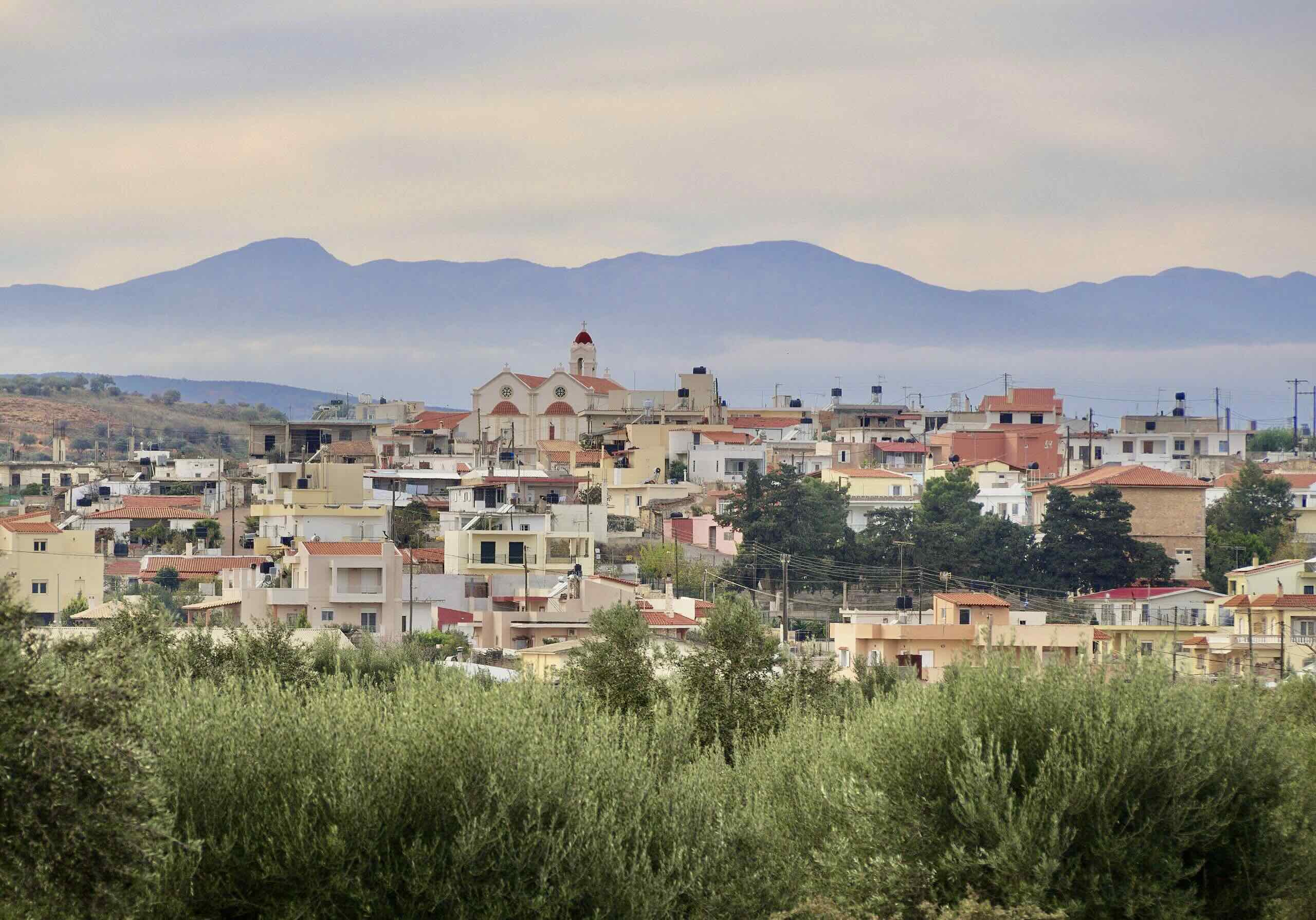
Mochos
The fertile village of Mochos, surrounded by sprawling olive groves and vineyards, is a haven for food lovers and history buffs alike. Renowned for its premium olive oil and robust wines, Mochos has been a thriving agricultural hub since the 14th century. Its cobbled streets lead to charming squares where locals gather and visitors are invited to savor traditional dishes in family-run tavernas. With its scenic countryside and warm community, Mochos offers a delightful glimpse into Crete’s pastoral soul.
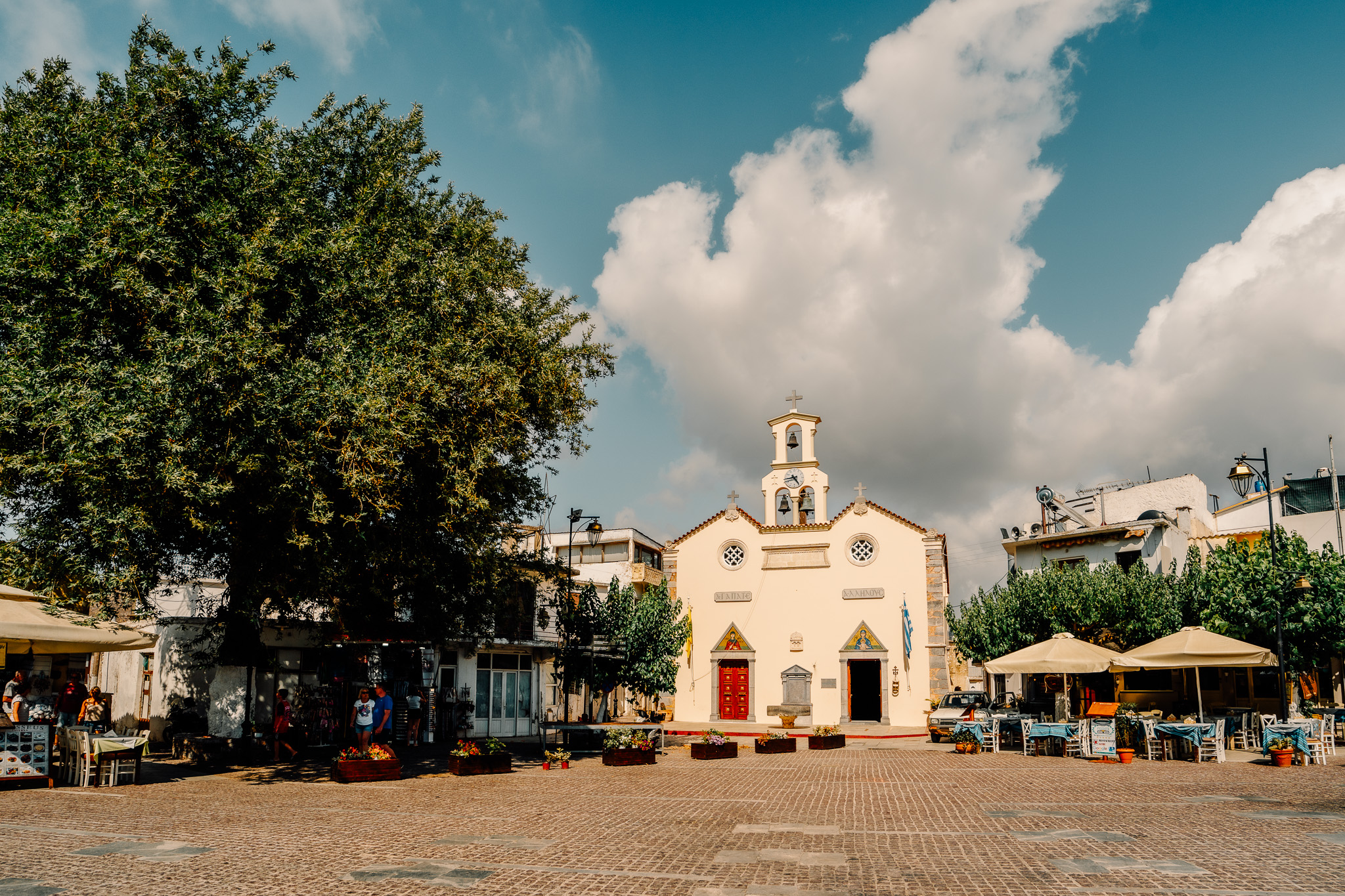
Houdetsi
Nestled in a lush valley in Crete’s hinterland, Houdetsi is a village that hums with creativity, culture and tradition. Documented as far back as the 13th century, this picturesque settlement is a treasure trove of agricultural bounty, vibrant festivals and local craftsmanship. Visitors can explore its narrow streets, sample exquisite wines from nearby vineyards and experience the lively energy of its musical events. It’s a place where the rhythms of rural life meet the pulse of Cretan culture, leaving every visitor inspired by its vivid spirit.
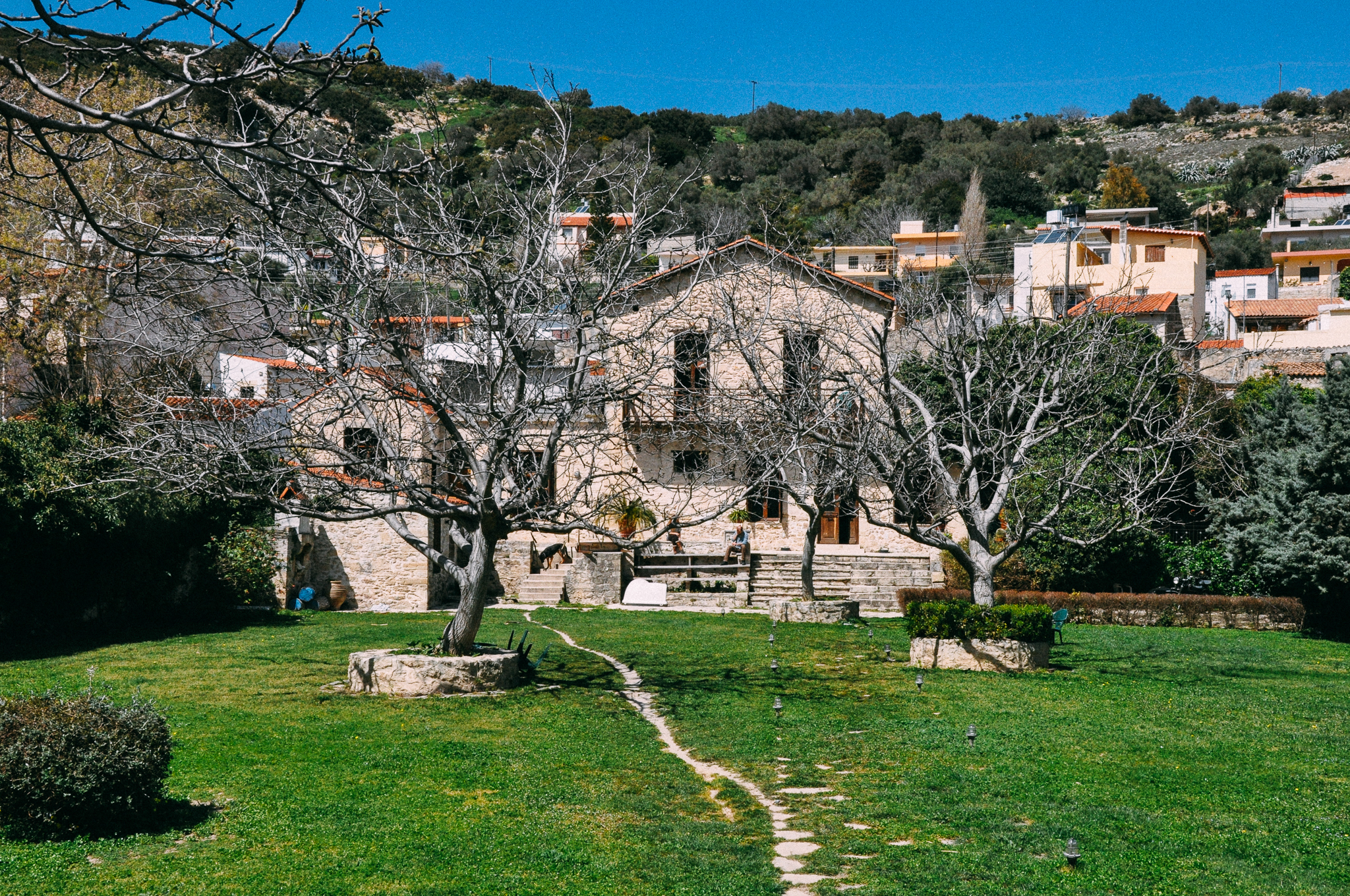
Sivas
Perched on the western slope of the Asterousia Mountains, the charming village of Sivas feels like a step back in time. Its traditional architecture and serene surroundings make it a quintessential Cretan escape. Known for its warm hospitality, Sivas boasts a wealth of authentic taverns serving up some of the island's most delectable dishes, including slow-cooked lamb and fresh local greens. With its pristine natural beauty and welcoming atmosphere, it’s no wonder this village has become a beloved destination for travelers seeking a taste of Crete’s timeless charm.
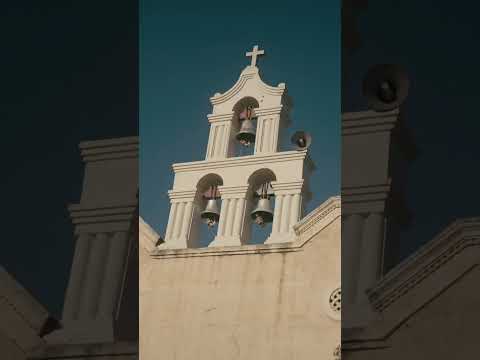
Ano Asites
At the foothills of Psiloritis lies Ano Asites, a village where tradition meets nature in perfect harmony. Its colorful houses and winding alleys invite exploration, while nearby attractions like the gorges of Agios Antonios and Agios Charalambos offer adventures for the intrepid. Don’t miss the Heraklion Mountaineering Club's refuge at Prinos, a gateway to the wonders of Psiloritis.
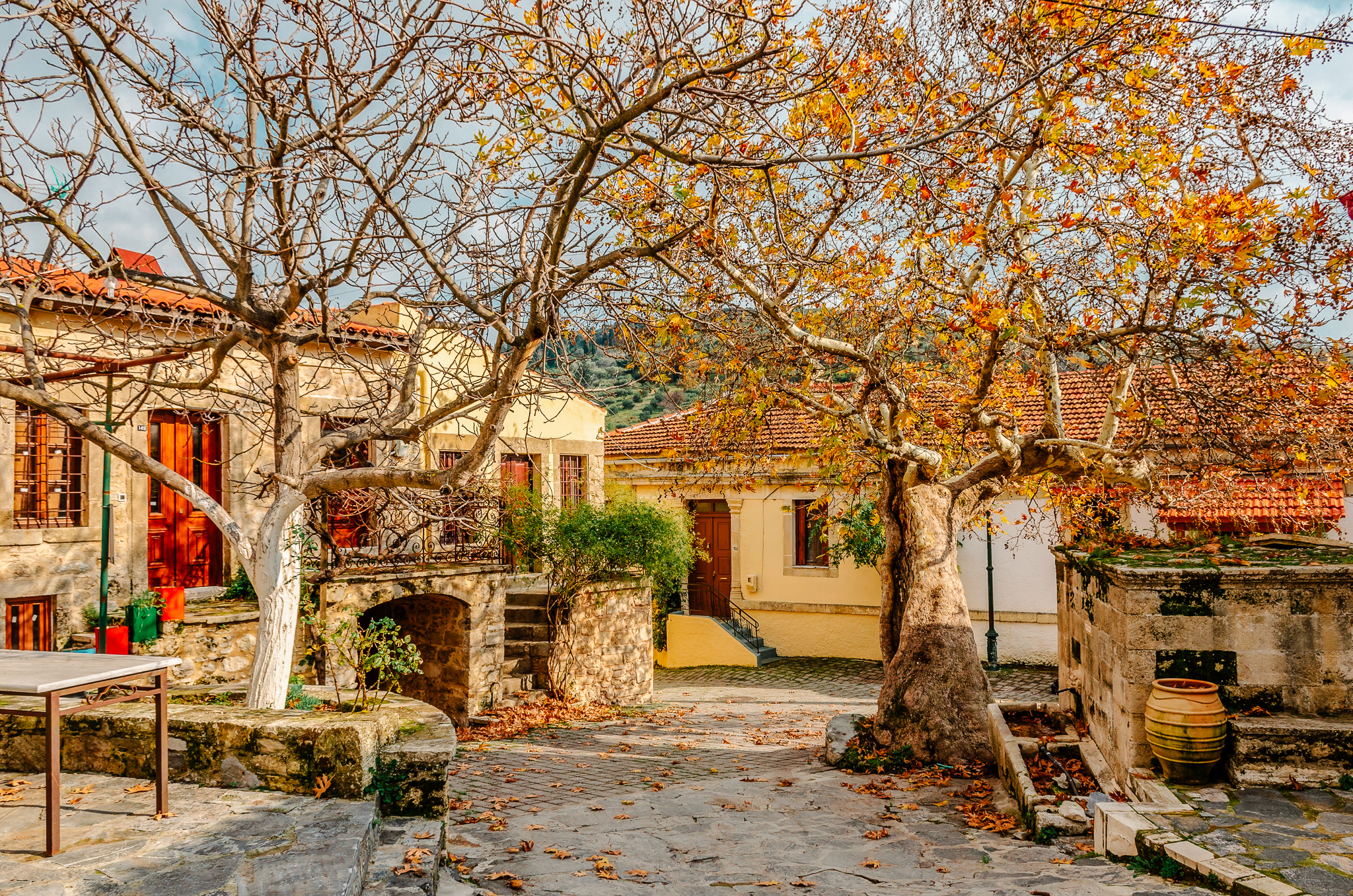
Fodele
Nestled in a lush valley surrounded by orange groves, Fodele is a village of timeless charm and artistic heritage. This tranquil spot is believed to be the birthplace of Dominikos Theotokopoulos, better known as El Greco. Wander its scenic streets, visit his museum and soak in the serene beauty of this Cretan gem.
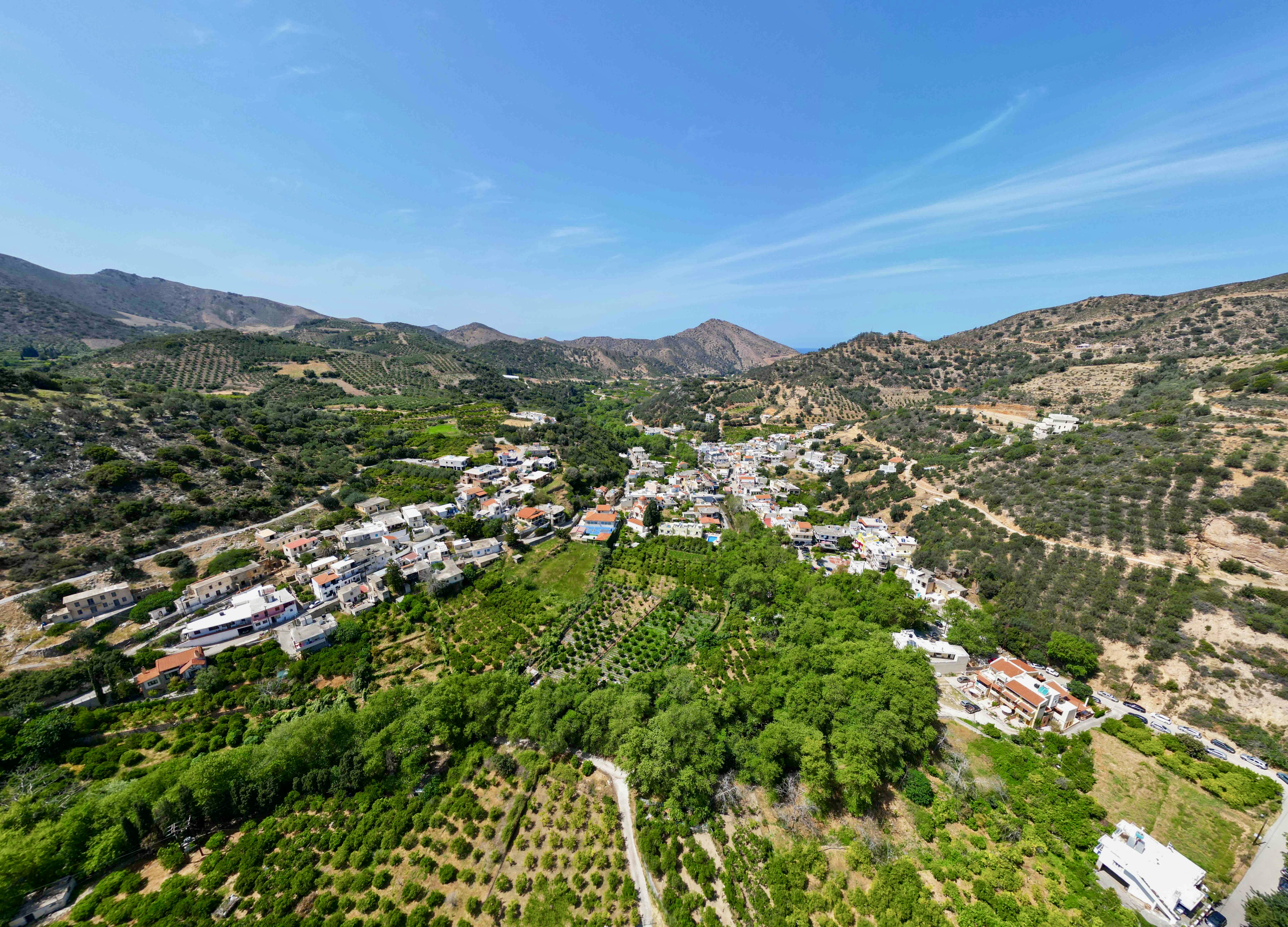
Archanes
Archanes is a picture-perfect village that feels like stepping into a postcard. Recognized for its award-winning preservation of traditional architecture, this vibrant settlement is a kaleidoscope of colorful houses and cobblestone streets. With a history dating back to Minoan times, Archanes is a living museum of Crete’s past, paired with the warm hospitality of its present.

Ethia
Nestled in a dense forest at 740 meters above sea level, Ethia is a village where time seems to stand still. Its traditional architecture and serene surroundings make it a perfect retreat into nature. Nearby, the dramatic Ethiano Gorge awaits intrepid explorers, offering a rugged adventure through Crete’s wild heart.
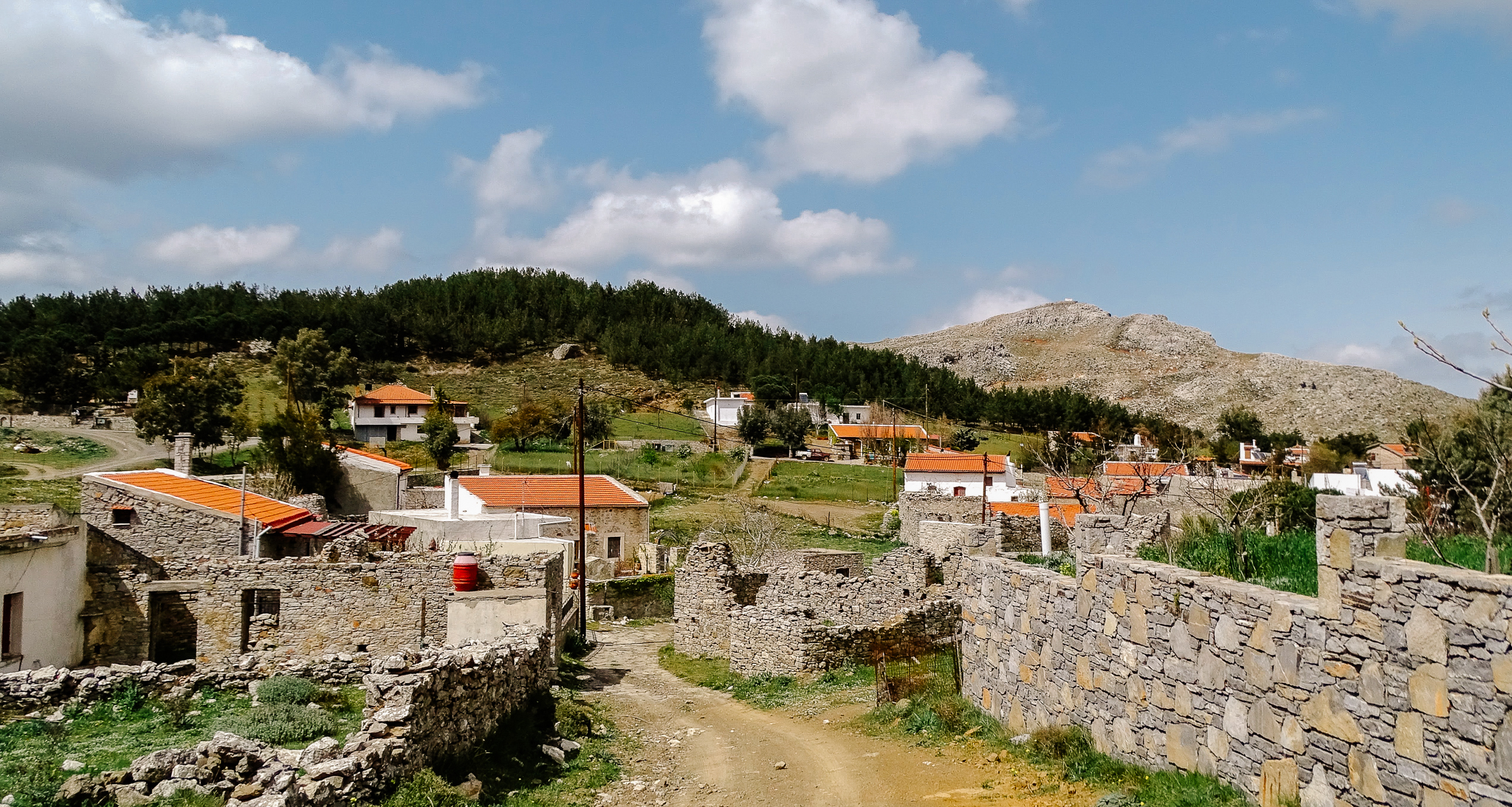
Rodia
Clinging to the hillside above Heraklion, Rodia is a village steeped in Venetian history and blessed with panoramic views of the city and sea. Wander its cobblestone streets, marvel at the 16th-century Venetian tower and visit the Church of the Annunciation, marked with the year 1553. Rodia is a charming escape that seamlessly blends history, tradition and breathtaking scenery.
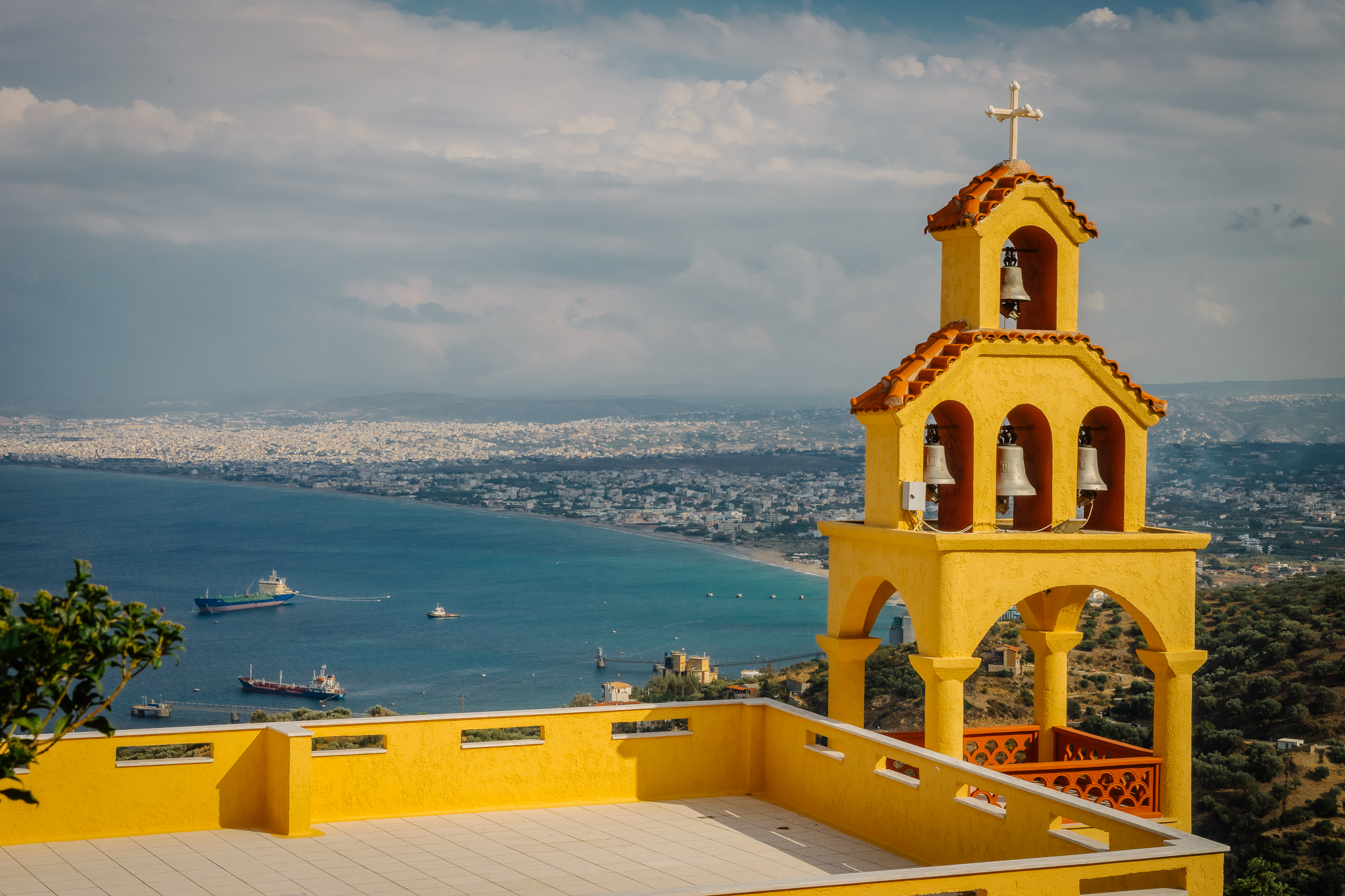
Kapetaniana
Kapetaniana is a mountainous settlement nestled in the Asterousia Mountains, renowned for its exceptional location offering breathtaking views of the Libyan Sea. Due to its secluded position, it has been inhabited since ancient times and served as a refuge for persecuted rebels throughout history.
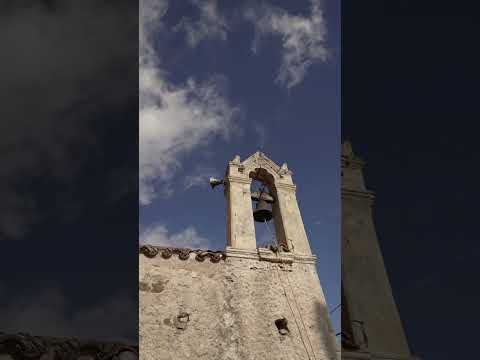
Treis Ekklisies
Treis Ekklisies (meaning "Three Churches") is a coastal settlement on the southern coast of Heraklion region. The village got its name from the three churches located there. To the east of the settlement, on the southern slope of the iconic Asterousia Mountains and at the exit of the Mesosfini gorge, lies the Vouidomato beach. It is a solitary, pebbly beach distinguished by two large rocks in the sea and a mysterious underwater cave. The area offers peace and tranquility, away from mass tourism and the beach is accessible via a footpath or by boat.
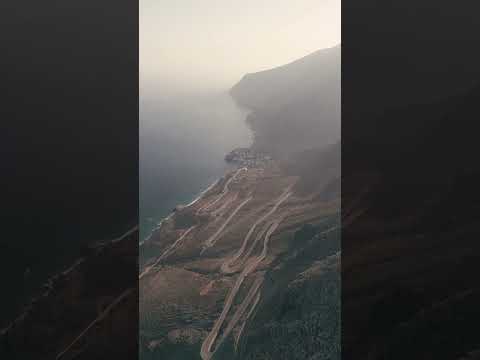
Archaeological Sites
Ancient Falassarna
At the western tip of Cape Gramvousa lies ancient Falassarna, a once-important port city. It reached its maritime and commercial peak in the 4th-3rd centuries BC. Notable for its protective walls and ancient temple ruins, the site is now popular for its unique beach.
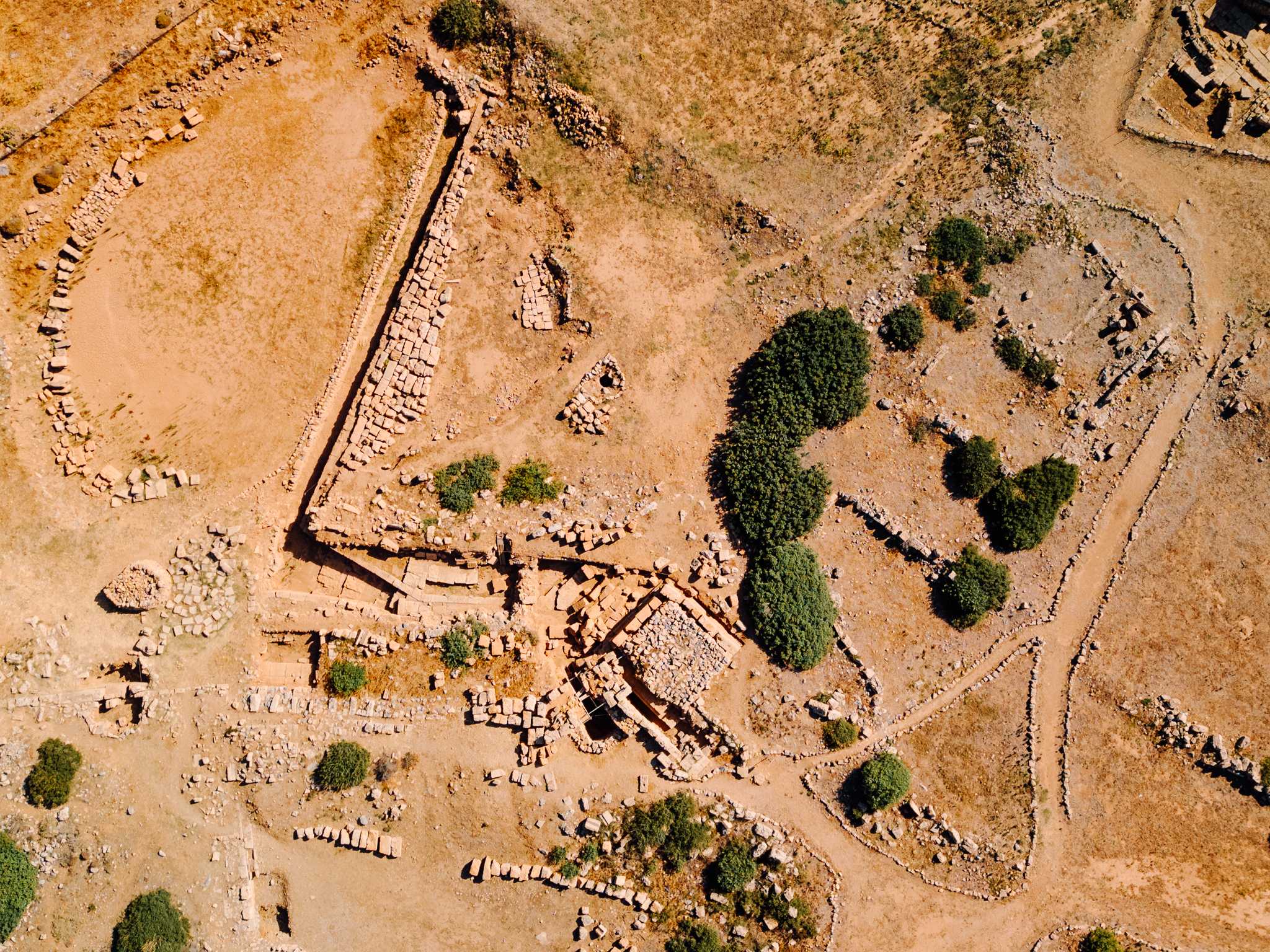
Ancient Lissos
The ruins of ancient Lissos lie between Paleochora and Sougia. As a coastal city and port, it flourished from the 3rd century BC to the 9th century AD. Known for the Temple of Asclepius, an ancient healing center with notable mosaics, access is via the E4 trail, the Lissos Gorge, or by boat from Sougia and Paleochora.
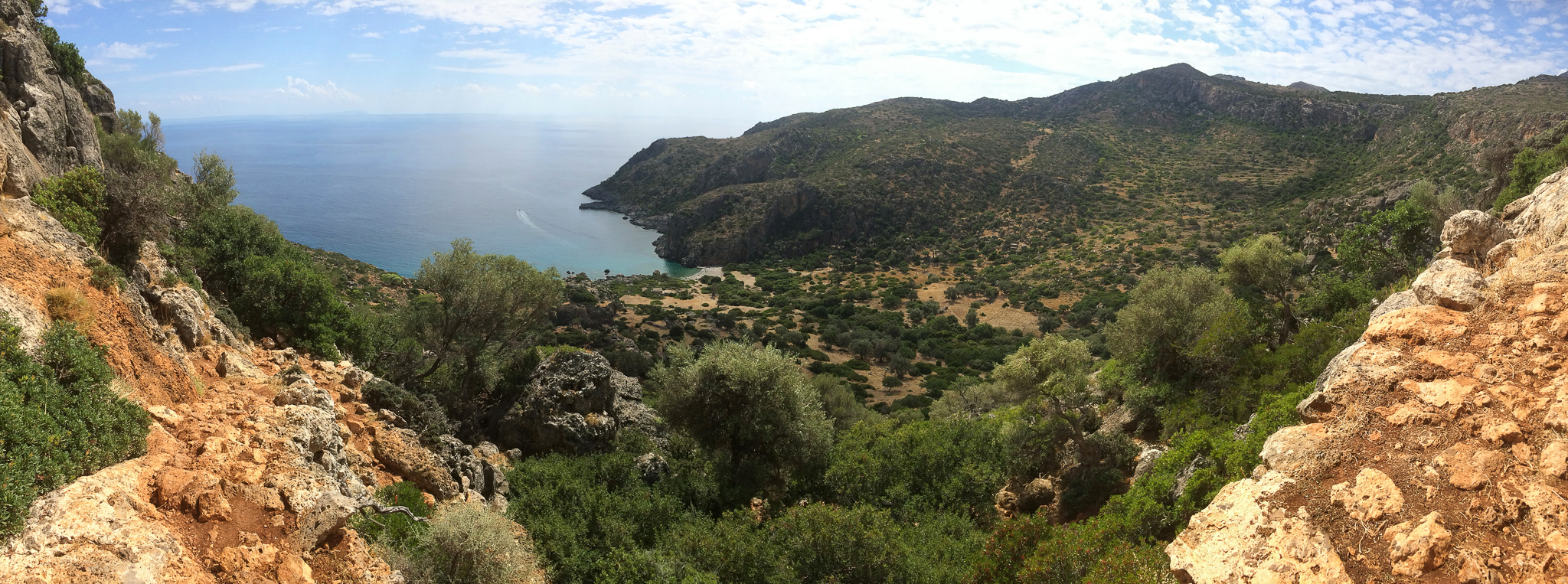
Ancient Aptera
On Palaiokastro Hill overlooking Souda Bay are the ruins of ancient Aptera. With a long history dating to the Minoan era, the city peaked in the Hellenistic period (3rd-1st century BC). It was inhabited until the 9th century AD when pirate raids led to its abandonment. Later, conquerors built fortresses here as observation points.
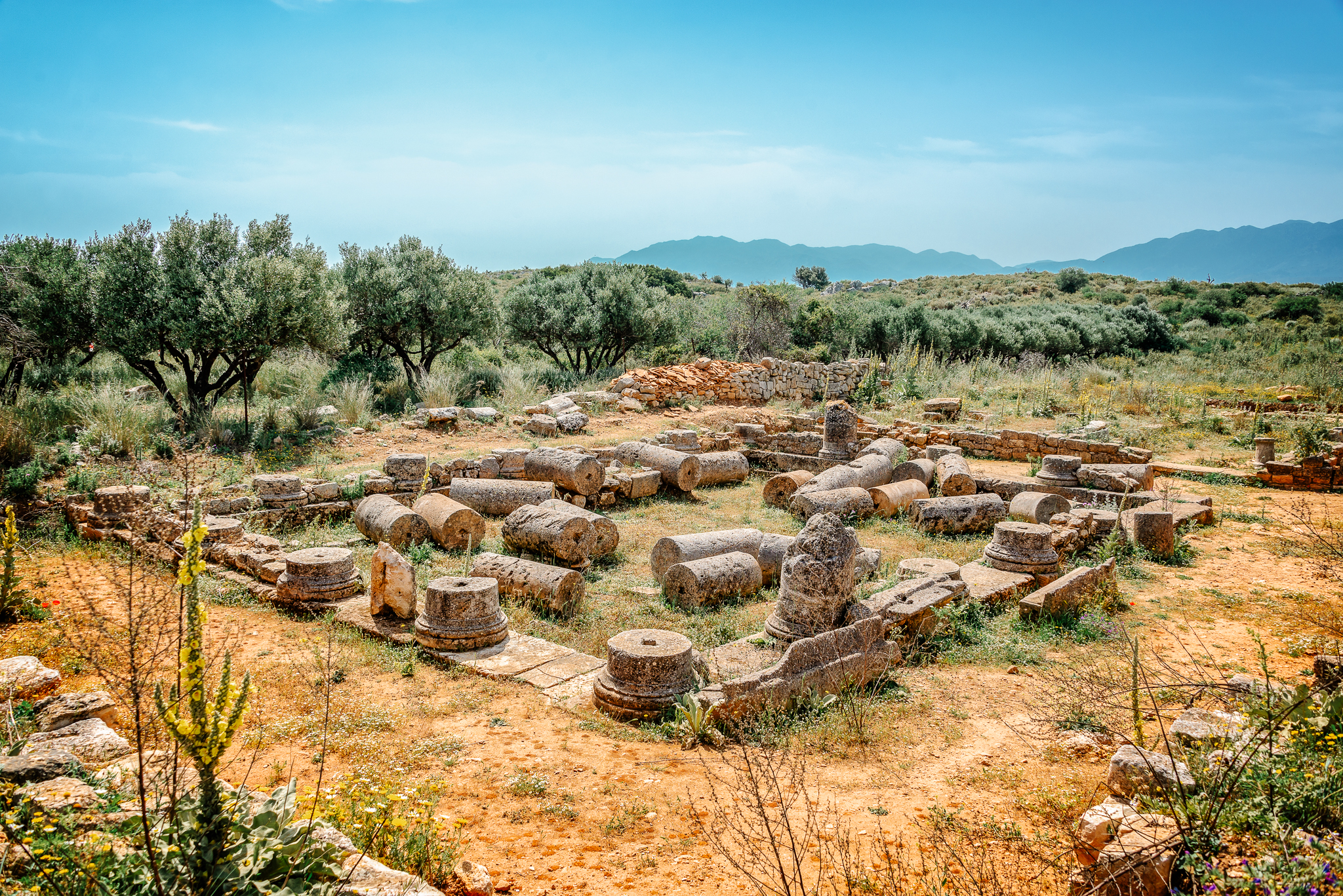
Ancient Kydonia
Ancient Kydonia, located in what is now the city of Chania, was a major settlement during the Minoan period, likely ranking as the third largest Minoan city after Knossos and Phaistos. Most of its remains have been discovered on Kastelli hill, where important discoveries such as Linear A and Linear B tablets have been unearthed. The remainder of its traces, including the Kydonia palace, lie beneath the modern city of Chania. The earliest settlement dates back to the Early Minoan I period (circa 3650 - 3000 BC). Ancient sources extensively document the prosperous activities of Kydonia.
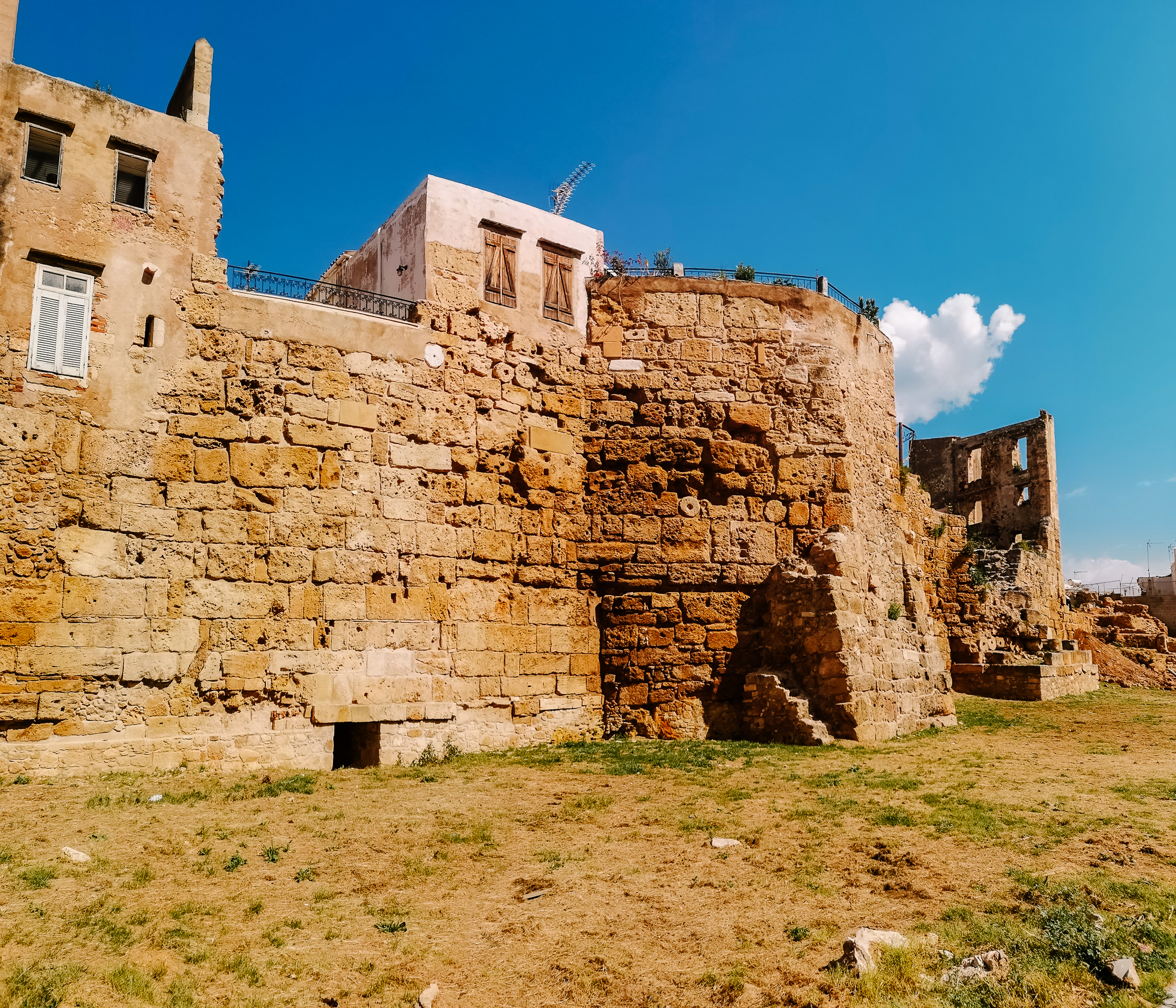
Ideon Andron
Located on the northwest side of Psiloritis, near Anogeia, the Ideon Cave holds immense archaeological and cultural significance. According to Greek mythology, it is believed to be the birthplace and childhood sanctuary of Zeus. Excavations at Ideon Cave commenced in 1885, uncovering a wealth of artifacts including votive offerings, pottery, utensils, weapons, coins and jewelry. Many of these discoveries are now housed in the Heraklion Archaeological Museum.
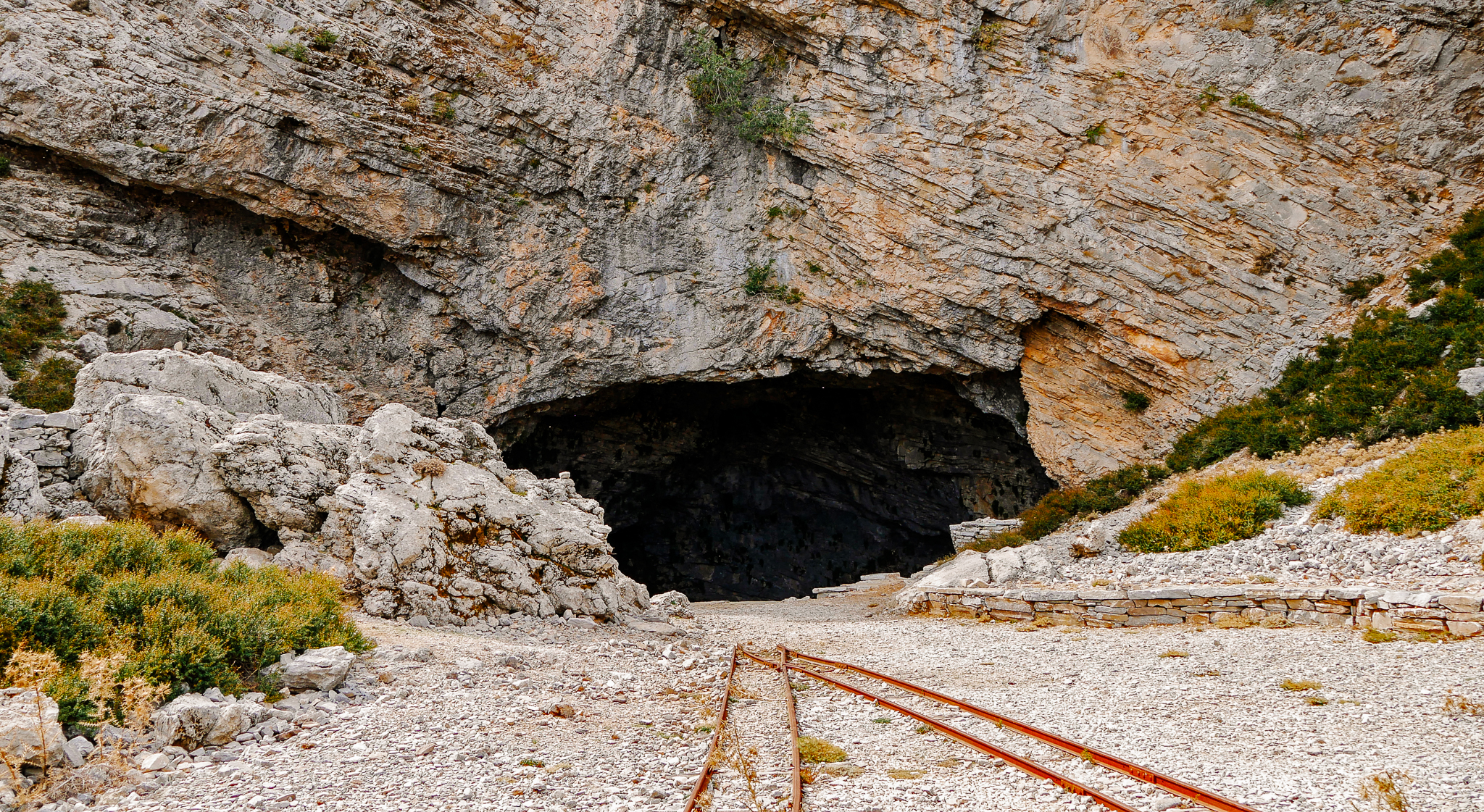
Apodouloυ Settlement
At a strategic pass from Amari to the Mesara plain lies the Minoan settlement of Apodoulou. Findings include three building complexes from the Protopalatial period (1950-1700 BC) and tholos tombs from the Postpalatial period (1380-1200 BC).
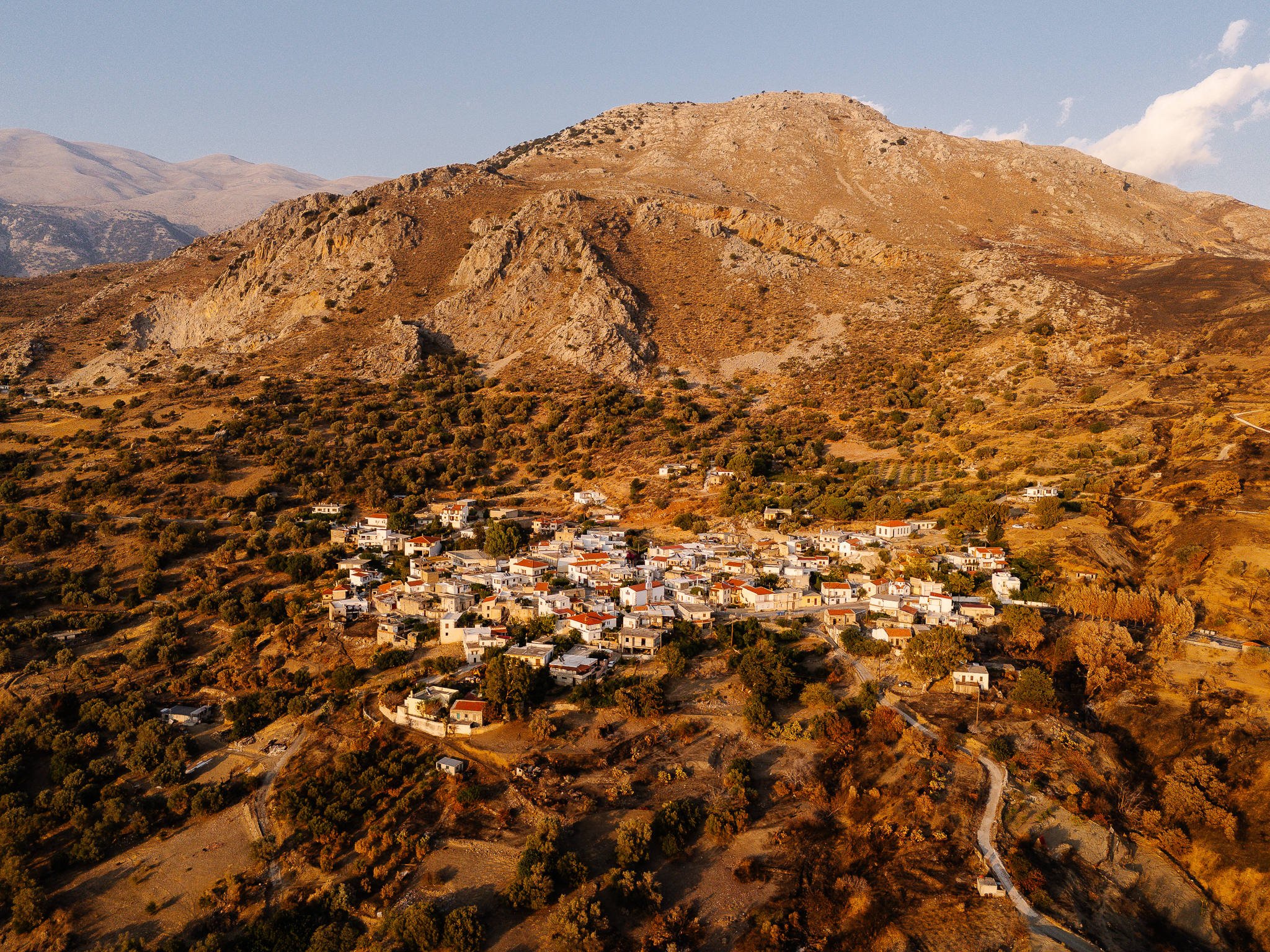
Ancient Axos
Ancient Axos, situated near the present-day village of Axos, holds significant archaeological importance. Initially inhabited during the Pre-Minoan period (3200 BC), it thrived particularly during the Archaic period (800 BC). One of the most notable discoveries at the archaeological site is an inscription featuring a bustraphedon script, which refers to a contract between craftsmen—a precursor to modern-day work contracts from that era.
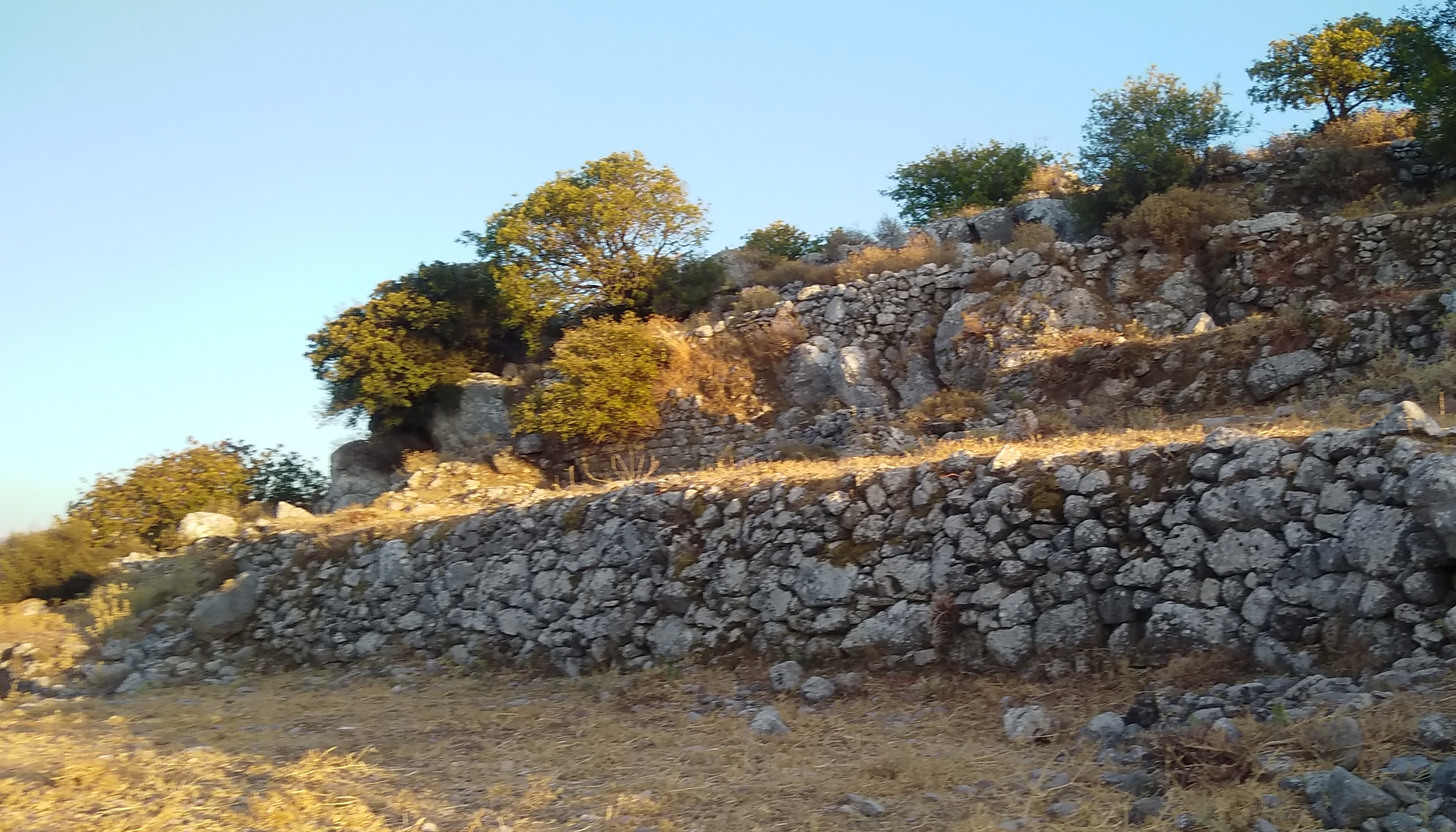
Late Minoan Cemetery of Armeni
The Minoan Necropolis of Armeni is the largest excavated cemetery of the Late Minoan III period (1400-1200 BC). Excavations spanning over 40 years have uncovered 231 tombs at the site, predominantly chamber tombs accessed via steps or ramps. These tombs represent family groups and contain substantial grave goods.
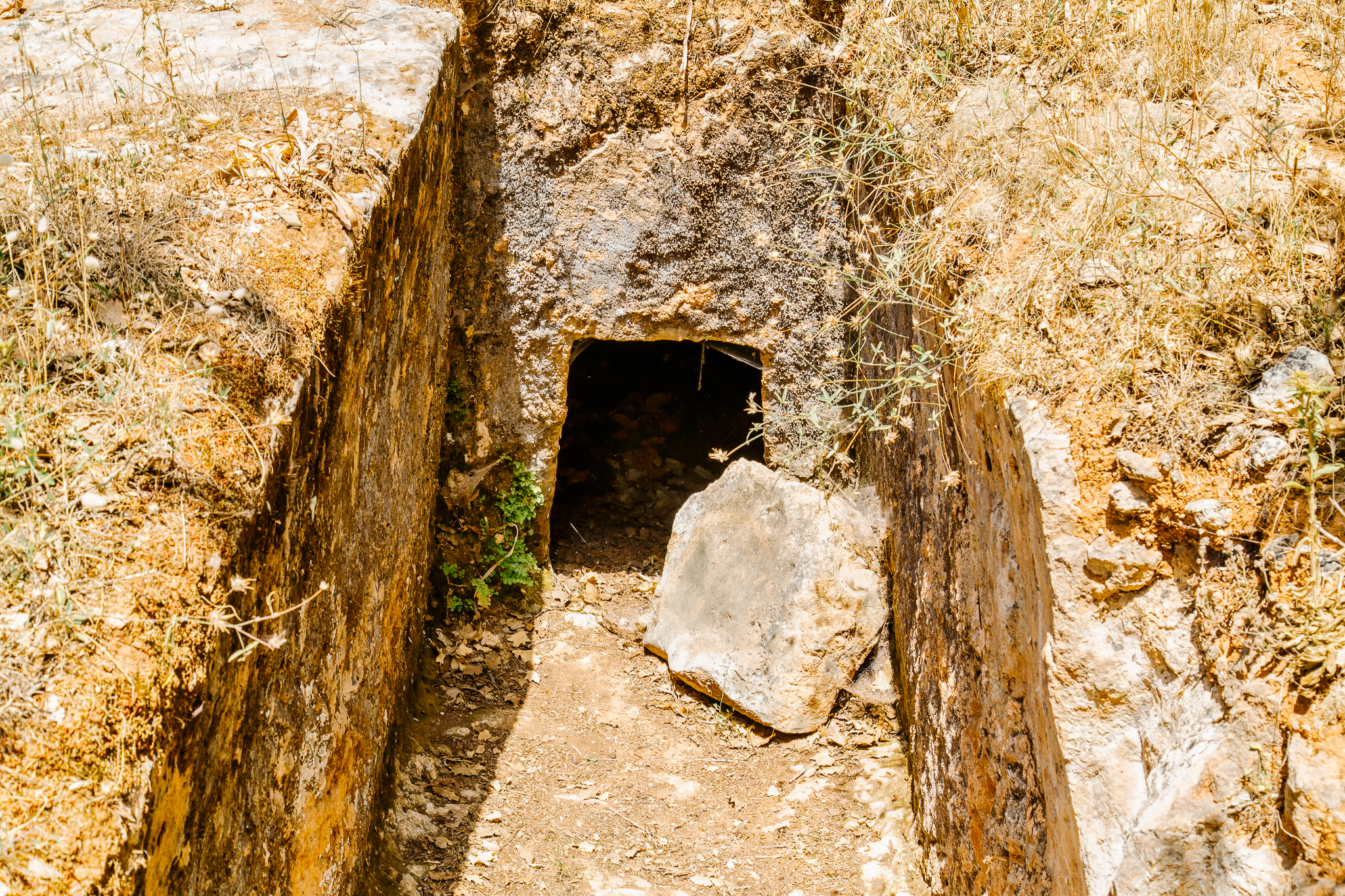
Ancient Eleftherna
The ancient city of Eleftherna is situated on the distinctive hill of Prine. This significant archaeological site features artifacts primarily spanning from the Geometric to the Early Byzantine periods. Nearby is the modern Museum of Ancient Eleutherna.
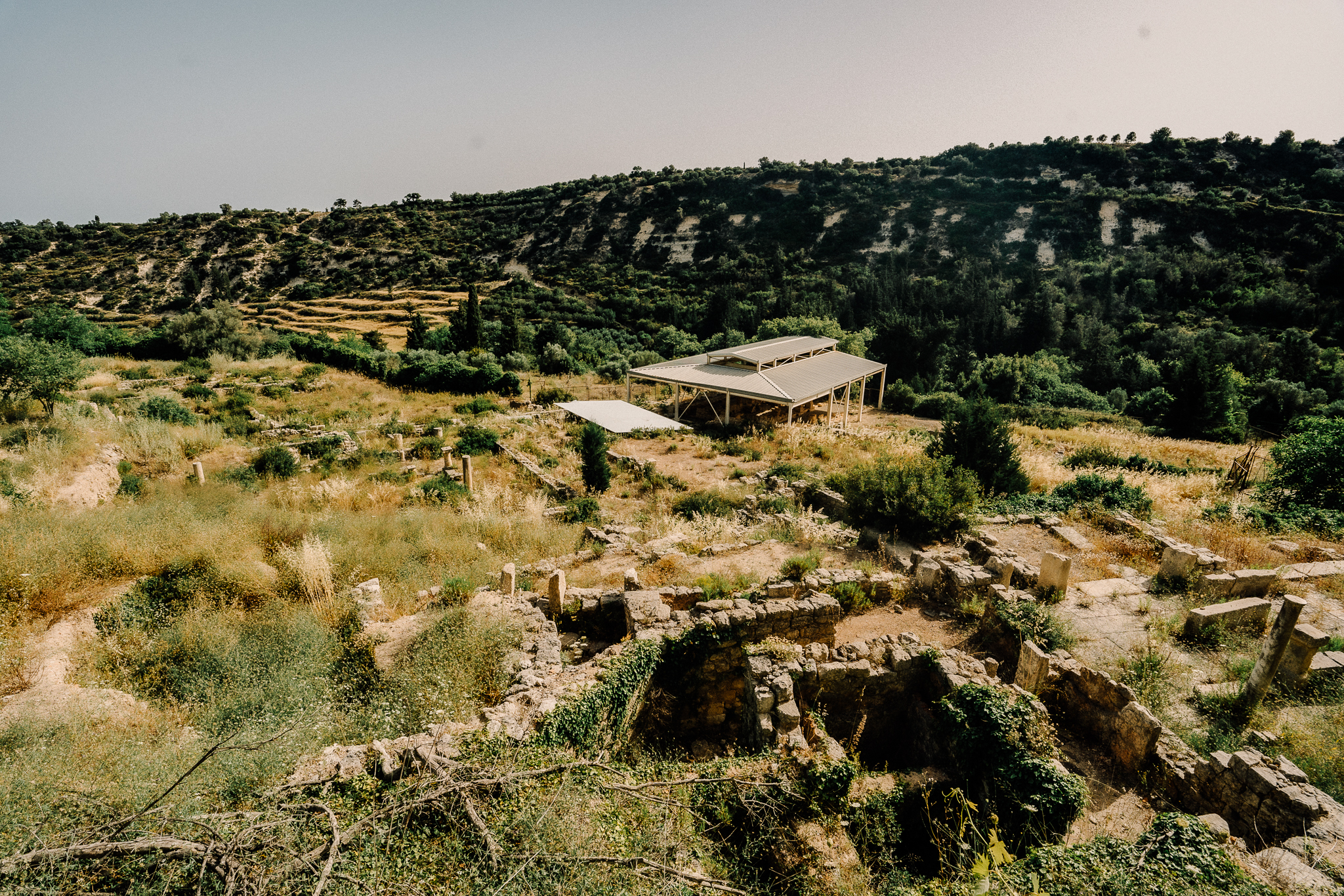
Ancient Lato
The city of ancient Lato, located in a mountainous area near the settlement of Kritsa, developed during the Minoan period and flourished from 1000 BC to Roman times. With its well-preserved monuments, it is considered one of the best-preserved cities of the Classical and Hellenistic periods in Crete.
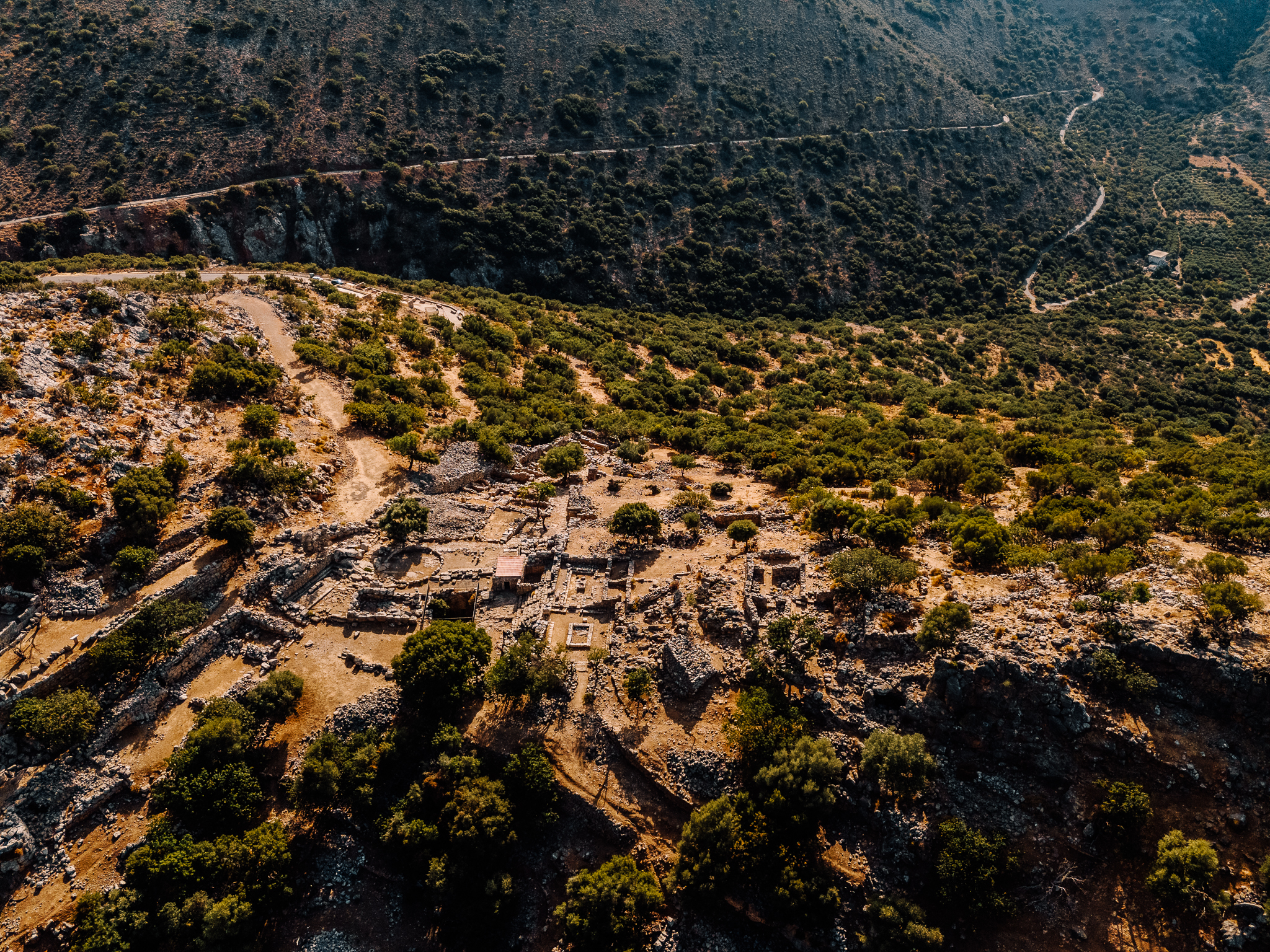
Minoan Villa of Makry Gialos
In the coastal settlement of Makry Gialos, there is a Minoan villa dating back to around 1400 BC. It resembles a small palace and features a central courtyard, sanctuary, various rooms and strong external walls, likely built to control the trade in the area.
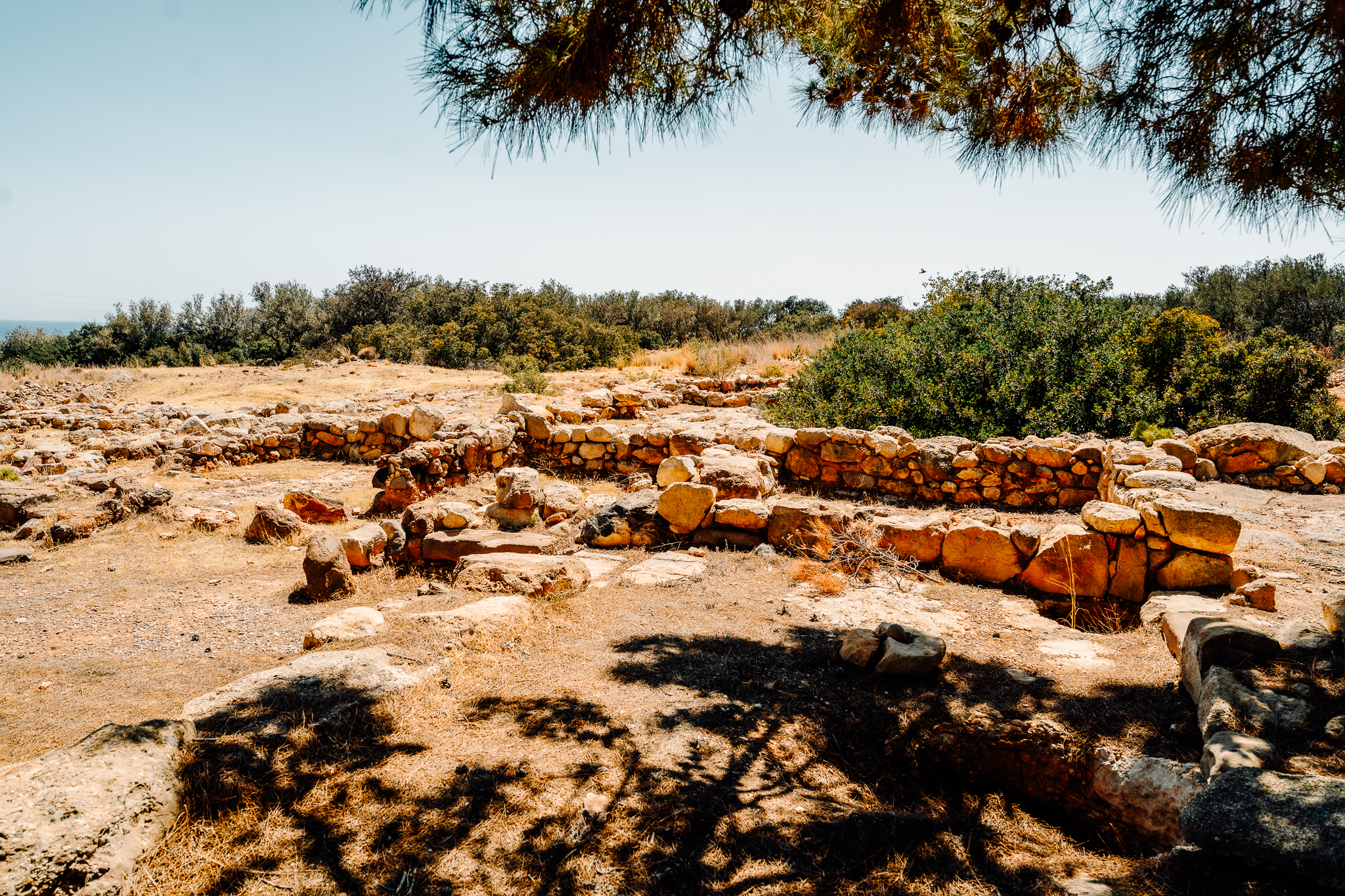
Diktaion Cave
Situated on the northern slopes of the Dikti mountain range at an altitude of 1,025 meters, Diktaion Andron is one of the most impressive caves in Crete. It was a place of worship during the Minoan period and, according to ancient tradition, Zeus, father of the Greek pantheon, was born there. The cave is divided into two sections and accessed by a narrow uphill path.
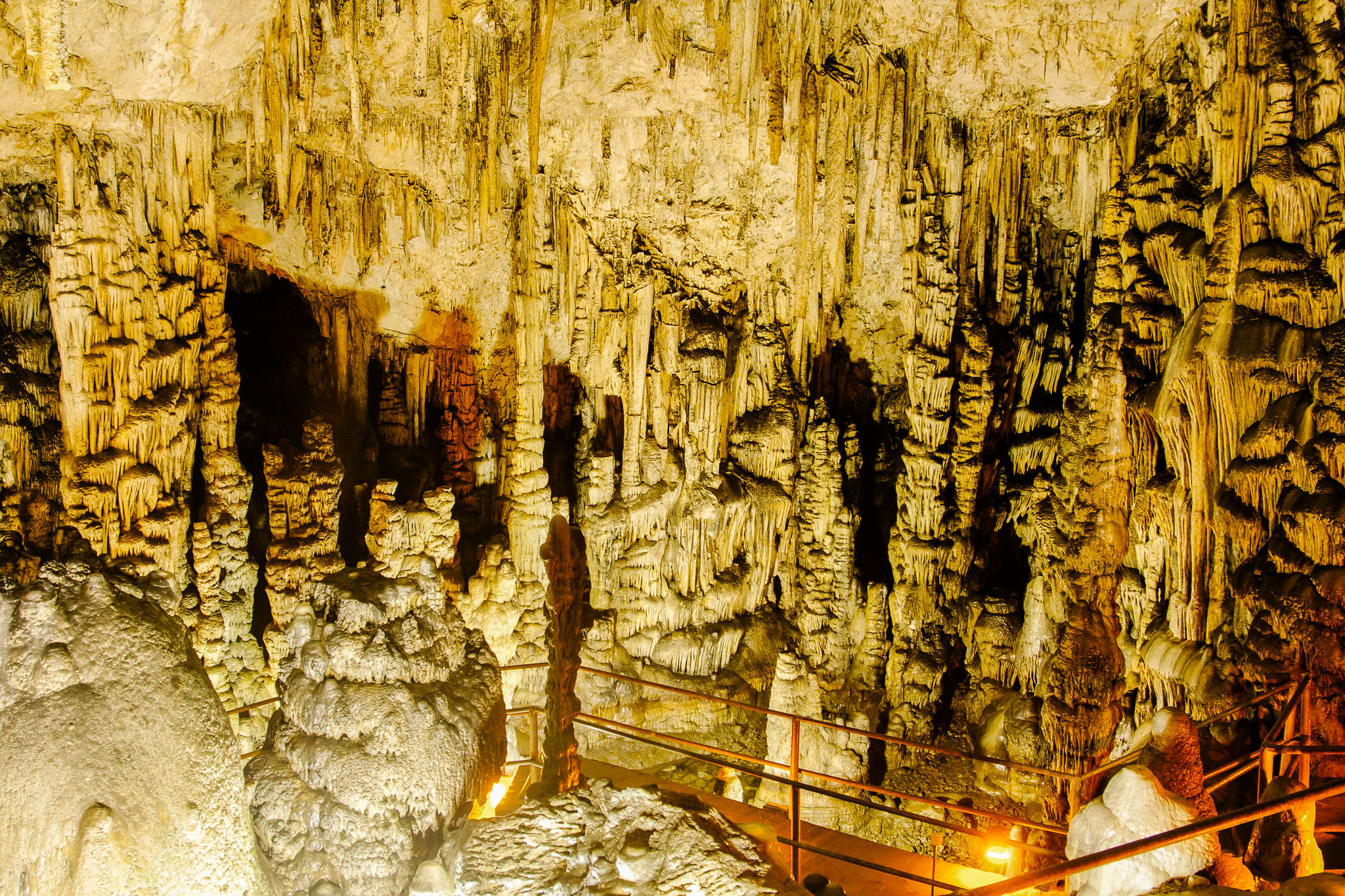
Zakros Minoan Palace
The Minoan palace of Zakros is a significant archaeological monument from the Minoan period. It was built in two phases, around 1900 BC and 1600 BC. Strategically located, it served as a center for commercial exchanges with eastern countries, as evidenced by finds such as elephant tusks, faience and bronze.
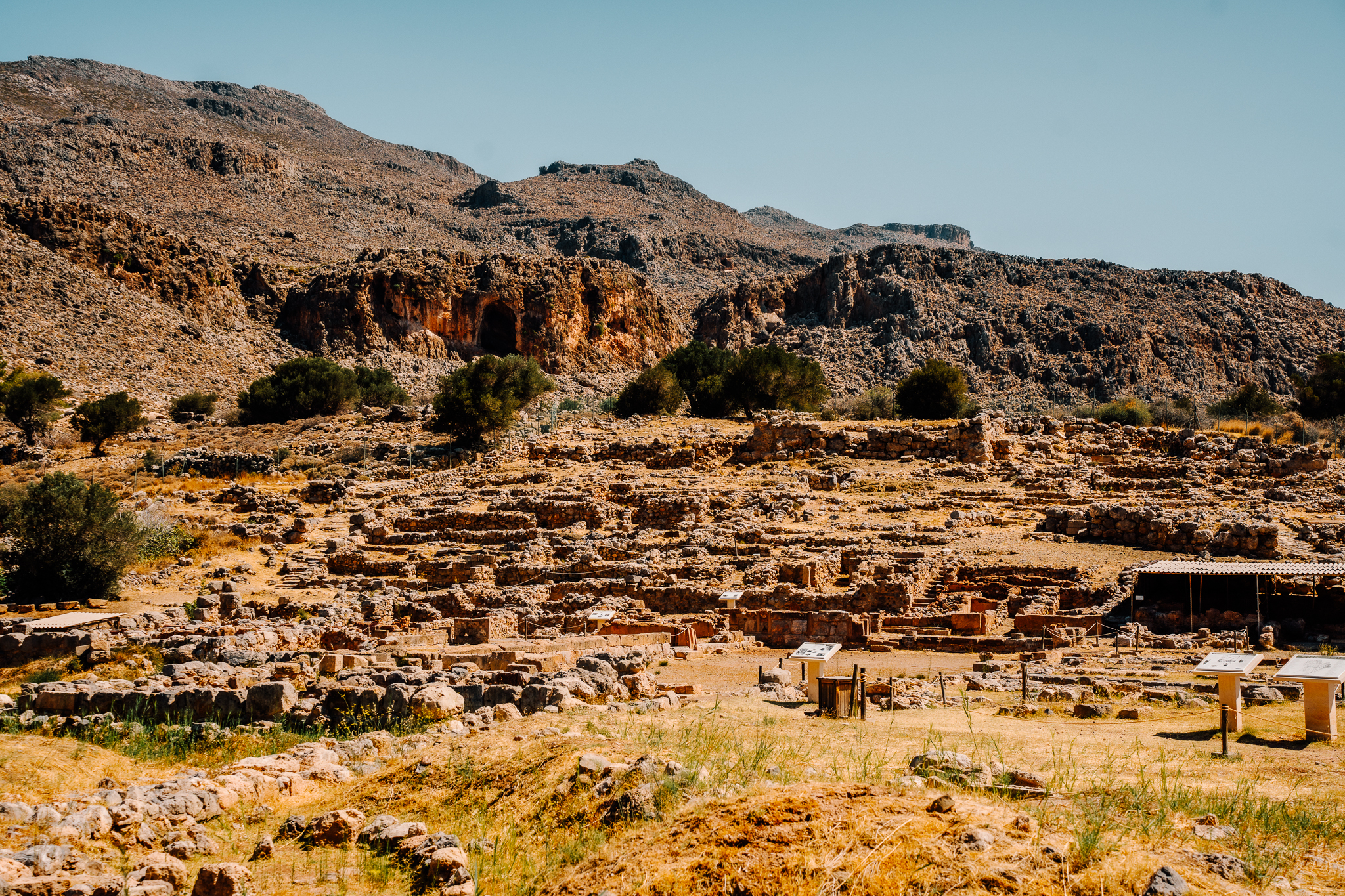
Spinalonga Island
The small island of Spinalonga, located in the gulf of Elounda, is a symbolic monument with rich historical heritage. Restored and open to visitors today, Spinalonga was originally formed as an extensive Venetian fortress in the 16th century. It saw residential development but was deserted at the beginning of the 20th century. In 1903, the island began a dramatic new chapter as it was converted into a hospital for patients with Hansen's disease (leprosy) and remained in operation as one until 1957, when a cure was discovered.
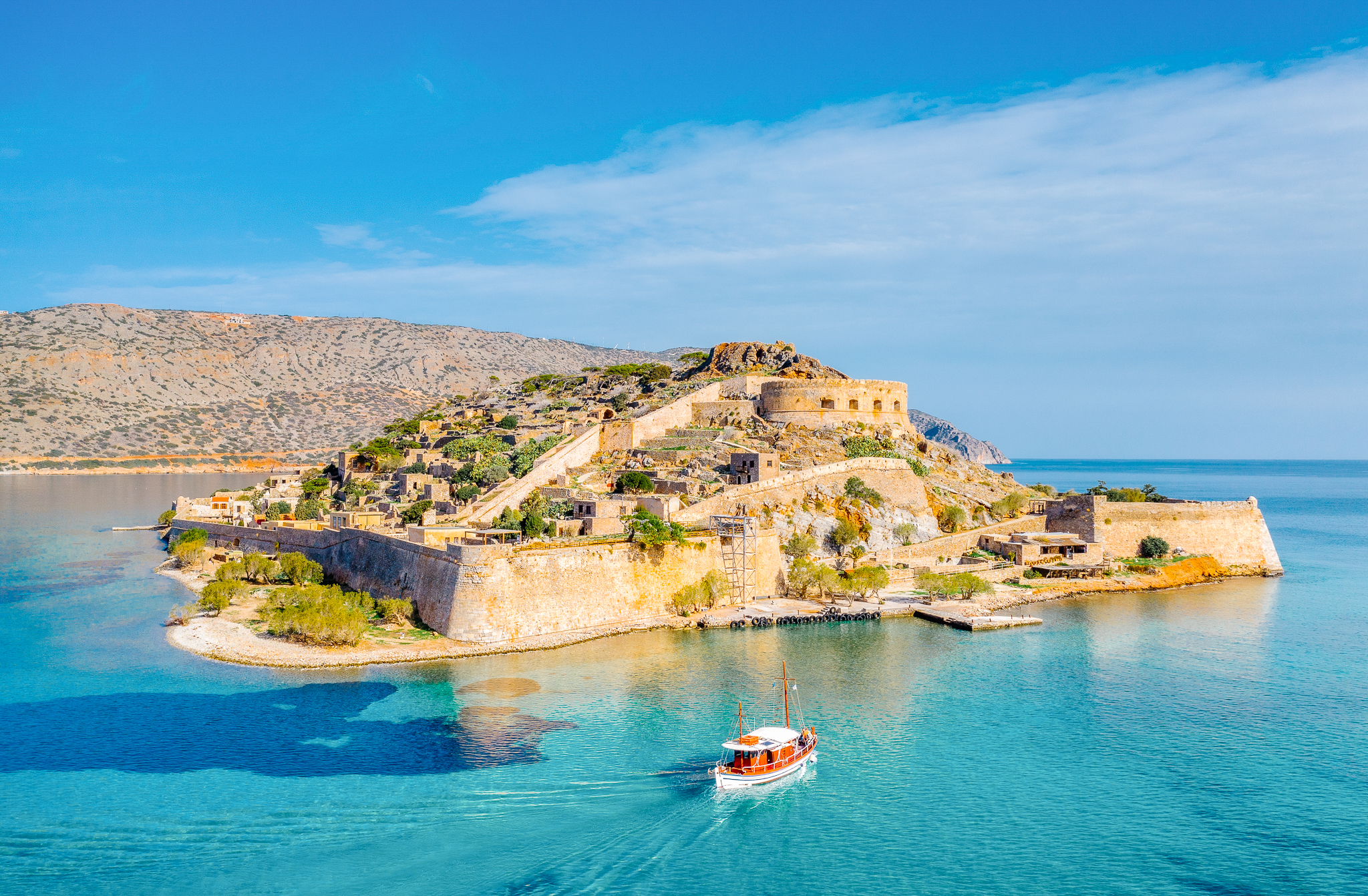
Minoan Villa of Vathipetrou
Set against the striking backdrop of Mount Giouchtas, the Minoan Villa of Vathipetrou is a testament to the ingenuity of ancient Cretan society. Dating back to 1600 BCE, this luxurious farmhouse served as both a residence and a production center, complete with an olive press, wine press and pottery workshops. The villa’s central courtyard and sanctuary reveal the importance of ritual and community in Minoan life. A visit here offers a fascinating glimpse into the daily workings of a sophisticated civilization.
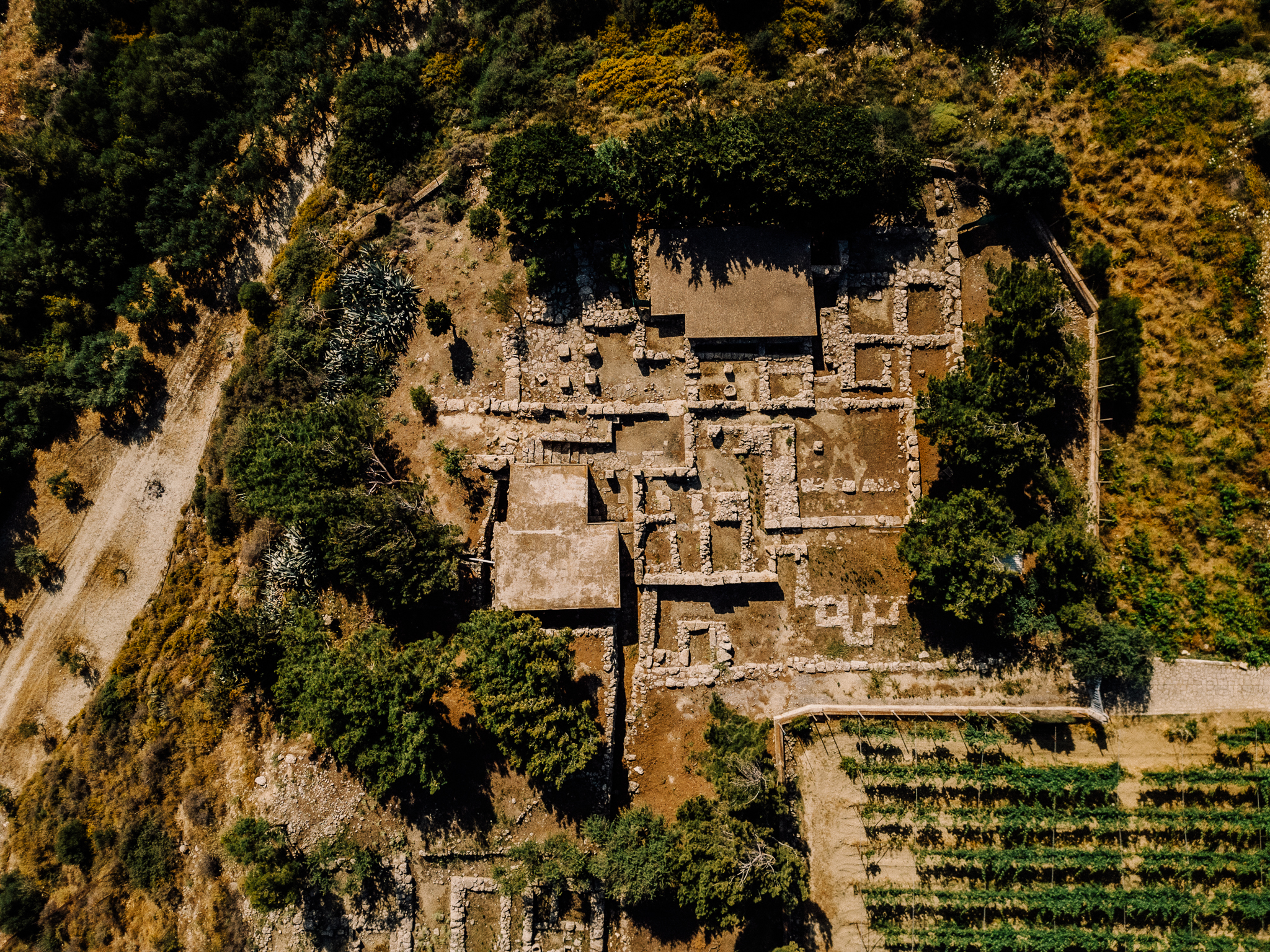
Malia
Overlooking the shimmering coastline, the Minoan Palace of Malia transports visitors to an era of prosperity and elegance. Built in 1900 BCE, this third-largest Minoan palace sprawls across a rocky landscape, offering breathtaking views of the sea and surrounding hills. The adjacent necropolis of Chrysolakkos and the nearby summit sanctuary of Prophet Elijah complete the site’s archaeological significance. Malia’s evocative ruins and coastal setting make it a captivating stop for explorers of Crete’s ancient past.
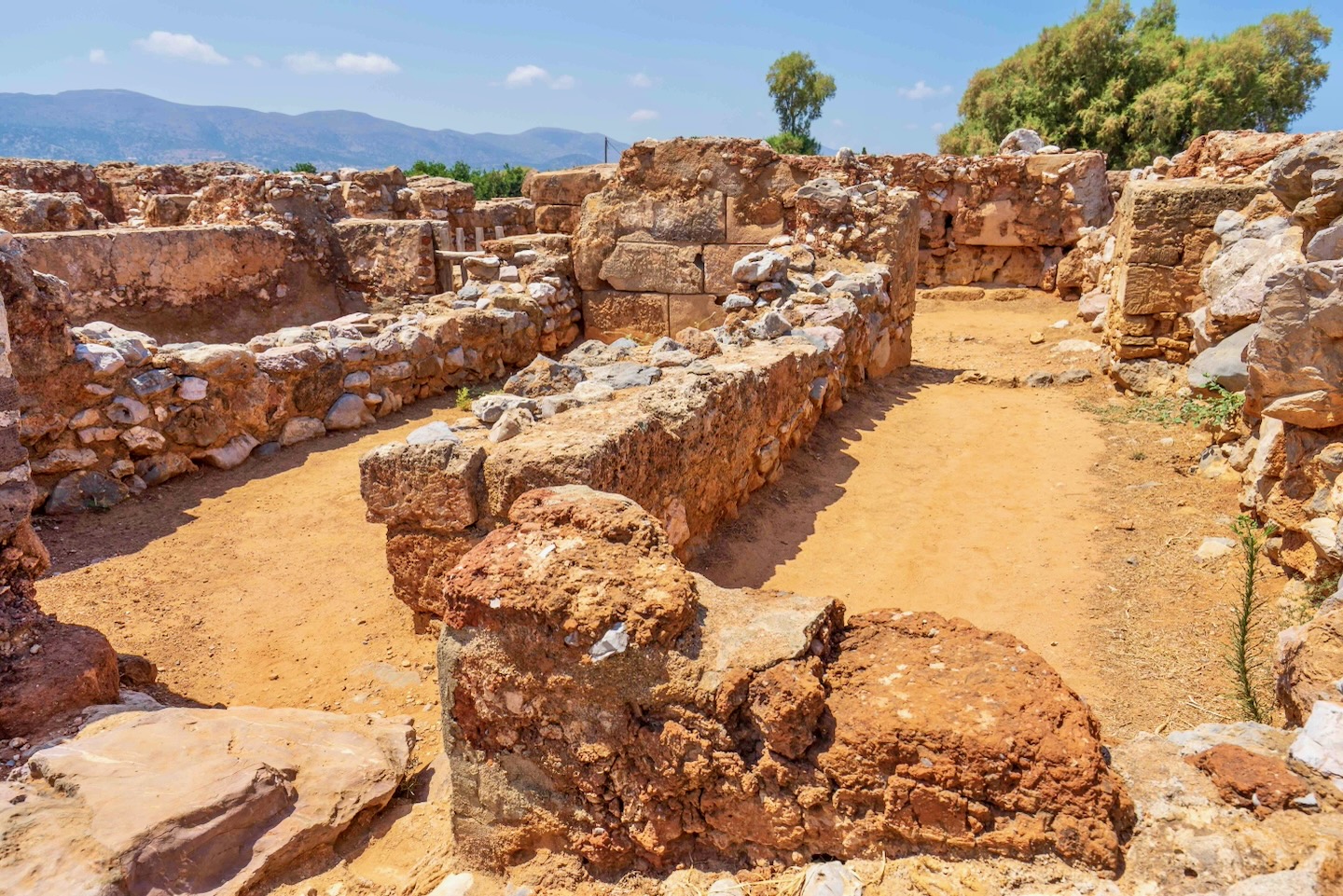
Phaistos Palace
Rising majestically above the fertile Messara plain, the Phaistos Palace enchants visitors with its harmonious blend of natural beauty and architectural brilliance. As the second-largest Minoan palace after Knossos, Phaistos offers a glimpse into a sophisticated world of artistry and innovation. The discovery of the enigmatic Phaistos Disc—a clay artifact inscribed with mysterious hieroglyphic symbols—adds an air of intrigue to this ancient site. With its sweeping vistas and rich history, Phaistos is a place where myth and reality intertwine.

Knossos
No visit to Crete would be complete without a pilgrimage to Knossos, the crowning jewel of Minoan civilization. Perched on the hill of Kefalas, this archaeological wonder spans millennia, from the late Neolithic era to Roman times. The iconic Palace of Knossos, with its grand courtyards, colorful frescoes and labyrinthine chambers, evokes the grandeur of a bygone era. As you wander through its storied ruins, you’ll feel the echoes of a civilization that shaped the ancient world, making Knossos a must-visit for history lovers and dreamers alike.
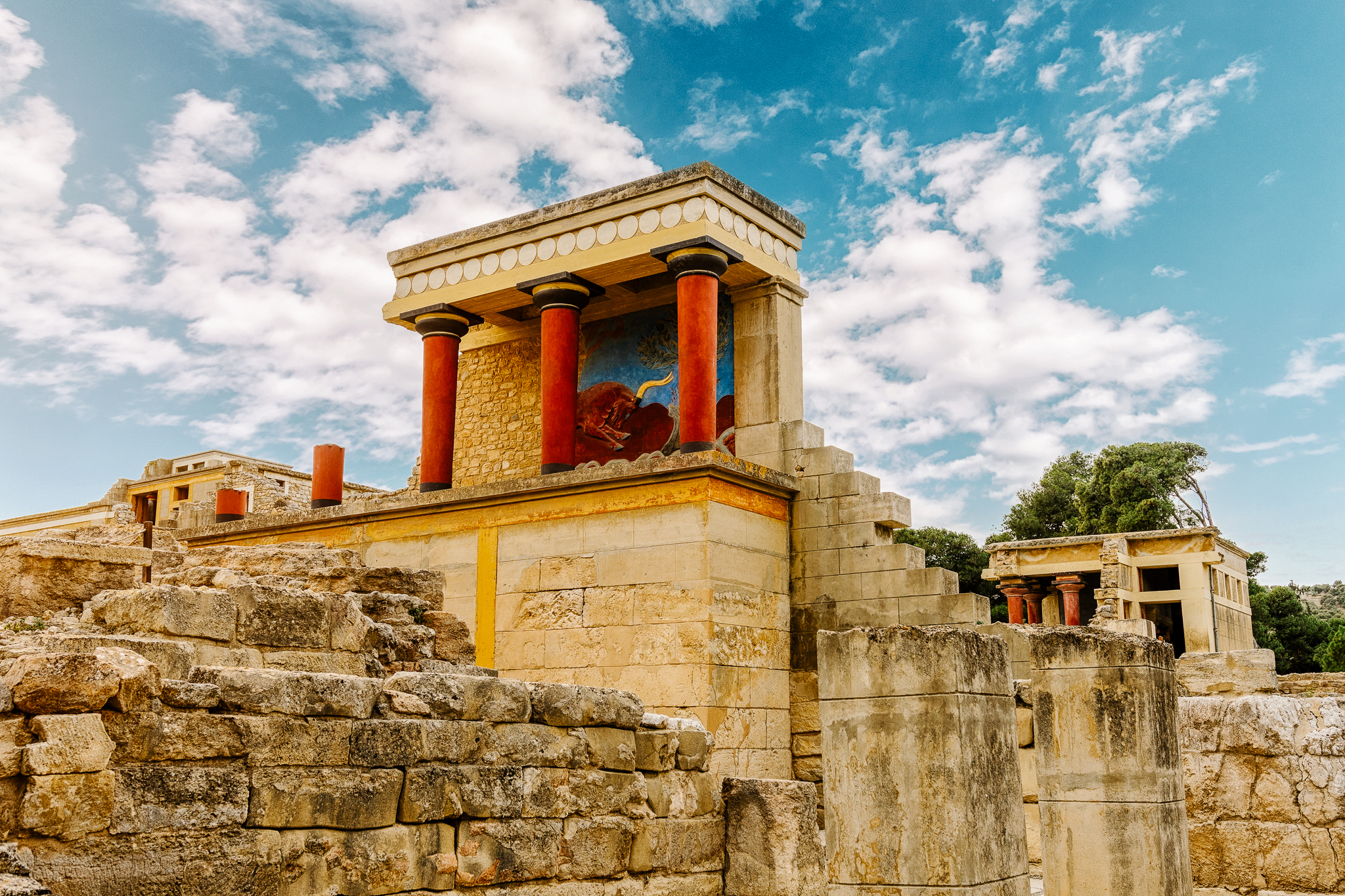
Museums
House of Venizelos
The house of Eleftherios Venizelos, a prominent 20th-century Greek politician, is now a museum in Chania's historic Chalepa district. Built in the late 19th century, the two-story mansion with Western influences has been restored to its original form. It showcases Venizelos' life and work, featuring authentic objects and memorabilia.
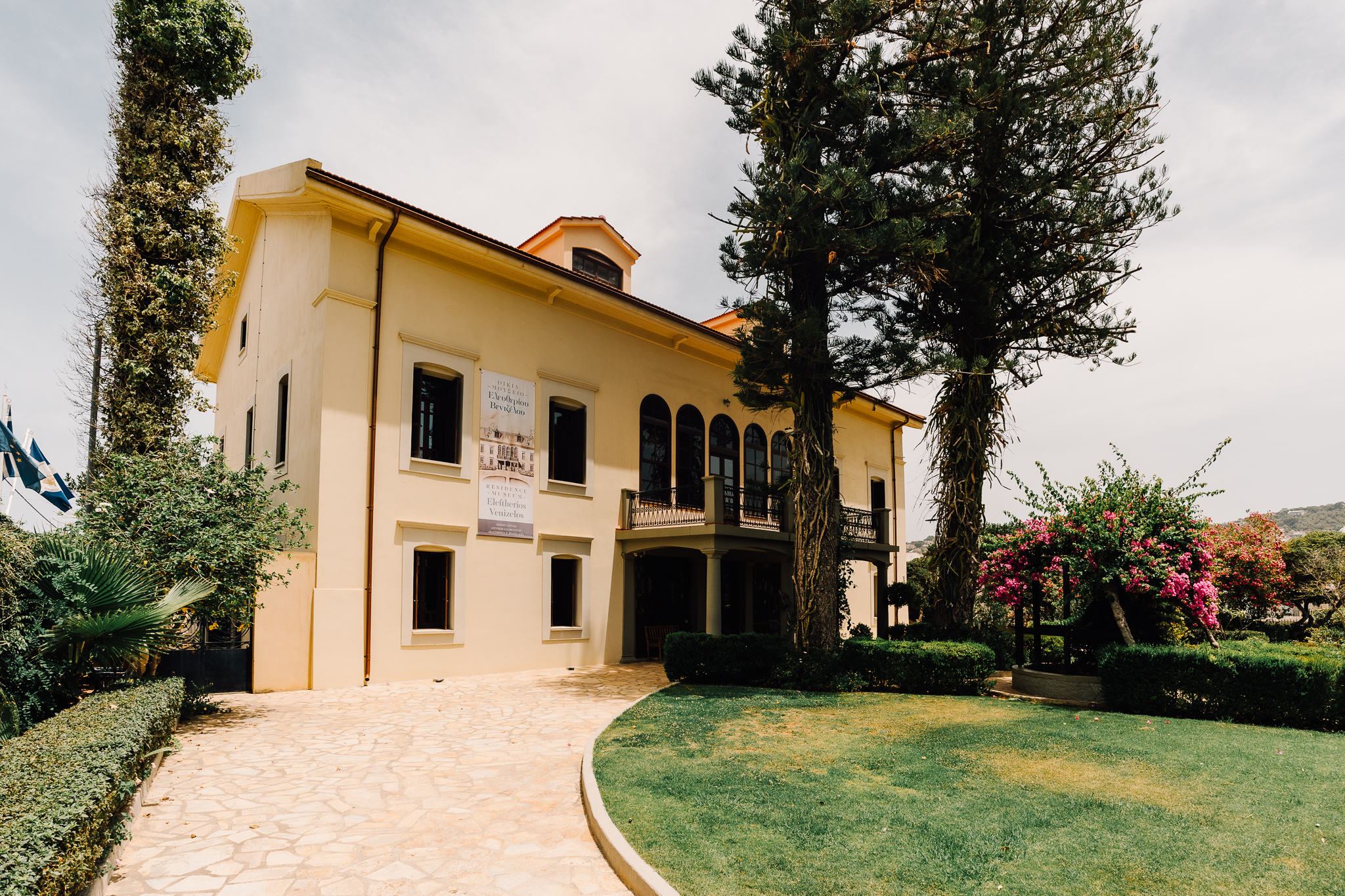
Museum of Typography
The Yannis & Eleni Garedakis Typography Museum, located in the Souda Industrial Park, stands as Greece's sole museum devoted entirely to typography. Founded by Yannis Garedakis, creator of the "Haniotika Nea" newspaper and his wife Eleni, the museum opened its doors in 2005 and has since been expanding its collection of exhibits. Noteworthy items on display include historic printing presses and various objects related to typography.
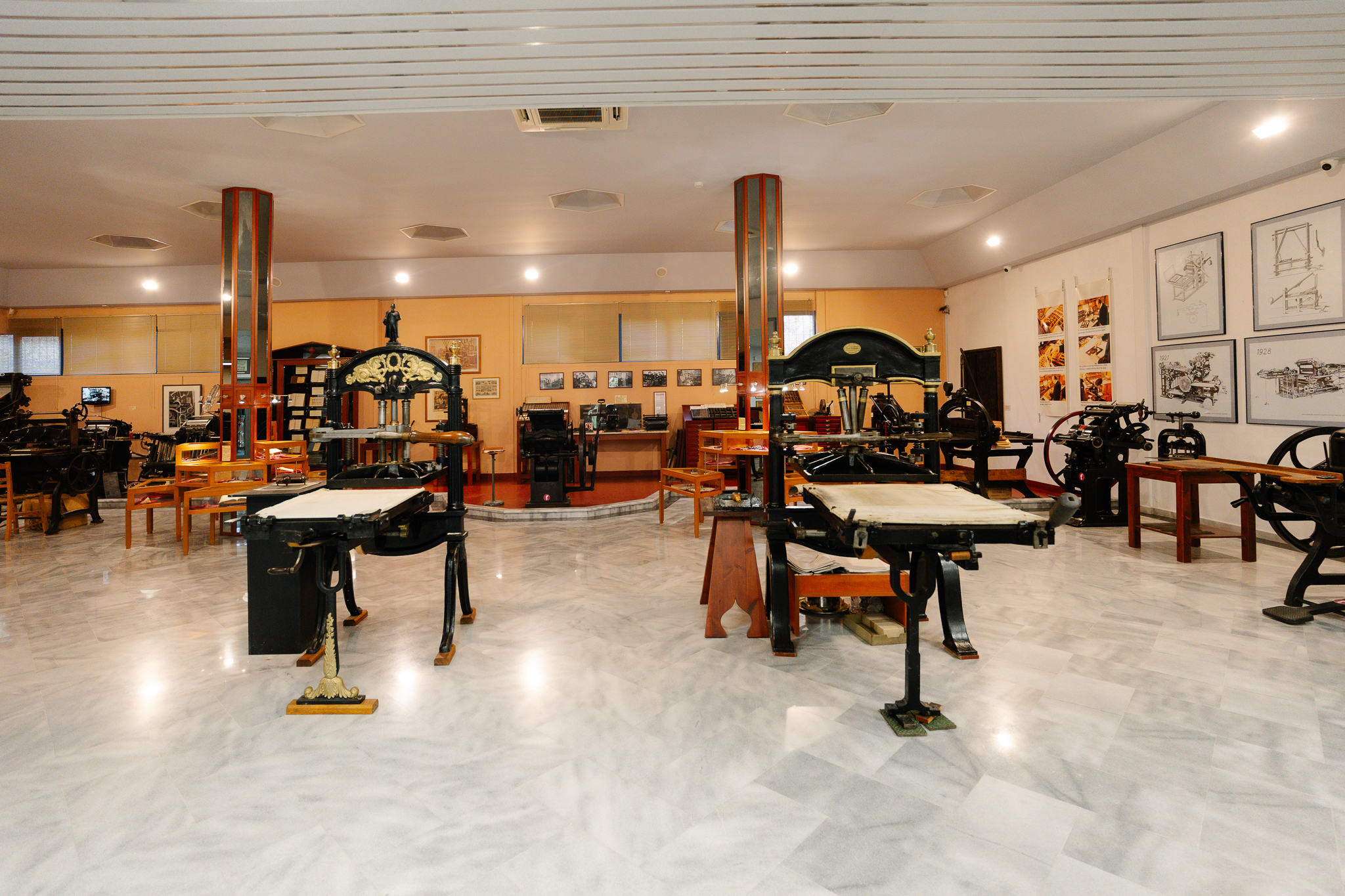
Ayias Small Hydroelectric Station (Agyias MYIS)
The Agia Small Hydroelectric Plant and the artificial lake are a unified technological project from the early 20th century. Established in 1929, it was a pioneering achievement of its era, exemplifying innovative utilization of water resources for electricity generation. Operating until 2005, it now welcomes visitors by arrangement, showcasing its historical significance.
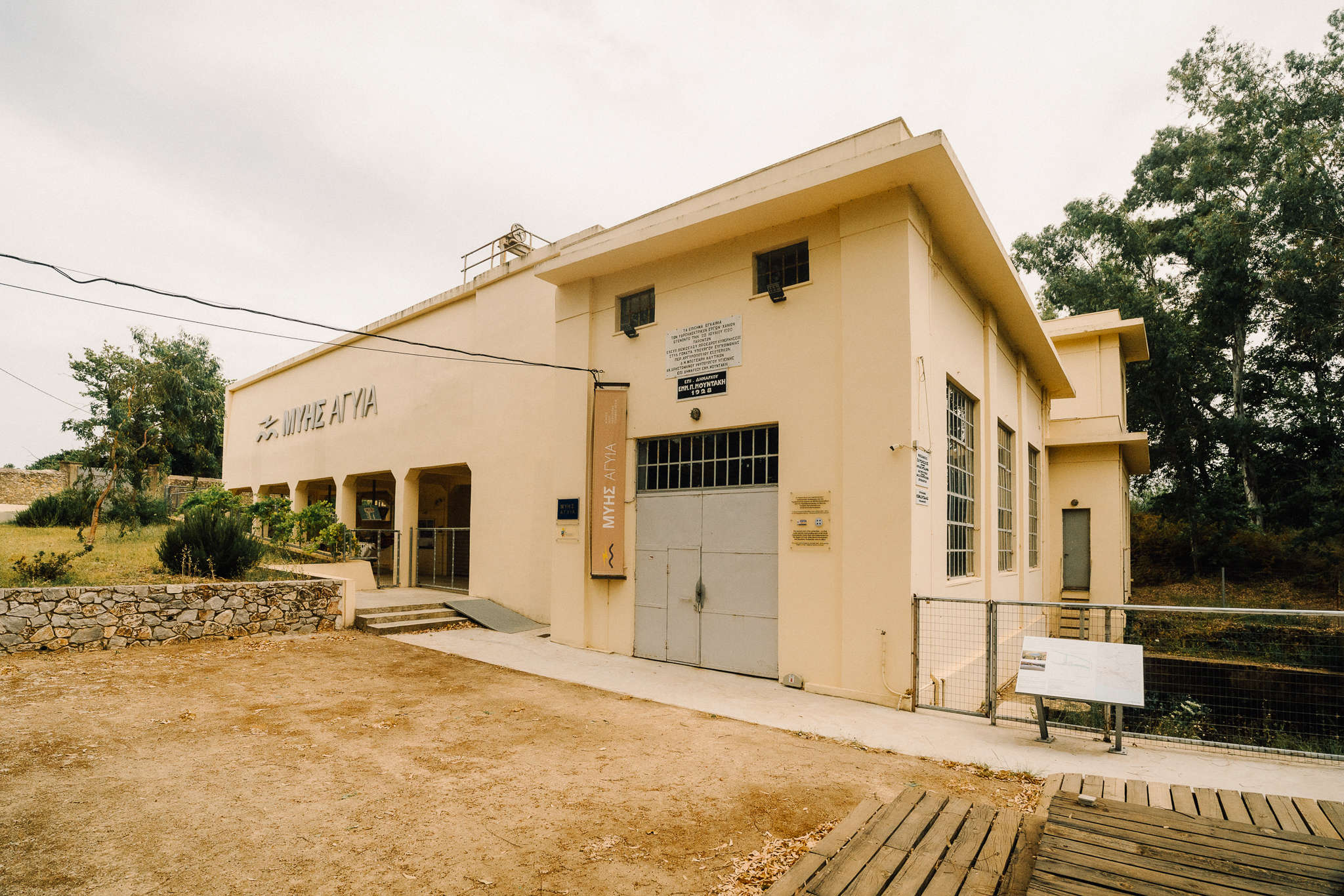
Maritime Museum
The Naval Museum of Crete is located at the entrance of the port of Chania, housed within the main building of the historic Venetian fortress. Its mission is to preserve the maritime traditions of Greece overall, with a particular focus on Crete. The permanent exhibition boasts 2,500 artifacts, including relics, items recovered from the seabed, paintings, maps, photographs, ship models and nautical instruments. The museum is open daily from 09:00 to 16:00, except on Sundays.
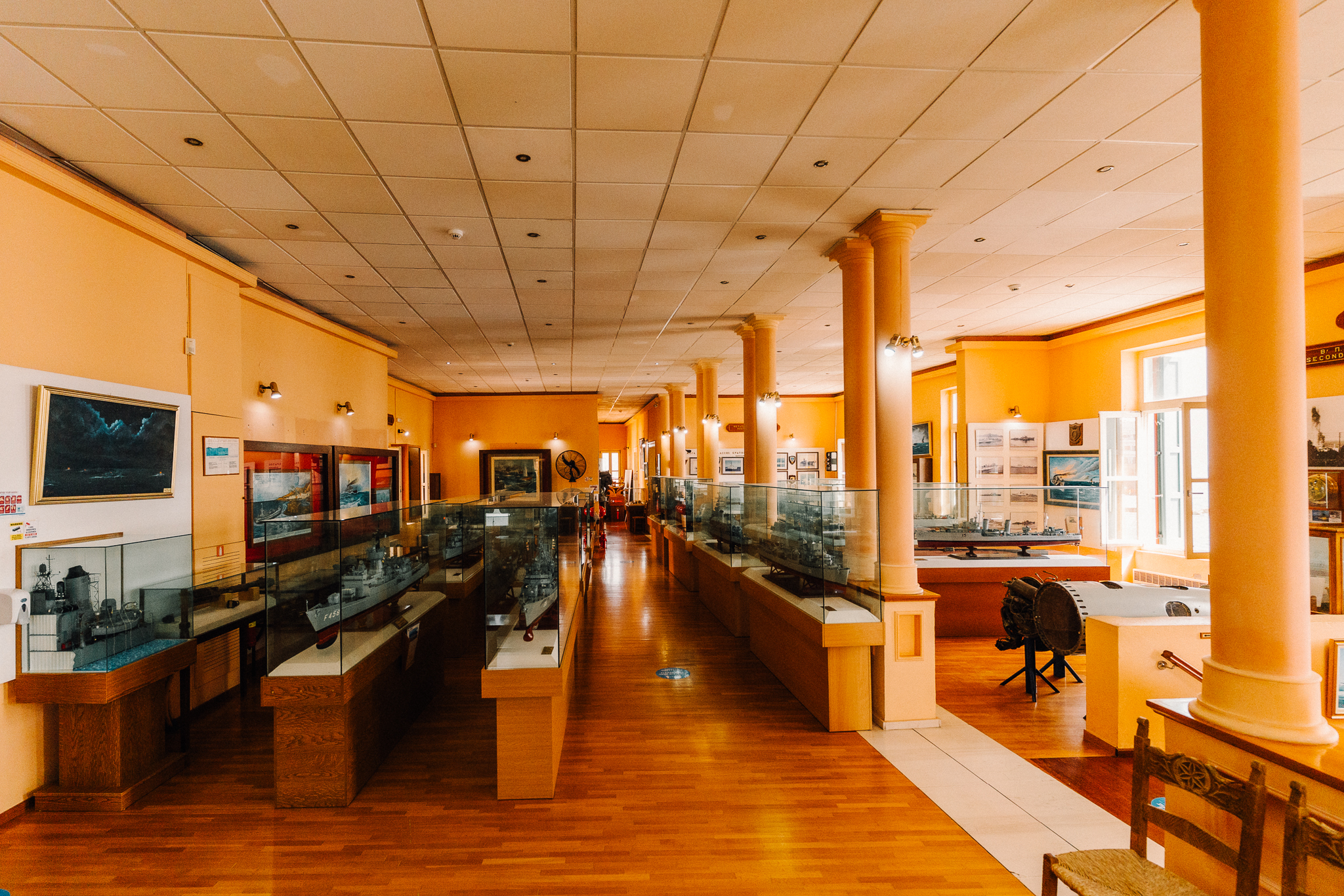
Archaeological Museum of Chania
In Chania's historic Chalepa district, you'll find the Archaeological Museum, a modern landmark housing over 4,100 artifacts. These finds come from all across Chania and Gavdos, spanning a wide range of time, from the Palaeolithic Age all the way up to Roman times. The museum offers a fascinating look at every aspect of human activity during these periods. The permanent exhibition is spread across spacious rooms on both the ground and first floors. The museum is open daily from 8:00 AM to 8:00 PM, but closed on Tuesdays.
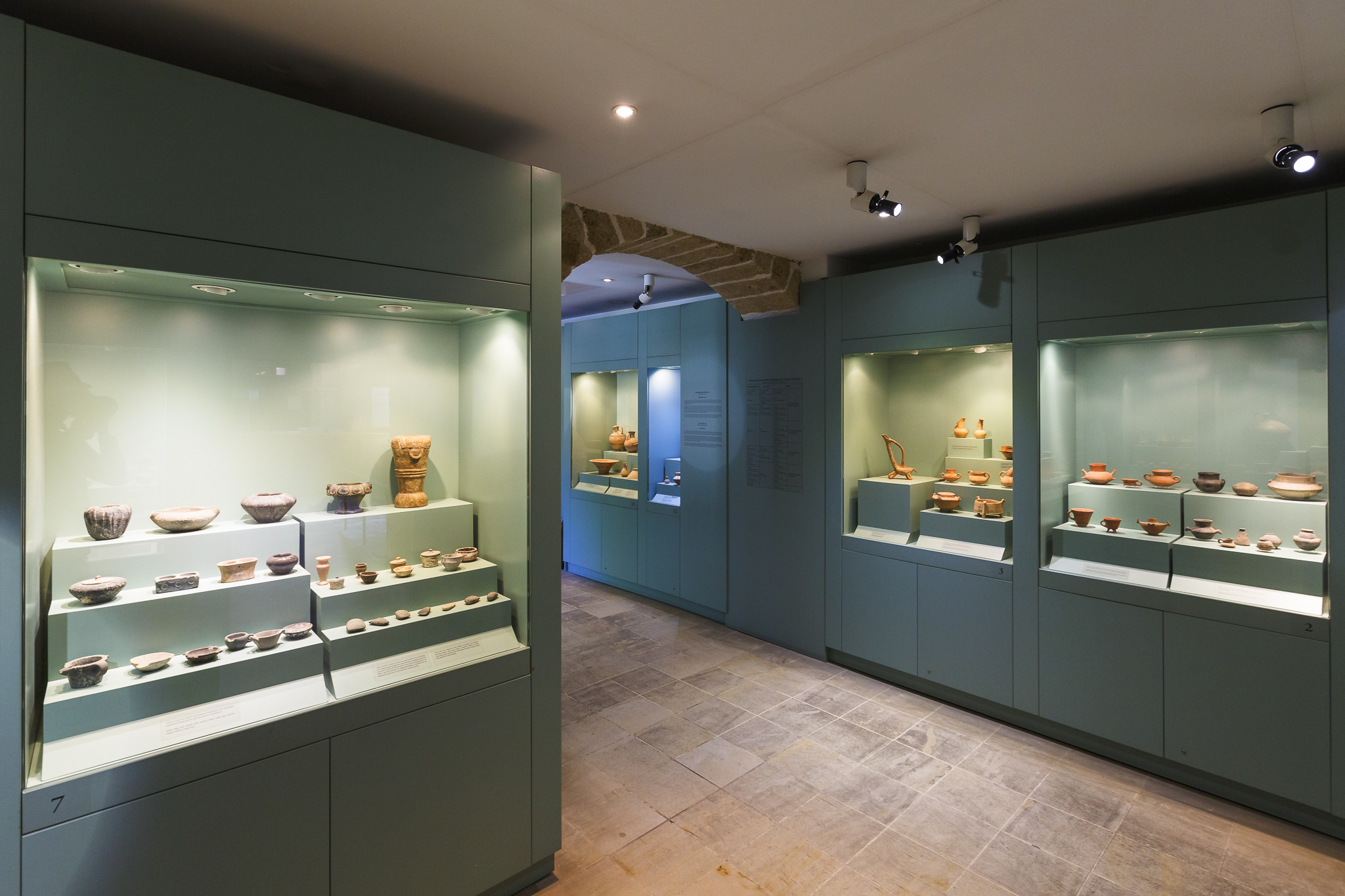
Museum of Contemporary Art
The Museum of Contemporary Art of Crete is situated in the heart of the old town of Rethymnon. Initially established in the early 1990s as a municipal gallery, its focus has evolved over time to prominently feature Contemporary Art. Today, it stands as a modern museum known for its high standards and commitment to contemporary artistic expression.

Archaeological Museum of Eleftherna
The Museum of the Archaeological Site of Eleftherna stands as Crete's inaugural archaeological site museum. It was established to showcase the findings unearthed from excavations at the ancient city of Eleftherna. What sets it apart is its innovative approach of regularly updating the exhibits in its permanent exhibition with both new discoveries and older findings from ongoing excavations.
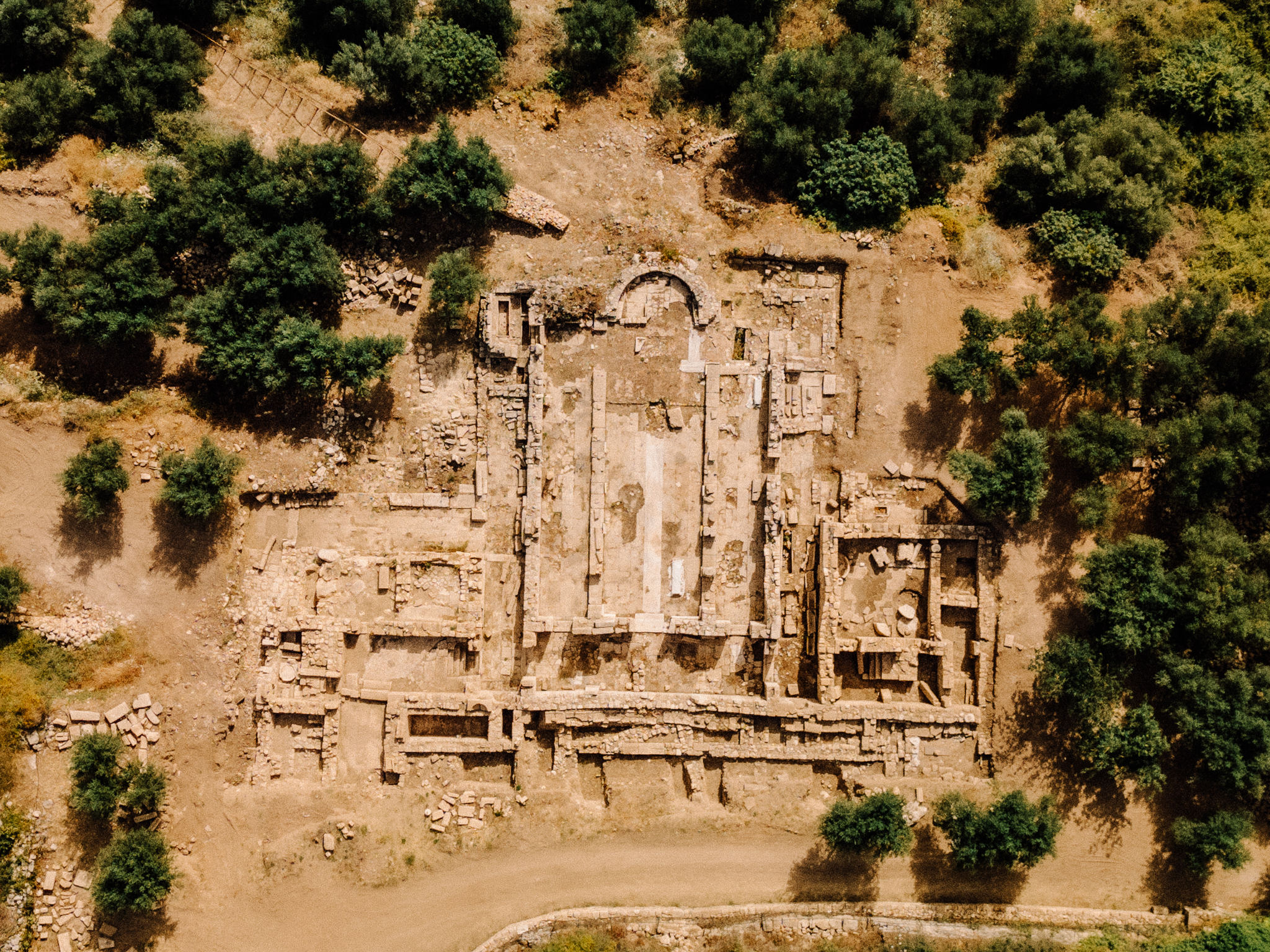
Archaeological Museum of Rethymno
In the heart of the old town of Rethymnon, within the Church of St. Francis, you will find the temporary exhibition of the city's Archaeological Museum. This exhibition offers a timeless glimpse into the cultural history of the broader region, spanning from the Neolithic era to Roman times, with artifacts originating from the Rethymnon area. Previously, the museum was housed in the Venetian Loggia and the pentagonal fortress of Fortezza. The temporary exhibition is organized in collaboration with the Museum of the Archaeological Site of Eleftherna, the Exhibition of relics from the Arkadi Monastery and the Archaeological Information Centre "Yannis Sakellarakis and Efis Sapouna Sakellarakis".
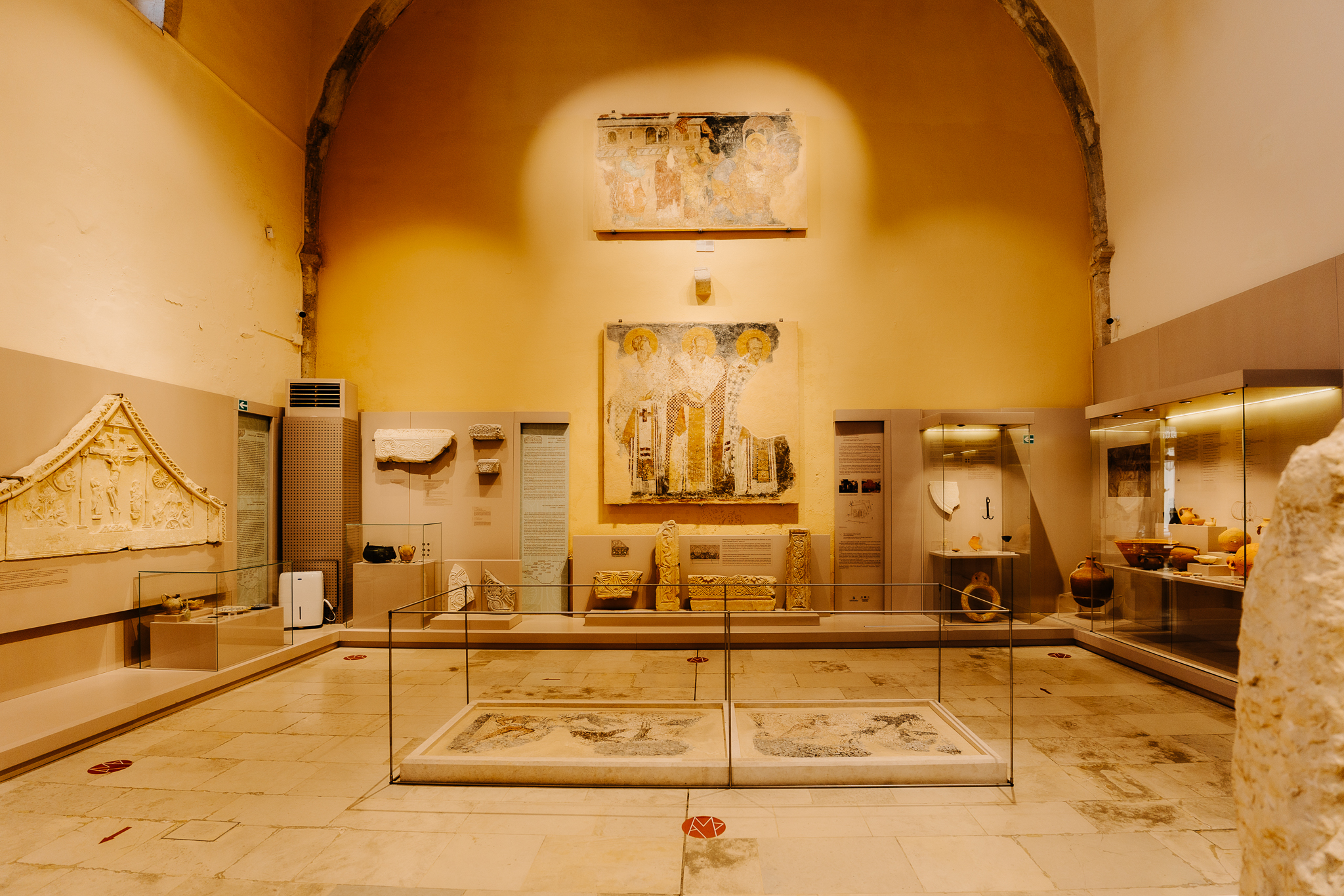
Archaeological Museum of Agios Nikolaos
The Agios Nikolaos Museum houses over 30,000 significant archaeological artifacts. Its recent renovation showcases the region's rich heritage, offering visitors an exceptional exploration experience.
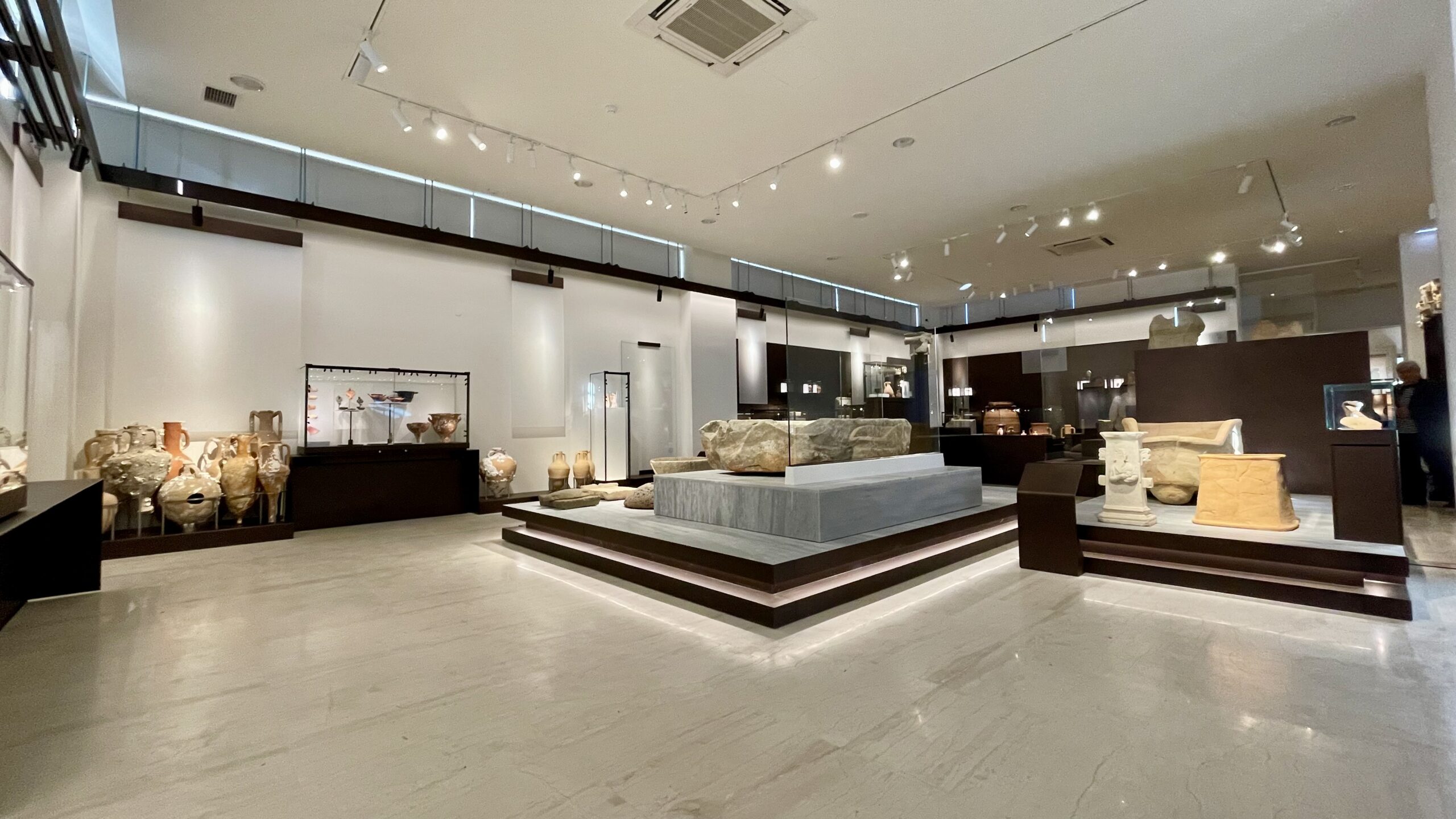
Archaeological Museum of Sitia
The Archaeological Museum of Sitia, operational since 1984, houses artifacts spanning approximately 4,000 years, from the Late Neolithic to the Late Roman Period. The artifacts are mainly presented in excavation sets by regions, with the largest and richest collection being from the palace of Kato Zakros.
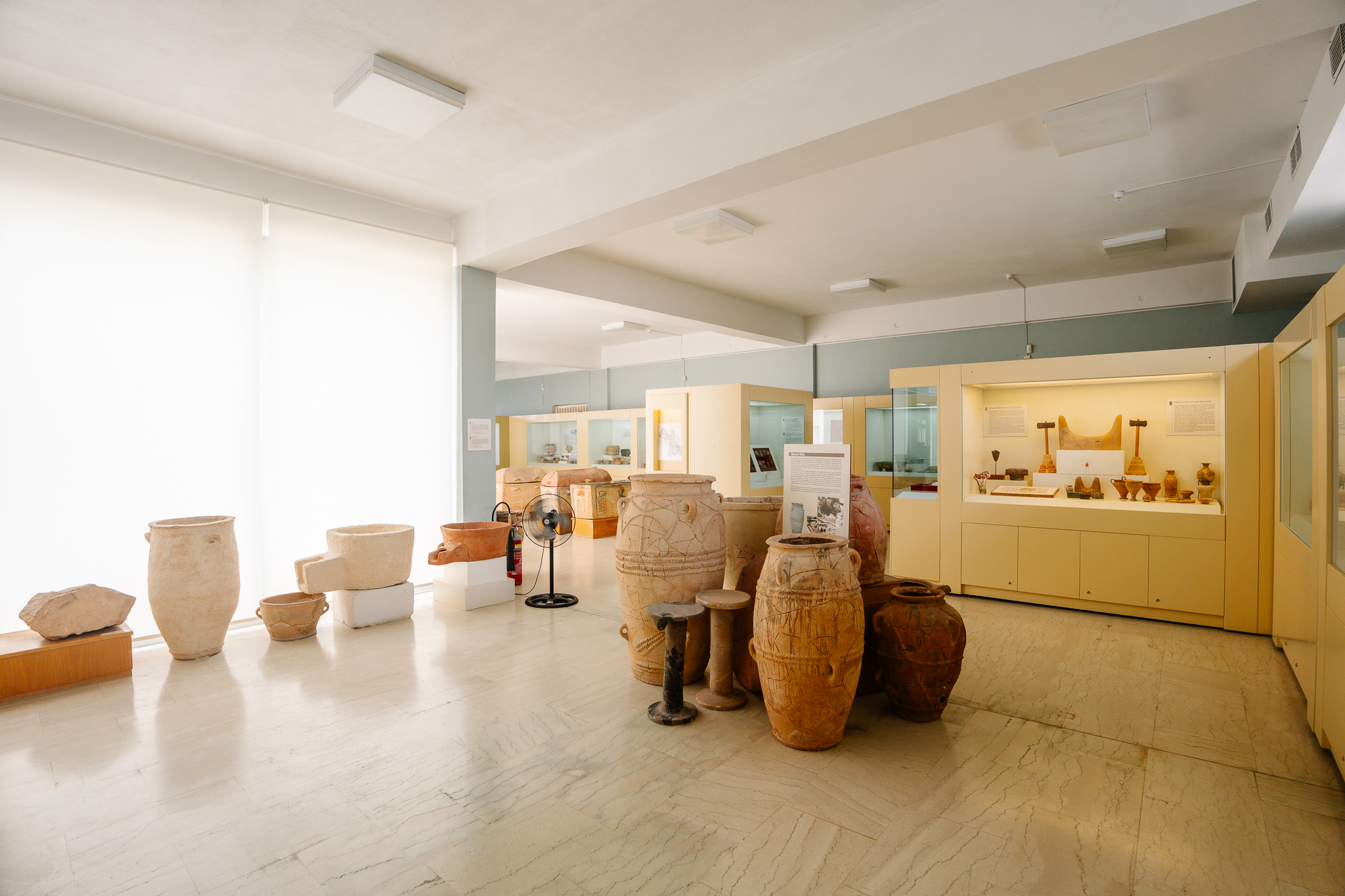
Historical Museum of Crete
Housed in a stately neoclassical mansion built in 1903, the Historical Museum of Crete is a treasure chest of the island’s rich cultural and artistic heritage. From the early Byzantine period to modern times, its exhibits bring Crete’s dramatic history to life. Highlights include stunning mosaics, intricately carved religious icons and personal artifacts from the island’s most famous writer, Nikos Kazantzakis. The museum’s serene courtyard café offers a perfect spot to reflect, with a cup of local coffee in hand and the sea breeze wafting through.
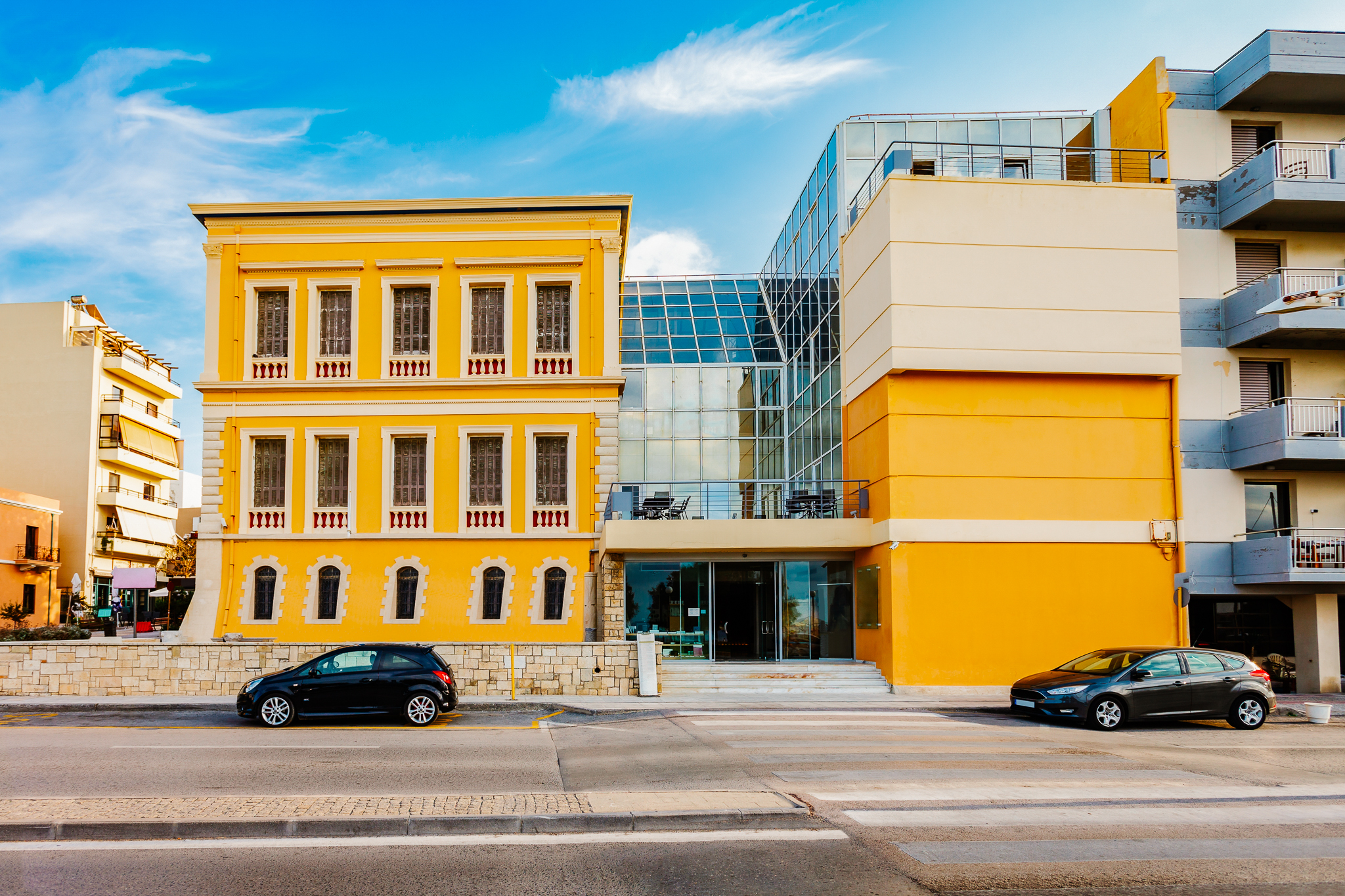
Natural History Museum of Heraklion
A paradise for curious minds, the Natural History Museum of Heraklion brings Crete’s natural wonders to life. Its expansive exhibits, covering geology, paleontology, botany and zoology, offer a deep dive into the island’s biodiversity. Interactive displays and the immersive earthquake simulator make this museum a favorite among families and adventurers alike. Whether you’re marveling at rare fossils or exploring the wonders of Crete’s ecosystems, this museum promises an educational journey like no other.
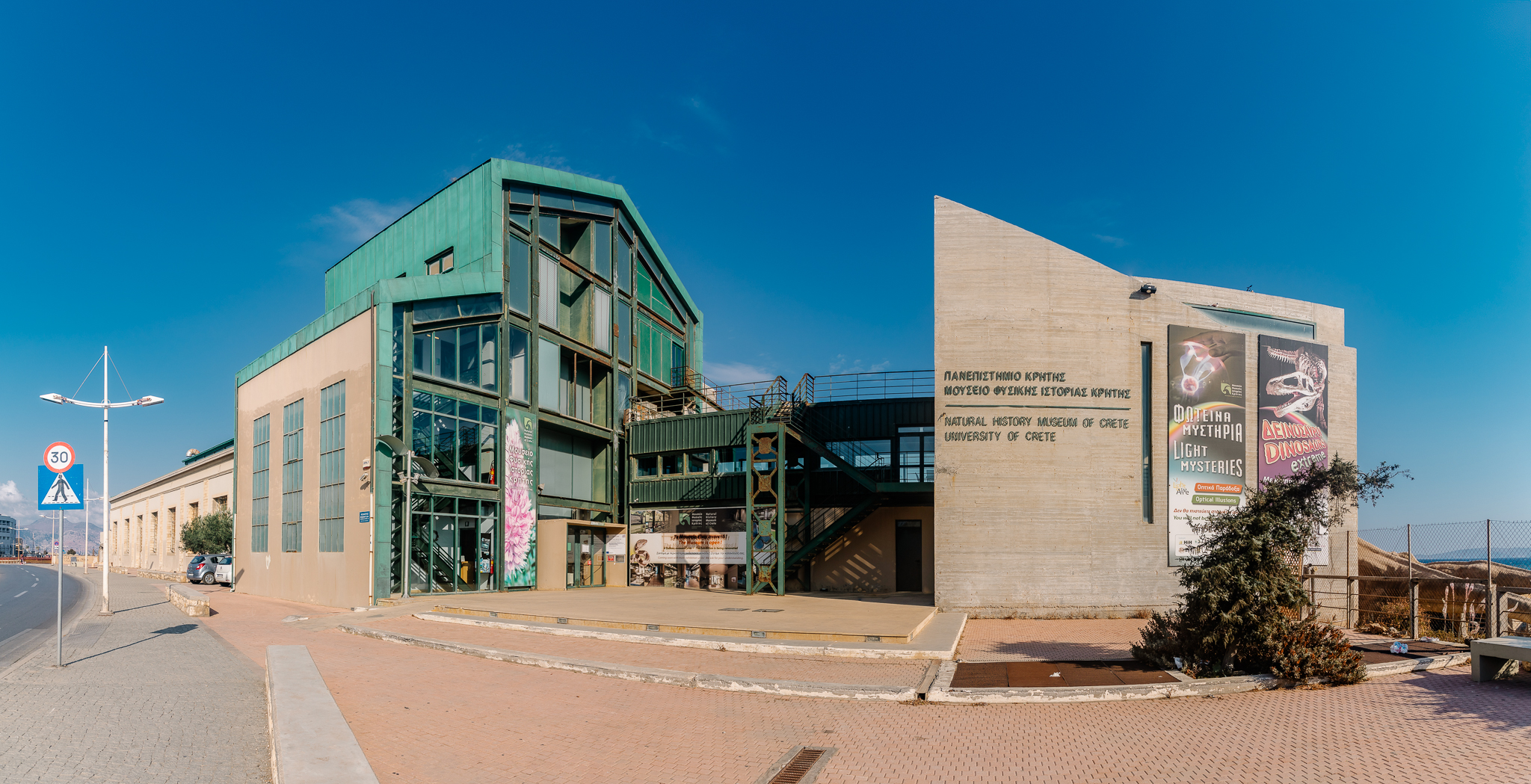
Archaeological Museum of Messara
Nestled at the edge of the ancient city of Gortys, the Archaeological Museum of Messara is a hidden gem dedicated to the wonders of this fertile region. Its exhibits span from prehistory to the Middle Ages, presenting a captivating narrative of human ingenuity shaped by the unique landscape. From Minoan pottery to Byzantine relics, each artifact tells a story of life in the Messara plain, making this museum a fascinating stop for history enthusiasts.
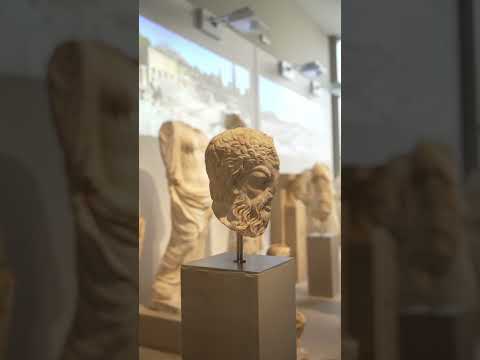
Archaeological Museum of Heraklion
The Archaeological Museum of Heraklion is a treasure trove of Cretan history, transporting visitors through seven millennia of human achievement. Housed in a state-of-the-art facility, the museum’s collections showcase everything from delicate Neolithic artifacts to the vibrant frescoes of the Minoans. Highlights include the enigmatic Phaistos Disc, the snake goddess figurines and intricately carved sarcophagi. For anyone captivated by the mysteries of Crete’s past, this museum is an unmissable experience.
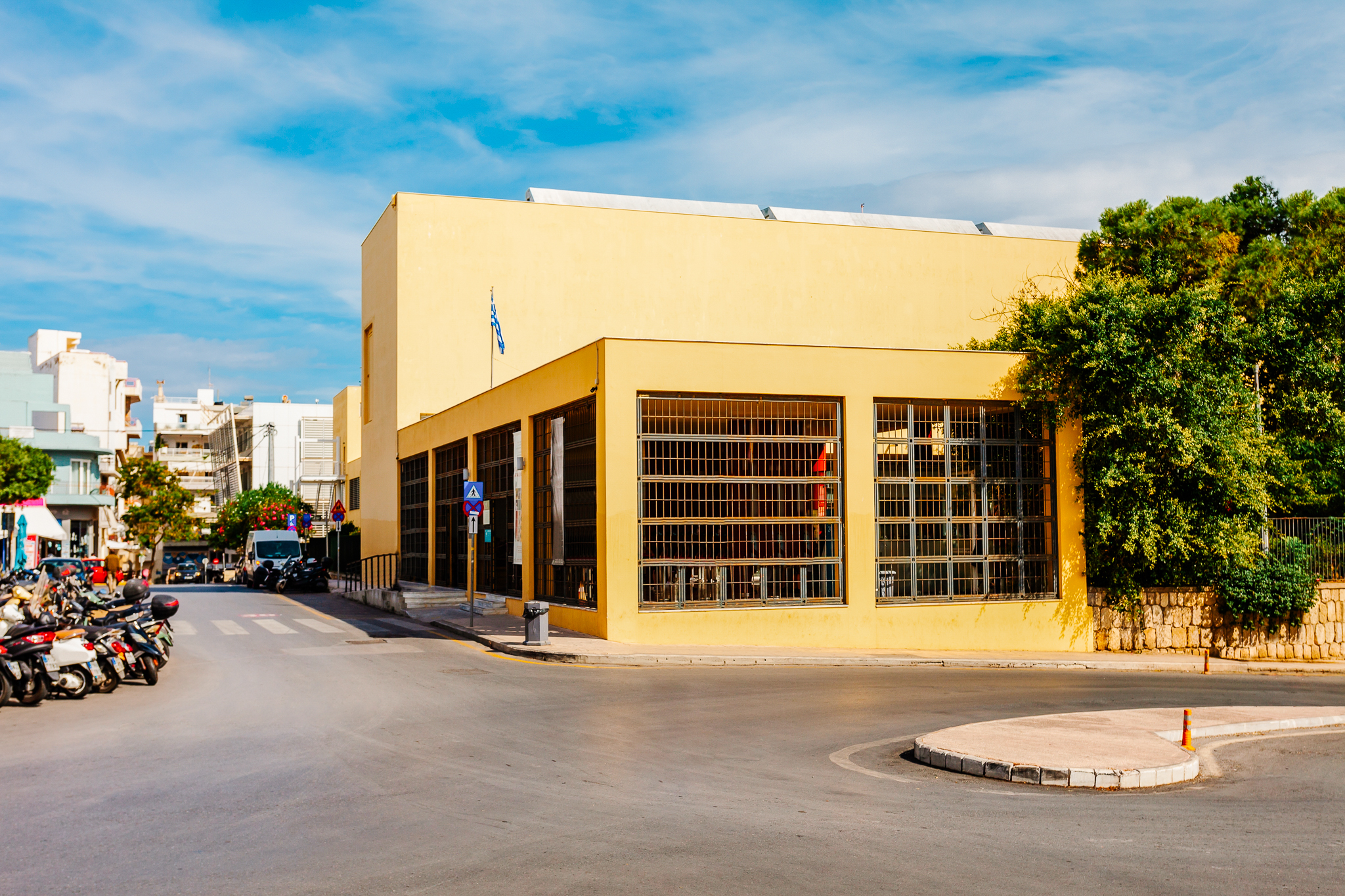
Sites of Interest
Mountains and Shelters
Christos Houliopoulos Shelter (Katsiveli Plateau)
The Christos Chouliopoulos Refuge is situated strategically on the Katsivelli Plateau, adjacent to the Svourochti peak, through which the European Path E4 traverses. Positioned at an altitude of 1,980 meters, it marks the intersection of the trail from Kallergi Shelter and the path from Tavri. Additionally, it serves as the starting point for routes leading to the highest peak of the White Mountains, Pachnes (2,453 m) and to the summit of Svourichti (2,356 m).
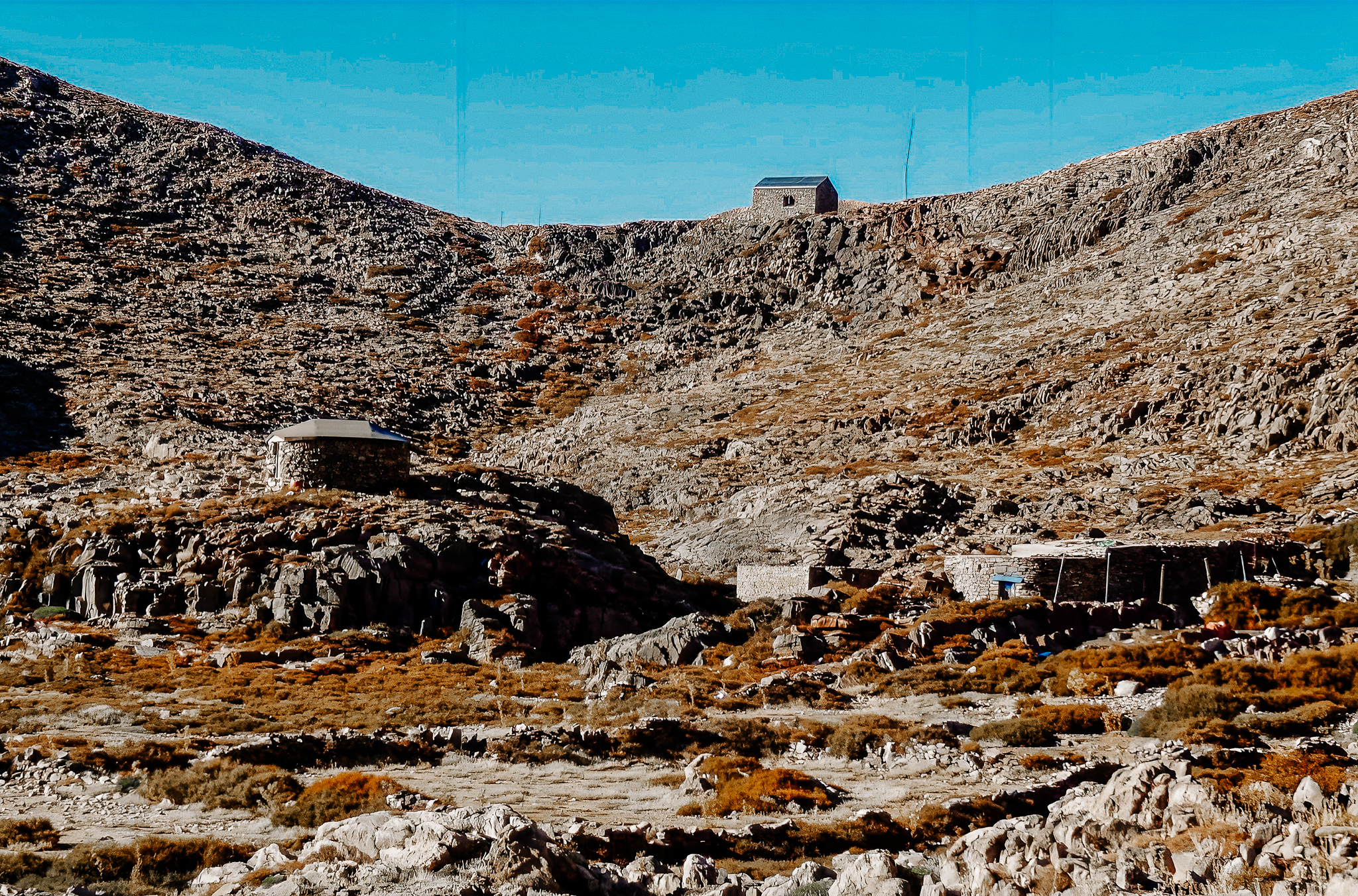
Tauris shelter
At an altitude of 1,200 meters on the Tavris Plateau, this refuge can accommodate up to 45 people with advance reservation through the Chania Mountaineering Club. Accessible from the village of Ammoudari, it serves as a starting point for hikes to the Kastro peak (2,218 meters). The European E4 trail also passes through the plateau.
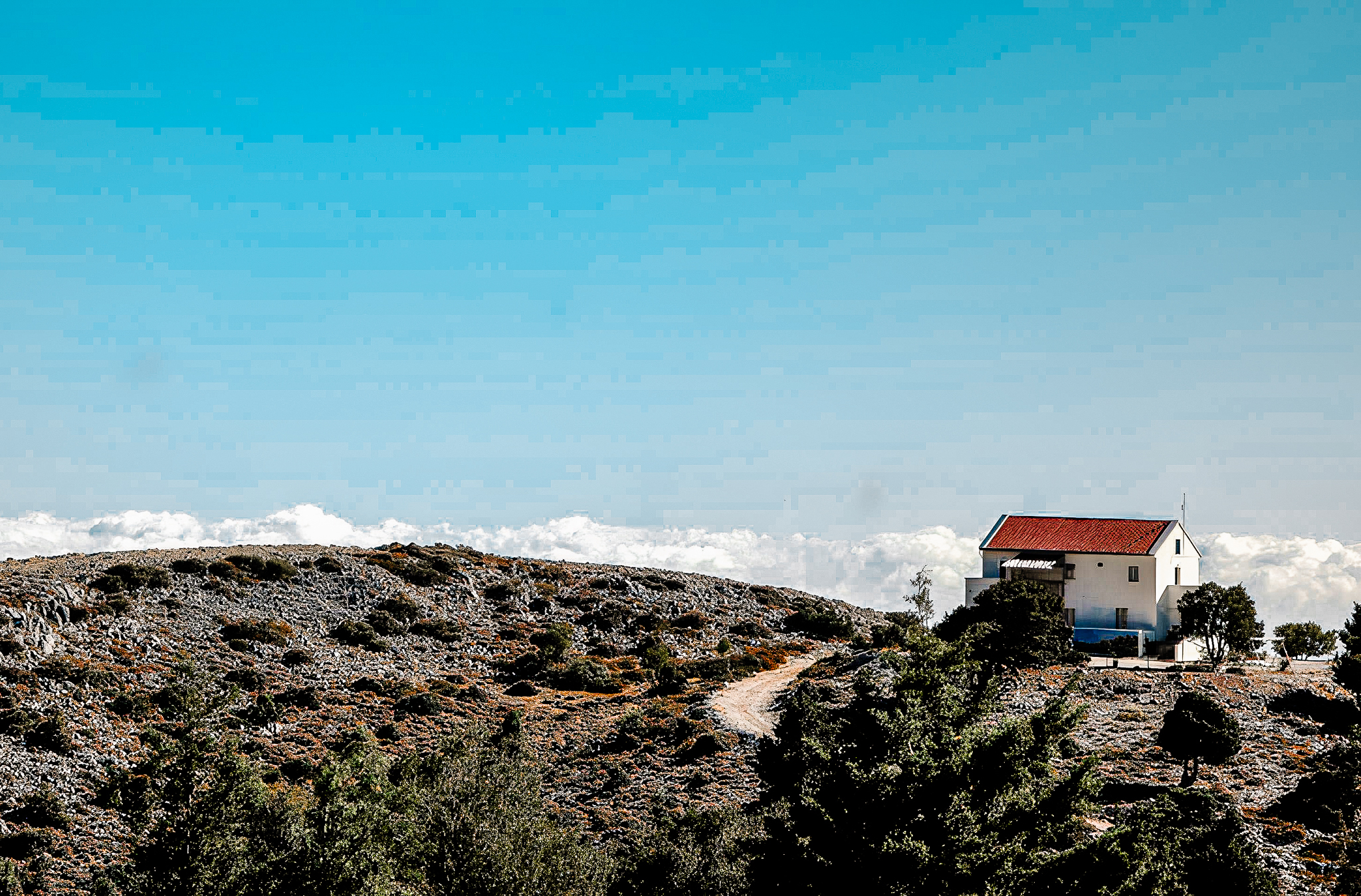
White Mountains
The majestic White Mountains are among the most significant mountain ranges in the country, renowned for their fifty or more bare peaks towering over 2,000 meters high (with the highest peak being Pachnes at 2,454 meters). They are also known for their spectacular gorges such as Samaria, Aradaina, Agia Irini, Theriso and Imbros. This natural wonder boasts caves, deep basins, diverse endemic flora and fauna, numerous shelters and routes ranging from accessible to challenging, all contributing to its undeniable beauty.
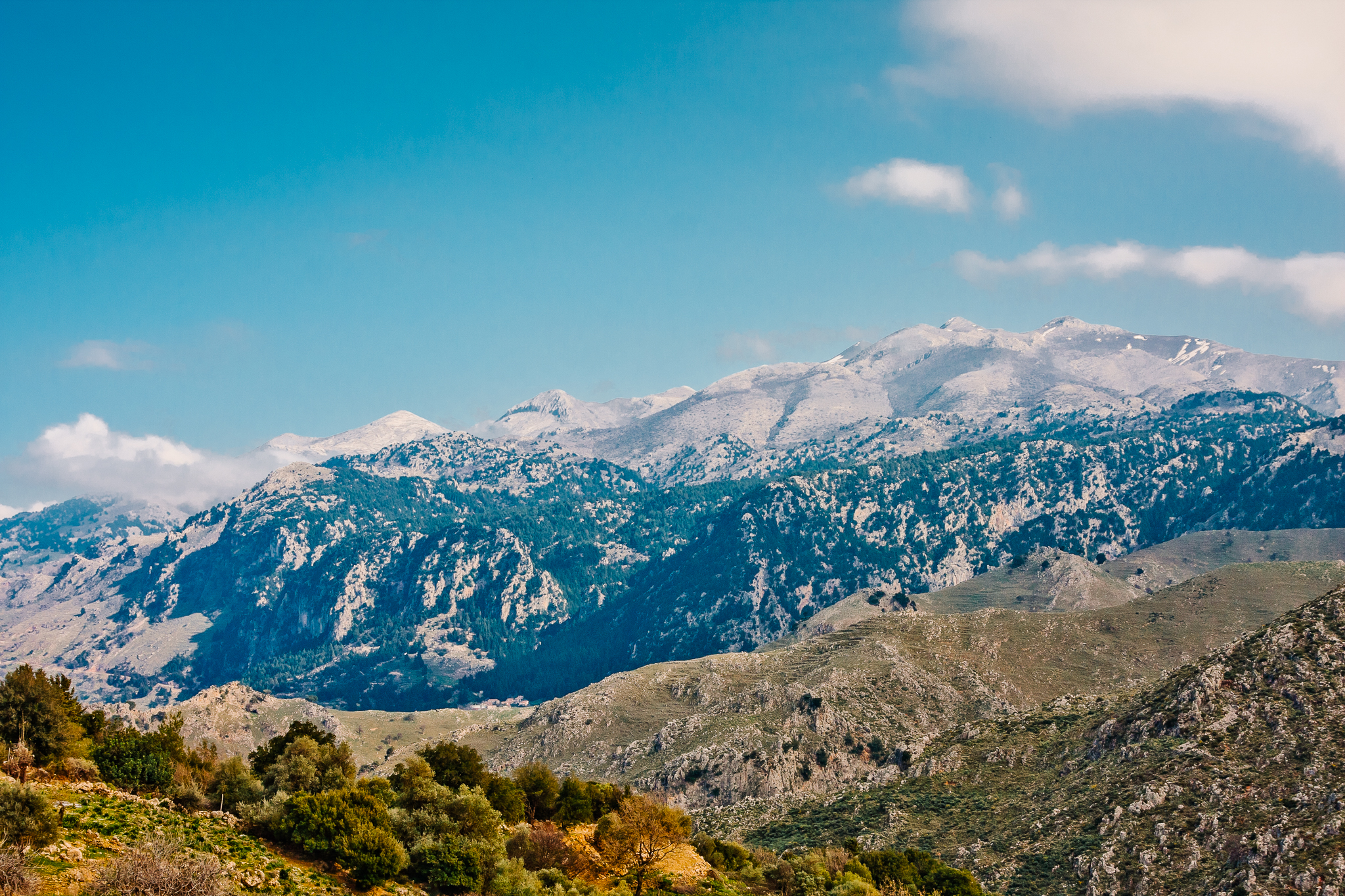
Gious Campos Plateau
The Kampos of Eos, the goddess of Dawn in ancient Greek mythology, is also known as Gious Campos. Situated a short distance from the Amari Plateau at the foot of Mount Kendro, this area is renowned for its significant ecological importance. The presence of endemic tulips enhances the natural landscape, creating a scene of outstanding beauty.
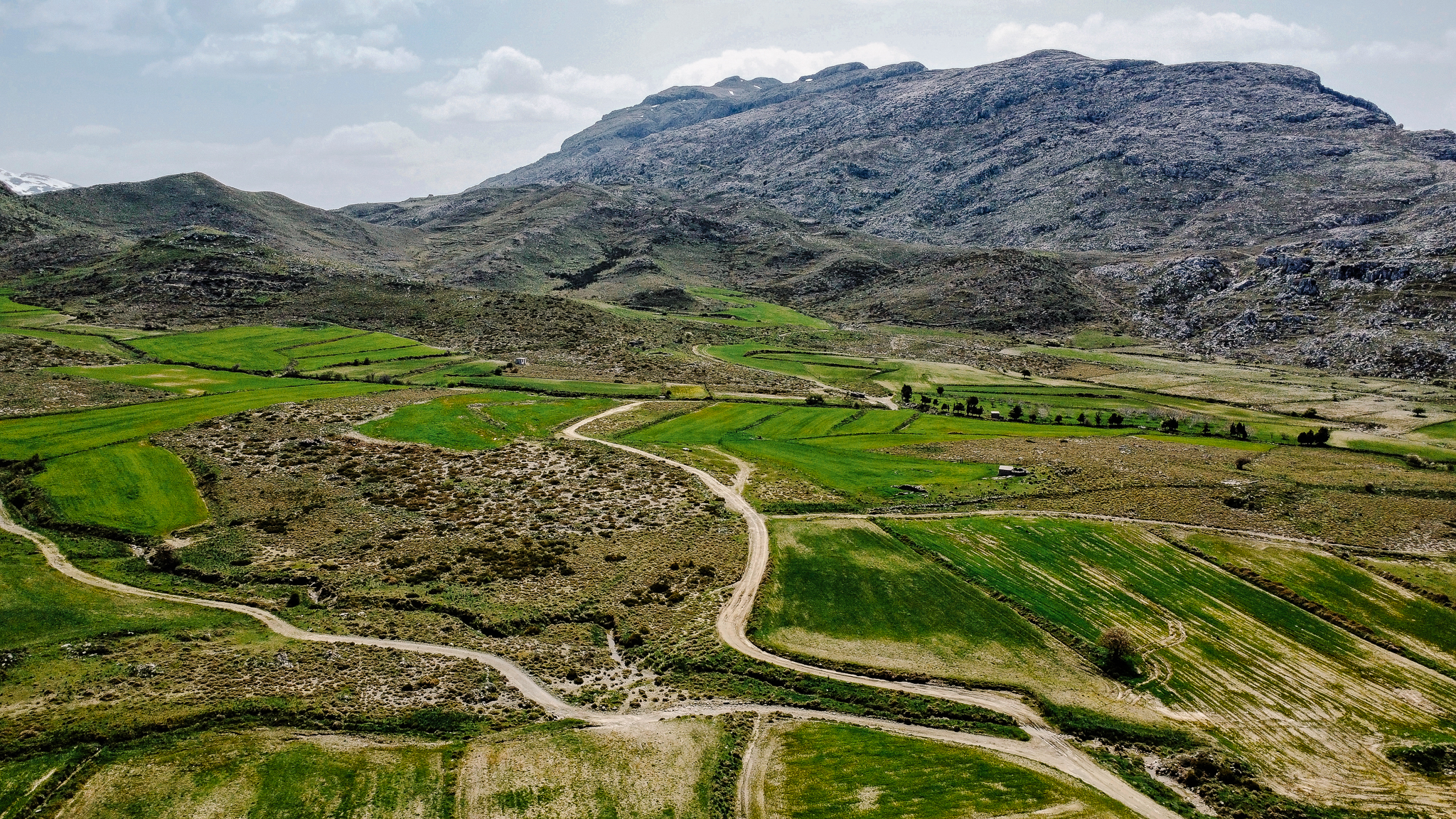
Kentros Mountain
Mount Kedros, notable for its conical shape, rises to a height of 1,776 meters. Its distinctive rocky form and wild gorges contribute to its rugged landscape. The mountain is knownfor its rich biodiversity, hosting numerous endemic and rare plant species, which has earned it a place in the Natura 2000 network.
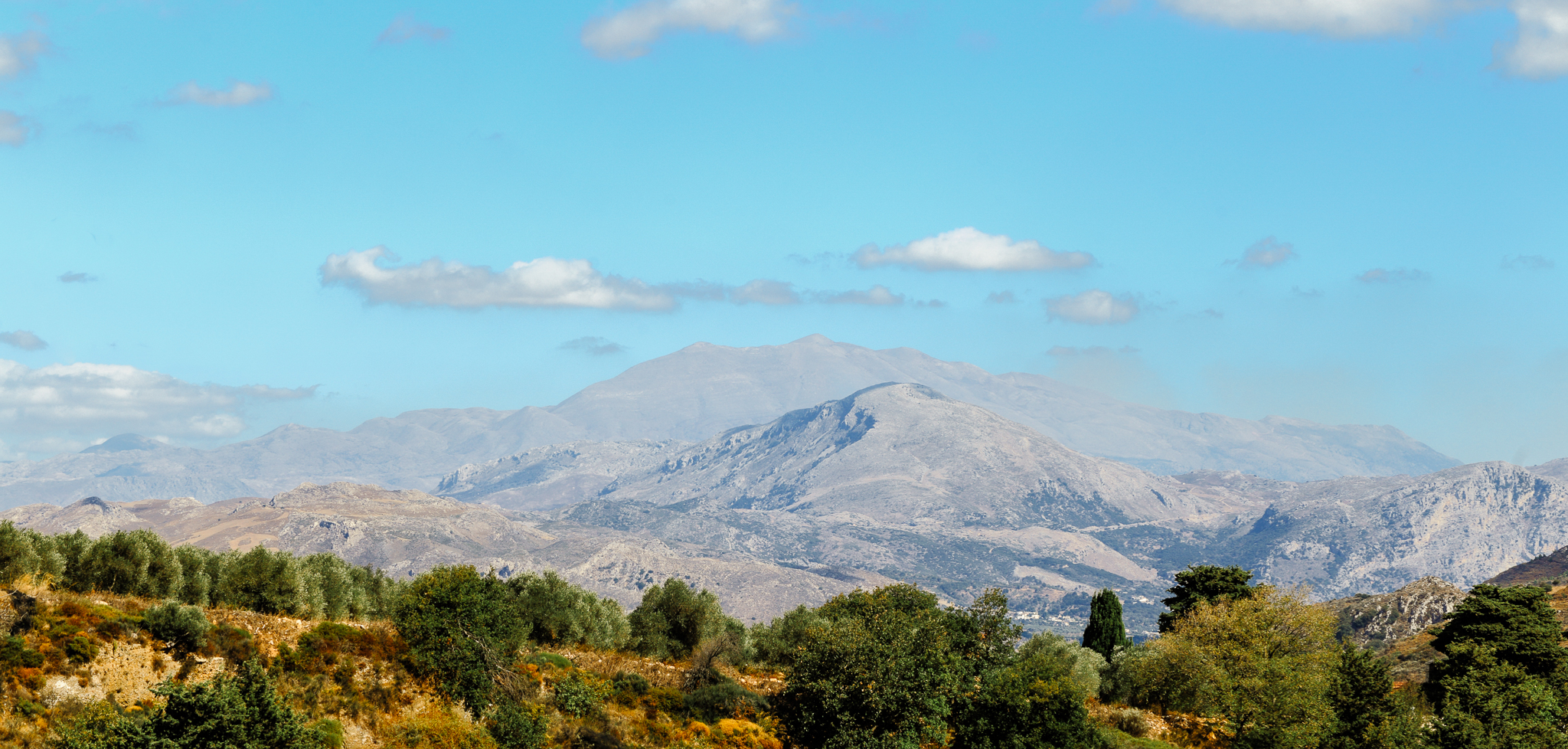
Amari Valley
Between Mount Kedros and Psiloritis, at an altitude of 500 meters, the Amari Valley forms. Its location is crucial as it connects northern Rethymno to its southern part. Many settlements are located here and it is easily accessible to natural attractions like the Patsos Gorge.
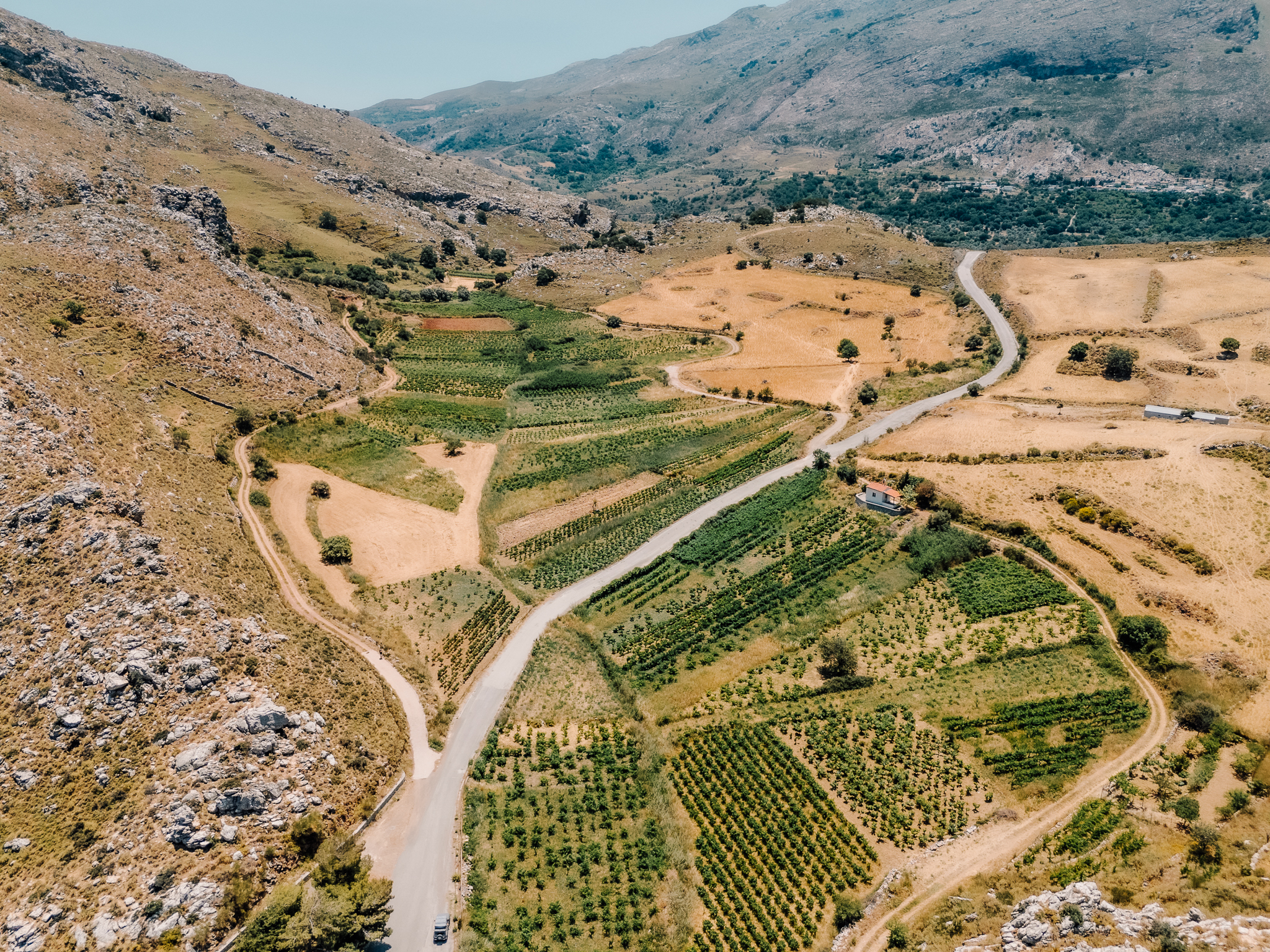
Nida Plateau
In the heart of Psiloritis, at an altitude of 1,400 meters, lies one of the largest plateaus of the island, the Nida Plateau. Its name derives from the phrase "Stin Ida," meaning on Psiloritis. The Ideon Cave is located here and sections of the European E4 trail pass through, with one route leading to the highest peak of Crete, Timios Stavros and the Toubotos Prinos refuge.
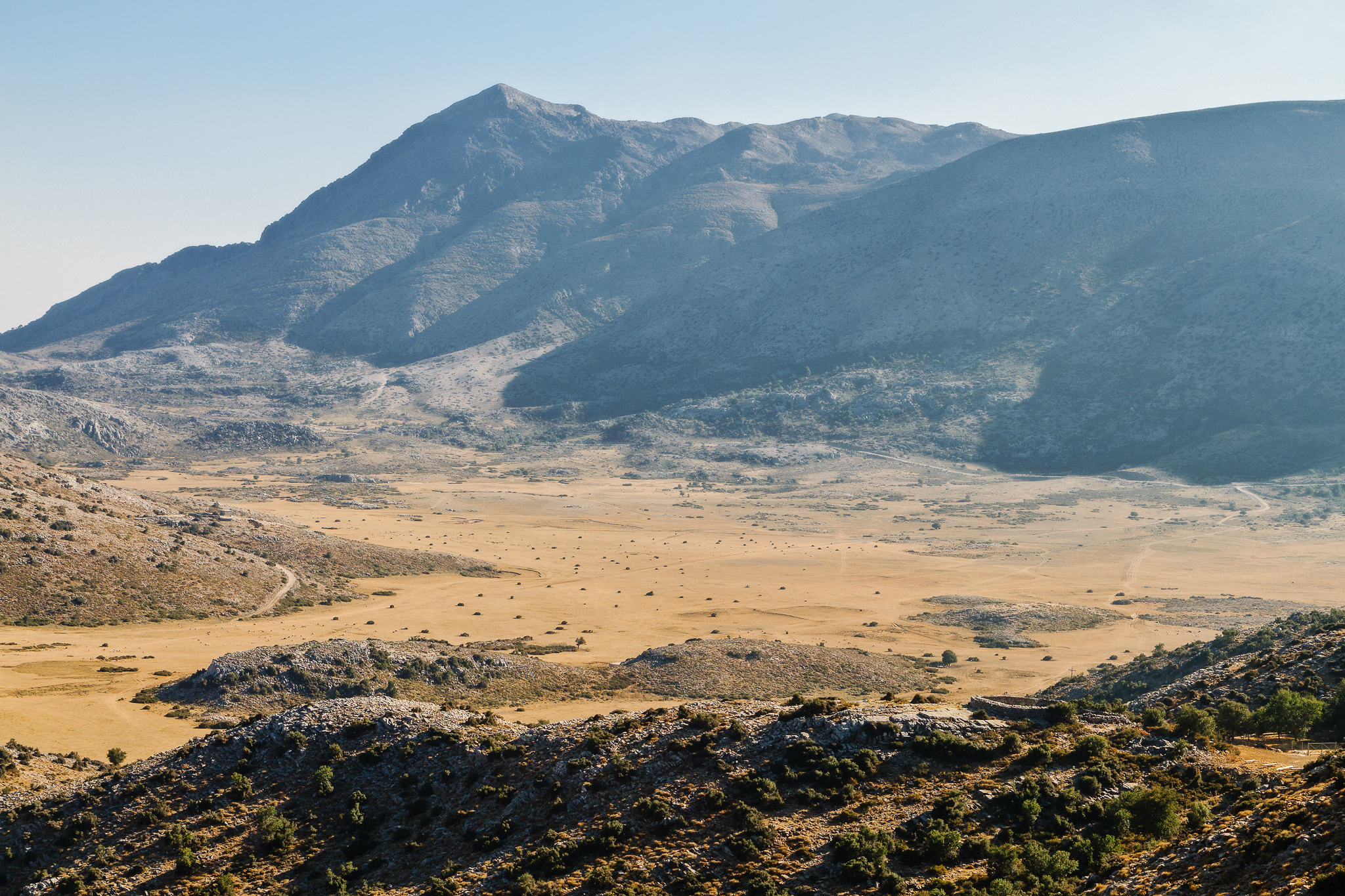
Katharo Plateau
The Katharo Plateau is located at an altitude of 1,150 meters in the Mountains of Lassithi. The area has few settlements and features hiking trails, including sections of the European E4 path. The Havgas Gorge connects the Katharo Plateau with the Lassithi Plateau.
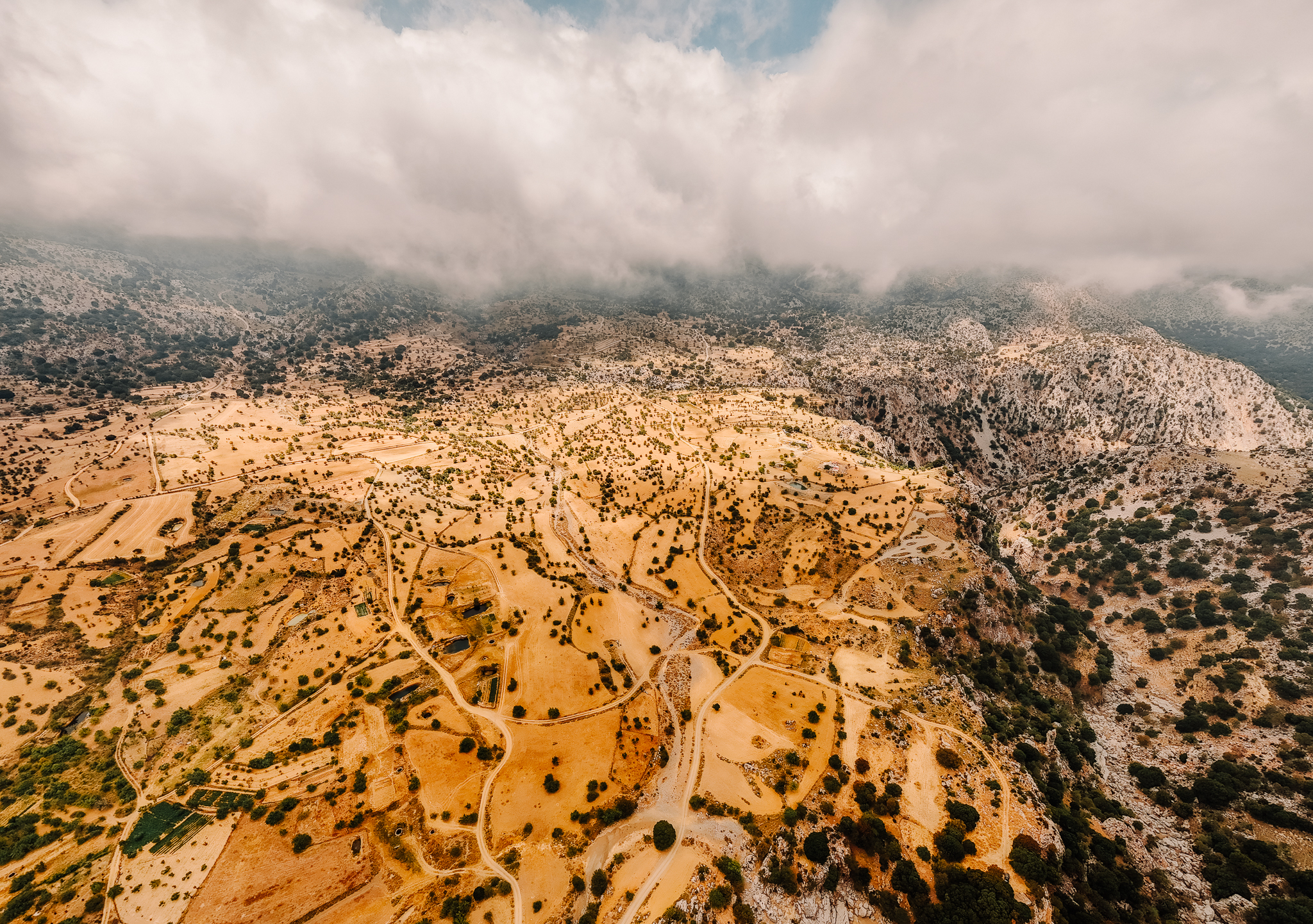
Mount Selena
Mount Selena is located on the eastern side of the Lassithi Plateau. Rising at 1,556 meters, it is one of the mountains that encircle the plateau. The summit is accessible, offering impressive views when the visibility is clear.
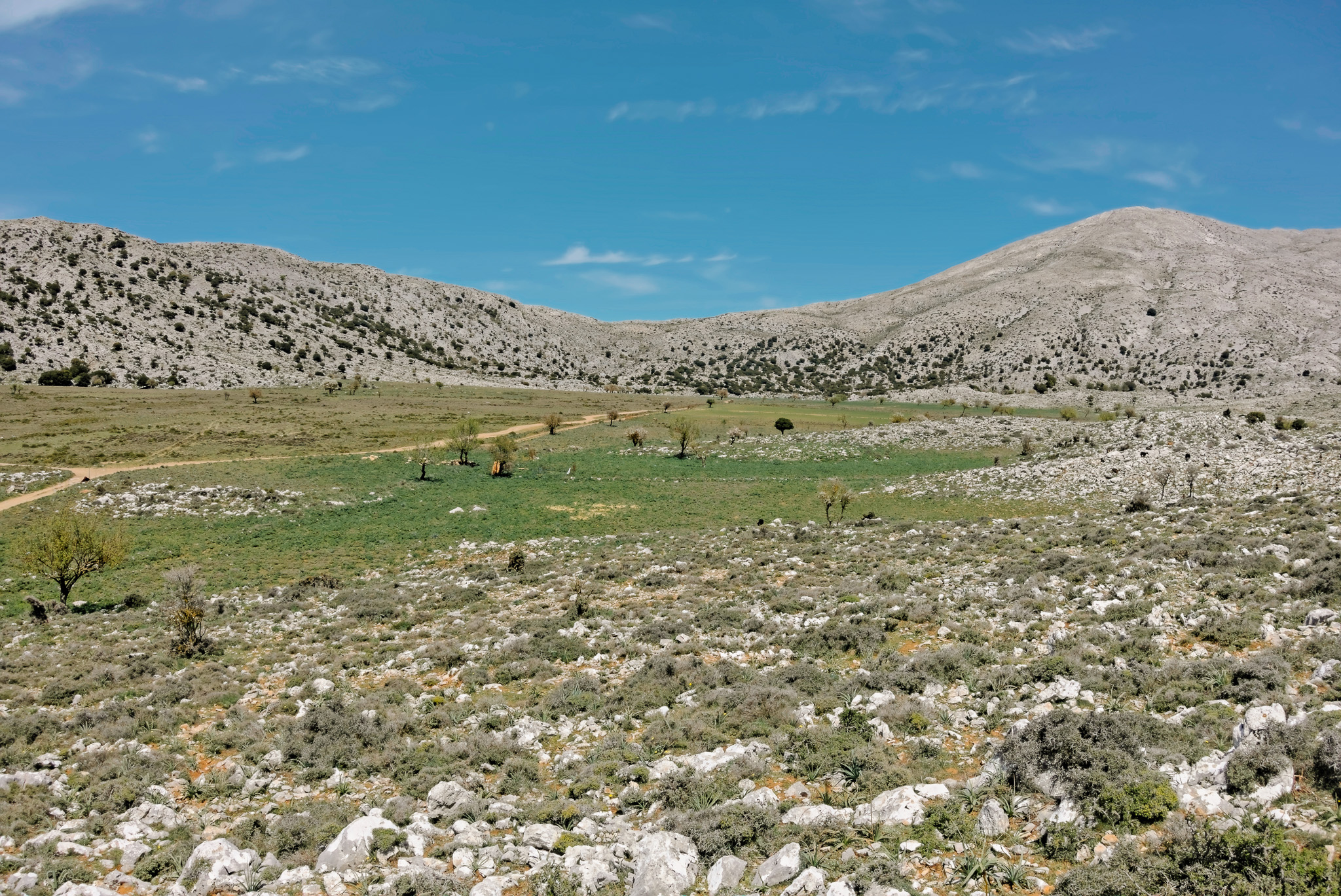
Dikti Mountains
On the eastern side of the island, the Dikti (or Lassithi) Mountains stretch across the landscape. The range boasts three peaks exceeding 2,000 meters in height, with Spathi being the highest at 2,148 meters. At the heart of the range lies the extensive Lassithi Plateau, renowned for its rich flora and fauna as well as its impressive gorges.
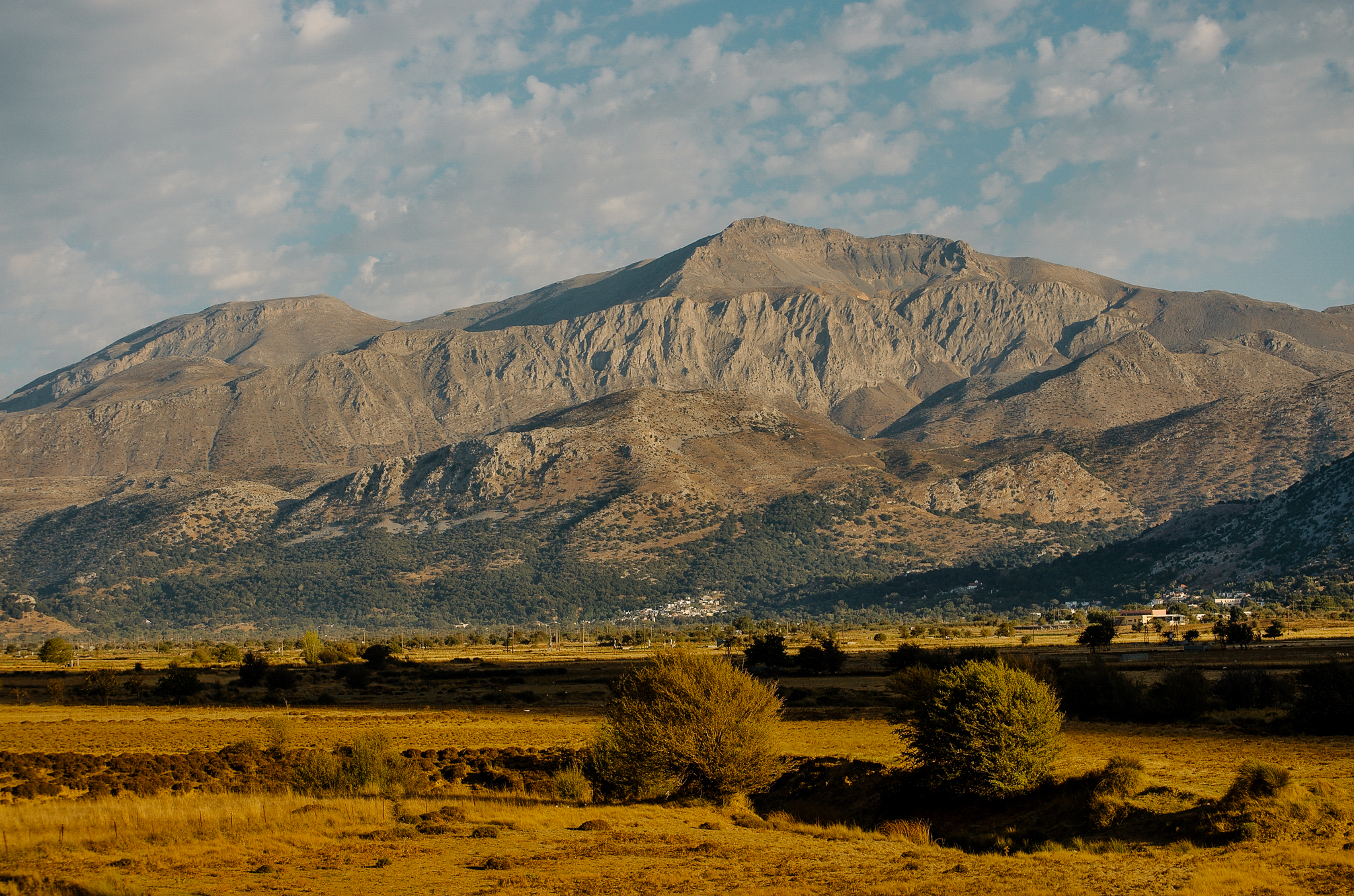
Asterousia Mountains
Welcome to the Asterousia Mountains, where Crete’s rugged beauty reaches its southernmost expression. With dramatic gorges plunging toward the Libyan Sea and secluded beaches hidden in its folds, this mountain range is a haven for adventurers seeking solitude and awe-inspiring scenery. Its barren peaks and wild landscapes exude a primal beauty, offering a glimpse into Crete’s untamed soul.
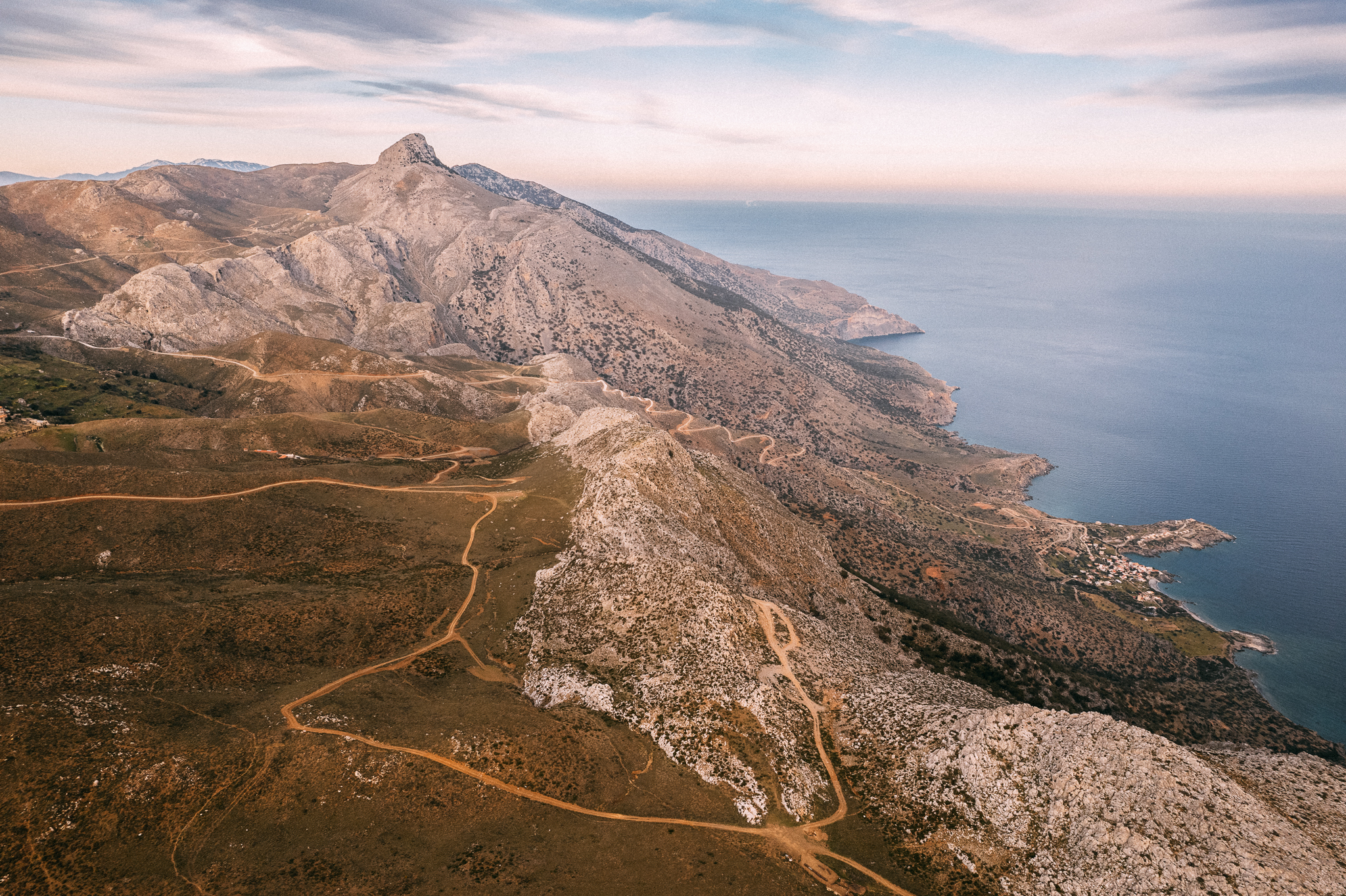
Giouchtas
Mount Giouchtas is more than just a mountain—it’s a mythical landmark tied to the Minoan belief that it bears the face of Zeus himself. Visible from Knossos, this sacred peak is steeped in legend and offers captivating hiking trails. As you ascend, discover ancient ruins, panoramic views and a palpable sense of history. Giouchtas is a place where the natural and the divine intertwine, leaving visitors enchanted by its timeless allure.
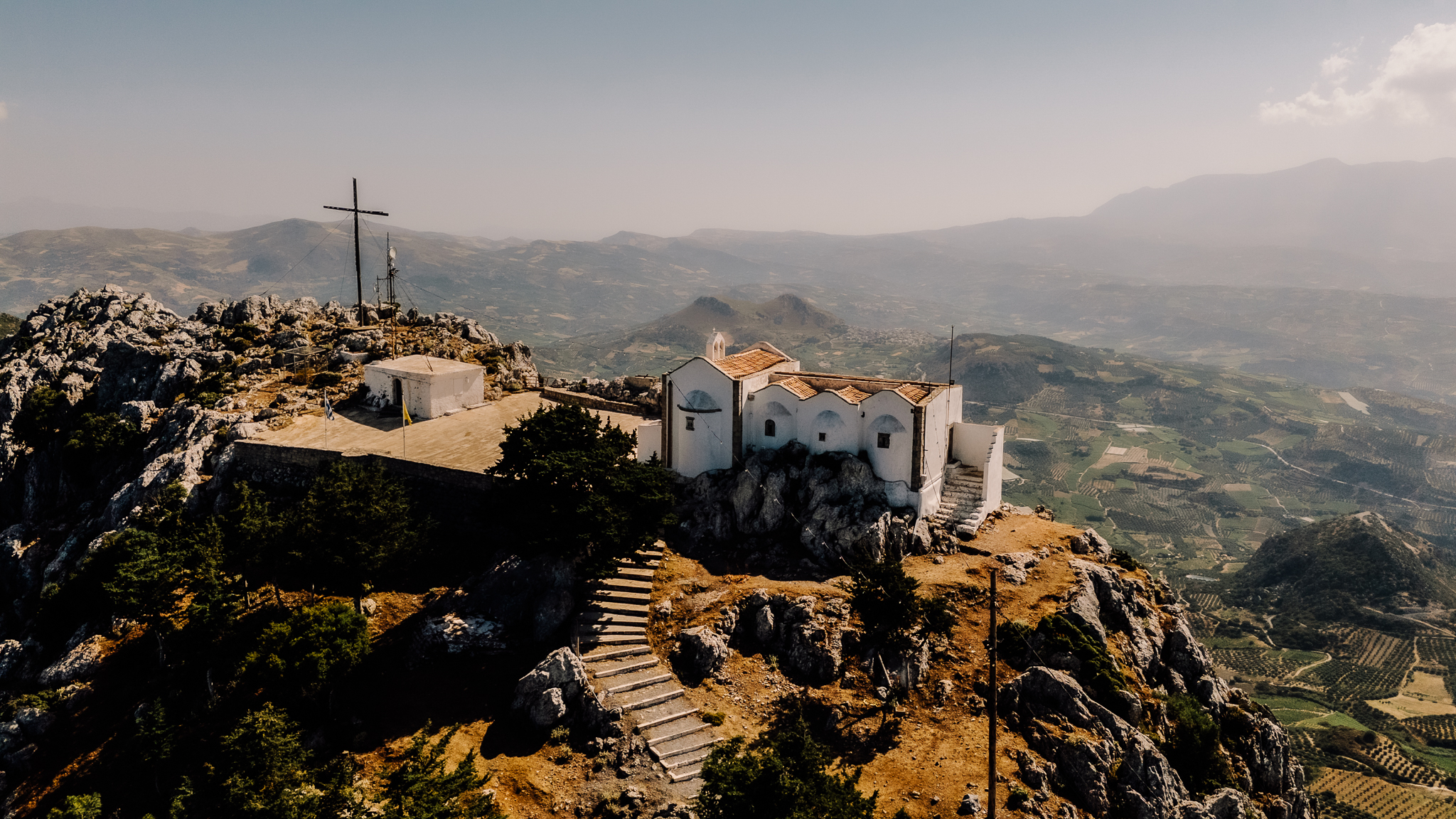
Psiloritis
Standing tall as Crete's highest peak, Psiloritis is a place where myth meets majesty. According to legend, this is the mountain where Zeus was raised and its slopes are dotted with ancient caves, including the iconic Ideon Cave. Hikers are treated to breathtaking trails that lead to panoramic views of the Libyan Sea and beyond. For adventurers and mythology enthusiasts, Psiloritis is an unmissable destination that captures the essence of Crete’s storied past and stunning landscapes.
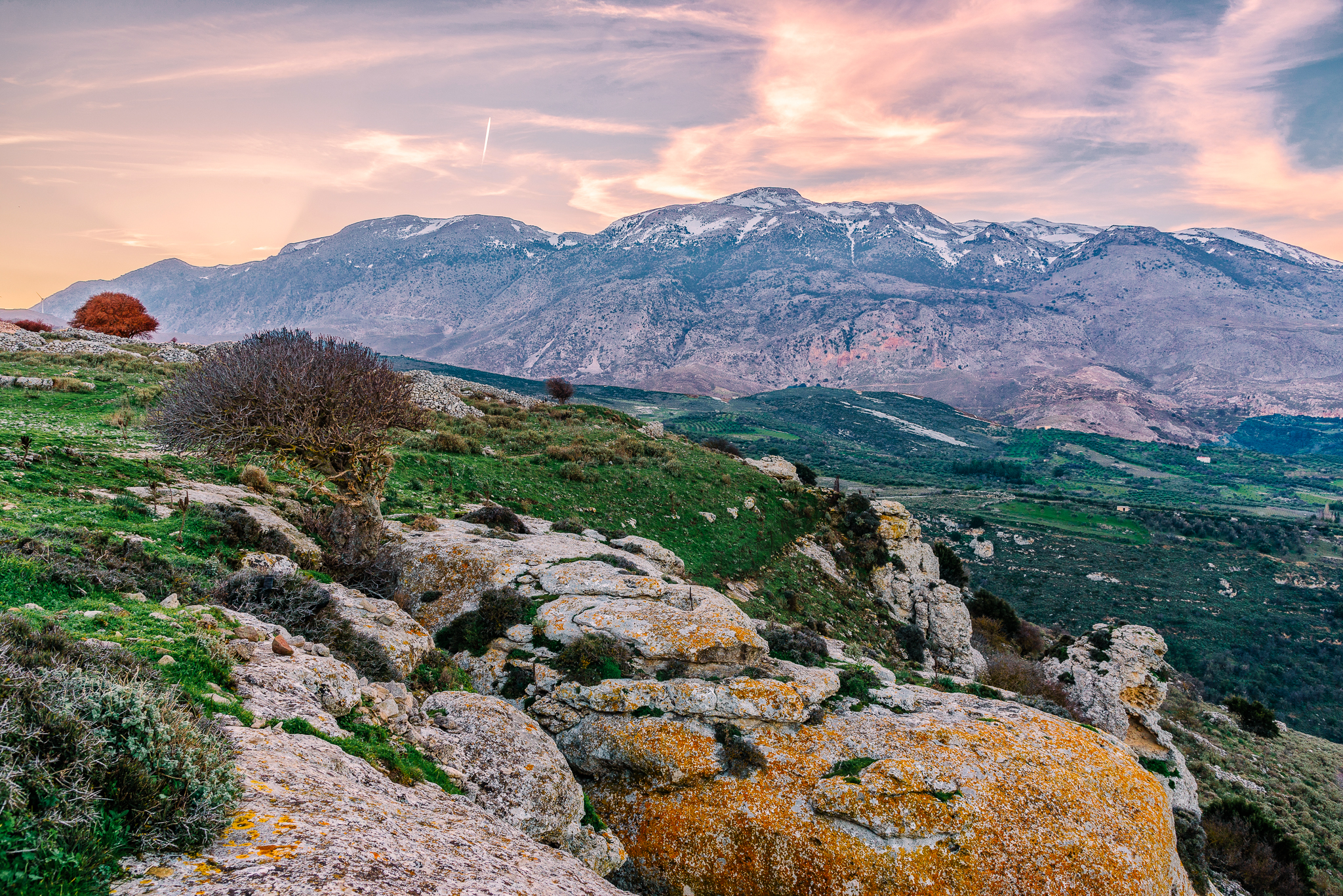
Churches
Katholikou Monastery
Nestled within the rugged Avlaki Gorge lie the ruins of Katholikou Monastery. Dedicated to St. John the Hermit, a local saint who called these caves home in the 11th century, the monastery boasts a fascinating history. Founded by the saint himself, it thrived for centuries before facing a surge in pirate attacks in the 16th century. Seeking refuge, the monks eventually relocated to the nearby Gouverneto Monastery. A testament to their time here, a carved path still connects the two religious sites.
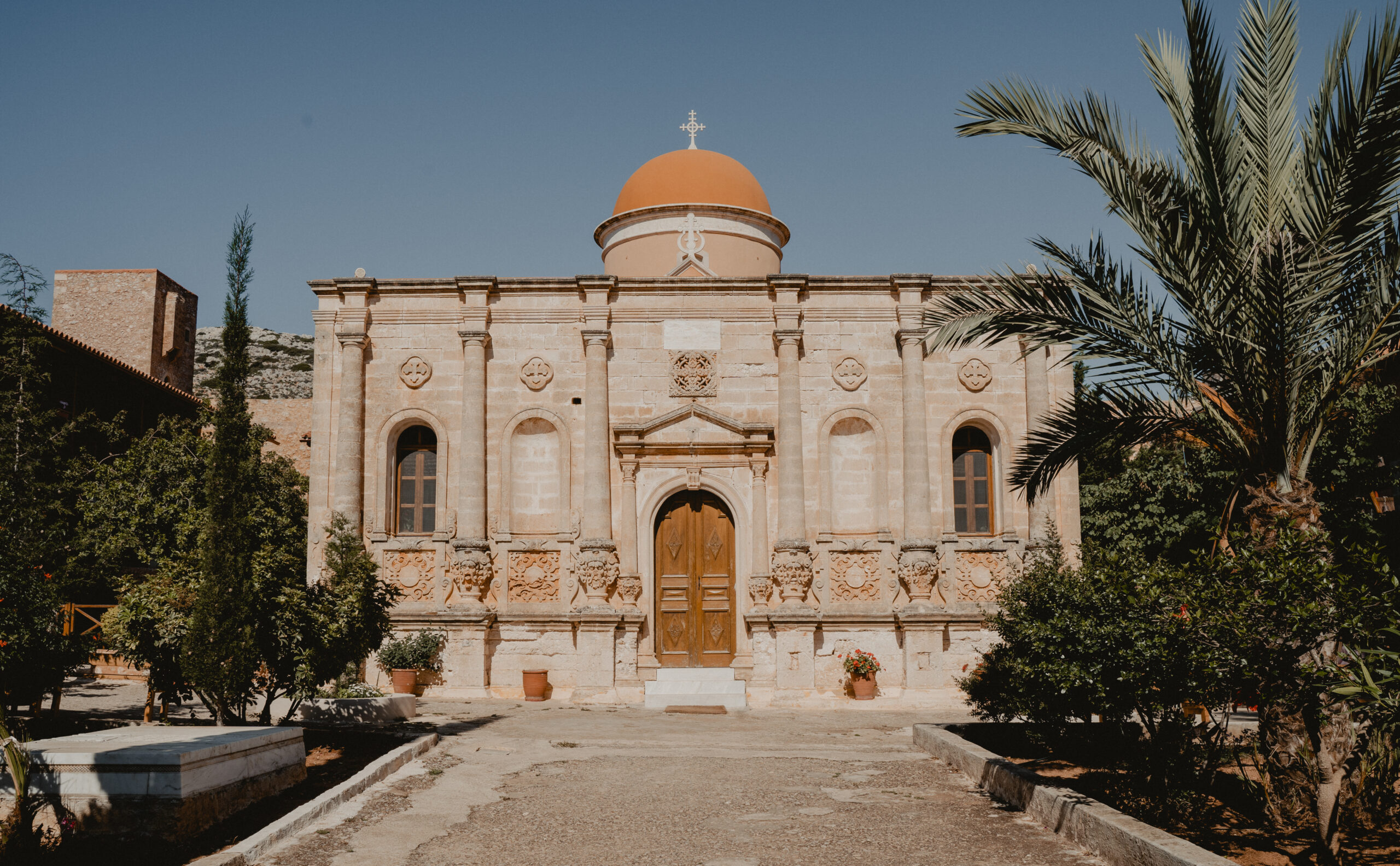
Church of Michael the Archangel (Rotunda) in Episkopi
Built in the 6th century, the Church of Michael the Archangel is one of Crete's oldest Byzantine monuments. Named Rotonda for its circular structure with a square plan and stepped exterior, it features a dome inside, resembling the Rotunda in Thessaloniki. The walls have five layers of frescoes, the oldest dating to the 7th century.
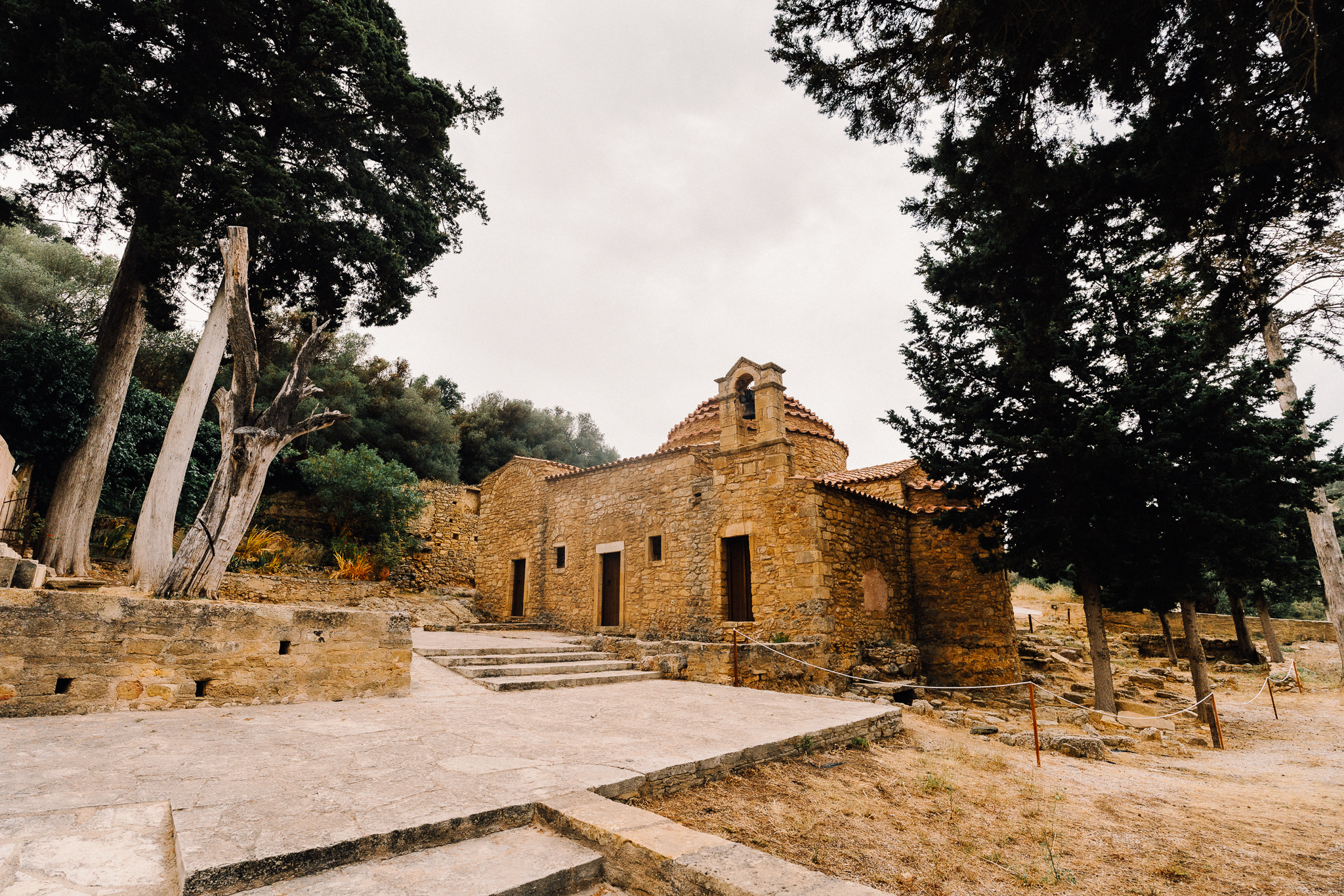
Gouvernetou Monastery
The Monastery of the Lady of Angels of Gderneto, or Gouverneto, built in the early 16th century on the site of a pre-existing church, is one of Crete's oldest active monasteries. Its fortress-like structure includes a rectangular enclosure with four towers and a "katachystra" above the main gate, used to pour hot oil on invaders. The central church is dedicated to the Virgin Mary.
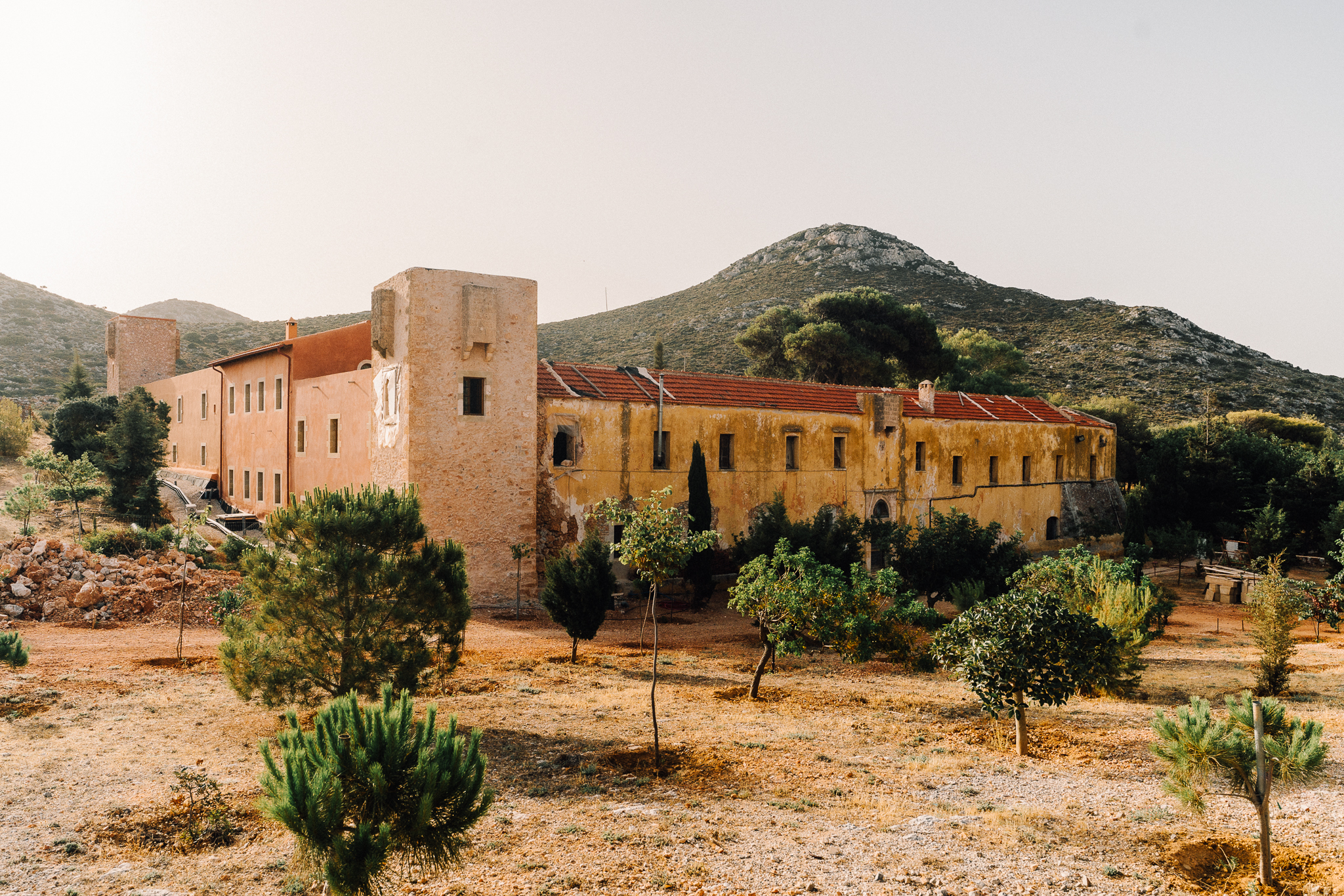
Holy Trinity Monastery of Tzagarolo
The Agia Triada Tzagarolon Monastery, one of Crete's most iconic monasteries, is 15 km away from Chania. Built in the early 17th century by the Tzagarolon brothers, it features a fortified quadrangle with the central church boasting a gilded wood-carved iconostasis. The few monks engage in organic farming, mainly producing olive oil, wine and honey.
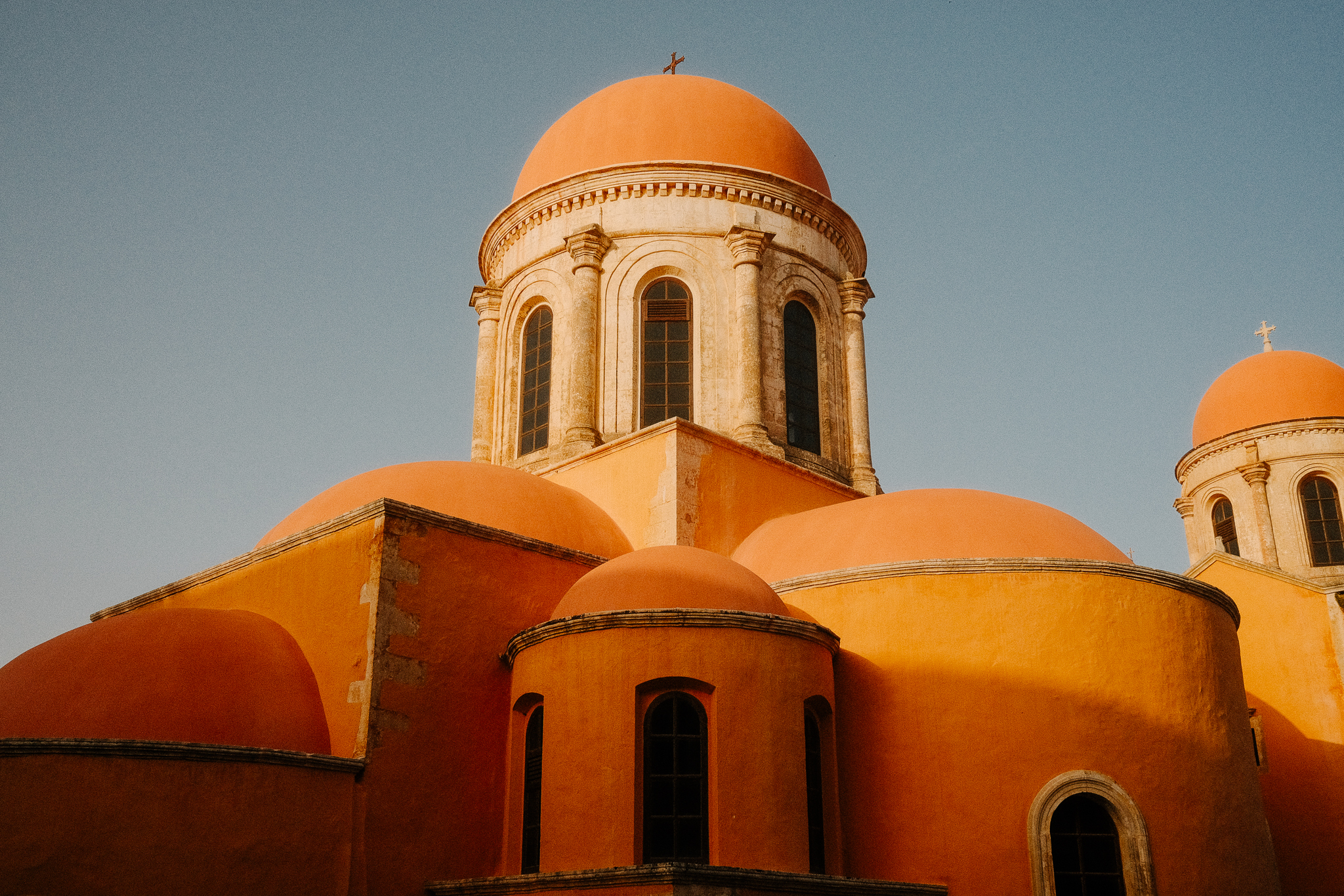
Asomaton Monastery
The Monastery of Asomaton is situated in the Amari Valley, nestled between Mount Kros and Psiloritis. Dating back to the 13th century, its church is dedicated to the Synaxis of the Archangels. In 1927, it gained renown as the School of Asomaton when it was designated for the establishment of the Agricultural School of Amari, ceasing its function as a monastery at that time.
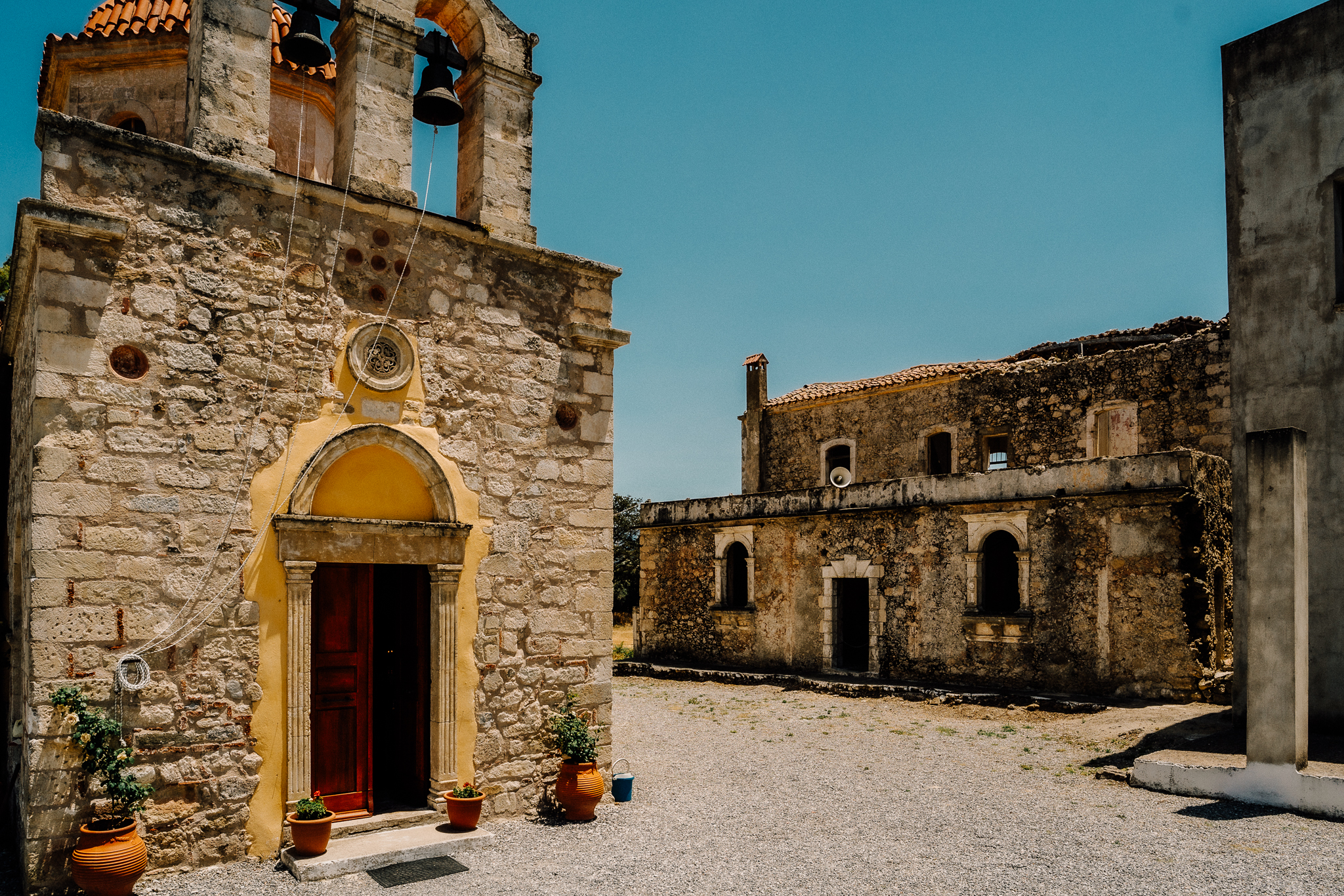
Metropolis
The Metropolitan Church, dedicated to the Great Virgin Mary, was originally constructed in 1844. It is notable for its bell tower, added in 1899. During the Second World War, the church suffered severe damage from bombing and was subsequently demolished in 1956. Immediately following its demolition, construction commenced on the current larger Church of the Presentation of the Virgin Mary.
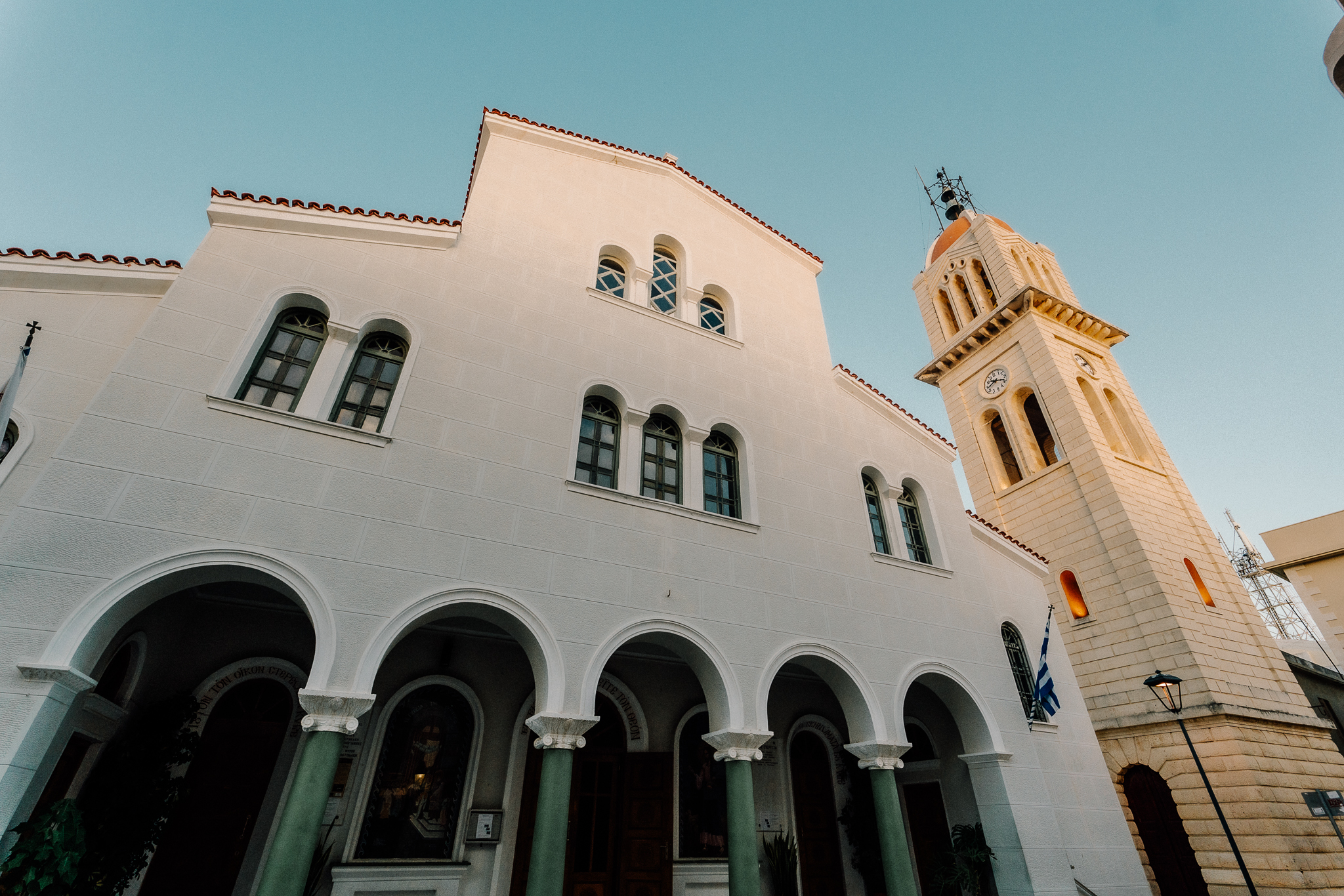
Vosakou Monastery
Built on a small plateau originally used for cattle breeding, Vossakos Monastery gets its name from "voos" and "sakos," which mean cattle pen. The monastery features a fortified structure and its church is dedicated to the Elevation of the Holy Cross, believed to have been established around the 17th century.
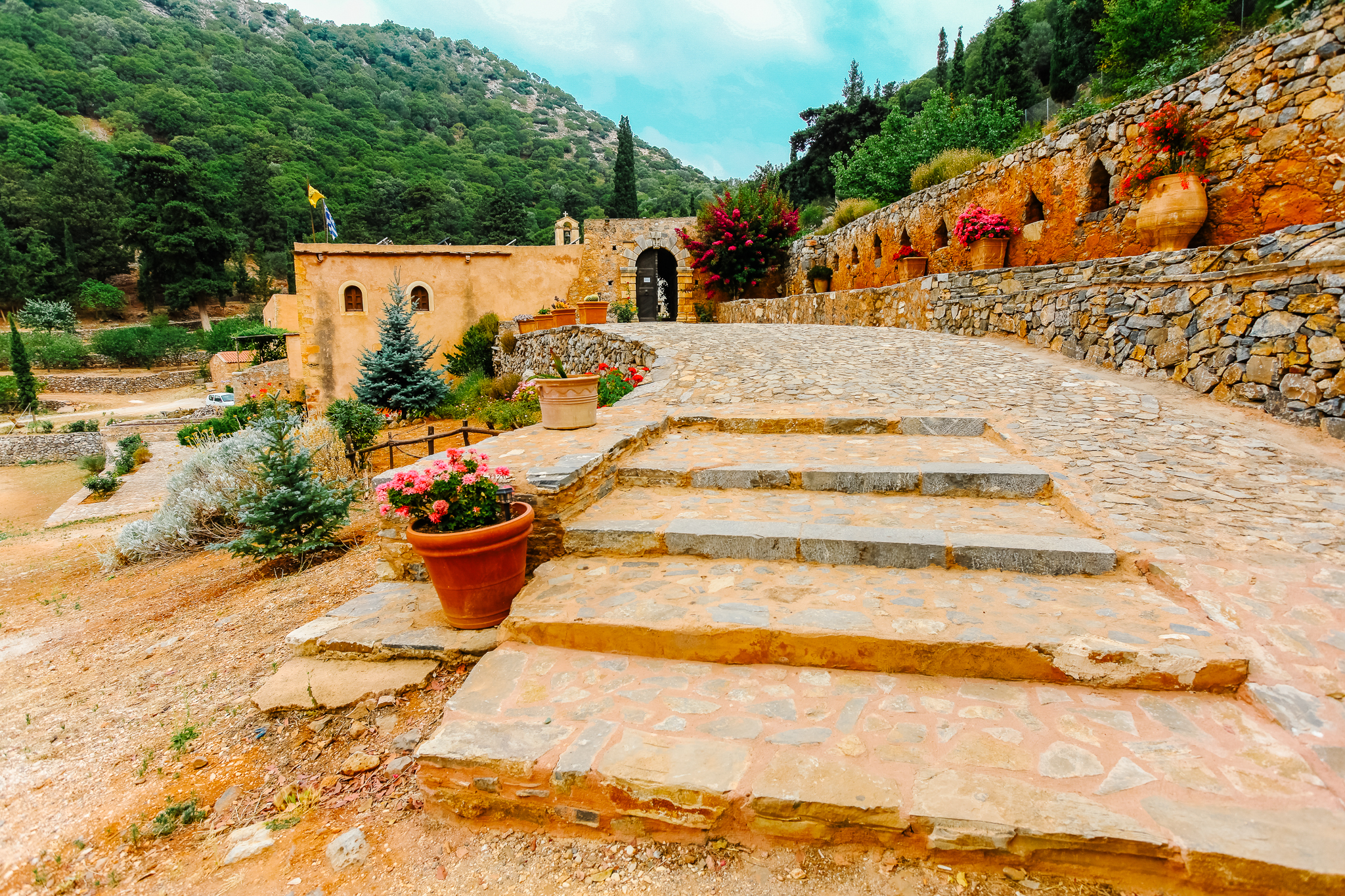
Preveli Monastery
On the western slope of the Megas Potamos River, near Preveli Lake, lies the Preveli Monastery, divided into the inland Lower Monastery of Prodromos and the coastal Back Monastery of Theologos. According to one interpretation, the monastery and its area are named after Akakios Prevelis, who renovated the monastery in 1670.
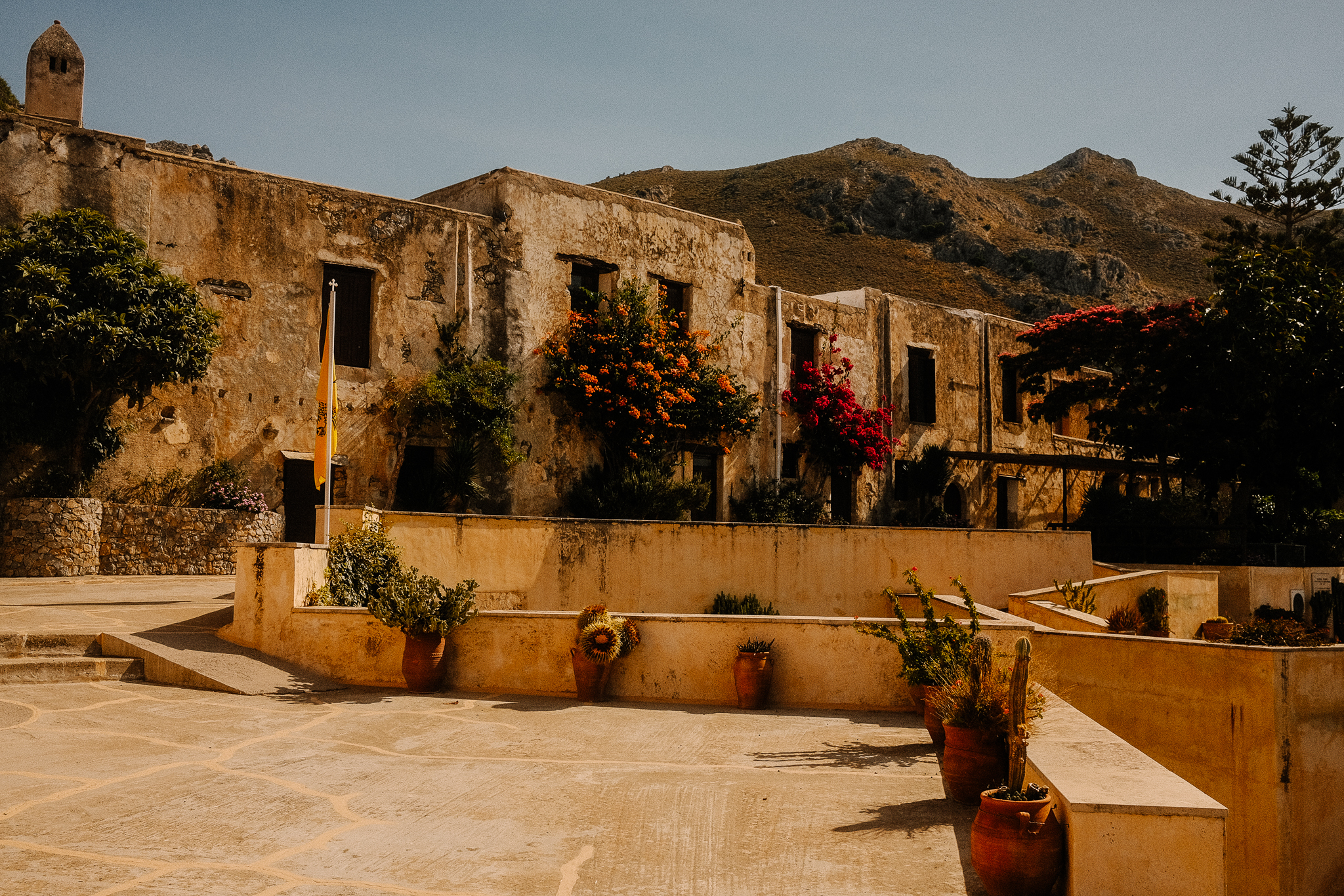
Arkadiou Monastery
Recognized by UNESCO as a European Freedom Monument, the Arkadi Monastery is renowned for its formidable fortification wall and pivotal role in the Cretan liberation struggles. Situated in a fertile plain, its church dates back to the 16th century. One of the most poignant events in its history is the Holocaust of Arkadi in 1866, during which rebellious Cretans, besieged by Ottomans, chose to detonate the monastery rather than surrender.

Kapsa Monastery
Kapsa Monastery is built on a steep mountainside at the southeastern edge of Crete. The monastery is renowned for its architecture and panoramic views of the Libyan Sea and it is located next to the Pervolakia Gorge. Today, visitors can wander through the monastery's grounds and also explore the cave where Saint John Gerontogiannis, the monastery's honored saint, practiced asceticism.
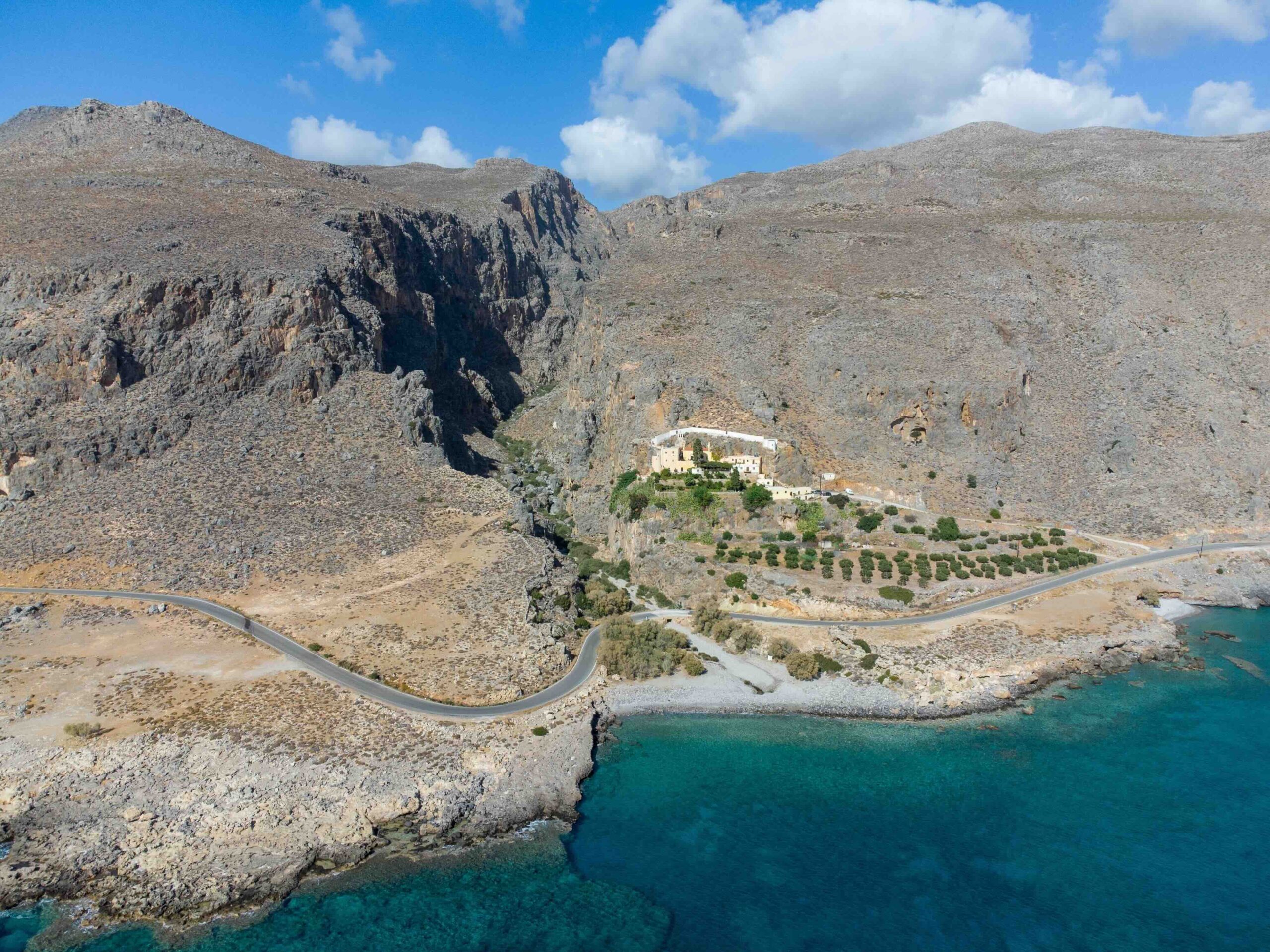
Faneromeni Monastery
The Faneromeni Monastery is a monastic complex developed in cave-like hollows, situated in an area of exceptional natural beauty. The monastery offers panoramic views of the Mirabello Bay. Today, visitors can explore the monastery and participate in religious ceremonies. During the Dormition of the Mother of God (August 15th), a large number of people from the surrounding areas visit the monastery.
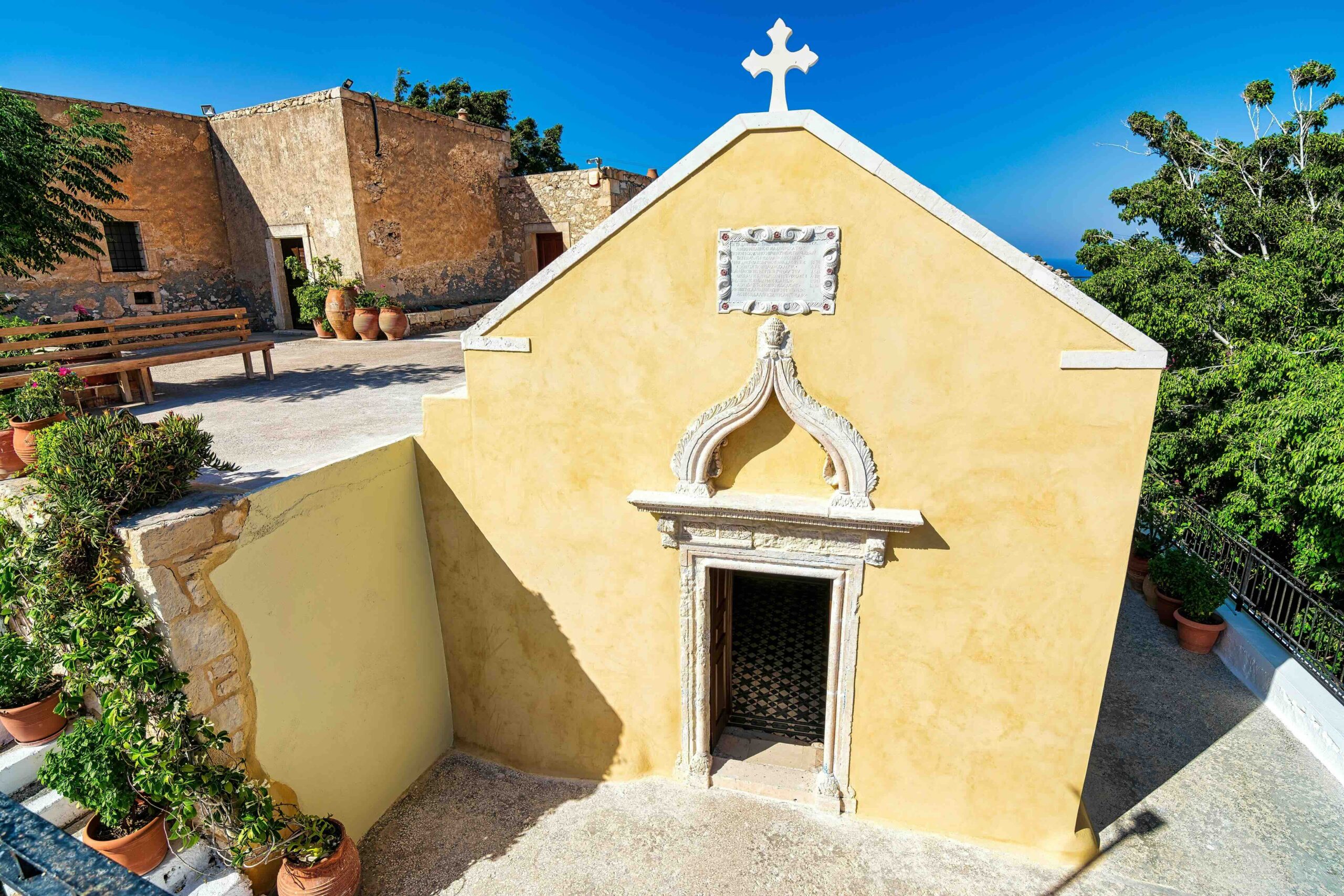
Kremasta Monastery
Kremasta Monastery, one of the most historic monasteries in Crete, is perched on the rocks, the monastery seems to hang from a verdant hillside when viewed from afar. Its construction began in 1593. Today, visitors can explore its gardens, admire its architecture and discover its rich history and charitable contributions.
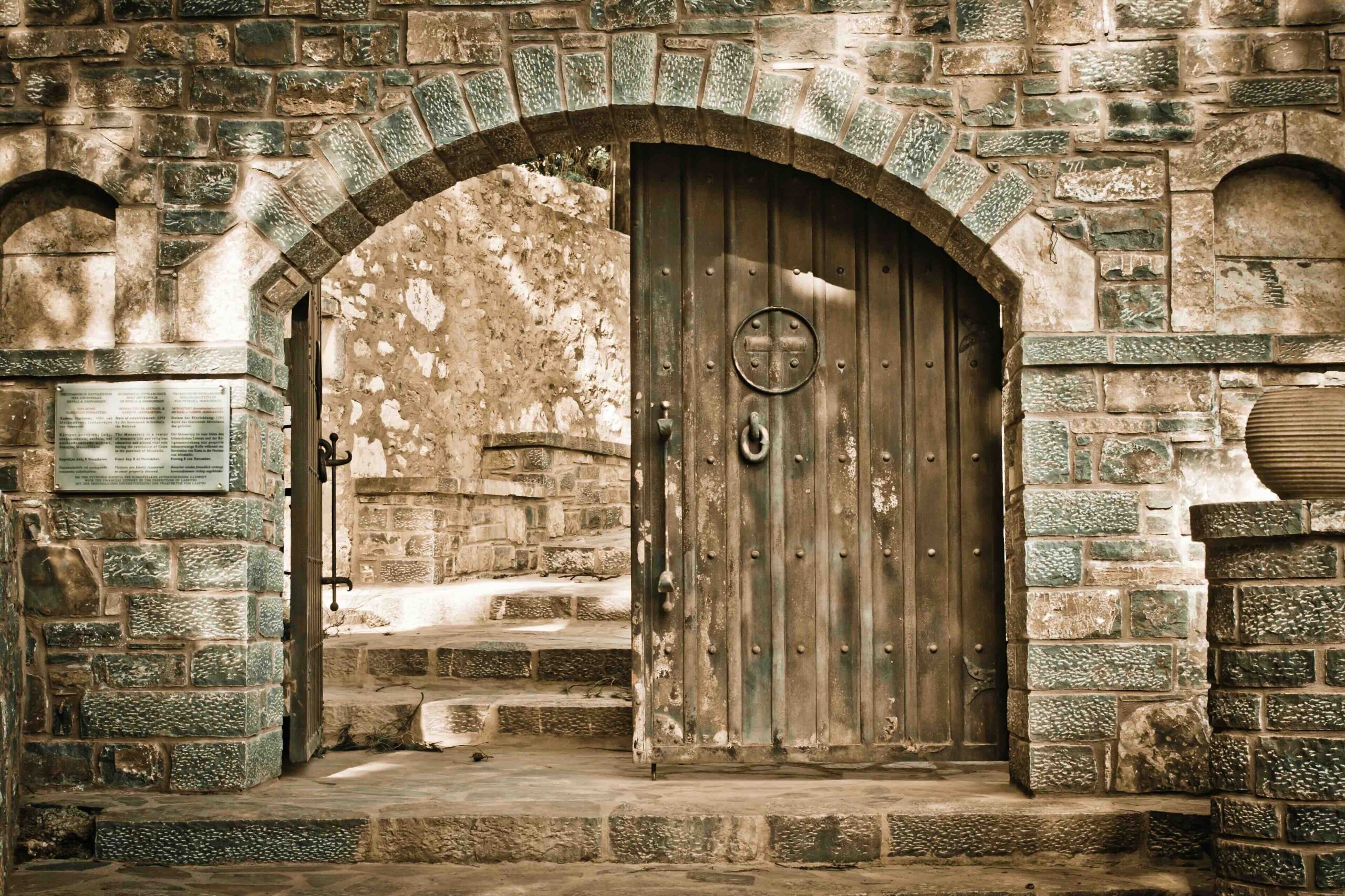
Exakousti Monastery
The road to the Holy Monastery of Exakousti offers panoramic views of the southern Cretan Sea and the lush Cretan mountains. This historically significant monastery welcomes visitors to explore its grounds and experience nature’s serenity.
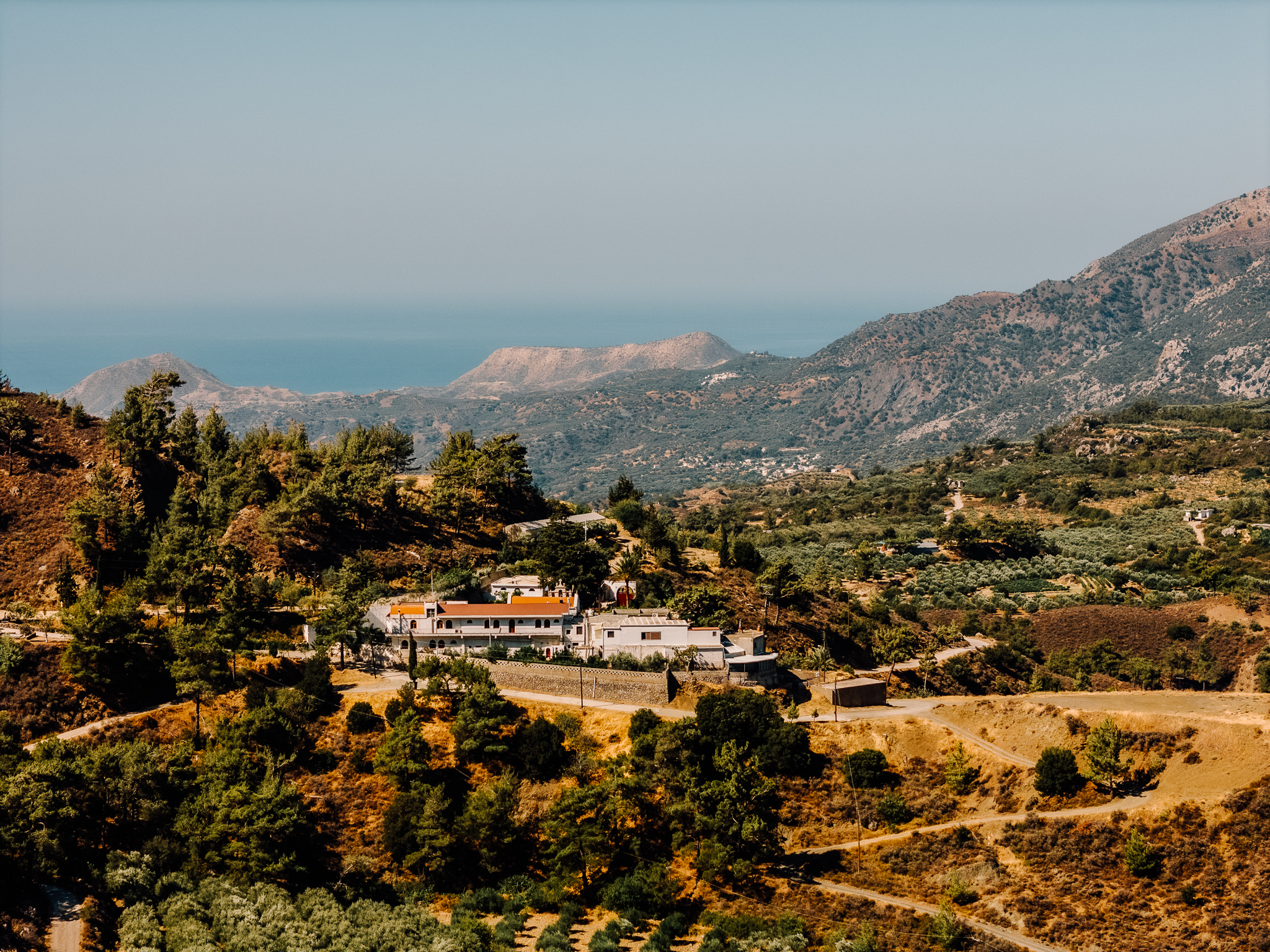
Koufi Petra Monastery
Probably founded in the 15th century, the Monastery of Koufi Petra is situated in a location offering panoramic views. Its Katholikon is a two-aisled church dedicated to the Annunciation and the Nativity of the Virgin Mary. Nearby, the ruins of a small church built into a hollow rock can be found, which likely inspired the monastery’s unique name.
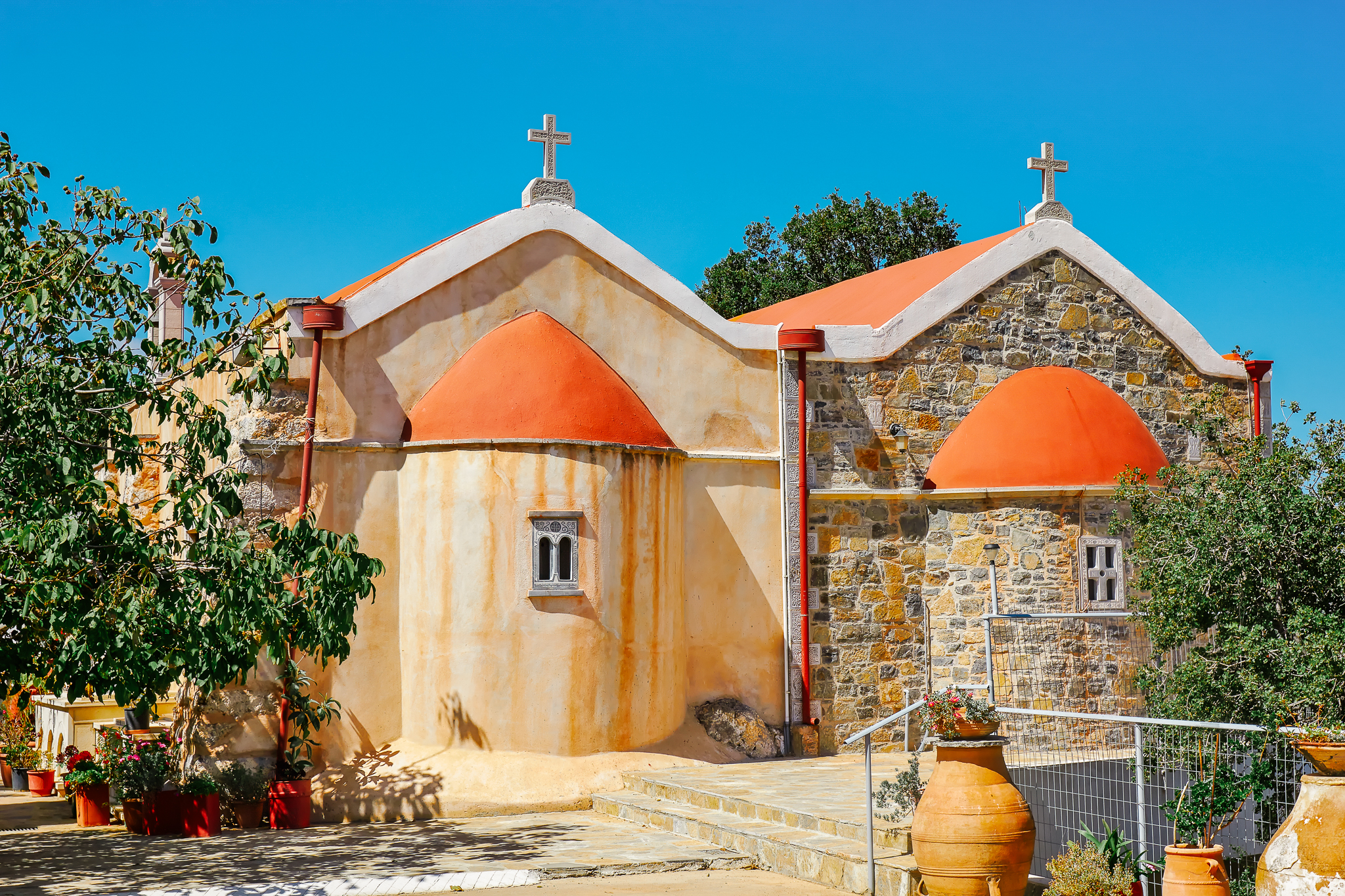
Areti Monastery
Areti Monastery combines monastic tradition with the natural beauty of the Cretan landscape in a secluded location. Its imposing buildings highlight the history and tradition of the area. The monastery’s katholikon (main church) reflects the deep spirituality that characterized the region. Today, visitors can explore the surrounding gardens and pathways, which offer stunning views of Lassithi.
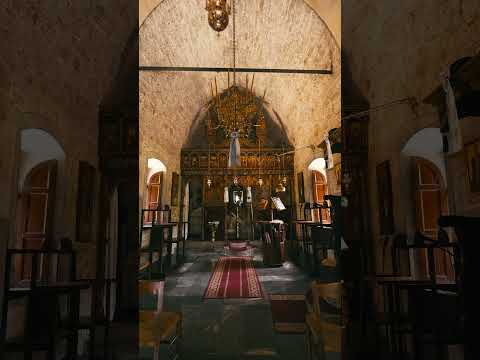
Toplou Monastery
Located at the eastern end of Crete, the Toplou Monastery stands among Crete’s most impressive monasteries. It was founded at the end of the 14th century and is renowned for its unique relics. The monastery is surrounded by authentic Cretan landscape and offers panoramic views. Visitors can explore the monastery's grounds, which include museums, a library and a winery.
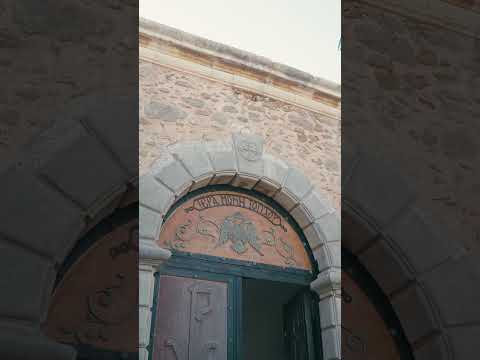
Cathedral of Saint Titus (Agios Titos)
The Historic Cathedral of Saint Titus rises from Heraklion's bustling center like a testament to Crete's layered past. Originally built in 1869 as the Yeni Cami mosque, this architectural gem was converted to a Christian church in 1925, bringing full circle the spiritual legacy of Crete's first bishop, Saint Titus himself. The building's eclectic style marries Eastern and Western elements - a fitting tribute to its cross-cultural heritage - with an imposing dome and striking vertical features that command attention amid the surrounding medieval streetscape. Now serving as the Metropolitan Cathedral of Crete since 2013, it stands a stone's throw from the Venetian harbor. Look for the masterful stone carvings crowning the structure, a detail that hints at the craftsmanship you'll find within.
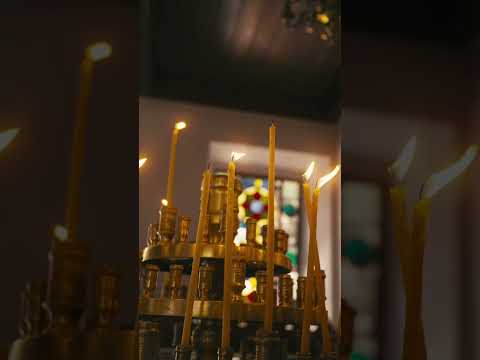
Church of Agios Minas
The Church of Agios Minas is not just a place of worship—it’s a symbol of Heraklion’s resilience and faith. Dedicated to the city’s patron saint and built with breathtaking grandeur, this cruciform basilica with its towering dome is one of the largest churches in Greece. Inside, intricate frescoes and ornate chandeliers create a sacred space steeped in beauty and reverence. Outside, a piece of wartime history remains: an unexploded German bomb from 1941, a silent witness to the church’s miraculous survival during WWII. Agios Minas is a must-see for anyone captivated by architecture, history and spirituality.
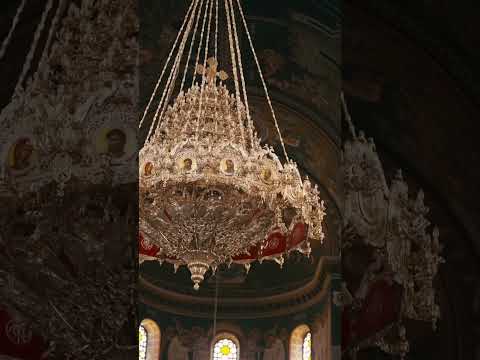
Epanosifi Monastery
Set in the heart of Crete’s countryside, Epanosifi Monastery is a beacon of faith and resilience. Founded in the 16th century, this grand monastery was a center of learning during the Turkish occupation, housing a school and a vast library that preserved the island’s knowledge and traditions. Today, its impressive Katholikon, dedicated to St. George, stands as a testament to Crete’s enduring spirituality. Framed by olive groves and rolling hills, a visit to Epanosifi offers a peaceful escape and a glimpse into Crete’s deep-rooted monastic history.
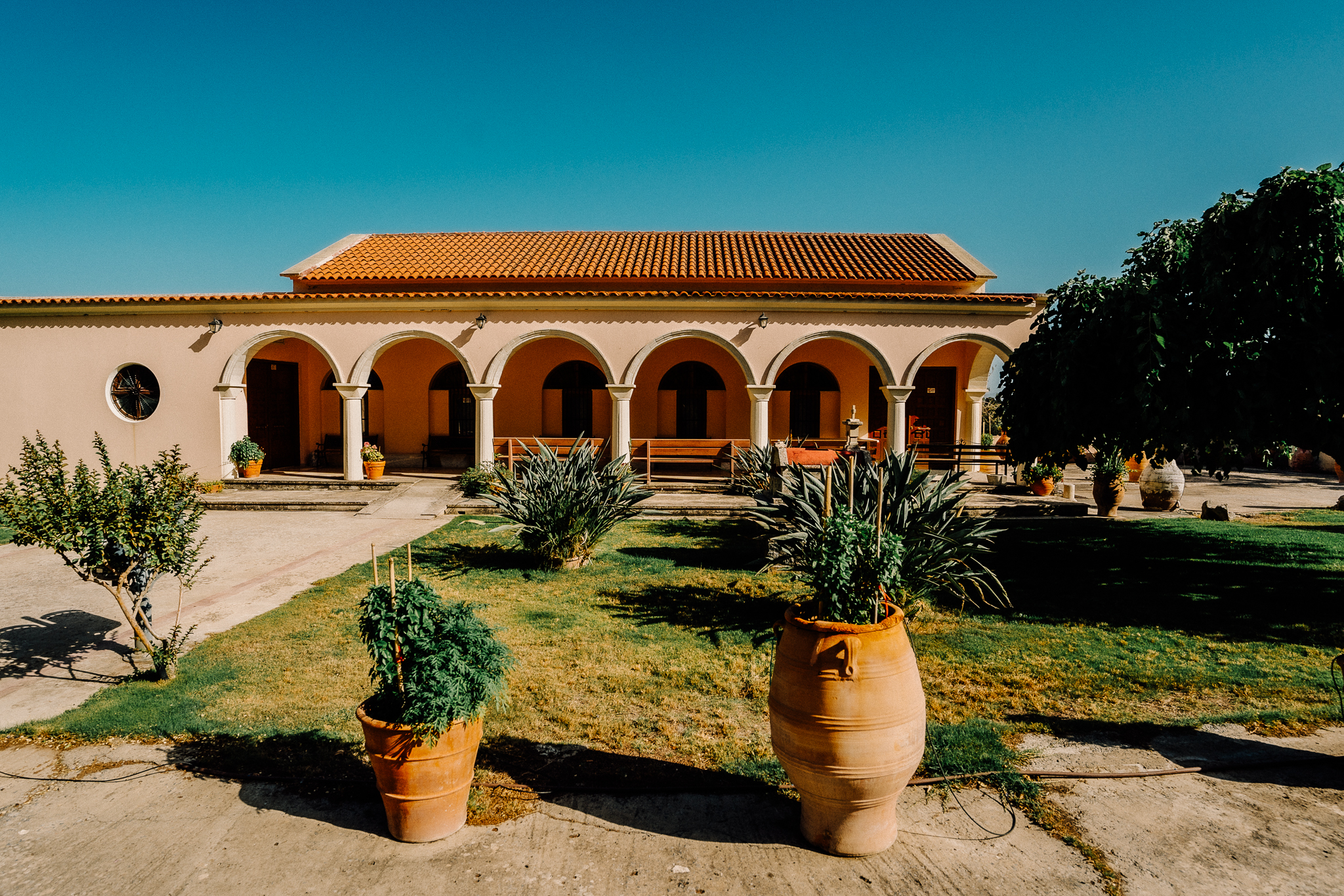
Agarathos Monastery
Hidden near the village of Episkopi Pediados, Agarathos Monastery is one of Crete’s oldest and most enchanting spiritual landmarks. Legend has it that the monastery was named after a miraculous icon of the Virgin Mary discovered beneath an agarathia bush, prompting its construction. With its fortress-like architecture and serene courtyards, the monastery is a place of quiet reflection. Visitors can feel centuries of devotion woven into its walls, making it a must-visit destination for history enthusiasts and those seeking spiritual solace.
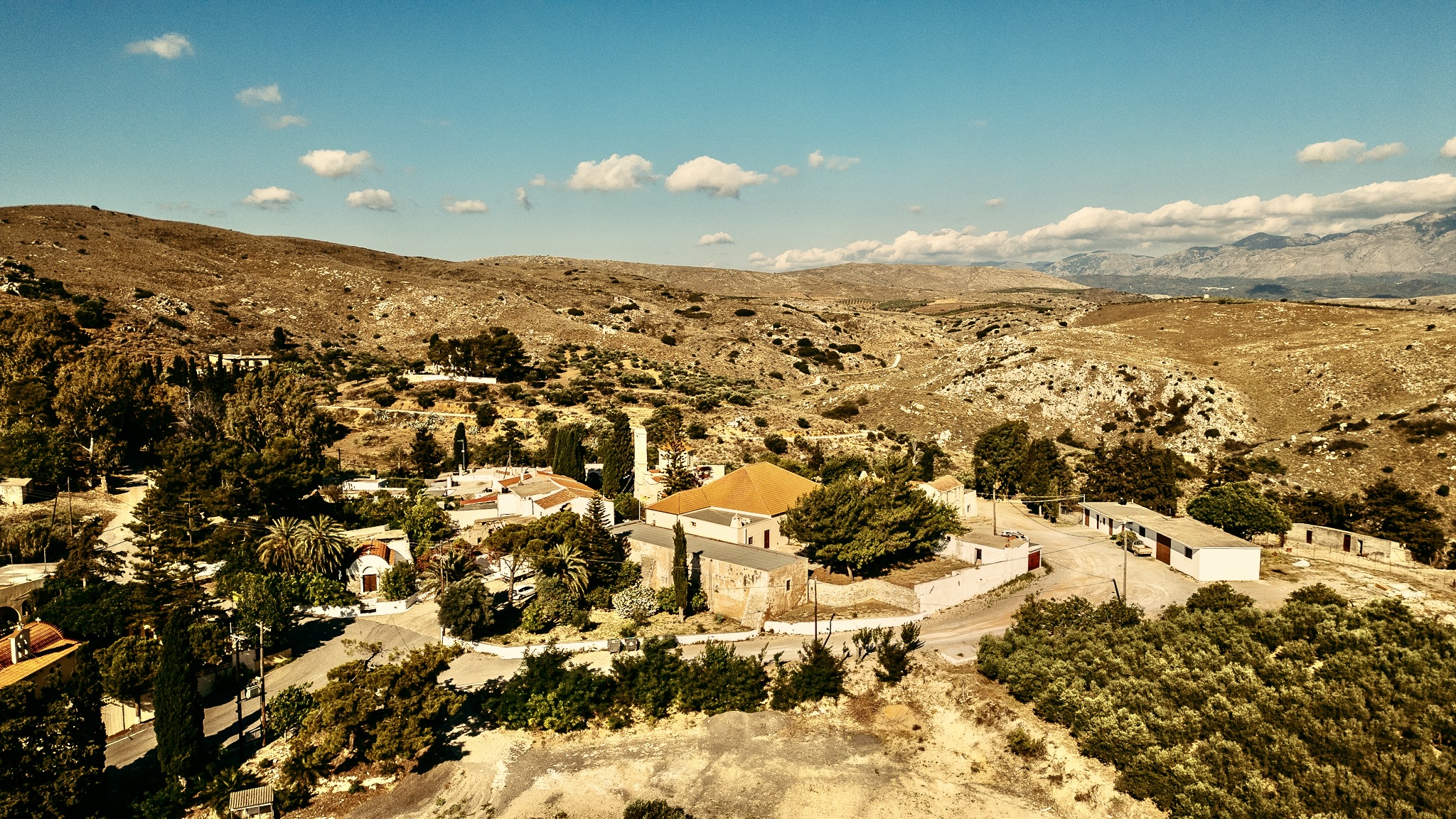
Koudoumas Monastery
Nestled at the mouth of the dramatic "Waterfall" Gorge in the Asterousia Mountains, Koudoumas Monastery is a serene retreat steeped in history and natural beauty. Built in the 14th century, this secluded monastery offers a window into Crete’s spiritual traditions, with frescoes and relics that reflect its long-standing religious significance. Surrounded by rugged cliffs and the sound of waves crashing nearby, the journey to Koudoumas, whether by hiking trail or winding road, is as unforgettable as the monastery itself.

Points of Interest
Metropolitan Church of Chania
Chania's Metropolitan Church, the Cathedral of the Presentation of the Virgin Mary (Trimartyri), is located on Halidon Street in the old town. Originally occupying the site of a 14th-century church, it was repurposed as a soap factory during Ottoman rule. According to legend, a miracle occurred that persuaded the Turkish Pasha of Chania to permit its restoration in the mid-19th century. The church underwent reconstruction and was completed in 1860.
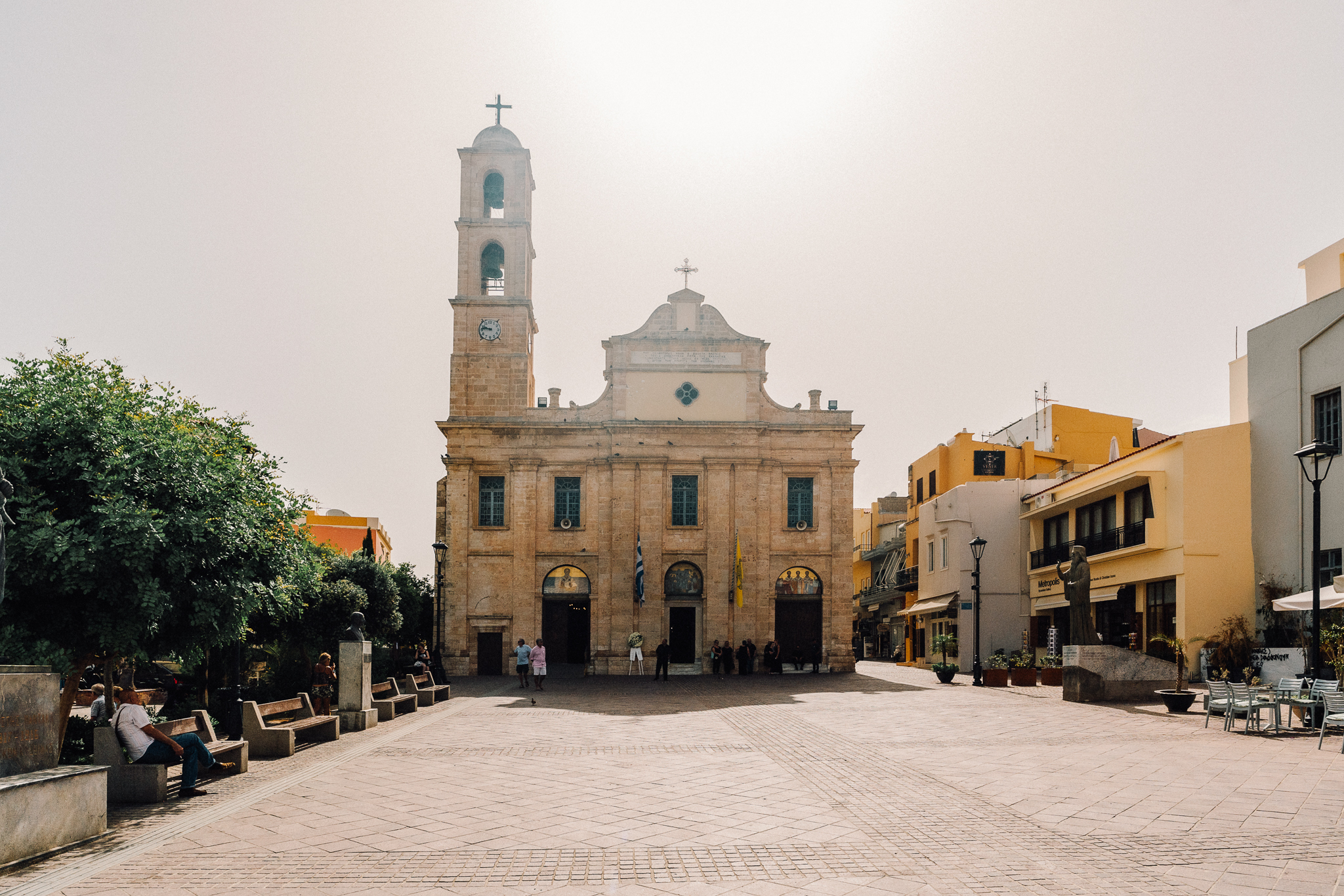
Frangokastello
Located in the southern part of the island, not far from Sfakia Chora, Fragokastello is renowned for its associations with local beliefs and legends. This medieval castle was constructed at the end of the 14th century. Originally named Agios Nikitas, it later became known as Fragokastello, signifying the castle of the Franks, referring to foreign Catholics. The castle boasts a rectangular layout with a tower positioned at each corner.
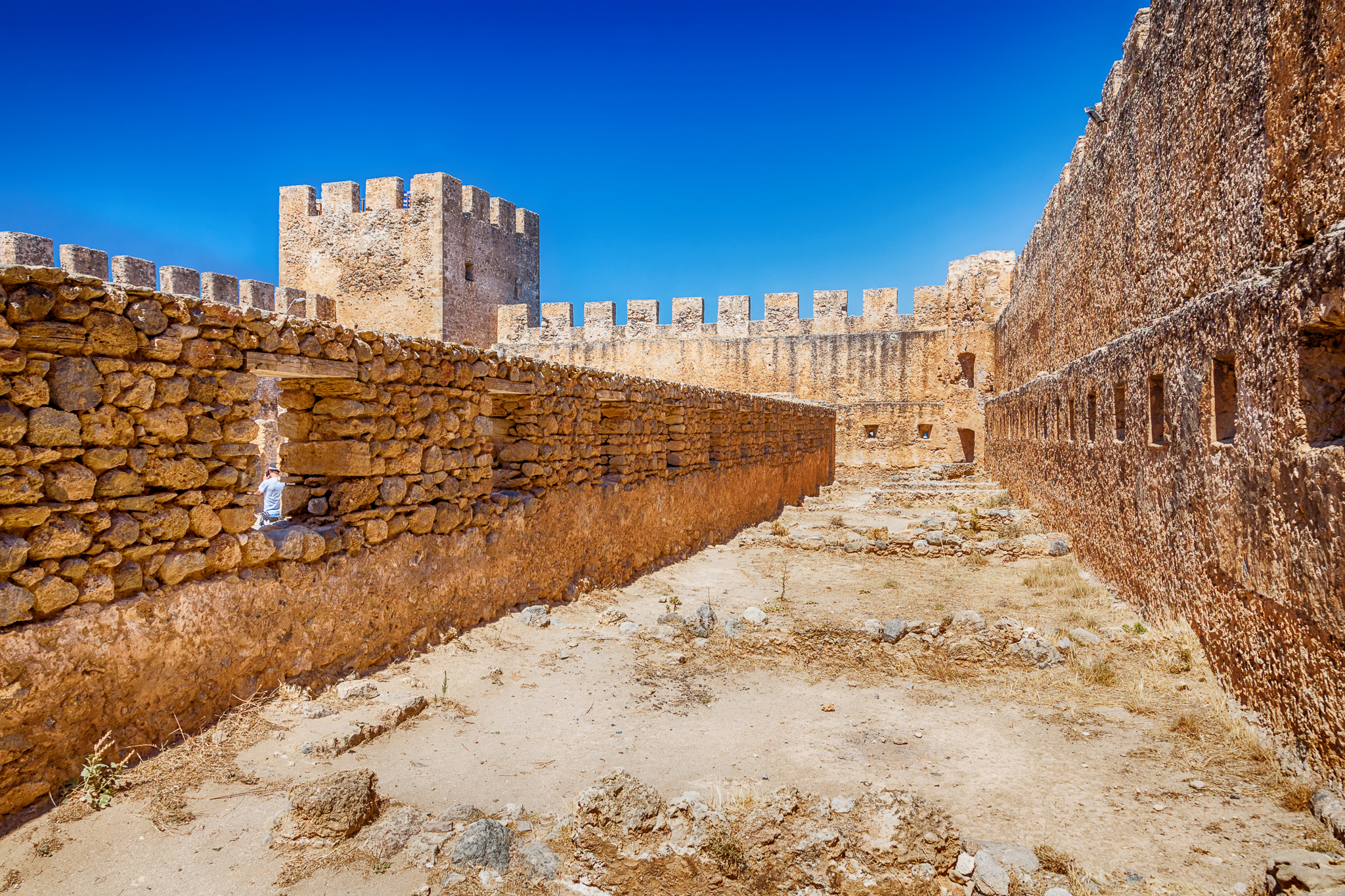
Castle of Gramvousa
Near the cape of Gramvousa lie two uninhabited islands. On the first, Imeri Gramvousa, stands an impressive Venetian tower constructed around 1570, soaring 140 meters high. Its notable features include a spacious interior and a distinctive triangular shape. Throughout the centuries, it has served as a stronghold for rebels and pirates, fostering the creation of legends and myths surrounding its existence.
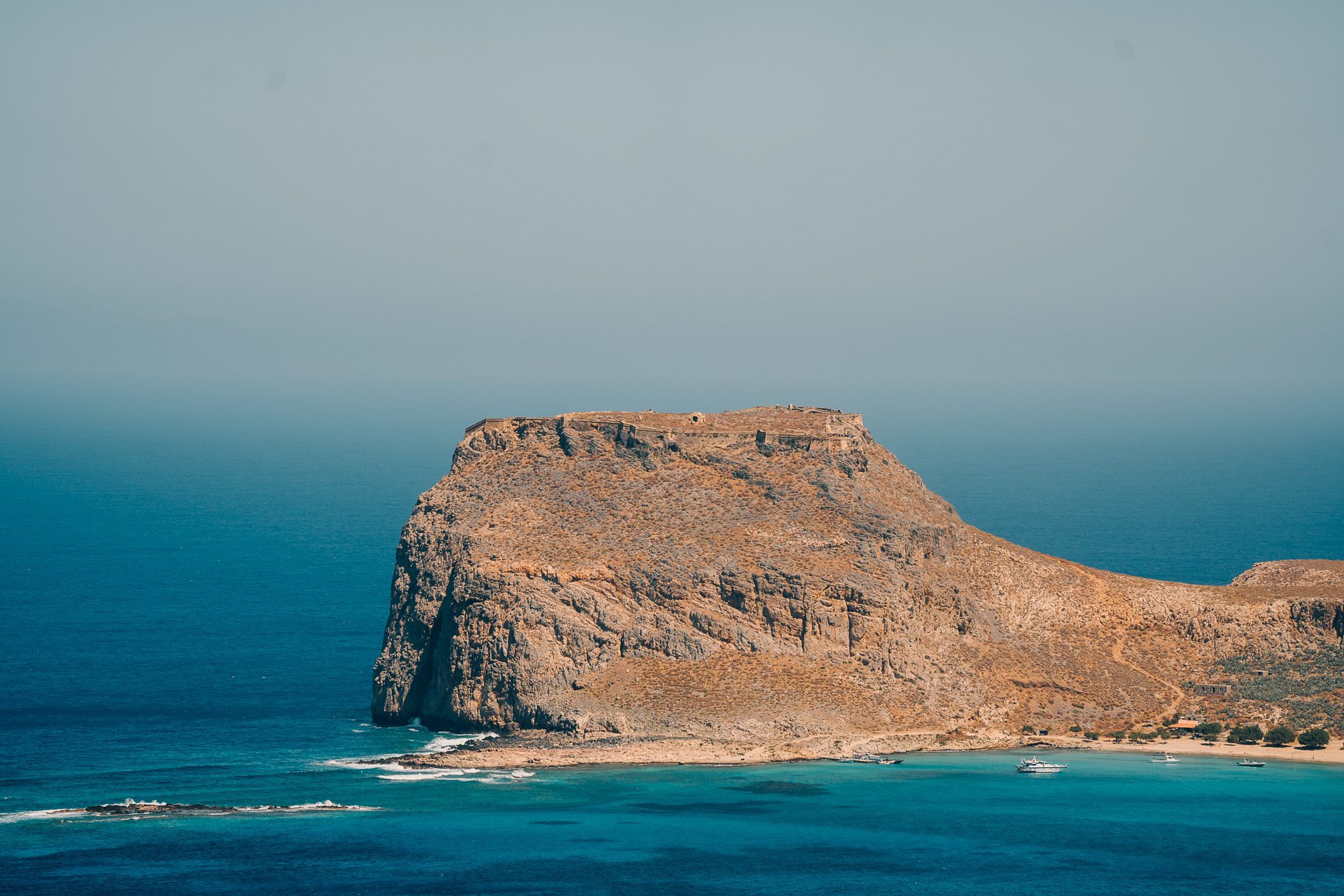
Venetian Port of Chania
Chania's old harbor preserves its architectural elements as a testament to the area's rich historical heritage. Constructed in the 14th century by the Venetians for fortification and commercial purposes, its landmarks include the lighthouse and the fortress walls of Firkas, built by the Venetians to protect the harbor entrance. Today, it is a bustling area with labyrinthine alleys radiating from the harbor, retaining Venetian and Ottoman architectural features.
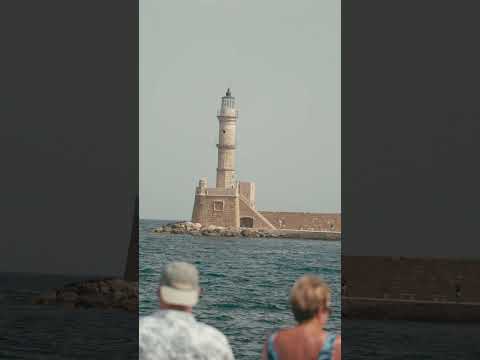
Egyptian Lighthouse of Chania
Chania's most recognizable landmark, the historic lighthouse in the old harbor, was built by the Venetians in the 16th century as fortifications against the Ottomans. After its 19th-century restoration by the island's Egyptian rulers, it became known as the Egyptian Lighthouse. It stands 21 meters tall and is visible from 7 miles away.
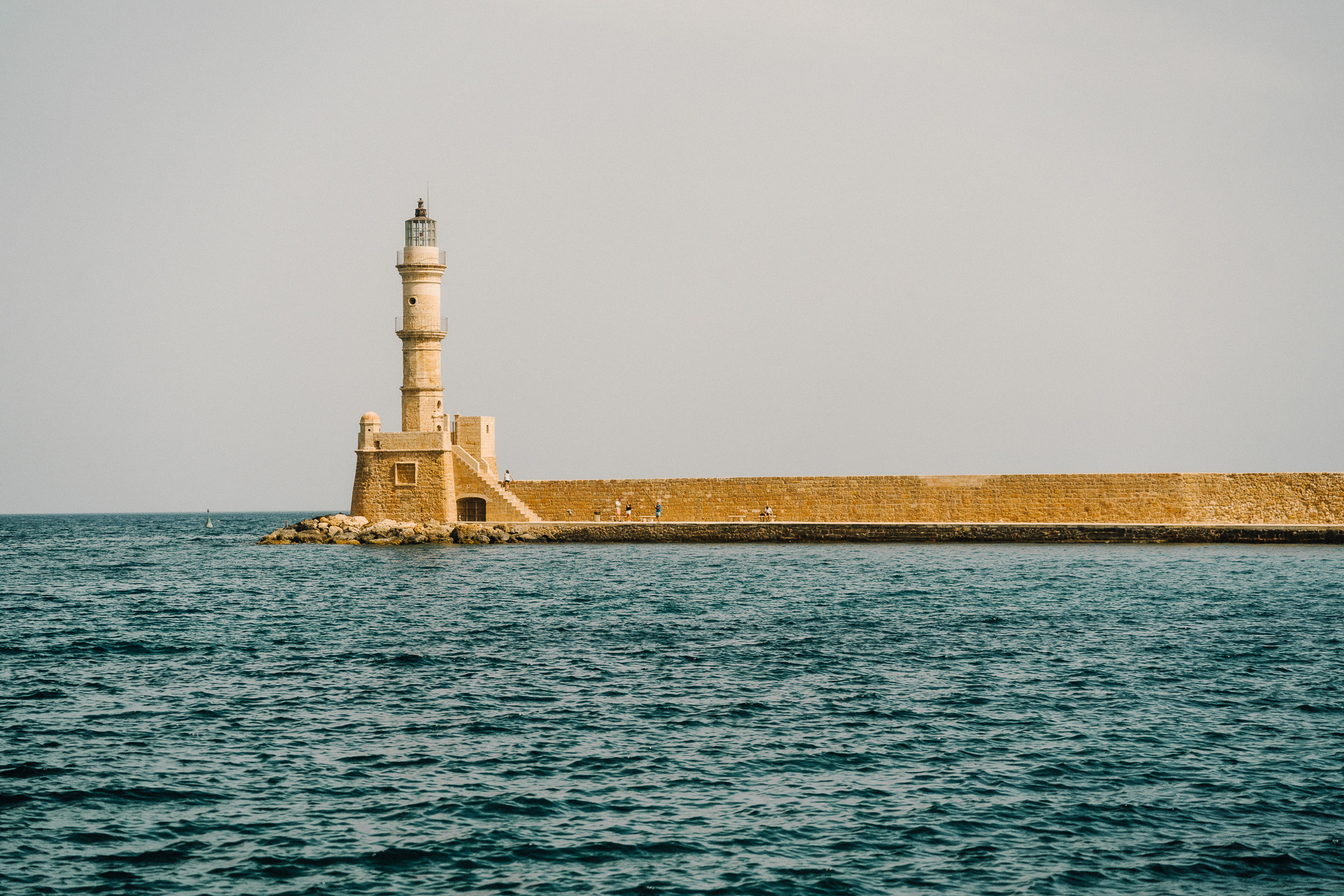
Old Town
The old town of Rethymnon preserves urban and architectural elements dating back to the Venetian period, showcasing sights that bear witness to its rich historical heritage.. Notable landmarks include the minarets of Ottoman mosques, the 19th-century Metropolitan Cathedral bell tower, the harbor lighthouse, Fortezza, Loggia and the Rimondi Fountain.
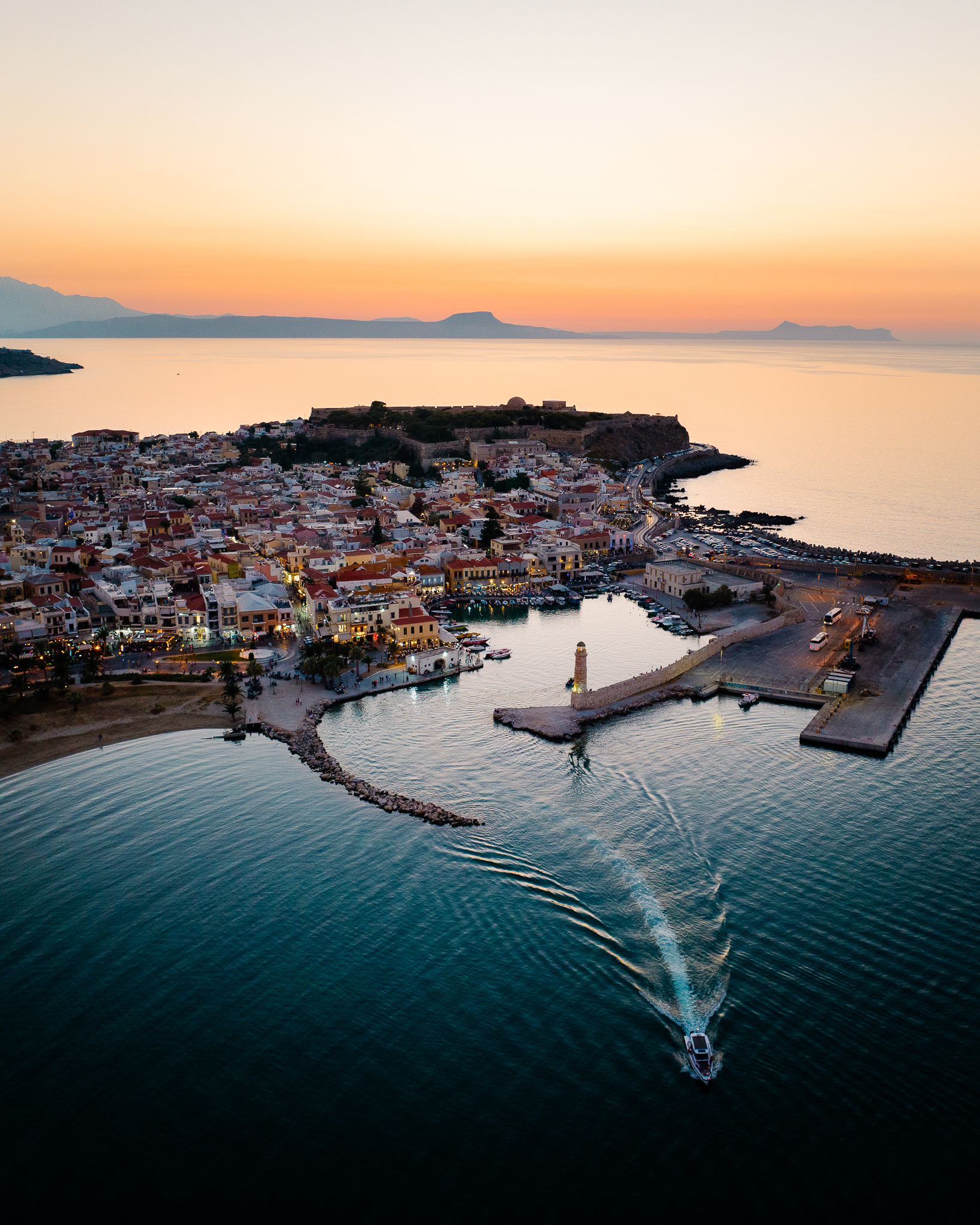
Neratze Mosque
In the center of Rethymno's old town, the Monastery of Augustinian monks was built before the 16th century. Its main church was converted into the Neratzes Mosque in the 17th century, the only surviving building of the original monastery. The 33-meter-tall minaret, built in 1890, is its most notable feature. Today, it functions as a conservatory.
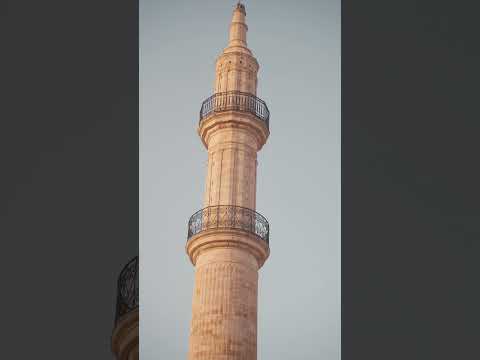
Venetian Port
Dating back to the 10th century, the small yet picturesque Venetian harbor is inseparable from the old town and the history of Rethymnon. During the 14th century, the Venetians undertook extensive construction projects that shaped its current form, which it still maintains today.
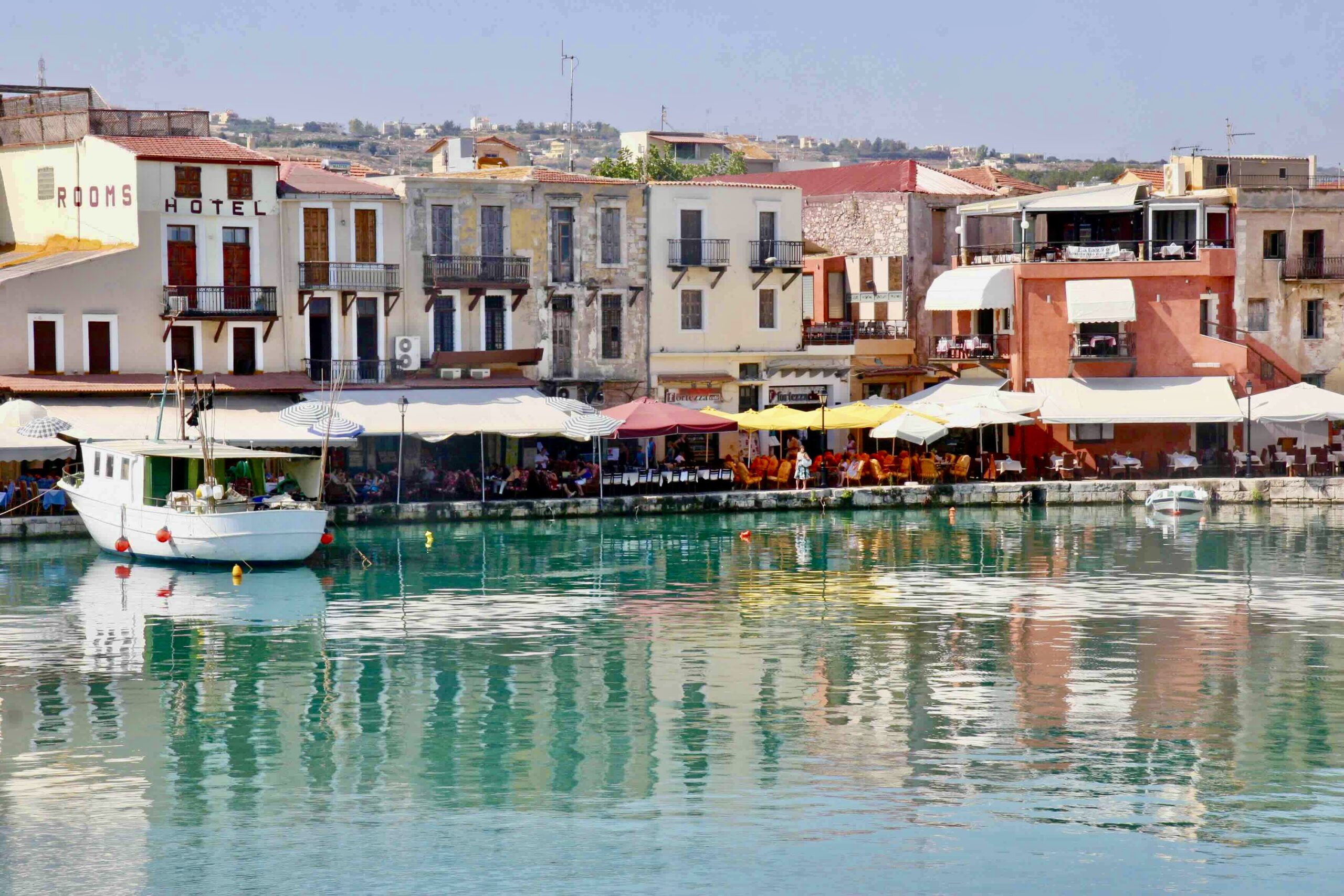
Rethymnon Lighthouse
Standing proudly at the exit of the old harbor, the lighthouse of the Venetian Port of Rethymnon reaches a height of 9 meters. Constructed in 1830 during the Egyptian occupation of the island, it is the second largest Egyptian lighthouse in Crete, following the lighthouse of Chania.
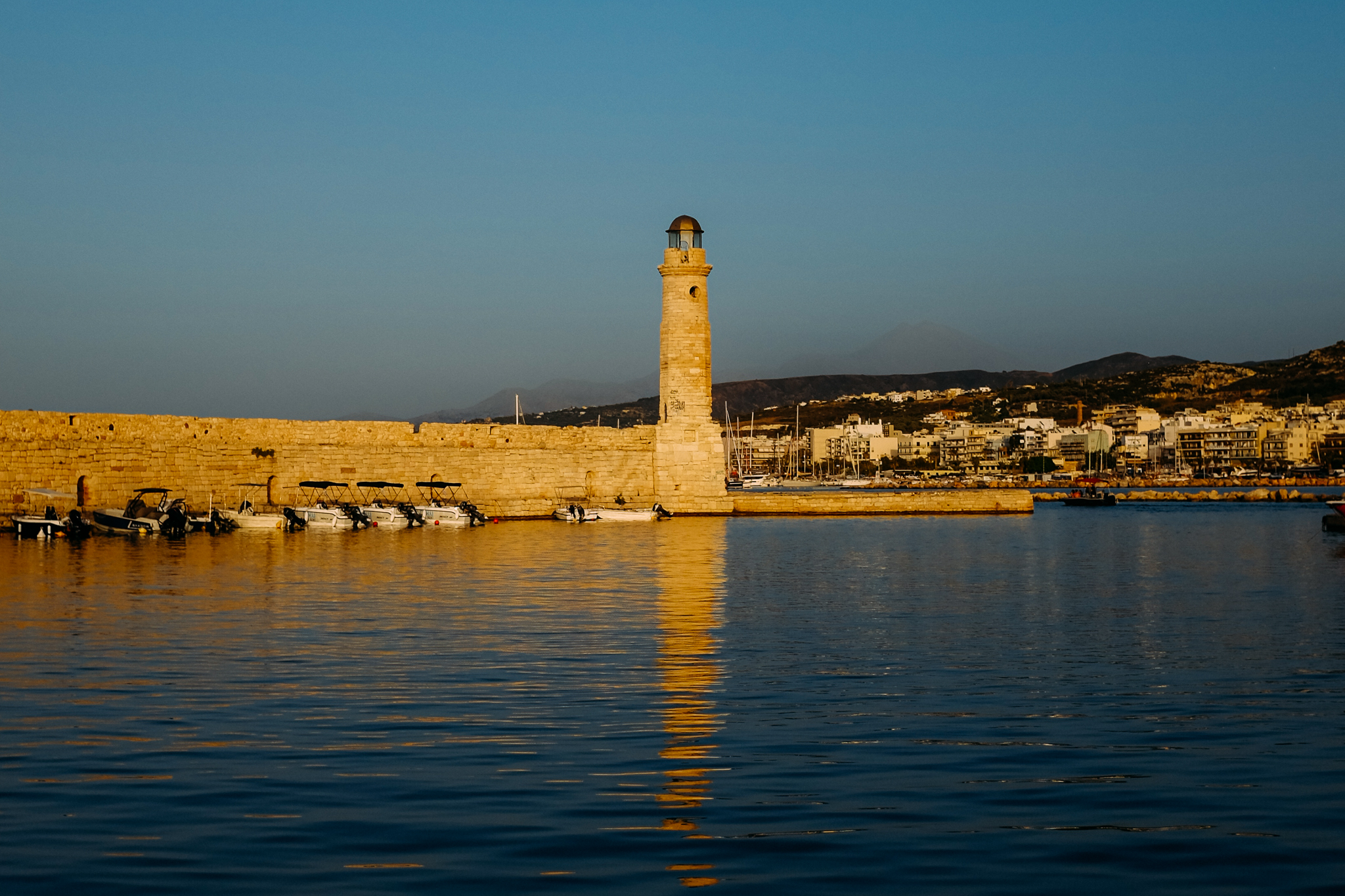
Rimondi Venetian Fountain
In the heart of the old town, the iconic Rimondi Fountain, part of the city's waterworks during the Venetian period, was built in 1626 by the Venetian governor A. Rimondi. It features three basins, three lion-head spouts and three fluted columns with Corinthian capitals.
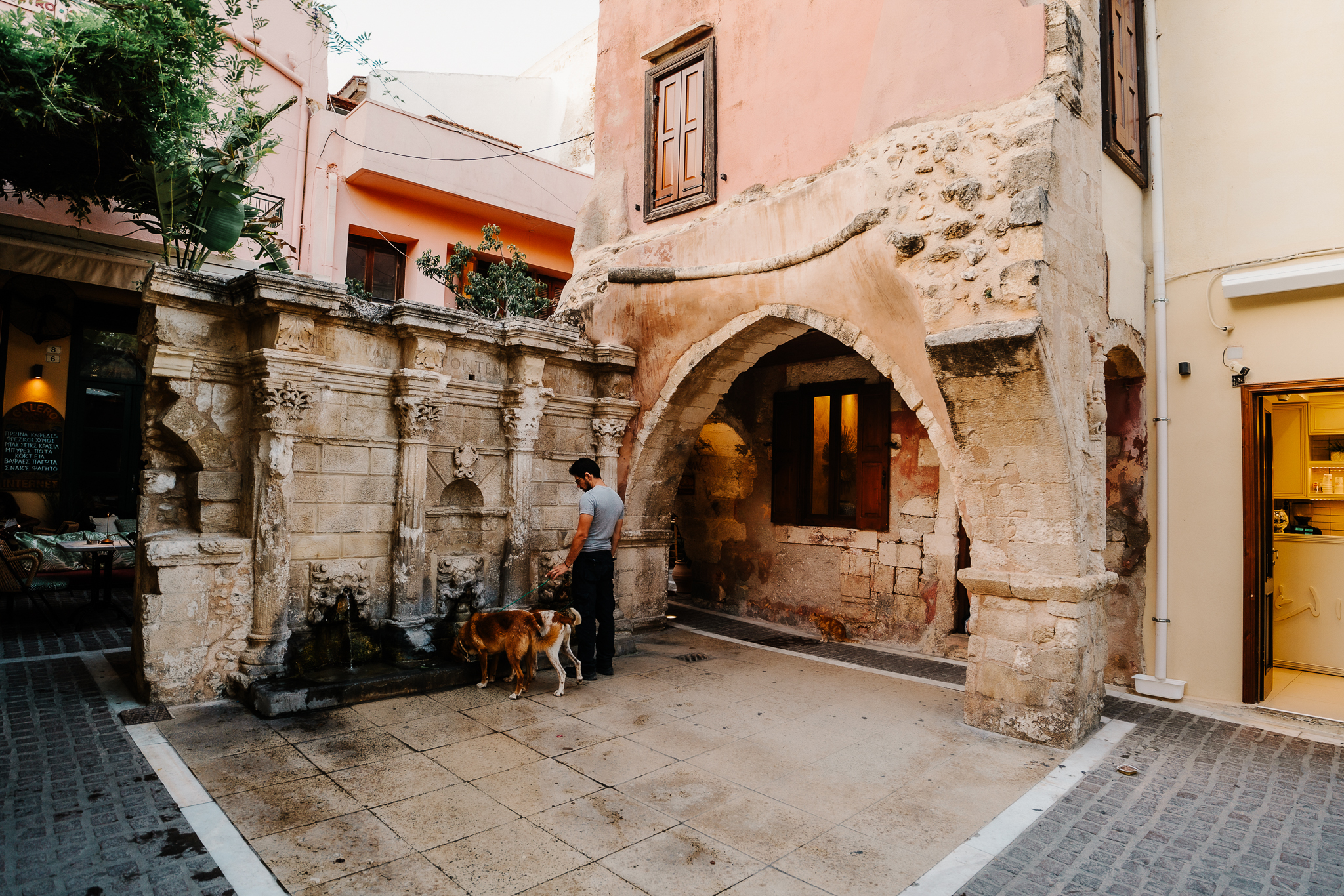
Fortezza
The Fortezza is the famous Venetian castle of Rethymno, located on Paleokastro Hill, offering panoramic views. Built in the 16th century, it was one of the Venetian fortifications to secure Rethymno as an intermediate station between Chania and Heraklion.
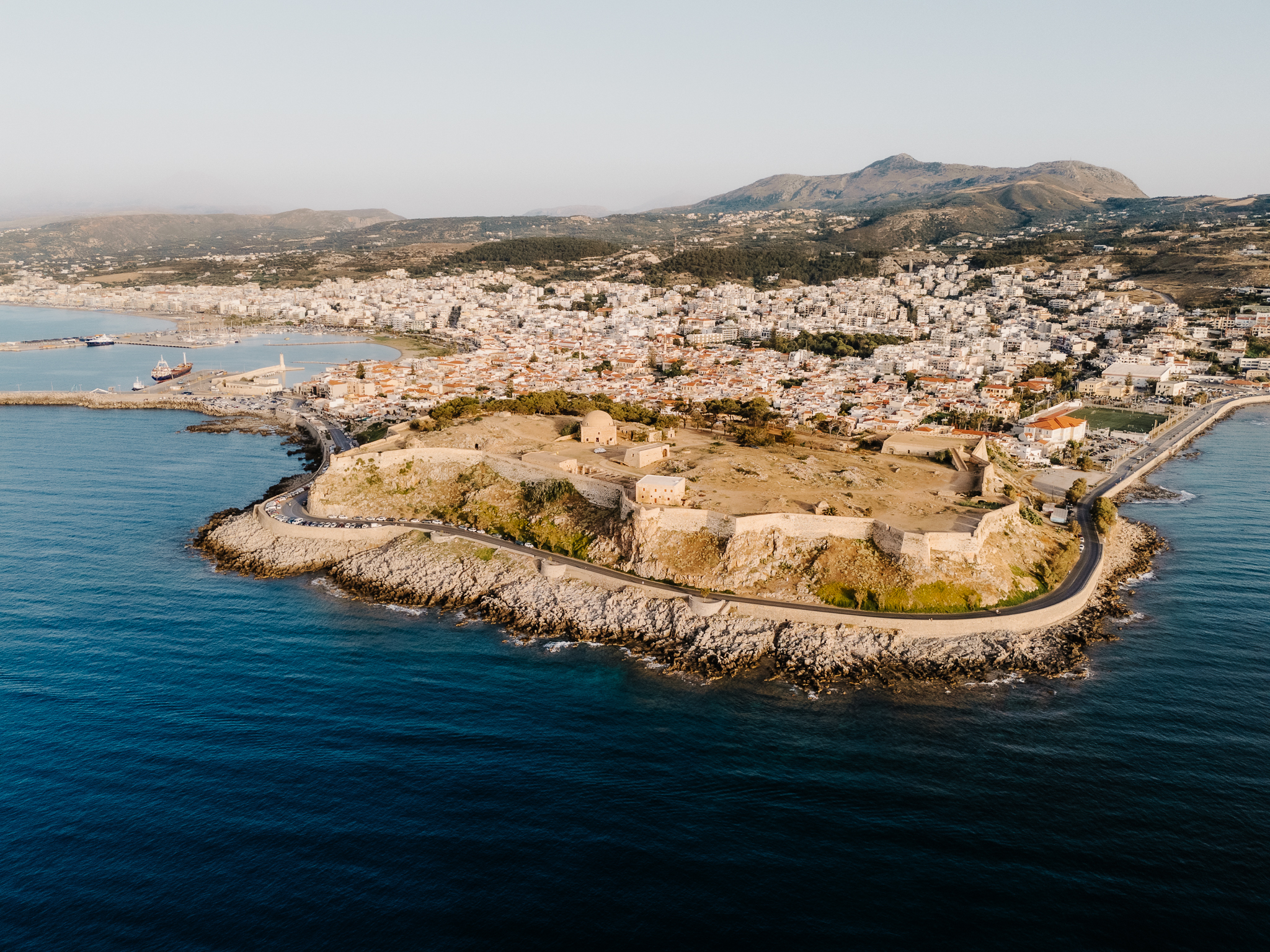
Sotiriadis Brothers' Statues
The Statues of the Sotiriadis Brothers, The Abduction of Europe and The Horn of Amalthea, are located on the seafront of Agios Nikolaos. Inspired by ancient Greek mythology, these statues carry deep symbolism. A replica of The Abduction of Europe was offered as a gift by the Municipality of Agios Nikolaos and is displayed at one of the entrances to the European Parliament in Strasbourg.
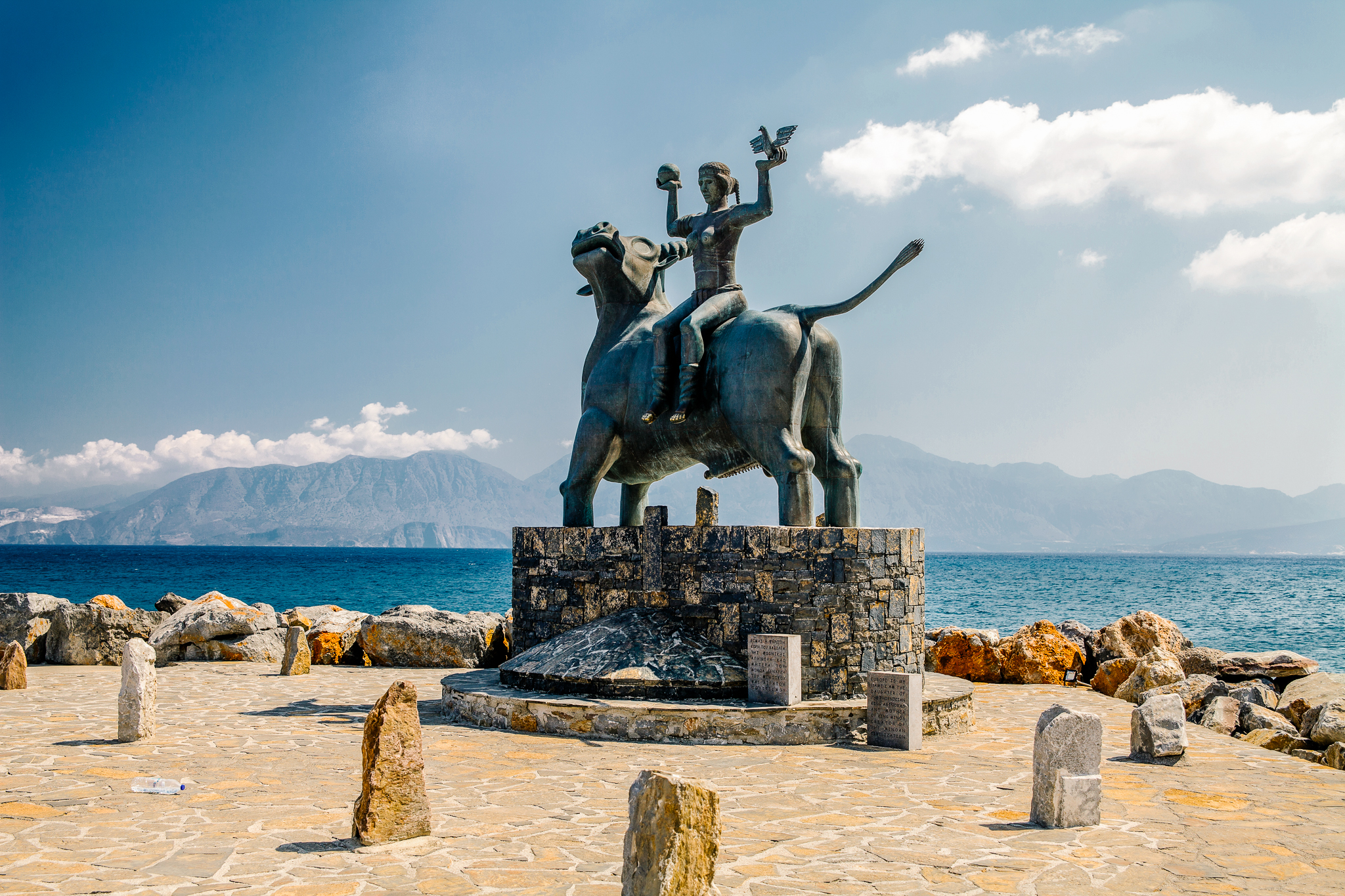
Ierapetra Mosque
Located in the old town, the Ierapetra Mosque is a striking landmark built in the late 19th century. This well-preserved, imposing building features a grand entrance adorned with a Quranic inscription, along with a tall minaret and an Ottoman-style fountain, showcasing the architectural elements of the era.
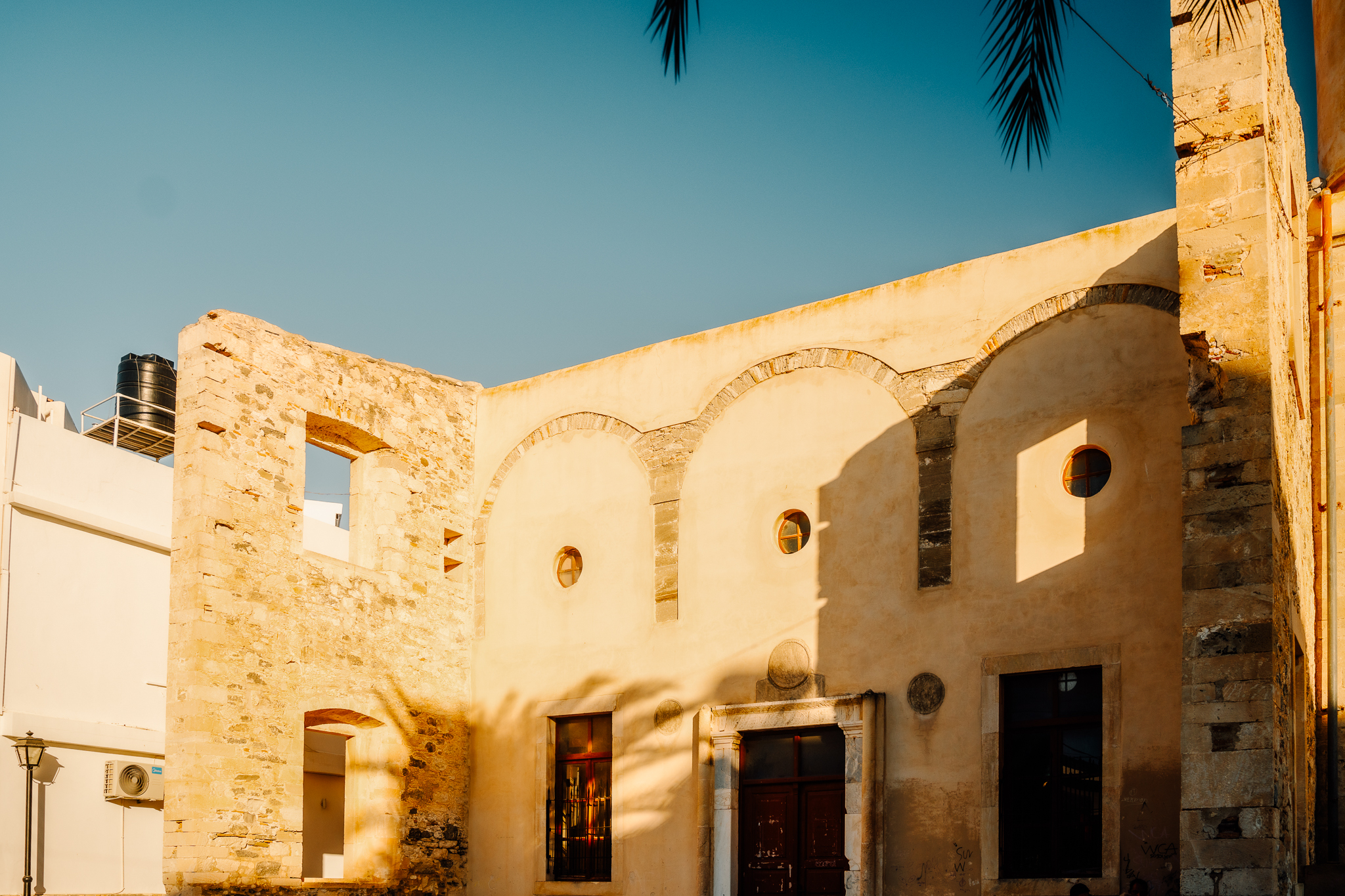
Venetian Fortress (Kales)
At the entrance of the town’s harbor stands the distinctive defensive fortress from the Venetian period. It was built in the 13th century, but underwent repairs during the Ottoman period. Its name has Ottoman origins, being a distortion of the word 'koules,' meaning tower or fortress.
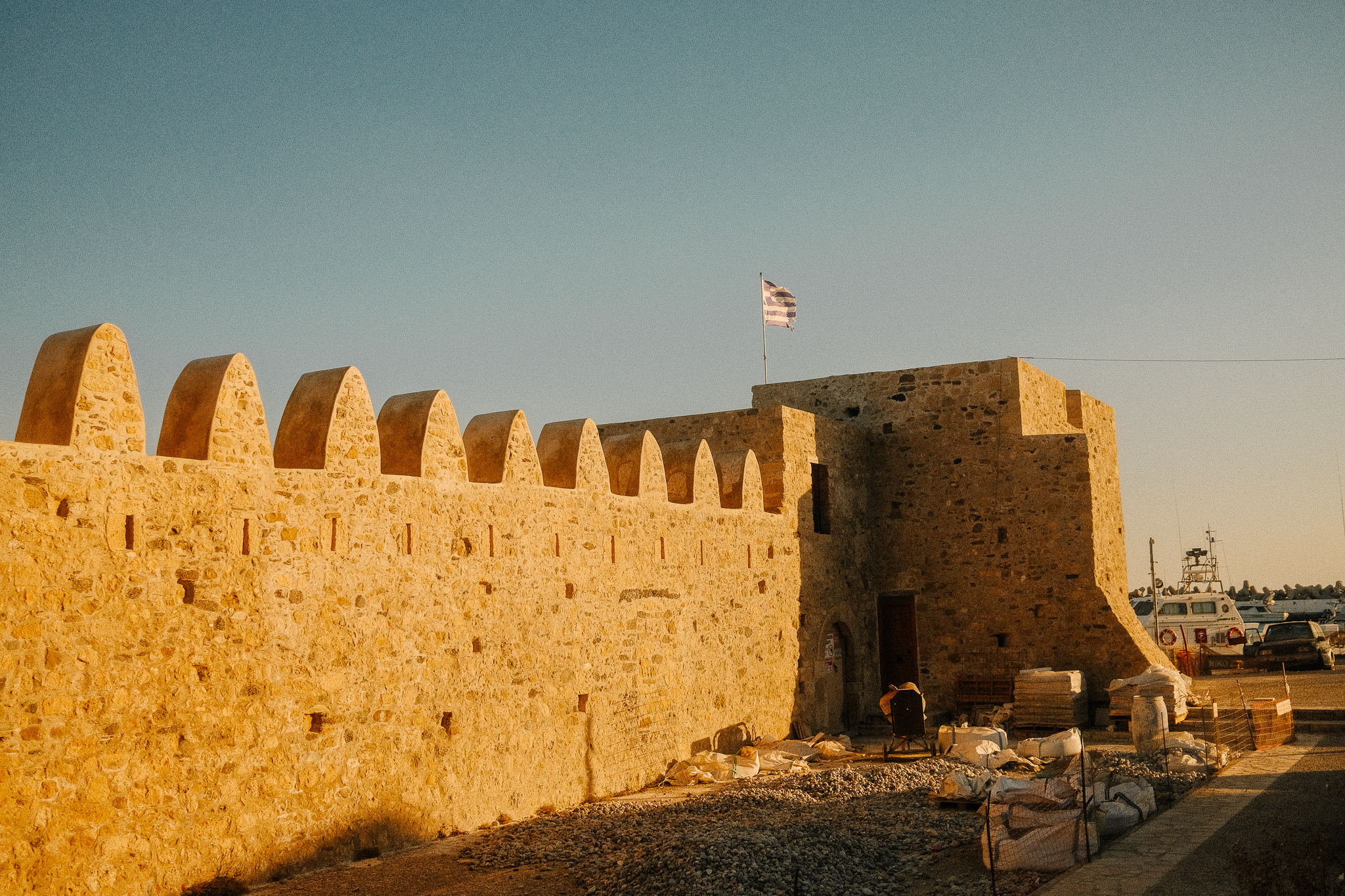
Tomb of Nikos Kazatzakis
On the windswept Martinengo Bastion, high above Heraklion, lies the simple yet profoundly moving tomb of Nikos Kazantzakis, Crete’s most celebrated writer. The panoramic views of the city and sea below seem to mirror the vastness of his literary legacy. Inscribed on his tombstone are his famous words: “I hope for nothing. I fear nothing. I am free.” It’s a place of quiet reflection, where visitors can connect with the spirit of a man who captured the essence of Crete in his works.
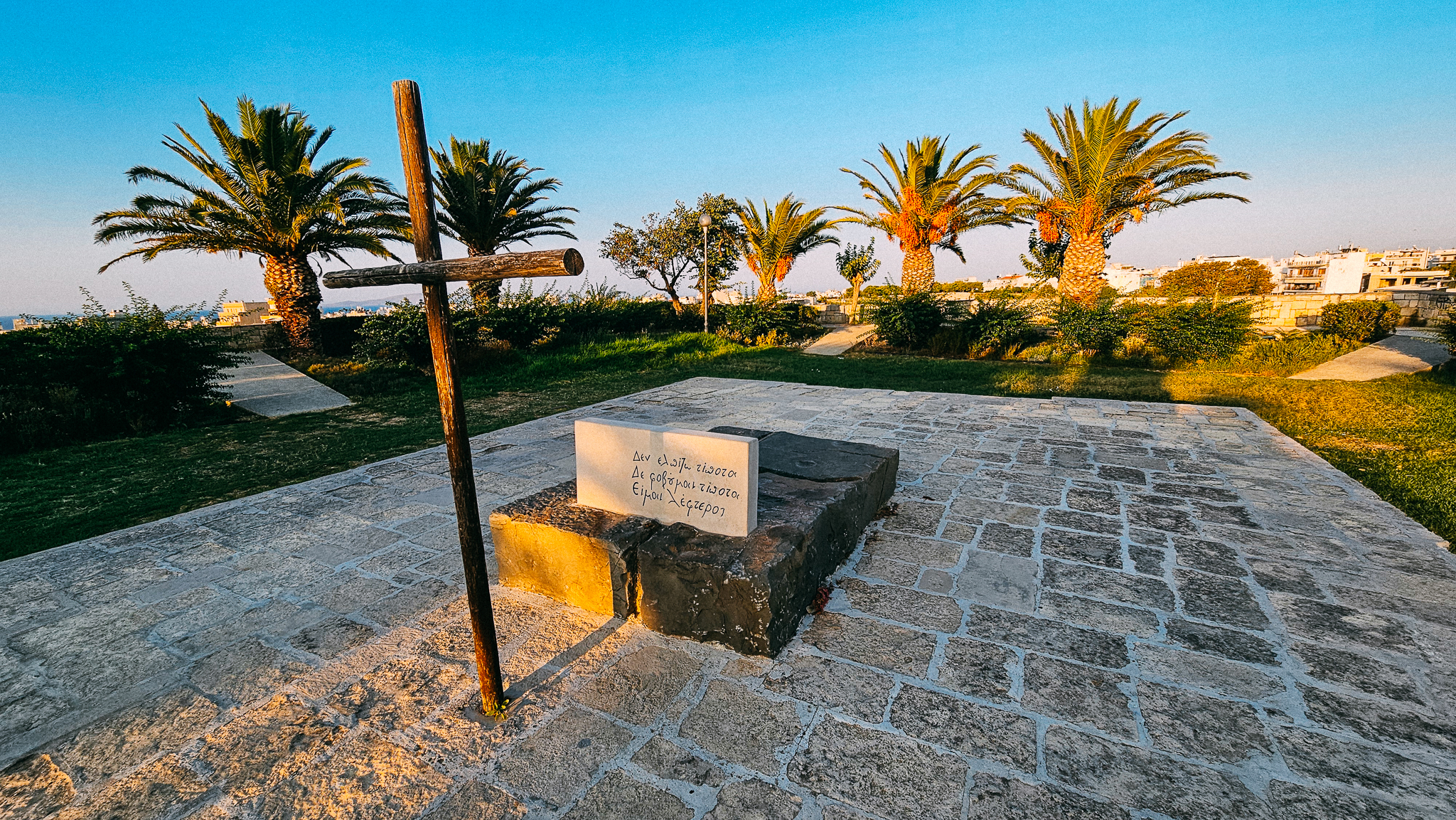
Venetian Loggia
Step into a world of Renaissance elegance at the Venetian Loggia, Heraklion’s architectural jewel, where noble Venetians once gathered to discuss politics and commerce. This beautifully restored 17th-century building, with its arched façade and intricate decorations, now serves as the home of the Municipality of Heraklion. As you stroll through its halls, you can almost hear echoes of the opulent banquets and stately meetings that took place within these storied walls.
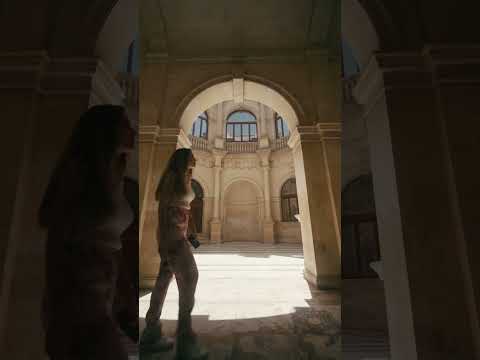
Morosini Fountain
In the heart of Heraklion’s vibrant city square, the iconic Morosini Fountain stands as a masterpiece of Venetian ingenuity and style. Built in the 17th century by Francesco Morosini, this elegant fountain, adorned with four majestic lion sculptures, once brought fresh spring water from Mount Giouchtas to the city. Today, it’s a charming meeting point, surrounded by lively cafés where locals and visitors sip coffee while soaking in the timeless beauty of this architectural gem.
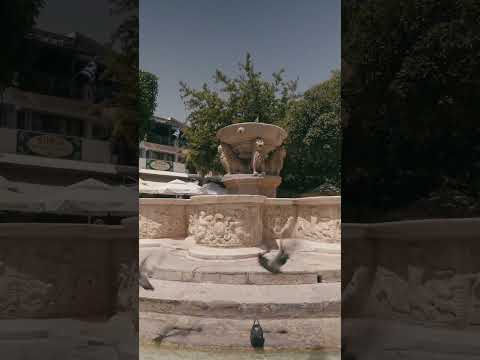
Koules (Venetian Fortress)
Rising proudly at the entrance to Heraklion’s bustling port, Koules Fortress, also known as Rocca a Mare, is a timeless sentinel of the city’s Venetian past. Built in the 16th century, this imposing structure once protected Crete from invaders and now invites visitors to wander its restored halls and terraces. Offering sweeping views of the sparkling Aegean Sea, Koules is more than just a fortress—it’s a journey into Heraklion’s storied maritime history.
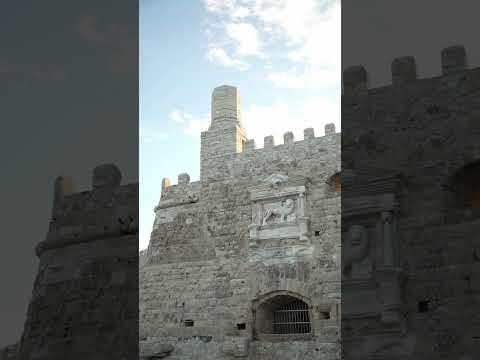
Great Landscapes
Omalo Plateau
Nestled amidst the towering peaks of the White Mountains, Crete boasts one of its large plateaus, Omalos. Known for its distinctive irregular circular shape, Omalos rests at an altitude of 1,200 meters. Over centuries, its inaccessible location has made it a shelter for rebels and those seeking refuge from persecution. Adjacent to the plateau, the Samaria Gorge begins at the Xyloskalo site, while nearby stands the Kallergi mountain refuge, situated at 1,680 meters above sea level.
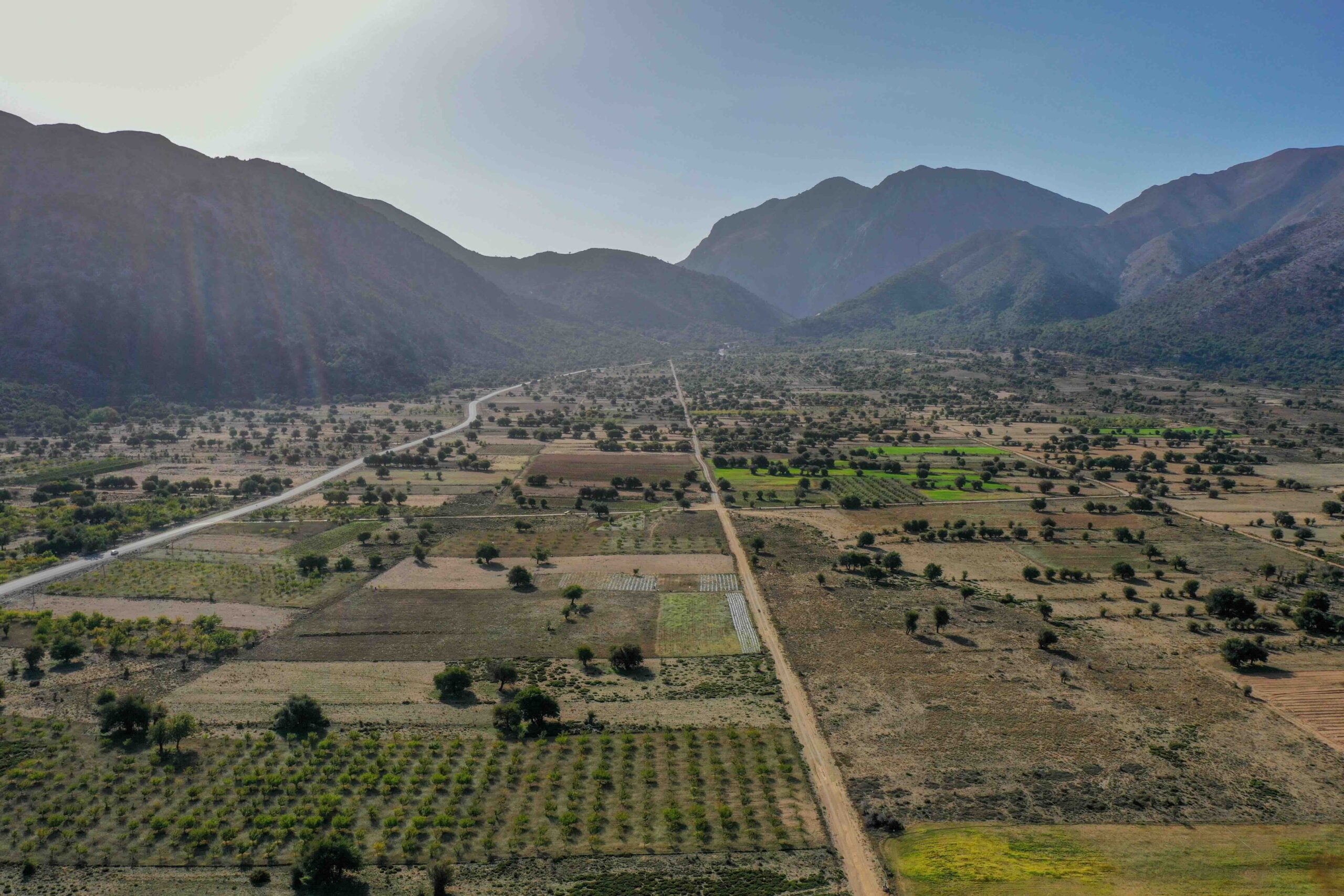
E4 Path
The European E4 Long-Distance Path, marked by the European Ramblers Association, includes a network of trails on Crete, highlighting the island's natural, historical and cultural significance. Marked by yellow and black, it connects Kissamos to Zakros, crossing all major mountain ranges (White Mountains, Kryoneritis, Vrisinas, Kentros, Psiloritis, Giouchtas, Dikti, Thripti) with several branches.
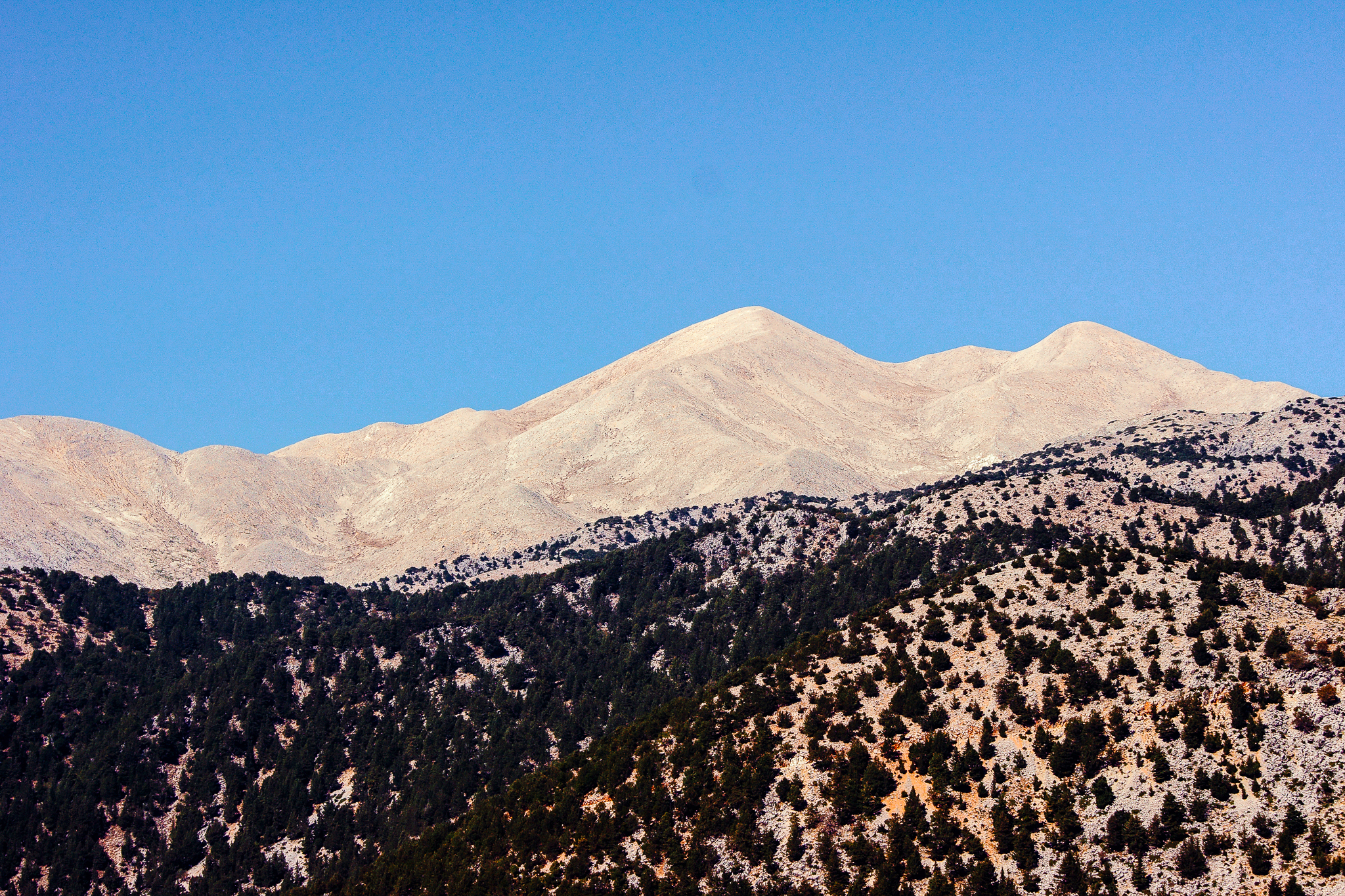
Lake Kourna
Between Chania and Rethymno, the large natural Kournas Lake stands out for its freshwater and white sandy shores, making it unique and renowned. Located at the foot of Mount Daphnomadara, its waters flow to Kavros Beach via the Delfina River. Ducks, geese, various bird species, fish and the rare bicolor turtle inhabit the lake.
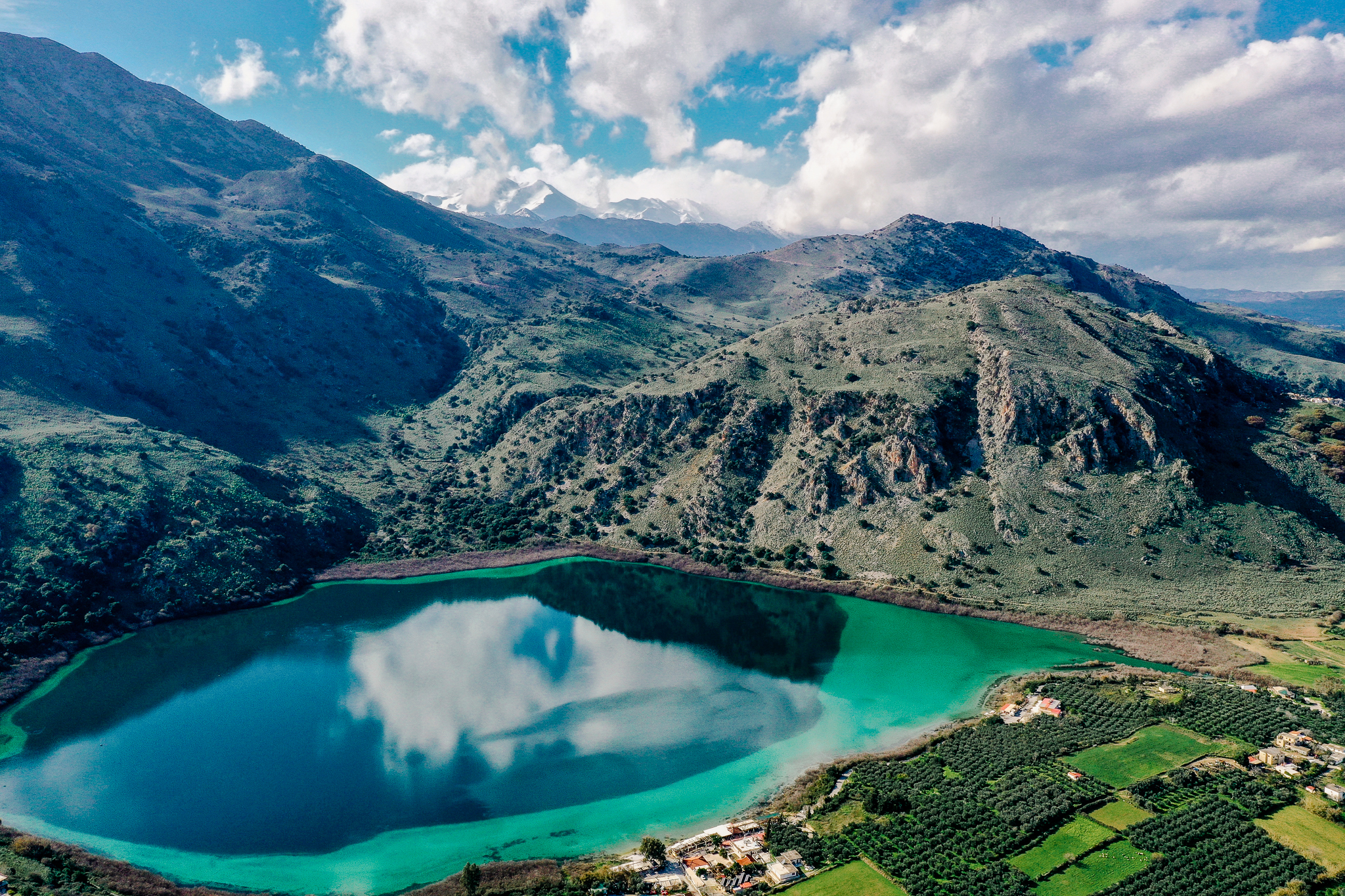
Lake Agia
Near Chania, the artificial Agia Lake is a recognized wetland due to its rare plant and animal species. It is part of the Natura 2000 network and it connects with the Fasa Valley and is fed mainly by springs from the White Mountains. Initially created for hydroelectric power production, the small DEI plant is no longer operational but the lake remains a significant ecological site.
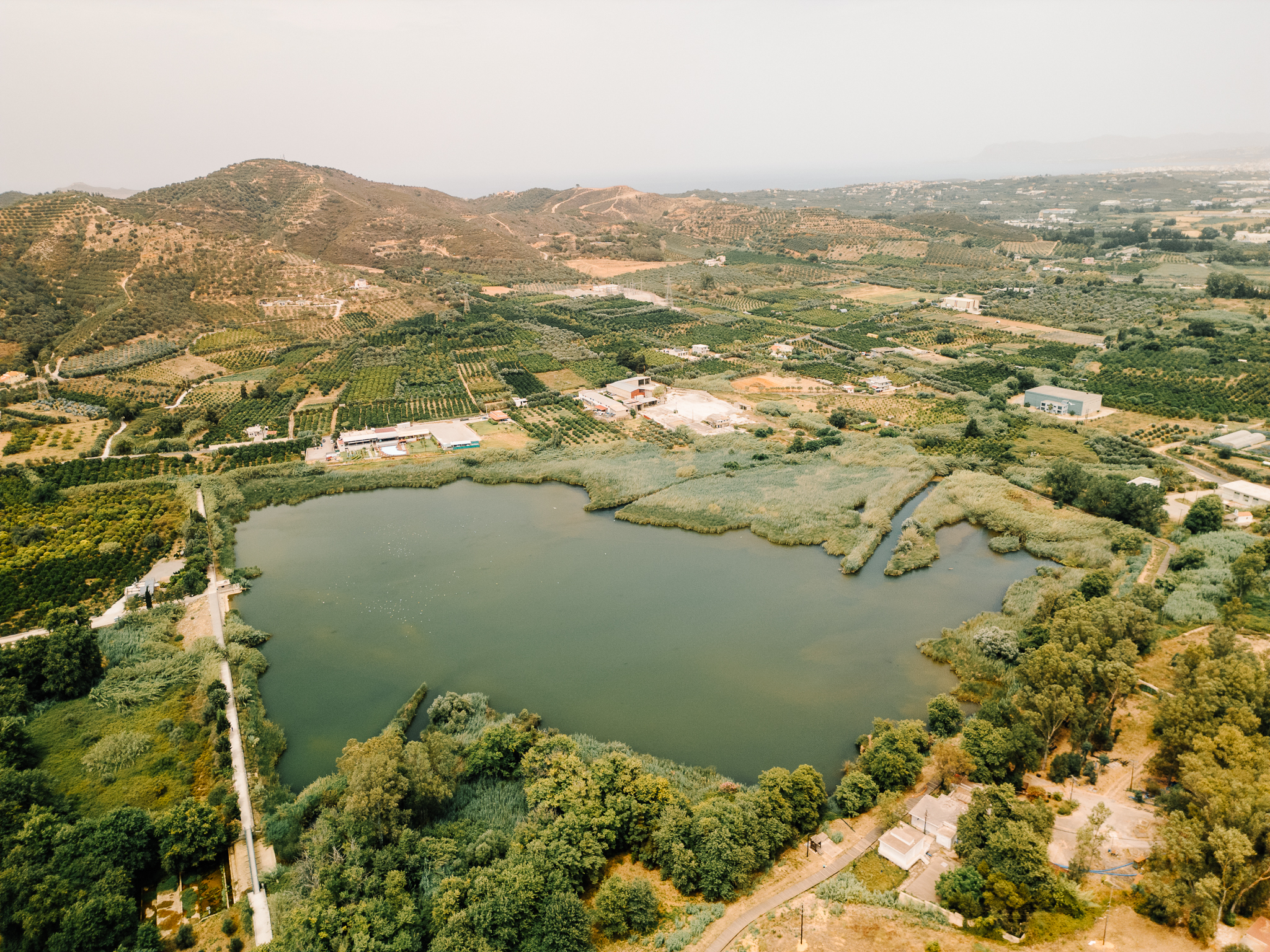
Preveli Palm Forrest
In the southern part of the island, where the Megas Potamos River forms the famous Preveli Lake, there lies an impressive palm forest of the rare and endemic Cretan palm. This unique palm species thrives in sandy, wet valleys and rocky areas near sea level.
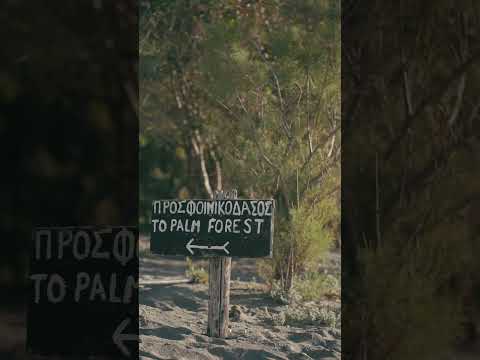
Orne Lake
The small natural Lake Orne, situated at the foot of Mount Centre, collects the waters from its peaks. Visiting this lake offers an ideal opportunity to appreciate the beauty of the natural landscape.
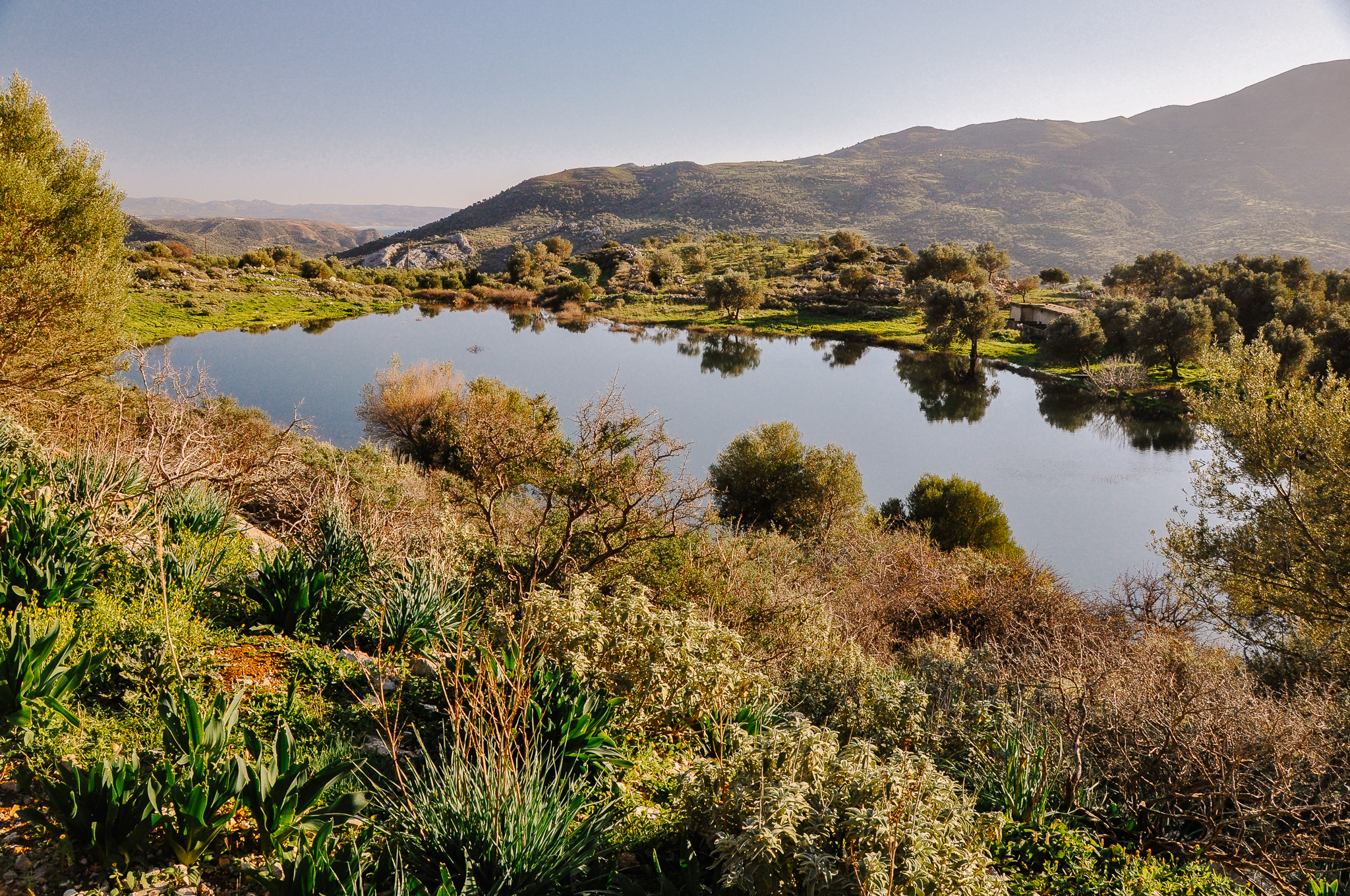
Vai Palm Forest
Vai Palm Forest, home to striking palm trees, is a unique treasure in Europe. Nestled along one of Crete's most beautiful beaches, it offers an exotic landscape and crystal-clear waters.
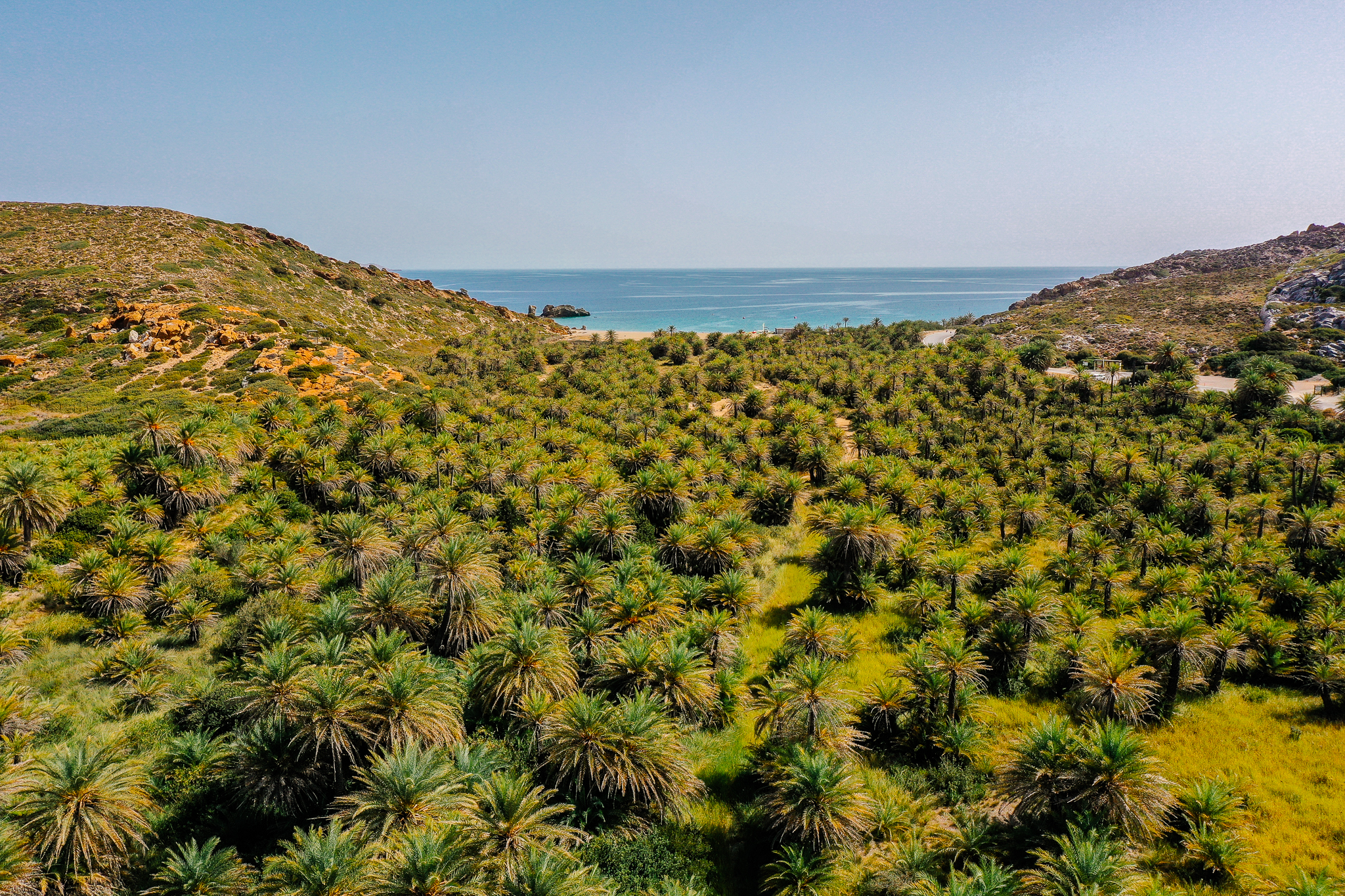
Ziros Plateau
The Ziros Plateau lies east of Armenochandrades Plateau near Ziros village, connecting to the striking Xerokampos beach.
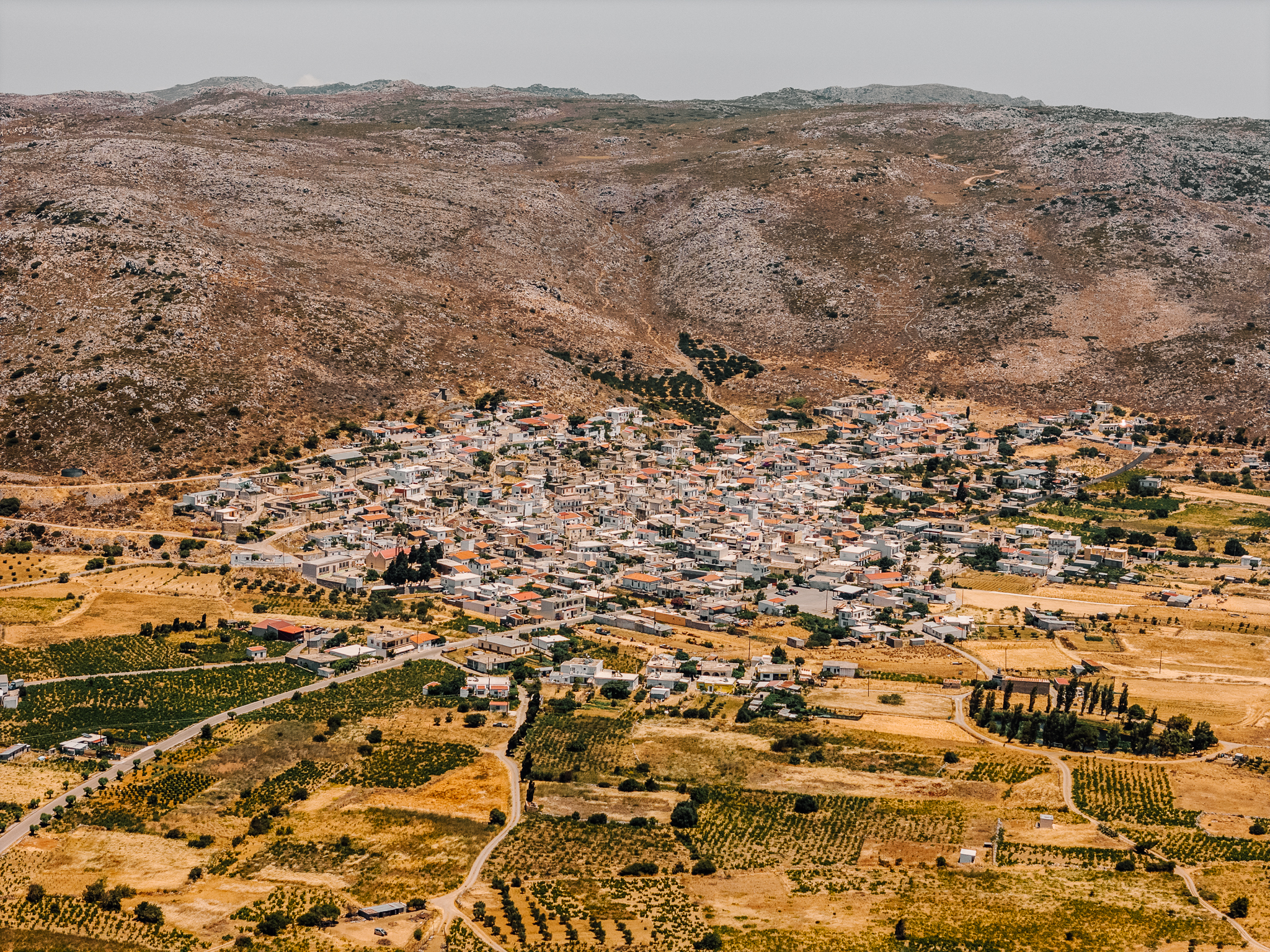
Lasithi Plateau
The Lassithi Plateau is a fertile plain at 800 meters high in the Dikti mountains. The Great River cuts through the area, while parts of the European walking path E4 traverse the landscape. Mythology adds to its significance, as legend has it that Zeus, the king of the Greek gods, was born here.
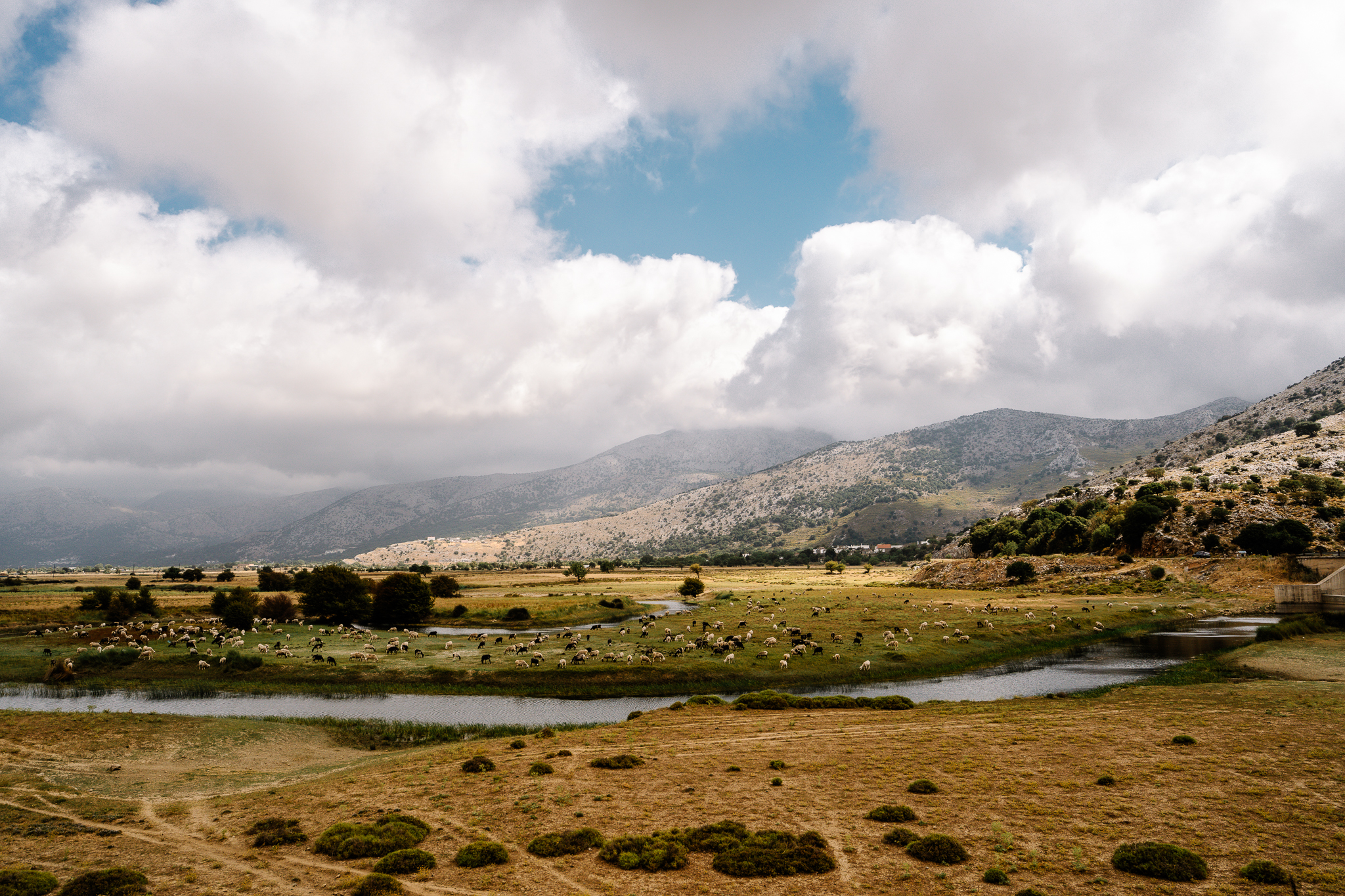
Zakros
This traditional village boasts a wealth of water sources, a key factor in its long history of settlement. These waters nourish extensive olive groves and once powered numerous watermills. Ano Zakros is nestled amidst a stunning natural landscape and falls within the Sitia Geopark.
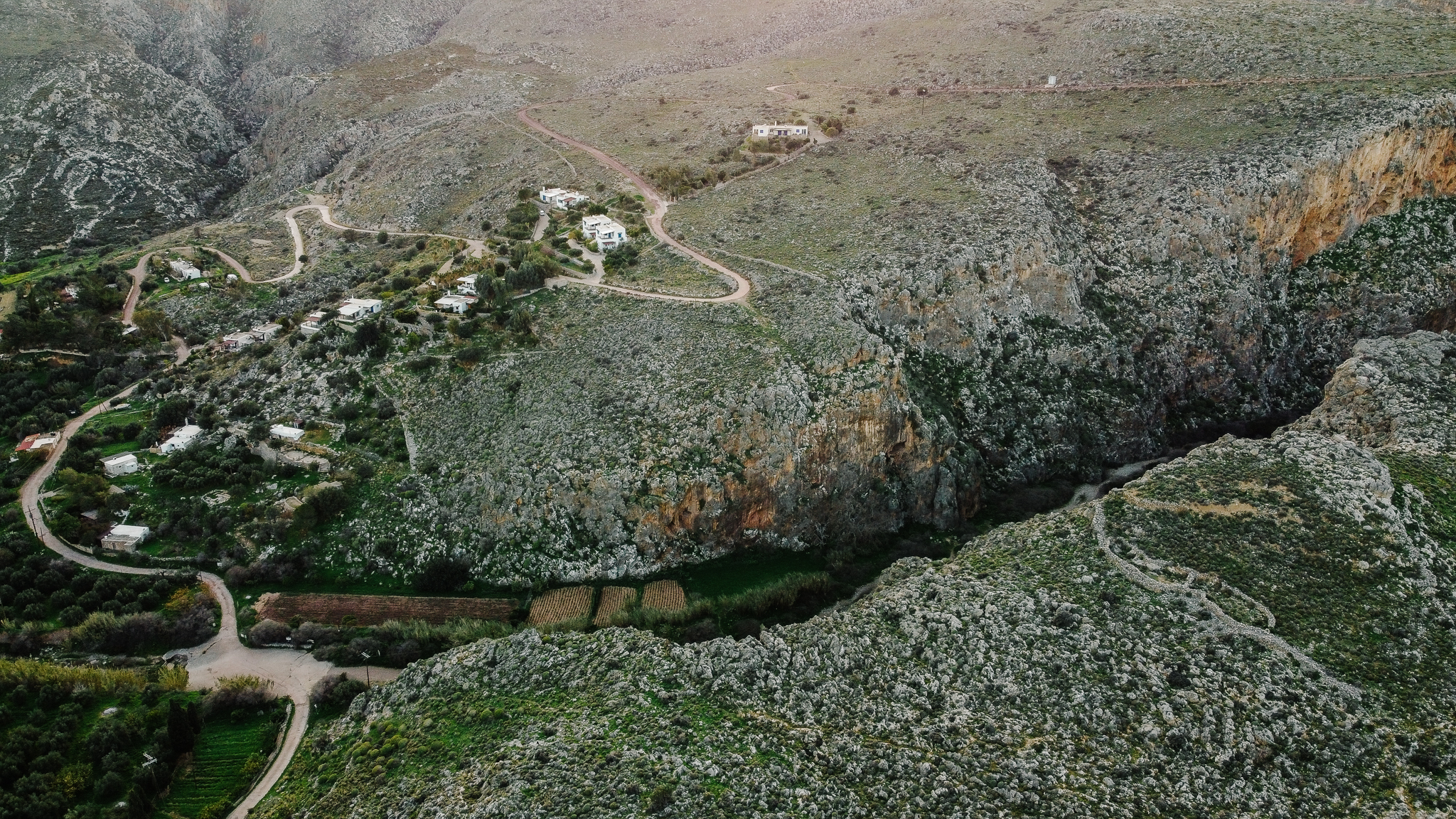
Mastoras Waterfall
Located in the Thripti mountain range and above the village of Monastiraki in Ierapetra, Mastoras Waterfall is one of the most imposing and highest waterfalls in Greece. With a total height of 215 meters, the waters from nearby springs cascade into the wild and difficult-to-access Ha Gorge. While challenging to reach, the waterfall is visible from the gorge's exit.
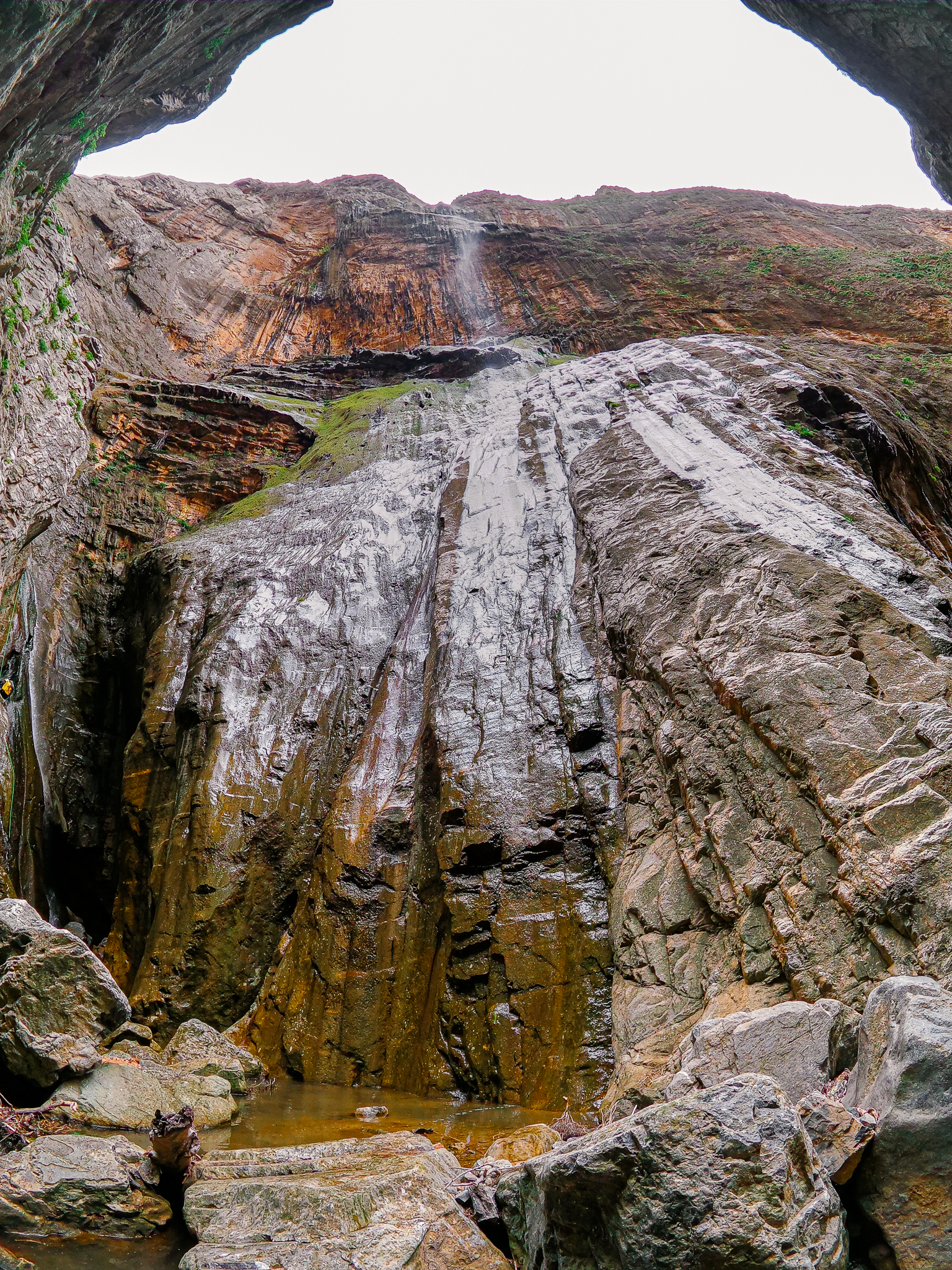
Messara Plain
Stretching between the towering Psiloritis and Asterousia mountain ranges, the Mesara Plain is a fertile oasis that has been the heart of Crete’s agricultural life since Minoan times. Dotted with olive groves, vineyards and ancient villages, this vast plain is a testament to the island’s enduring connection with nature. As you wander through its picturesque landscapes, you’ll uncover the timeless charm of Crete’s rural heritage.
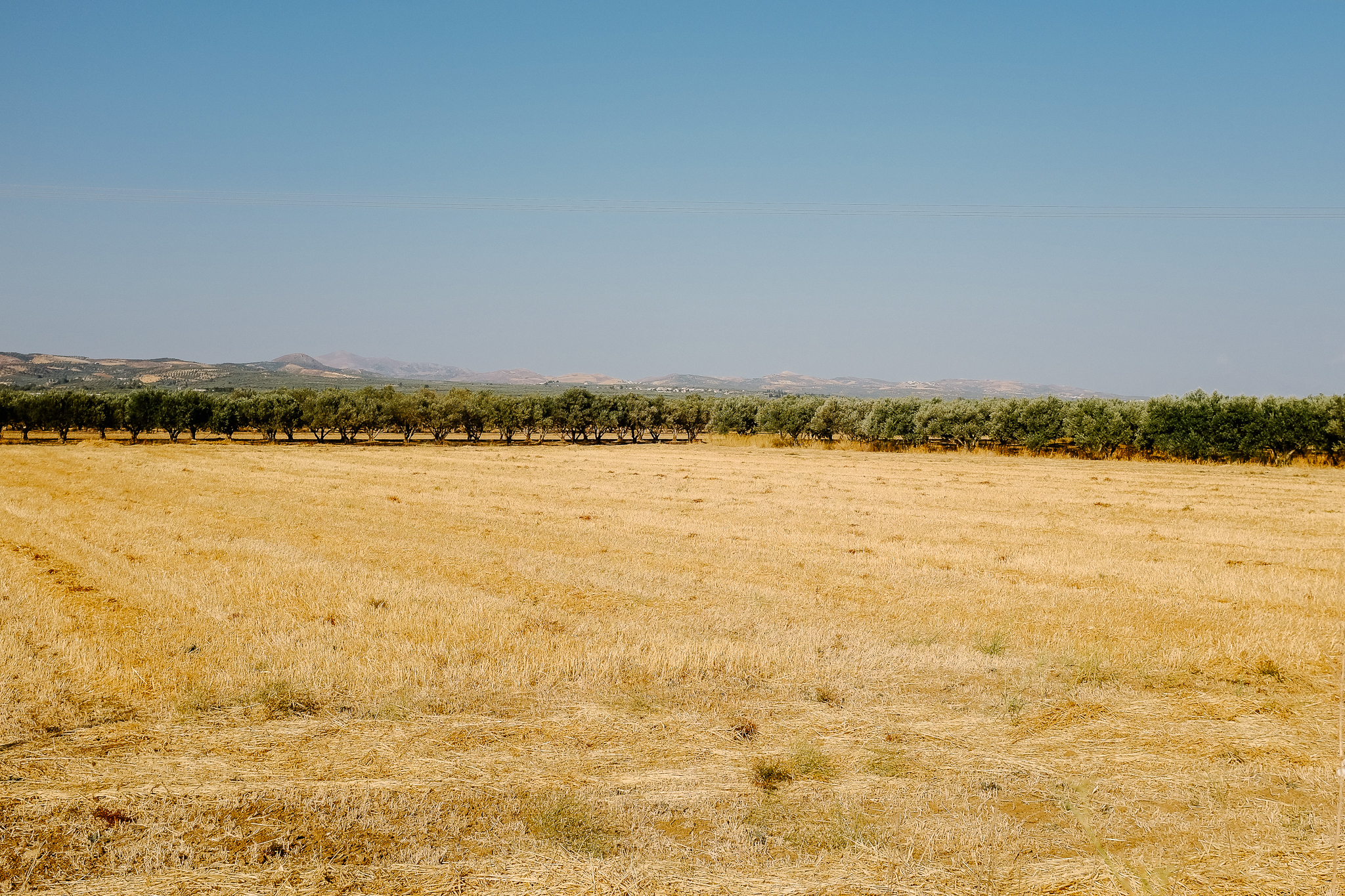
Aposelemi Dam
The Aposelemi Dam is not just a vital water source for Crete—it’s a striking landmark where nature and engineering collide. At its heart lies the artificial lake, the largest on the island, which has become a haven for wildlife. On its shores, the partially submerged village of Sfentyli emerges dramatically when water levels recede, adding an air of mystery to this fascinating location.

Agios Nikitas Palm Forest
Tucked away in a secluded ravine, the Agios Nikitas Palm Forest is a lush oasis of Theophrastus palm trees, Crete’s endemic species. Explore its verdant beauty as you make your way to the nearby chapel of Agios Antonios, the Kefalovrisi spring and the historic Monastery of Agios Nikitas. End your journey at the tranquil beach of Agios Nikitas, where solitude and the sea meet in perfect harmony.
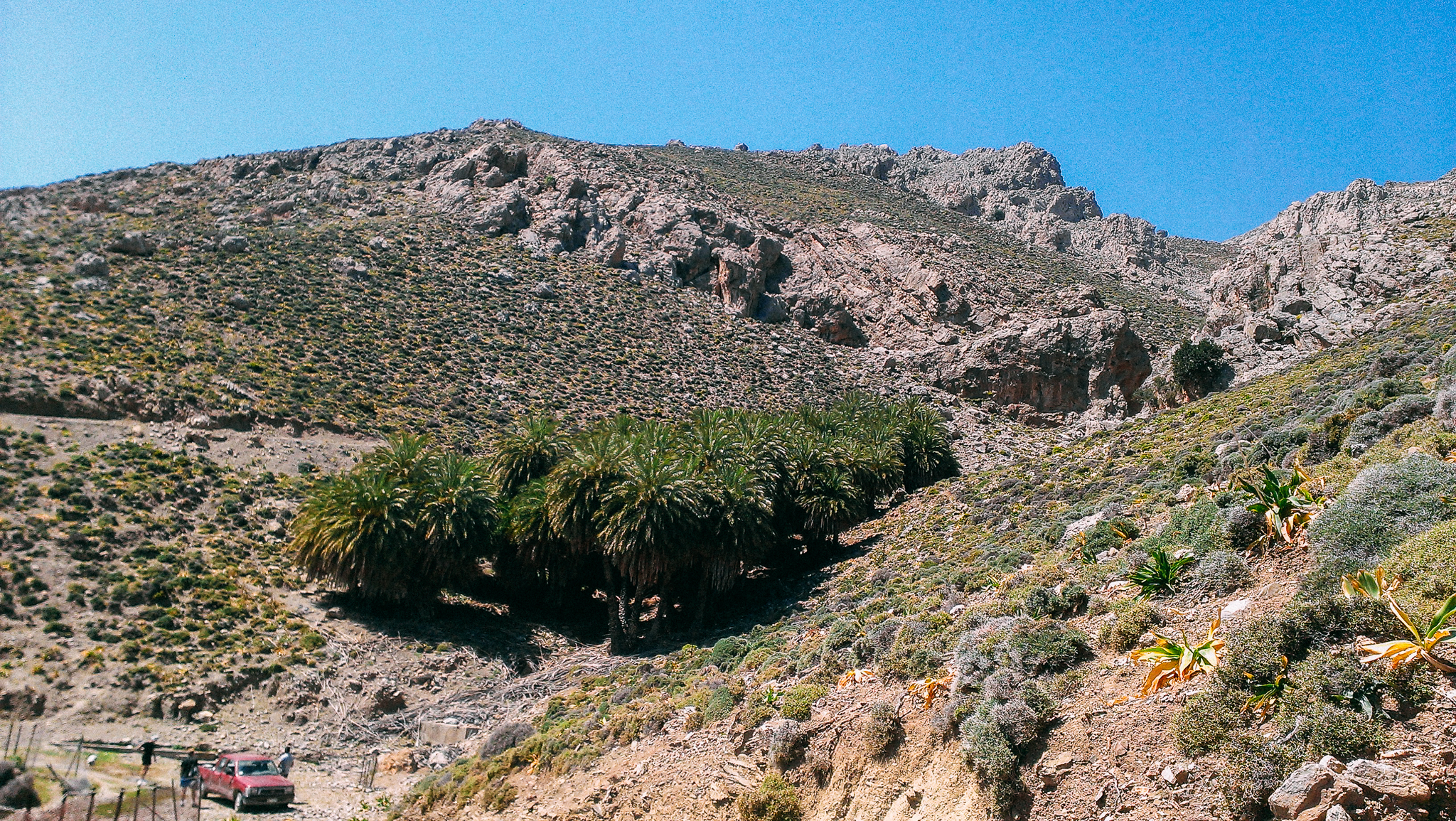
Haroupodasos
Nestled in the remote Asterousia Mountains, Haroupodasos is Crete’s wild, carob-filled forest. The hardy carob trees thrive on the rugged terrain, creating a landscape that is as unique as it is beautiful. Their sweet fruit has sustained locals for centuries and today, this quiet forest offers a peaceful escape for those looking to connect with Crete’s natural heritage.
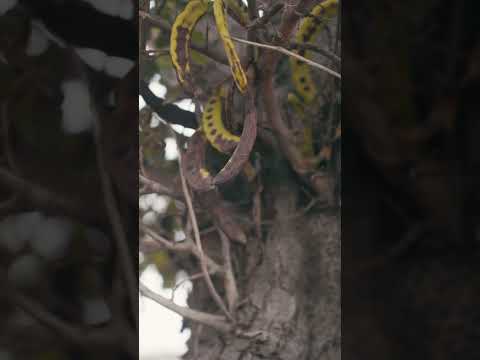
Dia Island
Just northeast of Heraklion lies the enigmatic island of Dia, or Ntia, a tranquil haven that feels like a world away. Uninhabited and untouched, the island is a paradise for nature lovers, offering crystal-clear waters and a unique ecosystem. Once home to Minoan civilization, its ancient ruins whisper tales of a bygone era. Whether you're sailing, hiking, or simply soaking in the serenity, Ntia is a hidden gem of the Cretan Sea.
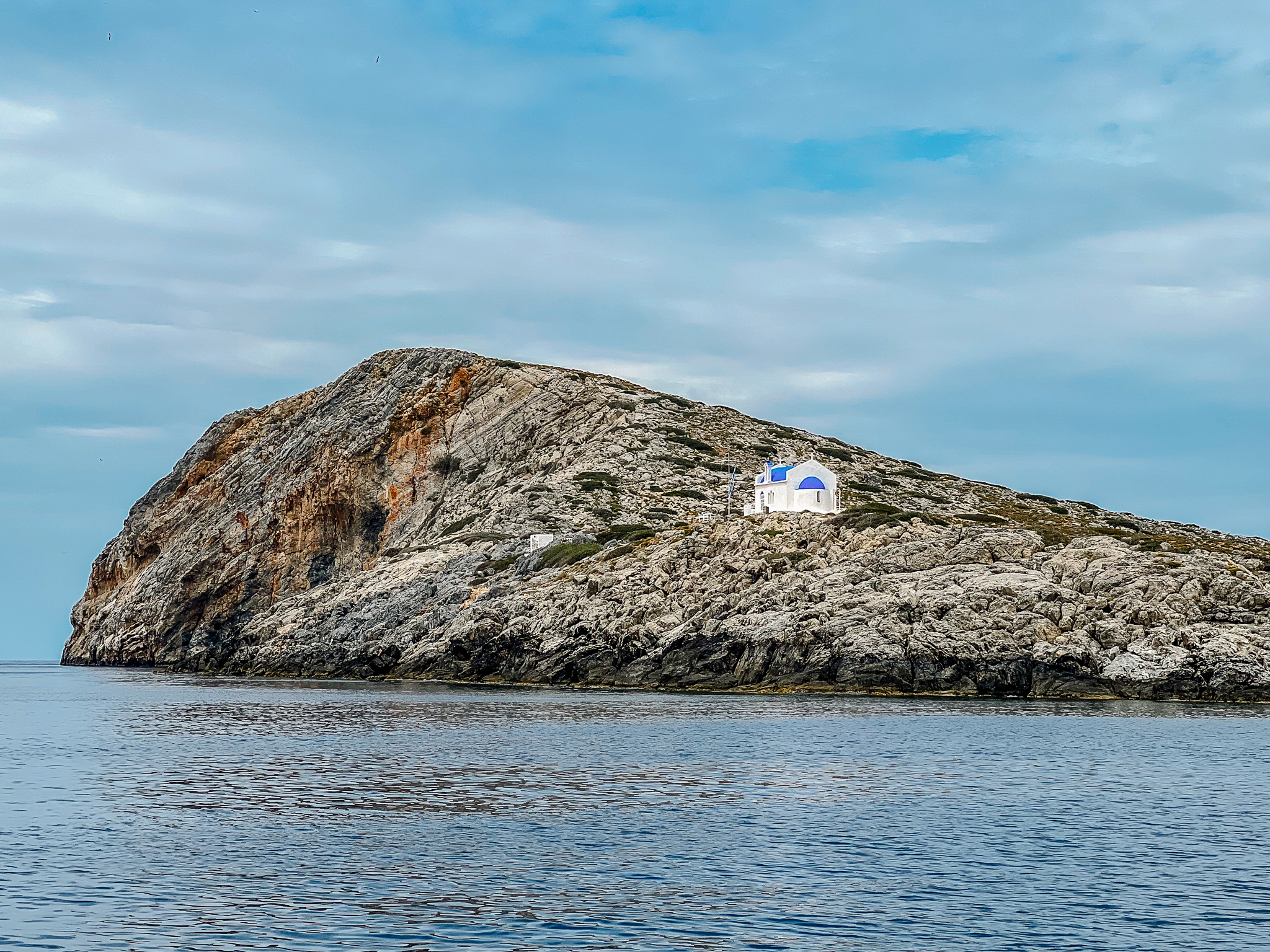
National Parks
Trails
Mountain Desert (White Mountains)
The White Mountains or Samaria National Park, established in 1962, is one of Greece's first national parks. Covering 48,480 acres, its core is the Samaria Gorge and it includes the mountainous desert of the White Mountains and the Sfakian coastline. The park is known for its rich flora and fauna and unique topography.

Sfakia coastline
Tucked within the White Mountains National Park (Samaria), the Sfakian coastline reveals one of Crete's most dramatic seascapes. Here, in the southern reaches of Chania, towering limestone cliffs plunge into the crystalline waters of the Libyan Sea, creating a string of intimate, secluded coves that feel worlds away from the island's more frequented shores. These pristine beaches, accessible primarily through ancient gorge paths, offer an adventure-meets-serenity experience that's increasingly rare in the Mediterranean. To reach them, travelers must traverse some of Crete's most iconic gorges – the legendary Samaria, the vertiginous Aradena, the verdant Agia Irini and the historic Imbros. Each descent through these natural corridors serves as a dramatic prelude to the azure rewards that await.
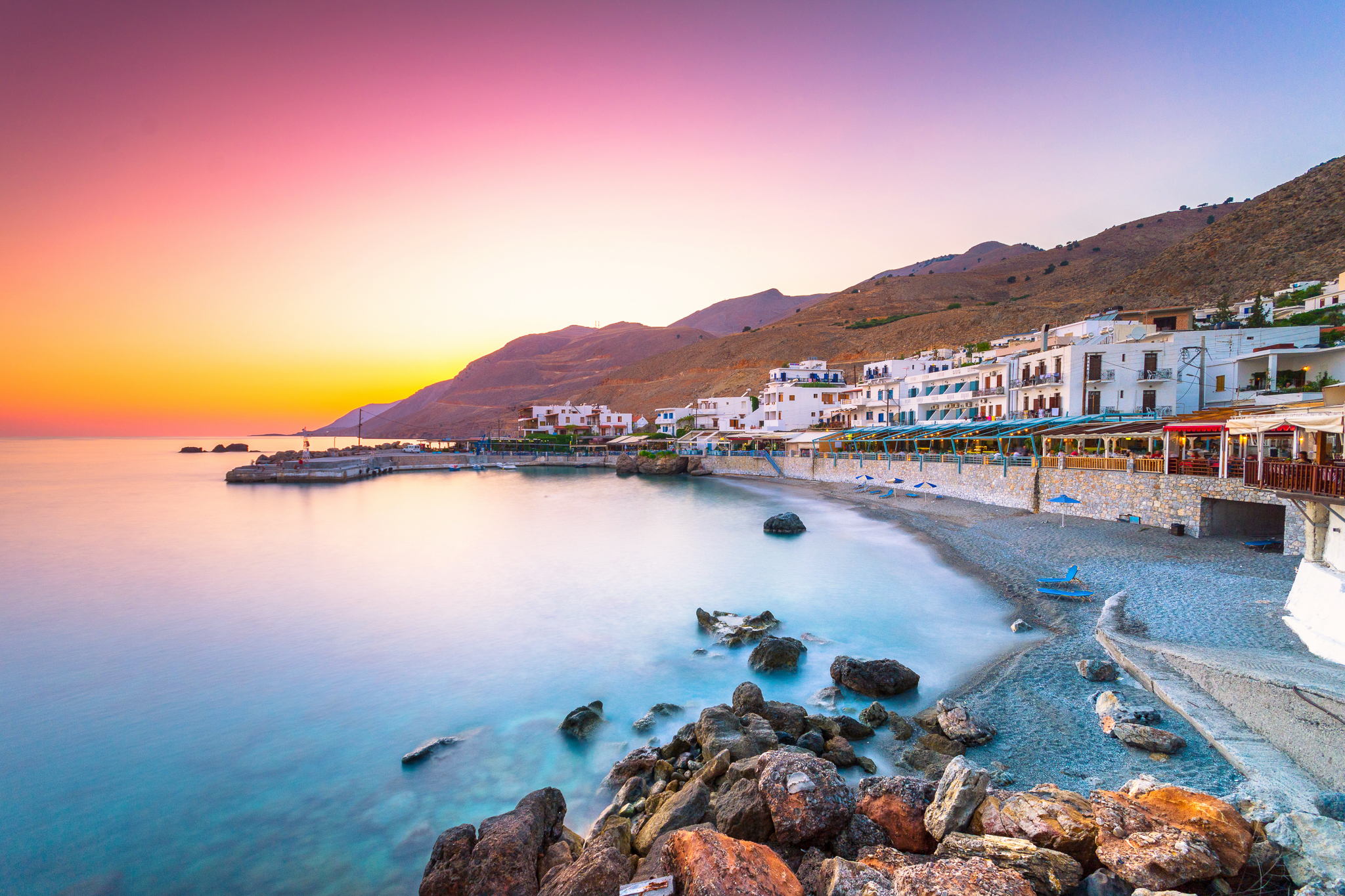
Path of Maroula
Starting from the traditional settlement of Maroula, which has preserved its Venetian architecture, a hiking trail intersects with the European path E4. These "shepherds' paths" traverse a unique natural landscape, offering views of the Gulf of Rethymno to the north, the White Mountains to the west and Psiloritis to the south.
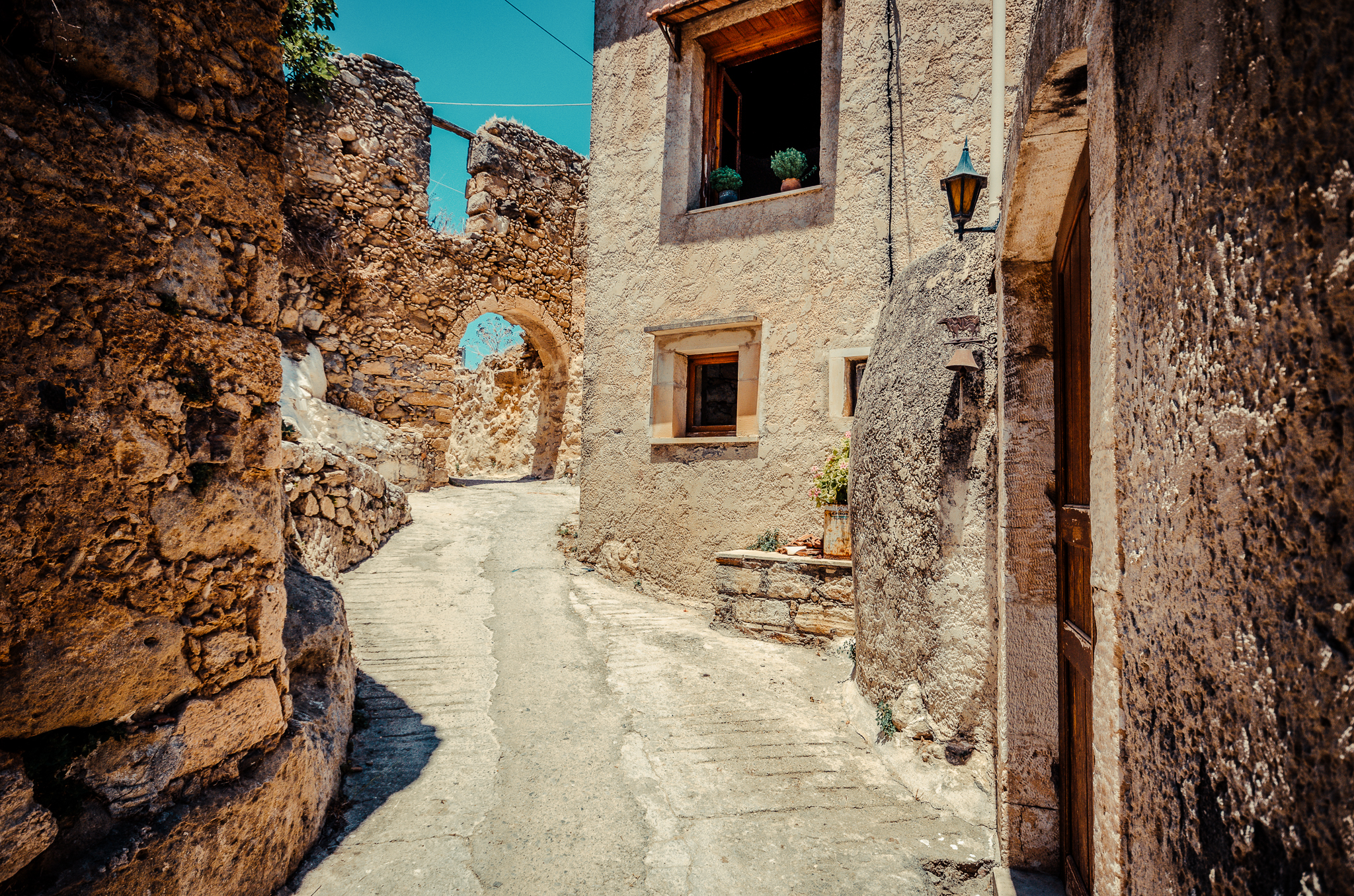
Mili Gorge
The abandoned village of Myli and a cluster of watermills in the middle of the gorge give this unique natural attraction its name. The Gorge of the Mills is a popular destination for hikers due to its easy accessibility, as it is more of a narrow valley nestled between hills with lush vegetation.
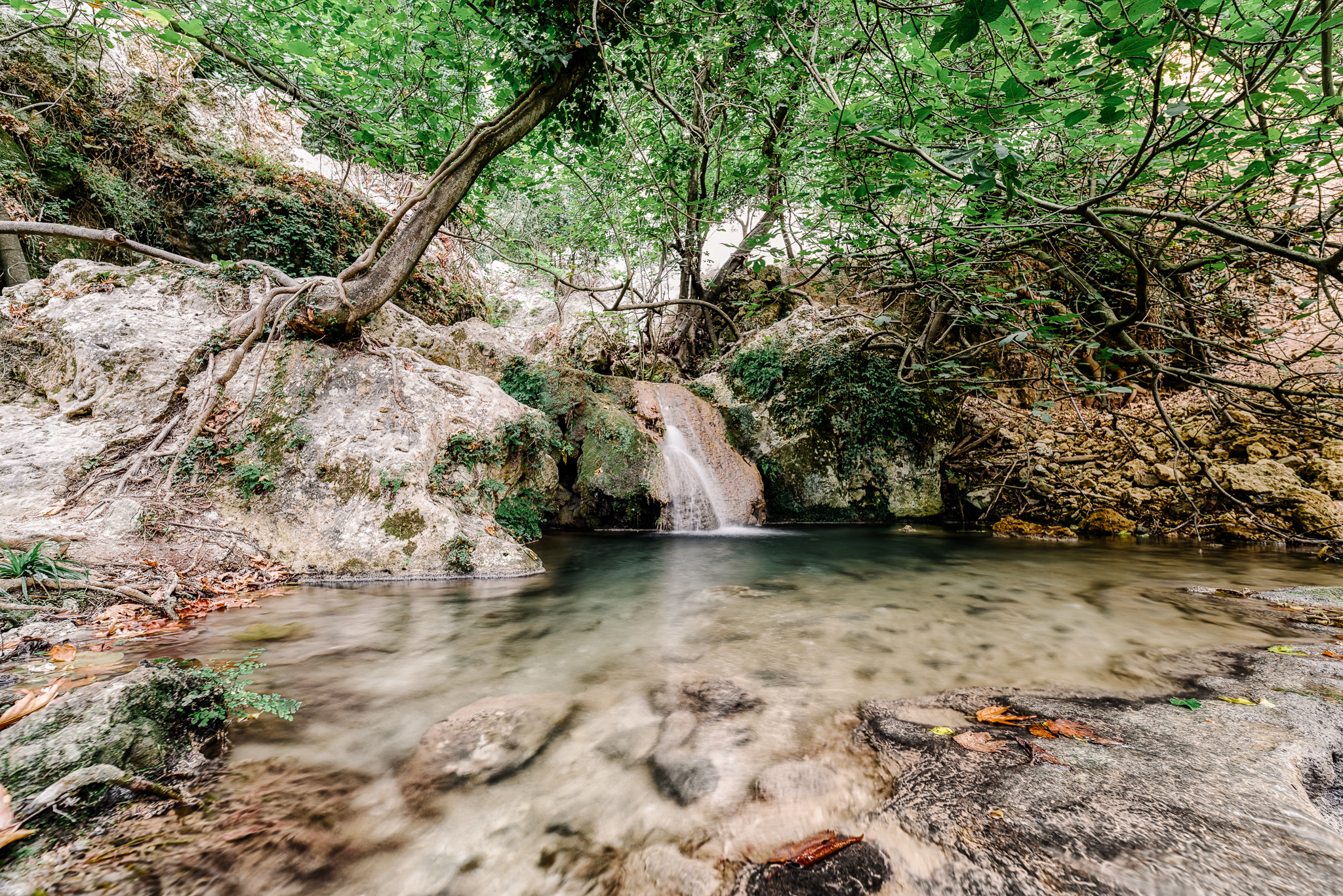
Selakano Forest
South of Dikti's Afentis Christos peak, Selakano Forest is a scenic pine woodland. It is part of the Natura 2000 network, highlighting the forest's significance as a vital ecosystem. Renowned for its natural beauty, Selakano also serves as a sanctuary for beekeeping, playing a key role in local biodiversity conservation efforts. The forest offers both hiking opportunities and it is easily accessible.
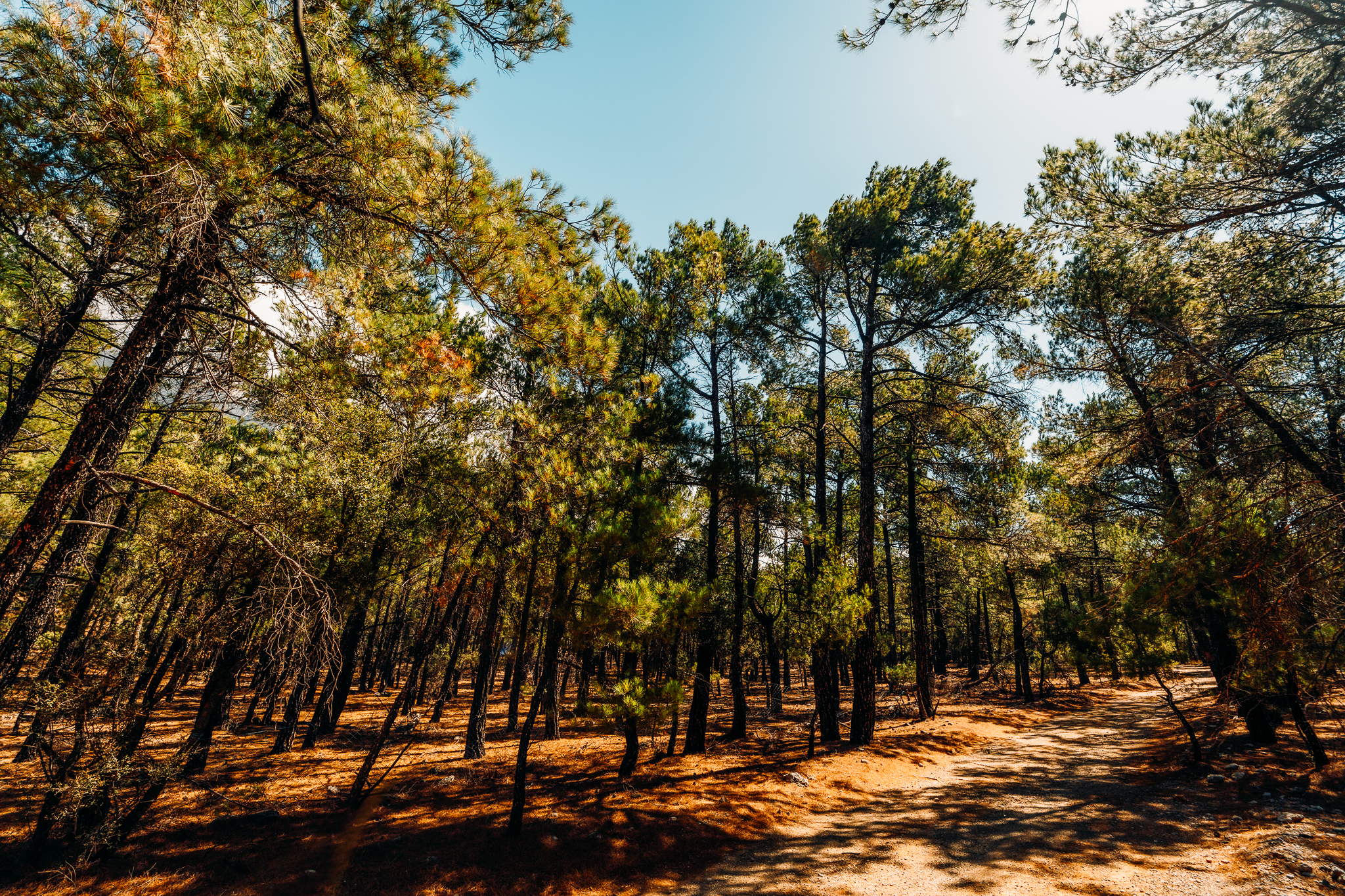
Dikti Hiking Routes
The Dikti mountain range in eastern Crete is traversed by extensive hiking trails, including segments of the E4 European path. This trail crosses the mountain range from the Lassithi Plateau to the Selakano Forest.

Gorge of the Dead
Despite its ominous name, the Gorge of the Dead, also known as Zakros Gorge, is famous for its evocative nature. The large caves in its walls contain tombs dating back to the Minoan era. Easily accessible, the gorge is surrounded by significant antiquities and forms part of the E4 European trail.
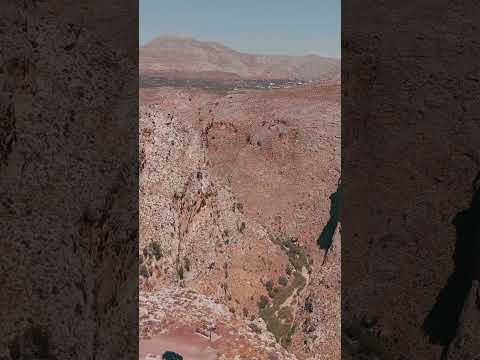
Martsalo
Immerse yourself in Crete’s untamed beauty as you hike through the Martsalo Gorge, a 2-kilometer path that leads to the unspoiled Martsalo Beach. Along the way, visit the ancient Church of Panagia Martsaliani, a serene reminder of Crete’s storied past. The path is adorned with endemic Cretan palm trees, creating a tranquil and exotic atmosphere. Martsalo is a perfect blend of history, nature and coastal charm.
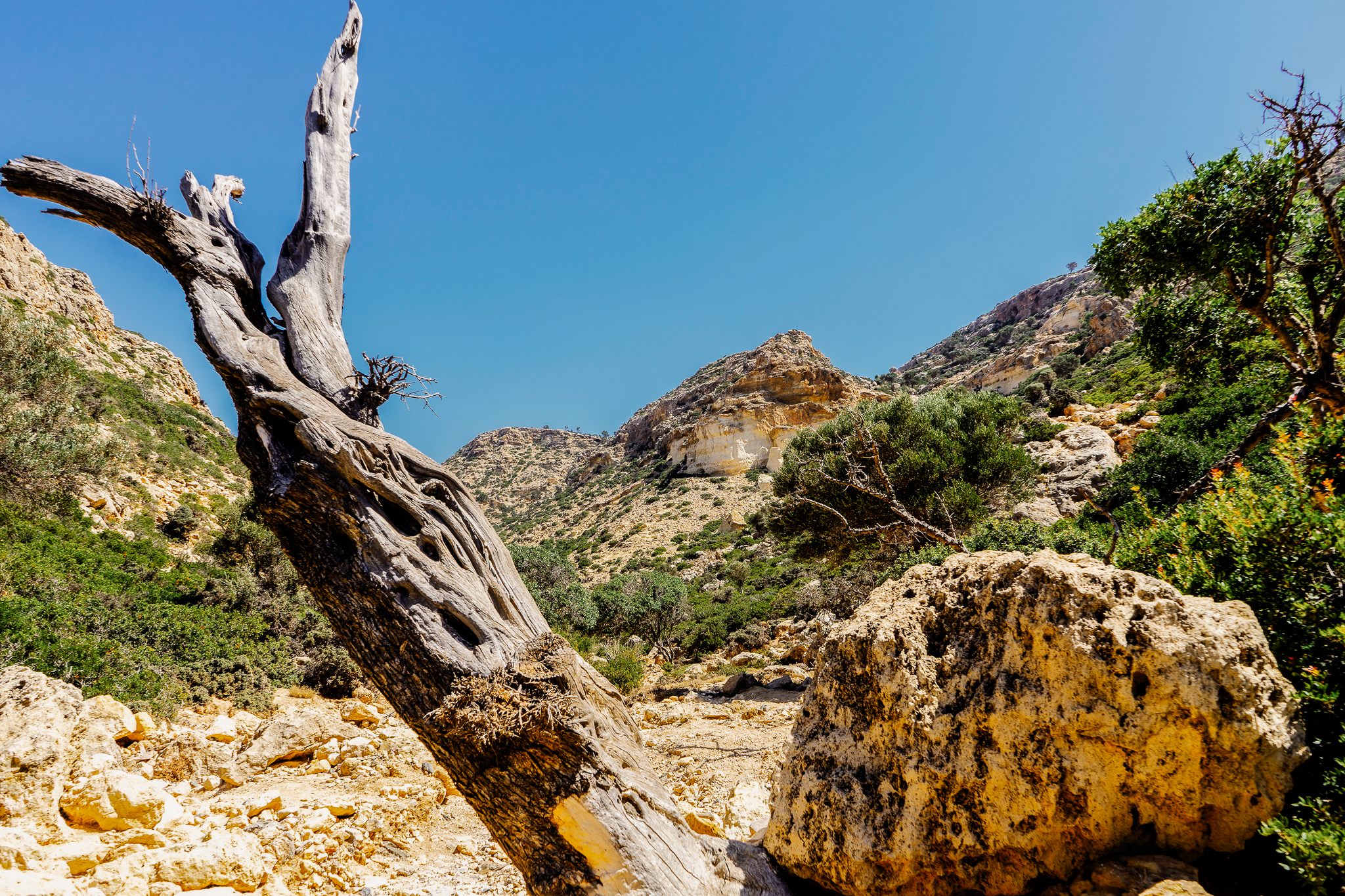
Agios Ioannis Trail / Koudoumas Monastery
The Agios Ioannis Trail is a picturesque 3-kilometer path through the serene Asterousia Mountains, connecting the tranquil village of Agios Ioannis Kapetanianos with the historic Koudoumas Monastery. Along the way, wander through fragrant pine forests, discover pristine beaches and visit the mystical Cave of Agios Antonios. This charming trail is a journey into Crete’s spiritual and natural beauty.

Gorges
Aradaina Gorge
In the Sfakia region, this exceptionally deep and impressive 15 km-long gorge begins at the underground river of the Drakolaki Cave in the White Mountains. The popular hiking trail begins at the deserted village of Aradena, where a metal bridge, renowned for bungee jumping, spans the gorge. The trail ends at the charming pebble beach of Marmara.
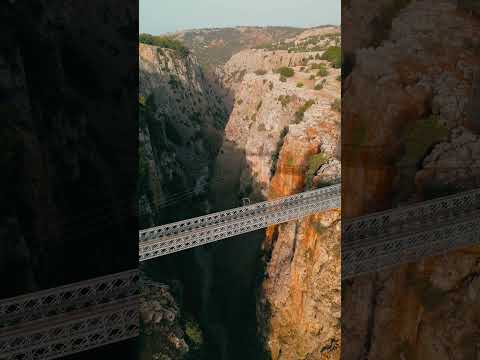
Therisou Gorge
Close to Chania, the Theriso Gorge begins near the historic village of Theriso and can be navigated by road through dense vegetation. Both the village and gorge are associated with revolutionary activities during the Turkish occupation, particularly the 1905 revolution led by Eleftherios Venizelos, which advocated for Crete's union with Greece.
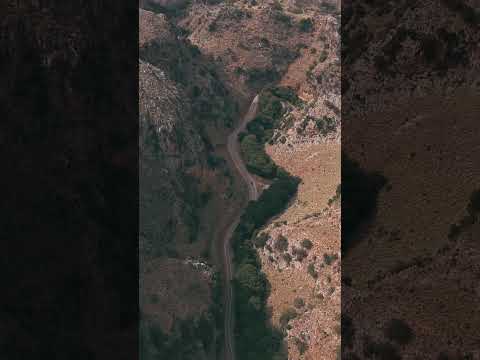
Agia Irini Gorge
West of the White Mountains, near the village of Agia Irini, this popular 7.5 km-long gorge, part of the E4 trail, ends at the seaside village of Sougia. Known for its lush vegetation, it also holds a historical significance, with ancient settlements and serving as a refuge during the Turkish occupation.
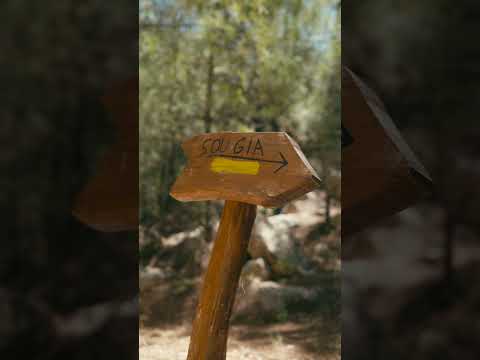
Samaria Gorge
The most renowned gorge in Greece, recognized as a UNESCO Biosphere Reserve and National Park, starts at the Omalos Plateau and ends at Agia Roumeli on the Libyan Sea. Part of the European E4 trail, the 26 km-long Samaria Gorge is accessible in summer. It features deep, imposing ravines, streams and springs and is a sanctuary for the Cretan wild goat.
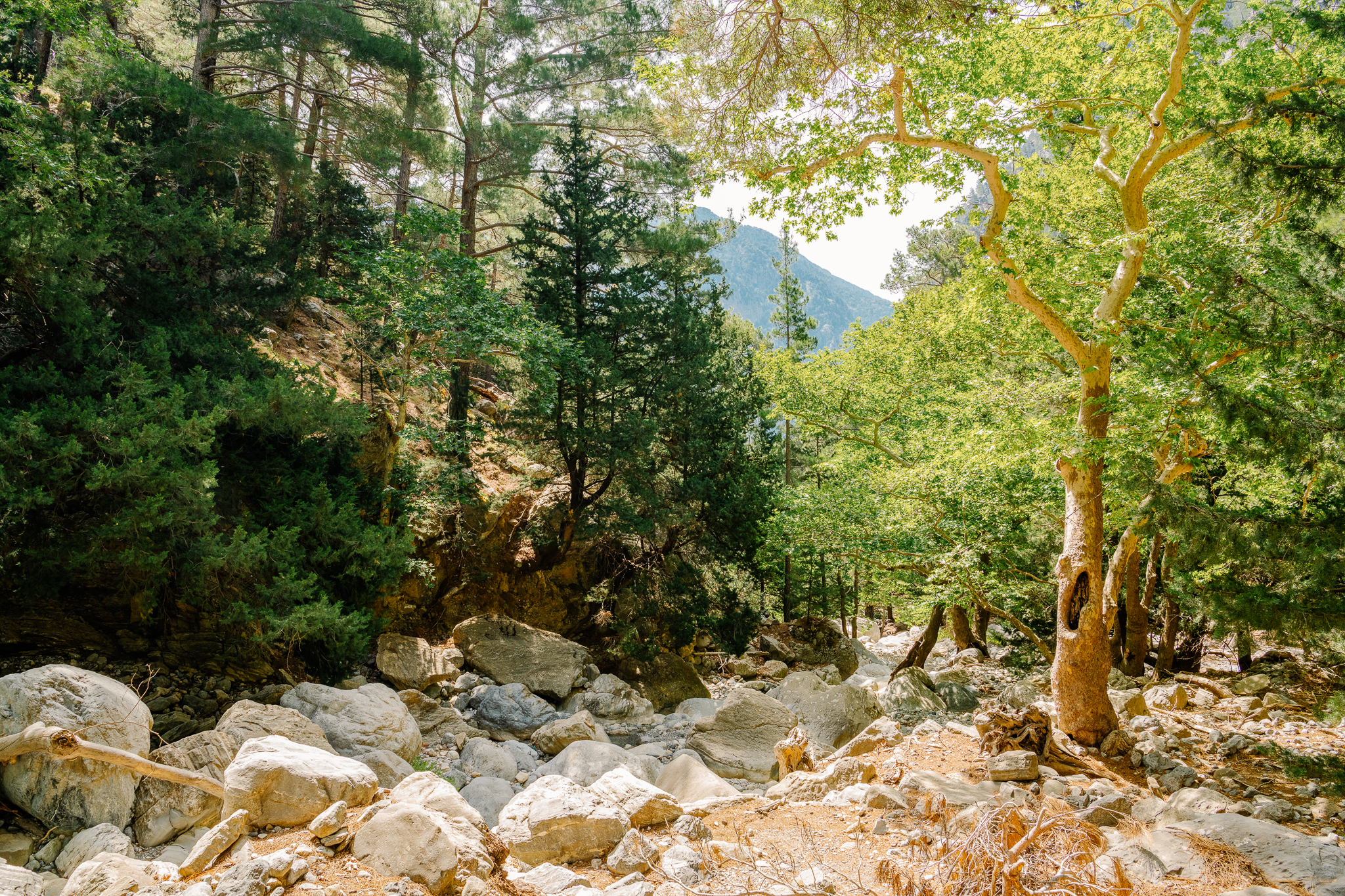
Mylon Gorge
The abandoned village of Myli and a cluster of watermills in the middle of the gorge give this unique natural attraction its name. The Gorge of the Mills is a popular destination for hikers due to its easy accessibility, as it is more of a narrow valley nestled between hills with lush vegetation.

Agios Antonios Patsos Gorge
In a lush area, Patsos or Agios Antonios Gorge is located. Close to the village of Patsos, it is known for the unique Church of Agios Antonios inside a cave. The gorge is easily accessible, with impressive waterfalls for hikers to admire.
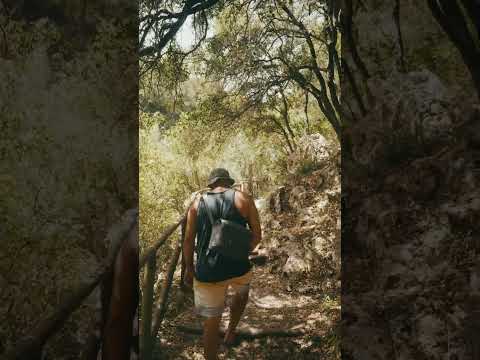
Kourtaliotis Gorge
The Kourtaliotis Gorge, also known as Kourtaliotiko, is renowned for its imposing rocky slopes that reach heights of up to 600 meters and contain numerous caves. As strong winds pass through the hollows in the rocks, they create a characteristic whistling sound, known as "kurtala" or rattles, which is the origin of the gorge's name according to tradition. The Kourtaliotis River runs through the gorge and flows into Preveli Beach. An impressive waterfall forms beneath the sources of the gorge, making it a notable feature worth mentioning.
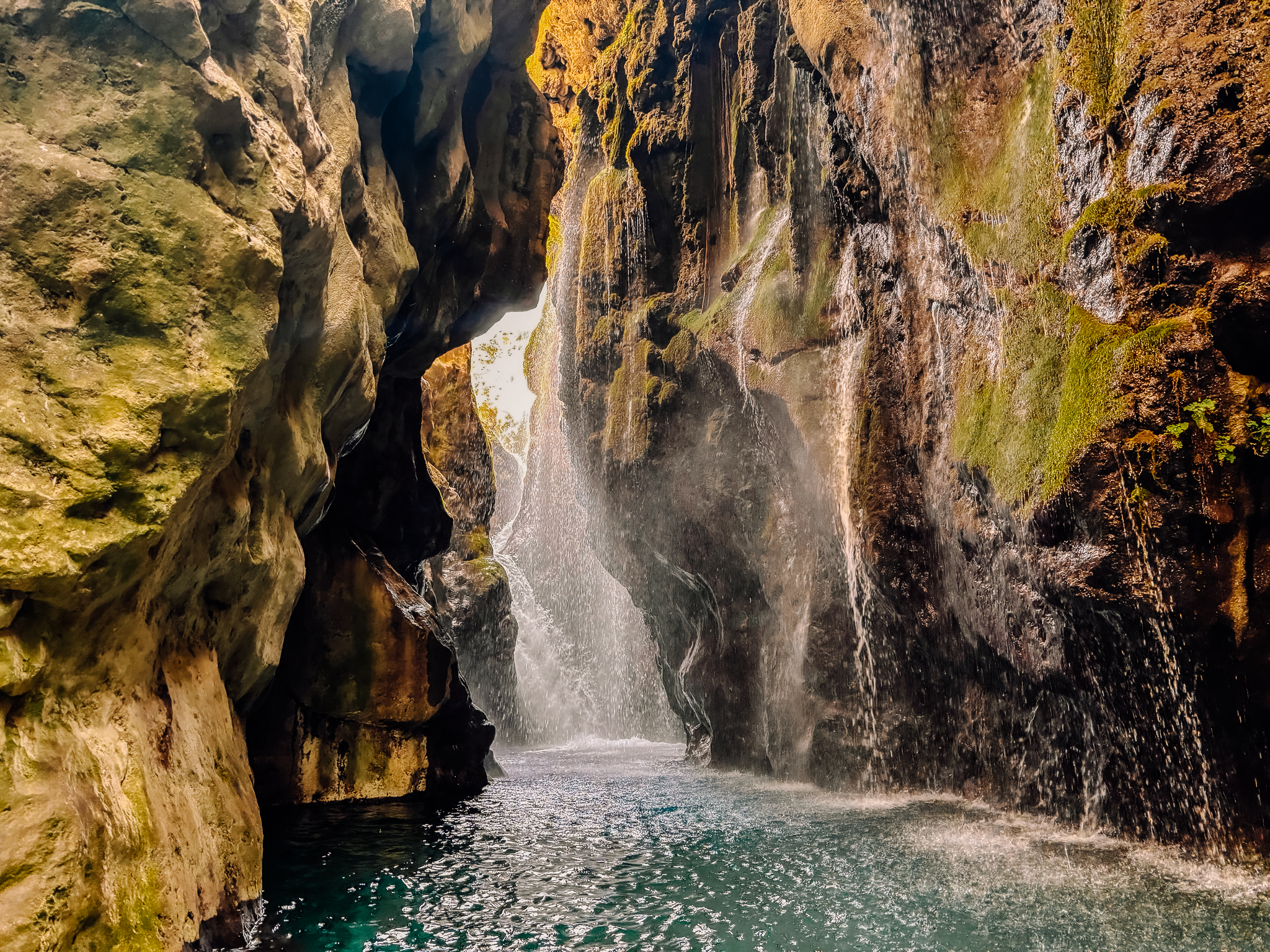
Ha Gorge
Located on the western side of Mount Tryptis, Ha Gorge is known for its steep rock formations and waterfalls. Due to its challenging terrain, crossing the gorge, requires specialized climbing equipment and training. At the entrance, there is a Byzantine chapel dedicated to Agia Anna. The gorge's name comes from the Greek verb "chasko," meaning to form a chasm or rift, reflecting its distinctive morphology.
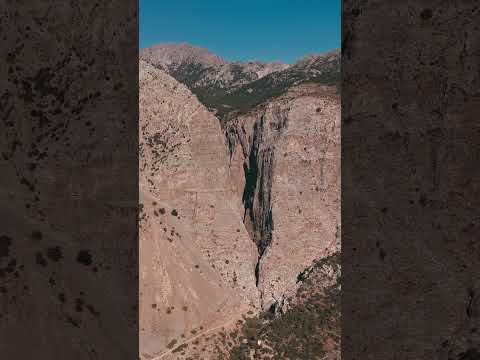
Sarakina Gorge
The Sarakina Gorge is a short yet remarkable walking gorge in Crete. It is characterized by its imposing, steep walls that rise up to 150 meters. The abundant water flowing through the gorge creates impressive waterfalls and small lakes.
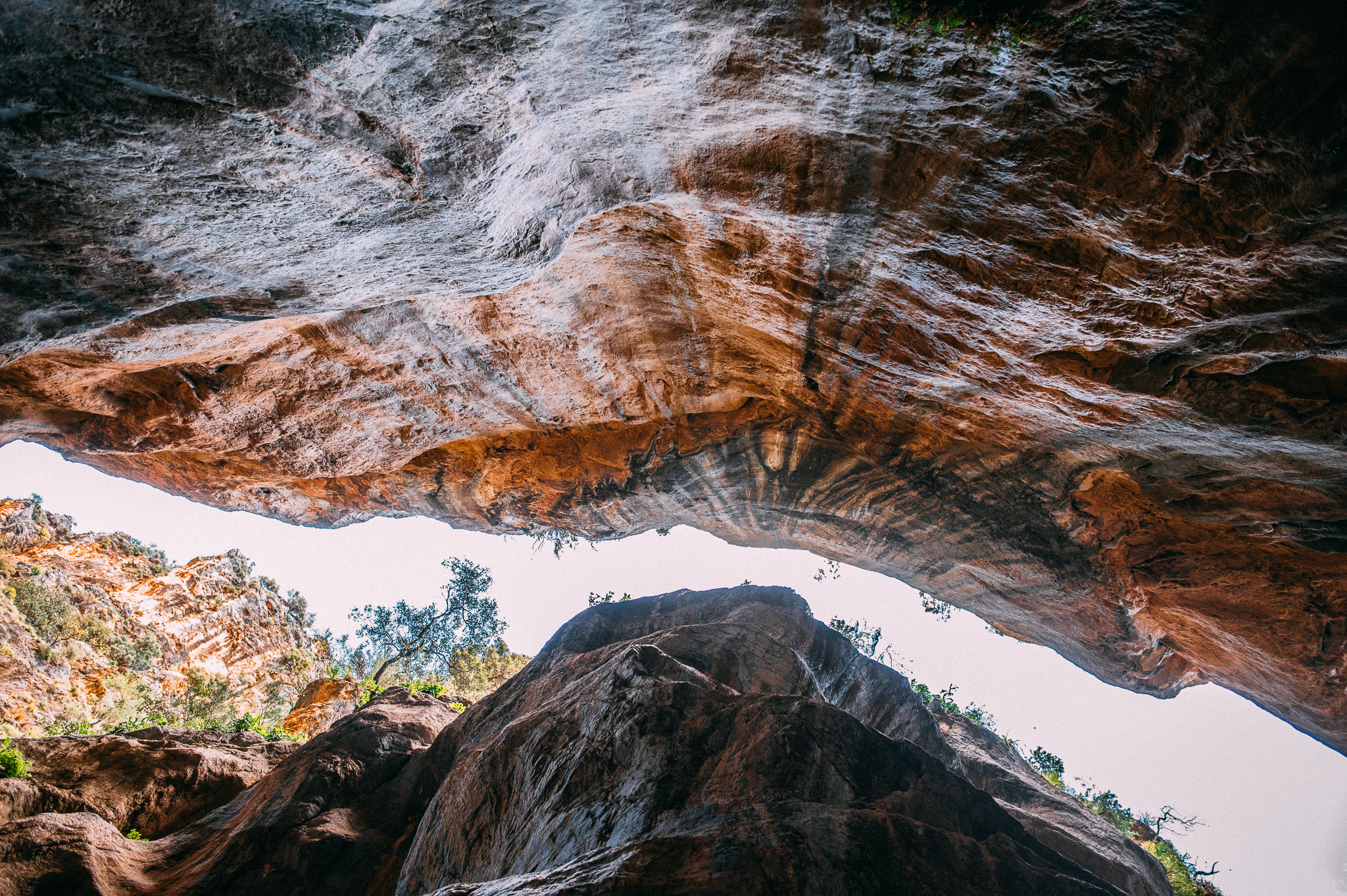
Richtis Gorge
Stretching for 3 km, the Richtis Gorge begins at the village of Exo Mouliana and ends at Richtis Beach. The gorge collects a significant amount of water from nearby streams and features a notable 20-meter-high waterfall. At the start of the hiking trail, visitors will come across the stone-arched Lachanas Bridge.
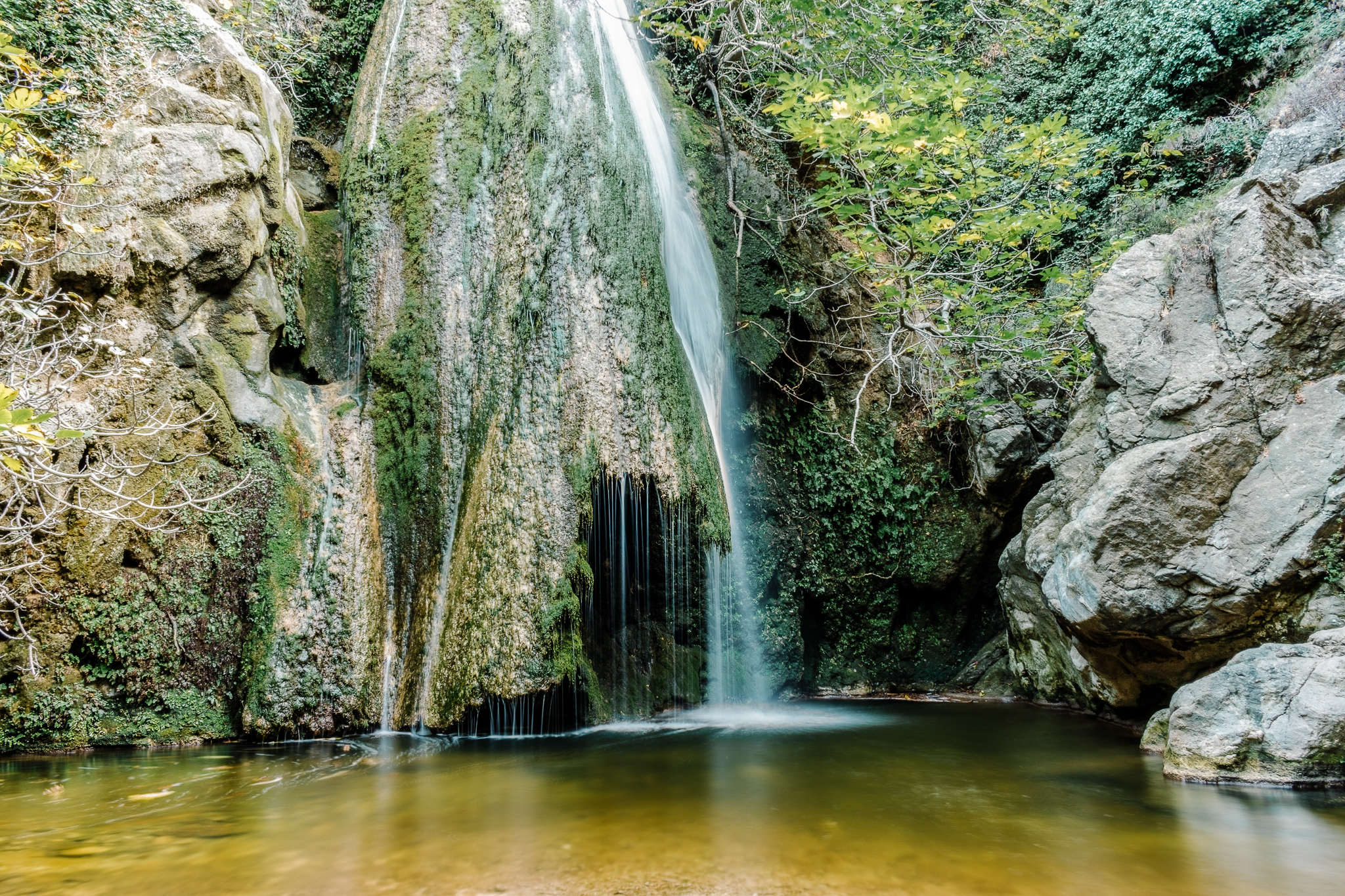
Astrakiano Gorge
Lush, verdant and teeming with life, Astrakiano Gorge is a hiker’s paradise on Heraklion's eastern edge. Stretching nearly 20 kilometers, this scenic wonder is a treasure trove of natural beauty, from flowing streams to vibrant flora. The highlight? The Neraidospilios or Fairy Cave of Astrakoi, a mystical cavern with an enchanting lake hidden within. Whether you're trekking through its pathways or simply basking in its serenity, Astrakiano Gorge is an unforgettable journey into Crete’s wild heart.
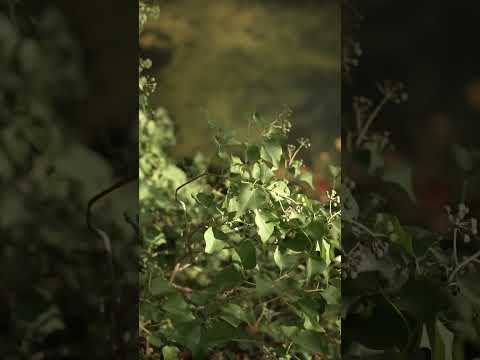
Arvis Gorge
For thrill-seekers and nature lovers alike, Arvis Gorge is a dramatic spectacle of rugged cliffs, cascading waterfalls and hidden caves. This challenging terrain, accessible only with ropes and climbing gear, rewards adventurers with sights like the "Kapnistis" (Smoker) waterfall, an awe-inspiring 85-meter cascade. From the pine forests at its entrance to the fertile plains at its end, Arvis Gorge is a natural playground that dares you to explore its secrets.
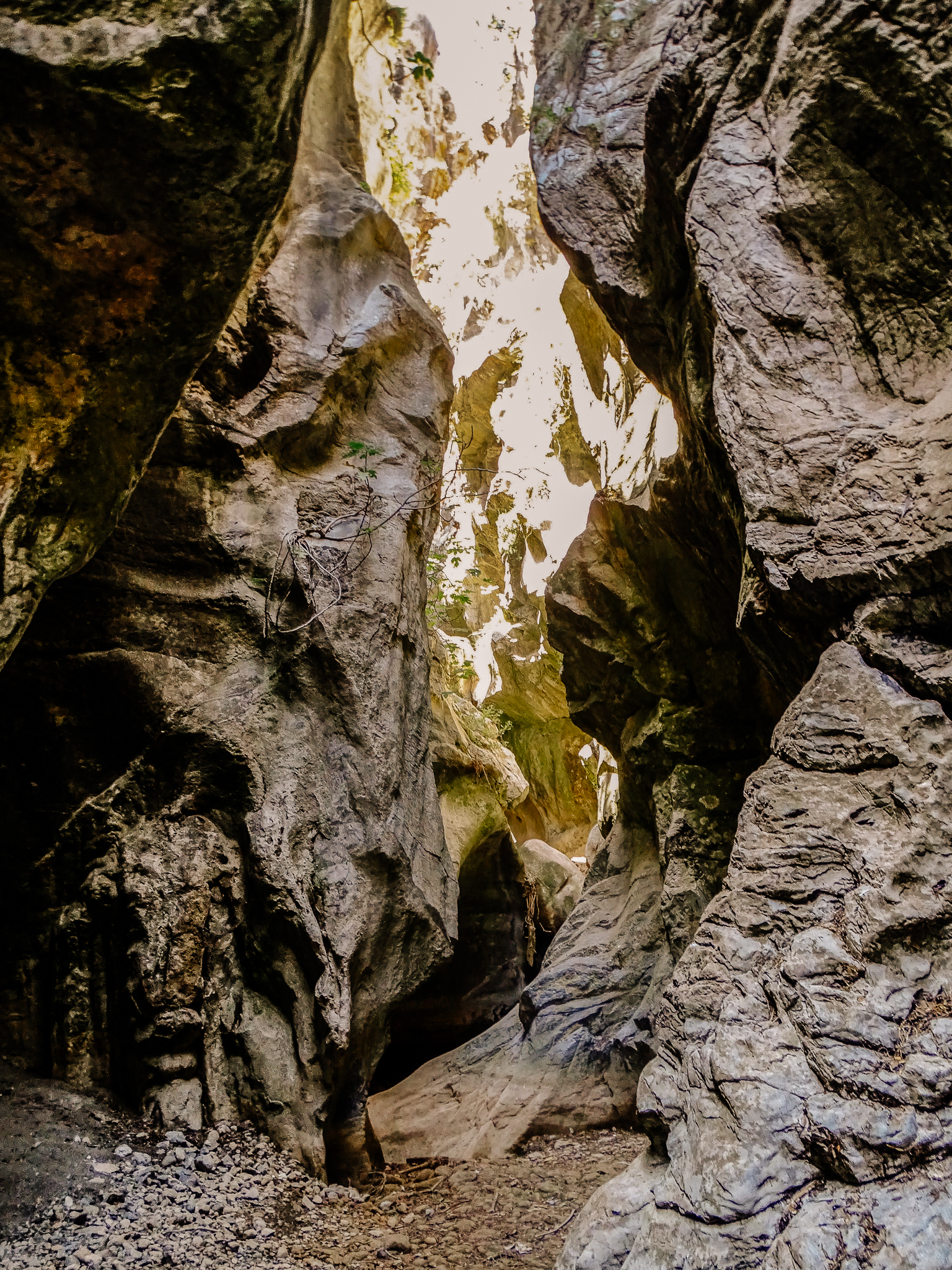
Trypitis Gorge
Winding its way through the rugged landscape of Vasiliki to a secluded beach on the Libyan Sea, Trypitis Gorge is a 4-kilometer adventure waiting to be explored. Along the way, discover the historic Church of Panagia Trypiti, a spiritual haven perched in nature's solitude. Marvel at the ancient olive tree of Agios Savvas, a living symbol of Crete’s enduring beauty. A hike through this breathtaking gorge is a feast for the senses and a reminder of the island’s wild, untamed spirit.
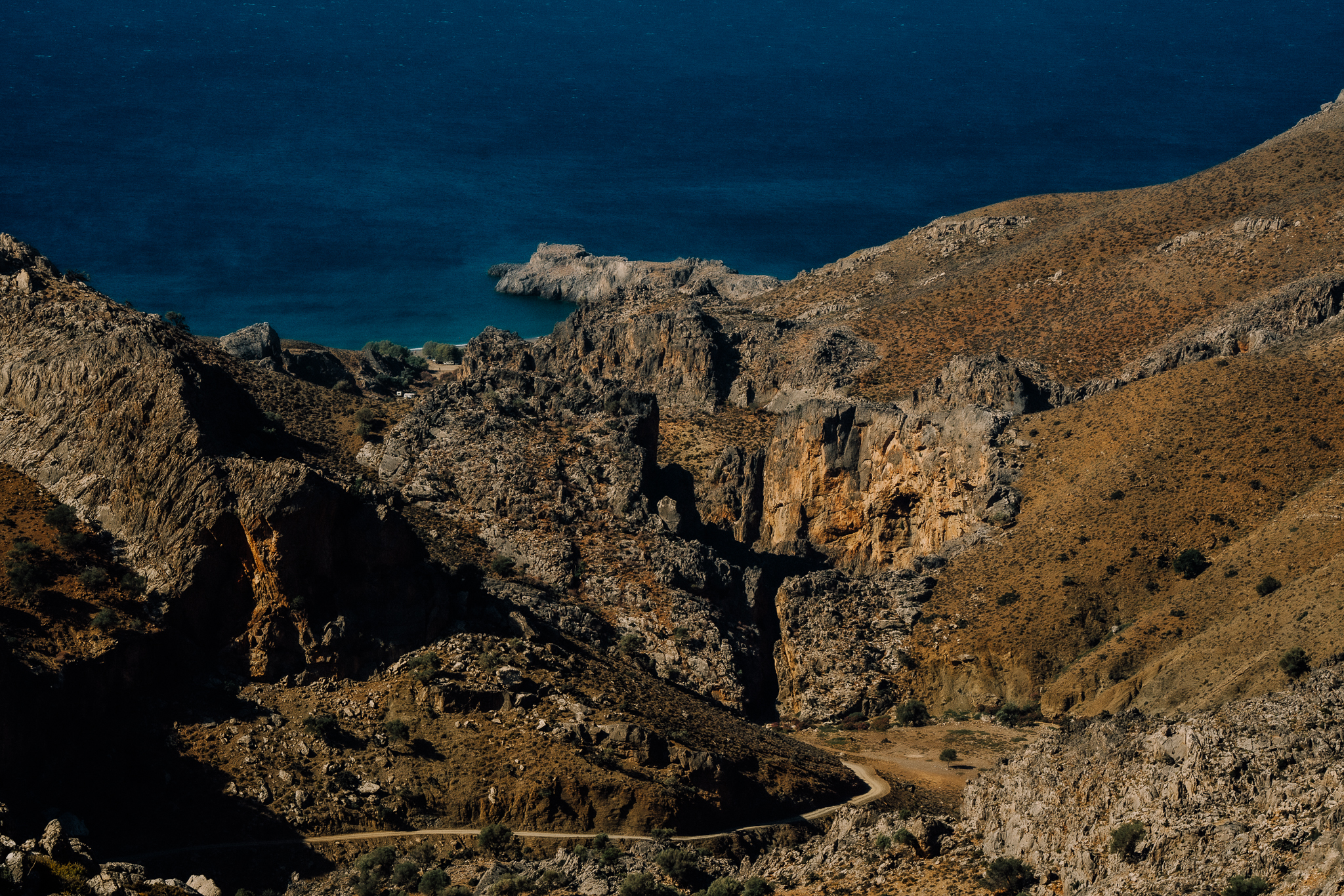
Agiofarago
Step into a world of mysticism and natural beauty at Agiofarago, the "Gorge of the Saints." Named for the ascetic hermits who once called its caves home, this gorge is a serene escape for nature lovers and history enthusiasts alike. At its heart lies the ancient church of Agios Antonios, a spiritual oasis nestled among towering cliffs. Whether you're hiking the scenic trails or marveling at the gorge's ethereal stillness, Agiofarago offers a journey back in time and into nature's embrace.
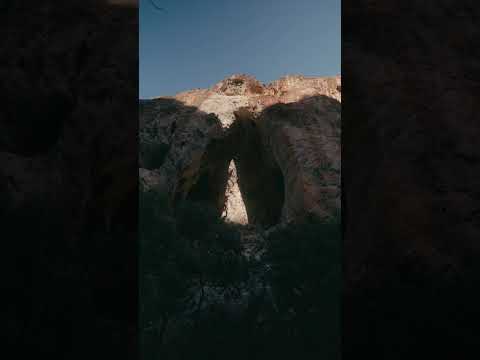
Parks
White Mountains National Park
The White Mountains or Samaria National Park, established in 1962, is one of Greece's first national parks. Covering 48,480 acres, its core is the Samaria Gorge and it includes the mountainous desert of the White Mountains and the Sfakian coastline. The park is known for its rich flora and fauna and unique topography.
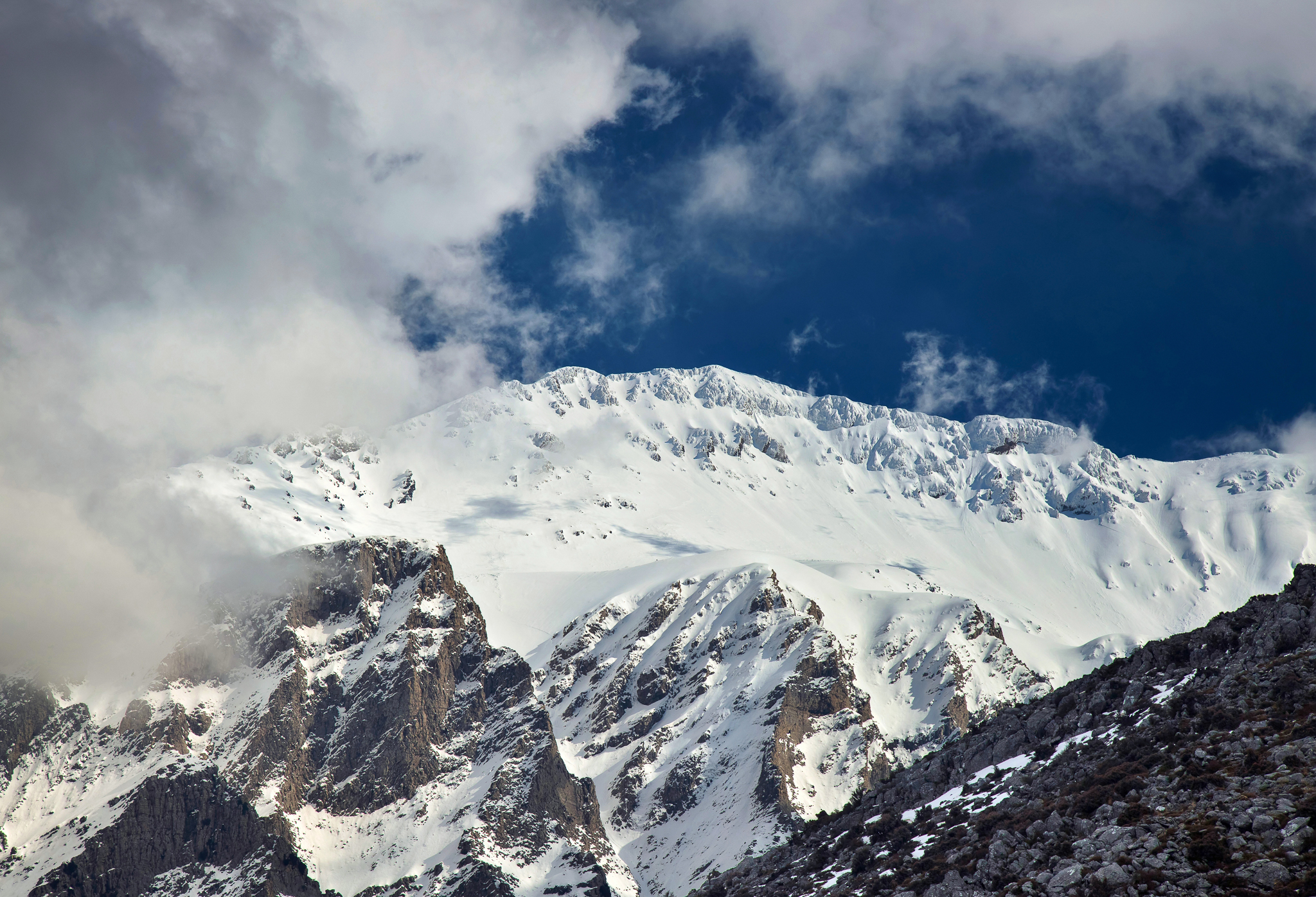
Psiloritis Natural Park
Psiloritis Natural Park, located in the heart of Crete, encompasses the Psiloritis mountain range, stretching from its southern edges in Messara and the Amari Plateau to its northern extension into the Kouloukonas mountain range and the Cretan Sea. The park is renowned for its rich geodiversity and significant historical heritage. It is recognized as part of both the European and World Geoparks Network.
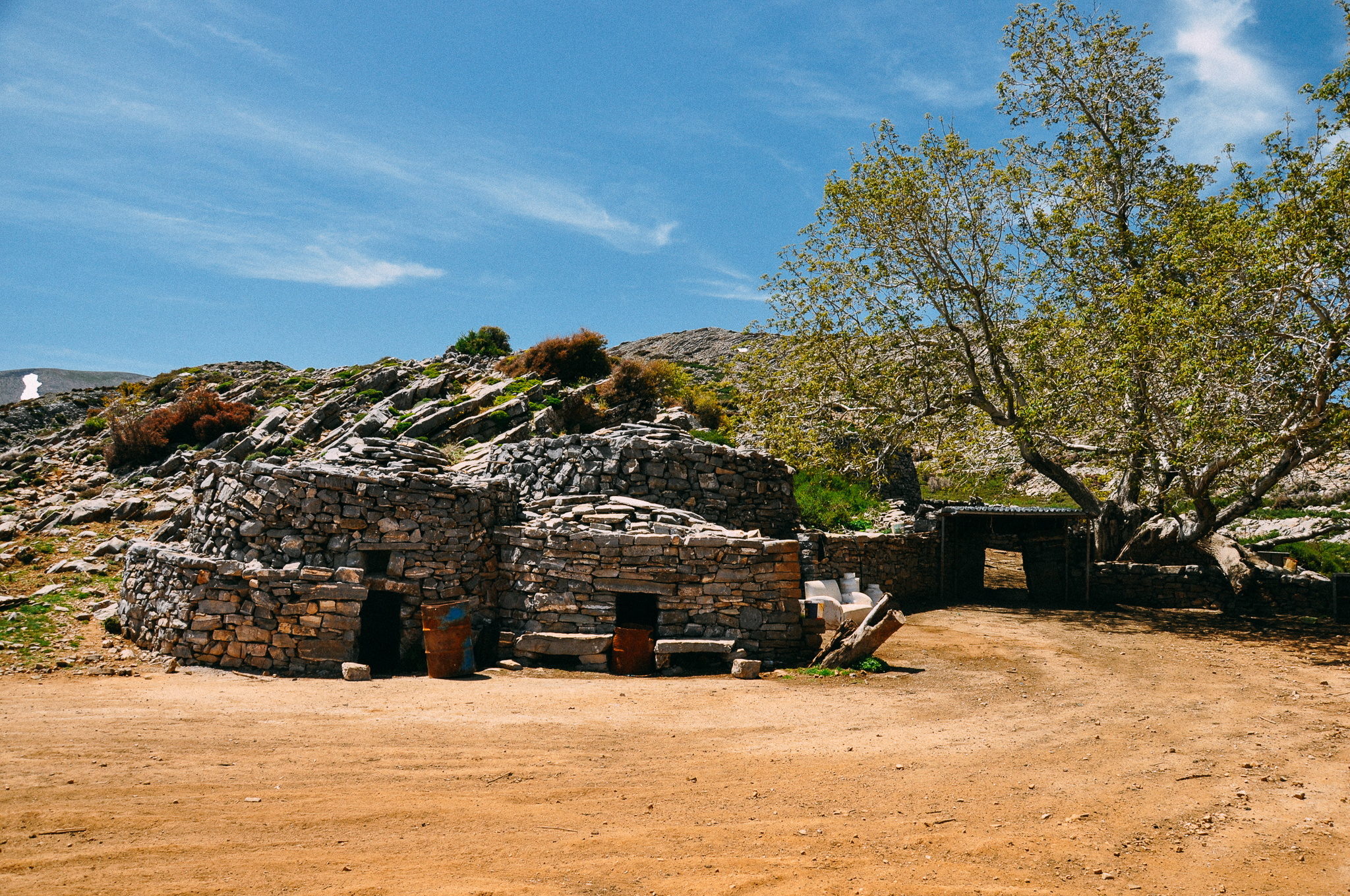
Sitia Geopark
Sitia Geopark encompasses the broader area of Sitia, including all the coastal regions from north to south. It is recognized as a UNESCO Global Geopark and is characterized by diverse geological and biological features, making it a unique geotourism destination.
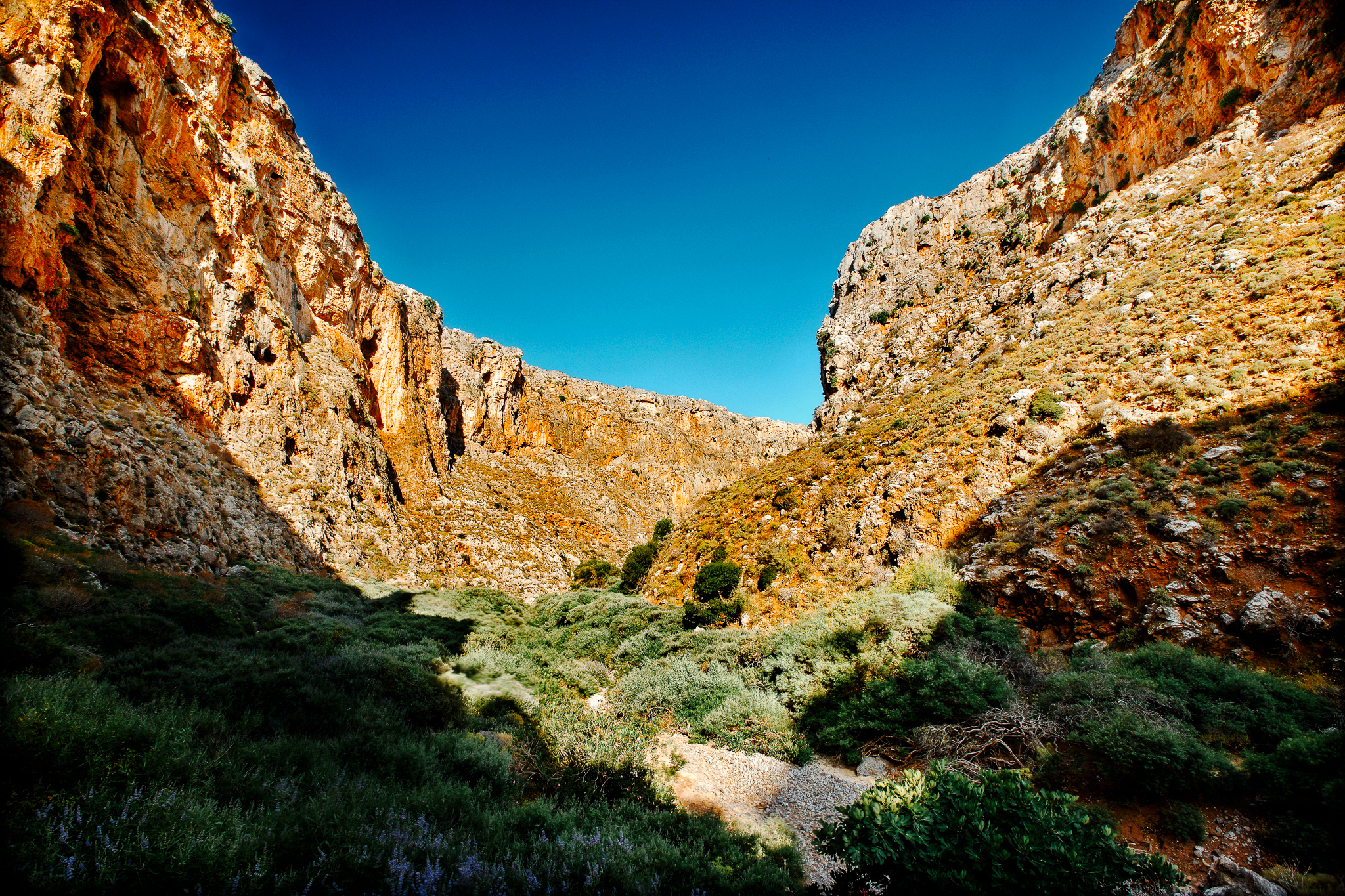
Psiloritis UNESCO Global Geopark
Psiloritis UNESCO Global Geopark is a sanctuary for nature lovers and geology enthusiasts alike. Home to rare plants like wild cyclamen and Cretan dittany, the park is a treasure trove of biodiversity. The European E4 trail weaves through its dramatic landscapes, passing by ancient caves, such as the legendary Ideon Cave. Whether you're hiking its scenic paths or marveling at its unique rock formations, Psiloritis Park is an immersion into Crete’s natural splendor.
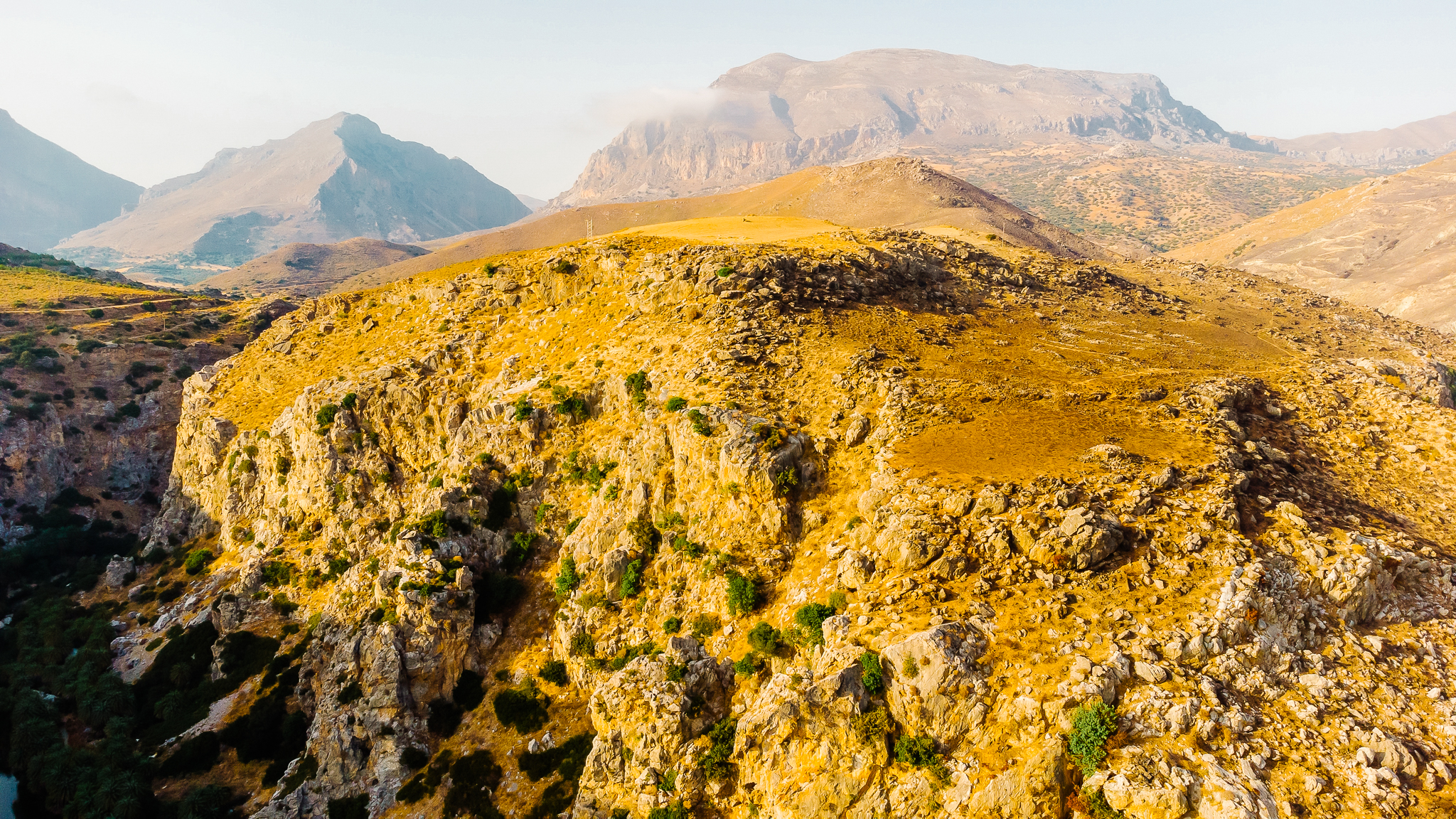
Activities
Hiking at Loutro
From Agia Roumeli, at the exit of the Samaria Gorge, begins a beautiful coastal section of the E4 trail, marked with yellow and black signs, leading to Chora Sfakion. We cross the pine forest of Selouda and encounter the Byzantine church of Saint Paul, built right by the waves. Following the rocky coast, we arrive at Marmara Beach, where we can take a refreshing dip or enjoy a meal at the tavern perched on the cliff. The path continues beside the cliff towards the village of Lykos and passes by the picturesque harbor of Phoenix, eventually reaching the secluded Loutró, accessible only by boat, offering opportunities for relaxation and swimming.
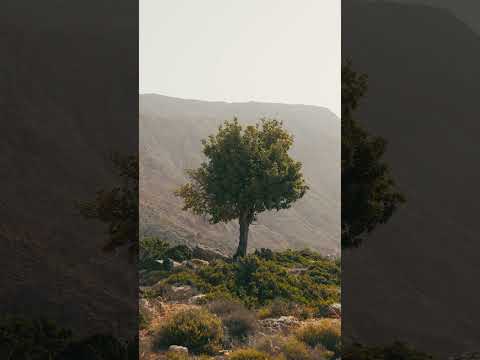
Cycling
Pedal your way through Crete's diverse terrain. From leisurely rides along coastal roads to adrenaline-pumping off-road trails, the island's burgeoning cycling scene offers two-wheeled adventures for every preference.
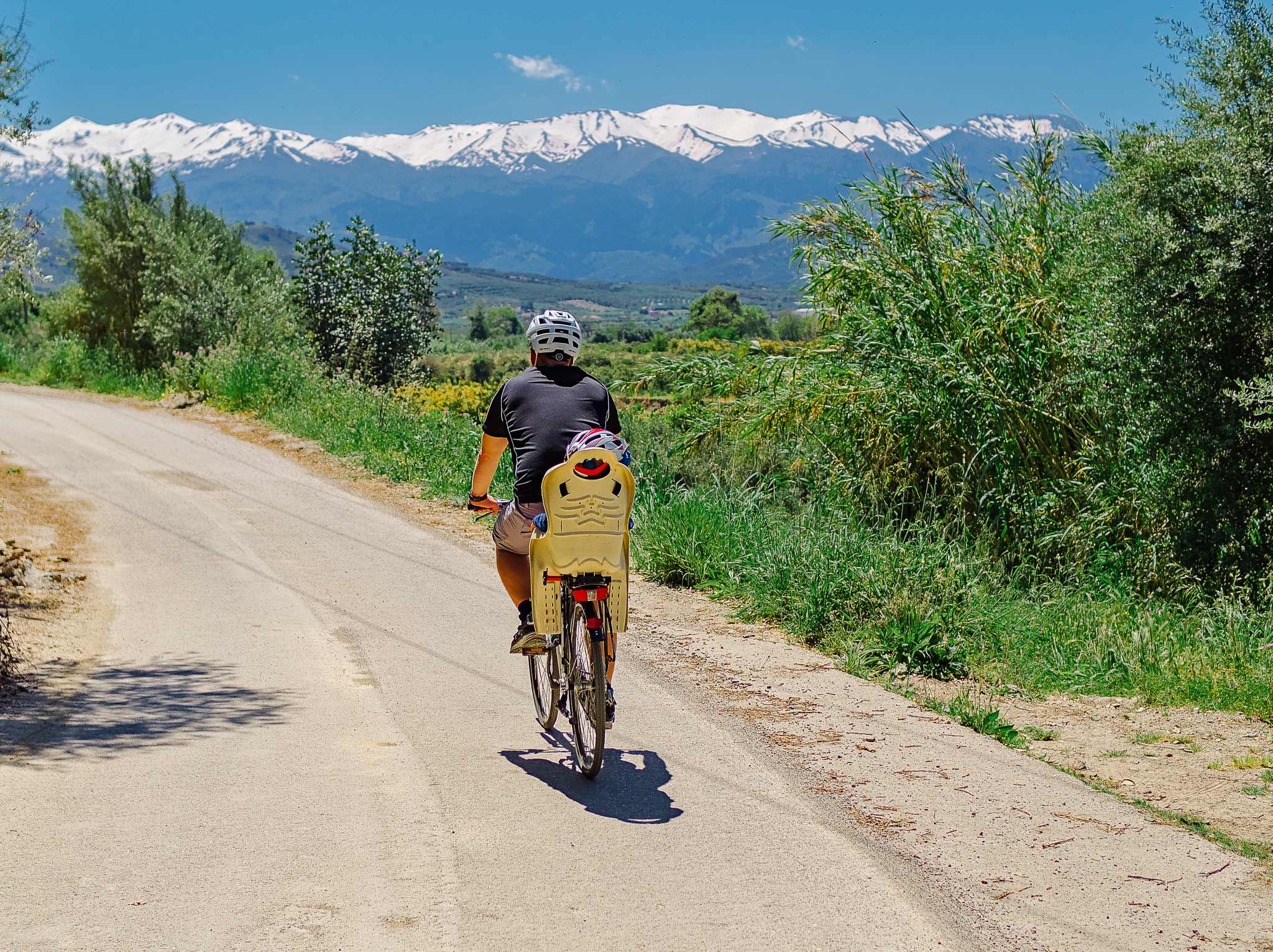
Climbing in Theriso
The Therisso Gorge, rocky and lush, is famous for its exceptional beauty and easy access to its interior. It offers visitors another unique experience: climbing on the notable climbing fields within the Gorge.
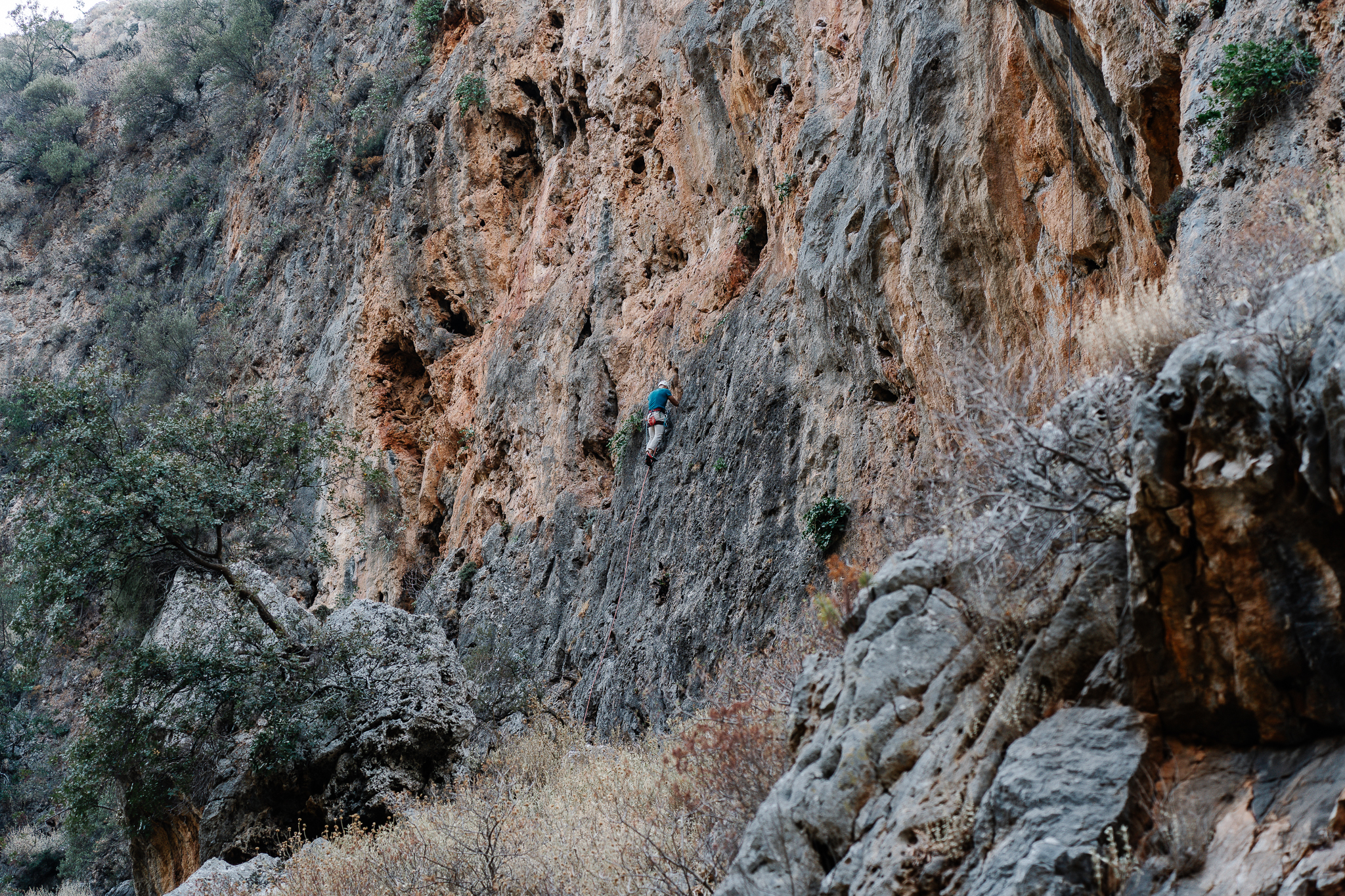
Rethymnon Carnival
Humorous carnival events in Rethymnon trace their origins to the early 20th century. By the 1960s, the first organized Carnival took place featuring floats and costumes in a parade. Today, the 'Carnival of Rethymnon' has become a well-established tradition known for its vibrant parade, diverse carnival events and the popular 'Hidden Treasure Hunt', drawing thousands of visitors annually.
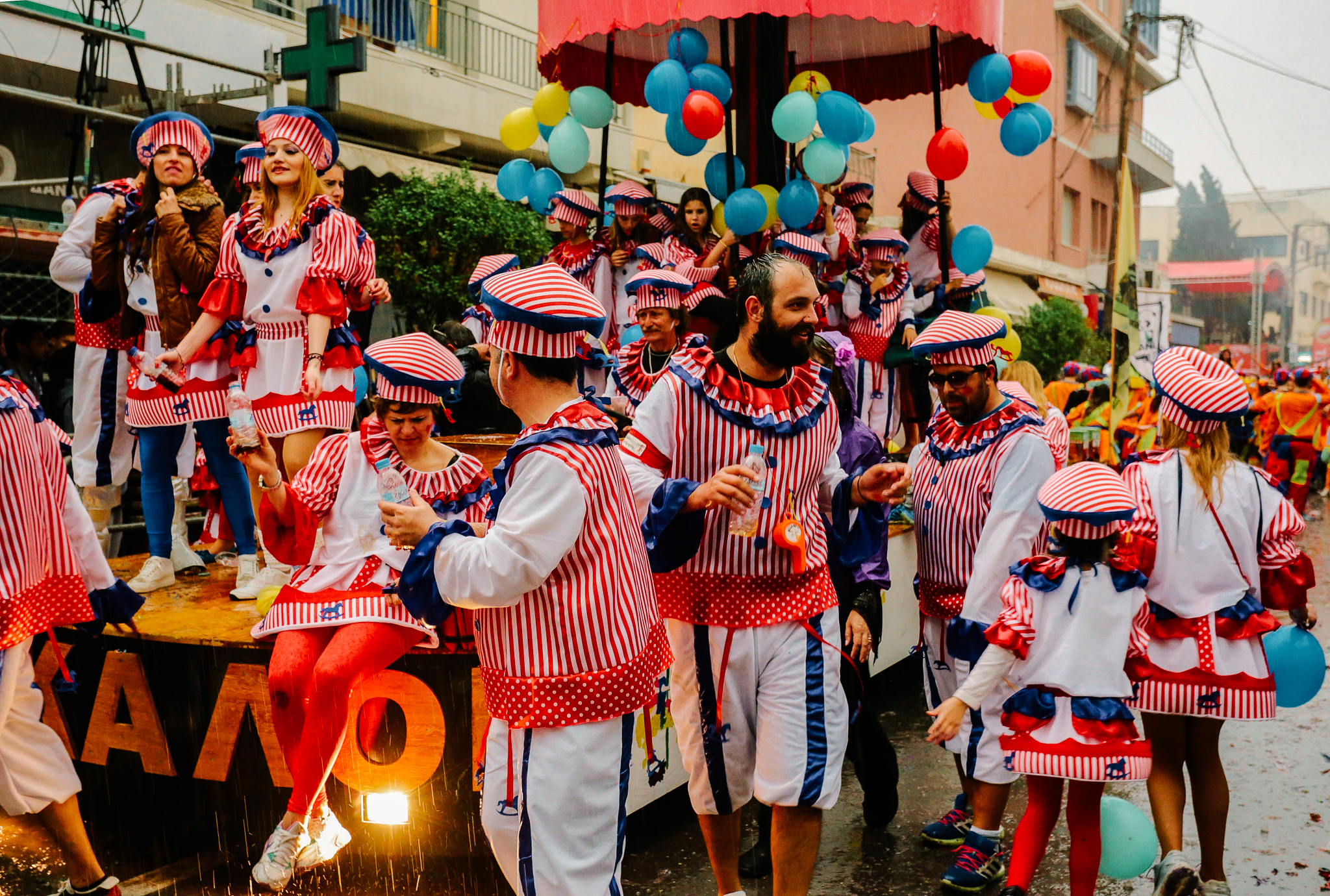
Yakinthia (Anogia)
Celebrating its 25th year, the Yakinthia is a renowned cultural event held annually in Anogia during the summer season. Organized by the Municipality of Anogia and the Androidus Project Tank Organization, with support from the Region of Crete, it has become a significant cultural institution in the region.
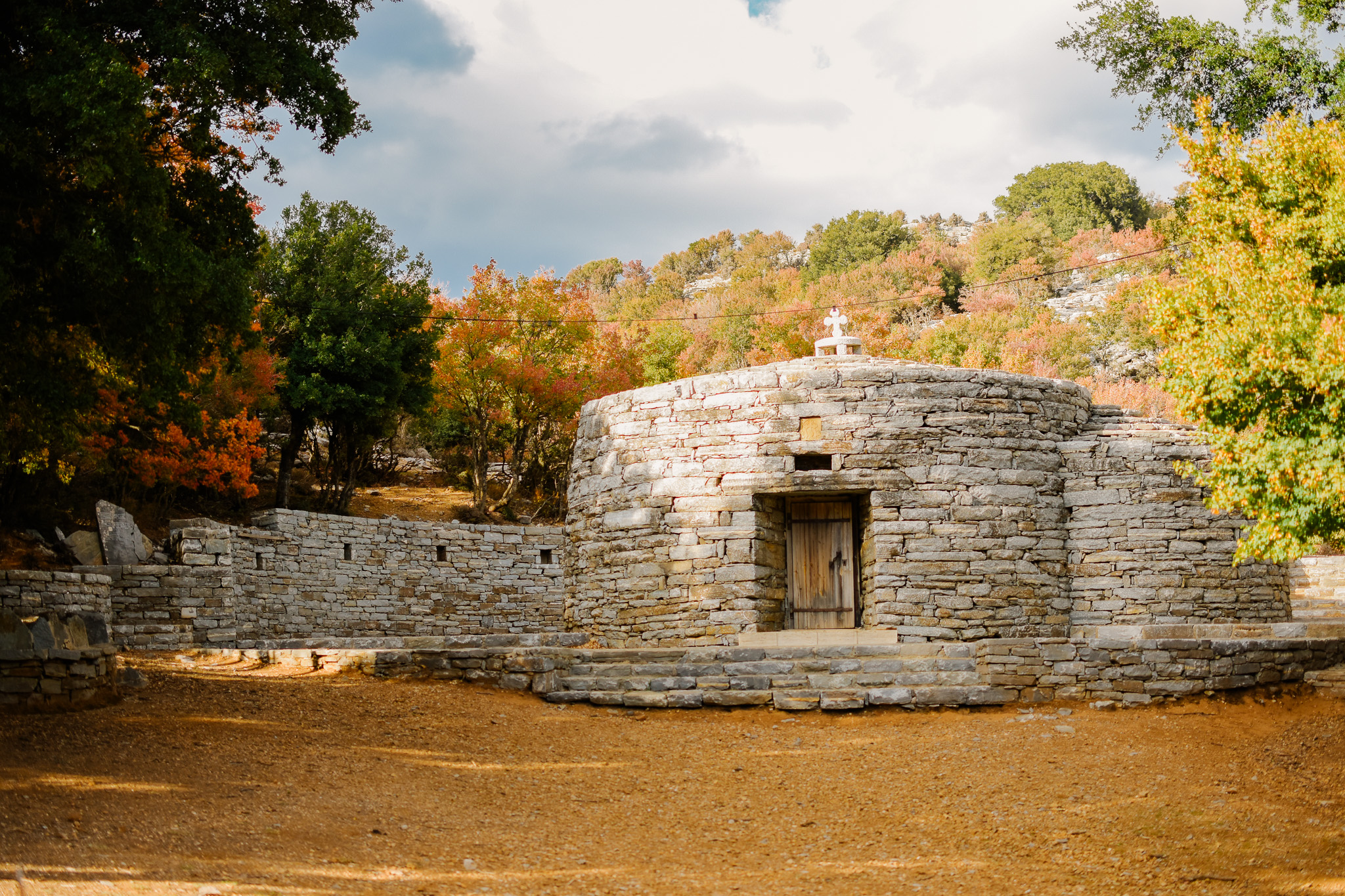
Shepherd's Festival (Giorti Voskou)
The Shepherd's Festival in Livadia honors Crete's traditional pastoral life. This vibrant event showcases authentic Cretan culture and hospitality through lively music, folk dancing and a bounty of local products. Visitors can savor regional delicacies while experiencing the warmth of Cretan traditions firsthand.
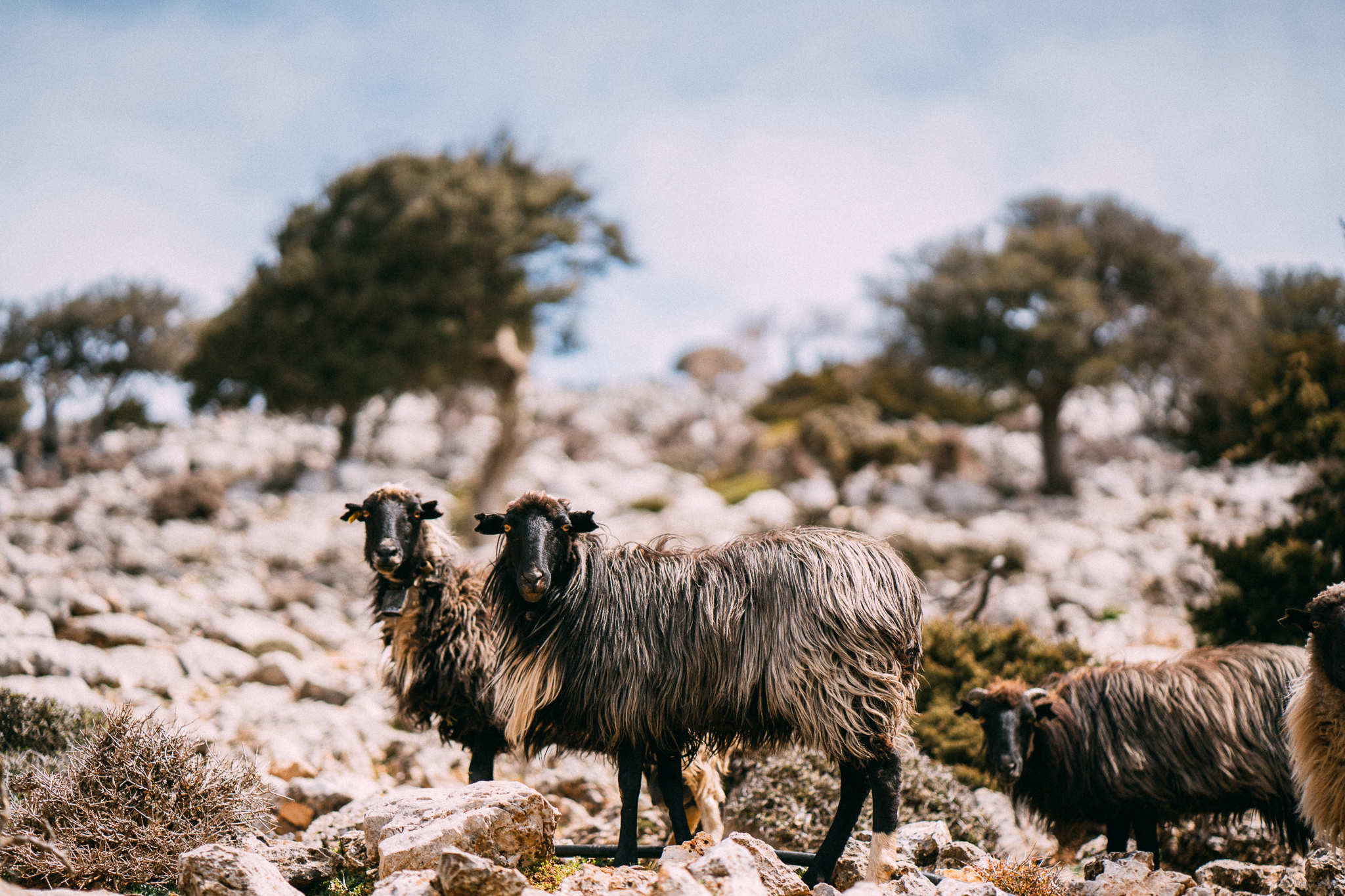
Feast of Cretan food
The Cretan Diet Festival is one of Rethymno's oldest cultural events, promoting award-winning Cretan products, especially local wine. It includes an exhibition of Cretan products, food and wine seminars, specially designed menus in local restaurants and artistic events. It is co-organized by the Municipality of Rethymno, the Regional Unit of Rethymno and the Rethymno Chamber of Commerce.
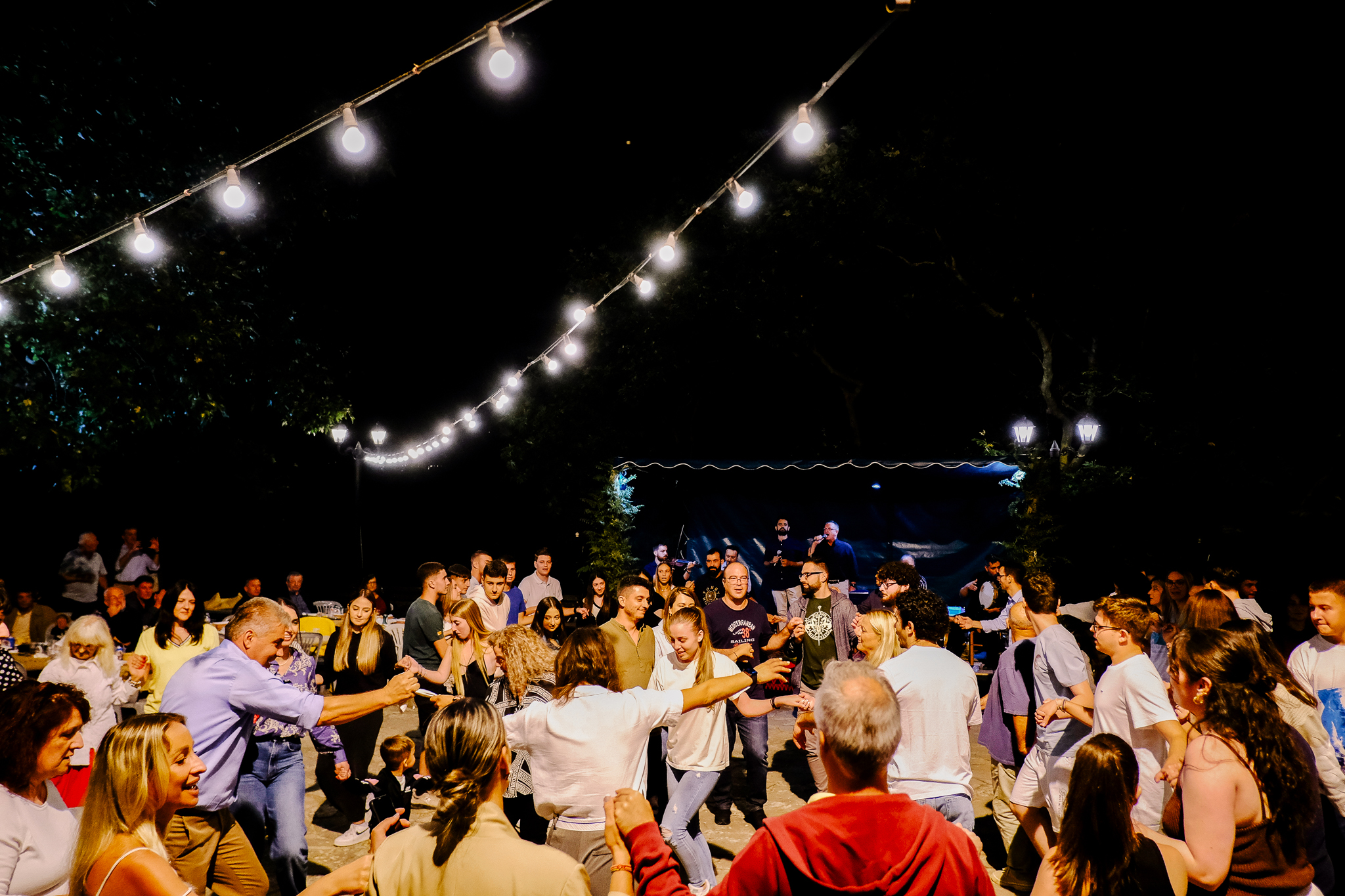
Pierra Creta
Pierra Creta is the name of the Cretan mountain ski race held on the slopes of Psiloritis, attracting athletes from around the world. The race is organized by the non-profit company "The Black Sheep," the Region of Crete and the municipalities of Anogeia and Mylopotamos.
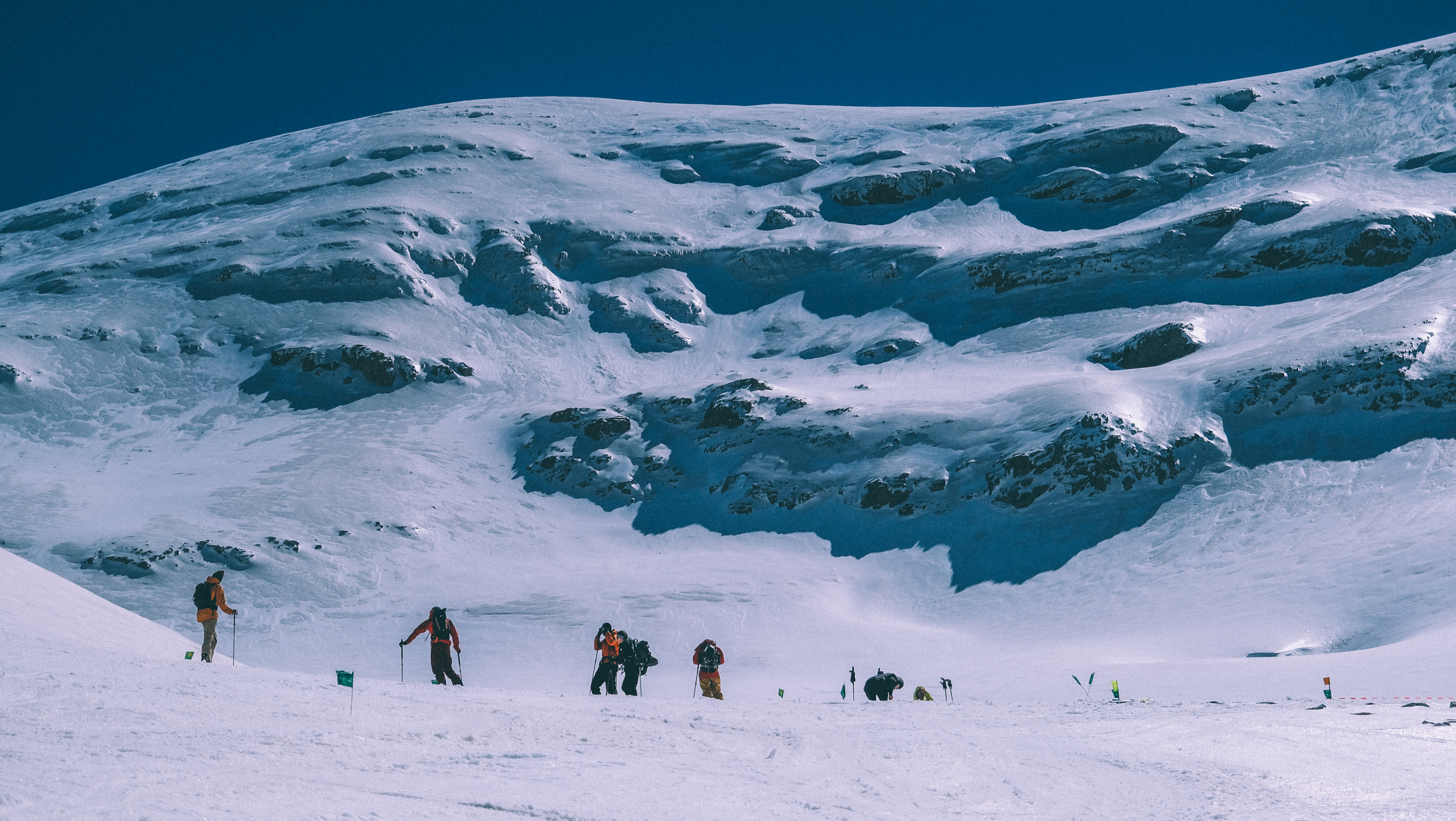
Fishing Tourism
Fishing tourism in Crete offers a unique chance to experience the daily lives of local fishermen. Visitors can join fishing trips, learn traditional techniques and savor fresh seafood.
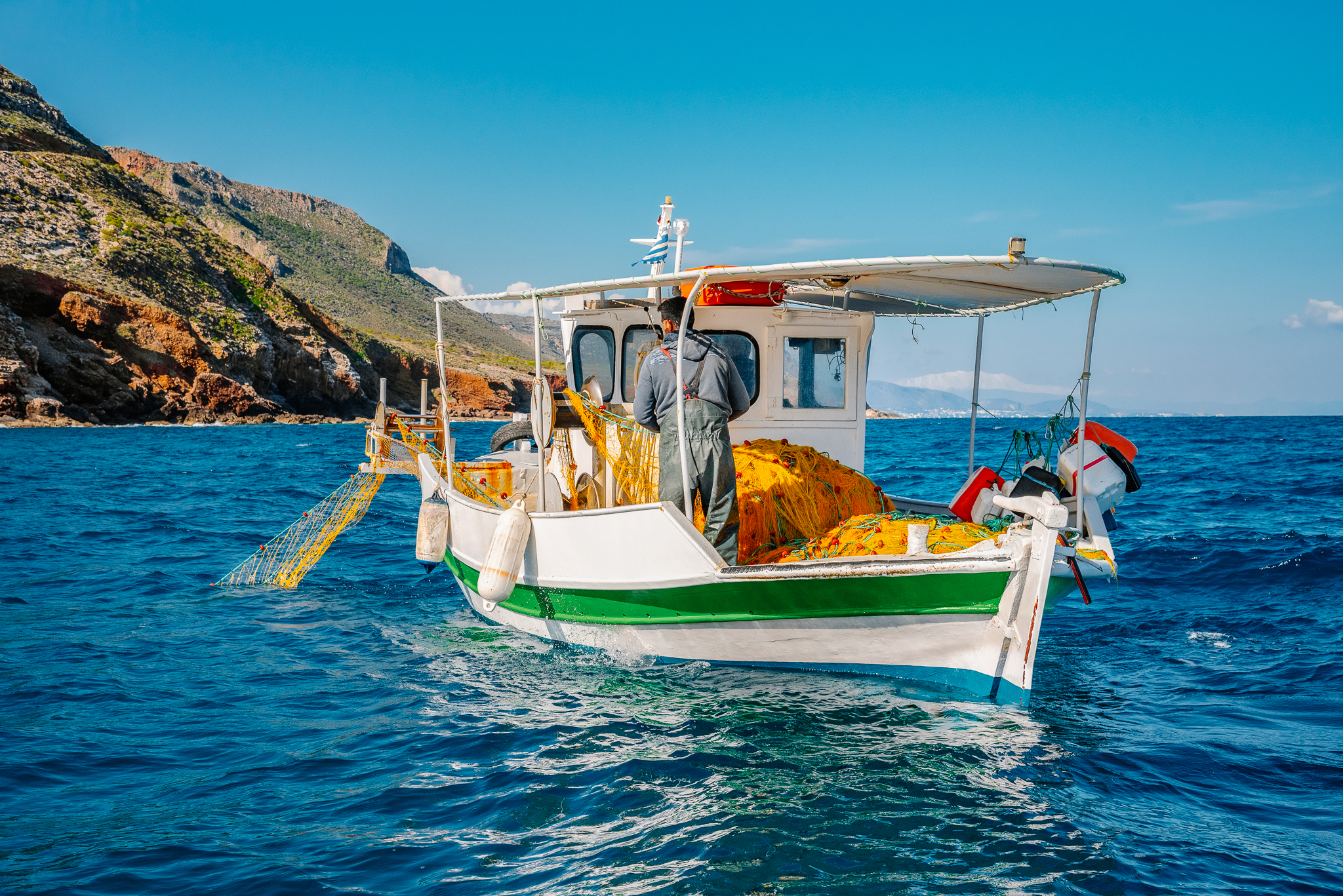
Traditional Bread Making
In many villages of Lassithi, traditional bread making gatherings, known as “zymomata” are being revived. These gatherings involve kneading and baking traditional bread and rusks in wood-fired ovens with the participation of the entire community. Visitors can experience this tradition through organized cooking classes.

Peza Climbing Area
The Peza climbing area is renowned in the sport climbing community and a visit there is certainly a unique experience. It consists of four rock formations and has an elevation of 300 meters. In fact, the orientation of three of them allows year-round climbing.
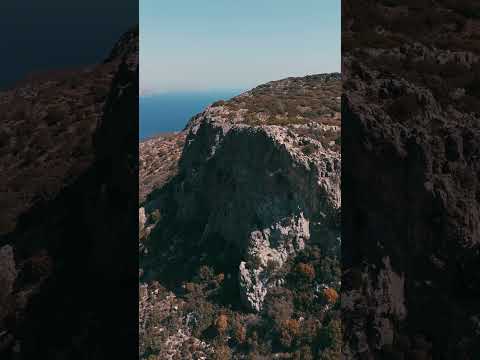
Kouremenos Windsurfing
Kouremenos Beach, near Palekastro, is renowned among windsurfing enthusiasts. Strong local winds provide ideal conditions for the sport, attracting athletes from all over the world.
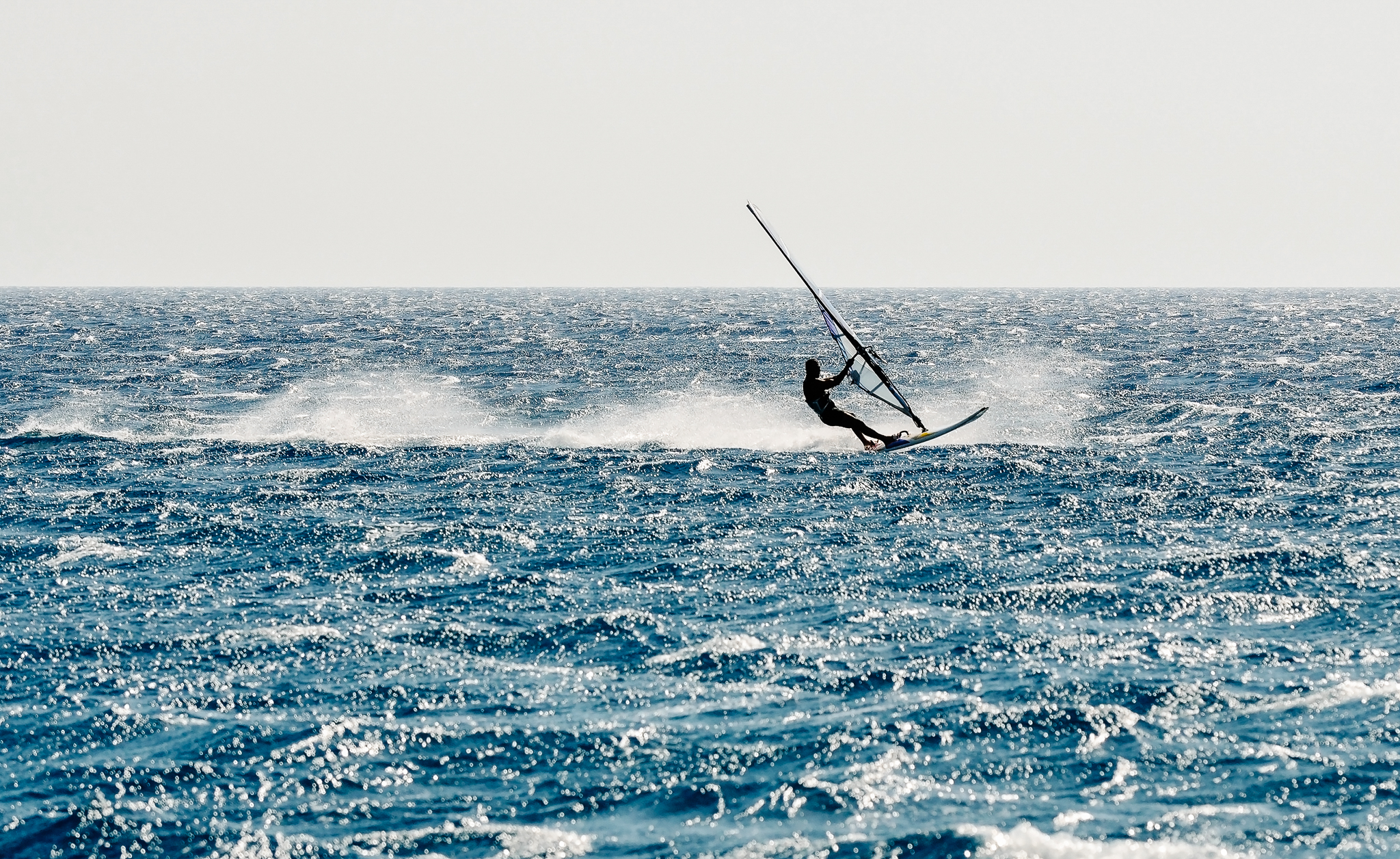
Paragliding in Avdou
Take to the skies above the picturesque village of Avdou, where paragliding offers a bird’s-eye view of Crete’s stunning landscapes. Launching from the slopes of Mount Selena, thrill-seekers soar over rolling hills, lush valleys and the glimmering Aposelemi Dam. The breathtaking perspective of Crete from above is an experience like no other—a blend of adrenaline and awe that leaves a lasting impression.
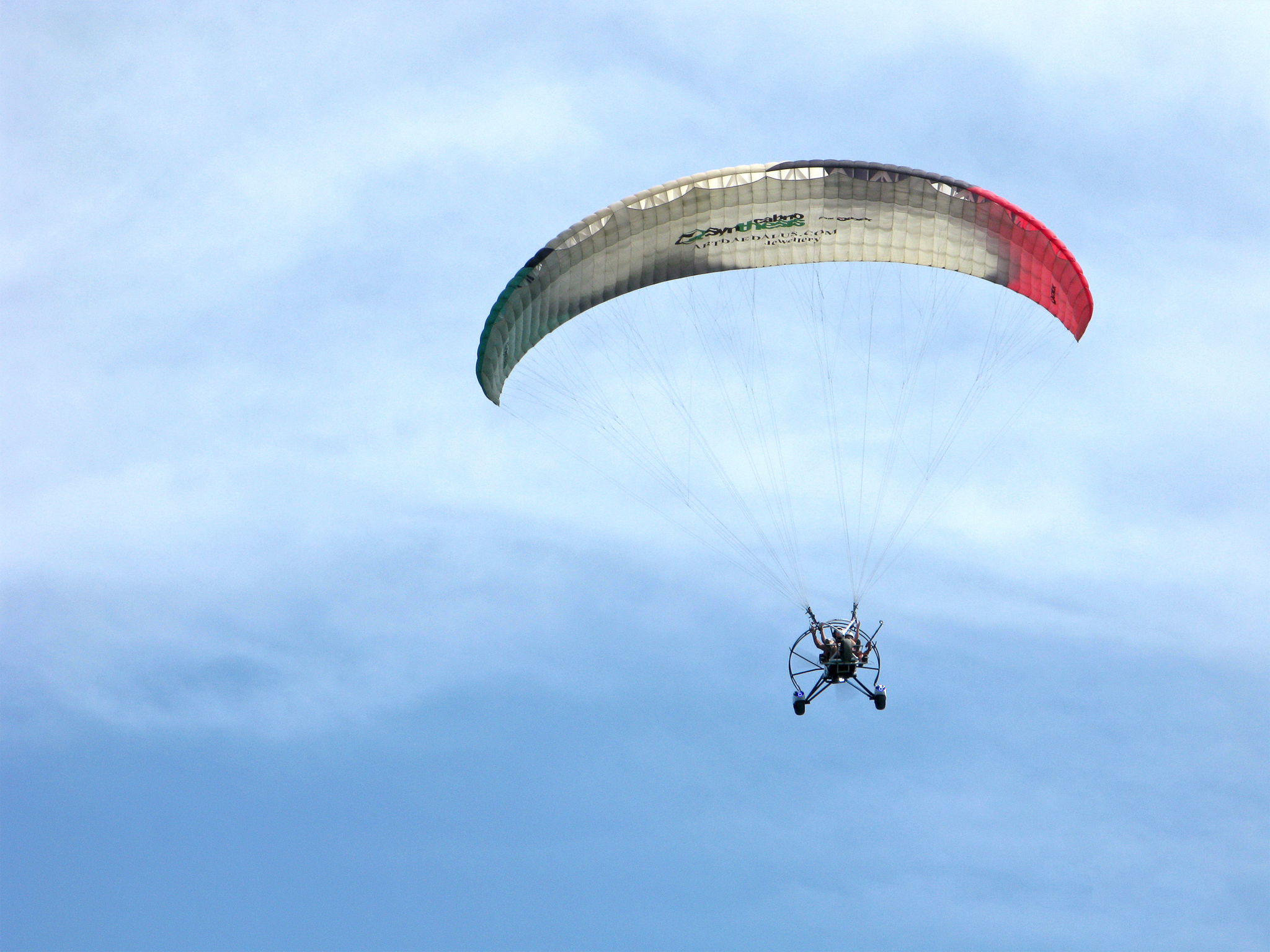
Scuba Diving in Agia Pelagia
Dive into the crystal-clear waters of Agia Pelagia, a hidden gem on Crete’s northern coast, where an underwater world teeming with life awaits. Perfect for both beginners and experienced divers, this idyllic village offers vibrant coral reefs, mysterious caves and schools of colorful fish. Beyond the main beach, the surrounding coves provide a serene escape for snorkelers and sun-seekers alike. Whether exploring the depths or basking in the sun, Agia Pelagia is a dream come true for lovers of the sea.
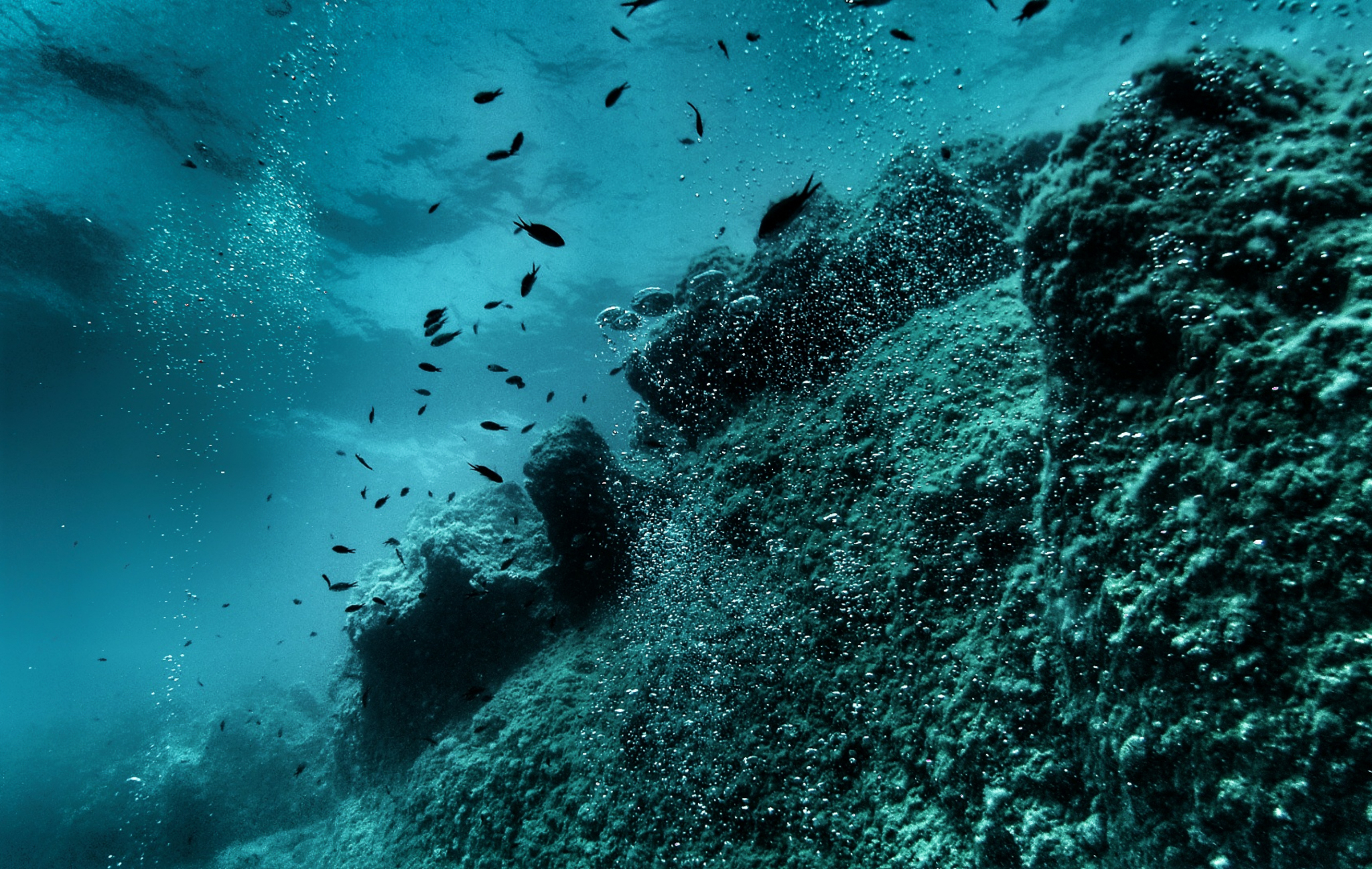
Hiking in Kofinas
For adventurous souls, the hike to Kofinas, the highest peak of the Asterousia Mountains, is a challenge worth embracing. Rising to 1,231 meters, this rugged trail offers a thrilling ascent through rocky terrain, culminating in panoramic views that stretch across the Libyan Sea and Crete’s dramatic landscape. The mountain’s unique shape, reminiscent of an upside-down coffin, adds an air of mystique to the journey. Reaching the summit is a triumphant moment, rewarded by views that will leave you breathless.
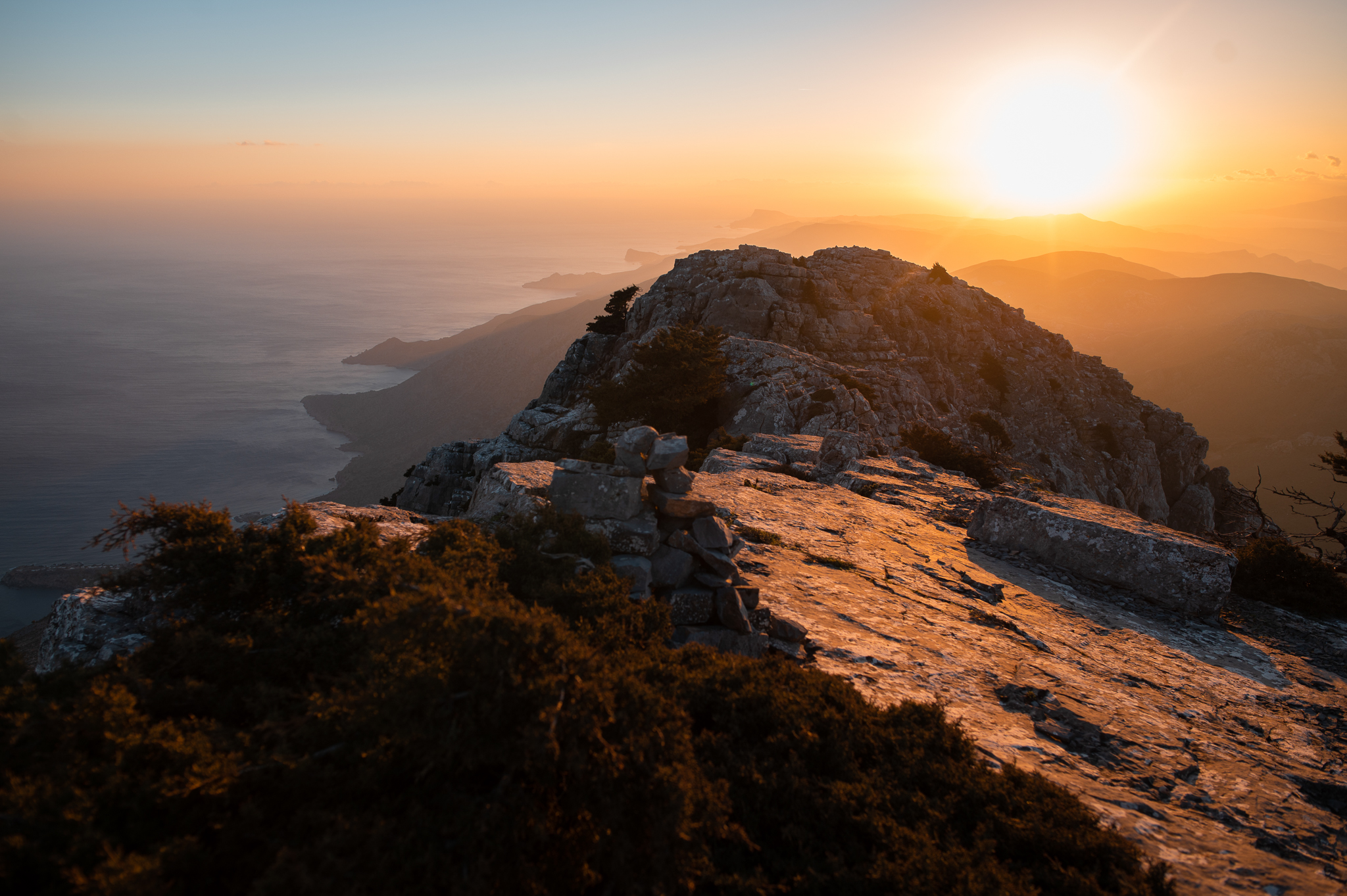
Boat Trip to the Southern Beaches
Crete’s southern coastline is a breathtaking tapestry of secluded coves, golden sands and turquoise waters—many of which can only be reached by boat. Embark on a journey along this untouched paradise, where each beach feels like a secret waiting to be uncovered. From the dramatic cliffs of Agiofarago to the palm-fringed shores of Preveli, the southern beaches of Crete promise unforgettable moments of serenity and natural splendor.
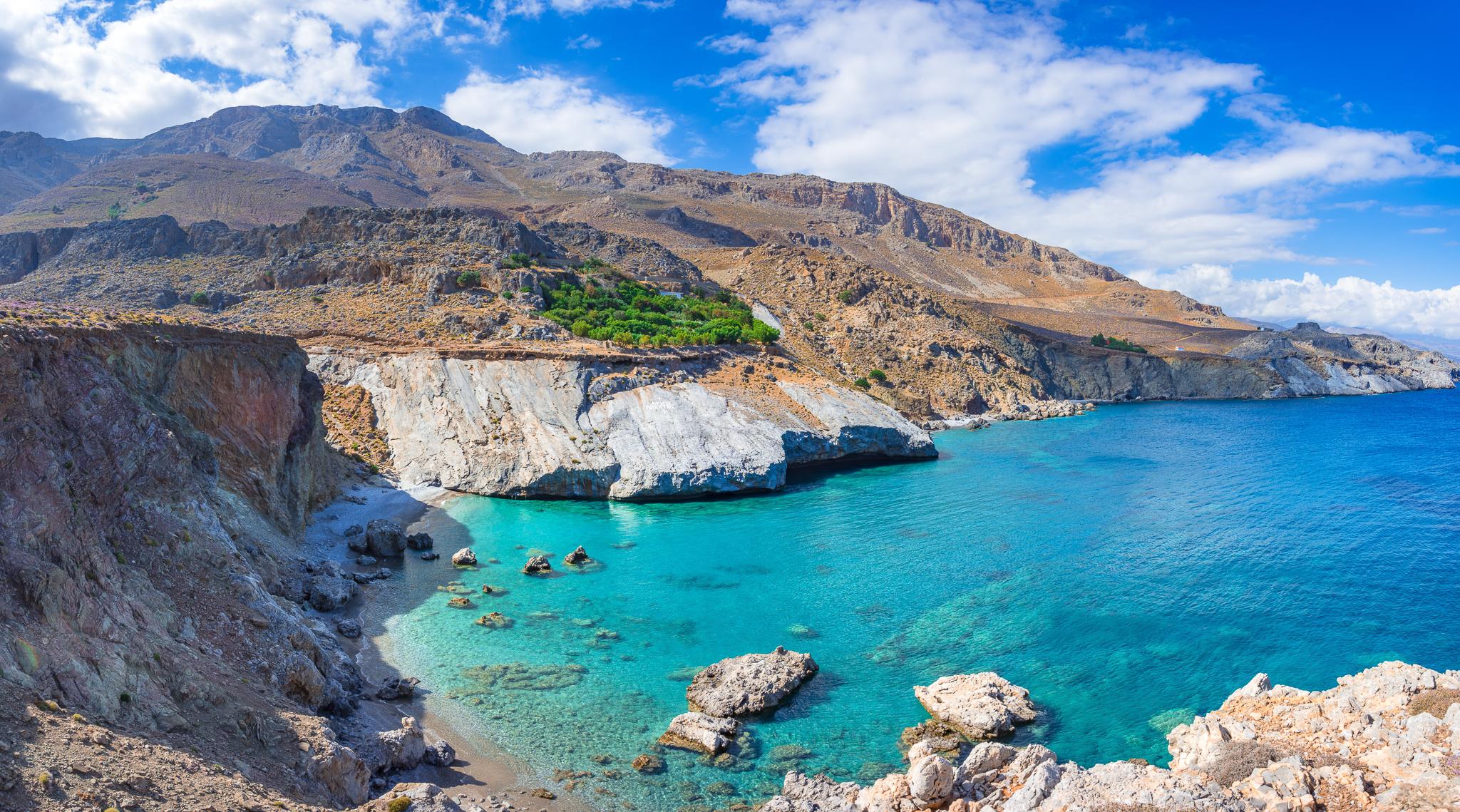
Sailing in Dia
The unspoiled island of Dia, just a short sail from Heraklion, is a slice of paradise waiting to be discovered. Its crystal-clear waters and secluded beaches invite sailors to drop anchor and indulge in the ultimate escape. Explore hidden coves, snorkel in the shimmering sea, or simply relax on deck as the gentle breeze carries you away. With its pristine beauty and serene ambiance, Dia is a haven for those seeking a touch of adventure and solitude.
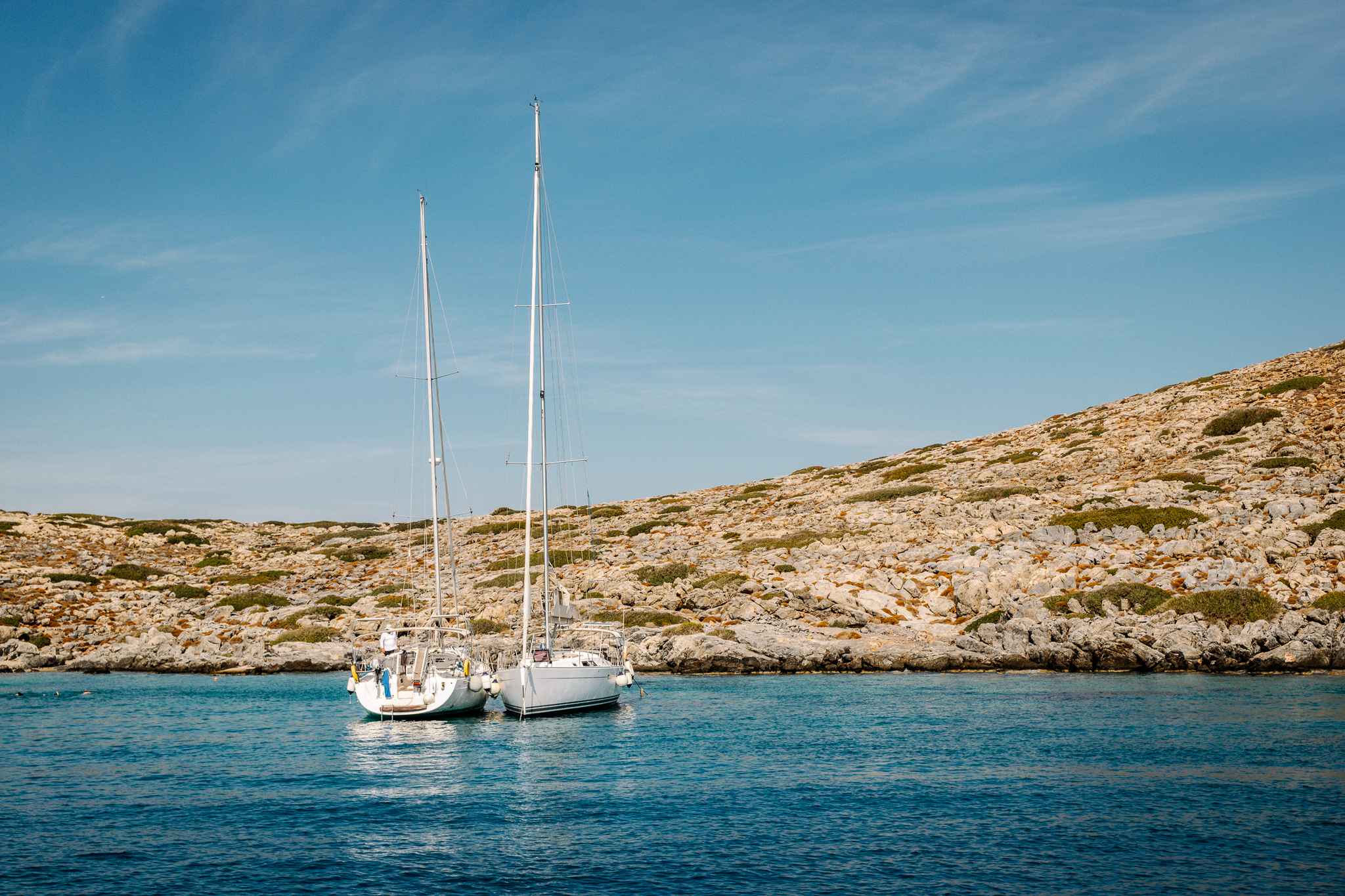
Golf in Heraklion
Set against the dramatic backdrop of Crete’s rugged hills and lush greenery, the island’s only 18-hole golf course offers a world-class experience for beginners and seasoned players alike. With its manicured fairways, challenging layout and panoramic views of the Cretan countryside, golfing here is more than a sport—it’s an escape to tranquility. After a day on the course, unwind with a glass of local wine and bask in the golden glow of the Mediterranean sun.
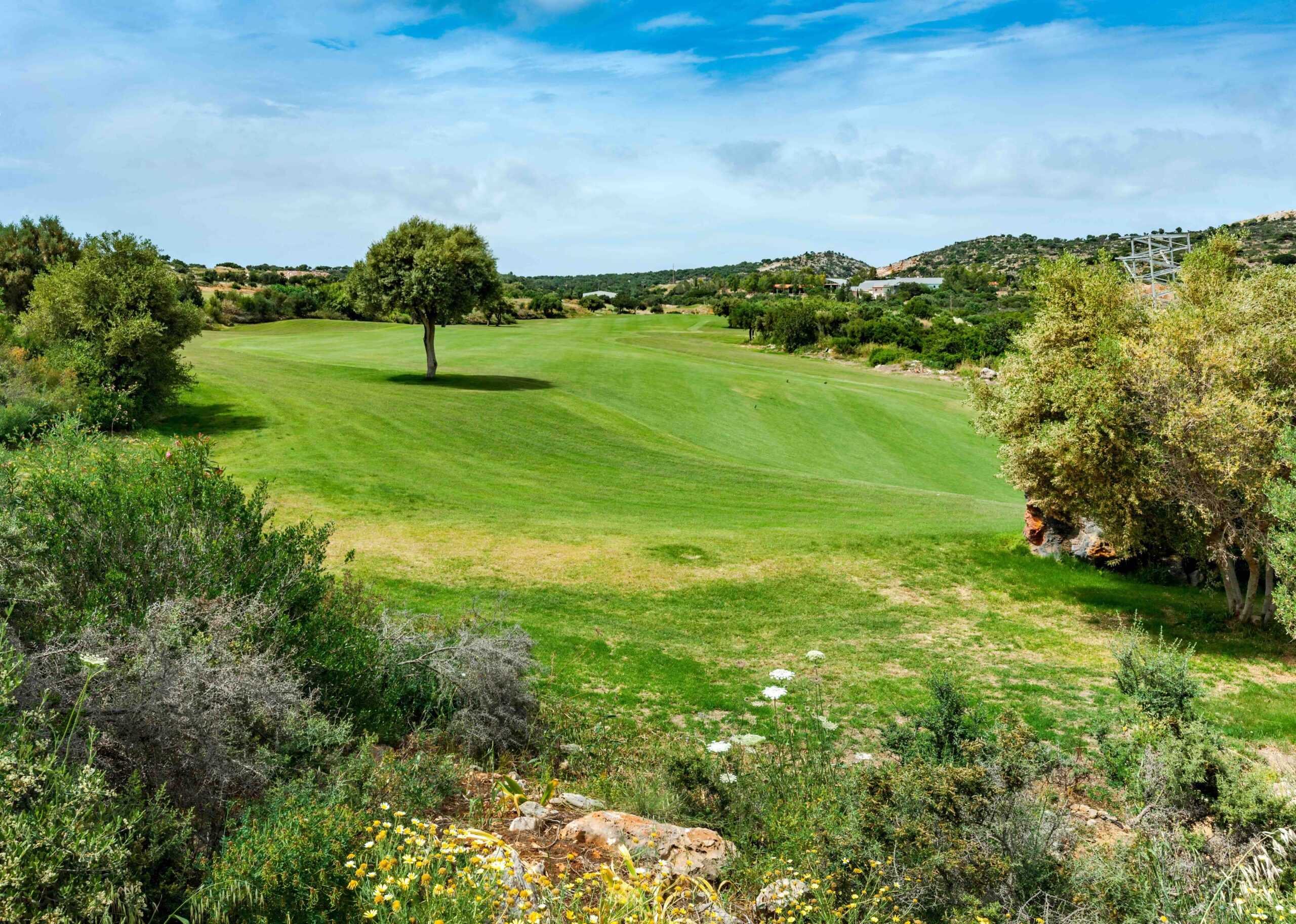
Local Products
Carob
The carob is a dark brown, pea-shaped fruit. Its taste is sweet to the extent that it functions as a chocolate substitute. Carob trees have been cultivated since ancient times, as the fruit is known for its antioxidant properties.
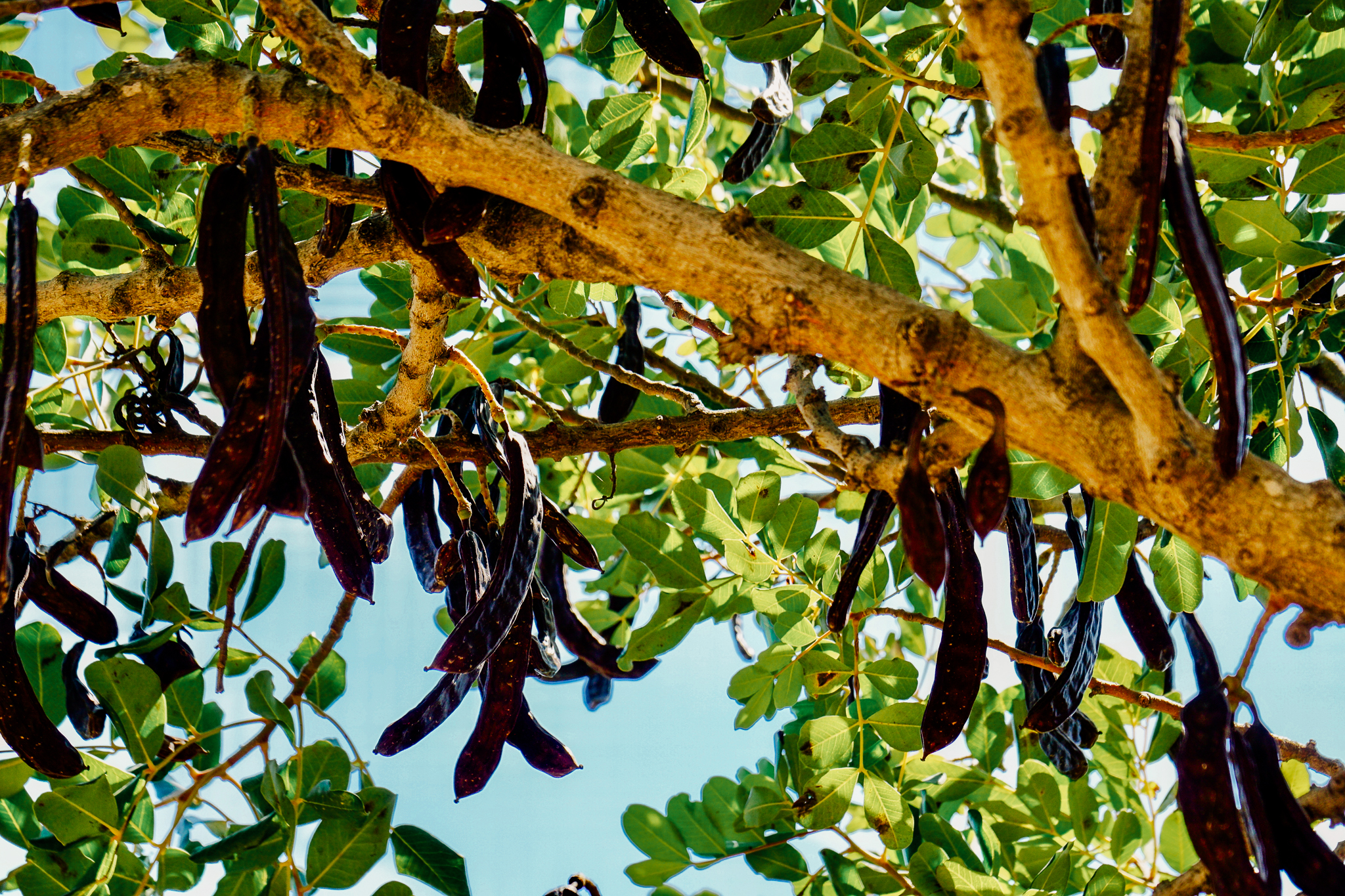
Pichtogalo of Chania
A type of xinomizithra, Pichtogalo Chanion has a paste-like consistency. With a protected PDO designation, only milk from Chania is used for its production. It differs in its production from other xinomizithras, as it is the "first cheese", meaning it is made directly after milking, using sheep's milk or a mixture of sheep's and a little goat's milk.
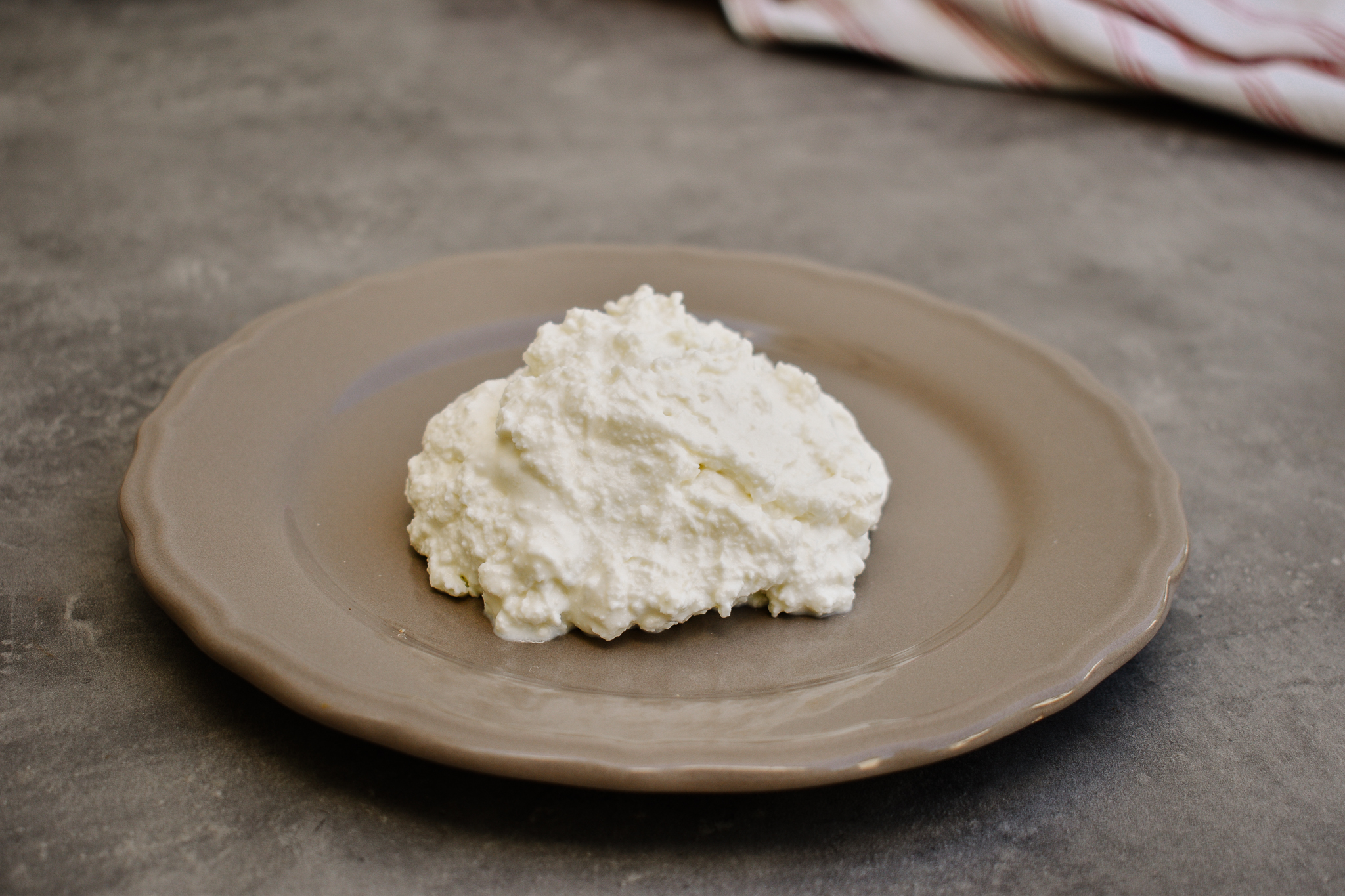
Oranges, lemons, grapefruit, chestnuts (marrons), avocado, Karanos cherries
Cretan chestnuts, known as maronia, are sweet, with a smoky flavor, yellow flesh and smaller in size compared to chestnuts from the rest of Greece. After Cretan olive oil, oranges are also a famous product of the Cretan land for their nutritional properties and juicy texture. There are many cultivations on the slopes of the White Mountains due to the favorable microclimate and abundant water. In Crete, lemon varieties are cultivated which are fragrant and known for their high juice content and deep yellow color of the fruit. The production of Cretan grapefruit is extensive, after oranges and lemons. Known for its vitamin C content, grapefruit boosts the immune system and helps reduce cholesterol. Cherries thrive in abundance in Crete and are known for their distinctive sweet taste and crisp texture. The combination of climatic and soil conditions in western Crete is ideal for avocado cultivation. Rich in flavor and nutrients, Cretan avocado is exported in quantities, while its absorption by the Greek market is also enormous.
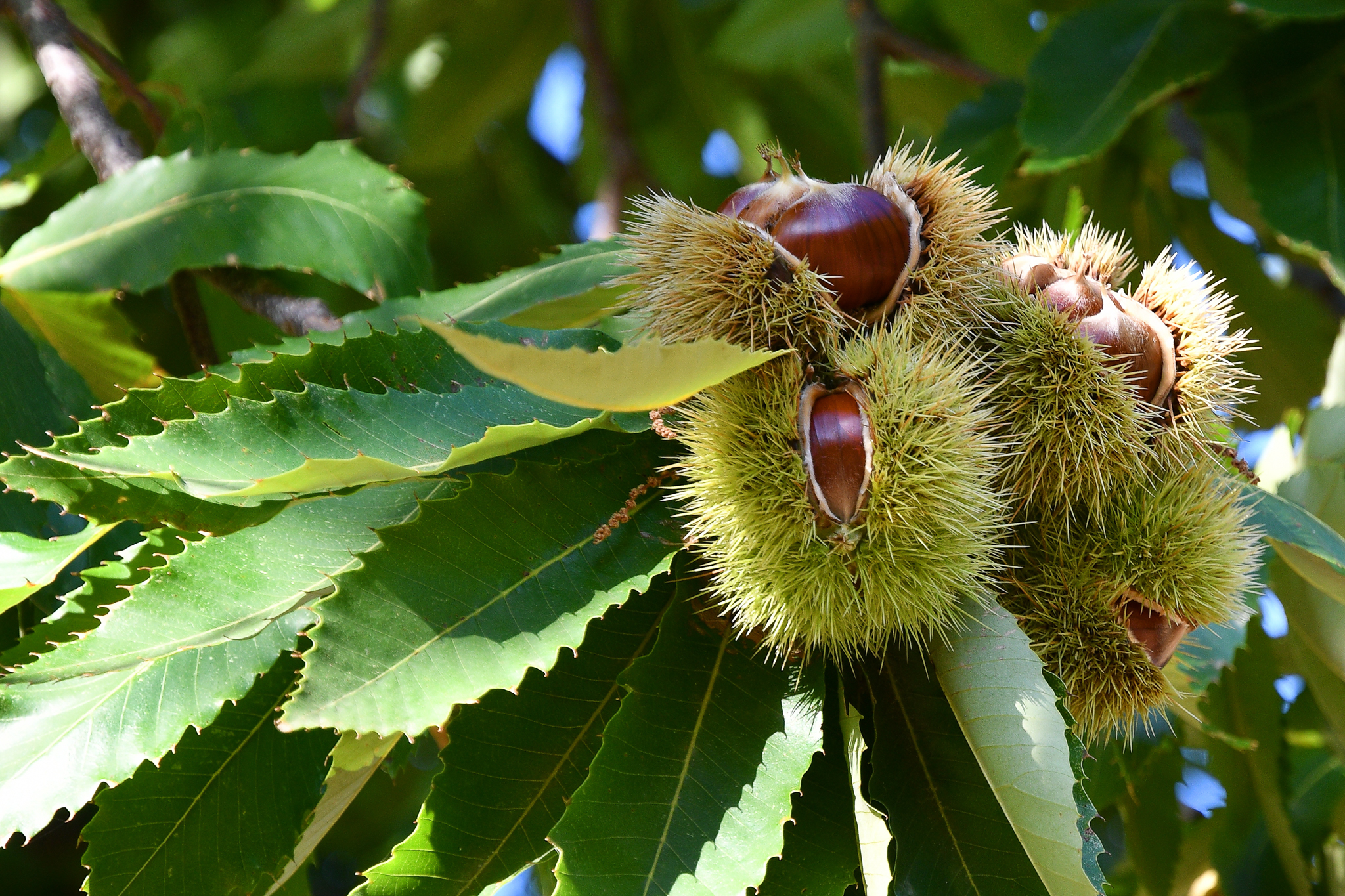
Honey
Beekeeping in Crete is significant and long-standing. Archaeological findings confirm the activity from the Minoan era. The honey produced at high altitudes is also famous, such as the thyme honey from Psiloritis. Crete's extra virgin olive oil has been distinguished for its quality and is recognized as beneficial and nutritious. It is a dominant ingredient in Cretan gastronomy. Cretan Tsikoudia or Raki is a distillate identified with the island's culture. It comes from the pomace, after the grapes are pressed and the must is removed. The traditional Cretan drink has its roots in ancient Greece, as "rax" was the name for the grape berry. In the Cretan dialect, pomace is called "tsikouda".
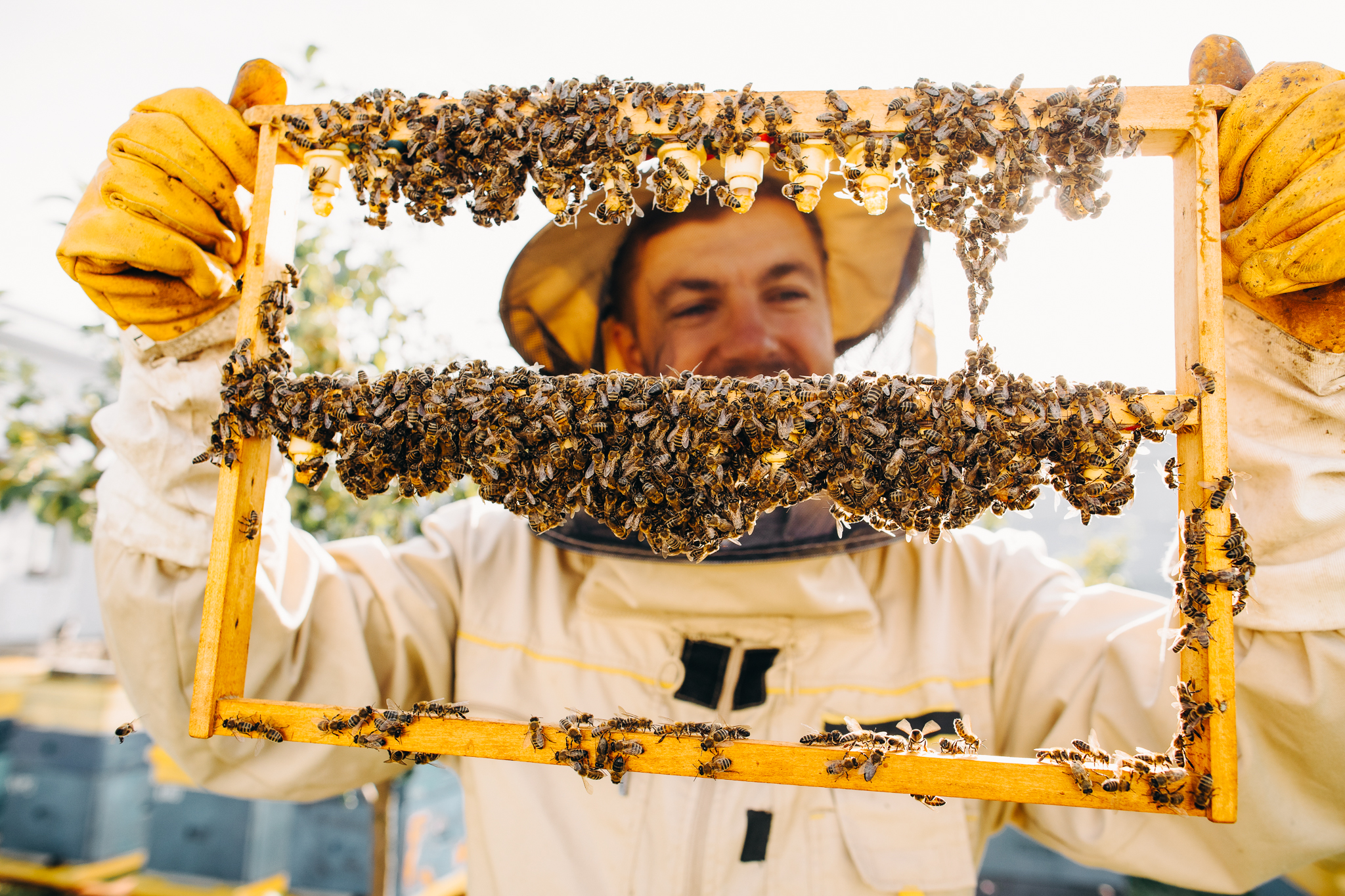
Herbs
The wealth of herbs from the Cretan land with their beneficial and therapeutic properties is enormous. More than 2,000 plants thrive - of which about 200 are endemic. Dittany or "Erontas" is one of the most characteristic endemic herbs that grows on Mount Dikti in Lasithi, especially on cliffs and steep slopes. It has multiple beneficial properties as it is recognized as a body tonic. Wild Cretan thyme grows in rocky soil. It is a source of nectar for bees, an aromatic ingredient in foods and is also known for its antiseptic action. Malotira is an emblematic endemic species of tea that grows in mountainous terrain and is collected during the summer months. Its name comes from the Latin words male (bad, illness) and tirare (to pull, to draw). It is effective in combating colds. Wild Chanian marjoram or antonaida grows in the White Mountains and Mount Dikti at an altitude of 400-1,500 meters. It is used as a beverage for sore throats, colds and gastrointestinal ailments. Balsam or St. John's Wort is a treasure of nature. The oil produced from its flowers is renowned for its therapeutic action and anti-inflammatory properties. It helps combat stomach ulcers, indigestion and heartburn, as well as boosting the immune system. It relieves irritations and insect bites. Cretan sage is a general tonic and is consumed both as an infusion and in cooking. It is used to treat colds and respiratory ailments. It is also known for its relaxing properties. Arismari is the local name for rosemary. It is considered effective in treating headaches, migraines and insomnia. It also improves blood circulation.
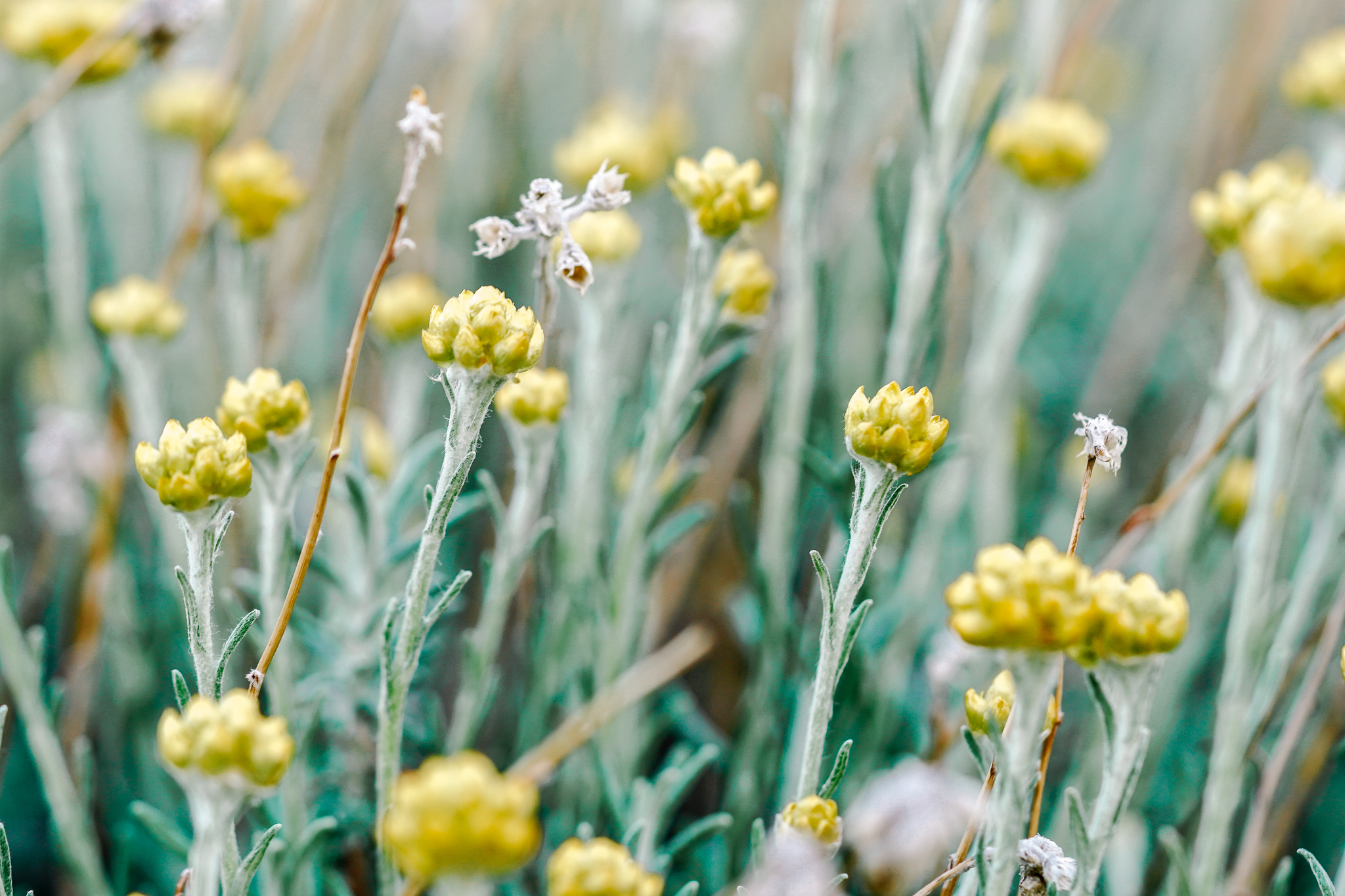
Apaki
The Cretan cured meat Apaki is known for its aroma and distinctive spicy flavor. The raw material is pork tenderloin which is marinated with spices and aromatic herbs, sage, oregano, throubi and thyme. It is then hung and smoked on branches.
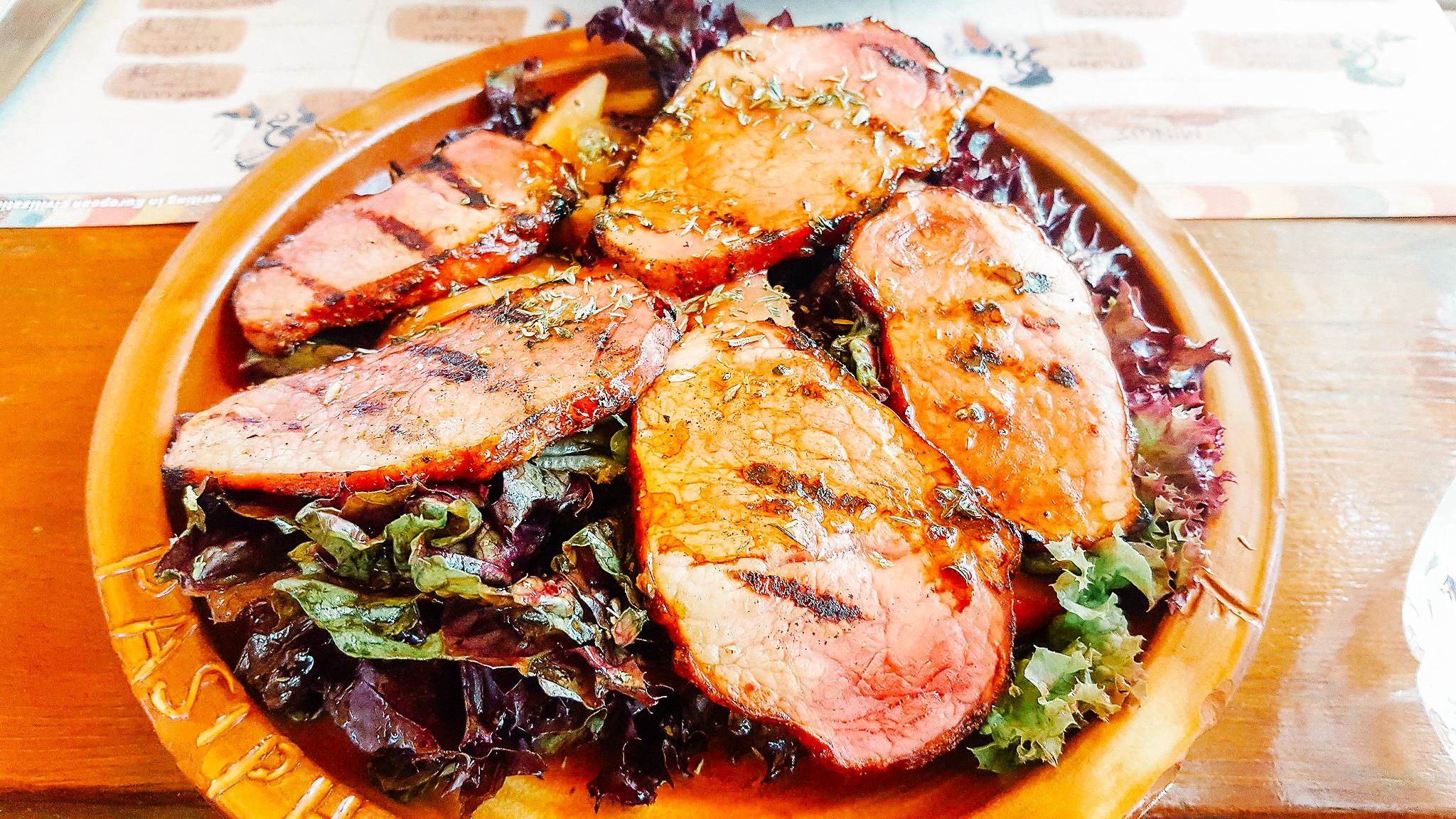
Dittany
Dittany, or Erontas, is one of the most characteristic endemic herbs growing in mountainous locations, especially on cliffs and steep slopes. It has multiple beneficial properties and is recognized as a body tonic.
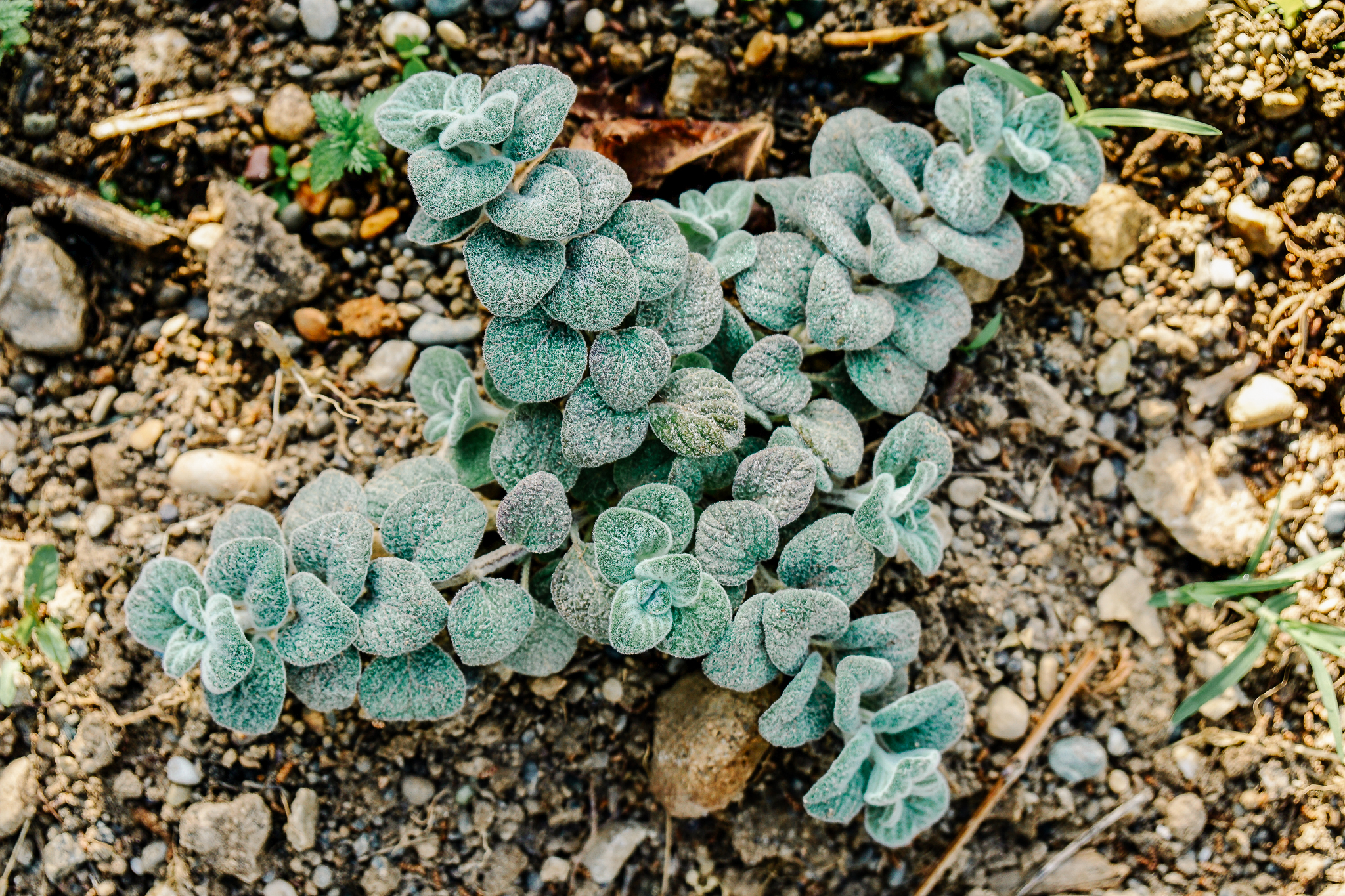
Tyrozouli
Tyrozoulι is easy to prepare and results from mixing boiled goat's milk with vinegar or lemon. In Anogia, it's also called tyromalama. It's eaten fresh and pairs well with thyme honey. Malaka is raw graviera. In Rethymnon, it's consumed before it matures, used as a filling ingredient in many local pies.
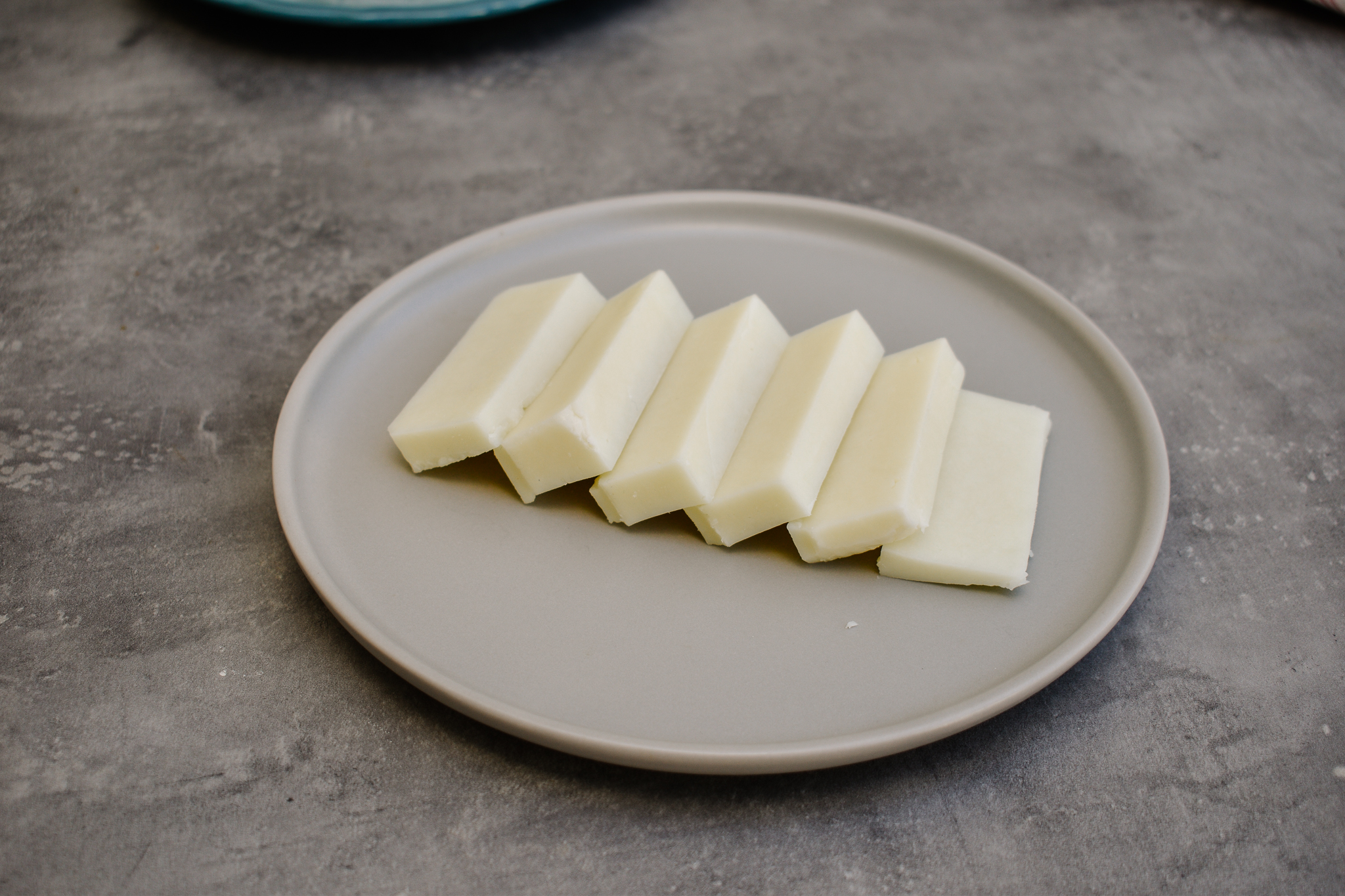
Graviera
For Cretans, cheese primarily means graviera, mainly from sheep and goat milk. Its production process also includes traditional techniques, such as maturing in caves in mountainous locations.
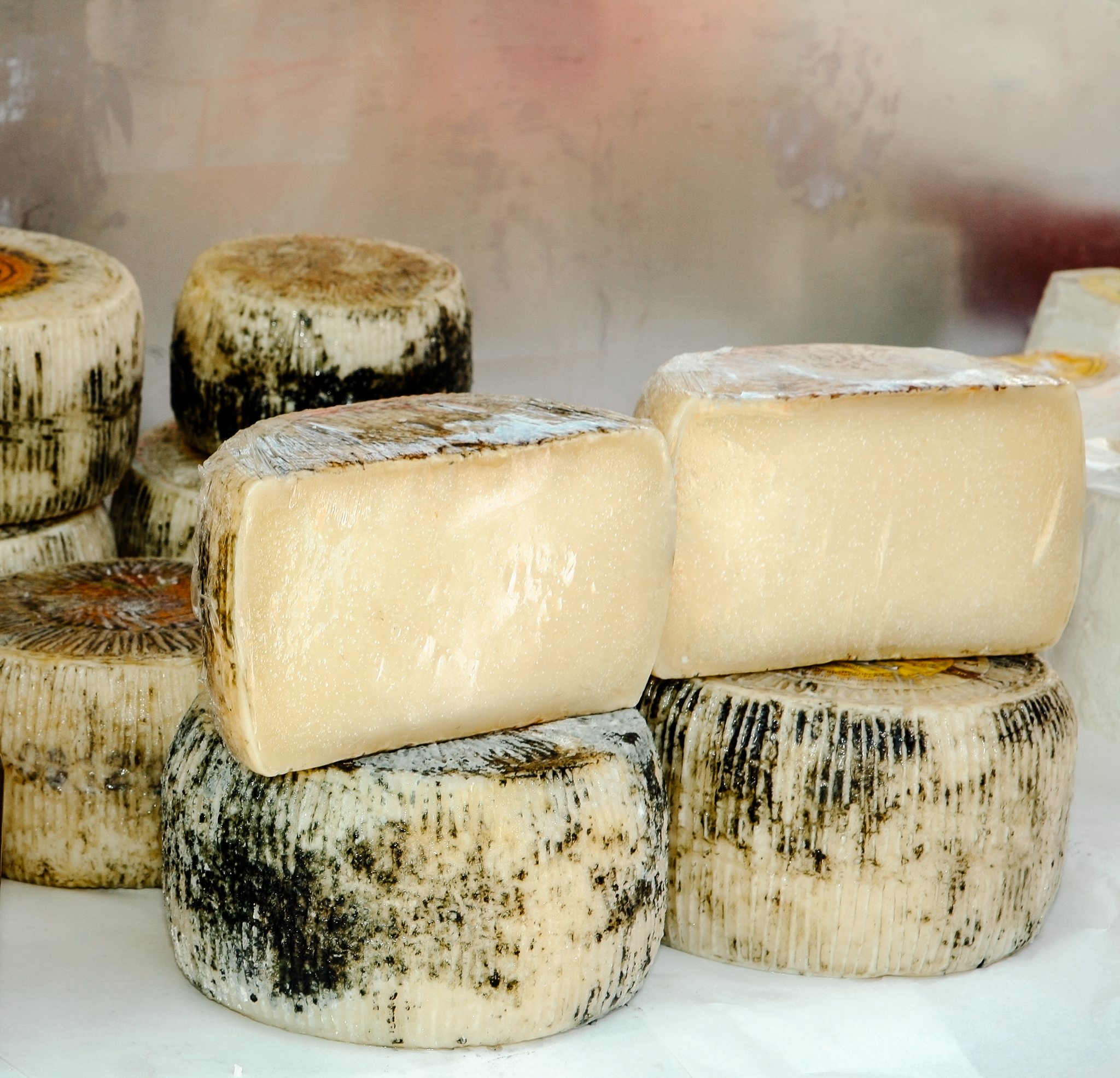
Olive Oil
Olive oil is the foundation of Cretan cuisine. Infused with the aromas of the island's mountains and olive groves, Cretan oil is renowned for its quality and health benefits. The visitor has the opportunity to discover different varieties of Cretan olive oil through organized tasting experiences at local olive oil mills.
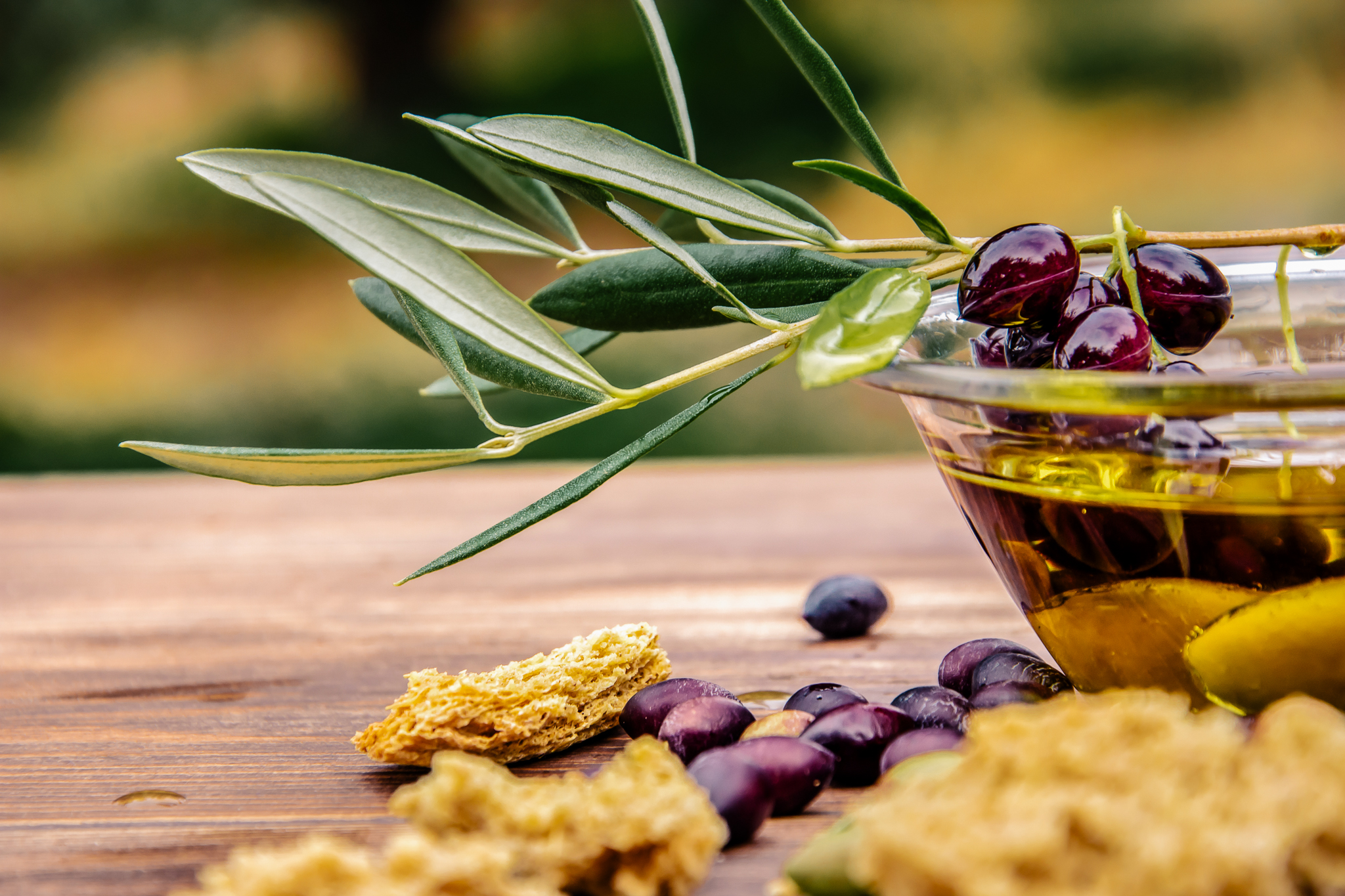
Aloe
The beneficial properties of aloe and its growing market demand have prompted Cretan entrepreneurs to engage in extensive production of aloe, which thrives on the island. Drinkable aloe, a juice known for its natural dietary supplement benefits, is made from the plant.
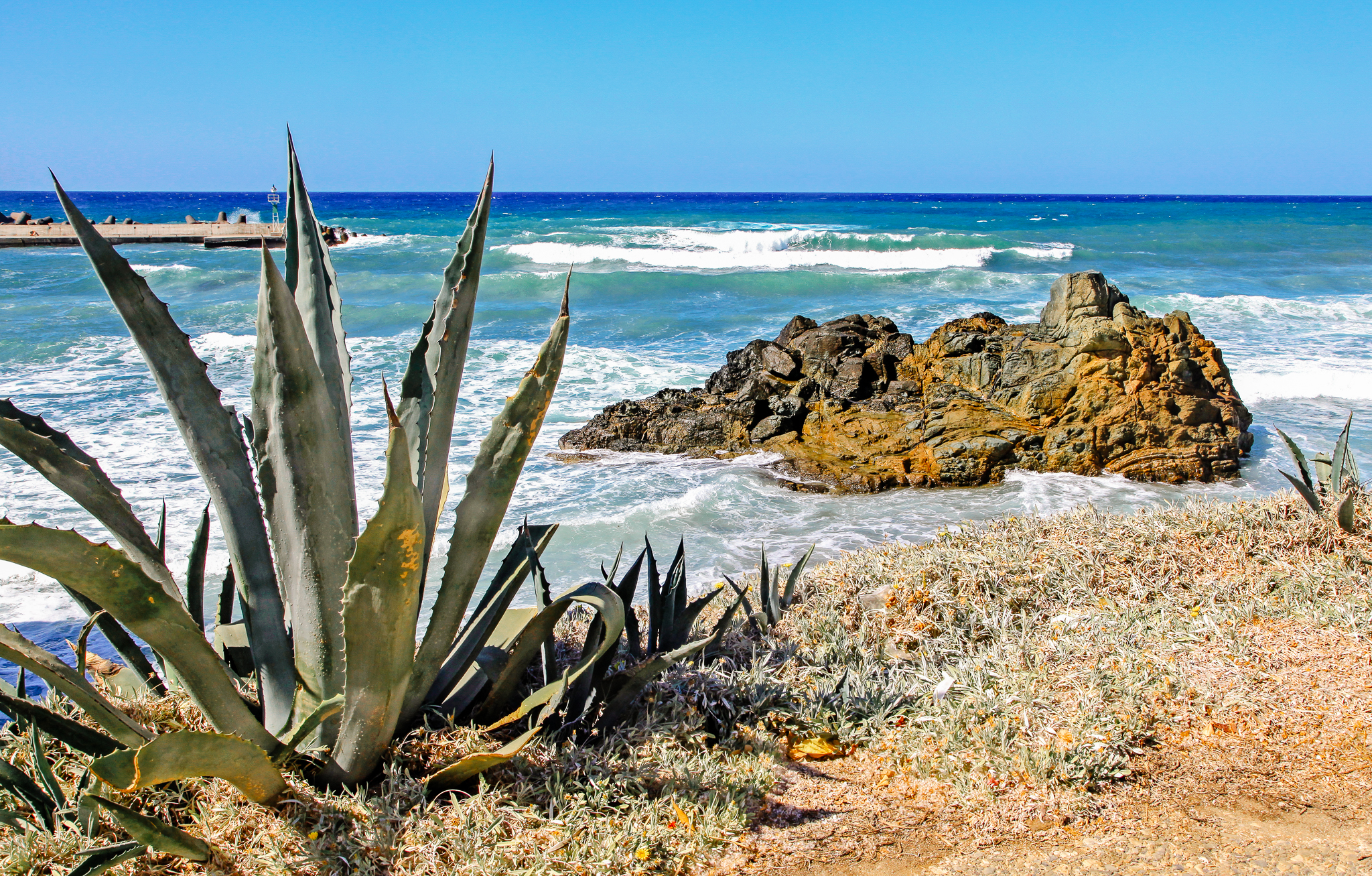
Tsikoudia or Raki
Tsikoudia, also known as raki, is a traditional Cretan spirit made from grapes. Served at every social gathering, it symbolizes warmth and hospitality, with its authentic flavor being a hallmark of the island.
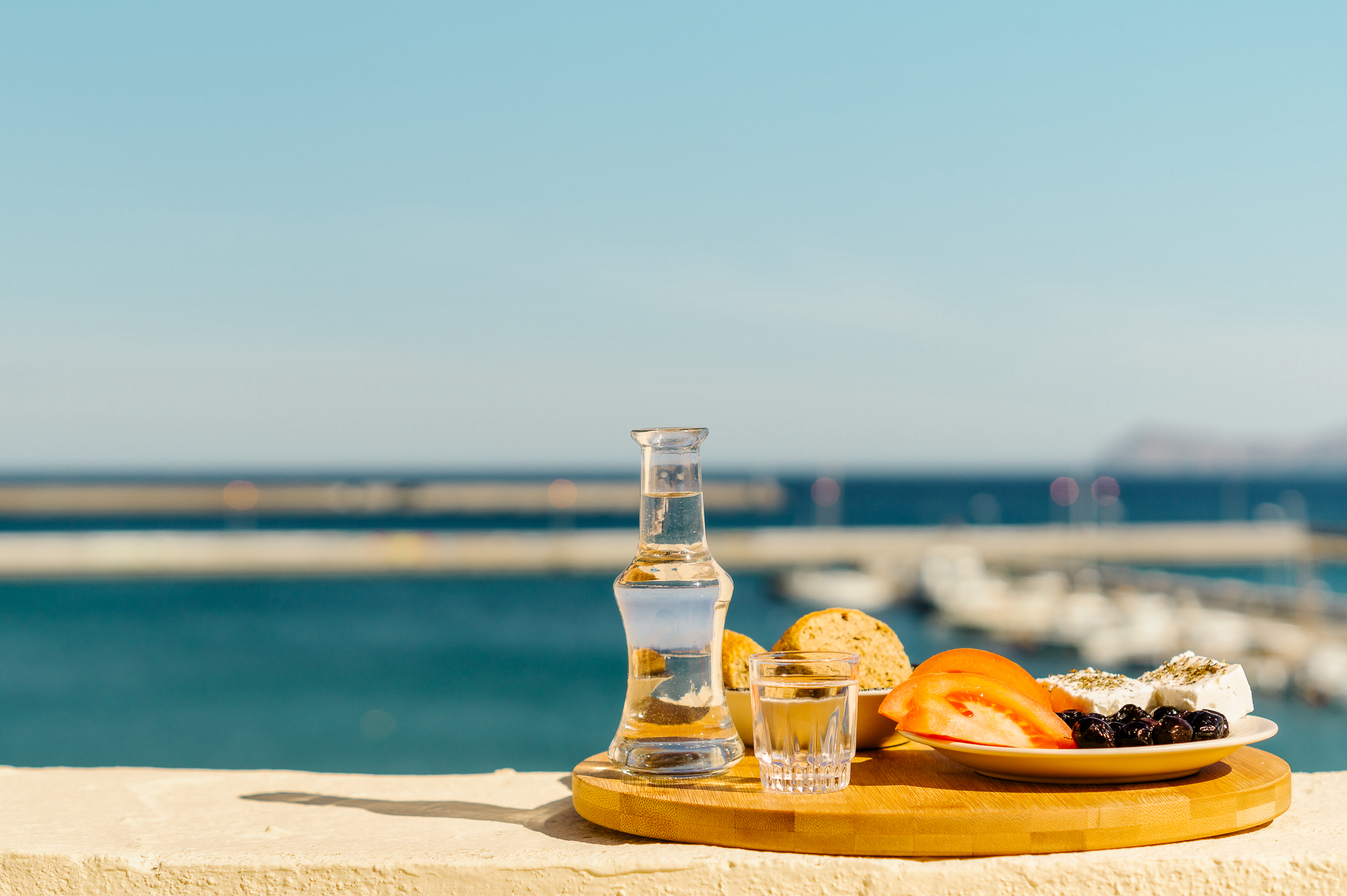
Apples, Potatoes and Strawberries of Lassithi Plateau
Potatoes, strawberries and apples (primarily the Firiki variety) are the main crops cultivated in the Lassithi Plateau. The region’s favorable climate and fertile soil favour the production of large quantities.
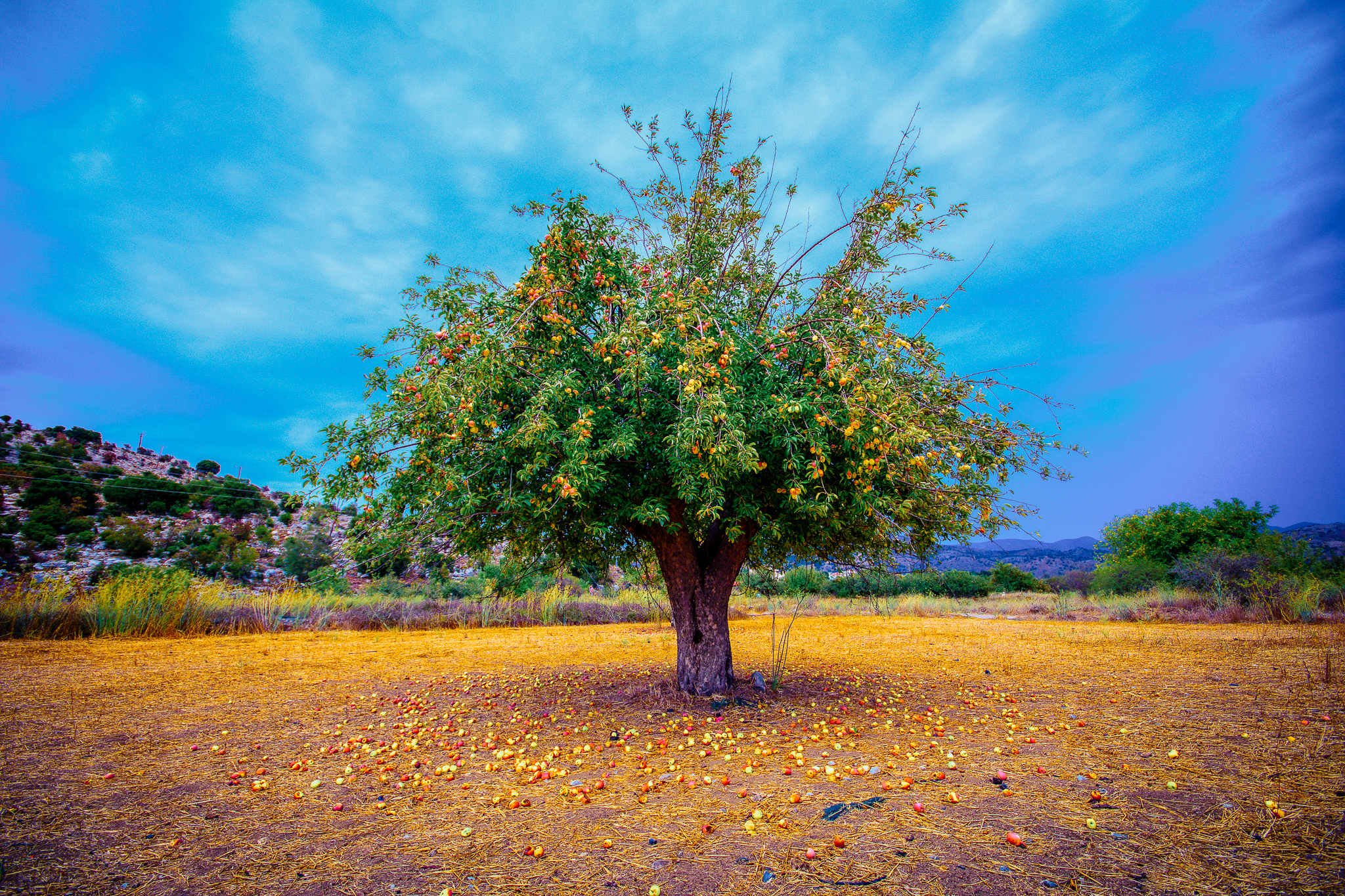
Xygalo
Xygalo Sitias is a traditional dairy product made from either goat's milk, sheep's milk, or a combination of both. It has a paste-like texture and a cool, slightly sour and mildly salty taste. Xygalo Sitias holds the Protected Designation of Origin (PDO) label.
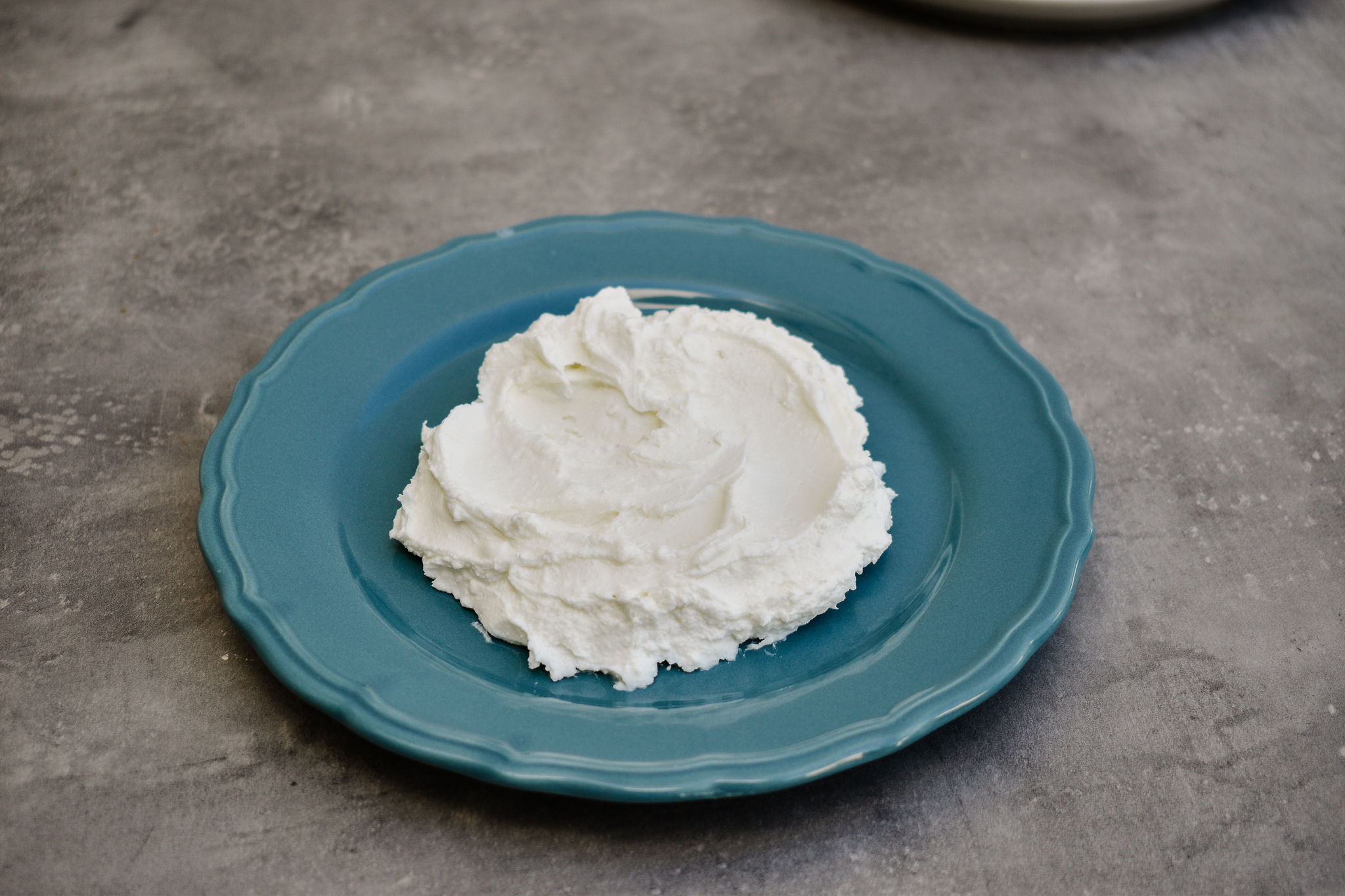
Honey
Cretan honey, renowned for its unique flavor, is primarily produced from thyme and the island's aromatic herbs. Rich in antioxidants and nutrients, it is a cornerstone of traditional Cretan cuisine.
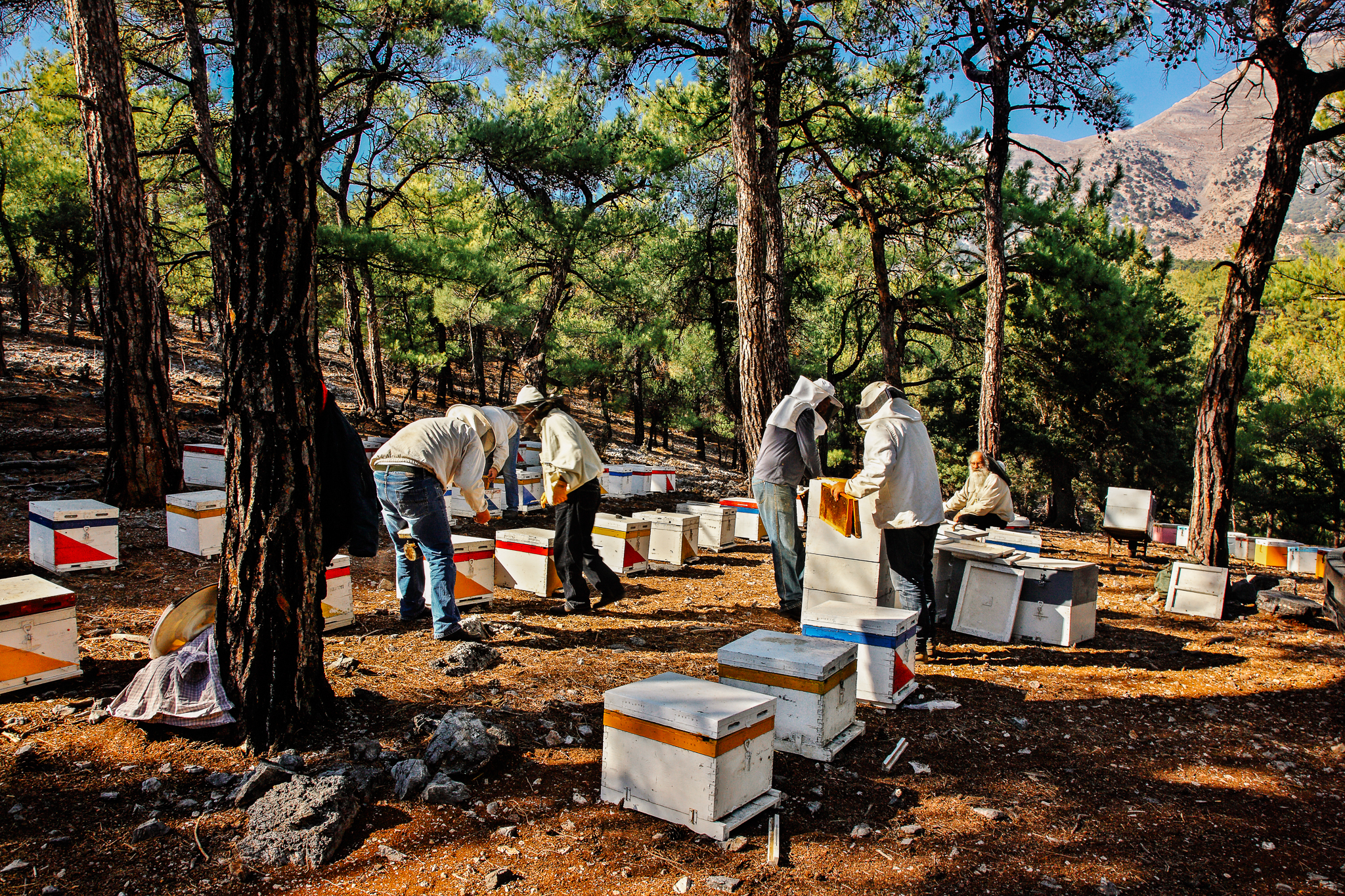
Wine Varieties: Mandilari, Kotsifali, Liatiko, Dafni, Vilana, Vidiano, Malvasia di Candia
Mandilari: Dive into the bold world of Mandilari, Crete's premier red grape variety. Known for producing exceptional dry red wines, this grape offers a striking deep ruby hue and an unmistakable flavor profile. Expect vibrant acidity and robust tannins that give Mandilari wines their signature character—perfect for lovers of full-bodied reds. Kotsifali: This versatile red grape variety is a cornerstone of Cretan winemaking, producing luscious rosés and reds that captivate with their rich, aromatic profiles. Kotsifali’s unique balance of fruitiness and spice makes it a must-try for anyone exploring the island’s vinous treasures. Liatiko: Liatiko is one of Crete’s most distinguished red grape varieties, celebrated for its ability to produce both dry and sweet wines of exceptional quality. Many wines crafted from Liatiko have earned the prestigious Protected Designation of Origin (PDO) status, making it a standout in the world of Cretan viticulture. Dafni: Discover the essence of Crete in a glass with Dafni, a white grape variety that bursts with Mediterranean character. Laurel, thyme and oregano notes mingle harmoniously, creating a wine that is as aromatic as it is memorable. A local specialty, Dafni offers a taste of Heraklion’s wild beauty. Vilana: Step back in time with Vilana, a white grape that has been cultivated on Crete since antiquity. Revered for its crisp, refreshing qualities, Vilana is the foundation of many of the island’s beloved dry white wines, offering a timeless taste of Cretan tradition. Vidiano: For wine connoisseurs, Vidiano is a revelation. This white wine variety is often barrel-aged, revealing complex aromas and flavors that have earned it international acclaim. Limited in production and frequently awarded PDO recognition, Vidiano is a true gem of Cretan winemaking. Malvasia di Candia: The Malvasia di Candia clone is Crete’s answer to the globally renowned Malvasia grape. This local adaptation produces highly aromatic dry and sweet wines, with each sip evoking the charm and magic of Heraklion’s wine country.
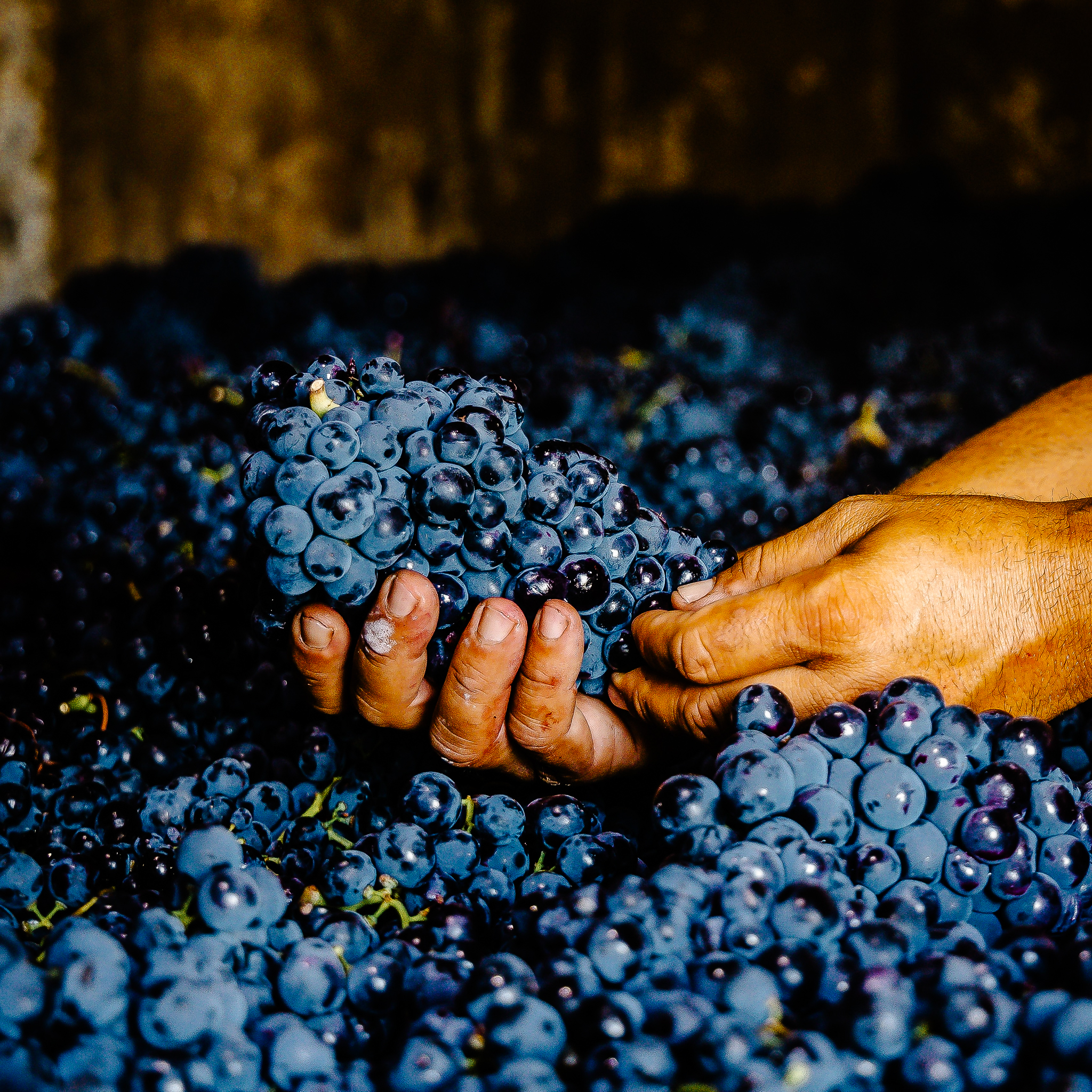
Eftazymo Bread
Eftazymo bread is a culinary cornerstone of the Heraklion region, celebrated for its time-honored preparation methods and unmistakable flavor. Made with natural yeast and using techniques handed down through generations, this bread is a testament to Crete’s enduring culinary traditions. Villages nestled in the island’s interior, such as Kastamonitsa, Emparos and Viannos, are famous for their artisanal approach to crafting eftazymo bread. Its distinct texture and nutty taste make it a staple on local tables, perfectly complementing the island's cheeses, olives and honey.

Malotira
Mountain tea (Malotira), the famous mountain tea of Crete, is an integral part of Crete's botanical heritage, where it is harvested from the plateaus of Mount Psiloritis. Local inhabitants have been utilizing this special variety for its therapeutic properties for centuries.

Local Recipes
Staka with Eggs
One of the most characteristic recipes of Cretan cuisine due to its main ingredient, staka, which comes from the crust formed during the boiling of sheep and goat milk. The eggs are fried together with the staka.
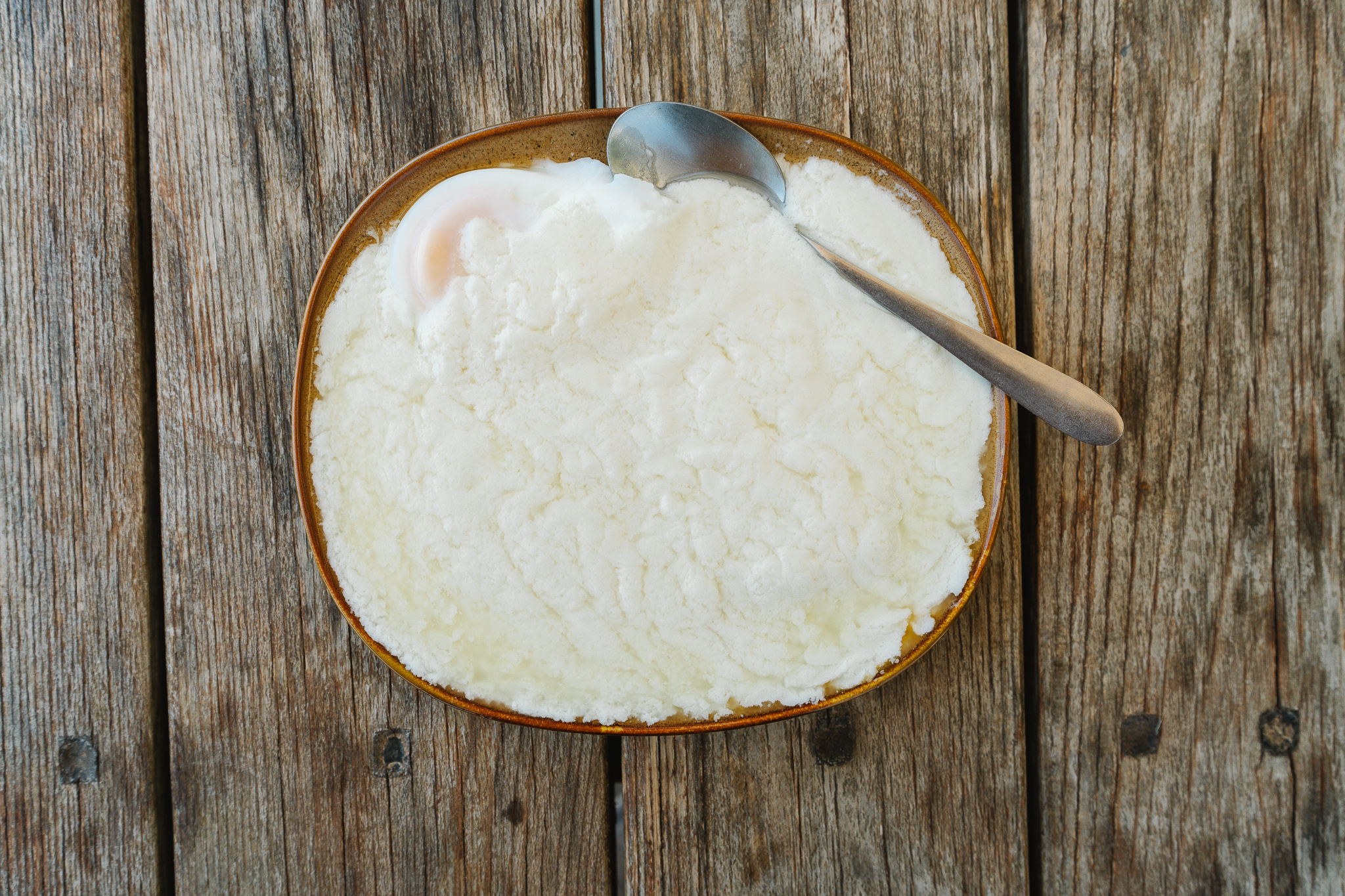
Baby goat with rump
This fragrant dish is a variation of the well-known fricassee with egg-lemon sauce and onion, but with the characteristic wild green, stamnagathi, which thrives on the island and is a key ingredient in Cretan cuisine.
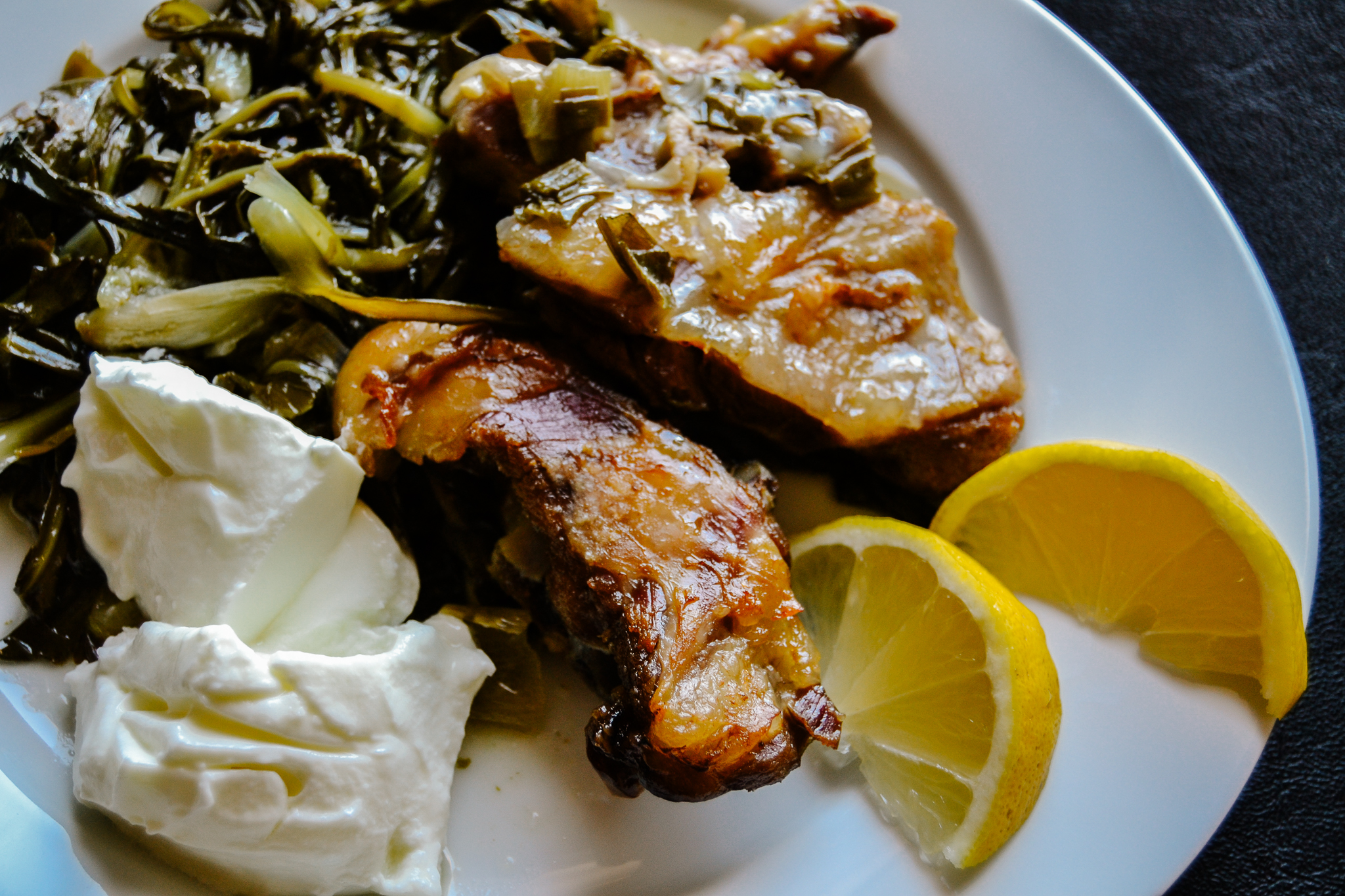
Gamopilafo
The most popular dish of Cretan cuisine has a festive character as it is served at weddings. The lamb is accompanied by rice with butter or staka and the rice grains symbolize abundance.
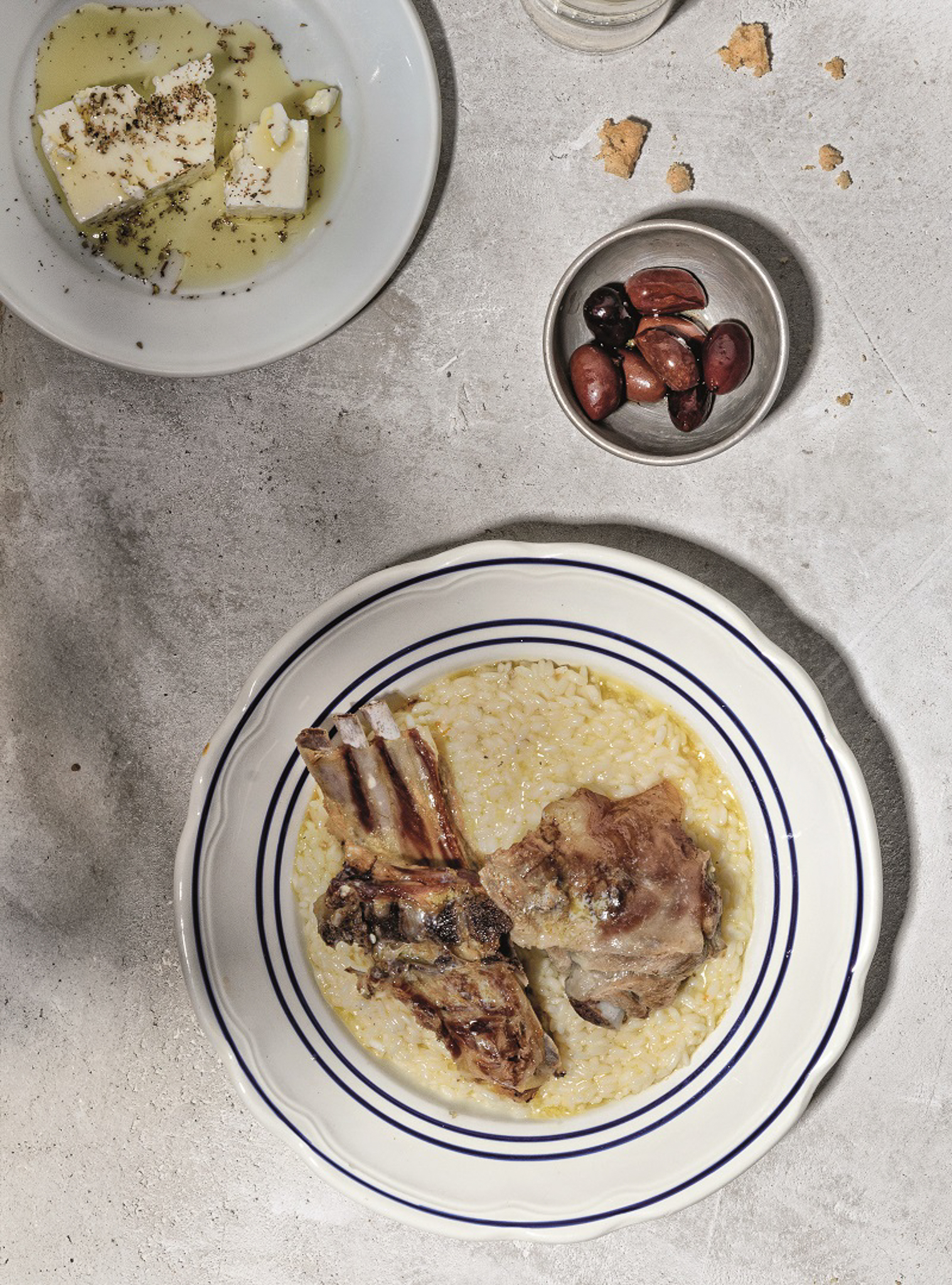
Meat pies
In many islands, a pie is called a "tourta". The meat tourta of Chania is famous for its filling, which has suckling lamb as its main ingredient. In the traditional version, the meat is put raw into the filling and cooks during the baking of the pie. The filling also contains xinomizithra, goat cheese and mint.
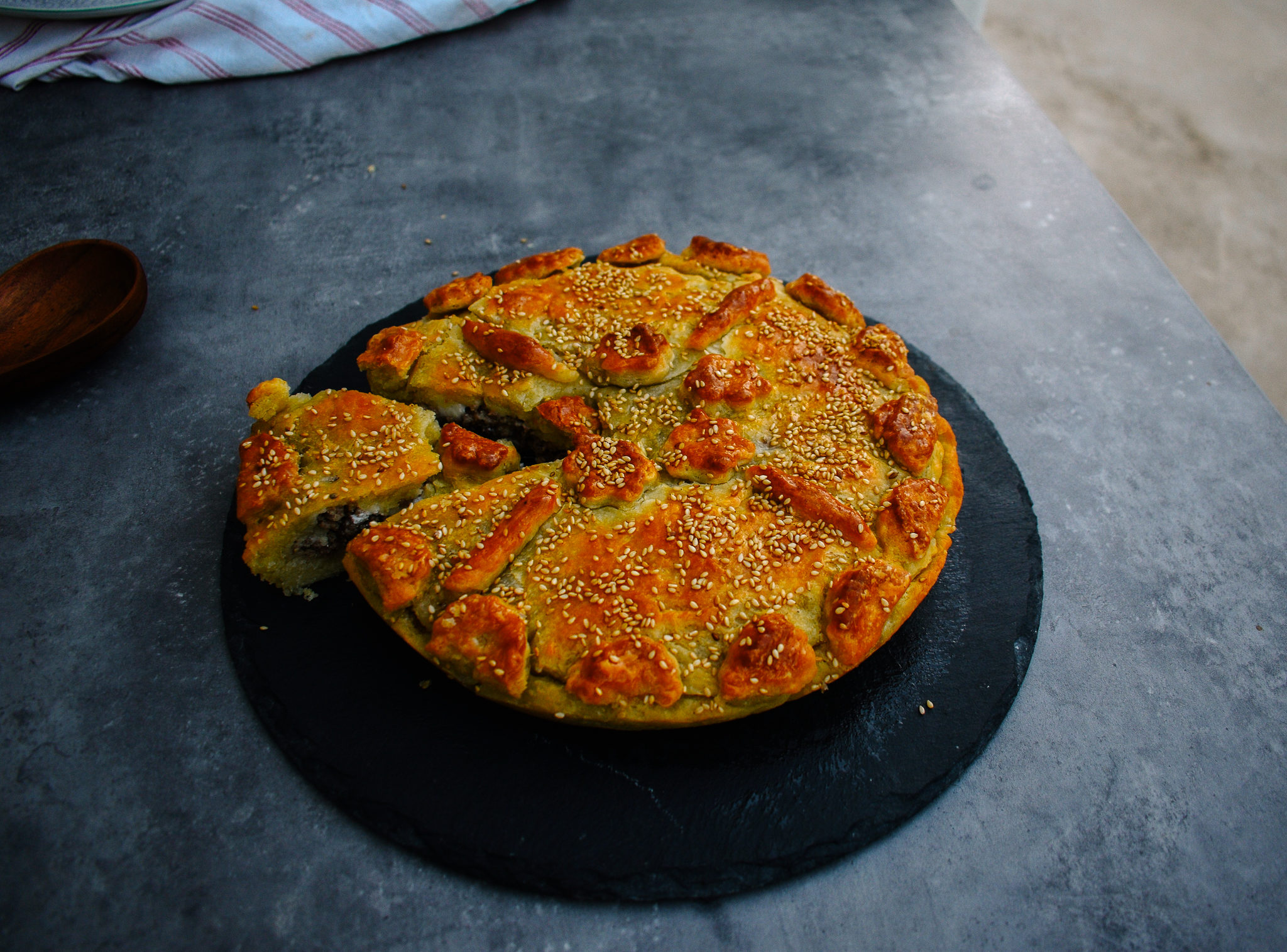
Bugacha
The most distinctive recipe in both sweet and savory versions, popular in Northern Greece, is equally well-known in Crete. The Chanian bougatsa has a filling of the characteristic Chanian mizithra with its tangy flavor.
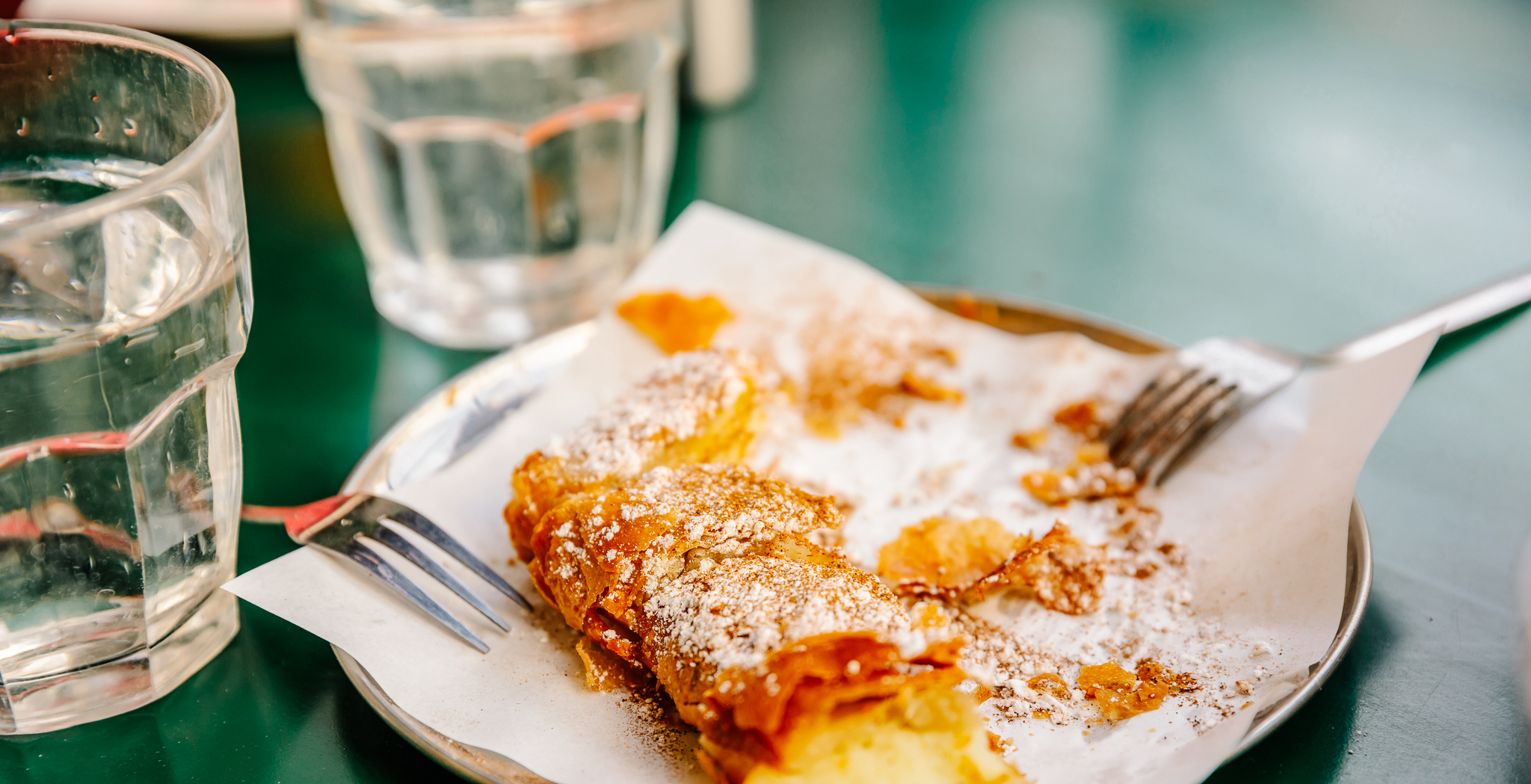
Chaniot bureki
The traditional recipe of Chania boureki is highly renowned. It has several variations across regions, but its main ingredients are Chanian mizithra cheese, zucchini, potatoes and mint. Traditionally, it's made with phyllo pastry, like a pie.
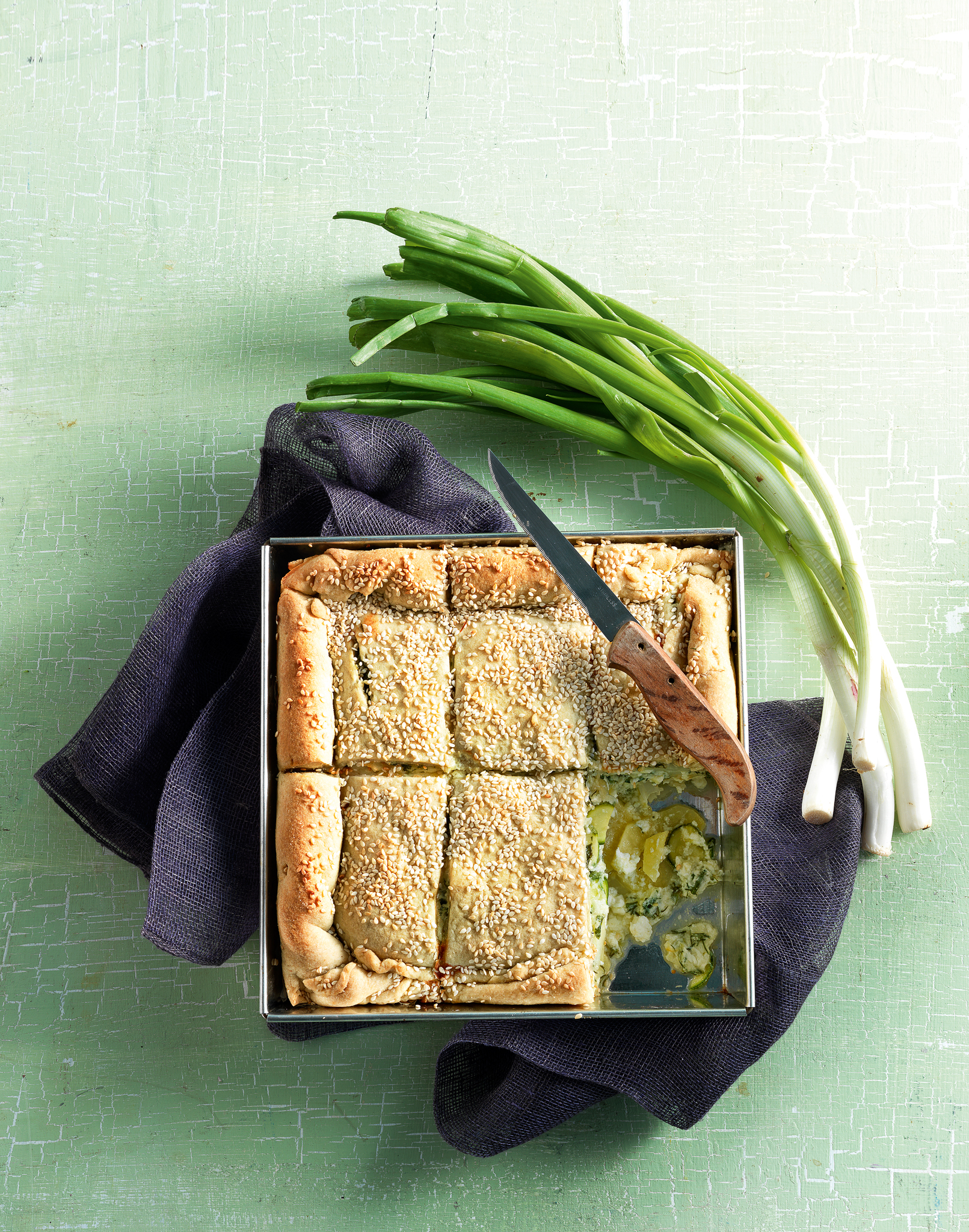
Askordoulakoi (bulbs)
The Cretan name askordoulakoi refers to the bulbs. It's a well-known Cretan salad, fragrant and vinegary that accompanies main dishes and raki. It's prepared as a pickle.
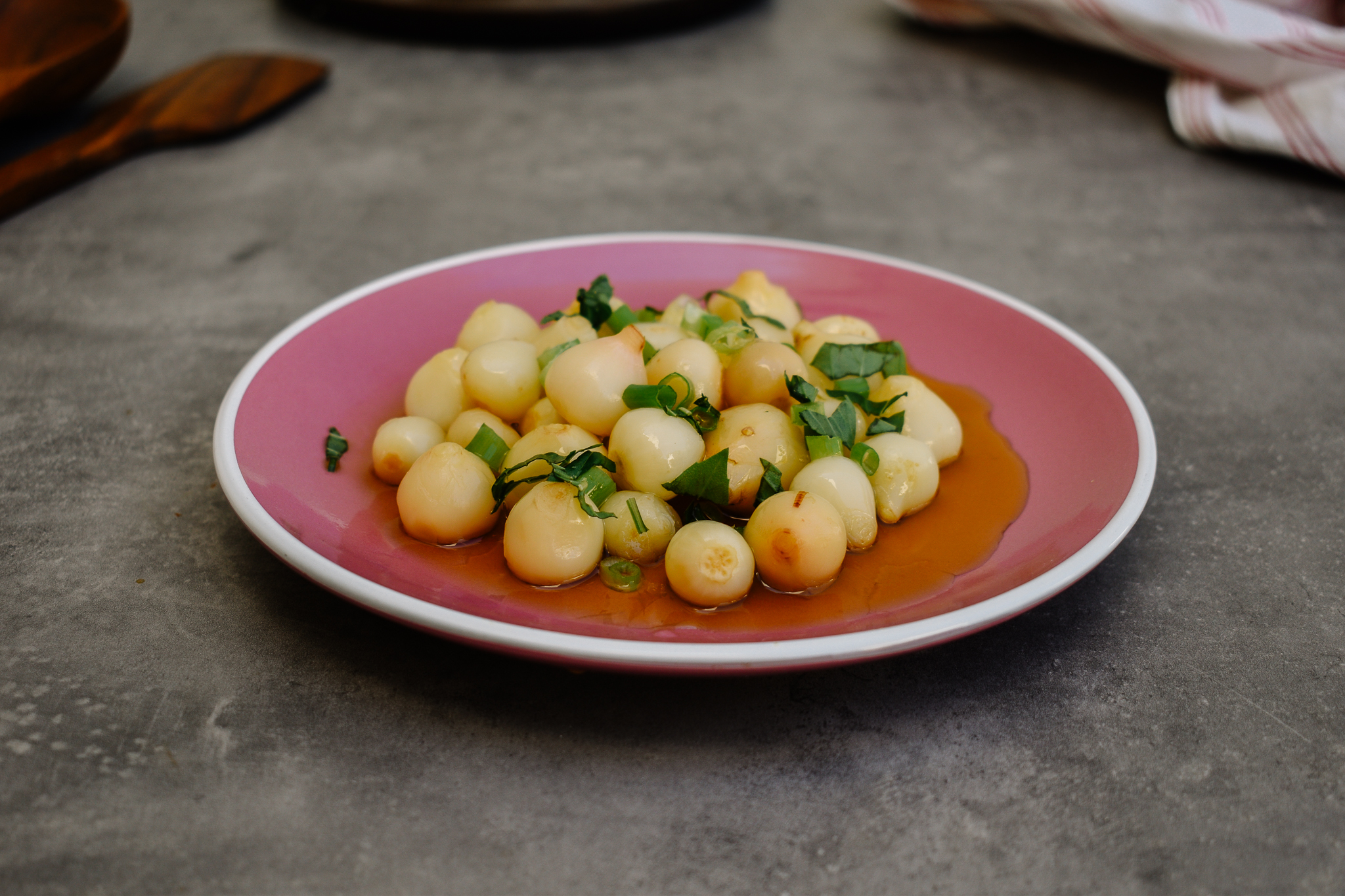
Stamnagathi
Stamnagathi is a widespread Cretan wild green in the chicory category. It's known for its nutritional value and antioxidant action. It's combined in salads and recipes.
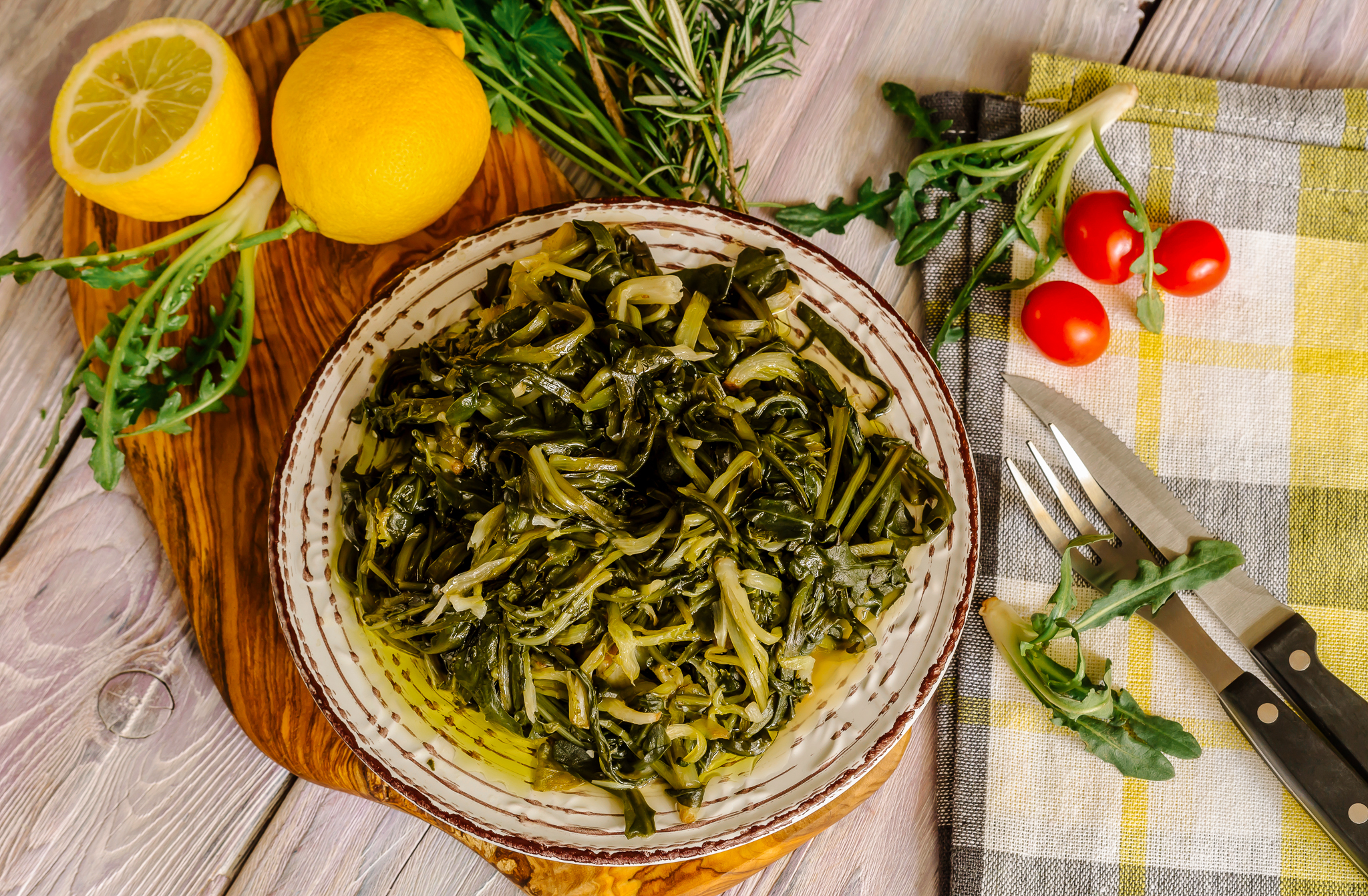
Dakos
Perhaps the most popular Cretan recipe, easy to prepare but extremely delicious. It's the traditional Cretan salad with barley rusk, tomato and feta cheese.
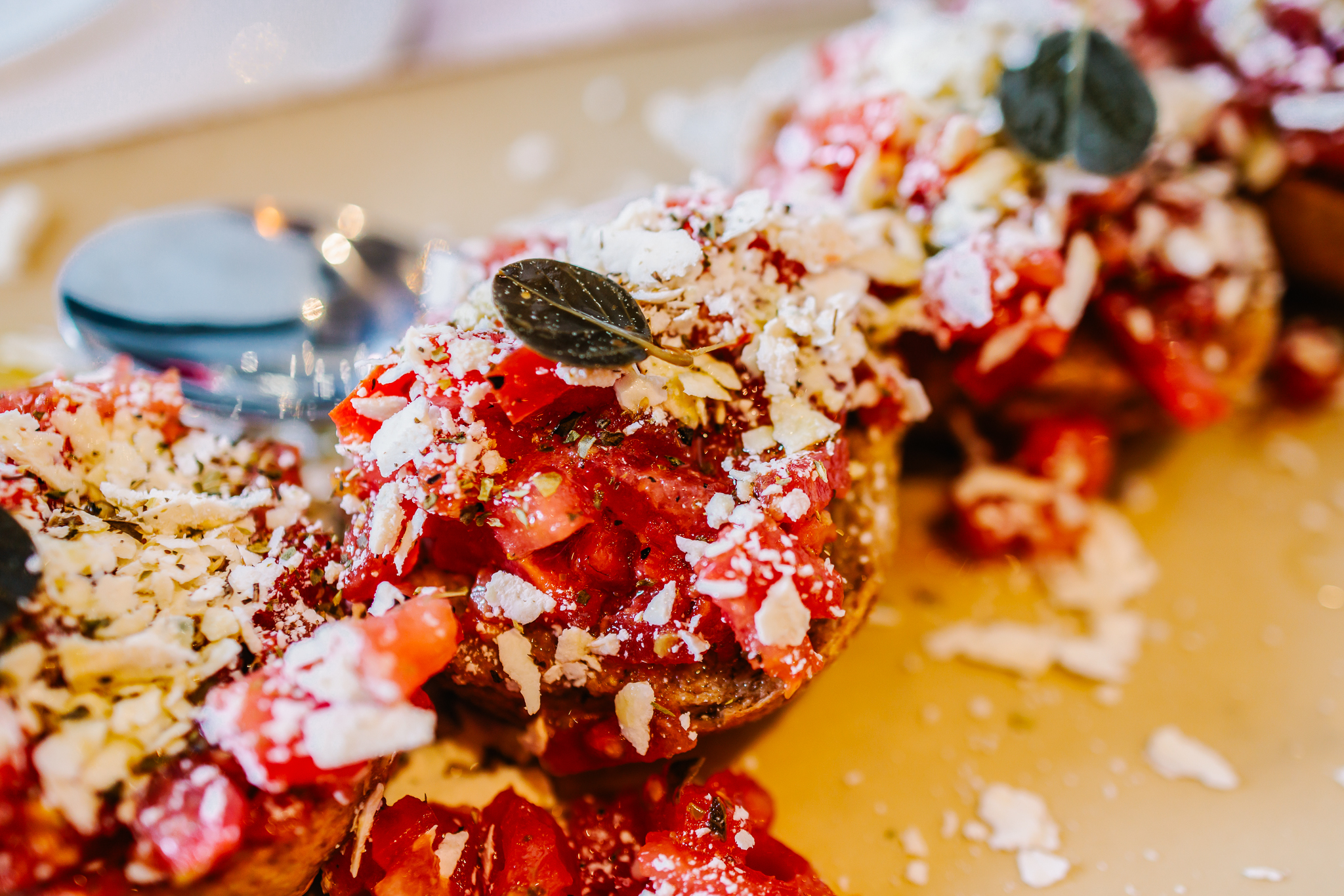
Lychnarakia
Lychnarakia are the most popular and traditional sweet, which is ritually prepared on Holy Saturday. They are small pies without yeast, so they rise easily, filled with mizithra.

Anevata
Anevata kalitsounia are the traditional Easter sweet. They are small pies in various shapes that necessarily contain yeast. The filling is sweet and cheesy due to the mizithra.

Fried Snails
The famous Cretan meze consists of snails fried in a pan cooked with salt, vinegar and fresh rosemary. The name "chochliol boubouristoi" comes from placing the snails "amboumboura", meaning face down, in the pan.
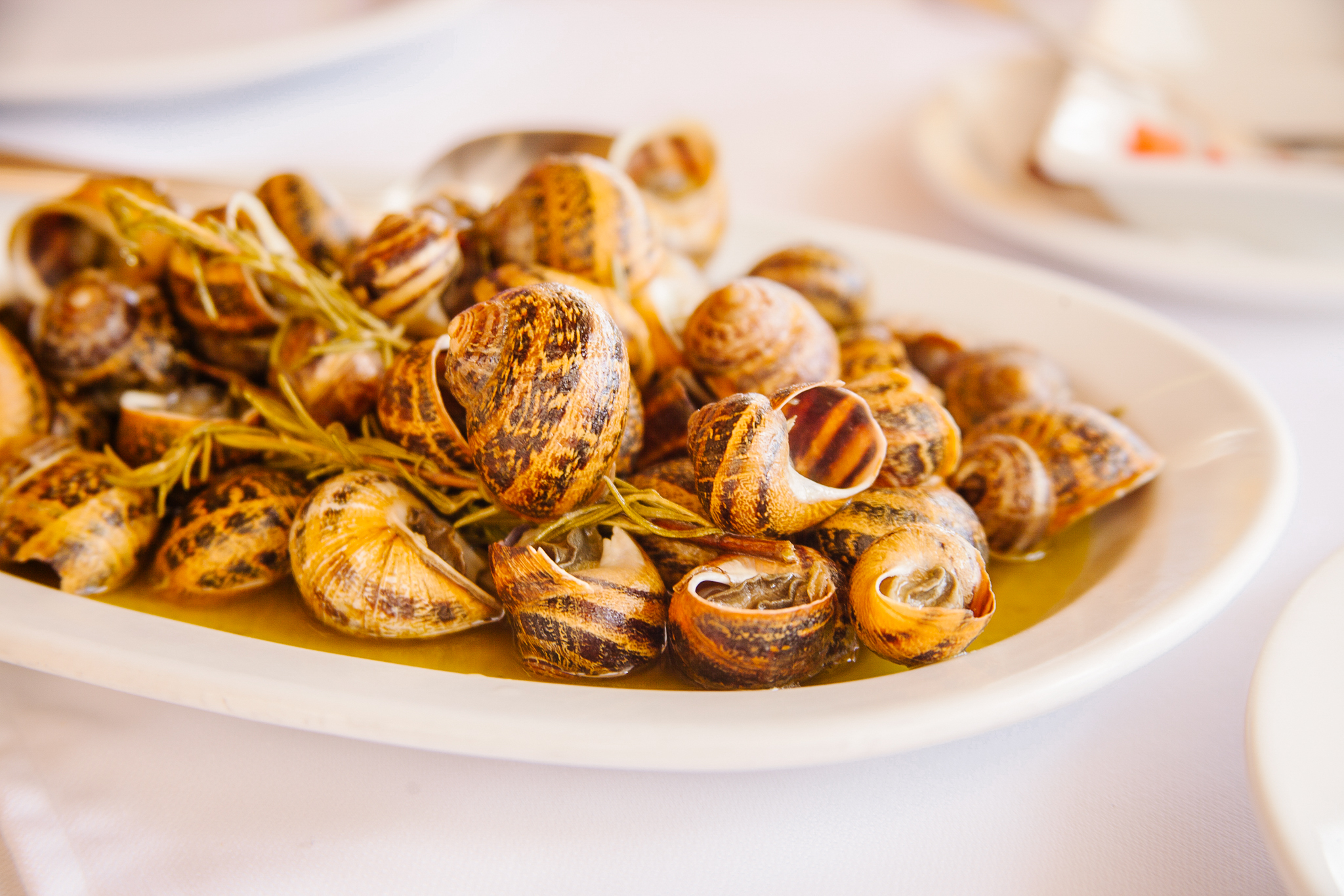
Eptazymo Βread
The preparation of eftazymo bread requires the use of seven different types of flour, contributing to its unique flavor. The recipe is passed down through generations and is made on special occasions, symbolizing prosperity and blessings. It is closely tied to the traditions and the needs of the rural communities of Lassithi. Today, it continues to be made and it is often offered to guests as a sign of hospitality.

Sοumada Neapolis
Made primarily from almonds, Soumada is a traditional drink from Neapolis. It is a sweet and refreshing beverage, typically served cold. Its recipe has been kept alive through family traditions and accompanies celebrations and important life events, especially weddings.

Skioufichta
Skioufichta is considered Crete's signature pasta. They are made with dough and they are easy to prepare. In the Cretan dialect, 'skioufízo' means to twist. Their characteristic twisted shape comes from the twisting of the dough strips.

Kalitsounia
The simplicity of their ingredients and their rich flavor make kalitsounia one of the favorite sweets of Crete. They are made from dough and the filling usually contains cheese (typically sweet mizithra) or greens. Each region of the island has its own distinctive shape of kalitsounia.
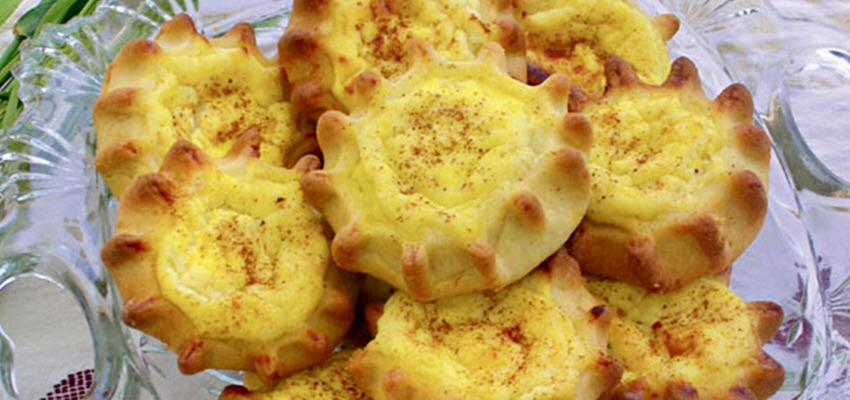
Patoudο
Patoudo is a traditional sweet dusted with powdered sugar, hiding inside the flavors and aromas of Crete. Its filling is sweet and mainly consists of nuts. Patouda is traditionally made by housewives and it accompanies all the celebrations of a Cretan home.

Mizithropites Nerates
A traditional, simple and flavorful dish, mizithropites are pies with a crisp, thin dough filled with mizithra cheese. They are called 'nerates' because the housewife adds water to shape them in the pan. Cretans often enjoy them drizzled with honey.
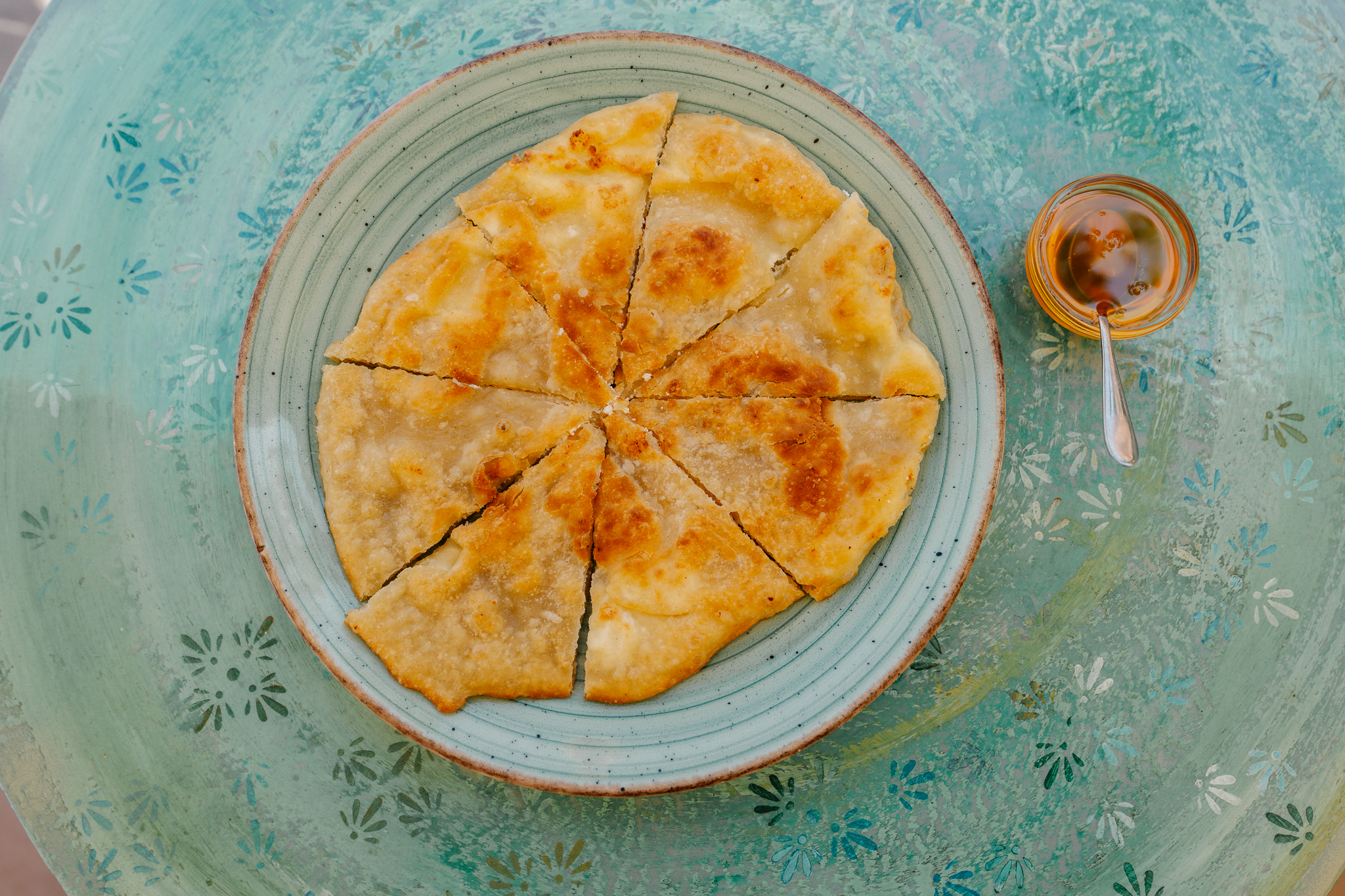
Cretan Sofegada
A typical summer dish, sofegada captures the essence of Lassithi’s culinary philosophy. Sofegada is the Cretan ratatouille, a mixture of various vegetables cooked in a pot. It is a nutritious, vegetarian meal.
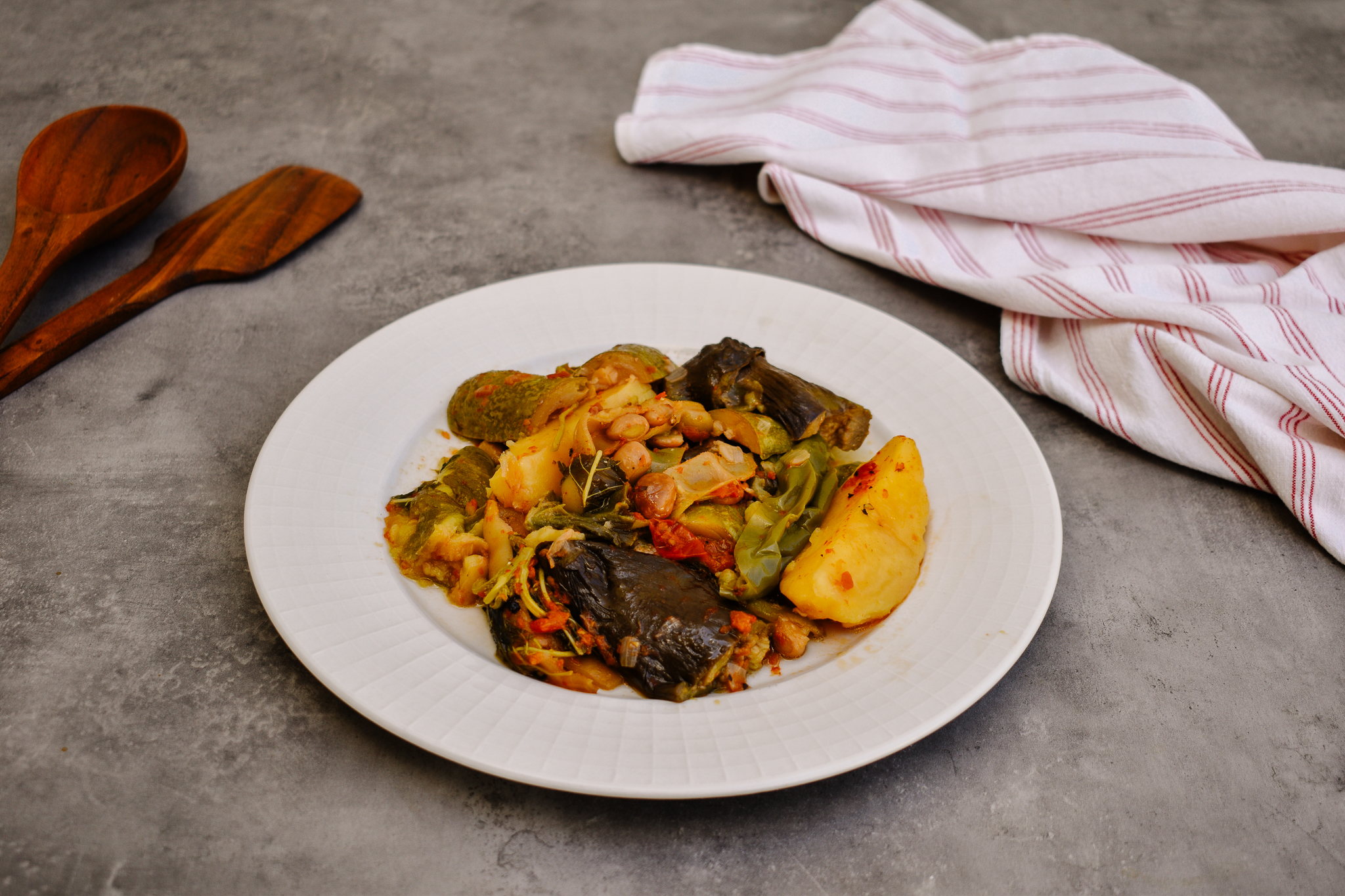
Sarikopites
Sarikopites, named after the traditional Cretan headscarf "sariki," are as intricate as their namesake. These spiral-shaped pies are crafted with phyllo dough and filled with sour mizithra cheese. Their preparation mirrors the delicate wrapping of the sariki and their taste embodies the island’s deep culinary traditions.

Mesaritiko with Eggplants
Mesaritiko is a comforting dish from the villages of the Mesara plain, offering a local twist on the classic moussaka. Layers of roasted eggplant are paired with the tangy flavor of xinomizithra cheese, then baked to perfection. This dish is a testament to Crete’s ability to transform humble ingredients into culinary masterpieces.
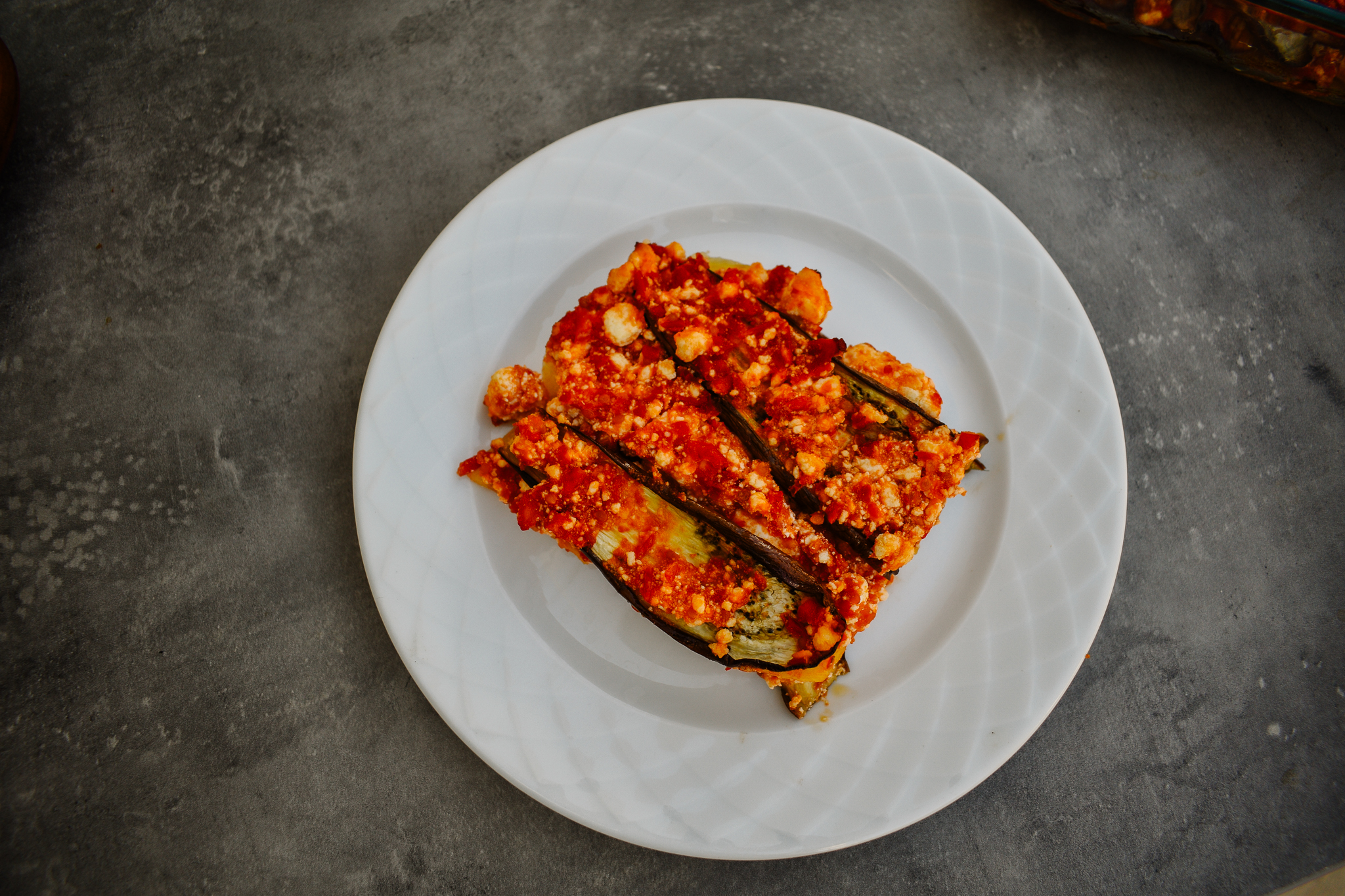
Tzoulamas
Tzoulamas, a traditional meat pie from the Mesara region, is a feast for the senses. This hearty dish is a Carnival season favorite, featuring a filling of lamb or beef, offal, rice and an aromatic blend of herbs and spices. Encased in a golden crust, Tzoulamas carries the rich flavors and festive spirit of Cretan celebrations.

Kapriko
Kapriko is more than just a dish - it’s a time-honored technique of roasting pork from a male boar, infusing it with rich, smoky flavors. This culinary tradition is particularly cherished in Heraklion, with the village of Galatas celebrating it every year during the "Kapriko Festival" on the first weekend of July. The slow-roasting process ensures the meat is tender and flavorful, making Kapriko a highlight of Cretan gastronomy and a must-try for food enthusiasts.
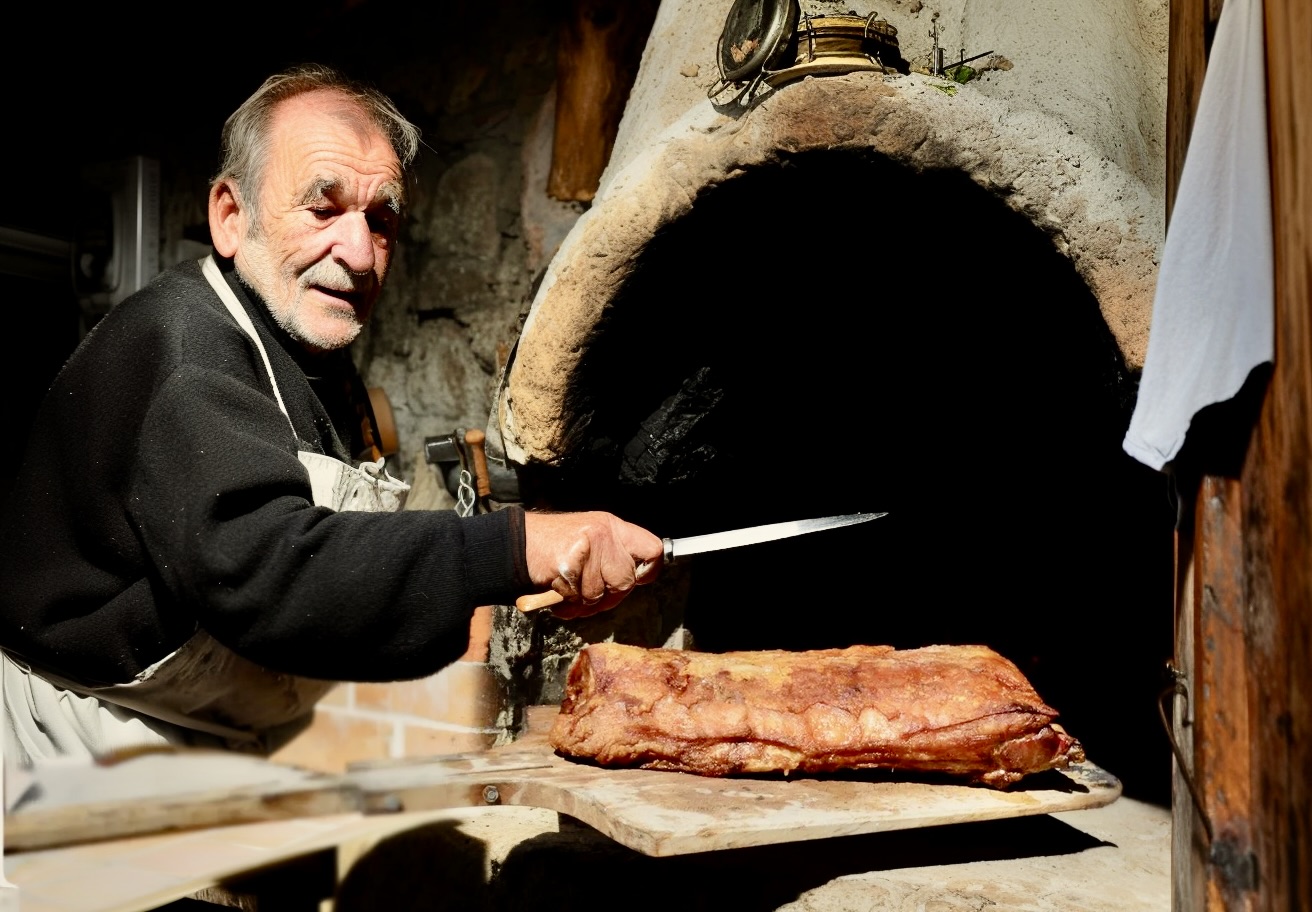
Pasta with Anthotiro Cheese
Skioufichta, Crete’s handcrafted pasta, is a celebration of simplicity and flavor. Made with love from the island’s purest ingredients, this traditional pasta is served with a generous helping of creamy anthotiro cheese, a dollop of melted butter and a sprinkle of freshly cracked black pepper. The result is an exquisite dish that showcases the unpretentious yet deeply satisfying flavors of Cretan cuisine.
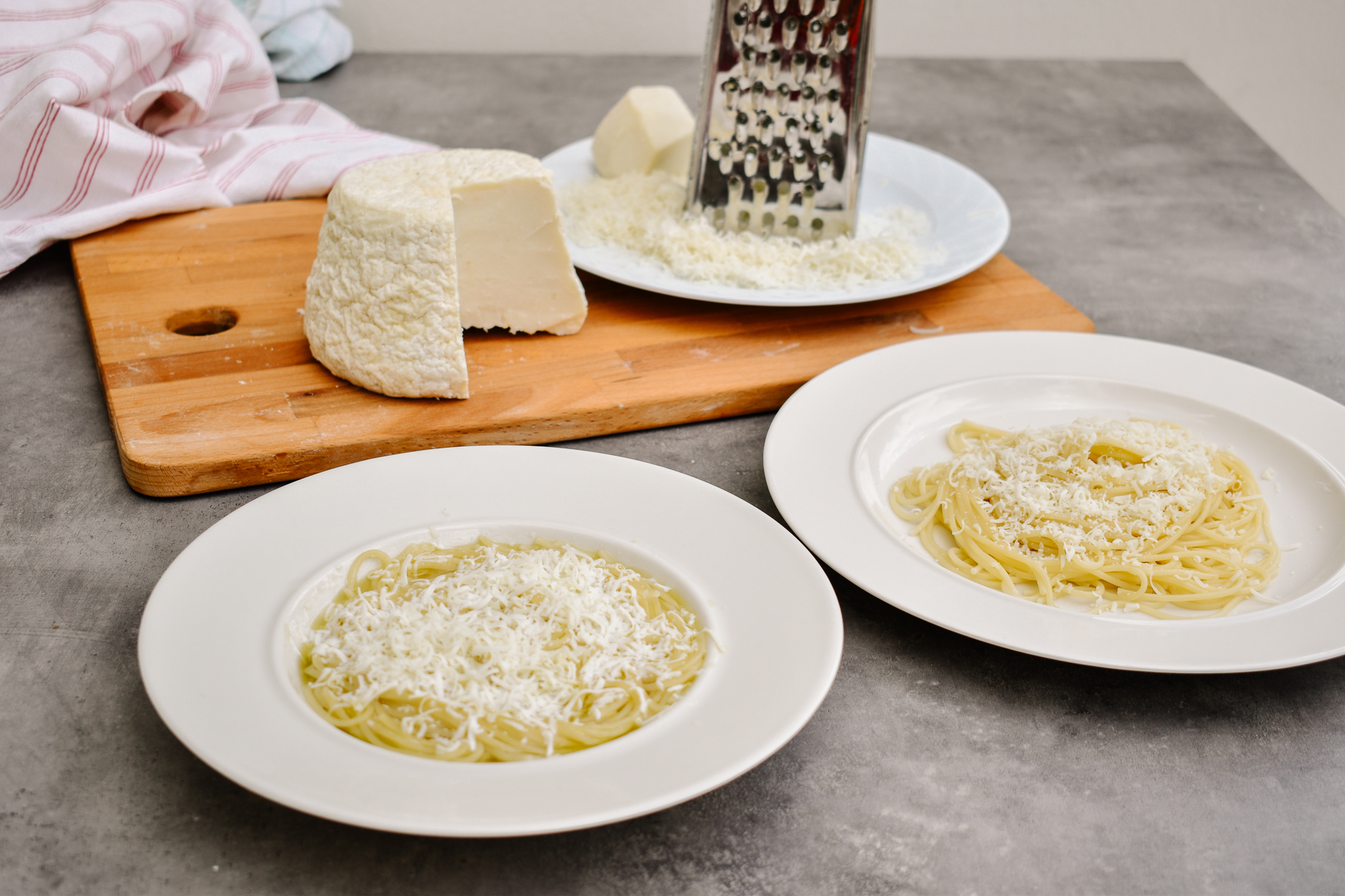
Kaltsounakia with Fennel or Cheese
Kaltsounakia, delicate pastries stuffed with fennel or local cheese, are a beloved staple of Cretan cuisine. Made with the freshest local ingredients, these small pies burst with the distinct flavors of the island. Whether filled with the aromatic zest of fennel or the creamy richness of mizithra or anthotiro cheese, Kaltsounakia are a culinary treat found at family gatherings and festive events alike. Their flaky, golden crust and savory fillings make them an irresistible taste of Heraklion’s gastronomic heritage.
